Compositions and methods for inhibiting BMP
Lee , et al. Dec
U.S. patent number 10,513,521 [Application Number 15/326,262] was granted by the patent office on 2019-12-24 for compositions and methods for inhibiting bmp. This patent grant is currently assigned to The Brigham and Women's Hospital, Inc., The United States of America, as Represented by the Secretary, Department of Health and Human Services, University of Houston System. The grantee listed for this patent is The Brigham and Women's Hospital, Inc., The United States of America, as Represented by the Secretary, Department of Health and Human Services, National Institutes of H, University of Houston System. Invention is credited to Gregory D. Cuny, Xiuli Huang, Arthur Lee, John C. McKew, Agustin H. Mohedas, Paresma R. Patel, Philip E. Sanderson, Paul B. Yu, Wei Zheng.

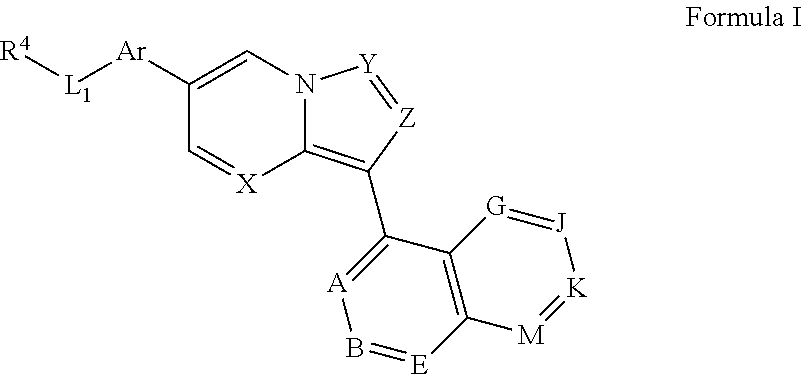

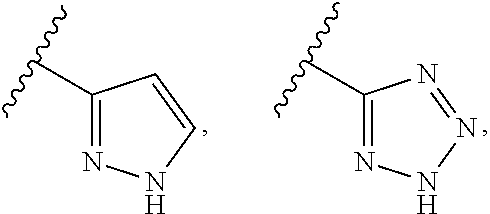


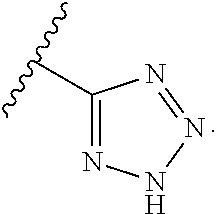




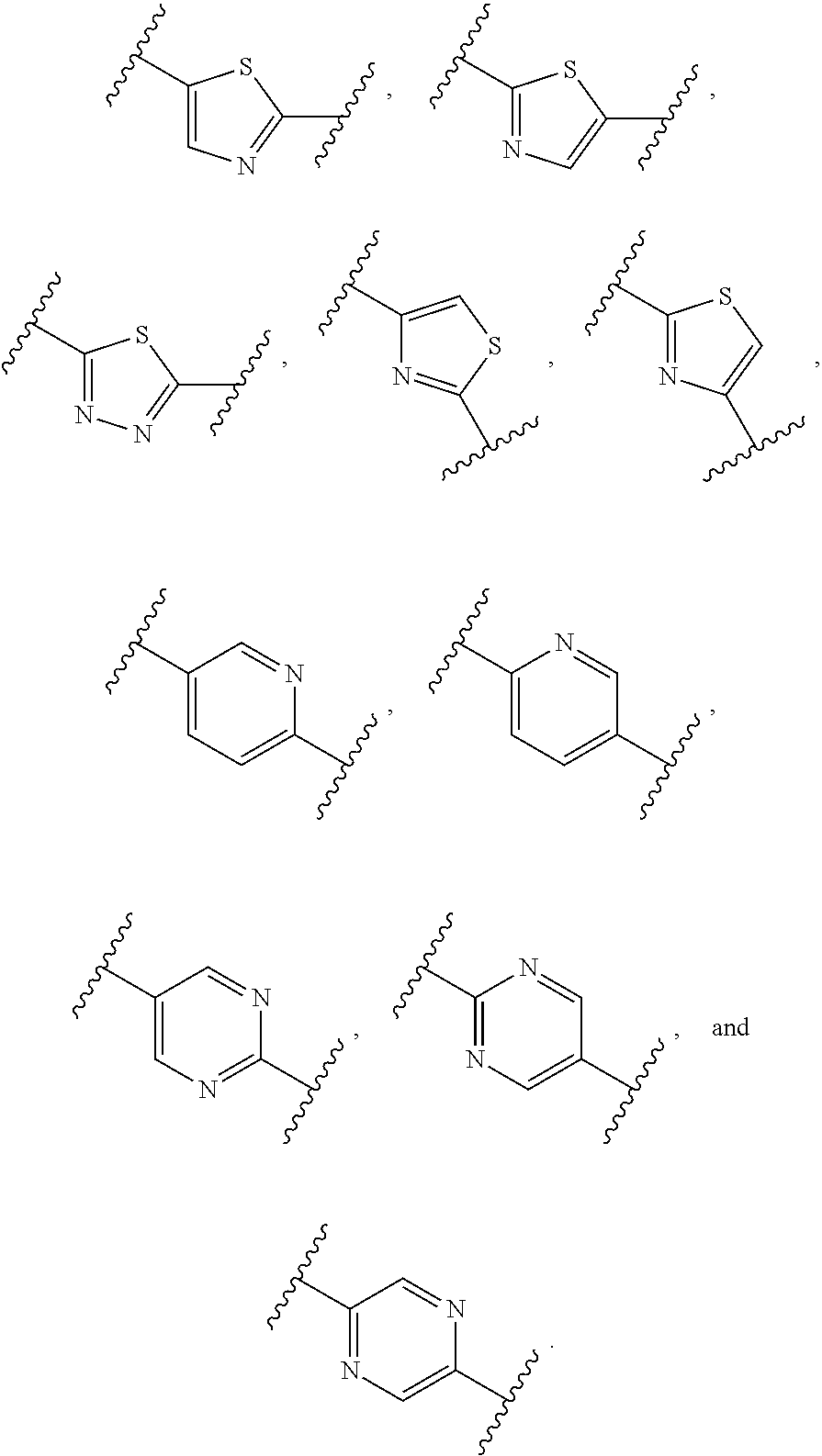
View All Diagrams
| United States Patent | 10,513,521 |
| Lee , et al. | December 24, 2019 |
Compositions and methods for inhibiting BMP
Abstract
The present invention provides bicyclic heteroaryl inhibitors of BMP signaling and compositions and methods for inhibiting BMP signaling. Exemplary compounds include those of Formula I: ##STR00001## These compounds and compositions may be used to modulate cell growth, differentiation, proliferation, and apoptosis, and thus may be useful for treating diseases or conditions associated with BMP signaling, including inflammation, cardiovascular disease, hematological disease, cancer, and bone disorders, as well as for modulating cellular differentiation and/or proliferation. These compounds and compositions may also be used to reduce circulating levels of ApoB-100 or LDL and treat or prevent acquired or congenital hypercholesterolemia or hyperlipoproteinemia; diseases, disorders, or syndromes associated with defects in lipid absorption or metabolism; or diseases, disorders, or syndromes caused by hyperlipidemia.
| Inventors: | Lee; Arthur (San Jose, CA), McKew; John C. (Boyds, MD), Patel; Paresma R. (Rockville, MD), Yu; Paul B. (Boston, MA), Mohedas; Agustin H. (Somerville, MA), Sanderson; Philip E. (Bethesda, MD), Cuny; Gregory D. (Houston, TX), Zheng; Wei (Potomac, MD), Huang; Xiuli (Potomac, MD) | ||||||||||
|---|---|---|---|---|---|---|---|---|---|---|---|
| Applicant: |
|
||||||||||
| Assignee: | The Brigham and Women's Hospital,
Inc. (Boston, MA) University of Houston System (Houston, TX) The United States of America, as Represented by the Secretary, Department of Health and Human Services (Bethesda, MD) |
||||||||||
| Family ID: | 55078980 | ||||||||||
| Appl. No.: | 15/326,262 | ||||||||||
| Filed: | July 14, 2015 | ||||||||||
| PCT Filed: | July 14, 2015 | ||||||||||
| PCT No.: | PCT/US2015/040366 | ||||||||||
| 371(c)(1),(2),(4) Date: | January 13, 2017 | ||||||||||
| PCT Pub. No.: | WO2016/011019 | ||||||||||
| PCT Pub. Date: | January 21, 2016 |
Prior Publication Data
| Document Identifier | Publication Date | |
|---|---|---|
| US 20170197968 A1 | Jul 13, 2017 | |
Related U.S. Patent Documents
| Application Number | Filing Date | Patent Number | Issue Date | ||
|---|---|---|---|---|---|
| 62024870 | Jul 15, 2014 | ||||
| Current U.S. Class: | 1/1 |
| Current CPC Class: | A61P 29/00 (20180101); A61P 3/06 (20180101); C07D 487/04 (20130101); C07D 519/00 (20130101); A61P 31/00 (20180101); A61P 33/00 (20180101); A61P 35/00 (20180101); A61P 9/00 (20180101); A61P 21/00 (20180101) |
| Current International Class: | C07D 487/04 (20060101); C07D 519/00 (20060101) |
| Field of Search: | ;544/281,282 ;546/121 |
References Cited [Referenced By]
U.S. Patent Documents
| 6235741 | May 2001 | Bilodeau et al. |
| 6245759 | June 2001 | Bilodeau et al. |
| 7276525 | October 2007 | Miyazono et al. |
| 8507501 | August 2013 | Yu et al. |
| 8822684 | September 2014 | Hong |
| 9045484 | June 2015 | Yu et al. |
| 2002/0041880 | April 2002 | DeFeo-Jones et al. |
| 2006/0063208 | March 2006 | Woolf et al. |
| 2006/0135537 | June 2006 | Knegtel et al. |
| 2009/0197862 | August 2009 | Steinig et al. |
| 2010/0062527 | March 2010 | Pera et al. |
| 2010/0249104 | September 2010 | Liu et al. |
| 2012/0022857 | January 2012 | Baldwin et al. |
| 2014/0038953 | February 2014 | Yu et al. |
| 99101118 | Jan 2001 | RU | |||
| 2285532 | Oct 2006 | RU | |||
| WO-1998/052038 | Nov 1998 | WO | |||
| WO-1998/054093 | Dec 1998 | WO | |||
| WO-00/43393 | Jul 2000 | WO | |||
| WO 2000053605 | Sep 2000 | WO | |||
| WO-2004/052286 | Jun 2004 | WO | |||
| WO-2005/092345 | Oct 2005 | WO | |||
| WO-2006/052913 | May 2006 | WO | |||
| WO-2007/041712 | Apr 2007 | WO | |||
| WO-2007/085873 | Aug 2007 | WO | |||
| WO20070858783 | Aug 2007 | WO | |||
| WO-2007/111904 | Oct 2007 | WO | |||
| WO-2008/006583 | Jan 2008 | WO | |||
| WO-2008/025820 | Mar 2008 | WO | |||
| WO-2008/033408 | Mar 2008 | WO | |||
| WO-2008/074997 | Jun 2008 | WO | |||
| WO 2008078100 | Jul 2008 | WO | |||
| WO-2009/023059 | Feb 2009 | WO | |||
| WO-2009/053737 | Apr 2009 | WO | |||
| WO-2009/087224 | Jul 2009 | WO | |||
| WO-2009/087225 | Jul 2009 | WO | |||
| WO-2009/099982 | Aug 2009 | WO | |||
| WO-2009/114180 | Sep 2009 | WO | |||
| WO 2009114180 | Sep 2009 | WO | |||
| WO-2010/088735 | Aug 2010 | WO | |||
| WO-2011/008640 | Jan 2011 | WO | |||
| WO-2012/100229 | Jul 2012 | WO | |||
| WO-2013/016452 | Jan 2013 | WO | |||
| WO-2013/037779 | Mar 2013 | WO | |||
| WO-2013/073859 | May 2013 | WO | |||
| WO-2014/138088 | Sep 2014 | WO | |||
| WO-2014/151761 | Sep 2014 | WO | |||
| WO-2014/160203 | Oct 2014 | WO | |||
| WO-2015/148654 | Oct 2015 | WO | |||
| WO-2016/011019 | Jan 2016 | WO | |||
| WO-2016/054406 | Apr 2016 | WO | |||
Other References
|
"Burger's Medicinal Chemistry and Drug Discovery," 5th Ed. Part 1, pp. 975-977 (1995). cited by examiner . Banker, et. al., (1996), Modern Pharmaceuticals, p. 596. cited by examiner . Engers, et. al., Bioorganic & Medicinal Chemistry Letters (2013), 23(11), 3248-3252. cited by examiner . Adams et al., "Quantification of the Effect of Conformational Restriction on Supramolecular Effective Molarities," J Am Chem Soc, 135(5): 1853-1863 (2013). cited by applicant . Aher et al., "QSAR and Pharmacophore Modeling of Diverse Aminothiazoles and Aminopyridines for Antimalarial Potency Against Multidrug-resistant Plasmodium Falciparum," Med Chem Res, 23(9): 4238-4249 (2014). cited by applicant . Alesiani, et al., "Inhibition of Mek 1/2 kinase activity and stimulation of melanogenesis by 5,7-dimethoxycoumarin treatment of melanoma cells," Int J Oncol, 34(6): 1727-1735 (2009). cited by applicant . Anderson et al., "Small-molecule dissection of BMP signaling," Nature Chemical Biology, 4(1):15-16 (2008). cited by applicant . Banker, et al., (1996), Modern Pharmaceutics, p. 596. cited by applicant . Cabrera et al., "Structure-activity relationship studies of orally active antimalarial 3, 5-substituted 2-aminopyridines," J Med Chem, 55(24): 11022-11030 (2012). cited by applicant . Cuny et al., "Structure-activity relationship study of bone morphogenetic protein (BMP) signaling inhibitors," Bioorganic and Medicinal Chemistry Letters, 18(15):4388-4392 (2008). cited by applicant . Daly et al., "Transforming growth factor beta-induced Smad1/5 phosphorylation in epithelial cells is mediated by novel receptor complexes and is essential for anchorage-independent growth," Molecular and Cellular Biology, 28(22):6889-6902 (2008). cited by applicant . Database accession No. CID58170108, Database PubChem Compound [Online] NCBI; Aug. 19, 2012 (Aug. 19, 2012), XP002759316, abstract. cited by applicant . Database accession No. CID60182388, Database PubChem Compound [Online] NCBI; Sep. 28, 2012 (Sep. 28, 2012), XP002759315, abstract. cited by applicant . Derwall et al., "Inhibition of Bone Morphogenetic Protein Signaling Reduces Vascular Calcification and Atherosclerosis," Arterioscl Throm Vas, Lippincott Williams & Wilkins, US, 32(3): 613-622 (Mar. 1, 2012). cited by applicant . Duarte, et al., "Cardiovascular effects of visnagin on rats," Planta Med, 66(1): 35-39 (2000). cited by applicant . Engers et al., Synthesis and structure-activity relationships of a novel and selective bone morphogenetic protein receptor (BMP) inhibitor derived from the pyrazolo[1.5-a]pyrimidine scaffold of Dorsomorphin: The discovery of ML347 as ALK2 versus ALK3 selective MLPCN probe, Bioorganic & Medicinal Chemistry Letters, pp. 3248-3252 (2013). cited by applicant . European Search Report for European Application No. EP 10 17 2229 dated Oct. 8, 2010. cited by applicant . Extended European Search Report for European Application No. EP 09 72 0039 dated Jul. 17, 2011. cited by applicant . Extended European Search Report issued by the European Patent Office in corresponding Application No. PCT/US2015/022470, dated Jul. 11, 2017. cited by applicant . Fraley et al., Database Biosis [Online] Biosciences Information Service, "Synthesis and initial SAR studies of 3, 6-disubstituted pyrazolo(1,5-a)pyrimidines: A new class of KDR kinase inhibitors," Database accession No. PREV200200560660 *abstract* & Bioorganic and Medicinal Chemistry Letters, 12(19):2767-2770 (2002). cited by applicant . Fraley et al., "Optimization of a Pyrazolo[1,5-a]pyrimidine Class of KDR Kinase Inhibitors: Improvements in Physical Properties Enhance Cellular Activity and Pharmacokinetics," Bioorganice & Medicinal Chemistry Letters, 12(24):3537-3541 (2002). cited by applicant . Fraley, et al., "Synthesis and initial SAR studies of 3,6-disubstituted pyrazolo(1,5-a)pyrimidines: A new class of KDR kinase inhibitors," Bioorg Med Chem Lett, 12(19): 2767-2770 (2002). cited by applicant . Fukuda et al, "A unique mutation of ALK2, G356D, found in a patient with fibrodysplasia ossificans progressiva is a moderately activated BMP type I receptor," Biochemical and Biophysical Research Communications, 377(3):905-909 (2008). cited by applicant . Fukuda et al., "Constitutively activated ALK2 and increased SMAD1/5 cooperatively induce bone morphogenetic protein signaling in fibrodysplasia ossificans progressiva," Journal of Biological Chemistry, 284(11):7149-7156 (2009). cited by applicant . Gazzard et al., "Discovery of the 1,7-diazacarbazole Class of Inhibitors of Checkpoint Kinase 1," Bioorg Med Chem Lett, 24(24): 5704-5709 (2014). cited by applicant . Hao et al., "Dorsomorphin, a selective small molecule inhibitor of BMP signaling, promotes cardiomyogenesis in embryonic stem cells," PLoS One, 3(8):e2904 (2008). cited by applicant . Hong et al., "Applications of small molecule BMP inhibitors in physiology and disease," Cytokine Growth Factor Rev., 20(5-6):409-418 (2009). cited by applicant . Hong et al., "KRC-408, a novel c-Met inhibitor, suppresses cell proliferation and angiogenesis of gastric cancer," Cancer Lett, 332(1): 74-82 (2013). cited by applicant . Hong, "Large-scale small-molecule screen using zebrafish embryos," Methods in Molecular Biology, 486:43-55 (2009). cited by applicant . International Search Report dated Oct. 16, 2014 and Written Opinion dated Jun. 22, 2014 for PCT/US2014/026042. cited by applicant . International Search Report and Written Opinion for International Application No. PCT/US2015/053545 dated Feb. 10, 2016. cited by applicant . International Search Report and Written Opinion dated Jul. 28, 2009 for PCT/US2009/001606. cited by applicant . International Search Report and Written Opinion dated Oct. 17, 2008 for PCT/US07/19831. cited by applicant . International Search Report for PCT/US2014/020360 dated Aug. 21, 2014 and Written Opinion dated May 27, 2014. cited by applicant . International Search Report dated Oct. 4, 2012 for PCT/US2012/022119. cited by applicant . Lim et al., "Noggin Antagonizes BMP Signaling to Create a Niche for Adult Neurogenesis", Neuron, vol. 28, 713-726, (2000). cited by applicant . Liu et al., "TGFbeta-stimulated Smad1/5 phosphorylation requires the ALK5 L45 loop and mediates the pro-migratory TGFbeta switch," EMBO Journal, 28(2):88-98 (2009). cited by applicant . Machrouhi, et al., "The rational design of a novel potent analogue of the 5?-AMP-activated protein kinase inhibitor compound C with improved selectivity and cellular activity," Bioorg Med Chem Lett, 20(22): 6394-6399 (2010). cited by applicant . Manchester et al., "Discovery of a novel azaindole class of antibacterial agents targeting the ATPase domains of DNA gyrase and Topoisomerase IV," Bioorg Med Chem Lett, 22(15): 5150-5156 (2012). cited by applicant . Miriyala et al., "Bone Morphogenic Protein-4 Induces Hypertension in Mice: Role of Noggin, Vascular NADPH Oxidases, and Impaired Vasorelaxation," Circulation, 113:2818-25 (2006). cited by applicant . Mohedas et al., "Development of an ALK2-Biased BMP Type I Receptor Kinase Inhibitor", ACS Chemical Biology, 8.6: 1291-1302 (2013). cited by applicant . Mohedas et al., "Structure-Activity Relationship of 3, 5-Diaryl-2-aminopyridine ALK2 Inhibitors Reveals Unaltered Binding Affinity for Fibrodysplasia Ossificans Progressiva Causing Mutants," J Med Chem, 57.19: 7900-7915 (2014). cited by applicant . Moreno-Miralles et al.., "New insights into bone morphogenetic protein signaling: focus on angiogenesis," Current Opinion in Hematology, 16(3):195-201 (2009). cited by applicant . Nam et al., "Compound C inhibits clonal expansion of preadipocytes by increasing p21 level irrespectively of AMPK inhibition," Archives of Biochemistry and Biophysics, 479:74-81 (2008). cited by applicant . Niehrs et al., "Dickkofp1 and the Spemann-Mangold Head Organizer," International Journal of Developmental Biology, 45(1):237-240 (2001). cited by applicant . Nishimatsu et al., "Ventral mesoderm induction and patterning by bone morphogenetic protein heterodimers in Xenopus embryos," Mechanism of Development, 74(1-2):75-88 (1998). cited by applicant . Piccolo et al., "Dorsoventral Patterning in Xenopus: Inhibition of Ventral Signals by Direct Binding of Chordin to BMP-4," Cell, 86(23):589-598 (1996). cited by applicant . Racane et al., "Synthesis and antiproliferative evaluation of some new amidino-substituted bis-benzothiazolyl-pyridines and pyrazine," Eur J Med Chem, 55: 108-116 (2012). cited by applicant . Re'em-Kalma et al, Competition between noggin and bone morphogenetic protein 4 activities may regulate dorsalization during Xenopus development, Proc. Natl. Acad. Sci. USA, Dec. 1995, vol. 92, pp. 12141-12145, see entire document. cited by applicant . Ross et al., "Twisted gastrulation is a conserved extracellular BMP antagonist," Nature, 410(6827):479-483 (2001). cited by applicant . Saeed et al., "Pharmacological Supression of Hepcidin Increases Macrophage Cholesterol Efflux and Reduces Foam Cell Formation and Atherosclerosis", Arteriosclerosis, Thrombosis , and Vascular Biology, vol. 32. No. 2, pp. 299-307 (2012). cited by applicant . Sanvitale, et al., "A new class of small molecule inhibitor of BMP signaling," PLoS One, 8(4): e62721 (2013). cited by applicant . Sasai et al., "Regulation of Neural Induction by the CHD and BMP-4 Antagonistic Patterning Signals in Xenopus," 376:333-335 (1995). cited by applicant . Seib et al., "Endogenous bone morphogenetic proteins in human bone marrow-derived multipotent mesenchymal stromal cells," European Journal of Cell Biology, 88(5):257-271 (2009). cited by applicant . Steinbeisser H. et al, The role of gsc and BMP-4 in dorsal-ventral patterning of the marginal zone in Xenopus: a loss-of-function study using antisense RNA, EMBO Journal, 1995, vol. 14, No. 21, pp. 5230-5243, see entire document. cited by applicant . Stella, "Prodrugs: Some thoughts and current issues," J Pharm Sci, 99(12): 4755-4765 (2010). cited by applicant . Su et al., The transforming growth factor beta 1/SMAD signaling pathway involved in human chronic myeloid leukemia, Tumori, 96:659-666 (2010). cited by applicant . Supplementary Partial European Search Report dated Oct. 22, 2009 for EP 07 83 8105. cited by applicant . Thomsen, G.H., "Antagonism within and around the organizer: BMP inhibitors in vertebrate body patterning," Trends in Genetics, 13(6):209-211 (1997). cited by applicant . Vogt et al., "The specificities of small molecule inhibitors of the TGFb and BMP pathways," Cellular Signalling, 23:1831-1842 (2011). cited by applicant . Vucicevic et al., "AMP-activated protein kinase-dependent and -independent mechanisms underlying in vitro antiglioma action of compound C," Biochemical Pharmacology, 77(11):1684-1693 (2009). cited by applicant . Wei et al., "Efficient orange-red phosphorescent organic light-emitting diodes using an in situ synthesized copper(I) complex as the emitter," J Mater Chem C, 2(31): 6333-6341 (2014). cited by applicant . Wolff et al., "Burger's Medicinal Chemistry and Drug Discovery," 5th Ed. Part 1, pp. 975-977 (1995). cited by applicant . Wrighton et al., "Transforming Growth Factor {beta} Can Stimulate Smad1 Phosphorylation Independently of Bone Morphogenic Protein Receptors," Journal of Biological Chemistry, 284(15):9755-9763 (2009). cited by applicant . Written Opinion for PCT/US2012/022119 dated Sep. 29, 2012. cited by applicant . Xu, R.H et al, Involvement of Ras/Ra6'AP-1 in BMP-4 signaling during Xenopus embryonic devlopment, Proc. Natl. Acad..Sci. USA, Jan. 1996, vol. 93, pp. 834-838, sec entire document. cited by applicant . Yu et al., "BMP type I receptor inhibition reduces heterotopic [corrected] ossification," Nature Medicine, 14(12):1363-1369 (2008). cited by applicant . Yu et al., "Dorsomorphin inhibits BMP signals required for embryogenesis and iron metabolism," Nature Chemical Biology,4(1):33-41 (2007). cited by applicant . Zhou et al., "Role of AMP-activated protein kinase in mechanism of metformin action," Journal of Clinical Investigation, 108(8):1167-1174 (2001). cited by applicant . Zimmerman et al., "The Spemann Organizer Signal Noggin Binds and Inactivates Bone Morphogenetic Protein 4," Cell, 86(23):599-606 (1996). cited by applicant. |
Primary Examiner: Murray; Jeffrey H
Attorney, Agent or Firm: Halstead; David P. Foley Hoag LLP
Government Interests
STATEMENT REGARDING FEDERALLY SPONSORED RESEARCH OR DEVELOPMENT
This invention was created in the performance of a Cooperative Research and Development Agreement with the National Institutes of Health, an Agency of the Department of Health and Human Services. This invention was further supported by National Institutes of Health Grants 3R01AR057374 and 3R01AR057374-03S1. The Government of the United States has certain rights in this invention.
Parent Case Text
RELATED APPLICATIONS
This application is the U.S. national phase of International Patent Application No. PCT/US2015/040366, filed Jul. 14, 2015, which claims the benefit of priority of U.S. Patent Application Ser. No. 62/024,870, filed Jul. 15, 2014, the contents of which are hereby incorporated by reference in their entirety.
Claims
We claim:
1. A compound having a structure of Formula I or a pharmaceutically acceptable salt thereof: ##STR00623## wherein X and Y are each N; Z is CR.sup.3; Ar is a substituted or unsubstituted aryl ring or a substituted or unsubstituted heteroaryl ring; L.sub.1 is absent or selected from substituted or unsubstituted cycloalkyl, substituted or unsubstituted cycloalkylalkyl, cycloalkyl-heteroalkyl, substituted or unsubstituted heterocyclyl, substituted or unsubstituted heterocyclylalkyl, substituted or unsubstituted heterocyclylheteroalkyl, and ##STR00624## wherein Q is selected from CR.sup.10R.sup.11, NR.sup.12, O, S, S(O), and SO.sub.2; R.sup.10 and R.sup.11, independently for each occurrence, are selected from H and substituted or unsubstituted alkyl, cycloalkyl, heterocyclyl, cycloalkylalkyl, heterocyclylalkyl, amino, acylamino, carbamate, amido, amidino, cyano, sulfonyl, sulfoxido, sulfamoyl, or sulfonamido; R.sup.12 is selected from H and substituted or unsubstituted alkyl, cycloalkyl, heterocyclyl, heterocyclylalkyl, amino, acylamino, carbamate, amido, amidino, sulfonyl, sulfamoyl, or sulfonamide; and n is an integer selected from 0, 2, 3, and 4, wherein any CH.sub.2 subunit of L.sub.1 is optionally substituted with one or two lower alkyl groups, or represents a carbon atom in a 3-5-membered cycloalkyl or heterocyclyl ring; and J and K are both absent or, independently for each occurrence, are each CR.sup.16; A is CR.sup.16; B and E are each independently CR.sup.17; if J and K are absent, then G is R.sup.16 and M is R.sup.17; if J and K are not absent, then G is CR.sup.16 and M is CR.sup.17; R.sup.3 is H; R.sup.4 is selected from ##STR00625## and a nitrogen-containing heterocyclyl or heteroaryl ring; R.sup.15, independently for each occurrence, is selected from H, halogen, cyano, and substituted or unsubstituted alkyl, cycloalkyl, heterocyclyl, cycloalkylalkyl, heterocyclylalkyl, acylamino, carbamate, sulfonyl, sulfoxido, sulfamoyl, or sulfonamido; R.sup.16, independently for each occurrence, is selected from H, OH, cyano, carboxyl, and substituted or unsubstituted acyl, alkyl, alkenyl, alkynyl, aralkyl, cycloalkyl, heterocyclyl, aryl, heteroaryl, heteroaralkyl, cycloalkylalkyl, heterocyclylalkyl, acyl, ester, alkylamino, aminoalkyl, alkylthio, acyloxy, amino, acylamino, carbamate, amido, amidino, sulfonyl, sulfoxido, sulfamoyl, or sulfonamide; R.sup.17, independently for each occurrence, is selected from R.sup.16 and --R.sup.22, --NH.sub.2, --NHR.sup.22, --N(R.sup.22).sub.2, --CO.sub.2H, --CO.sub.2R.sup.22, --CONH.sub.2, --CONHR.sup.22, --CON(R.sup.22).sub.2, --C(NH.sub.2).dbd.N(OH), --C(NHR.sup.22).dbd.N(OH), --C(N(R.sup.22).sub.2).dbd.N(OH), --C(NH.sub.2).dbd.NH, --C(NHR.sup.22).dbd.NH, --C(NHR.sup.22).dbd.NR.sup.22, --C(N(R.sup.22).sub.2).dbd.NH, --C(N(R.sup.22).sub.2).dbd.NR.sup.22, --CN, --CH.sub.2CH.sub.2OH, --CH.sub.2OH, --CH.sub.2SO.sub.2NH.sub.2, --CH.sub.2SO.sub.2NHR.sup.22, --CH.sub.2SO.sub.2N(R.sup.22).sub.2, --SO.sub.2NH.sub.2, --SO.sub.2NHR.sup.22, --SO.sub.2N(R.sup.22).sub.2, --NHSO.sub.2R.sup.22, --SO.sub.2R.sup.22, --CH.sub.2SO.sub.2R.sup.22, --CH.sub.2NH.sub.2, --CH.sub.2NHR.sup.22, --CH.sub.2N(R.sup.22).sub.2, --C(O)R.sup.22, ##STR00626## --CH(OH)R.sup.22, --C(OH)(R.sup.22).sub.2, --CH(NH.sub.2)(R.sup.22), --CH(NHR.sup.22)(R.sup.22), --CH(N(R.sup.22).sub.2)(R.sup.22), pyrazol-3-yl, pyrazol-4-yl, and --OR.sup.22, provided that at least one R.sup.17 is --R.sup.22, --NH.sub.2, --NHR.sup.22, --N(R.sup.22).sub.2, --CO.sub.2H, --CO.sub.2R.sup.22, --CONH.sub.2, --CONHR.sup.22, --CON(R.sup.22).sub.2, --C(NH.sub.2).dbd.N(OH), --C(NHR.sup.22).dbd.N(OH), --C(N(R.sup.22).sub.2).dbd.N(OH), --C(NH.sub.2).dbd.NH, --C(NHR.sup.22).dbd.NH, --C(NHR.sup.22).dbd.NR.sup.22, --C(N(R.sup.22).sub.2).dbd.NH, --C(N(R.sup.22).sub.2).dbd.NR.sup.22, --CN, --CH.sub.2CH.sub.2OH, --CH.sub.2OH, --CH.sub.2SO.sub.2NH.sub.2, --CH.sub.2SO.sub.2NHR.sup.22, --CH.sub.2SO.sub.2N(R.sup.22).sub.2, --SO.sub.2NH.sub.2, --SO.sub.2NHR.sup.22, --SO.sub.2N(R.sup.22).sub.2, --NHSO.sub.2R.sup.22, --SO.sub.2R.sup.22, --CH.sub.2SO.sub.2R.sup.22, --CH.sub.2NH.sub.2, --CH.sub.2NHR.sup.22, --CH.sub.2N(R.sup.22).sub.2, --C(O)R.sup.22, ##STR00627## --CH(OH)R.sup.22, --C(OH)(R.sup.22).sub.2, --CH(NH.sub.2)(R.sup.22), --CH(NHR.sup.22)(R.sup.22), --CH(N(R.sup.22).sub.2)(R.sup.22), pyrazol-3-yl, or pyrazol-4-yl, where at least one R.sup.17 represents a moiety selected from --CO.sub.2H, --CONH.sub.2, --CH.sub.2OH, --CN, --C(O)CH.sub.3, --CH(OH)CH.sub.3, --C(OH)(CH.sub.3).sub.2, --C(O)CF.sub.3, --CH(NH.sub.2)CF.sub.3, --SO.sub.2CH.sub.3, --SO.sub.2NH.sub.2 and ##STR00628## R.sup.21, independently for each occurrence, is selected from H and substituted or unsubstituted alkyl, aralkyl, cycloalkyl, heterocyclyl, aryl, heteroaryl, heteroaralkyl, cycloalkylalkyl, heterocyclylalkyl, acyl, sulfonyl, sulfamoyl, or sulfonamide; and R.sup.22, independently for each occurrence, is selected from lower alkyl and cycloalkyl; wherein at least one R.sup.16 or one R.sup.17 is not H.
2. The compound of claim 1, wherein R.sup.22 is methyl, CF.sub.3, ethyl, isopropyl, or cyclopropyl.
3. The compound of claim 1, wherein R.sup.4 is ##STR00629## wherein V is a direct bond (in which case R.sup.5 is absent), N, CH, or CCH.sub.3; W is N, CH, or CCH.sub.3, provided that at least one of V and W is N; R.sup.5 is selected from H and substituted or unsubstituted alkyl, acyl, or ester (thereby forming a carbamate when V is N); and R.sup.6 and R.sup.7 are each independently selected from H or alkyl, or R.sup.6 and R.sup.7 taken together form a one- or two-carbon bridge.
4. A compound having a structure of Formula II or a pharmaceutically acceptable salt thereof: ##STR00630## wherein X and Y are each N; Z is CR.sup.3; Ar is a substituted or unsubstituted aryl ring or a substituted or unsubstituted heteroaryl ring; L.sub.1 is absent or ##STR00631## wherein Q is selected from CR.sup.10R.sup.11, NR.sup.12, O, S, S(O), and SO.sub.2; R.sup.10 and R.sup.11, independently for each occurrence, are selected from H and substituted or unsubstituted alkyl, cycloalkyl, heterocyclyl, cycloalkylalkyl, heterocyclylalkyl, amino, acylamino, carbamate, amido, amidino, cyano, sulfonyl, sulfoxido, sulfamoyl, or sulfonamido; R.sup.12 is selected from H and substituted or unsubstituted alkyl, cycloalkyl, heterocyclyl, heterocyclylalkyl, amino, acylamino, carbamate, amido, amidino, sulfonyl, sulfamoyl, or sulfonamide; and n is selected from 0, 2, 3, and 4, wherein any CH.sub.2 subunit of L.sub.1 is optionally substituted with one or two lower alkyl groups, or represents a carbon atom in a 3-5-membered cycloalkyl or heterocyclyl ring; and J and K are both absent or, independently for each occurrence, are each CR.sup.16; A and B, independently for each occurrence, are CR.sup.16; E is CR.sup.17; if J and K are absent, then G and M are each independently R.sup.16; if J and K are not absent, then G and M are each independently CR.sup.17; R.sup.3 is H; R.sup.4 is ##STR00632## V is NR.sup.21 R.sup.20 is absent or represents from 1-6 substituents on the ring to which it is attached, independently selected from substituted or unsubstituted alkyl, aralkyl, cycloalkyl, heterocyclyl, aryl, heteroaryl, heteroaralkyl, cycloalkylalkyl, heterocyclylalkyl, acyl, sulfonyl, sulfoxido, sulfamoyl, and sulfonamido; R.sup.15, independently for each occurrence, is selected from H, halogen, cyano, and substituted or unsubstituted alkyl, cycloalkyl, heterocyclyl, cycloalkylalkyl, heterocyclylalkyl, acylamino, carbamate, sulfonyl, sulfoxido, sulfamoyl, or sulfonamido; R.sup.16, independently for each occurrence, is selected from H, OH, cyano, carboxyl, and substituted or unsubstituted acyl, alkyl, alkenyl, alkynyl, aralkyl, cycloalkyl, heterocyclyl, aryl, heteroaryl, heteroaralkyl, cycloalkylalkyl, heterocyclylalkyl, acyl, ester, alkylamino, aminoalkyl, alkylthio, acyloxy, amino, acylamino, carbamate, amido, amidino, sulfonyl, sulfoxido, sulfamoyl, sulfonamide, tetrazolyl, or trifluoromethylacyl; R.sup.17, independently for each occurrence, is selected from R.sup.16 and H, --CO.sub.2H, --CONH.sub.2, --CONHCH.sub.3, --CON(CH.sub.3).sub.2, --C(NH.sub.2).dbd.N(OH), --C(NH.sub.2).dbd.NH, --CN, --CH.sub.2OH, --SO.sub.2NH.sub.2, --CH.sub.2NH.sub.2, --C(O)CH.sub.3, ##STR00633## --CH(OH)CH.sub.3, --C(O)CF.sub.3, and --OCH.sub.3, provided that at least one R.sup.17 is H, --CO.sub.2H, --CONH.sub.2, --CONHCH.sub.3, --CON(CH.sub.3).sub.2, --C(NH.sub.2).dbd.N(OH), --C(NH.sub.2).dbd.NH, --CN, --CH.sub.2OH, --SO.sub.2NH.sub.2, --CH.sub.2NH.sub.2, --C(O)CH.sub.3, ##STR00634## --CH(OH)CH.sub.3, or --C(O)CF.sub.3; and R.sup.21, independently for each occurrence, is selected from H and substituted or unsubstituted alkyl, aralkyl, cycloalkyl, heterocyclyl, aryl, heteroaryl, heteroaralkyl, cycloalkylalkyl, heterocyclylalkyl, acyl, sulfonyl, sulfamoyl, or sulfonamide; wherein at least one R.sup.16 or one R.sup.17 is not H.
5. The compound of claim 4, wherein at least one R.sup.17 represents a moiety selected from --CO.sub.2H, --CONH.sub.2, --CONHCH.sub.3, --CON(CH.sub.3).sub.2, --C(NH.sub.2).dbd.N(OH), --C(NH.sub.2).dbd.NH, --CN, --CH.sub.2OH, --SO.sub.2NH.sub.2, --CH.sub.2NH.sub.2, --C(O)CH.sub.3, ##STR00635## --CH(OH)CH.sub.3, or --C(O)CF.sub.3.
6. The compound of claim 4, wherein R.sup.20 is absent.
7. The compound of claim 4, wherein R.sup.21 is H.
8. The compound of claim 1, wherein R.sup.4 is ##STR00636## W is N, CH, or CCH.sub.3; R.sup.5 is selected from H and substituted or unsubstituted alkyl, acyl, or ester (thereby forming a carbamate); and R.sup.6 and R.sup.7 are each independently selected from H or alkyl, or R.sup.6 forms a one- or two-carbon bridge to the carbon atom adjacent to R.sup.7 and NR.sup.5.
9. The compound of claim 8, wherein R.sup.5 is H.
10. The compound of claim 8, wherein R.sup.6 and R.sup.7 are each methyl.
11. The compound of claim 8, wherein R.sup.6 forms a one-carbon bridge to the carbon atom adjacent to R.sup.7 and NR.sup.5.
12. The compound of claim 1, wherein Ar represents a six-membered ring.
13. The compound of claim 12, wherein L.sub.1 is disposed on the para-position of Ar relative to the central bicyclic core.
14. The compound of claim 1, wherein L.sub.1 is absent.
15. The compound of claim 1, wherein L.sub.1 has a structure ##STR00637## wherein Q is selected from CR.sup.10R.sup.11, NR.sup.12, O, S, S(O), and SO.sub.2; R.sup.10 and R.sup.11, independently for each occurrence, are selected from H and substituted or unsubstituted alkyl, cycloalkyl, heterocyclyl, cycloalkylalkyl, heterocyclylalkyl, amino, acylamino, carbamate, amido, amidino, cyano, sulfonyl, sulfoxido, sulfamoyl, or sulfonamido; R.sup.12 selected from H and substituted or unsubstituted alkyl, cycloalkyl, heterocyclyl, heterocyclylalkyl, amino, acylamino, carbamate, amido, amidino, sulfonyl, sulfamoyl, or sulfonamide; and n is selected from 0, 2, 3, and 4, wherein any CH.sub.2 subunit of L.sub.1 is optionally substituted with one or two lower alkyl groups.
16. The compound of claim 1, wherein when J and K are absent, R.sup.17 is selected from --C(NH.sub.2).dbd.NH or --C(NH.sub.2).dbd.N(OH).
17. The compound of claim 1, wherein R.sup.4 includes a moiety with a pK.sub.a greater than about 4 for its conjugate acid.
18. The compound of claim 12, wherein Ar is a phenyl, pyridyl, or pyrimidyl ring.
19. A pharmaceutical composition comprising a compound of claim 1 and a pharmaceutically acceptable excipient or solvent.
Description
BACKGROUND OF THE INVENTION
Signaling involving the Transforming Growth Factor .beta. (TGF-.beta.) superfamily of ligands is central to a wide range of cellular processes, including cell growth, differentiation, and apoptosis. TGF-.beta. signaling involves binding of a TGF-.beta. ligand to a type II receptor (a serine/threonine kinase), which recruits and phosphorylates a type I receptor. The type I receptor then phosphorylates a receptor-regulated SMAD (R-SMAD; e.g., SMAD1, SMAD2, SMAD3, SMAD5, SMAD8 or SMAD9), which binds to SMAD4, and the SMAD complex then enters the nucleus where it plays a role in transcriptional regulation. The TGF superfamily of ligands includes two major branches, characterized by TGF-.beta./activin/nodal and Bone Morphogenetic Proteins (BMPs).
Signals mediated by bone morphogenetic protein (BMP) ligands serve diverse roles throughout the life of vertebrates. During embryogenesis, the dorsoventral axis is established by BMP signaling gradients formed by the coordinated expression of ligands, receptors, co-receptors, and soluble inhibitors (Massague et al. Nat. Rev. Mol. Cell. Biol. 1:169-178, 2000). Excess BMP signaling causes ventralization, an expansion of ventral at the expense of dorsal structures, while diminished BMP signaling causes dorsalization, an expansion of dorsal at the expense of ventral structures (Nguyen et al. Dev. Biol. 199: 93-110, 1998; Furthauer et al. Dev. Biol. 214:181-196, 1999; Mintzer et al. Development 128:859-869, 2001; Schmid et al. Development 127:957-967, 2000). BMPs are key regulators of gastrulation, mesoderm induction, organogenesis, and endochondral bone formation, and regulate the fates of multipotent cell populations (Zhao, Genesis 35:43-56, 2003). BMP signals also play critical roles in physiology and disease, and are implicated in primary pulmonary hypertension, hereditary hemorrhagic telangiectasia syndrome, fibrodysplasia ossificans progressiva, and juvenile polyposis syndrome (Waite et al. Nat. Rev. Genet. 4:763-773, 2003; Papanikolaou et al. Nat. Genet. 36:77-82, 2004; Shore et al. Nat. Genet. 38:525-527, 2006).
The BMP signaling family is a diverse subset of the TGF-.beta. superfamily (Sebald et al. Biol. Chem. 385:697-710, 2004). Over twenty known BMP ligands are recognized by three distinct type II (BMPRII, ActRIIa, and ActRIIb) and at least four type I (ALK1, ALK2, ALK3, and ALK6) receptors. Dimeric ligands facilitate assembly of receptor heteromers, allowing the constitutively-active type II receptor serine/threonine kinases to phosphorylate type I receptor serine/threonine kinases. Activated type I receptors phosphorylate BMP-responsive (BR-) SMAD effectors (SMADs 1, 5, and 8) to facilitate nuclear translocation in complex with SMAD4, a co-SMAD that also facilitates TGF signaling. In addition, BMP signals can activate intracellular effectors such as MAPK p38 in a SMAD-independent manner (Nohe et al. Cell Signal 16:291-299, 2004). Soluble BMP inhibitors, such as noggin, chordin, gremlin, and follistatin, limit BMP signaling by ligand sequestration.
A role for BMP signals in regulating expression of hepcidin, a peptide hormone and central regulator of systemic iron balance, has also been suggested (Pigeon et al. J. Biol. Chem. 276:7811-7819, 2001; Fraenkel et al. J. Clin. Invest. 115:1532-1541, 2005; Nicolas et al. Proc. Natl. Acad. Sci. U.S.A. 99:4596-4601, 2002; Nicolas et al. Nat. Genet. 34:97-101, 2003). Hepcidin binds and promotes degradation of ferroportin, the sole iron exporter in vertebrates. Loss of ferroportin activity prevents mobilization of iron to the bloodstream from intracellular stores in enterocytes, macrophages, and hepatocytes (Nemeth et al. Science 306:2090-2093, 2004). The link between BMP signaling and iron metabolism represents a potential target for therapeutics.
Given the tremendous structural diversity of the BMP and TGF-.beta. superfamily at the level of ligands (>25 distinct ligands at present) and receptors (four type I and three type II receptors that recognize BMPs), and the heterotetrameric manner of receptor binding, traditional approaches for inhibiting BMP signals via soluble receptors, endogenous inhibitors, or neutralizing antibodies are not practical or effective. Endogenous inhibitors such as noggin and follistatin have limited specificity for ligand subclasses. Single receptors have limited affinity for ligand, whereas receptors heterotetramers exhibit more specificity for particular ligands. Neutralizing antibodies which are specific for particular ligands or receptors have been previously described, and are also limited by the structural diversity of this signaling system. Thus, there is a need in the art for pharmacologic agents that specifically antagonize BMP signaling pathways and that can be used to manipulate these pathways in therapeutic or experimental applications, such as those listed above.
SUMMARY OF THE INVENTION
In one aspect, the invention provides compounds represented by general Formula I or a pharmaceutically acceptable salt, ester or prodrug thereof:
##STR00002## wherein X and Y are independently selected from CR.sup.15 and N, preferably both N; Z is selected from CR.sup.3 and N, preferably CR.sup.3, most preferably CH; Ar is a substituted or unsubstituted aryl ring or a substituted or unsubstituted heteroaryl ring; L.sub.1 is absent or selected from substituted or unsubstituted alkyl, substituted or unsubstituted cycloalkyl, substituted or unsubstituted cycloalkylalkyl, cycloalkyl-heteroalkyl, substituted or unsubstituted heterocyclyl, substituted or unsubstituted heterocyclylalkyl, substituted or unsubstituted heterocyclyl-heteroalkyl, and substituted or unsubstituted heteroalkyl; and J and K are both absent or, independently for each occurrence, are each CR.sup.16; A is CR.sup.16; B and E are each independently CR.sup.17; if J and K are absent, then G is R.sup.16 and M is R.sup.17; if J and K are not absent, then G is CR.sup.16 and M is CR.sup.17; R.sup.3 is selected from H, halogen, cyano, and substituted or unsubstituted alkyl, cycloalkyl, acylamino, carbamate, sulfonyl, sulfoxido, sulfamoyl, or sulfonamido; R.sup.4 is selected from
##STR00003## and a nitrogen-containing heterocyclyl or heteroaryl ring; R.sup.15, independently for each occurrence, is selected from H, halogen, cyano, and substituted or unsubstituted alkyl, cycloalkyl, heterocyclyl, cycloalkylalkyl, heterocyclylalkyl, acylamino, carbamate, sulfonyl, sulfoxido, sulfamoyl, or sulfonamido, preferably H; R.sup.16, independently for each occurrence, is selected from H, OH, halogen, cyano, carboxyl, and substituted or unsubstituted acyl, alkanol, alkyl, alkenyl, alkynyl, aralkyl, cycloalkyl, heterocyclyl, aryl, heteroaryl, heteroaralkyl, cycloalkylalkyl, heterocyclylalkyl, acyl, ester, alkylamino, aminoalkyl, alkoxy, alkylthio, acyloxy, amino, acylamino, carbamate, amido, amidino, sulfonyl, sulfoxido, sulfamoyl, or sulfonamide; R.sup.17, independently for each occurrence, is selected from R.sup.16 and --R.sup.22, --NH.sub.2, --NHR.sup.22, --N(R.sup.22).sub.2, halogen, --CO.sub.2H, --CO.sub.2R.sup.22, --CONH.sub.2, --CONHR.sup.22, --CON(R.sup.22).sub.2, --C(NH.sub.2).dbd.N(OH), --C(NHR.sup.22).dbd.N(OH), --C(N(R.sup.22).sub.2).dbd.N(OH), --C(NH.sub.2).dbd.NH, --C(NHR.sup.22).dbd.NH, --C(NHR.sup.22).dbd.NR.sup.22, --C(N(R.sup.22).sub.2).dbd.NH, --C(N(R.sup.22).sub.2).dbd.NR.sup.22, --CN, --CH.sub.2CH.sub.2OH, --CH.sub.2OH, --CH.sub.2SO.sub.2NH.sub.2, --CH.sub.2SO.sub.2NHR.sup.22, --CH.sub.2SO.sub.2N(R.sup.22).sub.2, --SO.sub.2NH.sub.2, --SO.sub.2NHR.sup.22, --SO.sub.2N(R.sup.22).sub.2, --NHSO.sub.2R.sup.22, --SO.sub.2R.sup.22, --CH.sub.2SO.sub.2R.sup.22, --CH.sub.2NH.sub.2, --CH.sub.2NHR.sup.22, --CH.sub.2N(R.sup.22).sub.2, --C(O)R.sup.22,
##STR00004## --CH(OH)R.sup.22, --C(OH)(R.sup.22).sub.2, --CH(NH.sub.2)(R.sup.22), --CH(NHR.sup.22)(R.sup.22), --CH(N(R.sup.22).sub.2)(R.sup.22), pyrazol-3-yl, pyrazol-4-yl, and --OR.sup.22, provided that at least one R.sup.17 is --R.sup.22, --NH.sub.2, --NHR.sup.22, --N(R.sup.22).sub.2, halogen, --CO.sub.2H, --CO.sub.2R.sup.22, --CONH.sub.2, --CONHR.sup.22, --CON(R.sup.22).sub.2, --C(NH.sub.2).dbd.N(OH), --C(NHR.sup.22).dbd.N(OH), --C(N(R.sup.22).sub.2).dbd.N(OH), --C(NH.sub.2).dbd.NH, --C(NHR.sup.22).dbd.NH, --C(NHR.sup.22).dbd.NR.sup.22, --C(N(R.sup.22).sub.2).dbd.NH, --C(N(R.sup.22).sub.2).dbd.NR.sup.22, --CN, --CH.sub.2CH.sub.2OH, --CH.sub.2OH, --CH.sub.2SO.sub.2NH.sub.2, --CH.sub.2SO.sub.2NHR.sup.22, --CH.sub.2SO.sub.2N(R.sup.22).sub.2, --SO.sub.2NH.sub.2, --SO.sub.2NHR.sup.22, --SO.sub.2N(R.sup.22).sub.2, --NHSO.sub.2R.sup.22, --SO.sub.2R.sup.22, --CH.sub.2SO.sub.2R.sup.22, --CH.sub.2NH.sub.2, --CH.sub.2NHR.sup.22, --CH.sub.2N(R.sup.22).sub.2, --C(O)R.sup.22,
##STR00005## --CH(OH)R.sup.22--C(OH)(R.sup.22).sub.2, --CH(NH.sub.2)(R.sup.22), --CH(NHR.sup.22)(R.sup.22), --CH(N(R.sup.22).sub.2)(R.sup.22), pyrazol-3-yl, pyrazol-4-yl, or --OR.sup.22; R.sup.21, independently for each occurrence, is selected from H and substituted or unsubstituted alkyl, aralkyl, cycloalkyl, heterocyclyl, aryl, heteroaryl, heteroaralkyl, cycloalkylalkyl, heterocyclylalkyl, acyl, sulfonyl, sulfamoyl, or sulfonamide, preferably from H and substituted or unsubstituted alkyl, aralkyl, cycloalkyl, heterocyclyl, aryl, heteroaryl, heteroaralkyl, cycloalkylalkyl, heterocyclylalkyl, more preferably from H and substituted or unsubstituted alkyl, and most preferably from H and lower alkyl, such as methyl or ethyl; and R.sup.22, independently for each occurrence, is selected from lower alkyl (e.g., CH.sub.3 or CF.sub.3) and cycloalkyl (preferably cyclopropyl or cyclobutyl).
In certain embodiments, at least one R.sup.17 represents a moiety selected from --R.sup.22, --NH.sub.2, --NHR.sup.22, halogen, --CO.sub.2H, --CO.sub.2R.sup.22, --CONH.sub.2, --CONHR.sup.22, --C(NH.sub.2).dbd.N(OH), --C(NHR.sup.22).dbd.N(OH), --C(NHR.sup.22).dbd.NH, --CN, --CH.sub.2CH.sub.2OH, --CH.sub.2OH, --CH.sub.2SO.sub.2NH.sub.2, --CH.sub.2SO.sub.2NHR.sup.22, --SO.sub.2NH.sub.2, --SO.sub.2NHR.sup.22, --NHSO.sub.2R.sup.22, --SO.sub.2R.sup.22, --CH.sub.2SO.sub.2R.sup.22, --CH.sub.2NH.sub.2, --CH.sub.2NHR.sup.22, --C(O)R.sup.22,
##STR00006## --CH(OH)R.sup.22, --C(OH)(R.sup.22).sub.2, --CH(NH.sub.2)(R.sup.22), --CH(NHR.sup.22)(R.sup.22), pyrazol-3-yl, or --OR.sup.22. In certain embodiments, this R.sup.17 is located at position B; in other embodiments, this R.sup.17 is located at position E.
In certain embodiments, R.sup.22 is methyl, CF.sub.3, ethyl, isopropyl, or cyclopropyl.
In certain embodiments, at least one R.sup.17 represents a moiety selected from --CO.sub.2H, --CONH.sub.2, --CH.sub.2OH, --CN, --C(O)CH.sub.3, --CH(OH)CH.sub.3, --C(OH)(CH.sub.3).sub.2, --C(O)CF.sub.3, --CH(NH.sub.2)CF.sub.3, --SO.sub.2CH.sub.3, --SO.sub.2NH.sub.2 and
##STR00007## In certain embodiments, this R.sup.17 is located at position B; in other embodiments, this R.sup.17 is located at position E.
In certain embodiments, L.sub.1 is not
##STR00008## In certain such embodiments, L.sub.1 is an alkyl chain (e.g., methylene or ethylene), optionally substituted with one or more substituents, such as lower alkyl (e.g., methyl) or halogen (e.g., fluoro) substituents, including geminal disubstitution with such groups.
In certain preferred embodiments, L.sub.1 is absent. In other embodiments, L.sub.1 has a structure
##STR00009## wherein Q is selected from CR.sup.10R.sup.11, NR.sup.12, O, S, S(O), and SO.sub.2; R.sup.10 and R.sup.11, independently for each occurrence, are selected from H and substituted or unsubstituted alkyl, cycloalkyl, heterocyclyl, cycloalkylalkyl, heterocyclylalkyl, amino, acylamino, carbamate, amido, amidino, cyano, sulfonyl, sulfoxido, sulfamoyl, or sulfonamido; R.sup.12 is selected from H and substituted or unsubstituted alkyl, cycloalkyl, heterocyclyl, heterocyclylalkyl, amino, acylamino, carbamate, amido, amidino, sulfonyl, sulfamoyl, or sulfonamide; and n is an integer from 0-4, wherein any CH.sub.2 subunit of L.sub.1 is optionally substituted with one or two lower alkyl groups, e.g.,
##STR00010## for represents a carbon atom in a 3-5-membered cycloalkyl or heterocyclyl ring.
In yet other embodiments, L.sub.1 has a structure
##STR00011## wherein Q is selected from CR.sup.10R.sup.11, NR.sup.2, O, S, S(O), and SO.sub.2; R.sup.10 and R.sup.11, independently for each occurrence, are selected from H and substituted or unsubstituted alkyl, cycloalkyl, heterocyclyl, cycloalkylalkyl, heterocyclylalkyl, amino, acylamino, carbamate, amido, amidino, cyano, sulfonyl, sulfoxido, sulfamoyl, or sulfonamido; R.sup.12 selected from H and substituted or unsubstituted alkyl, cycloalkyl, heterocyclyl, heterocyclylalkyl, amino, acylamino, carbamate, amido, amidino, sulfonyl, sulfamoyl, or sulfonamide; and n is an integer from 0-4, wherein any CH.sub.2 subunit of L.sub.1 is optionally substituted with one or two lower alkyl groups, preferably one or two methyl groups.
In certain embodiments, when J and K are each CR.sup.16, X is selected from N or CH.
In certain embodiments, when J and K are absent, R.sup.17 is selected from --C(NH.sub.2).dbd.NH or --C(NH.sub.2).dbd.N(OH).
In certain embodiments, Ar is a substituted or unsubstituted nitrogen-containing heteroaryl group selected from pyridine, pyrazine, pyrimidine, oxazole, thiazole, and thiadiazole, e.g., selected from substituted or unsubstituted:
##STR00012##
In certain embodiments, Ar represents a six-membered ring. In certain such embodiments, L.sub.1 is disposed on the para-position of Ar relative to the central bicyclic core.
In certain embodiments wherein Ar is substituted, the substituent is selected from deuterium, halogen (preferably fluoro or chloro), hydroxy, cyano, lower alkyl (preferably methyl or ethyl, most preferably methyl), or lower alkoxy (preferably methoxy).
In certain embodiments, Ar is a substituted or unsubstituted six-membered ring. In certain such embodiments, L.sub.1 is disposed on the para-position of Ar relative to the bicyclic core bearing X, Y, and Z. In certain embodiments of the foregoing wherein Ar is phenyl substituted with a non-protium substituent, either the substituent is halogen (preferably fluoro or chloro) or cyano, or is positioned ortho to L.sub.1, or both.
In preferred embodiments, R.sup.4 includes a moiety with a pK.sub.a greater than about 4 for its conjugate acid, preferably a nitrogen-containing moiety. Exemplary moieties include primary, secondary, or tertiary amines, guanidines, and certain nitrogen-containing heteroaryl rings, such as a pyridine, pyrazole, indazole, imidazole, quinoline, thiazole, and oxazole rings. Representative nitrogen-containing moieties that would not have a pK.sub.a greater than 4 for their conjugate acids include amides, ureas, and sulfonamides, and nitrogen-containing heteroaryls where the lone pair of the only nitrogen is delocalized, as in indoles and pyrroles.
In certain embodiments, R.sup.4 is a primary, secondary, or tertiary acyclic amine, preferably NH.sub.2. In certain such embodiments, L.sub.1 may be an alkylene, such as --CH.sub.2--, --CH(Me)-, --C(Me).sub.2-, --CH.sub.2CH.sub.2--, etc.
R.sup.4 may be a 4-6-membered nitrogen-containing heterocyclyl ring, which may be optionally substituted, e.g., by hydroxyl, lower alkyl, halogen, etc., or even by forming a spirocycle with another cycloalkyl or heterocyclyl ring. The ring may be linked to L.sub.1 through a nitrogen atom of the ring, or through a carbon atom of the ring. In certain embodiments, however, R.sup.4 is not
##STR00013##
In certain other embodiments, R.sup.4 is
##STR00014## In certain such embodiments, L.sub.1 is absent, and R.sup.17 is optionally --CH(OH)R.sup.22 or --C(OH)(R.sup.22).sub.2.
In certain other embodiments, R.sup.4 is
##STR00015## which ring may optionally be further substituted, e.g., by a methyl group at the point of attachment to L.sub.1. In certain such embodiments, L.sub.1 is absent.
In yet other embodiments, R.sup.4 is
##STR00016## wherein V is a direct bond (in which case R.sup.5 is absent), N, CH, or CCH.sub.3, preferably a bond, N or CH; W is N, CH, or CCH.sub.3, preferably N or CH, provided that at least one of V and W is N; R.sup.5 is selected from H and substituted or unsubstituted alkyl, acyl, or ester (thereby forming a carbamate when V is N); and R.sup.6 and R.sup.7 are each independently selected from H or alkyl, preferably from H or methyl, or R.sup.6 and R.sup.7 taken together form a one- or two-carbon bridge.
In certain other embodiments, R.sup.4 is selected from
##STR00017## L.sub.1 is absent or selected from substituted or unsubstituted alkyl and heteroalkyl, preferably absent; V is absent or is C(R.sup.21).sub.2, O, or NR.sup.21; R.sup.20 is absent or represents from 1-4 substituents selected from substituted or unsubstituted alkyl, aralkyl, cycloalkyl, heterocyclyl, aryl, heteroaryl, heteroaralkyl, cycloalkylalkyl, heterocyclylalkyl, acyl, sulfonyl, sulfoxido, sulfamoyl, and sulfonamido; and R.sup.21, independently for each occurrence, is selected from H and substituted or unsubstituted alkyl, aralkyl, cycloalkyl, heterocyclyl, aryl, heteroaryl, heteroaralkyl, cycloalkylalkyl, heterocyclylalkyl, acyl, sulfonyl, sulfamoyl, or sulfonamide.
In certain such embodiments, R.sup.5 is H, R.sup.6 and R.sup.7 are each methyl, and R.sup.6 forms a one-carbon (e.g., CH.sub.2) bridge to the carbon atom adjacent to R.sup.7 and NR.sup.5.
In certain embodiments, the compound of Formula I has a structure of one of compounds 1-209.
In another aspect, the invention provides compounds represented by general Formula II or a pharmaceutically acceptable salt, ester, or prodrug thereof:
##STR00018## wherein X and Y are independently selected from CR.sup.15 and N, preferably both N; Z is selected from CR.sup.3 and N, preferably CR.sup.3, most preferably CH; Ar is a substituted or unsubstituted aryl ring (e.g., a substituted or unsubstituted phenyl ring) or a substituted or unsubstituted heteroaryl ring (e.g., a pyridyl or pyrimidyl ring); L.sub.1 is absent or selected from substituted or unsubstituted alkyl and heteroalkyl; and J and K are both absent or, independently for each occurrence, are each CR.sup.6; A and B, independently for each occurrence, are CR.sup.6; E is CR.sup.17; if J and K are absent, then G and M are each independently R.sup.16; if J and K are not absent, then G and M are each independently CR.sup.17; R.sup.3 is selected from H, halogen, cyano, and substituted or unsubstituted alkyl, cycloalkyl, acylamino, carbamate, sulfonyl, sulfoxido, sulfamoyl, or sulfonamido; R.sup.4 is selected from
##STR00019## and a nitrogen-containing heterocyclyl or heteroaryl ring; R.sup.15, independently for each occurrence, is selected from H, halogen, cyano, and substituted or unsubstituted alkyl, cycloalkyl, heterocyclyl, cycloalkylalkyl, heterocyclylalkyl, acylamino, carbamate, sulfonyl, sulfoxido, sulfamoyl, or sulfonamido; R.sup.16, independently for each occurrence, is selected from H, D, OH, halogen, cyano, carboxyl, and substituted or unsubstituted acyl, alkanol, alkyl, alkenyl, alkynyl, aralkyl, cycloalkyl, heterocyclyl, aryl, heteroaryl, heteroaralkyl, cycloalkylalkyl, heterocyclylalkyl, acyl, ester, alkylamino, aminoalkyl, alkoxy, alkylthio, acyloxy, amino, acylamino, carbamate, amido, amidino, sulfonyl, sulfoxido, sulfamoyl, sulfonamide, tetrazolyl, or trifluoromethylacyl; R.sup.17, independently for each occurrence, is selected from R.sup.16 and H, D, --CO.sub.2H, --CONH.sub.2, --CONHCH.sub.3, --CON(CH.sub.3).sub.2, --C(NH.sub.2).dbd.N(OH), --C(NH.sub.2).dbd.NH, --CN, --CH.sub.2OH, --SO.sub.2NH.sub.2, --CH.sub.2NH.sub.2, --C(O)CH.sub.3,
##STR00020## --CH(OH)CH.sub.3, --C(O)CF.sub.3, and --OCH.sub.3, provided that at least one R.sup.17 is H, --CO.sub.2H, --CONH.sub.2, --CONHCH.sub.3, --CON(CH.sub.3).sub.2, --C(NH.sub.2).dbd.N(OH), --C(NH.sub.2).dbd.NH, --CN, --CH.sub.2OH, --SO.sub.2NH.sub.2, --CH.sub.2NH.sub.2, --C(O)CH.sub.3,
##STR00021## --CH(OH)CH.sub.3, --C(O)CF.sub.3, or --OCH.sub.3; and R.sup.21, independently for each occurrence, is selected from H and substituted or unsubstituted alkyl, aralkyl, cycloalkyl, heterocyclyl, aryl, heteroaryl, heteroaralkyl, cycloalkylalkyl, heterocyclylalkyl, acyl, sulfonyl, sulfamoyl, or sulfonamide.
In preferred embodiments, at least one R.sup.17 is --CO.sub.2H, --CONH.sub.2, --CONHCH.sub.3, --CON(CH.sub.3).sub.2, --C(NH.sub.2).dbd.N(OH), --C(NH.sub.2).dbd.NH, --CN, --CH.sub.2OH, --SO.sub.2NH.sub.2, --CH.sub.2NH.sub.2, --C(O)CH.sub.3,
##STR00022## --CH(OH)CH.sub.3, --C(O)CF.sub.3, or --OCH.sub.3.
In certain embodiments, when J and K are each CR.sup.16, X is selected from N or CH.
In certain embodiments, when J and K are absent, R.sup.17 is selected from --C(NH.sub.2).dbd.NH or --C(NH.sub.2).dbd.N(OH).
In certain embodiments, Ar is a substituted or unsubstituted nitrogen-containing heteroaryl group selected from pyridine, pyrazine, pyrimidine, oxazole, thiazole, and thiadiazole e.g., selected from substituted or unsubstituted:
##STR00023##
In certain embodiments, Ar represents a six-membered ring. In certain such embodiments, L.sub.1 is disposed on the para-position of Ar relative to the central bicyclic core.
In preferred embodiments, R.sup.4 includes a moiety with a pK.sub.a greater than about 4 for its conjugate acid, preferably a nitrogen-containing moiety. Exemplary moieties include primary, secondary, or tertiary amines, guanidines, and certain nitrogen-containing heteroaryl rings, such as a pyridine, pyrazole, indazole, imidazole, quinoline, thiazole, and oxazole rings. Representative nitrogen-containing moieties that would not have a pK.sub.a greater than 4 for their conjugate acids include amides, ureas, and sulfonamides, and nitrogen-containing heteroaryls where the lone pair of the only nitrogen is delocalized, as in indoles and pyrroles.
In certain embodiments, the compounds represented by general Formula I or Formula II have R.sup.4 as
##STR00024## wherein V is C(R.sup.21).sub.2, O, or NR.sup.21; and R.sup.20 is absent or represents from 1-6 substituents on the ring to which it is attached, independently selected from substituted or unsubstituted alkyl, aralkyl, cycloalkyl, heterocyclyl, aryl, heteroaryl, heteroaralkyl, cycloalkylalkyl, heterocyclylalkyl, acyl, sulfonyl, sulfoxido, sulfamoyl, and sulfonamido.
In certain such embodiments, V is NR.sup.21, R.sup.20 is absent, and/or R.sup.21 is H.
In other embodiments, R.sup.4 is
##STR00025## wherein W is N, CH, or CCH.sub.3, preferably N or CH; R.sup.5 is selected from H and substituted or unsubstituted alkyl, acyl, or ester (thereby forming a carbamate); and R.sup.6 and R.sup.7 are each independently selected from H or alkyl, preferably from H or methyl, or R.sup.6 forms a one- or two-carbon (e.g., CH.sub.2 or CH.sub.2CH.sub.2) bridge to the carbon atom adjacent to R.sup.7 and NR.sup.5.
In certain such embodiments, R.sup.5 is H, R.sup.6 and R.sup.7 are each methyl, and R.sup.6 forms a one-carbon (e.g., CH.sub.2) bridge to the carbon atom adjacent to R.sup.7 and NR.sup.5.
In certain embodiments, L.sub.1 is absent. In other embodiments, L.sub.1 has a structure
##STR00026## wherein Q is selected from CR.sup.10R.sup.11, NR.sup.2, O, S, S(O), and SO.sub.2; R.sup.10 and R.sup.11, independently for each occurrence, are selected from H and substituted or unsubstituted alkyl, cycloalkyl, heterocyclyl, cycloalkylalkyl, heterocyclylalkyl, amino, acylamino, carbamate, amido, amidino, cyano, sulfonyl, sulfoxido, sulfamoyl, or sulfonamido; R.sup.12 selected from H and substituted or unsubstituted alkyl, cycloalkyl, heterocyclyl, heterocyclylalkyl, amino, acylamino, carbamate, amido, amidino, sulfonyl, sulfamoyl, or sulfonamide; and n is an integer from 0-4, wherein any CH.sub.2 subunit of L.sub.1 is optionally substituted with one or two lower alkyl groups, preferably one or two methyl groups.
In certain such embodiments, L.sub.1 is
##STR00027##
In certain embodiments wherein Ar is substituted, the substituent is selected from deuterium, halogen (preferably fluoro or chloro), hydroxy, cyano, lower alkyl (preferably methyl or ethyl, most preferably methyl), or lower alkoxy (preferably methoxy).
In certain embodiments, Ar is a substituted or unsubstituted six-membered ring. In certain such embodiments, L.sub.1 is disposed on the para-position of Ar relative to the bicyclic core bearing X, Y, and Z. In certain embodiments of the foregoing wherein Ar is phenyl substituted with a non-protium substituent, either the substituent is halogen (preferably fluoro or chloro) or cyano, or is positioned ortho to L.sub.1, or both.
In certain embodiments, R.sup.4 is selected from
##STR00028## L.sub.1 is absent or selected from substituted or unsubstituted alkyl and heteroalkyl, preferably absent; V is absent or is C(R.sup.21).sub.2, O, or NR.sup.21; R.sup.20 is absent or represents from 1-4 substituents selected from substituted or unsubstituted alkyl, aralkyl, cycloalkyl, heterocyclyl, aryl, heteroaryl, heteroaralkyl, cycloalkylalkyl, heterocyclylalkyl, acyl, sulfonyl, sulfoxido, sulfamoyl, and sulfonamido; and R.sup.21, independently for each occurrence, is selected from H and substituted or unsubstituted alkyl, aralkyl, cycloalkyl, heterocyclyl, aryl, heteroaryl, heteroaralkyl, cycloalkylalkyl, heterocyclylalkyl, acyl, sulfonyl, sulfamoyl, or sulfonamide.
In certain embodiments, the compound of Formula II has a structure of one of compounds 1-39.
In certain embodiments, the compounds of Formula I or Formula II inhibit BMP-induced phosphorylation of SMAD1/5/8.
In one aspect, the invention provides a pharmaceutical composition comprising a compound as disclosed herein and a pharmaceutically acceptable excipient or solvent. In certain embodiments, a pharmaceutical composition may comprise a prodrug of a compound as disclosed herein.
In another aspect, the invention provides a method of inhibiting BMP-induced phosphorylation of SMAD1/5/8, comprising contacting a cell with a compound as disclosed herein.
In certain embodiments, the method treats or prevents a disease or condition in a subject that would benefit by inhibition of Bone Morphogenetic Protein (BMP) signaling. In certain embodiments, the disease or condition is selected from pulmonary hypertension, hereditary hemorrhagic telangiectasia syndrome, cardiac valvular malformations, cardiac structural malformations, fibrodysplasia ossificans progressiva, juvenile familial polyposis syndrome, parathyroid disease, cancer (e.g., breast carcinoma, diffuse intrinsic pontine gliomas (DIPG), prostate carcinoma, renal cell carcinoma, bone metastasis, lung metastasis, osteosarcoma, and multiple myeloma), anemia, vascular calcification, atherosclerosis, valve calcification, renal osteodystrophy, inflammatory disorders (e.g., ankylosing spondylitis), infections with viruses, bacteria, fungi, tuberculosis, and parasites.
In certain embodiments, the method reduces the circulating levels of ApoB-100 and/or LDL and/or total cholesterol in a subject that has levels of ApoB-100 and/or LDL and/or total cholesterol that are abnormally high or that increase a patient's risk of developing a disease or unwanted medical condition. In certain embodiments, the method of reducing circulating levels of ApoB-100 and/or LDL and/or total cholesterol in a subject reduces the risk of primary or secondary cardiovascular events. In certain embodiments, the method treats or prevents a disease or condition in a subject that would benefit by inhibition of Bone Morphogenetic Protein (BMP) signaling. In certain embodiments, the disease or condition is selected from pulmonary hypertension; hereditary hemorrhagic telangiectasia syndrome; cardiac valvular malformations; cardiac structural malformations; fibrodysplasia ossificans progressive; juvenile familial polyposis syndrome; parathyroid disease; cancer (e.g., breast carcinoma, prostate carcinoma, renal cell carcinoma, bone metastasis, lung metastasis, osteosarcoma, and multiple myeloma); anemia; vascular calcification; vascular inflammation; atherosclerosis; acquired or congenital hypercholesterolemia or hyperlipoproteinemia; diseases, disorders, or syndromes associated with defects in lipid absorption or metabolism; diseases, disorders, or syndromes caused by hyperlipidemia; valve calcification; renal osteodystrophy; inflammatory disorders (e.g., ankylosing spondylitis); infections with viruses; bacteria; fungi; tuberculosis; and parasites.
In another aspect, the invention provides a method of treating hypercholesterolemia, hyperlipidemia, hyperlipoproteinemia or hepatic steatosis in a subject comprising administering an effective amount of a compound as disclosed herein. In certain such embodiments, the hypercholesterolemia, hyperlipidemia, hyperlipoproteinemia or hepatic steatosis is acquired hypercholesterolemia, hyperlipidemia, hyperlipoproteinemia or hepatic steatosis. In certain such embodiments, the hypercholesterolemia, hyperlipidemia, hyperlipoproteinemia, or hepatic steatosis is associated with diabetes mellitus, hyperlipidemic diet and/or sedentary lifestyle, obesity, metabolic syndrome, intrinsic or secondary liver disease, biliary cirrhosis or other bile stasis disorders, alcoholism, pancreatitis, nephrotic syndrome, endstage renal disease, hypothyroidism, iatrogenesis due to administration of thiazides, beta-blockers, retinoids, highly active antiretroviral agents, estrogen, progestins, or glucocorticoids.
In another aspect, the invention provides a method of reducing primary and secondary cardiovascular events arising from coronary, cerebral, or peripheral vascular disease in a subject, comprising administering an effective amount of a compound as disclosed herein.
In another aspect, the invention provides a method of preventing and treating hepatic dysfunction in a subject associated with nonalcoholic fatty liver disease (NAFLD), steatosis-induced liver injury, fibrosis, cirrhosis, or non-alcoholic steatohepatitis (NASH) in a subject comprising administering an effective amount of a compound as disclosed herein.
In another aspect, the invention provides a method of inducing expansion or differentiation of a cell, comprising contacting the cell with a compound as disclosed herein. In certain embodiments, the cell is selected from an embryonic stem cell and an adult stem cell. In certain embodiments, the cell is in vitro.
In certain embodiments, a method of the invention may comprise contacting a cell with a prodrug of a compound as disclosed herein.
BRIEF DESCRIPTION OF THE FIGURES
FIG. 1 shows the assay window of signal to basal (S/B) ratios of optimized ALK kinase assays. The S/B ratios are greater than 20 fold, indicating robust compound screening assays.
FIG. 2 shows concentration-response curves of Compound A determined in six ALK enzymes. The compound exhibited different activities against six ALKs.
FIG. 3 shows concentration-response curves of Compound A determined in the presence of 10, 100, or 1,000 M ATP in ALK1 and ALK2. The compound's activity reduced in the higher ATP concentrations (100 .mu.M or 1 mM), indicating an ATP binding competitive kinase inhibitor. Higher ATP concentrations mimic that in cell-based kinase assay condition.
FIG. 4 shows concentration-response curves of Compound A determined in the cell-based HTRF ALK1 and ALK2 assays.
FIG. 5 shows concentration-response curves of Compound A determined in the in-cell western ALK1 and ALK2 assays.
DETAILED DESCRIPTION OF THE INVENTION
The invention provides for compounds that inhibit the BMP signaling pathway, as well as methods to treat or prevent a disease or condition in a subject that would benefit by inhibition of BMP signaling.
Compounds
Compounds of the invention include compounds of Formula I and Formula II as disclosed above and their salts (including pharmaceutically acceptable salts). Such compounds are suitable for the compositions and methods disclosed herein.
Definitions
The term "acyl" is art-recognized and refers to a group represented by the general formula hydrocarbylC(O)--, preferably alkylC(O)--.
The term "acylamino" is art-recognized and refers to an amino group substituted with an acyl group and may be represented, for example, by the formula hydrocarbylC(O)NH--, preferably alkylC(O)NH--.
The term "acyloxy" is art-recognized and refers to a group represented by the general formula hydrocarbylC(O)O--, preferably alkylC(O)O--.
The term "aliphatic", as used herein, includes straight, chained, branched or cyclic hydrocarbons which are completely saturated or contain one or more units of unsaturation. Aliphatic groups may be substituted or unsubstituted.
The term "alkoxy" refers to an oxygen having an alkyl group attached thereto. Representative alkoxy groups include methoxy, ethoxy, propoxy, tert-butoxy and the like.
The term "alkenyl", as used herein, refers to an aliphatic group containing at least one double bond and is intended to include both "unsubstituted alkenyls" and "substituted alkenyls", the latter of which refers to alkenyl moieties having substituents replacing a hydrogen on one or more carbons of the alkenyl group. Such substituents may occur on one or more carbons that are included or not included in one or more double bonds. Moreover, such substituents include all those contemplated for alkyl groups, as discussed below, except where stability is prohibitive. For example, substitution of alkenyl groups by one or more alkyl, carbocyclyl, aryl, heterocyclyl, or heteroaryl groups is contemplated. In preferred embodiments, a straight chain or branched chain alkenyl has 1-12 carbons in its backbone, preferably 1-8 carbons in its backbone, and more preferably 1-6 carbons in its backbone. Exemplary alkenyl groups include allyl, propenyl, butenyl, 2-methyl-2-butenyl, and the like.
The term "alkyl" refers to the radical of saturated aliphatic groups, including straight-chain alkyl groups, and branched-chain alkyl groups. In preferred embodiments, a straight chain or branched chain alkyl has 30 or fewer carbon atoms in its backbone (e.g., C.sub.1-C.sub.30 for straight chains, C.sub.3-C.sub.30 for branched chains), and more preferably 20 or fewer. In certain embodiments, alkyl groups are lower alkyl groups, e.g. methyl, ethyl, n-propyl, i-propyl, n-butyl and n-pentyl.
Moreover, the term "alkyl" (or "lower alkyl") as used throughout the specification, examples, and claims is intended to include both "unsubstituted alkyls" and "substituted alkyls", the latter of which refers to alkyl moieties having substituents replacing a hydrogen on one or more carbons of the hydrocarbon backbone. In certain embodiments, a straight chain or branched chain alkyl has 30 or fewer carbon atoms in its backbone (e.g., C.sub.1-C.sub.30 for straight chains, C.sub.3-C.sub.30 for branched chains). In preferred embodiments, the chain has ten or fewer carbon (C.sub.1-C.sub.10) atoms in its backbone. In other embodiments, the chain has six or fewer carbon (C.sub.1-C.sub.6) atoms in its backbone.
Such substituents can include, for example, a halogen, a hydroxyl, a carbonyl (such as a carboxyl, an alkoxycarbonyl, a formyl, or an acyl), a thiocarbonyl (such as a thioester, a thioacetate, or a thioformate), an alkoxyl, an alkylthio, an acyloxy, a phosphoryl, a phosphate, a phosphonate, an amino, an amido, an amidine, an imine, a cyano, a nitro, an azido, a sulfhydryl, an alkylthio, a sulfate, a sulfonate, a sulfamoyl, a sulfonamido, a sulfonyl, a heterocyclyl, an aralkyl, or an aryl or heteroaryl moiety.
The term "C.sub.x-y" when used in conjunction with a chemical moiety, such as, acyl, acyloxy, alkyl, alkenyl, alkynyl, or alkoxy is meant to include groups that contain from x to y carbons in the chain. For example, the term "C.sub.x-yalkyl" refers to substituted or unsubstituted saturated hydrocarbon groups, including straight-chain alkyl and branched-chain alkyl groups that contain from x to y carbons in the chain, including haloalkyl groups such as trifluoromethyl and 2,2,2-tirfluoroethyl, etc. C.sub.0 alkyl indicates a hydrogen where the group is in a terminal position, a bond if internal. The terms "C.sub.2-yalkenyl" and "C.sub.2-yalkynyl" refer to substituted or unsubstituted unsaturated aliphatic groups analogous in length and possible substitution to the alkyls described above, but that contain at least one double or triple bond respectively.
The term "alkylamino", as used herein, refers to an amino group substituted with at least one alkyl group.
The term "alkylthio", as used herein, refers to a thiol group substituted with an alkyl group and may be represented by the general formula alkylS--.
The term "alkynyl", as used herein, refers to an aliphatic group containing at least one triple bond and is intended to include both "unsubstituted alkynyls" and "substituted alkynyls", the latter of which refers to alkynyl moieties having substituents replacing a hydrogen on one or more carbons of the alkynyl group. Such substituents may occur on one or more carbons that are included or not included in one or more triple bonds. Moreover, such substituents include all those contemplated for alkyl groups, as discussed above, except where stability is prohibitive. For example, substitution of alkynyl groups by one or more alkyl, carbocyclyl, aryl, heterocyclyl, or heteroaryl groups is contemplated. In preferred embodiments, an alkynyl has 1-12 carbons in its backbone, preferably 1-8 carbons in its backbone, and more preferably 1-6 carbons in its backbone. Exemplary alkynyl groups include propynyl, butynyl, 3-methylpent-1-ynyl, and the like.
The term "amide", as used herein, refers to a group
##STR00029## wherein R.sup.9 and R.sup.10 each independently represent a hydrogen or hydrocarbyl group, or R.sup.9 and R.sup.10 taken together with the N atom to which they are attached complete a heterocycle having from 4 to 8 atoms in the ring structure.
The terms "amine" and "amino" are art-recognized and refer to both unsubstituted and substituted amines and salts thereof, e.g., a moiety that can be represented by
##STR00030## wherein R.sup.9, R.sup.10, and R.sup.10' each independently represent a hydrogen or a hydrocarbyl group, or R.sup.9 and R.sup.10 taken together with the N atom to which they are attached complete a heterocycle having from 4 to 8 atoms in the ring structure.
The term "aminoalkyl", as used herein, refers to an alkyl group substituted with an amino group.
The term "aralkyl", as used herein, refers to an alkyl group substituted with one or more aryl groups.
The term "aryl", as used herein, include substituted or unsubstituted single-ring aromatic groups in which each atom of the ring is carbon. Preferably the ring is a 5- to 7-membered ring, more preferably a 6-membered ring. Aryl groups include phenyl, phenol, aniline, and the like.
The term "carbamate" is art-recognized and refers to a group
##STR00031## wherein R.sup.9 and R.sup.10 independently represent hydrogen or a hydrocarbyl group, such as an alkyl group.
The terms "carbocycle", "carbocyclyl", and "carbocyclic", as used herein, refers to a non-aromatic saturated or unsaturated ring in which each atom of the ring is carbon. Preferably a carbocycle ring contains from 3 to 10 atoms, more preferably from 5 to 7 atoms.
The term "carbocyclylalkyl", as used herein, refers to an alkyl group substituted with a carbocycle group.
The term "carbonate" is art-recognized and refers to a group --OCO.sub.2--R.sup.9, wherein R.sup.9 represents a hydrocarbyl group, such as an alkyl group.
The term "carboxy", as used herein, refers to a group represented by the formula --CO.sub.2H.
The term "cycloalkyl", as used herein, refers to the radical of a saturated aliphatic ring. In preferred embodiments, cycloalkyls have from 3-10 carbon atoms in their ring structure, and more preferably from 5-7 carbon atoms in the ring structure. Suitable cycloalkyls include cycloheptyl, cyclohexyl, cyclopentyl, cyclobutyl and cyclopropyl.
The term "ester", as used herein, refers to a group --C(O)OR.sup.9 wherein R.sup.9 represents a hydrocarbyl group, such as an alkyl group or an aralkyl group.
The term "ether", as used herein, refers to a hydrocarbyl group linked through an oxygen to another hydrocarbyl group. Accordingly, an ether substituent of a hydrocarbyl group may be hydrocarbyl-O--. Ethers may be either symmetrical or unsymmetrical. Examples of ethers include, but are not limited to, heterocycle-O-heterocycle and aryl-O-heterocycle. Ethers include "alkoxyalkyl" groups, which may be represented by the general formula alkyl-O-alkyl.
The terms "halo" and "halogen", as used herein, means halogen and includes chloro, fluoro, bromo, and iodo.
The term "heteroalkyl", as used herein, refers to a saturated or unsaturated chain of carbon atoms including at least one heteroatom (e.g., O, S, or NR.sup.50, such as where R.sup.50 is H or lower alkyl), wherein no two heteroatoms are adjacent.
The terms "hetaralkyl" and "heteroaralkyl", as used herein, refers to an alkyl group substituted with a hetaryl group.
The terms "heteroaryl" and "hetaryl" include substituted or unsubstituted aromatic single ring structures, preferably 5- to 7-membered rings, more preferably 5- to 6-membered rings, whose ring structures include at least one heteroatom (e.g., O, N, or S), preferably one to four or one to 3 heteroatoms, more preferably one or two heteroatoms. When two or more heteroatoms are present in a heteroaryl ring, they may be the same or different. The terms "heteroaryl" and "hetaryl" also include polycyclic ring systems having two or more cyclic rings in which two or more carbons are common to two adjoining rings wherein at least one of the rings is heteroaromatic, e.g., the other cyclic rings can be cycloalkyls, cycloalkenyls, cycloalkynyls, aryls, heteroaryls, and/or heterocyclyls. Preferred polycyclic ring systems have two cyclic rings in which both of the rings are aromatic. Heteroaryl groups include, for example, pyrrole, furan, thiophene, imidazole, oxazole, thiazole, pyrazole, pyridine, pyrazine, pyridazine, quinoline, and pyrimidine, and the like.
The term "heteroatom", as used herein, means an atom of any element other than carbon or hydrogen. Preferred heteroatoms are nitrogen, oxygen, and sulfur.
The terms "heterocyclyl", "heterocycle", and "heterocyclic" refer to substituted or unsubstituted non-aromatic ring structures, preferably 3- to 10-membered rings, more preferably 3-to 7-membered rings, whose ring structures include at least one heteroatom, preferably one to four heteroatoms, more preferably one or two heteroatoms. Heterocyclyl groups include, for example, piperidine, piperazine, pyrrolidine, morpholine, lactones, lactams, and the like.
The term "heterocyclylalkyl", as used herein, refers to an alkyl group substituted with a heterocycle group.
The term "hydrocarbyl", as used herein, refers to a group that is bonded through a carbon atom that does not have a .dbd.O or .dbd.S substituent, and typically has at least one carbon-hydrogen bond and a primarily carbon backbone, but may optionally include heteroatoms. Thus, groups like methyl, ethoxyethyl, 2-pyridyl, and trifluoromethyl are considered to be hydrocarbyl for the purposes of this application, but substituents such as acetyl (which has a .dbd.O substituent on the linking carbon) and ethoxy (which is linked through oxygen, not carbon) are not. Hydrocarbyl groups include, but are not limited to aryl, heteroaryl, carbocycle, heterocycle, alkyl, alkenyl, alkynyl, and combinations thereof.
The term "lower" when used in conjunction with a chemical moiety, such as, acyl, acyloxy, alkyl, alkenyl, alkynyl, or alkoxy is meant to include groups where there are ten or fewer non-hydrogen atoms in the substituent, preferably six or fewer. A "lower alkyl", for example, refers to an alkyl group that contains ten or fewer carbon atoms, preferably six or fewer. Examples of straight chain or branched chain lower alkyl include methyl, ethyl, isopropyl, propyl, butyl, tertiary-butyl, and the like. In certain embodiments, acyl, acyloxy, alkyl, alkenyl, alkynyl, or alkoxy substituents defined herein are respectively lower acyl, lower acyloxy, lower alkyl, lower alkenyl, lower alkynyl, or lower alkoxy, whether they appear alone or in combination with other substituents, such as in the recitation aralkyl (in which case, for example, the atoms within the aryl group are not counted when counting the carbon atoms in the alkyl substituent).
The terms "polycyclyl", "polycycle", and "polycyclic" refer to two or more rings (e.g., cycloalkyls, cycloalkenyls, cycloalkynyls, aryls, heteroaryls, and/or heterocyclyls) in which two or more atoms are common to two adjoining rings, e.g., the rings are "fused rings". Preferred polycycles have 2-3 rings. Each of the rings of the polycycle can be substituted or unsubstituted. In certain embodiments, each ring of the polycycle contains from 3 to 10 atoms in the ring, preferably from 5 to 7.
The term "substituted" refers to moieties having substituents replacing a hydrogen on one or more carbons of the backbone. It will be understood that "substitution" or "substituted with" includes the implicit proviso that such substitution is in accordance with permitted valence of the substituted atom and the substituent, and that the substitution results in a stable compound, e.g., which does not spontaneously undergo transformation such as by rearrangement, cyclization, elimination, etc. As used herein, the term "substituted" is contemplated to include all permissible substituents of organic compounds. In a broad aspect, the permissible substituents include acyclic and cyclic, branched and unbranched, carbocyclic and heterocyclic, aromatic and non-aromatic substituents of organic compounds. The permissible substituents can be one or more and the same or different for appropriate organic compounds. For purposes of the invention, the heteroatoms such as nitrogen may have hydrogen substituents and/or any permissible substituents of organic compounds described herein which satisfy the valences of the heteroatoms. Substituents can include any substituents described herein, for example, a halogen, a hydroxyl, a carbonyl (such as a carboxyl, an alkoxycarbonyl, a formyl, or an acyl), a thiocarbonyl (such as a thioester, a thioacetate, or a thioformate), an alkoxyl, an alkylthio, an acyloxy, a phosphoryl, a phosphate, a phosphonate, an amino, an amido, an amidine, an imine, a cyano, a nitro, an azido, a sulfhydryl, an alkylthio, a sulfate, a sulfonate, a sulfamoyl, a sulfonamido, a sulfonyl, a heterocyclyl, an aralkyl, or an aromatic or heteroaromatic moiety.
Unless specifically stated as "unsubstituted," references to chemical moieties herein are understood to include substituted variants. For example, reference to an "aryl" group or moiety implicitly includes both substituted and unsubstituted variants.
The term "sulfate" is art-recognized and refers to the group --OSO.sub.3H, or a pharmaceutically acceptable salt or ester thereof.
The term "sulfonamide" is art-recognized and refers to the group represented by the general formulae
##STR00032##
wherein R.sup.9 and R.sup.10 independently represents hydrogen or hydrocarbyl, such as alkyl.
The term "sulfoxide" is art-recognized and refers to the group --S(O)--R.sup.9, wherein R.sup.9 represents a hydrocarbyl, such as alkyl, aryl, or heteroaryl.
The term "sulfonate" is art-recognized and refers to the group --SO.sub.3H, or a pharmaceutically acceptable salt or ester thereof.
The term "sulfone" is art-recognized and refers to the group --S(O).sub.2--R.sup.9, wherein R.sup.9 represents a hydrocarbyl, such as alkyl, aryl, or heteroaryl.
The term "thioester", as used herein, refers to a group --C(O)SR.sup.9 or --SC(O)R.sup.9 wherein R.sup.9 represents a hydrocarbyl, such as alkyl.
The term "thioether", as used herein, is equivalent to an ether, wherein the oxygen is replaced with a sulfur.
The term "urea" is art-recognized and may be represented by the general formula
##STR00033##
wherein R.sup.9 and R.sup.10 independently represent hydrogen or a hydrocarbyl, such as alkyl.
At various places in the present specification substituents of compounds of the invention are disclosed in groups or in ranges. It is specifically intended that the invention include each and every individual subcombination of the members of such groups and ranges. For example, the term "C.sub.1-C.sub.6 alkyl" is specifically intended to individually disclose methyl, ethyl, propyl, isopropyl, n-butyl, sec-butyl, isobutyl, etc.
For a number qualified by the term "about", a variance of 2%, 5%, 10% or even 20% is within the ambit of the qualified number
As used herein, a therapeutic that "prevents" a disorder or condition refers to a compound that, in a statistical sample, reduces the occurrence of the disorder or condition in the treated sample relative to an untreated control sample, or delays the onset or reduces the severity of one or more symptoms of the disorder or condition relative to the untreated control sample.
The term "prodrug" is intended to encompass compounds which, under physiologic conditions, are converted into the therapeutically active agents of the present invention (e.g., a compound of Formula I or Formula II). A common method for making a prodrug is to include one or more selected moieties which are hydrolyzed under physiologic conditions to reveal the desired molecule. In other embodiments, the prodrug is converted by an enzymatic activity of the host animal. For example, esters (e.g., esters of alcohols or carboxylic acids) are preferred prodrugs of the present invention. In various embodiments disclosed herein (e.g., the various compounds, compositions, and methods), some or all of the compounds of formula A, compounds of any one of Formula I or Formula II, all or a portion of a compound of Formula I or Formula II in a formulation represented above can be replaced with a suitable prodrug, e.g., wherein a hydroxyl or carboxylic acid present in the parent compound is presented as an ester.
As used herein, the term "treating" or "treatment" includes reversing, reducing, or arresting the symptoms, clinical signs, and underlying pathology of a condition in manner to improve or stabilize a subject's condition. As used herein, and as well understood in the art, "treatment" is an approach for obtaining beneficial or desired results, including clinical results. Beneficial or desired clinical results can include, but are not limited to, alleviation or amelioration of one or more symptoms or conditions, diminishment of extent of disease, stabilized (i.e., not worsening) state of disease, preventing spread of disease, delay or slowing of disease progression, amelioration or palliation of the disease state, and remission (whether partial or total), whether detectable or undetectable. "Treatment" can also mean prolonging survival as compared to expected survival if not receiving treatment.
The term "small molecule" refers to an organic molecule having a molecular weight less than about 2500 amu, preferably less than about 2000 amu, even more preferably less than about 1500 amu, still more preferably less than about 1000 amu, or most preferably less than about 750 amu. Preferably a small molecule contains one or more heteroatoms.
The phrase "activity of ALK2" means ALK-2 enzymatic activity (e.g., such as kinase activity; the ability of ALK-2 to phosphorylate BMP-responsive SMAD proteins) and/or ALK-2-mediated signaling (e.g., such as the ability of ALK-2 to mediate downstream signal transduction and transcriptional activity following activation of ALK-2 by binding of BMP ligands). In some embodiments, "activity of ALK2" means ALK2-mediated BMP signaling. In some embodiments, "activity of ALK2" means ALK2-mediated BMP-responsive gene transcription (e.g., transcriptional activity mediated by BMP/ALK2 signal transduction).
The phrase "activity of ALK5" means ALK-5 enzymatic activity (e.g., such as kinase activity; the ability of ALK-5 to phosphorylate TGF-.beta. responsive SMAD proteins; the ability of ALK-5 to phosphorylate SMAD2 or SMAD3) and/or ALK-5-mediated signaling (e.g., such as the ability of ALK-5 to mediate downstream signal transduction and transcriptional activity following activation of ALK-5 by binding of TGF-.beta. ligands). In some embodiments, "activity of ALK5" means ALK5-mediated TGF-.beta. signaling. In some embodiments, "activity of ALK5" means ALK5-mediated TGF-.beta.-responsive gene transcription (e.g, transcriptional activity mediated by TGFP.beta./ALK5 signal transduction).
The phrase "activity of ALK1" means ALK-1 enzymatic activity (e.g., such as kinase activity; the ability of ALK-1 to phosphorylate BMP-responsive SMAD proteins) and/or ALK-1-mediated signaling (e.g., such as the ability of ALK-1 to mediate downstream signal transduction and transcriptional activity following activation of ALK-1 by binding of BMP ligands). In some embodiments, "activity of ALK1" means ALK1-mediated BMP signaling. In some embodiments, "activity of ALK1" means ALK1-mediated BMP-responsive gene transcription (e.g., transcriptional activity mediated by BMP/ALK1 signal transduction).
The phrase "activity of ALK3" means ALK-3 enzymatic activity (e.g., such as kinase activity; the ability of ALK-3 to phosphorylate BMP-responsive SMAD proteins) and/or ALK-3-mediated signaling (e.g., such as the ability of ALK-3 to mediate downstream signal transduction and transcriptional activity following activation of ALK-3 by binding of BMP ligands). In some embodiments, "activity of ALK3" means ALK3-mediated BMP signaling. In some embodiments, "activity of ALK3" means ALK3-mediated BMP-responsive gene transcription (e.g., transcriptional activity mediated by BMP/ALK3 signal transduction).
The phrase "activity of ALK4" means ALK-4 enzymatic activity (e.g., such as kinase activity; the ability of ALK-4 to phosphorylate activin-responsive SMAD proteins; the ability of ALK-4 to phosphorylate SMAD 2 or SMAD 3) and/or ALK-4-mediated signaling (e.g., such as the ability of ALK-4 to mediate downstream signal transduction and transcriptional activity following activation of ALK-4 by binding of activin ligands). In some embodiments, "activity of ALK4" means ALK4-mediated activin signaling. In some embodiments, "activity of ALK4" means ALK4-mediated activin-responsive gene transcription (e.g., transcriptional activity mediated by activin/ALK4 signal transduction).
The phrase "activity of ALK6" means ALK-6 enzymatic activity (e.g., such as kinase activity; the ability of ALK-6 to phosphorylate BMP-responsive SMAD proteins) and/or ALK-6-mediated signaling (e.g., such as the ability of ALK-6 to mediate downstream signal transduction and transcriptional activity following activation of ALK-6 by binding of BMP ligands). In some embodiments, "activity of ALK6" means ALK6-mediated BMP signaling. In some embodiments, "activity of ALK6" means ALK6-mediated GDF5 signaling. In some embodiments, "activity of ALK6" means ALK6-mediated BMP-responsive gene transcription (e.g., transcriptional activity mediated by BMP/ALK6 signal transduction).
Human ALK2 is a 509 amino acid protein. The protein sequence is published, for example, as GenBank accession number NP_001104537.1, (with corresponding nucleotide sequence at NM_001111067.2) UniProt entry Q04771.
Human ALK5 has, at least, two isoforms: a 503 amino acid protein (isoform 1) and a 426 amino acid protein. The protein sequence for human ALK5 isoform 1 is published, for example, as GenBank accession number NP_004603.1 (with corresponding nucleotide sequence at NM_004612.2) The protein sequence for the 426 amino acid isoform is published, for example, as GenBank accession number NP_001124388.1 (with corresponding nucleotide sequence at NM_001130916.1). Information regarding both isoforms is also published as UniProt entry P36897.
Human ALK1 is a 503 amino acid protein. The protein sequence is published, for example, as GenBank accession number NP_001070869.1 (with corresponding nucleotide sequence at NM_001077401.1; transcript variant 2) and NP_000011.2 (with corresponding nucleotide sequence at NM_000020.2; transcript variant 1), UniProt entry P37023.
Human ALK3 is a 532 amino acid protein. The protein sequence is published, for example, as GenBank accession number NP_004320 (with corresponding nucleotide sequence at NM_004329.2), UniProt entry P36894.
Human ALK4 has at least three isoforms. Isoform a is a 505 amino acid protein. The protein sequence is published, for example, as GenBank accession number NP_004293 (with corresponding nucleotide sequence at NM_004302), UniProt entry P36896.
Isoform a of human ALK6 is a 532 amino acid protein and isoform b is a 502 amino acid protein. The protein sequence for human ALK6 isoform a is published, for example, as GenBank accession number NP_001243722 (with corresponding nucleotide sequence at NM_001256793.1). The protein sequence for human ALK6 isoform b is published, for example, as GenBank accession number NP_001194 (with corresponding nucleotide sequence at NM_001203.2).
Note that each of the foregoing proteins are further processed in vivo, such as by the cleaving of a signal sequence, to yield a mature form.
Pharmaceutical Compositions
Compounds of the present invention may be used in a pharmaceutical composition, e.g., combined with a pharmaceutically acceptable carrier, for administration to a patient. Such a composition may also contain diluents, fillers, salts, buffers, stabilizers, solubilizers, and other materials well known in the art. The term "pharmaceutically acceptable" means a non-toxic material that does not interfere with the effectiveness of the biological activity of the active ingredient(s). The characteristics of the carrier will depend on the route of administration. Such additional factors and/or agents may be included in the pharmaceutical composition to produce a synergistic effect with compounds of the invention, or to minimize side effects caused by the compound of the invention.
The pharmaceutical compositions of the invention may be in the form of a liposome or micelles in which compounds of the present invention are combined, in addition to other pharmaceutically acceptable carriers, with amphipathic agents such as lipids which exist in aggregated form as micelles, insoluble monolayers, liquid crystals, or lamellar layers in aqueous solution. Suitable lipids for liposomal formulation include, without limitation, monoglycerides, diglycerides, sulfatides, lysolecithin, phospholipids, saponin, bile acids, and the like. Preparation of such liposomal formulations is within the level of skill in the art, as disclosed, for example, in U.S. Pat. Nos. 4,235,871; 4,501,728; 4,837,028; and 4,737,323, all of which are incorporated herein by reference.
The terms "pharmaceutically effective amount" or "therapeutically effective amount", as used herein, means the total amount of each active component of the pharmaceutical composition or method that is sufficient to show a meaningful patient benefit, e.g., treatment, healing, prevention, inhibition or amelioration of a physiological response or condition, such as an inflammatory condition or pain, or an increase in rate of treatment, healing, prevention, inhibition or amelioration of such conditions. When applied to an individual active ingredient, administered alone, the term refers to that ingredient alone. When applied to a combination, the term refers to combined amounts of the active ingredients that result in the therapeutic effect, whether administered in combination, serially or simultaneously.
Each of the methods of treatment or use of the present invention, as described herein, comprises administering to a mammal in need of such treatment or use a pharmaceutically or therapeutically effective amount of a compound of the present invention, or a pharmaceutically acceptable salt or ester form thereof. Compounds of the present invention may be administered in accordance with the method of the invention either alone or in combination with other therapies.
Administration of compounds of the present invention used in the pharmaceutical composition or to practice the method of the present invention can be carried out in a variety of conventional ways. Exemplary routes of administration that can be used include oral, parenteral, intravenous, intra-arterial, cutaneous, subcutaneous, intramuscular, topical, intracranial, intraorbital, ophthalmic, intravitreal, intraventricular, intracapsular, intraspinal, intracisternal, intraperitoneal, intranasal, aerosol, central nervous system (CNS) administration, or administration by suppository.
When a therapeutically effective amount of a compound(s) of the present invention is administered orally, compounds of the present invention may be in the form of a tablet, capsule, powder, solution or elixir. When administered in tablet form, the pharmaceutical composition of the invention may additionally contain a solid carrier such as a gelatin or an adjuvant. The tablet, capsule, and powder may contain from about 5 to 95% compound of the present invention, and preferably from about 10% to 90% compound of the present invention. When administered in liquid form, a liquid carrier such as water, petroleum, oils of animal or plant origin such as peanut oil, mineral oils, phospholipids, tweens, triglycerides, including medium chain triglycerides, soybean oil, or sesame oil, or synthetic oils may be added. The liquid form of the pharmaceutical composition may further contain physiological saline solution, dextrose or other saccharide solution, or glycols such as ethylene glycol, propylene glycol or polyethylene glycol. When administered in liquid form, the pharmaceutical composition typically contains from about 0.5 to 90% by weight of compound of the present invention, and preferably from about 1 to 50% compound of the present invention.
When a therapeutically effective amount of a compound(s) of the present invention is administered by intravenous, cutaneous or subcutaneous injection, compounds of the present invention may be in the form of a pyrogen-free, parenterally acceptable aqueous solution. The preparation of such parenterally acceptable solutions, having due regard to pH, isotonicity, stability, and the like, is within the skill in the art. A preferred pharmaceutical composition for intravenous, cutaneous, or subcutaneous injection should contain, in addition to compounds of the present invention, an isotonic vehicle such as Sodium Chloride Injection, Ringer's Injection, Dextrose Injection, Dextrose and Sodium Chloride Injection, Lactated Ringer's Injection, or other vehicle as known in the art. The pharmaceutical composition of the present invention may also contain stabilizers, preservatives, buffers, antioxidants, or other additives known to those of skill in the art.
The amount of compound(s) of the present invention in the pharmaceutical composition of the present invention will depend upon the nature and severity of the condition being treated, and on the nature of prior treatments the patient has undergone. Ultimately, the practitioner will decide the amount of compound of the present invention with which to treat each individual patient. Initially, the practitioner may administer low doses of compound of the present invention and observe the patient's response. Larger doses of compounds of the present invention may be administered until the optimal therapeutic effect is obtained for the patient, and at that point the dosage is not increased further. It is contemplated that the various pharmaceutical compositions used to practice the method of the present invention should contain about 0.1 .mu.g to about 100 mg (preferably about 0.1 mg to about 50 mg, more preferably about 1 mg to about 2 mg) of compound of the present invention per kg body weight.
The duration of intravenous therapy using the pharmaceutical composition of the present invention will vary, depending on the severity of the disease being treated and the condition and potential idiosyncratic response of each individual patient. It is contemplated that the duration of each application of the compounds of the present invention will be in the range of 12 to 24 hours of continuous intravenous administration. Ultimately the practitioner will decide on the appropriate duration of intravenous therapy using the pharmaceutical composition of the present invention.
Use with Polymers
The compounds as disclosed herein may be conjugated to a polymer matrix, e.g., for controlled delivery of the compound. The compound may be conjugated via a covalent bond or non-covalent association. In certain embodiments wherein the compound is covalently linked to the polymer matrix, the linkage may comprise a moiety that is cleavable under biological conditions (e.g., ester, amide, carbonate, carbamate, imide, etc.). In certain embodiments, the conjugated compound may be a pharmaceutically acceptable salt, ester, or prodrug of a compound disclosed herein. A compound as disclosed herein may be associated with any type of polymer matrix known in the art for the delivery of therapeutic agents.
Synthetic Preparation
The compounds disclosed herein can be prepared in a variety of ways known to one skilled in the art of organic synthesis, and in analogy with the exemplary compounds whose synthesis is described herein. The starting materials used in preparing these compounds may be commercially available or prepared by known methods. Preparation of compounds can involve the protection and deprotection of various chemical groups. The need for protection and deprotection, and the selection of appropriate protecting groups can be readily determined by one skilled in the art. The chemistry of protecting groups can be found, for example, in Greene and Wuts, Protective Groups in Organic Synthesis, 44th. Ed., Wiley & Sons, 2006, which is incorporated herein by reference in its entirety.
The reactions of the processes described herein can be carried out in suitable solvents which can be readily selected by one of skill in the art of organic synthesis. Suitable solvents can be substantially nonreactive with the starting materials (reactants), the intermediates, or products at the temperatures at which the reactions are carried out, i.e., temperatures which can range from the solvent's freezing temperature to the solvent's boiling temperature. A given reaction can be carried out in one solvent or a mixture of more than one solvent. Depending on the particular reaction step, suitable solvents for a particular reaction step can be selected.
Uses
BMPs and TGF-beta signaling pathways are essential to normal organogenesis and pattern formation, as well as the normal and pathological remodeling of mature tissues. Defects in the BMP signaling pathway are implicated in a number of congenital and acquired disease processes, including Hereditary Hemorrhagic Telangiectasia syndrome, Primary Pulmonary Hypertension or Pulmonary Arterial Hypertension, Juvenile Familial Polyposis, as well as sporadic renal cell and prostate carcinomas. It has been suggested that in certain disease states associated with defective signaling components, attenuated BMP signaling might be a cause, while our findings have suggested that in some contexts excess BMP signaling might be pathogenic (Waite et al. Nat. Rev. Genet. 4:763-773, 2005; Yu et. J. Biol. Chem. 280:24443-24450, 2003). The ability to modulate BMP signaling experimentally would provide a means for investigating therapy, and for determining the root causes of these conditions.
Treatment of Anemia, Including Iron Deficiency and Anemia of Chronic Disease
For a review, see Weiss et al. N. Engl. J. Med. 352:1011-1023, 2005. Anemia of inflammation (also called anemia of chronic disease) can be seen in patients with chronic infections, autoimmune diseases (such as systemic lupus erythematosis and rheumatoid arthritis, and Castleman's disease), inflammatory bowel disease, cancers (including multiple myeloma), and renal failure. Anemia of inflammation is often caused by maladaptive expression of the peptide hormone hepcidin. Hepcidin causes degradation of ferroportin, a critical protein that enables transport of iron from intracellular stores in macrophages and from intestinal epithelial cells. Many patients with renal failure have a combination of erythropoietin deficiency and excess hepcidin expression. BMP signaling induces expression of hepcidin and inhibiting hepcidin expression with BMP inhibitors increases iron levels. Compounds as described herein can be used to treat anemia due to chronic disease or inflammation and associated hyperhepcidinemic states.
The inflammatory cytokine IL-6 is thought to be the principal cause of elevated hepcidin expression in inflammatory states, based upon the elevation of IL-6 in anemia of inflammation of diverse etiologies, the effects of chronic IL-6 administration in vivo, and the protection against anemia in rodents deficient in IL-6 (Weiss et al. N. Engl. J. Med. 352:1011-1023, 2005). It has been shown that stimulating hepatoma cell lines with IL-6 induces hepcidin expression, while treatment with a BMP inhibitor abrogates IL-6-induced hepcidin expression (Yu et al. Nat. Chem. Biol. 4:33-41, 2008). Moreover, we have found that BMP inhibitors can inhibit hepcidin expression induced by injection of pathogenic bacteria in vivo. It has also been shown that systemic iron administration in mice and zebrafish rapidly activates BMP-responsive-SMADs and hepcidin expression in the liver, and that BMP antagonism effectively blocks these responses (Yu et al. Nat. Chem. Biol. 4:33-41, 2008). The functional importance of BMP signaling in iron regulation is supported by our finding that BMP inhibitors can inhibit hepcidin expression and raise serum iron levels in vivo. Taken together these data suggest that iron- and inflammation-mediated regulation of hepcidin and circulating iron levels require BMP signaling. Compounds as described herein may be used to alter iron availability in diverse circumstances for therapeutic benefit.
Compounds as described herein may be used in anemic states to (i) augment the efficacy of dietary iron or oral iron supplementation (which is safer than intravenous administration of iron) to increase serum iron concentrations; (ii) augment build-up of hemoglobin in the blood in anticipation of surgery or to enable blood donation for self in anticipation of surgery; (iii) enhance the efficacy of erythropoietin and its relatives, thereby enabling lower doses of erythropoietin to be administered for anemia while minimizing known toxicities and side effects of erythropoietin (i.e., hypertension, cardiovascular events, and tumor growth), and (iv) inhibit the hepcidin expression to help correct the anemia associated with inflammatory bowel disease (Wang et al., Inflamm. Bowel Dis. 2012 January; 18(1):112-9. Epub 2011 Feb. 23).
Treatment of Fibrodysplasia Ossificans Progressiva (FOP)
FOP is caused by the presence of a constitutively-active mutant form of ALK2 in affected individuals (Shore et al. Nat. Genet. 38:525-527, 2006). A specific inhibitor of BMP signaling such as a compound as described herein can be used to prevent excessive bone formation in response to trauma, musculoskeletal stress or inflammation. Such a compound could also be used to aid in regression of pathologic bone. The BMP inhibitor could be administered systemically or locally to concentrate or limit effects to areas of trauma or inflammation.
A BMP inhibitor as described herein may be used as chronic therapy to suppress spontaneous bone formation in individuals who are highly susceptible. Transient therapy may be used to prevent abnormal bone formation in FOP individuals who develop osteomas or pathologic bone most frequently in association with trauma by administration before, during, or even after the traumatic incident. Transient therapy with BMP inhibitors as described herein could be used before, during or immediately after necessary or emergent medical or surgical procedures (and even important immunizations and tooth extractions) in individuals with FOP, to prevent pathologic calcification. Combination therapy with other bone inhibiting agents, immune modulatory or anti-inflammatory drugs (such as NSAIDs, steroids, cyclosporine, cyclophosphamide, azathioprine, methotrexate, rituxumab, etanercept, or similar drugs) may increase the effectiveness of BMP inhibitors in inhibiting heterotopic bone formation in this disorder.
A mouse model of FOP has been developed in which expression of a constitutively-active mutant form of ALK2 is induced by injecting the popliteal fossa of a genetically-modified mouse with an adenovirus directing expression of Cre recombinase. This model reproduces the ectopic calcification and disability seen in FOP patients.
Treatment of Cancers
Excessive BMP signaling, which could arise due to over-expression of BMPs, or, paradoxically, as a result of loss of BMP type II receptor expression, may contribute to the oncogenesis, growth or metastasis of certain solid tumors, including breast, prostate carcinomas, bone, lung, and renal cell carcinomas (Yu et al. J. Biol. Chem. 280:24443-24450, 2008; Waite et al. Nat. Rev. Genet. 4:763-773, 2003; Alarmo et al. Genes, Chromosomes Cancer 45:411-419, 2006; Kim et al. Cancer Res. 60:2840-2844, 2000; Kim et al. Clin. Cancer Res. 9:6046-6051, 2003; Kim et al. Oncogene 23:7651-7659, 2004). Inhibition of BMP9 signaling can prevent ovarian cancer cell growth (Herrera et al. Cancer Res. 2009 Dec. 15; 69(24):9254-62). Ovarian cancer growth is promoted by ALK2-SMAD signaling and could be inhibited by selective ALK2 inhibitors (Tsai et al. Cell Rep. 2012 Aug. 30; 2(2):283-93. Epub 2012 Aug. 9), such as with the compounds described herein. Diffuse intrinsic pontine gliomas (DIPG), non-brainstem high-grade gliomas, and other pediatric high-grade gliomas are frequently associated with aberrant signaling of the BMP pathway, e.g., through mutation of Alk-2. See, e.g., Wu, G. et al., Nat Genet. 2014 May; 46(5):444-50; Taylor, K. et al., Nat Genet. 2014 May; 46(5):457-61; Buczkowicz, P. et al., Nat Genet. 2014 May; 46(5):451-6; Fontebasso, A. M. et al., Nat Genet. 2014 May; 46(5):462-6; and Fangusaro, J., J Child Neurol. 2009 November; 24(11):1409-17. Accordingly, the compounds disclosed herein can be applied to the treatment of these cancers.
If increased BMP activity associated with BMP over-expression or BMP type II receptor deficiency contributes to the pathogenesis of disease, then inhibiting BMP signaling activity using compounds as described herein at the level of BMP type I receptors (downstream of both ligands and type II receptor) could be an effective means of normalizing BMP signaling activity and potentially inhibiting tumor growth or metastasis.
Compounds as described herein can be used to slow or arrest the growth or metastasis of such tumor cells (as well as other tumor constituent cell types) for clinical benefit, either as adjunctive or primary chemotherapy. Also, BMP inhibitors as described herein may be used to interfere with the bone metastatic properties of certain types of cancers (e.g., adenocarcinoma, such as prostate and breast carcinomas). In addition, compounds as described herein can be used to inhibit osteoblastic activity in tumors that either form bone or are bone-derived, such as osteosarcomas (as adjunctive or primary chemotherapy). Further, compounds as described herein can be used to inhibit osteoclastic activity (also regulated by BMPs through the action of its target gene RANKL), which is pathologically increased in conditions such as multiple myeloma and other bone-targeted tumors. Application of BMP inhibitors in these conditions may reduce the presence of osteolytic lesions and bone fractures due to tumor involvement.
Immune Modulation Via BMP Inhibitors
BMPs have been reported to attenuate the inflammatory or immune response (Choi et al. Nat. Immunol. 7:1057-1065, 2006; Kersten et al. BMC Immunol. 6:9, 2005), which can impair an individual's ability to fight infections (i.e., viral, bacterial, fungal, parasitic, or tuberculosis). Inhibitors of BMP signaling as described herein may thus augment the inflammatory or immune response enabling individuals to clear infections more rapidly.
Lymphocytes and other immune cells express BMP receptors on their cell surfaces, and there is growing evidence that BMPs regulate the development and maturation of various humoral and cellular immunologic compartments, and regulate humoral and cellular immune responses in mature organisms. The effects of BMP signals on immune cells are likely to be context-specific, as is commonly known for the effects of numerous cytokines of immunologic importance, and thus whether they augment or diminish the development or function of particular lymphocyte populations must be empirically determined. BMP antagonism using compounds as described herein may be an effective strategy for intentionally biasing the development of cellular, innate, or humoral immune compartments for therapy, or a strategy for the therapeutic deviation of immune responses in mature immune systems. These strategies may target inborn disorders of cellular, innate, or humoral immunity, or target disorders in which immune responses are inappropriately weak (e.g., as an adjuvant to promote successful antigen sensitization when immunization is difficult or ineffective by other means), or target disorders in which immune responses are excessive or inappropriate (e.g., autoimmunity and autosensitization). BMP inhibitors as described herein may also be effective in some contexts for the intentional induction of immune tolerance (i.e., in allotransplantation or autoimmunity) and for indications such as autoimmune diseases and inflammatory bowel disease (IBD) (Wang et al., Inflamm. Bowel Dis. 2012 January; 18(1):112-9. Epub 2011 Feb. 23). BMP inhibitors as described herein may also attenuate macrophage-mediated inflammation in response to Salmonella typhimurium in a model of inflammatory colitis (Wang L et al, J Clin Invest. 2009; 119(11):3322).
Treatment of Pathologic Bone Formation
Compounds as described herein can be used to ameliorate pathologic bone formation/bone fusion in inflammatory disorders, such as ankylosing spondylitis or other "seronegative" spondyloarthropathies, in which autoimmunity and inflammation in such disorders appear to stimulate bone formation. One application of the compounds would be to prevent excess bone formation after joint surgery, particularly in patients with ankylosing spondylitis or rheumatoid arthritis. Compounds as described herein can also be used to prevent calcinosis (dystrophic soft-tissue calcification) in diseases such as systemic lupus erythematosus, scleroderma, or dermatomyositis.
Blunt traumatic injury to muscles can cause abnormal bone formation within muscle in certain individuals, resulting in a disorder called myositis ossificans traumatica (Cushner et al. Orthop. Rev. 21:1319-1326, 1992). Head trauma and burn injury can also induce heterotopic bone formation markedly impairing patient rehabilitation and recovery. Treatment with a BMP inhibitor as described herein, optionally in addition to anti-inflammatory medications usually prescribed for such a condition (e.g., non-steroidal anti-inflammatory drugs such as indomethacin or ibuprofen) may help to prevent the formation of pathologic bone in predisposed individuals, or to help lessen or regress lesions in individuals recently or remotely affected. Very rarely other muscles have been described to develop ossification in the presence of injury or trauma, including heart muscle, and similar treatment with a BMP inhibitor as described herein could be helpful in those circumstances.
Treatment of Ectopic or Maladaptive Bone Formation
BMP signals and their transcriptional targets are implicated in intimal and medial vascular remodeling and calcification in Monckeberg's vascular calcification disease and in atheromatous vascular disease (Bostrom et al. J. Clin. Invest. 91:1800-1809, 1993; Tyson et al. Arterioscler. Thromb. Vasc. Biol. 23:489-494, 2003). BMPs and BMP-induced osteodifferentation are also implicated in cardiac valvular calcification. Native cardiac valves can calcify particularly when they are already abnormal. A classic example is bicuspid aortic valve-these valves typically become calcified leading to stenosis. Patients with calcific aortic valve stenosis often require cardiac surgery for valve replacement. Abnormal calcification can adversely affect the function of prosthetic vascular grafts or cardiac valves. For example, prosthetic heart valves become calcified leading to narrowing and often leakage.
Compounds as described herein can be used to inhibit vascular or valvular calcific disease alone or in combination with atheromatous disease, renal disease, renal osteodystrophy or parathyroid disease.
Compounds as described herein can be used to inhibit calcification of prosthetic vascular or valvular materials by systemic or local administration or direct incorporation into prosthesis materials or other implants (e.g., in admixture with a polymer that coats or constitutes all or part of the implant or prosthesis).
In some instances, it is desired to delay fracture healing following a bone fracture, or to purposely inhibit fracture healing in certain locations to prevent impairment of function by maladaptive bone formation. For example, if a fracture occurs and for medical or practical reasons surgery cannot be performed immediately, fracture healing may be temporarily "suspended" by use of a BMP inhibitor as described herein, until definitive surgery or manipulation can be performed. This could prevent the need for subsequent intentional re-fracture in order to ensure correct apposition of bone fragments, for example. It is expected that upon stopping a BMP inhibitor normal fracture healing processes would ensue if the period of treatment is relatively short. In other cases, any amount of novel bone growth might impair function, such as when fracture affects a joint directly. In these cases, global or local inhibition of BMP activity (by systemic or local delivery of a BMP inhibitor as described herein via diffusion from a local implant or matrix) may be used to inhibit fracture healing or prevent fracture calluses at the critical areas.
Treatment of Skin Diseases
Expansion of cultured keratinocytes--In vitro, BMPs inhibit keratinocyte proliferation and promote differentiation (reviewed in Botchkarev et al. Differentiation 72:512-526, 2004). In patients in need of skin grafting (eg. after burns), skin grafts are made from cultured keratinocytes. The keratinocytes may be derived from other animals (xenografts), but these are only temporary as they will be rejected by the immune system. Keratinocytes can be derived from the patient themselves and can be grown into sheets of cells in the laboratory (cultured epithelial autografts). The patient will not reject keratinocytes derived from his/her own body. Addition of BMP inhibitors as described herein to keratinocyte cultures can be used to facilitate keratinocyte proliferation enabling patients to receive grafts sooner.
Improved epithelialization--BMP6 is highly expressed in skin injury, and high levels of BMP6 are detected in chronic human wounds of different etiologies (Kaiser et al. J. Invest. Dermatol. 111:1145-1152, 1998). In mice overexpressing BMP6 in their skin, reepithelialization and healing skin wounds were significantly delayed (Kaiser et al. J. Invest. Dermatol. 111:1145-1152, 1998). Improved epithelialization can reduce scar formation. Topical or systemic administration of BMP inhibitors as described herein can be used to augment epithelialization of skin wounds, for example, in the treatment of pressure ulcers (bed sores) or non-healing or poorly-healing skin ulcers (e.g., in patients with peripheral vascular disease, diabetes mellitus, venous incompetence). Compounds would also be expected to decrease scar formation.
Promotion of hair growth--Growth of hair follicles on the scalp is cyclic with three phases: anagen (the growth phase), catagen (the involutional phase), and telogen (resting phase). Recent evidence suggests that BMP signals delay the transition from telogen to anagen (Plikus et al. Nature 451:340-344, 2008). Inhibition of BMP signaling using compounds as described herein can shorten the telogen phase and increase the number of follicles in the anagen phase. Compounds as described herein can be used to treat circumstances wherein hair follicles are insufficient or when hairs are being lost more frequently than they are grown. These circumstances include androgenetic alopecia (male pattern balding), alopecia areata, and telogen effluvium.
Treatment of psoriasis--Psoriasis is an inflammatory skin disorder which sometimes occurs following skin trauma and the ensuing repair and inflammation (Koebner phenomenon). BMPs may participate in repair and inflammatory mechanisms that cause psoriasis, since over-expression of BMP6 in the skin of mice leads to skin lesions similar to those seen in patients with psoriasis (Blessing et al. J. Cell. Biol. 135:227-239, 1996). Compounds as described herein may be administered topically or systemically to treat established psoriasis or prevent its development after skin injury.
Treatment of corneal scarring--BMP6 expression is associated with conjunctival scarring (Andreev et al. Exp. Eye Res. 83:1162-1170, 2006). Compounds as described herein can be used to prevent or treat corneal scarring and the resulting blindness.
Treatment of Systemic Hypertension
Infusion of BMP4 induces systemic hypertension in mice (Miriyala et al. Circulation 113:2818-2825, 2006). Vascular smooth muscle cells express a variety of BMP ligands. BMPs increase the expression of voltage gated potassium channels and thereby increase constriction of vascular smooth muscle (Fantozzi et al. Am. J. Physiol. Lung Cell. Mol. Physiol. 291:L993-1004, 2006). Compounds as described herein that inhibit BMP signaling can be used to reduce blood pressure. Sustained reduction of blood pressure in patients with hypertension would be expected to prevent myocardial infarction, congestive heart failure, cerebrovascular accidents, and renal failure. BMP inhibitors as described herein can be used to target the hypertension in specific vascular beds, such as in pulmonary hypertension via local delivery (e.g., via aerosol).
Treatment of Pulmonary Hypertension
BMP signaling contributes to the pathogenesis of pulmonary hypertension. For example, mice with decreased BMP4 levels are protected from the pulmonary hypertension and pulmonary vascular remodeling induced by breathing low oxygen concentrations for prolonged periods (Frank et al. Circ. Res. 97:496-504, 2005). Moreover, mutations in the gene encoding the type II BMP receptor (BMPRII) are frequently found in patients with sporadic and familial pulmonary arterial hypertension. It might be anticipated that decreased BMP signaling might cause pulmonary hypertension. However, Yu and colleagues (Yu et al. J. Biol. Chem. 280:24443-24450, 2008) reported that BMPRII deficiency paradoxically increases BMP signaling by subsets of BMP ligands, and thus increased BMP signaling using compounds as described herein may actually contribute to the development of pulmonary hypertension.
Compounds as described herein can be used to prevent the development of pulmonary arterial hypertension in patients at risk for the disease (e.g., patients with BMPRII mutations) or to treat patients with idiopathic or acquired pulmonary arterial hypertension. Decreased pulmonary hypertension in individuals treated with the compounds described herein would be expected to decrease shortness of breath, right ventricular hypertrophy, and right ventricular failure.
Treatment of Ventricular Hypertrophy
BMP-10 levels are increased in the hypertrophied ventricles of rats with hypertension, and this BMP ligand induces hypertrophy in cultured neonatal rat ventricular myocytes (Nakano et al. Am. J. Physiol. Heart. Circ. Physiol. 293:H3396-3403, 2007). Sun et al. (Hypertension 2013 February; 61(2):352-60) suggest that small molecule BMP inhibitors can reduce adverse left ventricular remodeling (hypertrophy). Inhibition of BMP-10 signaling with compounds as described herein can to prevent/treat ventricular hypertrophy. Ventricular hypertrophy can lead to congestive heart failure due to diastolic dysfunction. Compounds described herein would be expected to prevent/treat congestive heart failure.
Treatment of Neurologic Disorders
Treatment of spinal cord injury and neuropathy--BMPs are potent inhibitors of axonal regeneration in the adult spinal cord after spinal cord injury (Matsuura et al. J. Neurochem. 2008). Expression of BMPs is reported to be elevated in oligodendrocytes and astrocytes around the injury site following spinal cord contusion. Intrathecal administration of noggin, a BMP inhibitor, led to enhanced locomotor activity and significant regrowth of the corticospinal tract after spinal cord contusion.
RGMa inhibits axonal growth and recovery after spinal cord injury, as well as synapse re-formation, effects which are blocked by an antibody directed against RGMa (Hata et al. J. Cell. Biol. 173:47-58, 2006; Kyoto et al. Brain Res. 1186:74-86, 2007). RGMa enhances BMP signaling (Babitt et al. J. Biol. Chem. 280:29820-29827, 2005) suggesting that BMP signaling may be responsible for preventing axonal growth and recovery.
Based on these considerations, compounds as described herein would be expected to increase axonal growth and recovery after spinal cord injury. Compounds as described herein would be expected to prevent/treat neuropathies associated with a wide spectrum of disorders including diabetes mellitus. Compounds as described herein would be expected to treat both the pain and motor dysfunction associated with neuropathies.
Treatment of neurologic disorders associated with central nervous system inflammation--BMP4 and 5 have been detected in multiple sclerosis and Creutzfeldt-Jakob disease lesions (Deininger et al. Acta Neuropathol. 90:76-79, 1995). BMPs have also been detected in mice with experimental autoimmune encephalomyelitis, an animal model of multiple sclerosis (Ara et al. J. Neurosci. Res. 86:125-135, 2008). Abnormal activation of BMP signaling through defects in the fibrilin-2 (Fbn2) gene is involved in myopathy and congenital muscular dystrophy (Sengle et al., PLOS Genetics, 2015 June; 11(6): e1005340). Compounds as described herein may be used to prevent or treat multiple sclerosis as well as other neurologic disorders associated with central nervous system inflammation, or maladaptive injury repair processes mediated by BMP signals.
Treatment of dementias--Inhibitors of BMP signaling can promote neurogenesis in mouse neural precursor cells (Koike et al. J. Biol. Chem. 282:15843-15850, 2007). Compounds as described herein can be used to augment neurogenesis in a variety of neurologic disorders associated with accelerated loss of neurons including cerebrovascular accidents and Alzheimer's Disease, as well as other dementias.
Altering memory and learning--BMP signaling has an important role in the development and maintenance of neurons involved in memory and cognitive behavior. For example, mice deficient in the BMP inhibitor, chordin, have enhanced spatial learning but less exploratory activity in a novel environment (Sun et al. J. Neurosci. 27:7740-7750, 2007). Compounds as described herein can be used to alter or prevent memory or learning, for example, inducing amnesia for anesthesia or in other situations likely to cause distress, or to prevent Post-Traumatic Stress Disorder.
Treatment of Atherosclerosis
Abundant evidence suggests that BMP ligands are pro-inflammatory and pro-atherogenic in the blood vessel wall (Chang et al. Circulation 116:1258-1266, 2007). Knocking-down expression of BMP4 decreased inflammatory signals, whereas knocking-down BMP inhibitors (e.g., follistatin or noggin) increased inflammatory signals. Compounds as described herein can be used to reduce vascular inflammation associated with atherosclerosis, autoimmune disease, and other vasculitis. By decreasing atherosclerosis, it would be anticipated that compounds as described herein would decrease the incidence and/or severity of acute coronary syndromes (angina pectoris and heart attack), transient ischemic attacks, stroke, peripheral vascular disease, and other vascular ischemic events. Moreover, in so far as atherosclerosis contributes to the pathogenesis of aneurysm formation, compounds as described herein can be used to slow the progression of aneurysm formation decreasing the frequency of aneurismal rupture and the requirement for surgery.
As BMPs and many of the BMP-induced gene products that affect matrix remodeling are overexpressed in early atherosclerotic lesions, BMP signals may promote atherosclerotic plaque formation and progression (Bostrom et al. J Clin Invest. 91: 1800-1809. 1993; Dhore et al. Arterioscler Thromb Vasc Biol. 21: 1998-2003. 2001). BMP signaling activity in the atheromatous plaque may thus represent a form of maladaptive injury-repair, or may contribute to inflammation. Over time, BMP signals may also induce resident or nascent vascular cell populations to differentiate into osteoblast-like cells, leading to intimal and medial calcification of vessels (Hruska et al. Circ Res. 97: 105-112. 2005). Calcific vascular disease, or arteriosclerosis, is associated with decreased vascular distensibility, and increased risk of cardiovascular events and mortality, and is particularly problematic when associated with underlying atherosclerotic disease (Bostrom et al. Crit Rev Eukaryot Gene Expr. 10: 151-158. 2000). Both atherosclerotic and calcific lesions may be amenable to regression, however, if signals which contribute to their progression can be intercepted (Sano et al. Circulation. 103: 2955-2960. 2001). In certain aspects, inhibitor of BMP type I receptor activity may be used to limit the progression of atheromatous plaques and vascular calcification in vivo (Derwall et al. Arteriosclerosis. Thrombosis, and Vascular Biology. 2012; 32: 613-622).
M. Treatment of Hypercholesterolemia or Hyperlipoproteinemia
Treatment with small molecule or recombinant BMP inhibitors reduces vascular inflammation (via macrophage accumulation and cathepsin activity), atheroma formation, and vascular calcification in mice deficient in low-density lipoprotein receptor (LDLR.sup.-/-). Without wishing to be bound by theory, as potential explanations for impact on vascular inflammation, oxidized LDL (oxLDL) has been found to increase BMP2 expression and induce the production of reactive oxygen species (ROS) in human aortic endothelial cells. ROS production induced by oxLDL appears to require BMP signaling, based on inhibition by small molecule or recombinant BMP inhibitors. Treatment with small molecule BMP inhibitors reduces plasma low-density lipoprotein levels without inhibiting HMG-CoA reductase activity, suggesting a role of BMP signaling in the regulation of LDL cholesterol biosynthesis. Small molecule BMP inhibitors have also been found to inhibit hepatosteatosis seen in LDLR-deficient mice fed a high-fat diet. Small molecule or recombinant BMP inhibitors inhibit the synthesis of ApoB-100 in hepatoma cells in vitro. These findings implicate BMP signaling in vascular calcification and atherogenesis and provide at least two novel mechanisms by which BMP signaling may contribute to the pathogenesis of atherosclerosis. These studies highlight the BMP signaling pathway as a therapeutic target in the treatment of atherosclerosis while identifying several novel functions of BMP signaling in the regulation of vascular oxidative stress, inflammation and lipid metabolism.
In certain embodiments, BMP inhibitors as described herein may be used for the reduction of circulating levels of ApoB-100 in patients. In certain embodiments, BMP inhibitors as described herein may be used for the reduction of circulating levels of LDL in patients. Accordingly, BMP inhibitors as described herein may be used for the treatment of hypercholesterolemia, hyperlipidemia, or hyperlipoproteinemia, including congenital or acquired hypercholesterolemia, hyperlipidemia, or hyperlipoproteinemia.
In certain embodiments, the congenital hypercholesterolemia, hyperlipidemia, or hyperlipoproteinemia is autosomal dominant hypercholesterolemia (ADH), familial hypercholesterolemia (FH), polygenic hypercholesterolemia, familial combined hyperlipidemia (FCHL), hyperapobetalipoproteinemia, or small dense LDL syndrome (LDL phenotype B).
In certain embodiments, the acquired hypercholesterolemia, hyperlipidemia, or hyperlipoproteinemia is associated with diabetes mellitus, hyperlipidemic diet and/or sedentary lifestyle, obesity, metabolic syndrome, intrinsic or secondary liver disease, primary biliary cirrhosis or other bile stasis disorders, alcoholism, pancreatitis, nephrotic syndrome, endstage renal disease, hypothyroidism, iatrogenesis due to administration of thiazides, beta-blockers, retinoids, highly active antiretroviral agents, estrogen, progestins, or glucocorticoids. In certain embodiments, BMP inhibitors as described herein may be used for the treatment of diseases, disorders, or syndromes associated with defects in lipid absorption or metabolism, such as sitosterolemia, cerebrotendinous xanthomatosis, or familial hypobetalipoproteinemia.
In certain embodiments, BMP inhibitors as described herein may be used for the treatment of diseases, disorders, or syndromes caused by hyperlipidemia, such as coronary artery disease and its manifestations (e.g., myocardial infarction; angina pectoris; acute coronary artery syndromes, such as unstable angina pectoris; cardiac dysfunction, such as congestive heart failure, caused by myocardial infarction; or cardiac arrhythmia associated with myocardial ischemia/infarction), stroke due to occlusion of arteries supplying portions of the brain, cerebral hemorrhage, peripheral arterial disease (e.g., mesenteric ischemia; renal artery stenosis; limb ischemia and claudication; subclavian steal syndrome; abdominal aortic aneurysm; thoracic aortic aneurysm, pseudoaneurysm, intramural hematoma; or penetrating aortic ulcer, aortic dissection, aortic stenosis, vascular calcification, xanthoma, such as xanthoma affecting tendons or scleral and cutaneous xanthomas, xanthelasma, or hepatosteatosis.
In certain embodiments, BMP inhibitors as described herein may be used for the treatment of the foregoing diseases, disorders, or syndromes regardless of circulating lipid levels, such as in individuals exhibiting normal circulating lipid levels or metabolism.
In certain embodiments, BMP inhibitors as described herein may be used for the reduction of secondary cardiovascular events arising from coronary, cerebral, or peripheral vascular disease. In certain such embodiments, BMP inhibitors as described herein may be used to treat individuals regardless of lipid levels, such as used in the treatment of individuals exhibiting normal circulating cholesterol and lipid levels. In certain such embodiments, BMP inhibitors as described herein are administered conjointly with a HMG-CoA reductase inhibitor.
In certain embodiments, BMP inhibitors as described herein may be used for the prevention of cardiovascular disease, such as in individuals with elevated markers of cardiovascular risk (e.g., C-reactive protein) or, for example, an elevated Framingham Risk Score. In certain such embodiments, BMP inhibitors as described herein may be used to prevent cardiovascular disease in individuals exhibiting normal circulating cholesterol and lipid levels.
In certain embodiments wherein one or more BMP inhibitors as described herein are used in the treatment or prevention of the foregoing diseases, disorders, or syndromes, the patient being treated is not diagnosed with and/or is not suffering from one or more of the following conditions: vascular inflammation associated with atherosclerosis, automimmune disease, and other vasculitis; atherosclerotic disease, atheromatous plaques, and/or vascular calcification; an aneurysm and/or aneurysm formation; acute coronary syndromes (angina pectoris and heart attack), transient ischemic attacks, stroke, peripheral vascular disease, or other vascular ischemic events.
In other embodiments wherein one or more BMP inhibitors as described herein are used in the treatment or prevention of the foregoing diseases, disorders, or syndromes (e.g., for the reduction of circulating levels of ApoB-100 and/or LDL in patients; for the treatment of hypercholesterolemia, hyperlipidemia, or hyperlipoproteinemia, including congenital or acquired hypercholesterolemia, hyperlipidemia, or hyperlipoproteinemia; for the treatment of diseases, disorders, or syndromes associated with defects in lipid absorption or metabolism; for the treatment of diseases, disorders, or syndromes caused by hyperlipidemia; for the reduction of secondary cardiovascular events arising from coronary, cerebral, or peripheral vascular disease; or for the reduction of secondary cardiovascular events arising from coronary, cerebral, or peripheral vascular disease), the patient being treated is also diagnosed with and/or is also suffering from one or more of the following conditions: vascular inflammation associated with atherosclerosis, automimmune disease, and other vasculitis; atherosclerotic disease, atheromatous plaques, and/or vascular calcification; an aneurysm and/or aneurysm formation; acute coronary syndromes (angina pectoris and heart attack), transient ischemic attacks, stroke, peripheral vascular disease, or other vascular ischemic events.
Propagation, Engraftment and Differentiation of Progenitor Cells Including Embryonic and Adult Stem Cells In Vitro and In Vivo
BMP signals are crucial for regulating the differentiation and regeneration of precursor and stem cell populations, in some contexts and tissues preventing (while in other contexts directing) differentiation towards a lineage. Compounds as described herein can be used to (i) maintain a pluripotential state in stem cell or multipotent cell populations in vivo or in vitro; (ii) expand stem cell or multipotent cell populations in vivo or in vitro; (iii) direct differentiation of stem cell or multipotent cell populations in vivo or in vitro; (iv) manipulate or direct the differentiation of stem cell or multipotent cell populations in vivo or in vitro, either alone or in combination or in sequence with other treatments; and (v) modulate the de-differentiation of differentiated cell populations into multipotent or progenitor populations.
Numerous stem cell and precursor lineages require BMP signals in order to determine whether they will expand, differentiate towards specific tissue lineages, home in and integrate with particular tissue types, or undergo programmed cell death. Frequently BMP signals interact with signals provided by growth factors (bFGF, PDGF, VEGF, HBEGF, P1GF, and others), Sonic Hedgehog (SHH), notch, and Wnt signaling pathways to effect these changes (Okita et al. Curr. Stem Cell Res. Ther. 1:103-111, 2006). Compounds as described herein can be used to direct the differentiation of stem cells (e.g., embryonic stem cells) or tissue progenitor cells towards specific lineages for therapeutic application (Park et al. Development 131:2749-2762, 2004; Pashmforoush et al. Cell 117:373-386, 2004). Alternatively for certain cell populations, BMP inhibitors as described herein may be effective in preventing differentiation and promoting expansion, in order to produce sufficient numbers of cells to be effective for a clinical application. The exact combination of BMP inhibitor and growth factor or signaling molecule may be highly specific to each cell and tissue type.
For example, certain embryonic stem cell lines require co-culture with leukemia inhibitory factor (LIF) to inhibit differentiation and maintain the pluripotency of certain cultured embryonic stem cell lines (Okita et al. Curr. Stem Cell Res. Ther. 1:103-111, 2006). Use of a BMP inhibitor as described herein may be used to maintain pluripotency in the absence of LIF. Other ES cell lines require coculture with a specific feeder cell layer in order to maintain pluripotency. Use of a BMP inhibitor as described herein, alone or in combination with other agents, may be effective in maintaining pluripotency when concerns of contamination with a feeder cell layer, or its DNA or protein components would complicate or prevent use of cells for human therapy.
In another example, in some circumstances antagonizing BMP signals with a protein such as noggin shortly before cessation of LIF in culture is able to induce differentiation into a cardiomyocyte lineage (Yuasa et al. Nat. Biotechnol. 23:607-611, 2005). Use of a pharmacologic BMP inhibitor as described herein may achieve similar if not more potent effects. Such differentiated cells could be introduced into diseased myocardium therapeutically. Alternatively, such treatment may actually be more effective on engrafted precursor cells which have already homed in to diseased myocardium. Systemic therapy with a protein inhibitor of BMP such as noggin would be prohibitively expensive and entail complicated dosing. Delivery of a BMP inhibitor as described herein, systemically or locally, could bias the differentiation of such precursor cells into functioning cardiomyocytes in situ.
Treatment of Cartilage Defects
The selective inhibition of specific BMP receptors enables cartilage formation by preventing calcification and mineralization of scaffolds produced by mesenchymal stem cells (Hellingman et al. Tissue Eng Part A. 2011 April; 17(7-8):1157-67. Epub 2011 Jan. 17.) Accordingly, compounds of the invention may be useful to promote cartilage repair/regeneration in patients with cartilage injuries or defects, as well as in the ex vivo or in vitro production of cartilage tissue, e.g., for implantation, from appropriate cells, such as mesenchymal stem cells.
Application of Compounds with Varying Degrees of Selectivity: Compounds which Inhibit BMP Signaling Via Particular BMP Type I Receptors, or Compounds which Also Affect Signaling Via TGF-3. Activin, AMP Kinase, or VEGF Receptors
ALK-specific inhibitors--Dorsomorphin inhibits the activity of the BMP type I receptors, ALK2, ALK3, and ALK6. Dorsomorphin inhibits ALK2 and ALK3 to a greater extent than it does ALK6 (Yu et al. Nat. Chem. Biol. 4:33-41, 2008). Several of the compounds described herein will have relative greater selectivity for particular BMP type I receptors. The pathogenesis of certain diseases might be attributed to the dysfunctional signaling of one particular receptor. For example, fibrodysplasia ossificans progressiva is a disease caused by aberrant (constitutively active) ALK2 function (Yu et al. Nat. Chem. Biol. 4:33-41, 2008). In such instances, compounds as described herein which specifically antagonize the function of a subset of the BMP type I receptors may have the advantage of reduced toxicity or side effects, or greater effectiveness, or both.
Some compounds as described herein may have a high degree of selectivity for BMP vs. TGF-.beta., Activin, AMP kinase, and VEGF receptor signaling. Other compounds may be less specific and may target other pathways in addition to BMP signaling. In the treatment of tumors, for example, agents which inhibit BMP signaling as well as one or more of the above pathways can have beneficial effects (e.g., decrease tumor size), when molecular phenotyping of specific patients' tumors reveals dysregulation of multiple pathways.
Some compounds as described herein have a high degree of selectivity for ALK2 versus ALK1 or ALK3 or ALK4 or ALK5 or ALK6. Selective inhibition of ALK2 versus ALK1 or ALK3 or ALK4 or ALK5 or ALK6 may minimize unwanted effects or toxicity. Chronic ALK3 inhibition might impair normal mucosal epithelial turnover due to known importance in intestinal crypt stem cell recycling, and implication of ALK3 function in juvenile familial polyposis. ALK1 inhibition might impair normal vascular remodeling and lead to complications similar to human hereditary telangiectasia syndrome type 2 (HHT2), such as leaky capillaries, AV malformations, and bleeding. Accordingly, compounds that selectively inhibit ALK2 relative to ALK3 and ALK1 may help avoid toxicities of this type that might be encountered through the use of an unselective inhibitor.
In certain embodiments, the invention provides a method of inhibiting the activity of ALK2 in a human, comprising administering to the human a small molecule that selectively inhibits the activity of human ALK2 relative to the activity of human ALK1. In some such embodiments, the small molecule inhibits the activity of human ALK2 with an IC.sub.50 that is lower by a factor of about 2 than its IC.sub.50 for inhibiting the activity of human ALK1. In some such embodiments, the small molecule inhibits the activity of human ALK2 with an IC.sub.50 that is lower by a factor of 5 than its IC.sub.50 for inhibiting the activity of human ALK1. In some such embodiments, the small molecule inhibits the activity of human ALK2 with an IC.sub.50 that is lower by a factor of 10 than its IC.sub.50 for inhibiting the activity of human ALK1. In some such embodiments, the small molecule inhibits the activity of human ALK2 with an IC.sub.50 that is lower by a factor of 15 or 20 or 30 or 40 or 50 or 100 or 200 or 300 or 400 or 500 or 600 or 800 or 1000 or 1500 or 2000 or 5000 or 10000 or 15,000 or 20,000 or 40,000 or 50,000 or 60,000 or 70,000 or 80,000 or 90,000 or 100,000 than its IC.sub.50 for inhibiting the activity of human ALK1.
In certain embodiments, the small molecule has a structure of Formula I or Formula II as described herein.
In certain embodiments, the invention provides a method of inhibiting the activity of ALK2 in a human, comprising administering to the human a small molecule that selectively inhibits the activity of human ALK2 relative to the activity of human ALK3. In some such embodiments, the small molecule inhibits the activity of human ALK2 with an IC.sub.50 that is lower by a factor of 15 than its IC.sub.50 for inhibiting the activity of human ALK3. In some such embodiments, the small molecule inhibits the activity of human ALK2 with an IC.sub.50 that is lower by a factor of 20 than its IC.sub.50 for inhibiting the activity of human ALK3. In some such embodiments, the small molecule inhibits the activity of human ALK2 with an IC.sub.50 that is lower by a factor of 30 than its IC.sub.50 for inhibiting the activity of human ALK3. In some such embodiments, the small molecule inhibits the activity of human ALK2 with an IC.sub.50 that is lower by a factor of 50 or 100 or 200 or 300 or 400 or 500 or 600 or 800 or 1000 or 1500 or 2000 or 5000 or 10000 or 15,000 or 20,000 or 40,000 or 60,000 or 70,000 or 80,000 or 90,000 or 100,000 than its IC.sub.50 for inhibiting the activity of human ALK3.
In certain embodiments, the small molecule has a structure of Formula I or Formula II as described herein.
In certain embodiments, the invention provides a method of inhibiting the activity of ALK2 in a human, comprising administering to the human a small molecule that selectively inhibits the activity of human ALK2 relative to the activity of human ALK4. In some such embodiments, the small molecule inhibits the activity of human ALK2 with an IC.sub.50 that is lower by a factor of 1000 than its IC.sub.50 for inhibiting the activity of human ALK4. In some such embodiments, the small molecule inhibits the activity of human ALK2 with an IC.sub.50 that is lower by a factor of 2000 than its IC.sub.50 for inhibiting the activity of human ALK4. In some such embodiments, the small molecule inhibits the activity of human ALK2 with an IC.sub.50 that is lower by a factor of 3000 than its IC.sub.50 for inhibiting the activity of human ALK4. In some such embodiments, the small molecule inhibits the activity of human ALK2 with an IC.sub.50 that is lower by a factor of 4000 or 5000 or 6000 or 7000 or 8000 or 9000 or 10,000 or 12,000 or 14,000 or 16,000 or 18,000 or 20,000 or 25,000 or 30,000 or 40,000 or 50,000 or 60,000 or 70,000 or 80,000 or 90,000 or 100,000 than its IC.sub.50 for inhibiting the activity of human ALK4.
In certain embodiments, the small molecule has a structure of Formula I or Formula II as described herein.
In certain embodiments, the invention provides a method of inhibiting the activity of ALK2 in a human, comprising administering to the human a small molecule that selectively inhibits the activity of human ALK2 relative to the activity of human ALK6. In some such embodiments, the small molecule inhibits the activity of human ALK2 with an IC.sub.50 that is lower by a factor of 2 than its IC.sub.50 for inhibiting the activity of human ALK6. In some such embodiments, the small molecule inhibits the activity of human ALK2 with an IC.sub.50 that is lower by a factor of 5 than its IC.sub.50 for inhibiting the activity of human ALK6. In some such embodiments, the small molecule inhibits the activity of human ALK2 with an IC.sub.50 that is lower by a factor of 10 than its IC.sub.50 for inhibiting the activity of human ALK6. In some such embodiments, the small molecule inhibits the activity of human ALK2 with an IC.sub.50 that is lower by a factor of 15 or 20 or 30 or 40 or 50 or 100 or 200 or 300 or 400 or 500 or 600 or 800 or 1000 or 1500 or 2000 or 5000 or 10000 or 15,000 or 20,000 or 40,000 or 50,000 or 60,000 or 70,000 or 80,000 or 90,000 or 100,000 than its IC.sub.50 for inhibiting the activity of human ALK6.
In certain embodiments, the small molecule has a structure of Formula I or Formula II as described herein.
In one aspect, the invention provides a method of inhibiting the activity of ALK2 in a human, comprising administering to the human a small molecule that selectively inhibits the activity of human ALK2 relative to the activity of human ALK5. In some such embodiments, the small molecule inhibits the activity of human ALK2 with an IC.sub.50 that is lower by a factor of 1000 than its IC.sub.50 for inhibiting the activity of human ALK5. In some such embodiments, the small molecule inhibits the activity of human ALK2 with an IC.sub.50 that is lower by a factor of 2000 than its IC.sub.50 for inhibiting the activity of human ALK5. In some such embodiments, the small molecule inhibits the activity of human ALK2 with an IC.sub.50 that is lower by a factor of 3000 than its IC.sub.50 for inhibiting the activity of human ALK5. In some such embodiments, the small molecule inhibits the activity of human ALK2 with an IC.sub.50 that is lower by a factor of 4000 or 5000 or 6000 or 7000 or 8000 or 9000 or 10,000 or 12,000 or 14,000 or 16,000 or 18,000 or 20,000 or 25,000 or 30,000 or 40,000 or 50,000 or 60,000 or 70,000 or 80,000 or 90,000 or 100,000 than its IC.sub.50 for inhibiting the activity of human ALK5.
In certain embodiments, the small molecule has a structure of Formula I or Formula II as described herein.
Compounds as described herein can be used to treat subjects (e.g., humans, domestic pets, livestock, or other animals) by use of dosages and administration regimens that are determined to be appropriate by those of skill in the art, and these parameters may vary depending on, for example, the type and extent of the disorder treated, the overall health status of the subject, the therapeutic index of the compound, and the route of administration. Standard clinical trials can be used to optimize the dose and dosing frequency for any particular pharmaceutical composition of the invention. Exemplary routes of administration that can be used include oral, parenteral, intravenous, intra-arterial, subcutaneous, intramuscular, topical, intracranial, intraorbital, ophthalmic, intraventricular, intracapsular, intraspinal, intracisternal, intraperitoneal, intranasal, aerosol, or administration by suppository. Methods for making formulations that can be used in the invention are well known in the art and can be found, for example, in Remington: The Science and Practice of Pharmacy (20th edition, Ed., A. R. Gennaro), Lippincott Williams & Wilkins, 2000.
Combination Therapies
In certain instances BMP inhibitors as described herein may be used in combination with other current or future drug therapies, because the effects of inhibiting BMP alone may be less optimal by itself, and/or may be synergistic or more highly effective in combination with therapies acting on distinct pathways which interact functionally with BMP signaling, or on the BMP pathway itself. In certain instances, conjoint administration of a BMP inhibitor as described herein with an additional drug therapy reduces the dose of the additional drug therapy such that it is less than the amount that achieves a therapeutic effect when used in a monotherapy (e.g., in the absence of a BMP inhibitor as described herein). Some examples of combination therapies could include the following.
In certain embodiments, BMP inhibitors as described herein may be administered conjointly with other antihyperlipidemic agents or antilipidemic agents including, but not limited to, HMG-CoA reductase inhibitors (e.g., atorvastatin, cerivastatin, fluvastatin, lovastatin, mevastatin, pitavastain, pravastatin, rosuvastatin, or simvastatin), fibrates (e.g., bezafibrate, ciprofibrate, clofibrate, gemfibrozil, or fenofibrate), ezetimibe, niacin, cholesteryl ester transfer protein (CETP) inhibitors (e.g., torcetrapib, anacetrapib, or dalcetrapib), cholestyramine, colestipol, probucol, dextrothyroxine, bile acid sequestrants, or combinations of the above.
In certain embodiments, BMP inhibitors as described herein may be administered conjointly with a treatment for diabetes including, but not limited to, sulfonyl ureas (e.g., chlorpropamide, tolbutamide, glyburide, glipizide, or glimepiride), medications that decrease the amount of glucose produced by the liver (e.g., metformin), meglitinides (e.g., repaglinide or nateglinide), medications that decrease the absorption of carbohydrates from the intestine (e.g., alpha glucosidase inhibitors such as acarbose), medications that effect glycemic control (e.g., pramlintide or exenatide), DPP-IV inhibitors (e.g., sitagliptin), insulin treatment, thiazolidinones (e.g., troglitazone, ciglitazone, pioglitazone, or rosiglitazone), oxadiazolidinediones, alpha-glucosidase inhibitors (e.g., miglitol or acarbose), agents acting on the ATP-dependent postassium channel of the beta cells (e.g., tolbutamide, glibenclamide, glipizide, glicazide, or repaglinide), nateglinide, glucagon inhibitors, inhibitors of hepatic enzymes involved in stimulation of gluconeogenesis and/or glycogenolysis, or combinations of the above.
In certain embodiments, BMP inhibitors as described herein may be administered conjointly with a treatment for obesity including, but not limited to, orlistat, sibutramine, phendimetrazine, phentermine, diethylpropion, benzphetamine, mazindol, dextroamphetamine, rimonabant, cetilistat, GT 389-255, APD356, pramlintide/AC137, PYY3-36, AC 162352/PYY3-36, oxyntomodulin, TM 30338, AOD 9604, oleoyl-estrone, bromocriptine, ephedrine, leptin, pseudoephedrine, or pharmaceutically acceptable salts thereof, or combinations of the above.
In certain embodiments, BMP inhibitors as described herein may be administered conjointly with an antihypertensive agent including, but not limited to, beta-blockers (e.g., alprenolol, atenolol, timolol, pindolol propranolol and metoprolol), ACE (angiotensin converting enzyme) inhibitors (e.g., benazepril, captopril, enalapril, fosinopril, lisinopril, quinapril and ramipril), calcium channel blockers (e.g., nifedipine, felodipine, nicardipine, isradipine, nimodipine, diltiazem and verapamil), and alpha-blockers (e.g., doxazosin, urapidil, prazosin and terazosin), or combinations of the above.
In certain embodiments, BMP inhibitors as described herein may be administered conjointly with a treatment for anemia (e.g., anemia of inflammation associated with renal failure and hemodialysis), including but not limited to erythopoiesis-stimulating agents (e.g. erythropoietin).
Tyrosine kinase receptor inhibitors, such as SU-5416, and BMP inhibitors as described herein may have synergistic effects at inhibiting angiogenesis, particularly for anti-angiogenic therapy against tumors. BMP signals (BMP-4) are thought to be critical for the commitment of stem or precursor cells to a hematopoietic/endothelial common progenitor, and may promote the proliferation, survival, and migration of mature endothelial cells necessary for angiogenesis (Park et al. Development 131:2749-2762, 2004). Thus antagonism of BMP signals using compounds as described herein may provide additional inhibition of angiogenesis at the level of endothelial precursors and cells. Similarly, co-treatment with BMP inhibitors as described herein and other tyrosine kinase receptor inhibitors such as imatinib (Gleevec) could be used to inhibit vascular remodeling and angiogenesis of certain tumors.
The combination of a sonic hedgehog agonist and a BMP inhibitor as described herein may be particularly useful for promoting hair growth, as SHH activity is known to stimulate the transition of follicles out of telogen (resting) phase (Paladini et al. J. Invest. Dermatol. 125:638-646, 2005), while inhibiting the BMP pathway shortens the telogen phase (Plikus et al. Nature 451:340-344, 2008). The use of both would be expected to cause relatively increased time in the anagen or growth phase.
Combined use of Notch modulators (e.g., gamma-secretase inhibitors) and BMP inhibitors as described herein may be more effective than either agent alone in applications designed to inhibit vascular remodeling or bone differentiation, because increasing evidence suggests both pathways function cooperatively to effect cell differentiation, and vascular cell migration (Kluppel et al. Bioessays 27:115-118, 2005). These therapies may be synergistic in the treatment of tumors in which one or both pathways is deranged (Katoh, Stem Cell Rev. 3:30-38, 2007).
Combined use of an Indian Hedgehog (IHH) antagonist and a BMP inhibitor as described herein may inhibit pathologic bone formation. IHH is responsible for the commitment of bone precursors to chondrocyte or cartilage forming cells. Endochondral bone formation involves coordinated activity of both chondrogenesis (promoted by BMP signals and IHH signals) and their subsequent calcification by mineralization programs initiated by BMP signals (Seki et al. J. Biol. Chem. 279:18544-18549, 2004; Minina et al. Development 128:4523-4534, 2001). Coadministration of an IHH antagonist with a BMP inhibitor as described herein, therefore, may be more effective in inhibiting pathological bone growth due to hyperactive BMP signaling (such as in FOP), or in any of the inflammatory or traumatic disorders of pathologic bone formation described above.
Strong experimental evidence exists for an effect of both Smo antagonism and BMP antagonism for treating glioblastoma. Compounds as described herein may be used in combination with Smo antagonists to treat glioblastoma.
Inhibition of BMP Signaling in Insects
Some of the compounds as described herein may have activity against, and perhaps even selectivity for the BMP receptors of arthropods versus those of chordates. Inhibiting BMP signaling in arthropod larvae or eggs is likely to cause severe developmental abnormalities and perhaps compromise their ability to reproduce, e.g., via the same dorsalization that is observed in zebrafish and drosophila when this pathway is inhibited. If BMP inhibitors as described herein have very strong selectivity for arthropod BMP receptors versus those of humans, they may be used as insecticides or pest control agents that are demonstrably less toxic or more environmentally sound than current strategies.
In addition to being administered to patients in therapeutic methods, compounds as described herein can also be used to treat cells and tissues, as well as structural materials to be implanted into patients (see above), ex vivo. For example, the compounds can be used to treat explanted tissues that may be used, for example, in transplantation.
The invention now being generally described, it will be more readily understood by reference to the following examples which are included merely for purposes of illustration of certain aspects and embodiments of the present invention, and are not intended to limit the invention.
EXEMPLIFICATION
The synthesis and in vitro and in vivo evaluation of certain BMP inhibitors disclosed herein is set forth in WO 2014/160203, which is herein incorporated by reference in its entirety.
Example 1: Synthetic Protocols
Chemistry Material and Methods. Unless otherwise noted, all reagents and solvents were purchased from commercial sources and used without further purification. The NMR spectra were obtained using a 300 or 500 MHz spectrometer. All .sup.1H NMR spectra are reported in .delta. units (ppm) and were recorded in CDCl.sub.3 and referenced to the peak for tetramethylsilane (TMS) or in DMSO. Coupling constants (J) are reported in hertz. Column chromatography was performed utilizing a CombiFlash Sg 100c separation system with RediSep disposable silica gel columns. High-resolution mass spectra were obtained by using AccuTOF with a DART source. All test compounds reported here had a purity .gtoreq.95% as determined by high-performance liquid chromatography (HPLC) analyses using an instrument equipped with a quaternary pump and a SB--C8 column (30.times.4.6 mm, 3.5 .mu.m). UV absorption was monitored at .lamda.=254 nm. The injection volume was 5 .mu.L. HPLC gradient went from 5% acetonitrile/95% water to 95% acetonitrile/5% water (both solvents contain 0.1% trifluoroacetic acid) over 1.9 min with a total run time of 3.0 min and a flow rate of 3.0 mL/min.
Synthesis of Compound 1
##STR00034##
Tert-butyl 4-(4-(3-bromopyrazolo[1,5-a]pyrimidin-6-yl)phenyl)piperazine-1-carboxylat- e (2.29 g, 5 mmol) and methyl 4-(4,4,5,5-tetramethyl-1,3,2-dioxaborolan-2-yl)-1-naphthoate (1.87 g, 6 mmol) were combined in dioxane (30 mL) and the mixture was degassed with nitrogen. An aqueous solution of sodium carbonate (2 M, 7 mL) was added. Tetrakis(triphenylphosphine)palladium (0) (0.45 g, 0.4 mmol) was added and the mixture was heated at 115 deg for 1.5 h under nitrogen. The cooled solution was partitioned between water and ethyl acetate (60 mL each) and the organic phase was washed with water, brine then dried (MgSO4), filtered and concentrated. The crude solid was recrystallized in ethanol to provide tert-butyl 4-(4-(3-(4-(methoxycarbonyl)naphthalen-1-yl)pyrazolo[1,5-a]pyrimidin-6-yl- )phenyl)piperazine-1-carboxylate (2.20 g, 78%) as a beige solid.
##STR00035##
To a solution of tert-butyl 4-(4-(3-(4-(methoxycarbonyl)naphthalen-1-yl)pyrazolo[1,5-a]pyrimidin-6-yl- )phenyl)piperazine-1-carboxylate (2.15 g, 3.8 mmol) in a THF/water mixture (1:1, 60 mL) was added a LiOH solution (1M, 12 mL). The mixture was allowed to stir at room temperature for 3.5 hours. The reaction was acidified by a 10% citric acid solution (30 mL) and the product was extracted into ethyl acetate (60 mL). The organic layer was washed with water, brine then dried (MgSO4), filtered and concentrated to provide 4-(6-(4-(4-(tert-butoxycarbonyl)piperazin-1-yl)phenyl)pyrazolo[1,5-a]pyri- midin-3-yl)-1-naphthoic acid as a beige solid.
##STR00036##
To 4-(6-(4-(4-(tert-butoxycarbonyl)piperazin-1-yl)phenyl)pyrazolo[1,5-a]p- yrimidin-3-yl)-1-naphthoic acid (0.18 g, 0.33 mmol) was added TFA (4 mL) and the mixture was stirred for 45 minutes at room temperature. The excess TFA was removed and 4-(6-(4-(piperazin-1-yl)phenyl)pyrazolo[1,5-a]pyrimidin-3-yl)-1-naphthoic acid, TFA was afforded after reverse phase purification. .sup.1H NMR (400 MHz, DMSO-d.sub.6) .delta. 13.16 (s, 1H), 9.54 (d, J=2.3 Hz, 1H), 9.03-8.96 (m, 2H), 8.72 (s, 2H), 8.59 (d, J=0.7 Hz, 1H), 8.23 (d, J=7.5 Hz, 1H), 8.13 (d, J=8.5 Hz, 1H), 7.86-7.76 (m, 3H), 7.69 (ddd, J=8.2, 6.6, 1.3 Hz, 1H), 7.57 (ddd, J=8.0, 6.6, 1.2 Hz, 1H), 7.19-7.12 (m, 2H), 3.46 (t, J=5.2 Hz, 4H), 3.27 (t, J=5.2 Hz, 4H).
Synthesis of Compound 2
##STR00037##
Combined 4-(6-(4-(4-(tert-butoxycarbonyl)piperazin-1-yl)phenyl)pyrazolo[1- ,5-a]pyrimidin-3-yl)-1-naphthoic acid (0.14 g, 0.25 mmol) and HATU (0.19 mg, 0.5 mmol) and triethylamine (0.1 g, 1 mmol) in DCM (8 mL) and stirred at room temperature for 45 minutes. The solvent was removed then THF (8 mL) was added followed by saturated ammonium hydroxide solution (1 mL). After 45 minutes the solvent was removed to afford tert-butyl 4-(4-(3-(4-carbamoylnaphthalen-1-yl)pyrazolo[1,5-a]pyrimidin-6-yl)phenyl)- piperazine-1-carboxylate (0.12 g, 86%) after chromatography.
##STR00038##
In an analogous manner used in the synthesis of compound 1, tert-butyl 4-(4-(3-(4-carbamoylnaphthalen-1-yl)pyrazolo[1,5-a]pyrimidin-6-yl)phenyl)- piperazine-1-carboxylate was converted into 4-(6-(4-(piperazin-1-yl)phenyl)pyrazolo[1,5-a]pyrimidin-3-yl)-1-naphthami- de, TFA. .sup.1H NMR (400 MHz, DMSO-d.sub.6) .delta. 9.53 (dd, J=2.3, 0.7 Hz, 1H), 8.97 (dd, J=2.3, 0.7 Hz, 1H), 8.74 (s, 2H), 8.54 (d, J=0.7 Hz, 1H), 8.44-8.37 (m, 1H), 8.09-8.01 (m, 2H), 7.81 (d, J=8.6 Hz, 2H), 7.72 (s, 1H), 7.57 (dddd, J=31.0, 8.1, 6.6, 1.2 Hz, 3H), 7.16 (d, J=8.8 Hz, 2H), 3.46 (t, J=5.2 Hz, 4H), 3.31-3.23 (m, 4H).
Synthesis of Compound 3
##STR00039##
In an analogous manner used in the synthesis of compound 2, 4-(6-(4-(4-(tert-butoxycarbonyl)piperazin-1-yl)phenyl)pyrazolo[1,5-a]pyri- midin-3-yl)-1-naphthoic acid was converted into tert-butyl 4-(4-(3-(4-(methylcarbamoyl)naphthalen-1-yl)pyrazolo[1,5-a]pyrimidin-6-yl- )phenyl)piperazine-1-carboxylate.
##STR00040##
In an analogous manner used in the synthesis of compound 1, tert-butyl 4-(4-(3-(4-(methylcarbamoyl)naphthalen-1-yl)pyrazolo[1,5-a]pyrimidin-6-yl- )phenyl)piperazine-1-carboxylate was converted into N-methyl-4-(6-(4-(piperazin-1-yl)phenyl)pyrazolo[1,5-a]pyrimidin-3-yl)-1-- naphthamide, TFA. .sup.1H NMR (400 MHz, DMSO-d.sub.6) .delta. 9.53 (dd, J=2.3, 0.9 Hz, 1H), 8.97 (dd, J=2.3, 1.0 Hz, 1H), 8.71 (s, 2H), 8.57-8.45 (m, 2H), 8.30 (d, J=8.5 Hz, 1H), 8.09-8.02 (m, 1H), 7.81 (d, J=8.5 Hz, 2H), 7.75-7.49 (m, 4H), 7.16 (d, J=8.6 Hz, 2H), 3.45 (t, J=5.2 Hz, 4H), 3.27 (t, J=5.2 Hz, 4H), 2.89 (dd, J=4.6, 1.0 Hz, 3H).
Synthesis of Compound 4
##STR00041##
In an analogous manner used in the synthesis of compound 2, 4-(6-(4-(4-(tert-butoxycarbonyl)piperazin-1-yl)phenyl)pyrazolo[1,5-a]pyri- midin-3-yl)-1-naphthoic acid was converted into tert-butyl 4-(4-(3-(4-(dimethylcarbamoyl)naphthalen-1-yl)pyrazolo[1,5-a]pyrimidin-6-- yl)phenyl)piperazine-1-carboxylate.
##STR00042##
In an analogous manner used in the synthesis of compound 1, tert-butyl 4-(4-(3-(4-(dimethylcarbamoyl)naphthalen-1-yl)pyrazolo[1,5-a]pyrimidin-6-- yl)phenyl)piperazine-1-carboxylate was converted into N,N-dimethyl-4-(6-(4-(piperazin-1-yl)phenyl)pyrazolo[1,5-a]pyrimidin-3-yl- )-1-naphthamide, TFA. .sup.1H NMR (400 MHz, DMSO-d.sub.6) .delta. 9.53 (d, J=2.2 Hz, 1H), 8.97 (d, J=2.2 Hz, 1H), 8.76 (s, 2H), 8.57 (s, 1H), 8.08 (dd, J=8.4, 1.2 Hz, 1H), 7.85-7.71 (m, 4H), 7.67-7.50 (m, 3H), 7.16 (d, J=8.8 Hz, 2H), 3.46 (dd, J=6.7, 3.8 Hz, 4H), 3.27 (t, J=5.2 Hz, 4H), 3.17 (s, 3H), 2.81 (s, 3H).
Synthesis of Compound 5
##STR00043##
To a mixture of methyl 5-bromo-1-naphthoate (1.0 g, 3.8 mmol), bis(pinacolato)diboron (1.25 g, 5 mmol), Pd(dppf)Cl2 dichloromethane adduct (0.25 g, 0.3 mmol) and potassium acetate (1.2 g, 12 mmol) was added DMSO (10 mL) and the mixture was heated at 80 degrees for 16 hours. The mixture was partitioned between ethyl acetate and water (60 mL each) and the organic phase was washed with water, brine then dried (MgSO4), filtered and concentrated to obtain methyl 5-bromo-1-naphthoate after chromatography.
##STR00044##
In an analogous manner used in the synthesis of compound 1, tert-butyl 4-(4-(3-bromopyrazolo[1,5-a]pyrimidin-6-yl)phenyl)piperazine-1-carboxylat- e was converted into tert-butyl 4-(4-(3-(5-(methoxycarbonyl)naphthalen-1-yl)pyrazolo[1,5-a]pyrimidin-6-yl- )phenyl)piperazine-1-carboxylate.
##STR00045##
In an analogous manner used in the synthesis of compound 1, tert-butyl 4-(4-(3-(5-(methoxycarbonyl)naphthalen-1-yl)pyrazolo[1,5-a]pyrimidin-6-yl- )phenyl)piperazine-1-carboxylate was converted into 5-(6-(4-(4-(tert-butoxycarbonyl)piperazin-1-yl)phenyl)pyrazolo[1,5-a]pyri- midin-3-yl)-1-naphthoic acid.
##STR00046##
In an analogous manner used in the synthesis of compound 1, 5-(6-(4-(4-(tert-butoxycarbonyl)piperazin-1-yl)phenyl)pyrazolo[1,5-a]pyri- midin-3-yl)-1-naphthoic acid was converted into 5-(6-(4-(piperazin-1-yl)phenyl)pyrazolo[1,5-a]pyrimidin-3-yl)-1-naphthoic acid, TFA. .sup.1H NMR (400 MHz, DMSO-d.sub.6) .delta. 9.52 (d, J=2.2 Hz, 1H), 8.96 (d, J=2.2 Hz, 1H), 8.88 (dt, J=7.2, 3.6 Hz, 1H), 8.68 (s, 2H), 8.53 (s, 1H), 8.24-8.12 (m, 2H), 7.86-7.78 (m, 2H), 7.74 (q, J=3.7 Hz, 2H), 7.56 (dd, J=8.5, 7.1 Hz, 1H), 7.15 (d, J=8.8 Hz, 2H), 3.45 (t, J=5.2 Hz, 4H), 3.26 (dd, J=6.7, 3.9 Hz, 4H).
Synthesis of Compound 6
##STR00047##
In an analogous manner used in the synthesis of compound 2, 5-(6-(4-(4-(tert-butoxycarbonyl)piperazin-1-yl)phenyl)pyrazolo[1,5-a]pyri- midin-3-yl)-1-naphthoic acid was converted into tert-butyl 4-(4-(3-(5-carbamoylnaphthalen-1-yl)pyrazolo[1,5-a]pyrimidin-6-yl)phenyl)- piperazine-1-carboxylate.
##STR00048##
In an analogous manner used in the synthesis of compound 1, tert-butyl 4-(4-(3-(5-carbamoylnaphthalen-1-yl)pyrazolo[1,5-a]pyrimidin-6-yl)phenyl)- piperazine-1-carboxylate was converted into 5-(6-(4-(piperazin-1-yl)phenyl)pyrazolo[1,5-a]pyrimidin-3-yl)-1-naphthami- de, TFA. .sup.1H NMR (400 MHz, DMSO-d6) .delta. 9.52 (d, J=2.3 Hz, 1H), 8.95 (d, J=2.3 Hz, 1H), 8.66 (s, 2H), 8.51 (s, 1H), 8.32 (d, J=8.0 Hz, 1H), 8.09-7.99 (m, 2H), 7.85-7.77 (m, 2H), 7.72 (dd, J=7.1, 1.5 Hz, 1H), 7.70-7.61 (m, 3H), 7.50 (dd, J=8.5, 7.0 Hz, 1H), 7.15 (d, J=8.8 Hz, 2H), 3.45 (dd, J=6.8, 3.7 Hz, 4H), 3.26 (t, J=5.2 Hz, 4H).
Synthesis of Compound 7
##STR00049##
In an analogous manner used in the synthesis of compound 2, 5-(6-(4-(4-(tert-butoxycarbonyl)piperazin-1-yl)phenyl)pyrazolo[1,5-a]pyri- midin-3-yl)-1-naphthoic acid was converted into tert-butyl 4-(4-(3-(5-(methylcarbamoyl)naphthalen-1-yl)pyrazolo[1,5-a]pyrimidin-6-yl- )phenyl)piperazine-1-carboxylate.
##STR00050##
In an analogous manner used in the synthesis of compound 1, tert-butyl 4-(4-(3-(5-(methylcarbamoyl)naphthalen-1-yl)pyrazolo[1,5-a]pyrimidin-6-yl- )phenyl)piperazine-1-carboxylate was converted into N-methyl-5-(6-(4-(piperazin-1-yl)phenyl)pyrazolo[1,5-a]pyrimidin-3-yl)-1-- naphthamide, TFA. .sup.1H NMR (400 MHz, DMSO-d6) .delta. 9.52 (d, J=2.2 Hz, 1H), 8.95 (d, J=2.2 Hz, 1H), 8.72 (s, 2H), 8.54-8.44 (m, 2H), 8.25-8.18 (m, 1H), 8.09-8.02 (m, 1H), 7.85-7.77 (m, 2H), 7.72 (dd, J=7.2, 1.3 Hz, 1H), 7.70-7.57 (m, 2H), 7.50 (dd, J=8.5, 7.0 Hz, 1H), 7.19-7.12 (m, 2H), 3.45 (dd, J=6.7, 3.7 Hz, 4H), 3.27 (dd, J=6.5, 3.8 Hz, 4H), 2.88 (d, J=4.5 Hz, 3H).
Synthesis of Compound 8
##STR00051##
In an analogous manner used in the synthesis of compound 2, 5-(6-(4-(4-(tert-butoxycarbonyl)piperazin-1-yl)phenyl)pyrazolo[1,5-a]pyri- midin-3-yl)-1-naphthoic acid was converted into tert-butyl 4-(4-(3-(5-(dimethylcarbamoyl)naphthalen-1-yl)pyrazolo[1,5-a]pyrimidin-6-- yl)phenyl)piperazine-1-carboxylate.
##STR00052##
In an analogous manner used in the synthesis of compound 1, tert-butyl 4-(4-(3-(5-(dimethylcarbamoyl)naphthalen-1-yl)pyrazolo[1,5-a]pyrimidin-6-- yl)phenyl)piperazine-1-carboxylate was converted into N,N-dimethyl-5-(6-(4-(piperazin-1-yl)phenyl)pyrazolo[1,5-a]pyrimidin-3-yl- )-1-naphthamide, TFA. .sup.1H NMR (400 MHz, DMSO-d.sub.6) .delta. 9.52 (d, J=2.3 Hz, 1H), 8.96 (d, J=2.4 Hz, 1H), 8.73-8.68 (m, 2H), 8.04 (d, J=8.6 Hz, 1H), 7.81 (d, J=8.7 Hz, 2H), 7.78-7.63 (m, 3H), 7.58-7.43 (m, 2H), 7.19-7.12 (m, 2H), 3.45 (dd, J=6.6, 3.8 Hz, 4H), 3.27 (dd, J=6.7, 3.7 Hz, 4H), 3.16 (s, 3H), 2.78 (s, 3H).
Synthesis of Compound 9
##STR00053##
In an analogous manner used in the synthesis of compound 1, (3S,5R)-tert-butyl 4-(4-(3-bromopyrazolo[1,5-a]pyrimidin-6-yl)phenyl)-3,5-dimethylpiperazine- -1-carboxylate was converted into (3S,5R)-tert-butyl 4-(4-(3-(4-(methoxycarbonyl)naphthalen-1-yl)pyrazolo[1,5-a]pyrimidin-6-yl- )phenyl)-3,5-dimethylpiperazine-1-carboxylate.
##STR00054##
In an analogous manner used in the synthesis of compound 1, (3S,5R)-tert-butyl 4-(4-(3-(4-(methoxycarbonyl)naphthalen-1-yl)pyrazolo[1,5-a]pyrimidin-6-yl- )phenyl)-3,5-dimethylpiperazine-1-carboxylate was converted into 4-(6-(4-((2S,6R)-4-(tert-butoxycarbonyl)-2,6-dimethylpiperazin-1-yl)pheny- l)pyrazolo[1,5-a]pyrimidin-3-yl)-1-naphthoic acid.
##STR00055##
In an analogous manner used in the synthesis of compound 2, 4-(6-(4-((2S,6R)-4-(tert-butoxycarbonyl)-2,6-dimethylpiperazin-1-yl)pheny- l)pyrazolo[1,5-a]pyrimidin-3-yl)-1-naphthoic acid was converted into (3S,5R)-tert-butyl 4-(4-(3-(4-carbamoylnaphthalen-1-yl)pyrazolo[1,5-a]pyrimidin-6-yl)phenyl)- -3,5-dimethylpiperazine-1-carboxylate.
##STR00056##
In an analogous manner used in the synthesis of compound 1, (3S,5R)-tert-butyl 4-(4-(3-(4-carbamoylnaphthalen-1-yl)pyrazolo[1,5-a]pyrimidin-6-yl)phenyl)- -3,5-dimethylpiperazine-1-carboxylate was converted into 4-(6-(4-((2S,6R)-2,6-dimethylpiperazin-1-yl)phenyl)pyrazolo[1,5-a]pyrimid- in-3-yl)-1-naphthamide, TFA. .sup.1H NMR (400 MHz, DMSO-d.sub.6) .delta. 9.62 (d, J=2.2 Hz, 1H), 9.31 (s, 1H), 9.15 (s, 1H), 9.01 (d, J=2.2 Hz, 1H), 8.58 (s, 1H), 8.05 (t, J=6.2 Hz, 2H), 7.93 (s, 2H), 7.73 (s, 2H), 7.57 (dddd, J=30.7, 8.2, 6.7, 1.3 Hz, 3H), 7.31 (s, 2H), 3.47 (s, 2H), 3.37 (s, 4H), 0.85 (d, J=5.9 Hz, 6H).
Synthesis of Compound 10
##STR00057##
In an analogous manner used in the synthesis of compound 1, (3S,5R)-tert-butyl 4-(4-(3-bromopyrazolo[1,5-a]pyrimidin-6-yl)phenyl)-3,5-dimethylpiperazine- -1-carboxylate was converted into (3S,5R)-tert-butyl 4-(4-(3-(5-(methoxycarbonyl)naphthalen-1-yl)pyrazolo[1,5-a]pyrimidin-6-yl- )phenyl)-3,5-dimethylpiperazine-1-carboxylate.
##STR00058##
In an analogous manner used in the synthesis of compound 2, (3S,5R)-tert-butyl 4-(4-(3-(5-(methoxycarbonyl)naphthalen-1-yl)pyrazolo[1,5-a]pyrimidin-6-yl- )phenyl)-3,5-dimethylpiperazine-1-carboxylate was converted into 5-(6-(4-((2S,6R)-4-(tert-butoxycarbonyl)-2,6-dimethylpiperazin-1-yl)pheny- l)pyrazolo[1,5-a]pyrimidin-3-yl)-1-naphthoic acid.
##STR00059##
In an analogous manner used in the synthesis of compound 2, 5-(6-(4-((2S,6R)-4-(tert-butoxycarbonyl)-2,6-dimethylpiperazin-1-yl)pheny- l)pyrazolo[1,5-a]pyrimidin-3-yl)-1-naphthoic acid was converted into (3S,5R)-tert-butyl 4-(4-(3-(5-carbamoylnaphthalen-1-yl)pyrazolo[1,5-a]pyrimidin-6-yl)phenyl)- -3,5-dimethylpiperazine-1-carboxylate.
##STR00060##
In an analogous manner used in the synthesis of compound 1, (3S,5R)-tert-butyl 4-(4-(3-(5-carbamoylnaphthalen-1-yl)pyrazolo[1,5-a]pyrimidin-6-yl)phenyl)- -3,5-dimethylpiperazine-1-carboxylate was converted into 5-(6-(4-((2S,6R)-2,6-dimethylpiperazin-1-yl)phenyl)pyrazolo[1,5-a]pyrimid- in-3-yl)-1-naphthamide, TFA. .sup.1H NMR (400 MHz, DMSO-d.sub.6) .delta. 9.62 (d, J=2.3 Hz, 1H), 9.44 (s, 1H), 9.27-9.19 (m, 1H), 8.99 (d, J=2.2 Hz, 1H), 8.56 (s, 1H), 8.33 (d, J=8.4 Hz, 1H), 8.09-8.00 (m, 2H), 7.95 (s, 2H), 7.77-7.61 (m, 4H), 7.50 (dd, J=8.6, 7.0 Hz, 1H), 7.33 (s, 2H), 3.47 (s, 2H), 3.37 (s, 4H), 0.86 (s, 6H).
Synthesis of Compound 11
##STR00061##
In an analogous manner used in the synthesis of compound 1, (1S,4S)-tert-butyl 5-(4-(3-bromopyrazolo[1,5-a]pyrimidin-6-yl)phenyl)-2,5-diazabicyclo[2.2.1- ]heptane-2-carboxylate was converted into (1S,4S)-tert-butyl 5-(4-(3-(4-(methoxycarbonyl)naphthalen-1-yl)pyrazolo[1,5-a]pyrimidin-6-yl- )phenyl)-2,5-diazabicyclo[2.2.1]heptane-2-carboxylate.
##STR00062##
In an analogous manner used in the synthesis of compound 1, (1S,4S)-tert-butyl 5-(4-(3-(4-(methoxycarbonyl)naphthalen-1-yl)pyrazolo[1,5-a]pyrimidin-6-yl- )phenyl)-2,5-diazabicyclo[2.2.1]heptane-2-carboxylate was converted into 4-(6-(4-((1S,4S)-5-(tert-butoxycarbonyl)-2,5-diazabicyclo[2.2.1]heptan-2-- yl)phenyl)pyrazolo[1,5-a]pyrimidin-3-yl)-1-naphthoic acid.
##STR00063##
In an analogous manner used in the synthesis of compound 2, 4-(6-(4-((1S,4S)-5-(tert-butoxycarbonyl)-2,5-diazabicyclo[2.2.1]heptan-2-- yl)phenyl)pyrazolo[1,5-a]pyrimidin-3-yl)-1-naphthoic acid was converted into (1S,4S)-tert-butyl 5-(4-(3-(4-carbamoylnaphthalen-1-yl)pyrazolo[1,5-a]pyrimidin-6-yl)phenyl)- -2,5-diazabicyclo[2.2.1]heptane-2-carboxylate.
##STR00064##
To a suspension of (1S,4S)-tert-butyl 5-(4-(3-(4-carbamoylnaphthalen-1-yl)pyrazolo[1,5-a]pyrimidin-6-yl)phenyl)- -2,5-diazabicyclo[2.2.1]heptane-2-carboxylate (0.16 g, 0.29 mmol) in ethanol (5 mL) was added 10 drops of aqueous HCl (12 M). The mixture was heated for 1.5 hours at reflux. The resulting suspension was cooled then filtered and the solid was washed with cold ethanol. The solid was resuspended in diethyl ether, filtered and suction dried to yield 4-(6-(4-((1 S,4S)-2,5-diazabicyclo[2.2.1]heptan-2-yl)phenyl)pyrazolo[1,5-a]pyrimidin-- 3-yl)-1-naphthamide, HCl (0.12 g, 85%) was a yellow-orange solid. .sup.1H NMR (400 MHz, DMSO-d.sub.6) .delta. 9.80 (d, J=2.1 Hz, 1H), 9.64 (s, 1H), 9.30 (d, J=2.1 Hz, 1H), 8.65 (s, 1H), 8.58-8.48 (m, 2H), 8.23 (d, J=8.8 Hz, 1H), 8.12 (dd, J=8.3, 1.1 Hz, 1H), 7.99-7.85 (m, 2H), 7.70-7.58 (m, 2H), 3.04 (q, J=12.0 Hz, 2H), 1.89-1.80 (m, 2H), 1.79-1.63 (m, 3H), 1.40 (d, J=11.8 Hz, 1H).
Synthesis of Compound 12
##STR00065##
In an analogous manner used in the synthesis of compound 1, (1S,4S)-tert-butyl 5-(4-(3-bromopyrazolo[1,5-a]pyrimidin-6-yl)phenyl)-2,5-diazabicyclo[2.2.1- ]heptane-2-carboxylate was converted into (1S,4S)-tert-butyl 5-(4-(3-(5-(methoxycarbonyl)naphthalen-1-yl)pyrazolo[1,5-a]pyrimidin-6-yl- )phenyl)-2,5-diazabicyclo[2.2.1]heptane-2-carboxylate.
##STR00066##
In an analogous manner used in the synthesis of compound 1, (1S,4S)-tert-butyl 5-(4-(3-(5-(methoxycarbonyl)naphthalen-1-yl)pyrazolo[1,5-a]pyrimidin-6-yl- )phenyl)-2,5-diazabicyclo[2.2.1]heptane-2-carboxylate was converted into 5-(6-(4-((1S,4S)-5-(tert-butoxycarbonyl)-2,5-diazabicyclo[2.2.1]heptan-2-- yl)phenyl)pyrazolo[1,5-a]pyrimidin-3-yl)-1-naphthoic acid.
##STR00067##
In an analogous manner used in the synthesis of compound 2, 5-(6-(4-((1S,4S)-5-(tert-butoxycarbonyl)-2,5-diazabicyclo[2.2.1]heptan-2-- yl)phenyl)pyrazolo[1,5-a]pyrimidin-3-yl)-1-naphthoic acid was converted into (1S,4S)-tert-butyl 5-(4-(3-(5-carbamoylnaphthalen-1-yl)pyrazolo[1,5-a]pyrimidin-6-yl)phenyl)- -2,5-diazabicyclo[2.2.1]heptane-2-carboxylate.
##STR00068##
In an analogous manner used in the synthesis of compound 11, (1S,4S)-tert-butyl 5-(4-(3-(5-carbamoylnaphthalen-1-yl)pyrazolo[1,5-a]pyrimidin-6-yl)phenyl)- -2,5-diazabicyclo[2.2.1]heptane-2-carboxylate was converted into 5-(6-(4-((1S,4S)-2,5-diazabicyclo[2.2.1]heptan-2-yl)phenyl)pyrazolo[1,5-a- ]pyrimidin-3-yl)-1-naphthamide, HCl. .sup.1H NMR (400 MHz, DMSO-d.sub.6) .delta. 9.84-9.74 (m, 2H), 9.30 (d, J=2.2 Hz, 1H), 8.68 (d, J=11.1 Hz, 2H), 8.50 (d, J=2.9 Hz, 1H), 8.23 (d, J=8.8 Hz, 1H), 8.11 (d, J=8.4 Hz, 1H), 8.02 (t, J=7.8 Hz, 1H), 7.92 (d, J=7.1 Hz, 1H), 7.71-7.62 (m, 2H), 3.04 (d, J=11.0 Hz, 2H), 2.85 (s, 3H), 1.89-1.80 (m, 2H), 1.80-1.64 (m, 4H), 1.40 (d, J=13.3 Hz, 1H).
Synthesis of Compound 13
##STR00069##
In an analogous manner used in the synthesis of compound 1, tert-butyl 4-(4-(3-bromopyrazolo[1,5-a]pyrimidin-6-yl)phenyl)piperazine-1-carboxylat- e was converted into tert-butyl 4-(4-(3-(4-cyanophenyl)pyrazolo[1,5-a]pyrimidin-6-yl)phenyl)piperazine-1-- carboxylate.
##STR00070##
To a chilled suspension of hydroxylamine hydrochloride (0.35 g, 5 mmol) in DMSO (6 ml) was added portionwise KO-t-Bu (0.56 g, 5 mmol) and the mixture was stirred under nitrogen for 30 min. tert-butyl 4-(4-(3-(4-cyanophenyl)pyrazolo[1,5-a]pyrimidin-6-yl)phenyl)piperazine-1-- carboxylate (0.67 g, 1.4 mmol) was then added and the mixture was stirred overnight at room-temperature. The resulting solution was diluted with excess water and the solid was filtered and washed with water to give (E)-tert-butyl 4-(4-(3-(4-(N'-hydroxycarbamimidoyl)phenyl)pyrazolo[1,5-a]pyrimidin-6-yl)- phenyl)piperazine-1-carboxylate (0.67 g, 95%) as an off-white solid.
##STR00071##
In an analogous manner used in the synthesis of compound 11, tert-butyl 4-(4-(3-(4-(N'-hydroxycarbamimidoyl)phenyl)pyrazolo[1,5-a]pyrimidin-6-yl)- phenyl)piperazine-1-carboxylate was converted into N'-hydroxy-4-(6-(4-(piperazin-1-yl)phenyl)pyrazolo[1,5-a]pyrimidin-3-yl)b- enzimidamide, HCl. .sup.1H NMR (400 MHz, DMSO-d.sub.6) .delta. 12.89 (s, 1H), 11.10 (s, 1H), 9.51 (d, J=2.2 Hz, 1H), 9.24 (s, 2H), 9.12 (d, J=2.2 Hz, 1H), 8.94 (s, 1H), 8.72 (s, 4H), 8.45-8.36 (m, 2H), 7.83 (dd, J=10.3, 8.5 Hz, 4H), 7.16 (d, J=8.7 Hz, 2H), 3.49 (t, J=5.2 Hz, 4H), 3.24 (s, 4H).
Synthesis of Compound 14
##STR00072##
tert-butyl 4-(4-(3-(4-(N'-hydroxycarbamimidoyl)phenyl)pyrazolo[1,5-a]pyrimidin-6-yl)- phenyl)piperazine-1-carboxylate (0.18 g, 0.33 mmol) and acetic anhydride (35 uL) and 50 mg of 10 percent Pd/C (50 percent moisture) in 10 mL of acetic acid was hydrogenated at 5 atm pressure for 2.5 h. The mixture was filtered through Celite and evaporated. The crude product was used as is.
##STR00073##
In an analogous manner used in the synthesis of compound 11, tert-butyl 4-(4-(3-(4-carbamimidoylphenyl)pyrazolo[1,5-a]pyrimidin-6-yl)phenyl)piper- azine-1-carboxylate was converted into 4-(6-(4-(piperazin-1-yl)phenyl)pyrazolo[1,5-a]pyrimidin-3-yl)benzimidamid- e, 2HCl. .sup.1H NMR (400 MHz, DMSO-d.sub.6) .delta. 9.52 (d, J=2.4 Hz, 1H), 9.36 (s, 2H), 9.23 (s, 2H), 9.14 (d, J=2.3 Hz, 1H), 9.09-9.04 (m, 2H), 8.97 (s, 1H), 8.43 (d, J=8.4 Hz, 2H), 7.95 (d, J=8.4 Hz, 2H), 7.82 (d, J=8.5 Hz, 2H), 7.16 (d, J=8.7 Hz, 2H), 3.49 (t, J=5.2 Hz, 4H), 3.23 (d, J=10.5 Hz, 1H), 3.23 (s, 3H).
Synthesis of Compound 15
##STR00074##
In an analogous manner used in the synthesis of compound 5, 4-bromo-1-naphthonitrile was converted into 4-(4,4,5,5-tetramethyl-1,3,2-dioxaborolan-2-yl)-1-naphthonitrile.
##STR00075##
In an an analogous manner used in the synthesis of compound 1, tert-butyl 4-(4-(3-bromopyrazolo[1,5-a]pyrimidin-6-yl)phenyl)piperazine-1-carboxylat- e was converted into tert-butyl 4-(4-(3-(4-cyanonaphthalen-1-yl)pyrazolo[1,5-a]pyrimidin-6-yl)phenyl)pipe- razine-1-carboxylate.
##STR00076##
In an analogous manner used in the synthesis of compound 13, tert-butyl 4-(4-(3-(4-cyanonaphthalen-1-yl)pyrazolo[1,5-a]pyrimidin-6-yl)phenyl)pipe- razine-1-carboxylate was converted into (E)-tert-butyl 4-(4-(3-(4-(N'-hydroxycarbamimidoyl)naphthalen-1-yl)pyrazolo[1,5-a]pyrimi- din-6-yl)phenyl)piperazine-1-carboxylate.
##STR00077##
In an analogous manner used in the synthesis of compound 11, tert-butyl 4-(4-(3-(4-(N'-hydroxycarbamimidoyl)naphthalen-1-yl)pyrazolo[1,5-a]pyrimi- din-6-yl)phenyl)piperazine-1-carboxylate was converted into N'-hydroxy-4-(6-(4-(piperazin-1-yl)phenyl)pyrazolo[1,5-a]pyrimidin-3-yl)-- 1-naphthimidamide, HCl. .sup.1H NMR (400 MHz, DMSO-d.sub.6) .delta. 12.95 (s, 1H), 11.36 (s, 1H), 9.56 (d, J=2.2 Hz, 1H), 9.33 (s, 2H), 9.21 (s, 2H), 9.00 (d, J=2.2 Hz, 1H), 8.60 (s, 1H), 8.18 (d, J=8.5 Hz, 1H), 8.03 (dd, J=19.5, 8.6 Hz, 1H), 7.90-7.69 (m, 5H), 7.65 (dd, J=8.5, 6.9 Hz, 1H), 7.16 (d, J=8.7 Hz, 2H), 3.49 (t, J=5.2 Hz, 4H), 3.24 (s, 4H).
Synthesis of Compound 16
##STR00078##
In an analogous manner used in the synthesis of compound 13, tert-butyl 4-(4-(3-(4-(N'-hydroxycarbamimidoyl)naphthalen-1-yl)pyrazolo[1,5-a]pyrimi- din-6-yl)phenyl)piperazine-1-carboxylate was converted into tert-butyl 4-(4-(3-(4-carbamimidoylnaphthalen-1-yl)pyrazolo[1,5-a]pyrimidin-6-yl)phe- nyl)piperazine-1-carboxylate.
##STR00079##
In an analogous manner used in the synthesis of compound 13, tert-butyl 4-(4-(3-(4-carbamimidoylnaphthalen-1-yl)pyrazolo[1,5-a]pyrimidin-6-yl)phe- nyl)piperazine-1-carboxylate was converted into 4-(6-(4-(piperazin-1-yl)phenyl)pyrazolo[1,5-a]pyrimidin-3-yl)-1-naphthimi- damide, 2HCl. .sup.1H NMR (400 MHz, DMSO-d.sub.6) .delta. 12.95 (s, 1H), 11.36 (s, 1H), 9.56 (d, J=2.2 Hz, 1H), 9.33 (s, 2H), 9.21 (s, 2H), 9.00 (d, J=2.2 Hz, 1H), 8.60 (s, 1H), 8.18 (d, J=8.5 Hz, 1H), 8.03 (dd, J=19.5, 8.6 Hz, 1H), 7.90-7.69 (m, 5H), 7.65 (dd, J=8.5, 6.9 Hz, 1H), 7.16 (d, J=8.7 Hz, 2H), 3.49 (t, J=5.2 Hz, 4H), 3.24 (s, 4H).
Synthesis of Compound 17
##STR00080##
In an analogous manner used in the synthesis of compound 1, 3-bromo-6-(4-((2-methyl-1-(piperidin-1-yl)propan-2-yl)oxy)phenyl)pyrazolo- [1,5-a]pyrimidine was converted into methyl 4-(6-(4-((2-methyl-1-(piperidin-1-yl)propan-2-yl)oxy)phenyl)pyrazolo[1,5-- a]pyrimidin-3-yl)-1-naphthoate.
##STR00081##
In an analogous manner used in the synthesis of compound 1, methyl 4-(6-(4-((2-methyl-1-(piperidin-1-yl)propan-2-yl)oxy)phenyl)pyrazolo[1,5-- a]pyrimidin-3-yl)-1-naphthoate was converted into 4-(6-(4-((2-methyl-1-(piperidin-1-yl)propan-2-yl)oxy)phenyl)pyrazolo[1,5-- a]pyrimidin-3-yl)-1-naphthoic acid.
##STR00082##
In an analogous manner used in the synthesis of compound 2, 4-(6-(4-((2-methyl-1-(piperidin-1-yl)propan-2-yl)oxy)phenyl)pyrazolo[1,5-- a]pyrimidin-3-yl)-1-naphthoic acid was converted to 4-(6-(4-((2-methyl-1-(piperidin-1-yl)propan-2-yl)oxy)phenyl)pyrazolo[1,5-- a]pyrimidin-3-yl)-1-naphthamide, TFA and purified by reverse phase chromatography.
Synthesis of Compound 18
##STR00083##
In an analogous manner used in the synthesis of compound 1, 3-bromo-6-(4-((2-methyl-1-(piperidin-1-yl)propan-2-yl)oxy)phenyl)pyrazolo- [1,5-a]pyrimidine was converted into methyl 5-(6-(4-((2-methyl-1-(piperidin-1-yl)propan-2-yl)oxy)phenyl)pyrazolo[1,5-- a]pyrimidin-3-yl)-1-naphthoate.
##STR00084##
In an analogous manner used in the synthesis of compound 1, methyl 5-(6-(4-((2-methyl-1-(piperidin-1-yl)propan-2-yl)oxy)phenyl)pyrazolo[1,5-- a]pyrimidin-3-yl)-1-naphthoate was converted into 5-(6-(4-((2-methyl-1-(piperidin-1-yl)propan-2-yl)oxy)phenyl)pyrazolo[1,5-- a]pyrimidin-3-yl)-1-naphthoic acid.
##STR00085##
In an analogous manner used in the synthesis of compound 2, 5-(6-(4-((2-methyl-1-(piperidin-1-yl)propan-2-yl)oxy)phenyl)pyrazolo[1,5-- a]pyrimidin-3-yl)-1-naphthoic acid yielded 5-(6-(4-((2-methyl-1-(piperidin-1-yl)propan-2-yl)oxy)phenyl)pyrazolo[1,5-- a]pyrimidin-3-yl)-1-naphthamide, TFA after reverse phase purification. .sup.1H NMR (400 MHz, DMSO-d.sub.6) .delta. 9.58 (d, J=2.2 Hz, 1H), 8.97 (d, J=2.3 Hz, 1H), 8.91 (s, 1H), 8.33 (d, J=8.4 Hz, 1H), 8.09-7.99 (m, 2H), 7.88 (d, J=8.6 Hz, 2H), 7.76-7.61 (m, 4H), 7.50 (dd, J=8.5, 7.0 Hz, 1H), 7.28 (d, J=8.6 Hz, 2H), 3.59 (d, J=12.4 Hz, 2H), 3.49 (d, J=4.7 Hz, 2H), 3.16 (dq, J=13.5, 7.1 Hz, 2H), 1.84 (dd, J=8.2, 4.0 Hz, 4H), 1.73-1.64 (m, 1H), 1.49 (dd, J=13.8, 7.0 Hz, 1H), 1.43 (s, 6H).
Synthesis of Compound 19
##STR00086##
A mixture of 4-bromo-1-naphthonitrile (230 mg, 0.991 mmol), bis(pinacolato)diboron (277 mg, 1.090 mmol), potassium acetate (292 mg, 2.97 mmol) in DMSO (2 ml) was degassed and treated with PdCl.sub.2(dppf) (21.75 mg, 0.030 mmol). The mixture was then capped and heated to 80.degree. C. overnight. The reaction mixture was then washed with water and exctracted with ethyl acetate. The organics were collected, dried, filtered, and concentrated. The mixture was purified by silica gel chromatography (24 G, 0-50% EtOAc-hexanes) to provide 4-(4,4,5,5-tetramethyl-1,3,2-dioxaborolan-2-yl)-1-naphthonitrile as a white solid (118 mg, 43%). 1H NMR (400 MHz, Chloroform-d) .delta. 8.86-8.80 (m, 1H), 8.30-8.24 (m, 1H), 8.08 (d, J=7.1 Hz, 1H), 7.89 (d, J=7.1 Hz, 1H), 7.71-7.62 (m, 2H), 1.44 (s, 12H).
##STR00087##
A solution of (3R,5S)-tert-butyl 4-(4-(3-bromopyrazolo[1,5-a]pyrimidin-6-yl)phenyl)-3,5-dimethylpiperazine- -1-carboxylate (70 mg, 0.144 mmol) and 4-(4,4,5,5-tetramethyl-1,3,2-dioxaborolan-2-yl)-1-naphthonitrile (106 mg, 0.380 mmol) in dioxanes (900 .mu.l) and 2M aqueous solution of sodium carbonate (300 .mu.l) was bubbled with N.sub.2 and treated with PalladiumTetrakis (23.11 mg, 0.020 mmol). The mixture was allowed to heat at 115.degree. C. for approximately 30 min or complete by LC-MS. The mixture was diluted with water and dichloromethane and extracted. Organics collected, dried (Na.sub.2SO.sub.4), filtered, and concentrated. The mixture was purified by SiO.sub.2 chromatography (12 G, 0-10% DCM-MeOH) and the desired fractions concentrated. The product (3R,5S)-tert-butyl 4-(4-(3-(4-cyanonaphthalen-1-yl)pyrazolo[1,5-a]pyrimidin-6-yl)phenyl)-3,5- -dimethylpiperazine-1-carboxylate was then taken up in dichloromethane (1 ml) and treated with TFA (1 mL). The mixture was allowed to stir at room temperature until complete deprotection. The mixture was concentrated and purified by reverse phase HPLC to provide 4-(6-(4-((2R,6S)-2,6-dimethylpiperazin-1-yl)phenyl)pyrazolo[1,5-a]pyrimid- in-3-yl)-1-naphthonitrile as a TFA salt (45 mg, 55% yield). 1H NMR (400 MHz, DMSO-d6) .delta. 9.65 (s, 1H), 9.07 (s, 1H), 8.95 (s, 2H), 8.70 (s, 1H), 8.31-8.21 (m, 3H), 7.96-7.90 (m, 3H), 7.90-7.84 (m, 1H), 7.73 (t, J=7.7 Hz, 1H), 7.28 (d, J=8.3 Hz, 2H), 3.45-3.35 (m, 4H), 2.87 (q, J=10.2 Hz, 2H), 0.83 (d, J=6.2 Hz, 6H).
Synthesis of Compound 20
##STR00088##
Prepared from (5-bromonaphthalen-1-yl)methanol (140 mg, 0.590 mmol) in an analogous manner used in the synthesis of compound 19 to provide (5-(4,4,5,5-tetramethyl-1,3,2-dioxaborolan-2-yl)naphthalen-1-yl)methanol as a white solid (145 mg, 86% yield). 1H NMR (400 MHz, Chloroform-d) .delta. 8.76 (ddd, J=7.1, 2.7, 0.9 Hz, 1H), 8.26 (dt, J=8.5, 1.1 Hz, 1H), 8.11 (dd, J=6.8, 1.3 Hz, 1H), 7.59-7.43 (m, 3H), 5.16 (s, 2H), 1.43 (s, 12H).
##STR00089##
Prepared from (3R,5S)-tert-butyl 4-(4-(3-bromopyrazolo[1,5-a]pyrimidin-6-yl)phenyl)-3,5-dimethylpiperazine- -1-carboxylate (0.100 g, 0.206 mmol) and (5-(4,4,5,5-tetramethyl-1,3,2-dioxaborolan-2-yl)naphthalen-1-yl)methanol (0.145 g, 0.510 mmol) in an analogous manner used in the synthesis of compound 19 to provide (5-(6-(4-((2R,6S)-2,6-dimethylpiperazin-1-yl)phenyl)pyrazolo[1,5-a]pyrimi- din-3-yl)naphthalen-1-yl)methanol as a TFA salt (65 mg, 57% yield). 1H NMR (400 MHz, DMSO-d6) .delta. 9.58 (d, J=2.2 Hz, 1H), 8.97 (d, J=2.2 Hz, 1H), 8.89 (s, 2H), 8.53 (s, 1H), 8.13 (d, J=8.5 Hz, 1H), 7.91 (d, J=8.3 Hz, 3H), 7.70 (d, J=7.2 Hz, 1H), 7.67-7.58 (m, 2H), 7.46 (dd, J=8.5, 7.0 Hz, 1H), 7.28 (d, J=8.2 Hz, 2H), 5.35 (t, J=5.4 Hz, 1H), 5.03 (d, J=5.0 Hz, 2H), 3.43-3.34 (m, 4H), 2.86 (t, J=11.7 Hz, 2H), 0.82 (d, J=6.1 Hz, 6H).
Synthesis of Compound 21
##STR00090##
A mixture of Pd(dba).sub.2 (17.25 mg, 0.03 mmol) and tricyclohexylphosphine (101 mg, 0.072 mmol) in dioxanes (6 ml) was bubbled with nitrogen and stirred at room temperature for 30 min. After this time, solid bis(pinacolato)diboron (152 mg, 0.600 mmol), potassium acetate (147 mg, 1.500 mmol), and 4-chloronaphthalene-1-sulfonamide (121 mg, 0.5 mmol) was added to the solution and the mixture was allowed to stir at 80.degree. C. overnight. The mixture was then partioned between water and ethyl acetate. The organics were collected, dried, filtered and concentrated. The mixture was taken up in some hexanes and decanted to give 4-(4,4,5,5-tetramethyl-1,3,2-dioxaborolan-2-yl)naphthalene-1-sulfona- mide (135 mg, 81% yield) as an off-white solid. 1H NMR (400 MHz, Chloroform-d) .delta. 8.91-8.86 (m, 1H), 8.64-8.59 (m, 1H), 8.27 (d, J=7.4 Hz, 1H), 8.11 (d, J=7.3 Hz, 1H), 7.72-7.62 (m, 2H), 4.90 (s, 2H), 1.44 (s, 12H).
##STR00091##
Prepared from (3R,5S)-tert-butyl 4-(4-(3-bromopyrazolo[1,5-a]pyrimidin-6-yl)phenyl)-3,5-dimethylpiperazine- -1-carboxylate (0.08 g, 0.165 mmol) and 4-(4,4,5,5-tetramethyl-1,3,2-dioxaborolan-2-yl)naphthalene-1-sulfonamide (110 mg, 0.330 mmol) in an analogous manner used in the synthesis of compound 19 to provide 4-(6-(4-((2R,6S)-2,6-dimethylpiperazin-1-yl)phenyl)pyrazolo[1,5-a]pyrimid- in-3-yl)naphthalene-1-sulfonamide as a TFA salt (55 mg, 53% yield). .sup.1H NMR (400 MHz, DMSO-d6) .delta. 9.64 (s, 1H), 9.03 (s, 1H), 8.96 (s, 2H), 8.75 (d, J=8.6 Hz, 1H), 8.63 (s, 1H), 8.23 (d, J=7.7 Hz, 1H), 8.17 (d, J=8.6 Hz, 1H), 7.92 (d, J=8.0 Hz, 2H), 7.82 (d, J=7.7 Hz, 1H), 7.73 (d, J=12.2 Hz, 3H), 7.64 (t, J=7.9 Hz, 1H), 7.28 (d, J=7.9 Hz, 2H), 3.38 (d, J=12.5 Hz, 4H), 2.86 (q, J=10.9 Hz, 2H), 0.82 (d, J=5.8 Hz, 6H).
Synthesis of Compound 22
##STR00092##
Prepared from (4-bromonaphthalen-1-yl)methanol (140 mg, 0.590 mmol) in an analogous manner used in the synthesis of compound 19 to provide (4-(4,4,5,5-tetramethyl-1,3,2-dioxaborolan-2-yl)naphthalen-1-yl)methanol as a white solid (165 mg, 86% yield). 1H NMR (400 MHz, Chloroform-d) .delta. 8.85-8.79 (m, 1H), 8.13-8.08 (m, 1H), 8.06 (d, J=7.0 Hz, 1H), 7.59-7.50 (m, 3H), 5.18 (dd, J=4.2, 1.7 Hz, 2H), 1.74 (t, J=5.6 Hz, 1H), 1.43 (s, 12H).
##STR00093##
Prepared from (3R,5S)-tert-butyl 4-(4-(3-bromopyrazolo[1,5-a]pyrimidin-6-yl)phenyl)-3,5-dimethylpiperazine- -1-carboxylate (0.074 g, 0.152 mmol) and and (4-(4,4,5,5-tetramethyl-1,3,2-dioxaborolan-2-yl)naphthalen-1-yl)methanol (0.130 g, 0.457 mmol) in an analogous manner used in the synthesis of compound 19 to provide (4-(6-(4-((2R,6S)-2,6-dimethylpiperazin-1-yl)phenyl)pyrazolo[1,5-a]pyrimi- din-3-yl)naphthalen-1-yl)methanol as a TFA salt (36 mg, 38% yield). .sup.1H NMR (400 MHz, DMSO-d.sub.6) .delta. 9.58 (d, J=1.9 Hz, 1H), 8.97 (d, J=1.9 Hz, 1H), 8.90 (s, 2H), 8.53 (s, 1H), 8.17 (d, J=8.5 Hz, 1H), 8.01 (d, J=8.4 Hz, 1H), 7.91 (d, J=8.4 Hz, 2H), 7.66 (s, 2H), 7.59 (t, J=7.6 Hz, 1H), 7.53-7.47 (m, 1H), 7.28 (d, J=8.2 Hz, 2H), 5.36 (t, J=5.4 Hz, 1H), 5.04 (d, J=5.3 Hz, 2H), 3.43-3.34 (m, 4H), 2.86 (t, J=11.6 Hz, 2H), 0.82 (d, J=6.1 Hz, 6H).
Synthesis of Compound 23
##STR00094##
A mixture of tert-butyl ((4-bromonaphthalen-1-yl)methyl)carbamate (90 mg, 0.268 mmol), bis(pinacolato)diboron (82 mg, 0.321 mmol), potassium acetate (79 mg, 0.803 mmol) in DMSO (1 ml) was degassed and treated with PdCl.sub.2(dppf) (6 mg, 0.0008 mmol). The mixture was then capped and heated to 80.degree. C. overnight. The reaction mixture was then washed with water and exctracted with ethyl acetate. The organics were collected, dried, filtered, and concentrated to provide tert-butyl ((4-(4,4,5,5-tetramethyl-1,3,2-dioxaborolan-2-yl)naphthalen-1-yl)methyl)c- arbamate as an oil which was used without further purification.
##STR00095##
Prepared from (3R,5S)-tert-butyl 4-(4-(3-bromopyrazolo[1,5-a]pyrimidin-6-yl)phenyl)-3,5-dimethylpiperazine- -1-carboxylate (0.061 g, 0.125 mmol) and tert-butyl ((4-(4,4,5,5-tetramethyl-1,3,2-dioxaborolan-2-yl)naphthalen-1-yl)methyl)c- arbamate (0.096 g, 0.250 mmol) in an analogous manner used in the synthesis of compound 19 to provide (4-(6-(4-((2R,6S)-2,6-dimethylpiperazin-1-yl)phenyl)pyrazolo[1,5-a]pyrimi- din-3-yl)naphthalen-1-yl)methanamine as a TFA salt (46 mg, 40% yield). 1H NMR (400 MHz, DMSO-d6) .delta. 9.62 (s, 1H), 9.04-8.89 (m, 3H), 8.57 (s, 1H), 8.33 (s, 3H), 8.25 (d, J=8.8 Hz, 1H), 8.10 (d, J=8.7 Hz, 1H), 7.91 (d, J=8.0 Hz, 2H), 7.79-7.68 (m, 3H), 7.59 (t, J=7.8 Hz, 1H), 7.28 (d, J=8.0 Hz, 2H), 4.63 (q, J=5.6 Hz, 2H), 3.41-3.36 (m, 4H), 2.86 (q, J=10.7 Hz, 2H), 0.82 (d, J=5.8 Hz, 6H).
Synthesis of Compound 24
##STR00096##
Prepared from 1-(5-bromonaphthalen-1-yl)ethanone (100 mg, 0.400 mmol) in an analogous manner used in the synthesis of compound 19 to provide 1-(5-(4,4,5,5-tetramethyl-1,3,2-dioxaborolan-2-yl)naphthalen-1-yl)ethanon- e as a white solid (119 mg, 97% yield). 1H NMR (400 MHz, Chloroform-d) .delta. 8.97 (dt, J=8.5, 1.1 Hz, 1H), 8.81 (dt, J=8.6, 1.1 Hz, 1H), 8.13 (dd, J=6.9, 1.3 Hz, 1H), 7.92 (dd, J=7.2, 1.2 Hz, 1H), 7.57 (ddd, J=14.0, 8.6, 7.0 Hz, 2H), 2.75 (s, 3H), 1.43 (s, 12H).
##STR00097##
Prepared from (3R,5S)-tert-butyl 4-(4-(3-bromopyrazolo[1,5-a]pyrimidin-6-yl)phenyl)-3,5-dimethylpiperazine- -1-carboxylate (0.062 g, 0.127 mmol) and 1-(5-(4,4,5,5-tetramethyl-1,3,2-dioxaborolan-2-yl)naphthalen-1-yl)ethanon- e (0.113 g, 0.382 mmol) in an analogous manner used in the synthesis of compound 19 to provide 1-(5-(6-(4-((2R,6S)-2,6-dimethylpiperazin-1-yl)phenyl)pyrazolo[1,5-a]pyri- midin-3-yl)naphthalen-1-yl)ethanone as a TFA salt (49 mg, 69% yield). .sup.1H NMR (400 MHz, DMSO-d.sub.6) .delta. 9.60 (d, J=2.1 Hz, 1H), 8.98 (d, J=2.2 Hz, 1H), 8.91 (s, 2H), 8.60 (d, J=8.2 Hz, 1H), 8.56 (s, 1H), 8.19 (d, J=8.5 Hz, 1H), 8.14 (d, J=7.1 Hz, 1H), 7.91 (d, J=8.3 Hz, 2H), 7.78-7.69 (m, 2H), 7.62-7.55 (m, 1H), 7.28 (d, J=8.2 Hz, 2H), 3.45-3.34 (m, 4H), 2.86 (dd, J=12.7, 10.0 Hz, 2H), 2.77 (s, 3H), 0.82 (d, J=6.1 Hz, 6H).
Synthesis of Compound 25
##STR00098##
Prepared from 5-bromo-1-naphthonitrile (116 mg, 0.500 mmol) in an analogous manner used in the synthesis of compound 19 to provide 5-(4,4,5,5-tetramethyl-1,3,2-dioxaborolan-2-yl)-1-naphthonitrile as a white solid (130 mg, 93% yield). .sup.1H NMR (400 MHz, Chloroform-d) .delta. 9.06 (d, J=8.6 Hz, 1H), 8.36 (d, J=8.4 Hz, 1H), 8.21 (d, J=6.9 Hz, 1H), 7.92 (d, J=7.1 Hz, 1H), 7.69 (t, J=7.7 Hz, 1H), 7.57 (t, J=7.9 Hz, 1H), 1.43 (s, 12H).
##STR00099##
Prepared from (3R,5S)-tert-butyl 4-(4-(3-bromopyrazolo[1,5-a]pyrimidin-6-yl)phenyl)-3,5-dimethylpiperazine- -1-carboxylate (0.049 g, 0.100 mmol) and 5-(4,4,5,5-tetramethyl-1,3,2-dioxaborolan-2-yl)-1-naphthonitrile (0.056 g, 0.200 mmol) in an analogous manner used in the synthesis of compound 19 to provide 5-(6-(4-((2R,6S)-2,6-dimethylpiperazin-1-yl)phenyl)pyrazolo[1,5-a]pyrimid- in-3-yl)-1-naphthonitrile as a TFA salt (39 mg, 68% yield). .sup.1H NMR (400 MHz, DMSO-d.sub.6) .delta. 9.62 (d, J=2.4 Hz, 1H), 9.01 (d, J=2.2 Hz, 1H), 8.92 (s, 2H), 8.61 (s, 1H), 8.37 (d, J=8.4 Hz, 1H), 8.23 (d, J=7.1 Hz, 1H), 8.18 (dt, J=7.2, 3.6 Hz, 1H), 7.96-7.88 (m, 4H), 7.69-7.63 (m, 1H), 7.28 (d, J=8.3 Hz, 2H), 3.45-3.34 (m, 4H), 2.86 (t, J=11.4 Hz, 2H), 0.82 (d, J=6.1 Hz, 6H).
Synthesis of Compound 26
##STR00100##
A mixture of (3R,5S)-tert-butyl 4-(4-(3-(4-cyanonaphthalen-1-yl)pyrazolo[1,5-a]pyrimidin-6-yl)phenyl)-3,5- -dimethylpiperazine-1-carboxylate (69 mg, 0.124 mmol) in dimethoxyethane (1.5 ml) was treated with trimethylsilyl azide (0.131 ml, 0.988 mmol) and dibutyltin oxide (3.07 mg, 0.012 mmol). The mixture was allowed to heat at 150.degree. C. under microwave irradiation for 2 h. The mixture was treated with additional trimethylsilyl azide (0.131 ml, 0.988 mmol) and dibutyltin oxide (3.07 mg, 0.012 mmol), and allowed to heat for an hour. The reaction mixture was then concentrated, taken up in dichloromethane (1 ml) and treated with TFA (1 mL), and allowed to stir at room temperature until complete deprotection. The mixture was concentrated and purified by reverse phase HPLC to 3-(4-(1H-tetrazol-5-yl)naphthalen-1-yl)-6-(4-((2R,6S)-2,6-dimethylpiperaz- in-1-yl)phenyl)pyrazolo[1,5-a]pyrimidine as a TFA salt (15 mg, 19% yield). 1H NMR (400 MHz, DMSO-d6) .delta. 9.63 (d, J=2.3 Hz, 1H), 9.04 (d, J=2.2 Hz, 1H), 8.90 (s, 1H), 8.74 (d, J=8.5 Hz, 1H), 8.66 (s, 1H), 8.18 (d, J=8.5 Hz, 1H), 8.09 (d, J=7.5 Hz, 1H), 7.91 (dd, J=10.0, 7.9 Hz, 3H), 7.71 (t, J=7.7 Hz, 1H), 7.63 (t, J=7.5 Hz, 1H), 7.29 (d, J=8.3 Hz, 2H), 3.45-3.35 (m, 4H), 2.86 (dd, J=12.8, 10.2 Hz, 2H), 0.83 (d, J=6.1 Hz, 6H).
Synthesis of Compound 27
##STR00101##
Prepared from 1-(4-bromonaphthalen-1-yl)ethanone (125 mg, 0.500 mmol) in an analogous manner used in the synthesis of compound 19 to provide 1-(4-(4,4,5,5-tetramethyl-1,3,2-dioxaborolan-2-yl)naphthalen-1-yl)ethanon- e as a white solid (125 mg, 84% yield). 1H NMR (400 MHz, Chloroform-d) .delta. 8.79 (ddd, J=6.4, 3.4, 0.7 Hz, 1H), 8.60-8.54 (m, 1H), 8.07 (d, J=7.2 Hz, 1H), 7.81 (d, J=7.1 Hz, 1H), 7.57 (dt, J=6.8, 3.4 Hz, 2H), 2.74 (s, 3H), 1.44 (s, 12H).
##STR00102##
Prepared from (3R,5S)-tert-butyl 4-(4-(3-bromopyrazolo[1,5-a]pyrimidin-6-yl)phenyl)-3,5-dimethylpiperazine- -1-carboxylate (0.068 g, 0.141 mmol) and 1-(4-(4,4,5,5-tetramethyl-1,3,2-dioxaborolan-2-yl)naphthalen-1-yl)ethanon- e (0.125 g, 0.422 mmol) in an analogous manner used in the synthesis of compound 19 to provide 1-(4-(6-(4-((2R,6S)-2,6-dimethylpiperazin-1-yl)phenyl)pyrazolo[1,5-a]pyri- midin-3-yl)naphthalen-1-yl)ethanone as a TFA salt (37 mg, 45% yield). 1H NMR (400 MHz, DMSO-d6) .delta. 9.63 (d, J=2.4 Hz, 1H), 9.03 (d, J=2.2 Hz, 1H), 8.92 (s, 2H), 8.74 (d, J=8.6 Hz, 1H), 8.63 (s, 1H), 8.24 (d, J=7.5 Hz, 1H), 8.13 (d, J=8.4 Hz, 1H), 7.92 (d, J=8.2 Hz, 2H), 7.83 (d, J=7.5 Hz, 1H), 7.67 (t, J=7.6 Hz, 1H), 7.57 (t, J=7.6 Hz, 1H), 7.28 (d, J=8.2 Hz, 2H), 3.45-3.35 (m, 4H), 2.86 (t, J=11.5 Hz, 2H), 2.78 (s, 3H), 0.83 (d, J=6.1 Hz, 6H).
Synthesis of Compound 28
##STR00103##
Prepared from (3R,5S)-tert-butyl 4-(4-(3-(5-cyanonaphthalen-1-yl)pyrazolo[1,5-a]pyrimidin-6-yl)phenyl)-3,5- -dimethylpiperazine-1-carboxylate (0.055 g, 0.098 mmol) in an analogous manner used in the synthesis of compound 26 to provide 3-(5-(1H-tetrazol-5-yl)naphthalen-1-yl)-6-(4-((2R,6S)-2,6-dimethylpiperaz- in-1-yl)phenyl)pyrazolo[1,5-a]pyrimidine as a TFA salt (17 mg, 28% yield).
Synthesis of Compound 29
##STR00104##
A solution of 1-(4-bromonaphthalen-1-yl)ethanone (260 mg, 1.044 mmol) in methanol (5 ml) was treated with sodium borohydride (158 mg, 4.17 mmol). The mixture was allowed to heat at 60.degree. C. for 1.5 hr. The reaction was diluted with water and partitioned between ethyl acetate and water. The organic layer was collected, dried, filtered and concentrated. Purification by SiO.sub.2 chromatography (0-30% EtOAC-hexanes) provided 1-(4-bromonaphthalen-1-yl)ethanol as a white solid (180 mg, 68% yield). 1H NMR (400 MHz, Chloroform-d) .delta. 8.31 (dd, J=7.3, 2.2 Hz, 1H), 8.16-8.08 (m, 1H), 7.84-7.74 (m, 1H), 7.66-7.50 (m, 3H), 5.71-5.61 (m, 1H), 1.70-1.63 (m, 4H).
##STR00105##
Prepared from 1-(4-bromonaphthalen-1-yl)ethanol (180 mg, 0.717 mmol) in an analogous manner used in the synthesis of compound 19 to provide 1-(4-(4,4,5,5-tetramethyl-1,3,2-dioxaborolan-2-yl)naphthalen-1-yl)ethanol as a white solid (145 mg, 68% yield) which was used without further purification.
##STR00106##
Prepared from (3R,5S)-tert-butyl 4-(4-(3-bromopyrazolo[1,5-a]pyrimidin-6-yl)phenyl)-3,5-dimethylpiperazine- -1-carboxylate (0.065 g, 0.134 mmol) and 1-(4-(4,4,5,5-tetramethyl-1,3,2-dioxaborolan-2-yl)naphthalen-1-yl)ethanol (0.120 g, 0.400 mmol) in an analogous manner used in the synthesis of compound 19 to provide 1-(4-(6-(4-((2R,6S)-2,6-dimethylpiperazin-1-yl)phenyl)pyrazolo[1,5-a]pyri- midin-3-yl)naphthalen-1-yl)ethanol as a TFA salt (23 mg, 29% yield). 1H NMR (400 MHz, DMSO-d6) .delta. 9.58 (d, J=2.2 Hz, 1H), 8.96 (d, J=2.1 Hz, 1H), 8.90 (s, 2H), 8.52 (s, 1H), 8.25 (d, J=8.5 Hz, 1H), 8.00 (d, J=8.5 Hz, 1H), 7.91 (d, J=8.3 Hz, 2H), 7.77 (d, J=7.5 Hz, 1H), 7.67 (d, J=7.4 Hz, 1H), 7.57 (t, J=7.5 Hz, 1H), 7.51-7.45 (m, 1H), 7.28 (d, J=8.3 Hz, 2H), 5.57 (q, J=6.4 Hz, 1H), 3.45-3.32 (m, 4H), 2.86 (q, J=10.8 Hz, 2H), 1.53 (d, J=6.3 Hz, 3H), 0.82 (d, J=6.1 Hz, 6H).
Synthesis of Compound 30
##STR00107##
A mixture of 4-bromo-N-methoxy-N-methyl-1-naphthamide (265 mg, 0.901 mmol) in toluene (450 .mu.l) was treated with CsF (27.4 mg, 0.180 mmol) followed by trimethyl(trifluoromethyl)silane (267 .mu.l, 1.802 mmol) at 0.degree. C. The mixture was allowed to warm to room temperature and stirred overnight. The mixture was treated with TBAF (901 .mu.l, 0.901 mmol) and equal volume of water and allowed to stir at 60.degree. C. for 2 h. The reaction mixture was partitioned between ethyl acetate and water, and the organic layer was collected, dried, filtered, and concentrated. Purification by SiO.sub.2 chromatography (0-100% hexanes-ethyl acetate) provided 1-(4-bromonaphthalen-1-yl)-2,2,2-trifluoroethanone as a clear oil (80 mg, 30% yield) which was used without further purification.
##STR00108##
Prepared from 1-(4-bromonaphthalen-1-yl)-2,2,2-trifluoroethanone (80 mg, 0.264 mmol) in an analogous manner used in the synthesis of compound 19 to provide 2,2,2-trifluoro-1-(4-(4,4,5,5-tetramethyl-1,3,2-dioxaborolan-2-yl)naphtha- len-1-yl)ethanone as a white solid (30 mg, 32% yield) which was used without further purification.
##STR00109##
Prepared from (3R,5S)-tert-butyl 4-(4-(3-bromopyrazolo[1,5-a]pyrimidin-6-yl)phenyl)-3,5-dimethylpiperazine- -1-carboxylate (0.021 g, 0.043 mmol) and 2,2,2-trifluoro-1-(4-(4,4,5,5-tetramethyl-1,3,2-dioxaborolan-2-yl)naphtha- len-1-yl)ethanone (0.030 g, 0.086 mmol) in an analogous manner used in the synthesis of compound 19 to provide 1-(4-(6-(4-((2R,6S)-2,6-dimethylpiperazin-1-yl)phenyl)pyrazolo[1,5-a]pyri- midin-3-yl)naphthalen-1-yl)-2,2,2-trifluoroethanone as a TFA salt (5 mg, 18% yield). 1H NMR (400 MHz, DMSO-d6) .delta. 9.67 (d, J=2.4 Hz, 1H), 9.08 (d, J=2.2 Hz, 1H), 8.90 (s, 1H), 8.82 (d, J=8.7 Hz, 1H), 8.72 (s, 1H), 8.35 (dt, J=7.8, 2.2 Hz, 1H), 8.29 (d, J=8.6 Hz, 1H), 8.00 (d, J=7.8 Hz, 1H), 7.93 (d, J=8.3 Hz, 2H), 7.83 (t, J=7.9 Hz, 1H), 7.70 (t, J=7.6 Hz, 1H), 7.29 (d, J=8.3 Hz, 2H), 3.45-3.35 (m, 4H), 2.87 (q, J=10.2 Hz, 2H), 0.83 (d, J=6.3 Hz, 6H).
Synthesis of Compound 31
##STR00110##
Prepared from (3R,5S)-tert-butyl 4-(4-(3-bromopyrazolo[1,5-a]pyrimidin-6-yl)phenyl)-3,5-dimethylpiperazine- -1-carboxylate (0.081 g, 0.167 mmol) and 4,4,5,5-tetramethyl-2-(naphthalen-1-yl)-1,3,2-dioxaborolane (0.127 g, 0.500 mmol) in an analogous manner used in the synthesis of compound 19 to provide 6-(4-((2R,6S)-2,6-dimethylpiperazin-1-yl)phenyl)-3-(naphthalen-1-yl)pyraz- olo[1,5-a]pyrimidine as a TFA salt (41 mg, 45% yield). 1H NMR (400 MHz, DMSO-d6) .delta. 9.59 (d, J=2.6 Hz, 1H), 8.98 (d, J=2.1 Hz, 1H), 8.85 (s, 2H), 8.57 (d, J=0.6 Hz, 1H), 8.05-7.95 (m, 3H), 7.91 (d, J=8.3 Hz, 2H), 7.72 (d, J=7.0 Hz, 1H), 7.62 (t, J=7.6 Hz, 1H), 7.57 (t, J=7.5 Hz, 1H), 7.54-7.48 (m, 1H), 7.28 (d, J=8.3 Hz, 2H), 3.45-3.33 (m, 4H), 2.86 (dd, J=12.7, 10.1 Hz, 2H), 0.83 (d, J=6.1 Hz, 6H).
Synthesis of Compound 32
##STR00111##
Prepared from 5-chloronaphthalene-1-sulfonamide (90 mg, 0.372 mmol) in an analogous manner used in the synthesis of compound 21 to provide 5-(4,4,5,5-tetramethyl-1,3,2-dioxaborolan-2-yl)naphthalene-1-sulfonamide as an off-white solid (120 mg, 97% yield) which was used without further purification. 1H NMR (400 MHz, DMSO-d6) .delta. 8.89 (d, J=8.9 Hz, 1H), 8.80 (d, J=8.8 Hz, 1H), 8.14 (d, J=7.5 Hz, 1H), 8.09 (d, J=6.8 Hz, 1H), 7.73-7.66 (m, 4H), 1.39 (s, 12H).
##STR00112##
Prepared from (3R,5S)-tert-butyl 4-(4-(3-bromopyrazolo[1,5-a]pyrimidin-6-yl)phenyl)-3,5-dimethylpiperazine- -1-carboxylate (0.060 g, 0.123 mmol) and 5-(4,4,5,5-tetramethyl-1,3,2-dioxaborolan-2-yl)naphthalene-1-sulfonamide (0.123 g, 0.37 mmol) in an analogous manner used in the synthesis of compound 19 to provide 5-(6-(4-((2R,6S)-2,6-dimethylpiperazin-1-yl)phenyl)pyrazolo[1,5-a]pyrimid- in-3-yl)naphthalene-1-sulfonamide as a TFA salt (43 mg, 56% yield). 1H NMR (400 MHz, DMSO-d6) .delta. 9.61 (d, J=2.2 Hz, 1H), 8.99 (d, J=2.2 Hz, 1H), 8.93 (d, J=7.2 Hz, 2H), 8.72 (d, J=8.2 Hz, 1H), 8.57 (s, 1H), 8.21 (dd, J=15.2, 7.9 Hz, 2H), 7.91 (d, J=8.2 Hz, 2H), 7.85-7.76 (m, 2H), 7.70 (s, 2H), 7.63-7.57 (m, 1H), 7.28 (d, J=8.2 Hz, 2H), 3.45-3.33 (m, 4H), 2.86 (q, J=10.6, 10.1 Hz, 2H), 0.82 (d, J=6.1 Hz, 6H).
Synthesis of Compound 33
##STR00113##
Prepared from 1-(5-bromonaphthalen-1-yl)ethanone (0.160 g, 0.642 mmol) in an analogous manner used in the synthesis of compound 29 to provide 1-(5-bromonaphthalen-1-yl)ethanol as a white solid (0.114 g, 71% yield). 1H NMR (400 MHz, Chloroform-d) .delta. 8.24 (d, J=8.6 Hz, 1H), 8.12 (d, J=8.6 Hz, 1H), 7.81 (d, J=7.5 Hz, 1H), 7.76 (d, J=7.3 Hz, 1H), 7.60 (t, J=8.0 Hz, 1H), 7.37 (t, J=8.1 Hz, 1H), 5.68 (p, J=6.2, 5.6 Hz, 1H), 1.92 (d, J=3.5 Hz, 1H), 1.67 (d, J=6.6 Hz, 3H).
##STR00114##
Prepared from 1-(5-bromonaphthalen-1-yl)ethanol (114 mg, 0.454 mmol) in an analogous manner used in the synthesis of compound 19 to provide 1-(5-(4,4,5,5-tetramethyl-1,3,2-dioxaborolan-2-yl)naphthalen-1-yl)ethanol as a white solid (112 mg, 83% yield). 1H NMR (400 MHz, Chloroform-d) .delta. 8.73 (d, J=8.6 Hz, 1H), 8.26 (d, J=8.7 Hz, 1H), 8.09 (d, J=6.8 Hz, 1H), 7.69 (d, J=7.2 Hz, 1H), 7.58-7.48 (m, 2H), 5.70 (d, J=7.3 Hz, 1H), 1.88 (d, J=3.7 Hz, 1H), 1.67 (d, J=6.7 Hz, 3H), 1.43 (s, 12H).
##STR00115##
Prepared from (3R,5S)-tert-butyl 4-(4-(3-bromopyrazolo[1,5-a]pyrimidin-6-yl)phenyl)-3,5-dimethylpiperazine- -1-carboxylate (0.060 g, 0.123 mmol) and 5-(4,4,5,5-tetramethyl-1,3,2-dioxaborolan-2-yl)naphthalene-1-sulfonamide (0.108 g, 0.362 mmol) in an analogous manner used in the synthesis of compound 19 to provide 1-(5-(6-(4-((2R,6S)-2,6-dimethylpiperazin-1-yl)phenyl)pyrazolo[1,5-a]pyri- midin-3-yl)naphthalen-1-yl)ethanol as a TFA salt (31 mg, 42% yield). 1H NMR (400 MHz, DMSO-d6) .delta. 9.58 (d, J=2.2 Hz, 1H), 8.96 (d, J=2.3 Hz, 1H), 8.90 (s, 2H), 8.53 (s, 1H), 8.21 (d, J=8.3 Hz, 1H), 7.94-7.85 (m, 3H), 7.73-7.60 (m, 3H), 7.50-7.44 (m, 1H), 7.28 (d, J=8.3 Hz, 2H), 5.57 (q, J=6.4 Hz, 1H), 3.40-3.35 (m, 4H), 2.86 (q, J=10.2 Hz, 2H), 1.52 (d, J=6.3 Hz, 3H), 0.82 (d, J=6.1 Hz, 6H).
Synthesis of Compound 34
##STR00116##
Prepared from (3R,5S)-tert-butyl 4-(4-(3-bromopyrazolo[1,5-a]pyrimidin-6-yl)phenyl)-3,5-dimethylpiperazine- -1-carboxylate (0.040 g, 0.082 mmol) and (2-methoxynaphthalen-1-yl)boronic acid (0.100 g, 0.493 mmol) in an analogous manner used in the synthesis of compound 19 to provide 6-(4-((2R,6S)-2,6-dimethylpiperazin-1-yl)phenyl)-3-(2-methoxynaphthalen-1- -yl)pyrazolo[1,5-a]pyrimidine as a TFA salt (15 mg, 32% yield). 1H NMR (400 MHz, DMSO-d6) .delta. 9.54 (d, J=2.0 Hz, 1H), 8.89 (s, 2H), 8.86 (d, J=2.3 Hz, 1H), 8.34 (s, 1H), 8.05 (d, J=9.1 Hz, 1H), 7.97-7.91 (m, 1H), 7.89 (d, J=8.3 Hz, 2H), 7.58 (d, J=9.1 Hz, 1H), 7.51-7.44 (m, 1H), 7.39-7.32 (m, 2H), 7.27 (d, J=8.3 Hz, 2H), 3.83 (s, 3H), 3.42-3.34 (m, 4H), 2.85 (q, J=9.3 Hz, 2H), 0.82 (d, J=6.1 Hz, 6H).
Synthesis of Compound 35
##STR00117##
Prepared from (3R,5S)-tert-butyl 4-(4-(3-bromopyrazolo[1,5-a]pyrimidin-6-yl)phenyl)-3,5-dimethylpiperazine- -1-carboxylate (0.040 g, 0.082 mmol) and (4-(methylsulfonyl)phenyl)boronic acid (0.049 g, 0.249 mmol) in an analogous manner used in the synthesis of compound 19 to provide 6-(4-((2R,6S)-2,6-dimethylpiperazin-1-yl)phenyl)-3-(4-(methylsulfonyl)phe- nyl)pyrazolo[1,5-a]pyrimidine as a TFA salt (32 mg, 69% yield). 1H NMR (400 MHz, DMSO-d6) .delta. 9.59 (d, J=2.2 Hz, 1H), 9.17 (d, J=2.2 Hz, 1H), 8.98 (s, 1H), 8.94 (s, 2H), 8.46 (d, J=8.4 Hz, 2H), 8.00 (d, J=8.4 Hz, 2H), 7.92 (d, J=8.3 Hz, 2H), 7.29 (d, J=8.3 Hz, 2H), 3.44-3.34 (m, 4H), 3.24 (s, 3H), 2.87 (q, J=11.1 Hz, 2H), 0.83 (d, J=6.2 Hz, 6H).
Synthesis of Compound 36
##STR00118##
Prepared from (3R,5S)-tert-butyl 4-(4-(3-bromopyrazolo[1,5-a]pyrimidin-6-yl)phenyl)-3,5-dimethylpiperazine- -1-carboxylate (0.075 g, 0.154 mmol) and 3-methyl-4-(4,4,5,5-tetramethyl-1,3,2-dioxaborolan-2-yl)benzenesulfonamid- e (0.137 g, 0.463 mmol) in an analogous manner used in the synthesis of compound 19 to provide 4-(6-(4-((2R,6S)-2,6-dimethylpiperazin-1-yl)phenyl)pyrazolo[1,5-a]pyrimid- in-3-yl)-3-methylbenzenesulfonamide as a TFA salt (35 mg, 40% yield). 1H NMR (400 MHz, DMSO-d6) .delta. 9.56 (d, J=2.2 Hz, 1H), 9.04 (d, J=2.2 Hz, 1H), 8.92 (s, 2H), 8.55 (s, 1H), 7.90 (d, J=8.3 Hz, 2H), 7.83-7.79 (m, 2H), 7.73 (dd, J=8.1, 2.0 Hz, 1H), 7.34 (s, 2H), 7.27 (d, J=8.3 Hz, 2H), 3.43-3.35 (m, 4H), 2.86 (t, J=11.2 Hz, 2H), 0.82 (d, J=6.1 Hz, 6H).
Synthesis of Compound 37
##STR00119##
Prepared from (3R,5S)-tert-butyl 4-(4-(3-bromopyrazolo[1,5-a]pyrimidin-6-yl)phenyl)-3,5-dimethylpiperazine- -1-carboxylate (0.075 g, 0.154 mmol) and 2-methyl-4-(4,4,5,5-tetramethyl-1,3,2-dioxaborolan-2-yl)benzenesulfonamid- e (0.137 g, 0.463 mmol) in an analogous manner used in the synthesis of compound 19 to provide 4-(6-(4-((2R,6S)-2,6-dimethylpiperazin-1-yl)phenyl)pyrazolo[1,5-a]pyrimid- in-3-yl)-2-methylbenzenesulfonamide as a TFA salt (41 mg, 63% yield). 1H NMR (400 MHz, DMSO-d6) .delta. 9.56 (d, J=2.2 Hz, 1H), 9.15 (d, J=2.2 Hz, 1H), 8.94 (s, 2H), 8.90 (s, 1H), 8.20 (s, 1H), 8.17 (d, J=8.7 Hz, 1H), 7.94-7.88 (m, 3H), 7.35 (s, 2H), 7.28 (d, J=8.3 Hz, 2H), 3.49-3.33 (m, 4H), 2.85 (dd, J=11.6, 8.3 Hz, 2H), 2.67 (s, 3H), 0.83 (d, J=6.2 Hz, 6H).
Synthesis of Compound 38
##STR00120##
Prepared from (3R,5S)-tert-butyl 4-(4-(3-bromopyrazolo[1,5-a]pyrimidin-6-yl)phenyl)-3,5-dimethylpiperazine- -1-carboxylate (0.075 g, 0.154 mmol) and 4-(4,4,5,5-tetramethyl-1,3,2-dioxaborolan-2-yl)benzenesulfonamide (0.131 g, 0.463 mmol) in an analogous manner used in the synthesis of compound 19 to provide 4-(6-(4-((2R,6S)-2,6-dimethylpiperazin-1-yl)phenyl)pyrazolo[1,5-a]pyrimid- in-3-yl)benzenesulfonamide as a TFA salt (18 mg, 25% yield). 1H NMR (400 MHz, DMSO-d6) .delta. 9.57 (d, J=2.4 Hz, 1H), 9.15 (d, J=2.2 Hz, 1H), 8.97-8.84 (m, 3H), 8.38 (d, J=8.3 Hz, 2H), 7.95-7.88 (m, 4H), 7.34 (s, 2H), 7.28 (d, J=8.3 Hz, 2H), 3.44-3.37 (m, 4H), 2.94-2.81 (m, 2H), 0.83 (d, J=6.2 Hz, 6H).
Synthesis of Compound 39
##STR00121##
A mixture of 4-chloronaphthalene-1-sulfonamide (150 mg, 0.621 mmol) in DMF (3 ml) under a nitrogen atmosphere was treated with sodium hydride (31.3 mg, 1.303 mmol). The mixture was allowed to stir at room temperature and then methyl iodide (0.081 ml, 1.303 mmol) was added slowly. The reaction was allowed to stir at room temperature until complete. The reaction mixture was partitioned between water and ethyl acetate and extracted. The organic layer was collected, dried, filtered, and concentrated. Purification by SiO.sub.2 chromatography (12G, 0-100% hexanes-ethyl acetate) provided 4-chloro-N,N-dimethylnaphthalene-1-sulfonamide (150 mg, 90% yield); LC/MS (Method A): (electrospray +ve), m/z 270.1 (MH).sup.+, t.sub.R=3.629 min, UV.sub.254=100%.
##STR00122##
Prepared from 4-chloro-N,N-dimethylnaphthalene-1-sulfonamide (150 mg, 0.556 mmol) in an analogous manner to 4-(4,4,5,5-tetramethyl-1,3,2-dioxaborolan-2-yl)naphthalene-1-sulfonamide to provide N,N-dimethyl-4-(4,4,5,5-tetramethyl-1,3,2-dioxaborolan-2-yl)naphthalene-1- -sulfonamide as a white solid (158 mg, 79% yield) following purification by SiO.sub.2 chromatography (0-100%, hexanes-ethyl acetate). 1H NMR (400 MHz, Chloroform-d) .delta. 8.86-8.78 (m, 2H), 8.16 (d, J=7.3 Hz, 1H), 8.10 (d, J=7.3 Hz, 1H), 7.65-7.60 (m, 2H), 2.80 (s, 6H), 1.44 (s, 12H); LC/MS (Method A): (electrospray +ve), m/z 362.2 (MH).sup.+, t.sub.R=3.844 min, UV.sub.254=100%.
##STR00123##
Prepared from (3R,5S)-tert-butyl 4-(4-(3-bromopyrazolo[1,5-a]pyrimidin-6-yl)phenyl)-3,5-dimethylpiperazine- -1-carboxylate (0.070 g, 0.146 mmol) and N,N-dimethyl-4-(4,4,5,5-tetramethyl-1,3,2-dioxaborolan-2-yl)naphthalene-1- -sulfonamide (0.158 g, 0.437 mmol) in an analogous manner to 4-(6-(4-((2R,6S)-2,6-dimethylpiperazin-1-yl)phenyl)pyrazolo[1,5-a]pyrimid- in-3-yl)-1-naphthonitrile to provide 4-(6-(4-((2R,6S)-2,6-dimethylpiperazin-1-yl)phenyl)pyrazolo[1,5-a]pyrimid- in-3-yl)-N,N-dimethylnaphthalene-1-sulfonamide as a TFA salt (37 mg, 39% yield). 1H NMR (400 MHz, DMSO-d6) .delta. 9.65 (d, J=2.2 Hz, 1H), 9.05 (d, J=2.2 Hz, 1H), 8.92 (s, 2H), 8.79 (d, J=8.7 Hz, 1H), 8.66 (s, 1H), 8.21 (d, J=7.8 Hz, 2H), 7.95-7.88 (m, 3H), 7.81-7.75 (m, 1H), 7.69-7.63 (m, 1H), 7.28 (d, J=8.3 Hz, 2H), 3.42-3.35 (m, 4H), 2.92-2.85 (m, 2H), 2.83 (d, J=1.0 Hz, 6H), 0.83 (d, J=6.1 Hz, 6H); LC/MS (Method B): (electrospray +ve), m/z 541.2 (MH).sup.+, t.sub.R=4.535 min, UV.sub.254=100%.
Synthesis of Compound 40
##STR00124##
Prepared from 5-chloronaphthalene-1-sulfonamide (93 mg, 0.383 mmol) in an analogous manner to 4-chloro-N,N-dimethylnaphthalene-1-sulfonamide to provide 5-chloro-N,N-dimethylnaphthalene-1-sulfonamide as a white solid (80 mg, 77% yield). 1H NMR (400 MHz, DMSO-d6) .delta. 8.69 (d, J=8.5 Hz, 1H), 8.57 (d, J=8.6 Hz, 1H), 8.22 (d, J=7.4 Hz, 1H), 7.91-7.84 (m, 2H), 7.77-7.70 (m, 1H), 2.78 (s, 6H); LC/MS (Method A): (electrospray +ve), m/z 270.0 (MH).sup.+, t.sub.R=3.620 min, UV.sub.254=100%.
##STR00125##
Prepared from 5-chloro-N,N-dimethylnaphthalene-1-sulfonamide (80 mg, 0.297 mmol) in an analogous manner to 4-(4,4,5,5-tetramethyl-1,3,2-dioxaborolan-2-yl)naphthalene-1-sulfonamide to provide N,N-dimethyl-5-(4,4,5,5-tetramethyl-1,3,2-dioxaborolan-2-yl)naphthalene-1- -sulfonamide as a white solid (93 mg, 87% yield) following purification by SiO.sub.2 chromatography (0-100%, hexanes-ethyl acetate). 1H NMR (400 MHz, Chloroform-d) .delta. 9.07 (d, J=8.6 Hz, 1H), 8.91 (d, J=8.7 Hz, 1H), 8.21 (d, J=7.5 Hz, 1H), 8.18 (d, J=6.7 Hz, 1H), 7.67-7.57 (m, 2H), 2.79 (s, 5H), 1.43 (s, 12H); LC/MS (Method A): (electrospray +ve), m/z 362.2 (MH).sup.+, t.sub.R=3.843 min, UV.sub.254=100%.
##STR00126##
Prepared from (3R,5S)-tert-butyl 4-(4-(3-bromopyrazolo[1,5-a]pyrimidin-6-yl)phenyl)-3,5-dimethylpiperazine- -1-carboxylate (0.049 g, 0.100 mmol) and N,N-dimethyl-5-(4,4,5,5-tetramethyl-1,3,2-dioxaborolan-2-yl)naphthalene-1- -sulfonamide (0.090 g, 0.249 mmol) in an analogous manner to 4-(6-(4-((2R,6S)-2,6-dimethylpiperazin-1-yl)phenyl)pyrazolo[1,5-a]pyrimid- in-3-yl)-1-naphthonitrile to provide 5-(6-(4-((2R,6S)-2,6-dimethylpiperazin-1-yl)phenyl)pyrazolo[1,5-a]pyrimid- in-3-yl)-N,N-dimethylnaphthalene-1-sulfonamide as a TFA salt (29 mg, 44% yield). 1H NMR (400 MHz, DMSO-d6) .delta. 9.62 (s, 1H), 9.00 (s, 1H), 8.97-8.88 (m, 2H), 8.78-8.72 (m, 1H), 8.59 (s, 1H), 8.32 (d, J=8.6 Hz, 1H), 8.17 (d, J=7.3 Hz, 1H), 7.91 (d, J=8.1 Hz, 2H), 7.83 (d, J=5.0 Hz, 2H), 7.66 (t, J=8.0 Hz, 1H), 7.28 (d, J=8.1 Hz, 2H), 3.42-3.34 (m, 4H), 2.87 (t, J=10.8 Hz, 2H), 2.82 (s, 6H), 0.82 (d, J=6.1 Hz, 6H); LC/MS (Method B): (electrospray +ve), m/z 541.2 (MH).sup.+, t.sub.R=4.548 min, UV.sub.254=100%.
Synthesis of Compound 41
##STR00127##
A mixture of 5-chloronaphthalene-1-sulfonyl chloride (95 mg, 0.364 mmol) in THF (1 ml) was treated with a 2 N THF solution of methanamine (1.091 ml, 1.091 mmol). The reaction mixture was allowed to stir at room temperature until complete. The mixture was partitioned between dichloromethane and water. Organic layer collected, dried, filtered, and concentrated. Purification by SiO.sub.2 chromatography (0-15%, hexanes-ethyl acetate) provided 5-chloro-N-methylnaphthalene-1-sulfonamide (85 mg, 91% yield).
##STR00128##
Prepared from 5-chloro-N-methylnaphthalene-1-sulfonamide (85 mg, 0.332 mmol) in an analogous manner to 4-(4,4,5,5-tetramethyl-1,3,2-dioxaborolan-2-yl)naphthalene-1-sulfonamide to provide N-methyl-5-(4,4,5,5-tetramethyl-1,3,2-dioxaborolan-2-yl)naphthalene-1-sul- fonamide as a white solid (100 mg, 87% yield) following purification by SiO.sub.2 chromatography (0-100%, hexanes-ethyl acetate). 1H NMR (400 MHz, Chloroform-d) .delta. 9.08 (d, J=8.5 Hz, 1H), 8.78 (d, J=8.6 Hz, 1H), 8.28 (d, J=7.2 Hz, 1H), 8.19 (d, J=6.6 Hz, 1H), 7.75-7.52 (m, 2H), 4.49 (s, 1H), 2.56 (s, 3H), 1.43 (s, 12H); LC/MS (Method A): (electrospray +ve), m/z 348.2 (MH).sup.+, t.sub.R=3.648 min, UV.sub.254=100%.
##STR00129##
Prepared from (3R,5S)-tert-butyl 4-(4-(3-bromopyrazolo[1,5-a]pyrimidin-6-yl)phenyl)-3,5-dimethylpiperazine- -1-carboxylate (0.060 g, 0.125 mmol) and N-methyl-5-(4,4,5,5-tetramethyl-1,3,2-dioxaborolan-2-yl)naphthalene-1-sul- fonamide (0.100 g, 0.288 mmol) in an analogous manner to 4-(6-(4-((2R,6S)-2,6-dimethylpiperazin-1-yl)phenyl)pyrazolo[1,5-a]pyrimid- in-3-yl)-1-naphthonitrile to provide 5-(6-(4-((2R,6S)-2,6-dimethylpiperazin-1-yl)phenyl)pyrazolo[1,5-a]pyrimid- in-3-yl)-N-methylnaphthalene-1-sulfonamide as a TFA salt (18 mg, 22% yield). 1H NMR (400 MHz, DMSO-d6) .delta. 9.62 (d, J=2.4 Hz, 1H), 9.00 (d, J=2.4 Hz, 1H), 8.90 (s, 2H), 8.75-8.68 (m, 1H), 8.58 (s, 1H), 8.28 (dd, J=8.6, 1.2 Hz, 1H), 8.16 (d, J=7.3 Hz, 1H), 7.95-7.89 (m, 2H), 7.88-7.78 (m, 3H), 7.68-7.59 (m, 1H), 7.28 (d, J=8.4 Hz, 2H), 3.40-3.34 (m, 4H), 2.86 (q, J=10.0, 9.4 Hz, 2H), 2.47 (d, J=4.8 Hz, 3H), 0.82 (d, J=6.2 Hz, 6H); LC/MS (Method B): (electrospray +ve), m/z 527.2 (MH).sup.+, t.sub.R=4.165 min, UV.sub.254=100%.
Synthesis of Compound 43
##STR00130##
Prepared from 4-chloronaphthalene-1-sulfonyl chloride (200 mg, 0.766) in an analogous manner to 5-chloro-N-methylnaphthalene-1-sulfonamide to provide 4-chloro-N-methylnaphthalene-1-sulfonamide as a white solid (125 mg, 64% yield). 1H NMR (400 MHz, Chloroform-d) .delta. 8.69 (d, J=7.4 Hz, 1H), 8.44 (d, J=7.3 Hz, 1H), 8.19 (d, J=8.4 Hz, 1H), 7.78-7.70 (m, 2H), 7.68 (d, J=8.5 Hz, 1H), 4.52 (s, 1H), 2.61 (s, 3H).
##STR00131##
Prepared from 4-chloro-N-methylnaphthalene-1-sulfonamide (120 mg, 0.469 mmol) in an analogous manner to 4-(4,4,5,5-tetramethyl-1,3,2-dioxaborolan-2-yl)naphthalene-1-sulfonamide to provide N-methyl-4-(4,4,5,5-tetramethyl-1,3,2-dioxaborolan-2-yl)naphthalene-1-sul- fonamide as an off white solid (150 mg, 92% yield) following purification by SiO.sub.2 chromatography (0-100%, hexanes-ethyl acetate). 1H NMR (400 MHz, Chloroform-d) .delta. 8.87 (d, J=7.3 Hz, 1H), 8.66 (d, J=8.1 Hz, 1H), 8.23 (d, J=8.0 Hz, 1H), 8.11 (d, J=7.5 Hz, 1H), 7.65 (d, J=5.3 Hz, 2H), 4.51 (s, 1H), 2.55 (s, 3H), 1.44 (s, 12H); LC/MS (Method A): (electrospray +ve), m/z 348.2 (MH).sup.+, t.sub.R=3.667 min, UV.sub.254=100%.
##STR00132##
Prepared from (3R,5S)-tert-butyl 4-(4-(3-bromopyrazolo[1,5-a]pyrimidin-6-yl)phenyl)-3,5-dimethylpiperazine- -1-carboxylate (0.070 g, 0.100 mmol) and N-methyl-4-(4,4,5,5-tetramethyl-1,3,2-dioxaborolan-2-yl)naphthalene-1-sul- fonamide (0.150 g, 0.432 mmol) in an analogous manner to 4-(6-(4-((2R,6S)-2,6-dimethylpiperazin-1-yl)phenyl)pyrazolo[1,5-a]pyrimid- in-3-yl)-1-naphthonitrile to provide 4-(6-(4-((2R,6S)-2,6-dimethylpiperazin-1-yl)phenyl)pyrazolo[1,5-a]pyrimid- in-3-yl)-N-methylnaphthalene-1-sulfonamide as a TFA salt (38 mg, 41% yield). 1H NMR (400 MHz, DMSO-d6) .delta. 9.64 (dd, J=2.3, 1.1 Hz, 1H), 9.04 (dd, J=2.3, 1.1 Hz, 1H), 8.93 (s, 2H), 8.75 (d, J=8.6 Hz, 1H), 8.65 (d, J=1.2 Hz, 1H), 8.23-8.18 (m, 2H), 7.92 (d, J=7.7 Hz, 2H), 7.88-7.82 (m, 2H), 7.76 (ddt, J=8.3, 6.8, 1.3 Hz, 1H), 7.65 (ddt, J=8.1, 6.8, 1.2 Hz, 1H), 7.28 (d, J=8.0 Hz, 2H), 3.45-3.34 (m, 4H), 2.93-2.80 (m, 2H), 2.47 (d, J=1.1 Hz, 3H), 0.83 (d, J=6.1 Hz, 6H); LC/MS (Method B): (electrospray +ve), m/z 527.2 (MH).sup.+, t.sub.R=4.196 min, UV.sub.254=100%.
Synthesis of Compound 44
##STR00133##
Prepared from (3R,5S)-tert-butyl 4-(4-(3-bromopyrazolo[1,5-a]pyrimidin-6-yl)phenyl)-3,5-dimethylpiperazine- -1-carboxylate (70 mg, 0.144 mmol) and (4-chloronaphthalen-1-yl)boronic acid (36 mg, 0.173 mmol) in an analogous manner to 4-(6-(4-((2R,6S)-2,6-dimethylpiperazin-1-yl)phenyl)pyrazolo[1,5-a]pyrimid- in-3-yl)-1-naphthonitrile to provide 3-(4-chloronaphthalen-1-yl)-6-(4-((2R,6S)-2,6-dimethylpiperazin-1-yl)phen- yl)pyrazolo[1,5-a]pyrimidine as a TFA salt (14 mg, 17% yield). 1H NMR (400 MHz, DMSO-d6) .delta. 9.60 (d, J=2.3 Hz, 1H), 9.00 (d, J=2.3 Hz, 1H), 8.87 (s, 2H), 8.59 (s, 1H), 8.31 (dd, J=8.5, 1.0 Hz, 1H), 8.10 (dt, J=8.4, 1.0 Hz, 1H), 7.91 (d, J=8.5 Hz, 2H), 7.83 (d, J=7.7 Hz, 1H), 7.76 (ddd, J=8.3, 6.8, 1.2 Hz, 1H), 7.71 (d, J=7.7 Hz, 1H), 7.64 (ddd, J=8.3, 6.8, 1.3 Hz, 1H), 7.32-7.23 (m, 2H), 3.45-3.34 (m, 4H), 2.86 (dd, J=12.5, 9.9 Hz, 2H), 0.83 (d, J=6.3 Hz, 6H); LC/MS (Method B): (electrospray +ve), m/z 468.2 (MH).sup.+, t.sub.R=5.236 min, UV.sub.254=100%.
Synthesis of Compound 45
##STR00134##
Prepared from (3R,5S)-tert-butyl 4-(4-(3-bromopyrazolo[1,5-a]pyrimidin-6-yl)phenyl)-3,5-dimethylpiperazine- -1-carboxylate (61 mg, 0.126 mmol) and 4,4,5,5-tetramethyl-2-(4-((trifluoromethyl)sulfonyl)phenyl)-1,3,2-dioxabo- rolane (85 mg, 0.253 mmol) in an analogous manner to 4-(6-(4-((2R,6S)-2,6-dimethylpiperazin-1-yl)phenyl)pyrazolo[1,5-a]pyrimid- in-3-yl)-1-naphthonitrile to provide 6-(4-((2R,6S)-2,6-dimethylpiperazin-1-yl)phenyl)-3-(4-((trifluoromethyl)s- ulfonyl)phenyl)pyrazolo[1,5-a]pyrimidine as a TFA salt (40 mg, 53% yield). 1H NMR (400 MHz, DMSO-d6) .delta. 9.64 (d, J=2.2 Hz, 1H), 9.22 (d, J=2.3 Hz, 1H), 9.07 (s, 1H), 8.89 (s, 2H), 8.65 (d, J=8.8 Hz, 2H), 8.20 (d, J=8.5 Hz, 2H), 7.93 (d, J=8.5 Hz, 2H), 7.29 (d, J=8.5 Hz, 2H), 3.46-3.34 (m, 4H), 2.95-2.81 (m, 2H), 0.83 (d, J=6.2 Hz, 6H); LC/MS (Method B): (electrospray +ve), m/z 516.1 (MH).sup.+, t.sub.R=5.072 min, UV.sub.254=100%.
Synthesis of Compound 46
##STR00135##
Prepared from (3R,5S)-tert-butyl 4-(4-(3-bromopyrazolo[1,5-a]pyrimidin-6-yl)phenyl)-3,5-dimethylpiperazine- -1-carboxylate (70 mg, 0.100 mmol) and N-(4-(4,4,5,5-tetramethyl-1,3,2-dioxaborolan-2-yl)naphthalen-1-yl)methane- sulfonamide (150 mg, 0.432 mmol) in an analogous manner to 4-(6-(4-((2R,6S)-2,6-dimethylpiperazin-1-yl)phenyl)pyrazolo[1,5-a]pyrimid- in-3-yl)-1-naphthonitrile to provide N-(4-(6-(4-((2R,6S)-2,6-dimethylpiperazin-1-yl)phenyl)pyrazolo[1,5-a]pyri- midin-3-yl)naphthalen-1-yl)methanesulfonamide, as a TFA salt (21 mg, 23% yield). 1H NMR (400 MHz, DMSO-d6) .delta. 9.81 (s, 1H), 9.59 (d, J=2.3 Hz, 1H), 8.98 (d, J=2.3 Hz, 1H), 8.91 (s, 2H), 8.56 (s, 1H), 8.36 (d, J=8.6 Hz, 1H), 8.02 (d, J=8.5 Hz, 1H), 7.96-7.88 (m, 2H), 7.71 (d, J=7.7 Hz, 1H), 7.67-7.61 (m, 2H), 7.55 (ddd, J=8.3, 6.8, 1.3 Hz, 1H), 7.28 (d, J=8.5 Hz, 2H), 3.40-3.36 (m, 4H), 3.08 (s, 3H), 2.91-2.82 (m, 2H), 0.83 (d, J=6.2 Hz, 6H); LC/MS (Method B): (electrospray +ve), m/z 527.2 (MH).sup.+, t.sub.R=4.091 min, UV.sub.254=100%.
Synthesis of Compound 47
##STR00136##
A mixture of 5-bromo-2-(4-methylpiperidin-1-yl)pyridine (110 mg, 0.431 mmol), bis(pinacolato)diboron (110 mg, 0.431 mmol), potassium acetate (127 mg, 1.293 mmol) in DMSO (1 ml) was degassed and treated with PdCl.sub.2(dppf) (17 mg, 0.022 mmol). The mixture was then capped and heated to 80.degree. C. overnight. The reaction mixture was then washed with water and exctracted with ethyl acetate. The organics were collected, dried, filtered, and concentrated to provide (6-(4-methylpiperidin-1-yl)pyridin-3-yl)boronic acid as a brown oil which was used without further purification. LC/MS (Method A): (electrospray +ve), m/z 221.2 (MH).sup.+, t.sub.R=2.465 min, UV.sub.254=100%.
##STR00137##
A solution of (6-(4-methylpiperidin-1-yl)pyridin-3-yl)boronic acid (95 mg, 0.431 mmol) and 6-bromopyrazolo[1,5-a]pyrimidine (45 mg, 0.227 mmol) in dioxanes (900 .mu.l) and 2M aqueous solution of sodium carbonate (300 .mu.l) was bubbled with N.sub.2 and treated with PalladiumTetrakis (21 mg, 0.018 mmol). The mixture was allowed to heat at 105.degree. C. for approximately 30 min or complete by LC/MS. The mixture was diluted with water and dichloromethane and extracted. Organics collected, dried (Na.sub.2SO.sub.4), filtered, and concentrated. The mixture was purified by SiO.sub.2 chromatography (12 G, 0-10% DCM-MeOH) and the desired fractions concentrated to provide 6-(6-(4-methylpiperidin-1-yl)pyridin-3-yl)pyrazolo[1,5-a]pyrimidine. LC/MS (Method A): (electrospray +ve), m/z 294.2 (MH).sup.+, t.sub.R=2.628 min, UV.sub.254=100%.
##STR00138##
A solution of of 6-(6-(4-methylpiperidin-1-yl)pyridin-3-yl)pyrazolo[1,5-a]pyrimidine (25 mg, 0.085 mmol) in THF (1 mL) was treated with N-Bromosuccinimide (16.68 mg, 0.094 mmol). The mixture was allowed to stir at room temperature and monitored for completion by LC/MS. The reaction mixture was treated with saturated aqueous NaHCO.sub.3 and partitioned between EtOAc and water. The organic layer was collected, dried, and filtered to provide 3-bromo-6-(6-(4-methylpiperidin-1-yl)pyridin-3-yl)pyrazolo[1,5-a]pyrimidi- ne (32 mg, 99% yield) which was carried forward crude without further purification. LC/MS (Method A): (electrospray +ve), m/z 372.2 (MH).sup.+, t.sub.R=2.900 min, UV.sub.254=90%.
##STR00139##
A solution of 3-bromo-6-(6-(4-methylpiperidin-1-yl)pyridin-3-yl)pyrazolo[1,5-a]pyrimidi- ne (32 mg, 0.085 mmol) and 4-(4,4,5,5-tetramethyl-1,3,2-dioxaborolan-2-yl)naphthalene-1-sulfonamide (85 mg, 0.255 mmol) in dioxanes (900 .mu.l) and 2M aqueous solution of sodium carbonate (300 .mu.l) was bubbled with N.sub.2 and treated with PalladiumTetrakis (5 mg, 0.0004 mmol). The mixture was allowed to heat at 105.degree. C. for approximately 30 min or complete by LC/MS. The mixture was diluted with water and dichloromethane and extracted. Organics collected, dried (Na.sub.2SO.sub.4), filtered, concentrated, and purified by reverse phase HPLC to provide 4-(6-(6-(4-methylpiperidin-1-yl)pyridin-3-yl)pyrazolo[1,5-a]pyrimidin-3-y- l)naphthalene-1-sulfonamide as a TFA salt (5 mg, 12% yield). 1H NMR (400 MHz, DMSO-d6) .delta. 9.58 (d, J=2.2 Hz, 1H), 8.99 (d, J=2.2 Hz, 1H), 8.76 (d, J=8.6 Hz, 1H), 8.59 (d, J=1.8 Hz, 2H), 8.22 (d, J=7.6 Hz, 1H), 8.13 (dd, J=21.5, 8.9 Hz, 2H), 7.81 (d, J=7.7 Hz, 1H), 7.74 (ddd, J=8.4, 6.8, 1.3 Hz, 1H), 7.70-7.58 (m, 4H), 7.08 (s, 1H), 4.36 (d, J=13.2 Hz, 2H), 2.93 (t, J=12.6 Hz, 2H), 1.71 (d, J=13.1 Hz, 2H), 1.13 (d, J=12.4 Hz, 2H), 0.94 (d, J=6.2 Hz, 3H); LC/MS (Method B): (electrospray +ve), m/z 499.2 (MH).sup.+, t.sub.R=4.256 min, UV.sub.254=100%.
Synthesis of Compound 48
##STR00140##
A solution of 1-(5-bromopyridin-2-yl)-4-methylpiperazine (128 mg, 0.500 mmol) and 6-(4,4,5,5-tetramethyl-1,3,2-dioxaborolan-2-yl)pyrazolo[1,5-a]p- yrimidine (123 mg, 0.500 mmol) in dioxanes (900 .mu.l) and 2M aqueous solution of sodium carbonate (300 .mu.l) was bubbled with N.sub.2 and treated with PalladiumTetrakis (28 mg, 0.025 mmol). The mixture was allowed to heat at 105.degree. C. for approximately 30 min or complete by LC/MS. The mixture was diluted with water and dichloromethane and extracted. Organics collected, dried (Na.sub.2SO.sub.4), filtered, and concentrated. The mixture was purified by SiO.sub.2 chromatography (12 G, 0-10% DCM-MeOH) and the desired fractions concentrated to provide 6-(6-(4-methylpiperazin-1-yl)pyridin-3-yl)pyrazolo[1,5-a]pyrimidine (107 mg, 73% yield). LC/MS (Method A): (electrospray +ve), m/z 295.2 (MH).sup.+, t.sub.R=2.270 min, UV.sub.254=100%.
##STR00141##
Prepared from 6-(6-(4-methylpiperazin-1-yl)pyridin-3-yl)pyrazolo[1,5-a]pyrimidine (107 mg, 0.364 mmol) and N-Bromosuccinimide (71 mg, 0.400 mmol) in an analogous manner to 3-bromo-6-(6-(4-methylpiperidin-1-yl)pyridin-3-yl)pyrazolo[1,5-a]pyrimidi- ne to provide 3-bromo-6-(6-(4-methylpiperazin-1-yl)pyridin-3-yl)pyrazolo[1,5-a]pyrimidi- ne (45 mg, 33% yield). LC/MS (Method A): (electrospray +ve), m/z 373.1 (MH).sup.+, t.sub.R=2.503 min, UV.sub.254=100%.
##STR00142##
Prepared from 3-bromo-6-(6-(4-methylpiperazin-1-yl)pyridin-3-yl)pyrazolo[1,5-a]pyrimidi- ne (38 mg, 0.101 mmol) and 4-(4,4,5,5-tetramethyl-1,3,2-dioxaborolan-2-yl)naphthalene-1-sulfonamide (67 mg, 0.201 mmol) in an analogous manner to 4-(6-(6-(4-methylpiperidin-1-yl)pyridin-3-yl)pyrazolo[1,5-a]pyrimidin-3-y- l)naphthalene-1-sulfonamide to provide 4-(6-(6-(4-methylpiperazin-1-yl)pyridin-3-yl)pyrazolo[1,5-a]pyrimidin-3-y- l)naphthalene-1-sulfonamide, as a TFA salt (21 mg, 34% yield). 1H NMR (400 MHz, DMSO-d6) .delta. 9.63 (d, J=2.2 Hz, 1H), 9.01 (d, J=2.2 Hz, 1H), 8.76 (d, J=8.5 Hz, 1H), 8.73-8.71 (m, 1H), 8.60 (s, 1H), 8.23 (d, J=7.6 Hz, 1H), 8.20-8.14 (m, 2H), 7.81 (d, J=7.7 Hz, 1H), 7.74 (ddd, J=8.5, 6.8, 1.3 Hz, 1H), 7.69 (s, 2H), 7.64 (ddd, J=8.2, 6.7, 1.2 Hz, 1H), 7.14 (d, J=9.0 Hz, 1H), 4.53 (d, J=13.8 Hz, 2H), 3.54 (d, J=12.2 Hz, 2H), 3.27-3.06 (m, 4H), 2.86 (s, 3H); LC/MS (Method B): (electrospray +ve), m/z 500.2 (MH).sup.+, t.sub.R=3.617 min, UV.sub.254=100%.
Synthesis of Compound 49
##STR00143##
Prepared from (6-(4-(tert-butoxycarbonyl)piperazin-1-yl)pyridin-3-yl)boronic acid (307 mg, 1.00 mmol) and 6-bromopyrazolo[1,5-a]pyrimidine (100 mg, 0.500 mmol) in an analogous manner to 6-(6-(4-methylpiperidin-1-yl)pyridin-3-yl)pyrazolo[1,5-a]pyrimidine to provide tert-butyl 4-(5-(pyrazolo[1,5-a]pyrimidin-6-yl)pyridin-2-yl)piperazine-1-carboxylate (394 mg, 79% yield). LC/MS (Method A): (electrospray +ve), m/z 381.3 (MH).sup.+, t.sub.R=2.884 min, UV.sub.254=100%.
##STR00144##
Prepared from tert-butyl 4-(5-(pyrazolo[1,5-a]pyrimidin-6-yl)pyridin-2-yl)piperazine-1-carboxylate (150 mg, 0.394 mmol) and N-Bromosuccinimide (77 mg, 0.434 mmol) in an analogous manner to 3-bromo-6-(6-(4-methylpiperidin-1-yl)pyridin-3-yl)pyrazolo[1,5-a]pyrimidi- ne to provide tert-butyl 4-(5-(3-bromopyrazolo[1,5-a]pyrimidin-6-yl)pyridin-2-yl)piperazine-1-carb- oxylate (80 mg, 44% yield). LC/MS (Method A): (electrospray +ve), m/z 459.2 (MH).sup.+, t.sub.R=3.190 min, UV.sub.254=100%.
##STR00145##
Prepared from tert-butyl 4-(5-(3-bromopyrazolo[1,5-a]pyrimidin-6-yl)pyridin-2-yl)piperazine-1-carb- oxylate (80 mg, 0.174 mmol) and 4-(4,4,5,5-tetramethyl-1,3,2-dioxaborolan-2-yl)naphthalene-1-sulfonamide (70 mg, 0.210 mmol) in an analogous manner to 4-(6-(4-((2R,6S)-2,6-dimethylpiperazin-1-yl)phenyl)pyrazolo[1,5-a]pyrimid- in-3-yl)-1-naphthonitrile to provide 4-(6-(6-(piperazin-1-yl)pyridin-3-yl)pyrazolo[1,5-a]pyrimidin-3-yl)naphth- alene-1-sulfonamide, as a TFA salt (19 mg, 18% yield). 1H NMR (400 MHz, DMSO-d6) .delta. 9.63 (d, J=2.2 Hz, 1H), 9.01 (d, J=2.2 Hz, 1H), 8.75 (d, J=8.7 Hz, 1H), 8.70 (d, J=2.5 Hz, 1H), 8.60 (s, 1H), 8.22 (d, J=7.6 Hz, 1H), 8.18-8.14 (m, 2H), 7.81 (d, J=7.7 Hz, 1H), 7.74 (ddd, J=8.5, 6.8, 1.4 Hz, 1H), 7.70 (s, 2H), 7.63 (ddd, J=8.2, 6.8, 1.3 Hz, 1H), 7.10 (d, J=8.9 Hz, 1H), 3.80 (t, J=5.2 Hz, 4H), 3.20 (t, J=5.3 Hz, 4H); LC/MS (Method B): (electrospray +ve), m/z 486.2 (MH).sup.+, t.sub.R=3.492 min, UV.sub.254=100%.
Synthesis of Compound 50
##STR00146##
Prepared from 2-((5-bromopyridin-2-yl)oxy)-N,N-dimethylethanamine (123 mg, 0.500 mmol) and 6-(4,4,5,5-tetramethyl-1,3,2-dioxaborolan-2-yl)pyrazolo[1,5-a]pyrimidine (123 mg, 0.500 mmol) in an analogous manner to 6-(6-(4-methylpiperazin-1-yl)pyridin-3-yl)pyrazolo[1,5-a]pyrimidine to provide N,N-dimethyl-2-((5-(pyrazolo[1,5-a]pyrimidin-6-yl)pyridin-2-yl)ox- y)ethanamine (378 mg, 76% yield). LC/MS (Method A): (electrospray +ve), m/z 284.2 (MH).sup.+, t.sub.R=2.311 min, UV.sub.254=100%.
##STR00147##
A solution of of N,N-dimethyl-2-((5-(pyrazolo[1,5-a]pyrimidin-6-yl)pyridin-2-yl)oxy)ethana- mine (50 mg, 0.176 mmol) in THF (5 mL) was treated with bromine (10 .mu.L, 0.176 mmol). The mixture was allowed to stir at room temperature and monitored for completion by LC/MS. The reaction mixture was treated with 1N NaOH (2 mL) and partitioned between EtOAc and water. The organic layer was collected, dried, and filtered to provide 2-((5-(3-bromopyrazolo[1,5-a]pyrimidin-6-yl)pyridin-2-yl)oxy)-N,N-dimethy- lethanamine (63 mg, 99% yield) which was carried forward crude without further purification. LC/MS (Method A): (electrospray +ve), m/z 362.1 (MH).sup.+, t.sub.R=2.583 min, UV.sub.254=100%.
##STR00148##
Prepared from 2-((5-(3-bromopyrazolo[1,5-a]pyrimidin-6-yl)pyridin-2-yl)oxy)-N,N-dimethy- lethanamine (63 mg, 0.176 mmol) and 4-(4,4,5,5-tetramethyl-1,3,2-dioxaborolan-2-yl)naphthalene-1-sulfonamide (117 mg, 0.352 mmol) in an analogous manner to 4-(6-(6-(4-methylpiperidin-1-yl)pyridin-3-yl)pyrazolo[1,5-a]pyrimidin-3-y- l)naphthalene-1-sulfonamide to provide 4-(6-(6-(2-(dimethylamino)ethoxy)pyridin-3-yl)pyrazolo[1,5-a]pyrimidin-3-- yl)naphthalene-1-sulfonamide, as a TFA salt (7 mg, 7% yield). 1H NMR (400 MHz, DMSO-d6) .delta. 9.69 (d, J=2.3 Hz, 1H), 9.02 (d, J=2.3 Hz, 1H), 8.80-8.71 (m, 2H), 8.64 (s, 1H), 8.31 (dd, J=8.6, 2.6 Hz, 1H), 8.23 (d, J=7.7 Hz, 1H), 8.17-8.12 (m, 1H), 7.81 (d, J=7.7 Hz, 1H), 7.77-7.72 (m, 1H), 7.70 (s, 2H), 7.66-7.62 (m, 1H), 7.06 (d, J=8.6 Hz, 1H), 4.65 (t, J=5.1 Hz, 2H), 3.51 (s, 2H), 2.84 (s, 6H); LC/MS (Method B): (electrospray +ve), m/z 489.2 (MH).sup.+, t.sub.R=3.698 min, UV.sub.254=100%.
Synthesis of Compound 51
##STR00149##
Prepared from 5-bromo-2-(2-(piperidin-1-yl)ethoxy)pyridine (143 mg, 0.500 mmol) and 6-(4,4,5,5-tetramethyl-1,3,2-dioxaborolan-2-yl)pyrazolo[1,5-a]p- yrimidine (123 mg, 0.500 mmol) in an analogous manner to 6-(6-(4-methylpiperazin-1-yl)pyridin-3-yl)pyrazolo[1,5-a]pyrimidine to provide 6-(6-(2-(piperidin-1-yl)ethoxy)pyridin-3-yl)pyrazolo[1,5-a]pyrimi- dine (90 mg, 55% yield). 1H NMR (400 MHz, DMSO-d6) .delta. 9.48 (d, J=2.2 Hz, 1H), 8.93 (d, J=2.2 Hz, 1H), 8.63 (d, J=2.6 Hz, 1H), 8.26 (d, J=2.4 Hz, 1H), 8.18 (dd, J=8.7, 2.6 Hz, 1H), 6.96 (d, J=8.6 Hz, 1H), 6.78 (d, J=2.3 Hz, 1H), 4.41 (t, J=6.0 Hz, 2H), 2.67 (t, J=6.0 Hz, 2H), 2.46-2.38 (m, 4H), 1.54-1.45 (m, 4H), 1.42-1.33 (m, 2H).
##STR00150##
Prepared from 6-(6-(2-(piperidin-1-yl)ethoxy)pyridin-3-yl)pyrazolo[1,5-a]pyrimidine (90 mg, 0.278 mmol) and bromine (47 .mu.L, 0.278 mmol) in an analogous manner to 2-((5-(3-bromopyrazolo[1,5-a]pyrimidin-6-yl)pyridin-2-yl)oxy)-N,N-dime- thylethanamine to provide 3-bromo-6-(6-(2-(piperidin-1-yl)ethoxy)pyridin-3-yl)pyrazolo[1,5-a]pyrimi- dine (40 mg, 36% yield). LC/MS (Method A): (electrospray +ve), m/z 402.1 (MH).sup.+, t.sub.R=2.696 min, UV.sub.254=100%.
##STR00151##
Prepared from 3-bromo-6-(6-(2-(piperidin-1-yl)ethoxy)pyridin-3-yl)pyrazolo[1,5-a]pyrimi- dine (40 mg, 0.099 mmol) and 4-(4,4,5,5-tetramethyl-1,3,2-dioxaborolan-2-yl)naphthalene-1-sulfonamide (99 mg, 0.298 mmol) in an analogous manner to 4-(6-(6-(4-methylpiperidin-1-yl)pyridin-3-yl)pyrazolo[1,5-a]pyrimidin-3-y- l)naphthalene-1-sulfonamide to provide 4-(6-(6-(2-(piperidin-1-yl)ethoxy)pyridin-3-yl)pyrazolo[1,5-a]pyrimidin-3- -yl)naphthalene-1-sulfonamide, as a TFA salt (9 mg, 14% yield). 1H NMR (400 MHz, DMSO-d6) .delta. 9.69 (d, J=2.2 Hz, 1H), 9.02 (d, J=2.2 Hz, 1H), 8.78-8.73 (m, 2H), 8.64 (s, 1H), 8.32 (dd, J=8.7, 2.6 Hz, 1H), 8.23 (d, J=7.6 Hz, 1H), 8.15 (dd, J=8.3, 1.1 Hz, 1H), 7.81 (d, J=7.6 Hz, 1H), 7.75 (ddd, J=8.5, 6.9, 1.4 Hz, 1H), 7.70 (s, 2H), 7.64 (ddd, J=8.2, 6.8, 1.2 Hz, 1H), 7.08 (d, J=8.6 Hz, 1H), 4.69 (t, J=5.1 Hz, 2H), 3.55 (d, J=8.5 Hz, 4H), 3.10-2.97 (m, 2H), 1.85 (d, J=14.0 Hz, 2H), 1.77-1.62 (m, 3H), 1.40 (d, J=13.0 Hz, 1H); LC/MS (Method B): (electrospray +ve), m/z 529.2 (MH).sup.+, t.sub.R=3.886 min, UV.sub.254=100%.
Synthesis of Compound 52
##STR00152##
Prepared from 3-bromo-6-(4-((2-methyl-1-(piperidin-1-yl)propan-2-yl)oxy)phenyl)pyrazolo- [1,5-a]pyrimidine (70 mg, 0.163 mmol) and 4-(4,4,5,5-tetramethyl-1,3,2-dioxaborolan-2-yl)naphthalene-1-sulfonamide (110 mg, 0.326 mmol) in an analogous manner to 4-(6-(6-(4-methylpiperidin-1-yl)pyridin-3-yl)pyrazolo[1,5-a]pyrimidin-3-y- l)naphthalene-1-sulfonamide to provide 4-(6-(4-((2-methyl-1-(piperidin-1-yl)propan-2-yl)oxy)phenyl)pyrazolo[1,5-- a]pyrimidin-3-yl)naphthalene-1-sulfonamide, as a TFA salt (21 mg, 19% yield). 1H NMR (400 MHz, DMSO-d6) .delta. 9.62 (d, J=2.2 Hz, 1H), 9.02 (d, J=2.3 Hz, 1H), 8.99 (s, 1H), 8.76 (d, J=8.6 Hz, 1H), 8.62 (s, 1H), 8.23 (d, J=7.7 Hz, 1H), 8.16 (d, J=8.5 Hz, 1H), 7.93-7.87 (m, 2H), 7.82 (d, J=7.6 Hz, 1H), 7.75 (t, J=8.0 Hz, 1H), 7.70 (s, 2H), 7.64 (t, J=7.7 Hz, 1H), 7.29 (d, J=8.6 Hz, 2H), 3.63-3.55 (m, 2H), 3.49 (d, J=4.7 Hz, 2H), 3.22-3.11 (m, 2H), 1.91-1.80 (m, 4H), 1.71-1.63 (m, 1H), 1.55-1.46 (m, 1H), 1.43 (s, 6H); LC/MS (Method B): (electrospray +ve), m/z 556.2 (MH).sup.+, t.sub.R=4.313 min, UV.sub.254=100%.
Synthesis of Compound 53
##STR00153##
Prepared from 4-bromo-2-(trifluoromethyl)benzenesulfonamide (100 mg, 0.329 mmol) in an analogous manner to 4-(4,4,5,5-tetramethyl-1,3,2-dioxaborolan-2-yl)-1-naphthonitrile to provide 4-(4,4,5,5-tetramethyl-1,3,2-dioxaborolan-2-yl)-2-(trifluoromethy- l)benzenesulfonamide as a brown oil which was used without further purification.
##STR00154##
Prepared from (3R,5S)-tert-butyl 4-(4-(3-bromopyrazolo[1,5-a]pyrimidin-6-yl)phenyl)-3,5-dimethylpiperazine- -1-carboxylate (52 mg, 0.107 mmol) and 4-(4,4,5,5-tetramethyl-1,3,2-dioxaborolan-2-yl)-2-(trifluoromethyl)benzen- esulfonamide (112 mg, 0.320 mmol) in an analogous manner to 4-(6-(4-((2R,6S)-2,6-dimethylpiperazin-1-yl)phenyl)pyrazolo[1,5-a]pyrimid- in-3-yl)-1-naphthonitrile to provide 4-(6-(4-((2R,6S)-2,6-dimethylpiperazin-1-yl)phenyl)pyrazolo[1,5-a]pyrimid- in-3-yl)-2-(trifluoromethyl)benzenesulfonamide as a TFA salt (20 mg, 31% yield). 1H NMR (400 MHz, DMSO-d6) .delta. 9.61 (d, J=2.2 Hz, 1H), 9.23 (d, J=2.3 Hz, 1H), 9.06 (s, 1H), 8.90 (s, 2H), 8.86 (d, J=1.8 Hz, 1H), 8.57 (dd, J=8.4, 1.8 Hz, 1H), 8.22 (d, J=8.4 Hz, 1H), 7.94 (d, J=8.3 Hz, 2H), 7.68 (s, 2H), 7.28 (d, J=8.5 Hz, 2H), 3.46-3.37 (m, 4H), 2.93-2.82 (m, 2H), 0.83 (d, J=6.2 Hz, 6H); LC/MS (Method B): (electrospray +ve), m/z 531.2 (MH).sup.+, t.sub.R=4.010 min, UV.sub.254=100%.
Synthesis of Compound 54
##STR00155##
Prepared from 1-(4-bromophenethyl)piperidine (400 mg, 1.49 mmol) and 6-(4,4,5,5-tetramethyl-1,3,2-dioxaborolan-2-yl)pyrazolo[1,5-a]pyrimidine (366 mg, 1.49 mmol) in an analogous manner to 6-(6-(4-methylpiperazin-1-yl)pyridin-3-yl)pyrazolo[1,5-a]pyrimidine to provide 6-(4-(2-(piperidin-1-yl)ethyl)phenyl)pyrazolo[1,5-a]pyrimidine (320 mg, 70% yield). 1H NMR (400 MHz, DMSO-d6) .delta. 9.42 (d, J=2.0 Hz, 1H), 8.93 (d, J=2.3 Hz, 1H), 8.25 (d, J=2.3 Hz, 1H), 7.78-7.73 (m, 2H), 7.39-7.35 (m, 2H), 6.77 (d, J=2.1 Hz, 1H), 2.82-2.75 (m, 2H), 2.51 (m, 2H) 2.46-2.33 (m, 4H), 1.54-1.46 (m, 4H), 1.44-1.35 (m, 2H); LC/MS (Method A): (electrospray +ve), m/z 307.3 (MH).sup.+, t.sub.R=2.523 min, UV.sub.254=100%.
##STR00156##
Prepared from 6-(4-(2-(piperidin-1-yl)ethyl)phenyl)pyrazolo[1,5-a]pyrimidine (320 mg, 1.04 mmol) and bromine (54 .mu.L, 1.04 mmol) in an analogous manner to 2-((5-(3-bromopyrazolo[1,5-a]pyrimidin-6-yl)pyridin-2-yl)oxy)-N,N-dimethy- lethanamine to provide 3-bromo-6-(4-(2-(piperidin-1-yl)ethyl)phenyl)pyrazolo[1,5-a]pyrimidine (300 mg, 75% yield). LC/MS (Method A): (electrospray +ve), m/z 385.2 (MH).sup.+, t.sub.R=2.817 min, UV.sub.254=100%.
##STR00157##
Prepared from 3-bromo-6-(4-(2-(piperidin-1-yl)ethyl)phenyl)pyrazolo[1,5-a]pyrimidine (40 mg, 0.104 mmol) and 4-(4,4,5,5-tetramethyl-1,3,2-dioxaborolan-2-yl)naphthalene-1-sulfonamide (70 mg, 0.210 mmol) in an analogous manner to 4-(6-(6-(4-methylpiperidin-1-yl)pyridin-3-yl)pyrazolo[1,5-a]pyrimidin-3-y- l)naphthalene-1-sulfonamide to provide 4-(6-(4-(2-(piperidin-1-yl)ethyl)phenyl)pyrazolo[1,5-a]pyrimidin-3-yl)nap- hthalene-1-sulfonamide, as a TFA salt (9 mg, 14% yield). 1H NMR (400 MHz, DMSO-d6) .delta. 9.64 (d, J=2.2 Hz, 1H), 9.22 (s, 1H), 9.02 (d, J=2.3 Hz, 1H), 8.76 (d, J=8.6 Hz, 1H), 8.63 (s, 1H), 8.23 (d, J=7.7 Hz, 1H), 8.16 (d, J=8.2 Hz, 1H), 7.91 (d, J=8.2 Hz, 2H), 7.82 (d, J=7.7 Hz, 1H), 7.75 (ddd, J=8.5, 6.8, 1.4 Hz, 1H), 7.70 (s, 2H), 7.64 (ddd, J=8.3, 6.8, 1.3 Hz, 1H), 7.47 (d, J=8.2 Hz, 2H), 3.55 (d, J=12.1 Hz, 2H), 3.38-3.32 (m, OH), 3.12-3.03 (m, 2H), 3.03-2.88 (m, 2H), 1.87 (d, J=14.1 Hz, 2H), 1.79-1.58 (m, 4H), 1.41 (d, J=12.0 Hz, 1H); LC/MS (Method B): (electrospray +ve), m/z 512.2 (MH).sup.+, t.sub.R=3.998 min, UV.sub.254=100%.
Synthesis of Compound 55
##STR00158##
Prepared from (3R,5S)-tert-butyl 4-(4-(3-bromopyrazolo[1,5-a]pyrimidin-6-yl)phenyl)-3,5-dimethylpiperazine- -1-carboxylate (65 mg, 0.133 mmol) and 2-methyl-5-(4,4,5,5-tetramethyl-1,3,2-dioxaborolan-2-yl)benzenesulfonamid- e (118 mg, 0.398 mmol) in an analogous manner to 4-(6-(4-((2R,6S)-2,6-dimethylpiperazin-1-yl)phenyl)pyrazolo[1,5-a]pyrimid- in-3-yl)-1-naphthonitrile to provide 5-(6-(4-((2R,6S)-2,6-dimethylpiperazin-1-yl)phenyl)pyrazolo[1,5-a]pyrimid- in-3-yl)-2-methylbenzenesulfonamide as a TFA salt (21 mg, 27% yield). 1H NMR (400 MHz, DMSO-d6) .delta. 9.53 (d, J=2.3 Hz, 1H), 9.11 (d, J=2.3 Hz, 1H), 8.88 (s, 2H), 8.80 (s, 1H), 8.75 (d, J=2.0 Hz, 1H), 8.21 (dd, J=7.9, 2.0 Hz, 1H), 7.93 (d, J=8.6 Hz, 2H), 7.46 (dd, J=7.9, 0.9 Hz, 1H), 7.39 (s, 2H), 7.28 (d, J=8.6 Hz, 2H), 3.44-3.36 (m, 4H), 2.93-2.80 (m, 2H), 2.62 (s, 3H), 0.82 (d, J=6.2 Hz, 6H); LC/MS (Method B): (electrospray +ve), m/z 477.2 (MH).sup.+, t.sub.R=3.997 min, UV.sub.254=100%.
Synthesis of Compound 56
##STR00159##
Prepared from tert-butyl 4-(5-bromopyridin-2-yl)-4-hydroxypiperidine-1-carboxylate (179 mg, 0.500 mmol) and 6-(4,4,5,5-tetramethyl-1,3,2-dioxaborolan-2-yl)pyrazolo[1,5-a]p- yrimidine (123 mg, 0.500 mmol) in an analogous manner to 6-(6-(4-methylpiperazin-1-yl)pyridin-3-yl)pyrazolo[1,5-a]pyrimidine to provide tert-butyl 4-hydroxy-4-(5-(pyrazolo[1,5-a]pyrimidin-6-yl)pyridin-2-yl)piperidine-1-c- arboxylate (155 mg, 78% yield). 1H NMR (400 MHz, DMSO-d6) .delta. 9.57 (d, J=2.3 Hz, 1H), 8.98 (d, J=2.0 Hz, 2H), 8.31-8.25 (m, 2H), 7.80 (d, J=8.3 Hz, 1H), 6.80 (d, J=2.3 Hz, 1H), 5.42 (s, 1H), 3.92-3.84 (m, 2H), 3.27-3.07 (m, 2H), 2.06 (td, J=13.2, 4.7 Hz, 2H), 1.55 (d, J=13.1 Hz, 2H), 1.43 (s, 9H); LC/MS (Method A): (electrospray +ve), m/z 396.3 (MH).sup.+, t.sub.R=2.964 min, UV.sub.254=100%.
##STR00160##
Prepared from tert-butyl 4-hydroxy-4-(5-(pyrazolo[1,5-a]pyrimidin-6-yl)pyridin-2-yl)piperidine-1-c- arboxylate (155 mg, 0.392 mmol) and bromine (20 .mu.L, 0.392 mmol) in an analogous manner to 2-((5-(3-bromopyrazolo[1,5-a]pyrimidin-6-yl)pyridin-2-yl)oxy)-N,N-dimethy- lethanamine to provide tert-butyl 4-(5-(3-bromopyrazolo[1,5-a]pyrimidin-6-yl)pyridin-2-yl)-4-hydroxypiperid- ine-1-carboxylate (90 mg, 48% yield). LC/MS (Method A): (electrospray +ve), m/z 474.2 (MH).sup.+, t.sub.R=3.258 min, UV.sub.254=100%.
##STR00161##
Prepared from tert-butyl 4-(5-(3-bromopyrazolo[1,5-a]pyrimidin-6-yl)pyridin-2-yl)-4-hydroxypiperid- ine-1-carboxylate (40 mg, 0.084 mmol) and 4-(4,4,5,5-tetramethyl-1,3,2-dioxaborolan-2-yl)naphthalene-1-sulfonamide (56 mg, 0.169 mmol) in an analogous manner to 4-(6-(4-((2R,6S)-2,6-dimethylpiperazin-1-yl)phenyl)pyrazolo[1,5-a]pyrimid- in-3-yl)-1-naphthonitrile to provide 4-(6-(6-(4-hydroxypiperidin-4-yl)pyridin-3-yl)pyrazolo[1,5-a]pyrimidin-3-- yl)naphthalene-1-sulfonamide as a TFA salt (12 mg, 23% yield). 1H NMR (400 MHz, DMSO-d6) .delta. 9.77 (d, J=2.2 Hz, 1H), 9.07 (t, J=2.3 Hz, 2H), 8.76 (d, J=8.5 Hz, 1H), 8.66 (s, 1H), 8.50-8.32 (m, 3H), 8.23 (d, J=7.7 Hz, 1H), 8.18-8.13 (m, 1H), 7.86-7.80 (m, 2H), 7.75 (ddd, J=8.5, 6.8, 1.4 Hz, 1H), 7.70 (s, 2H), 7.64 (ddd, J=8.3, 6.8, 1.3 Hz, 1H), 5.77 (s, 1H), 3.29-3.15 (m, 4H), 2.44-2.34 (m, 2H), 1.78 (d, J=13.8 Hz, 2H); LC/MS (Method B): (electrospray +ve), m/z 501.2 (MH).sup.+, t.sub.R=3.428 min, UV.sub.254=100%.
Synthesis of Compound 57
##STR00162##
Prepared from 2-amino-4-bromobenzenesulfonamide (100 mg, 0.399 mmol) in an analogous manner to 4-(4,4,5,5-tetramethyl-1,3,2-dioxaborolan-2-yl)-1-naphthonitrile to provide 2-amino-4-(4,4,5,5-tetramethyl-1,3,2-dioxaborolan-2-yl)benzenesul- fonamide as a brown oil which was used without further purification.
##STR00163##
Prepared from (3R,5S)-tert-butyl 4-(4-(3-bromopyrazolo[1,5-a]pyrimidin-6-yl)phenyl)-3,5-dimethylpiperazine- -1-carboxylate (65 mg, 0.133 mmol) and 2-amino-4-(4,4,5,5-tetramethyl-1,3,2-dioxaborolan-2-yl)benzenesulfonamide (119 mg, 0.398 mmol) in an analogous manner to 4-(6-(4-((2R,6S)-2,6-dimethylpiperazin-1-yl)phenyl)pyrazolo[1,5-a]pyrimid- in-3-yl)-1-naphthonitrile to provide 2-amino-4-(6-(4-((2R,6S)-2,6-dimethylpiperazin-1-yl)phenyl)pyrazolo[1,5-a- ]pyrimidin-3-yl)benzenesulfonamide as a TFA salt (18 mg, 19% yield). 1H NMR (400 MHz, DMSO-d6) .delta. 9.53 (d, J=2.3 Hz, 1H), 9.08 (d, J=2.3 Hz, 1H), 8.90 (s, 2H), 8.72 (s, 1H), 7.91 (d, J=8.6 Hz, 2H), 7.66 (d, J=1.7 Hz, 1H), 7.61 (d, J=8.4 Hz, 1H), 7.39 (dd, J=8.4, 1.7 Hz, 1H), 7.32-7.26 (m, 2H), 7.22 (s, 2H), 5.92 (s, 1H), 3.47-3.34 (m, 4H), 2.94-2.80 (m, 2H), 0.82 (d, J=6.1 Hz, 6H); LC/MS (Method B): (electrospray +ve), m/z 478.2 (MH).sup.+, t.sub.R=3.643 min, UV.sub.254=100%.
Synthesis of Compound 58
##STR00164##
To a solution of 4-bromonaphthalen-2-amine (2.21 g, 10 mmol) in pyridine (40 mL) was added dropwise acetic anhydride (1.23 g, 1.13 mL, 12 mmol). Mixture was stirred for 3 h. Solvent was removed and resulting solid was dried under vacuum to give N-(4-bromonaphthalen-2-yl)acetamide (2.65 g, 100%) as a grey solid.
##STR00165##
In an analogous manner to methyl 5-(4,4,5,5-tetramethyl-1,3,2-dioxaborolan-2-yl)-1-naphthoate, N-(4-(4,4,5,5-tetramethyl-1,3,2-dioxaborolan-2-yl)naphthalen-2-yl)acetami- de was obtained from N-(4-bromonaphthalen-2-yl)acetamide.
##STR00166##
In a manner analogous to tert-butyl 4-(4-(3-(5-(methoxycarbonyl)naphthalen-1-yl)pyrazolo[1,5-a]pyrimidin-6-yl- )phenyl)piperazine-1-carboxylate, (3R,5S)-tert-butyl 4-(4-(3-(3-acetamidonaphthalen-1-yl)pyrazolo[1,5-a]pyrimidin-6-yl)phenyl)- -3,5-dimethylpiperazine-1-carboxylate was obtained from (3R,5S)-tert-butyl 4-(4-(3-bromopyrazolo[1,5-a]pyrimidin-6-yl)phenyl)-3,5-dimethylpiperazine- -1-carboxylate and N-(4-(4,4,5,5-tetramethyl-1,3,2-dioxaborolan-2-yl)naphthalen-2-yl)acetami- de.
##STR00167##
A suspension of (3R,5S)-tert-butyl 4-(4-(3-(3-acetamidonaphthalen-1-yl)pyrazolo[1,5-a]pyrimidin-6-yl)phenyl)- -3,5-dimethylpiperazine-1-carboxylate (0.3 g, 0.5 mmol) and potassium carbonate (0.41 g, 3 mmol) in methanol was heated in the microwave for 30 minutes at 150 degrees. The mixture was partitioned between ethyl acetate and water. The organic layer was washed with brine, dried (Na2SO4), filtered and concentrated to yield (3R,5S)-tert-butyl 4-(4-(3-(3-aminonaphthalen-1-yl)pyrazolo[1,5-a]pyrimidin-6-yl)phenyl)-3,5- -dimethylpiperazine-1-carboxylate (0.16 g, 60%) after
##STR00168##
In an analogous manner used in the synthesis of compound 1, (3R,5S)-tert-butyl 4-(4-(3-(3-aminonaphthalen-1-yl)pyrazolo[1,5-a]pyrimidin-6-yl)phenyl)-3,5- -dimethylpiperazine-1-carboxylate was converted into 4-(6-(4-((2R,6S)-2,6-dimethylpiperazin-1-yl)phenyl)pyrazolo[1,5-a]pyrimid- in-3-yl)naphthalen-2-amine.
.sup.1H NMR (400 MHz, DMSO-d6) .delta. 9.67 (s, 1H), 9.42 (s, 2H), 9.04 (d, J=2.3 Hz, 1H), 8.61 (s, 1H), 8.04 (dd, J=8.5, 4.0 Hz, 2H), 7.82 (s, 1H), 7.67-7.57 (m, 2H), 7.52 (ddd, J=8.3, 6.8, 1.3 Hz, 1H), 7.39 (s, 2H), 3.46 (s, 4H), 2.95 (s, 2H), 0.91 (s, 6H).
Synthesis of Compound 59
##STR00169##
In an analogous manner to methyl 4-(4,4,5,5-tetramethyl-1,3,2-dioxaborolan-2-yl)-1-naphthoate, N-(4-(4,4,5,5-tetramethyl-1,3,2-dioxaborolan-2-yl)naphthalen-2-yl)acetami- de was obtained from N-(4-bromonaphthalen-1-yl)acetamide.
##STR00170##
In a manner analogous to tert-butyl 4-(4-(3-(5-(methoxycarbonyl)naphthalen-1-yl)pyrazolo[1,5-a]pyrimidin-6-yl- )phenyl)piperazine-1-carboxylate, (3R,5S)-tert-butyl 4-(4-(3-(4-acetamidonaphthalen-1-yl)pyrazolo[1,5-a]pyrimidin-6-yl)phenyl)- -3,5-dimethylpiperazine-1-carboxylate was obtained from (3R,5S)-tert-butyl 4-(4-(3-bromopyrazolo[1,5-a]pyrimidin-6-yl)phenyl)-3,5-dimethylpiperazine- -1-carboxylate and N-(4-(4,4,5,5-tetramethyl-1,3,2-dioxaborolan-2-yl)naphthalen-1-yl)acetami- de.
##STR00171##
In a similar manner to (3R,5S)-tert-butyl 4-(4-(3-(3-aminonaphthalen-1-yl)pyrazolo[1,5-a]pyrimidin-6-yl)phenyl)-3,5- -dimethylpiperazine-1-carboxylate (3R,5S)-tert-butyl 4-(4-(3-(4-aminonaphthalen-1-yl)pyrazolo[1,5-a]pyrimidin-6-yl)phenyl)-3,5- -dimethylpiperazine-1-carboxylate was obtained.
##STR00172##
In an analogous manner used in the synthesis of compound 1, (3R,5S)-tert-butyl 4-(4-(3-(4-aminonaphthalen-1-yl)pyrazolo[1,5-a]pyrimidin-6-yl)phenyl)-3,5- -dimethylpiperazine-1-carboxylate was converted into 4-(6-(4-((2R,6S)-2,6-dimethylpiperazin-1-yl)phenyl)pyrazolo[1,5-a]pyrimid- in-3-yl)naphthalen-1-amine.
.sup.1H NMR (400 MHz, DMSO-d.sub.6) .delta. 10.18 (s, 3H), 9.71-9.66 (m, 1H), 9.02 (d, J=2.3 Hz, 1H), 8.58 (s, 1H), 8.17 (dd, J=8.5, 1.1 Hz, 1H), 8.10-8.02 (m, 3H), 7.76-7.66 (m, 3H), 7.61 (ddd, J=8.3, 6.8, 1.2 Hz, 1H), 4.33 (br. s, 4), 3.58 (s, 2H), 1.00 (s, 6H).
Synthesis of Compound 60
##STR00173##
Prepared from (3R,5S)-tert-butyl 4-(4-(3-bromopyrazolo[1,5-a]pyrimidin-6-yl)phenyl)-3,5-dimethylpiperazine- -1-carboxylate (65 mg, 0.133 mmol) and (3-sulfamoylphenyl)boronic acid (80 mg, 0.398 mmol) in an analogous manner to 4-(6-(4-((2R,6S)-2,6-dimethylpiperazin-1-yl)phenyl)pyrazolo[1,5-a]pyrimid- in-3-yl)-1-naphthonitrile to provide 3-(6-(4-((2R,6S)-2,6-dimethylpiperazin-1-yl)phenyl)pyrazolo[1,5-a]pyrimid- in-3-yl)benzenesulfonamide as a TFA salt (27 mg, 35% yield). 1H NMR (400 MHz, DMSO-d6) .delta. 9.56 (d, J=2.3 Hz, 1H), 9.14 (d, J=2.3 Hz, 1H), 8.98-8.80 (m, 3H), 8.72 (td, J=1.8, 0.5 Hz, 1H), 8.34 (ddd, J=7.7, 1.8, 1.3 Hz, 1H), 7.93 (d, J=8.6 Hz, 2H), 7.72 (ddd, J=7.8, 1.9, 1.2 Hz, 1H), 7.69-7.63 (m, 1H), 7.40 (s, 2H), 7.28 (d, J=8.5 Hz, 2H), 3.44-3.33 (m, 4H), 2.86 (dd, J=12.6, 9.9 Hz, 2H), 0.83 (d, J=6.3 Hz, 6H); LC/MS (Method B): (electrospray +ve), m/z 463.2 (MH).sup.+, t.sub.R=3.718 min, UV.sub.254=100%.
Synthesis of Compound 61
##STR00174##
Prepared from 2-(4-bromophenoxy)-N,N-dimethylethanamine (122 mg, 0.500 mmol) and 6-(4,4,5,5-tetramethyl-1,3,2-dioxaborolan-2-yl)pyrazolo[1,5-a]p- yrimidine (123 mg, 0.500 mmol) in an analogous manner to 6-(6-(4-methylpiperazin-1-yl)pyridin-3-yl)pyrazolo[1,5-a]pyrimidine to provide N,N-dimethyl-2-(4-(pyrazolo[1,5-a]pyrimidin-6-yl)phenoxy)ethanami- ne (130 mg, 92% yield). LC/MS (Method A): (electrospray +ve), m/z 283.2 (MH).sup.+, t.sub.R=2.393 min, UV.sub.254=100%.
##STR00175##
Prepared from N,N-dimethyl-2-(4-(pyrazolo[1,5-a]pyrimidin-6-yl)phenoxy)ethanamine (130 mg, 0.460 mmol) and N-Bromosuccinimide (86 mg, 0.483 mmol) in an analogous manner to 3-bromo-6-(6-(4-methylpiperidin-1-yl)pyridin-3-yl)pyrazolo[1,5-a]pyrimidi- ne to provide 2-(4-(3-bromopyrazolo[1,5-a]pyrimidin-6-yl)phenoxy)-N,N-dimethylethanamin- e (70 mg, 42% yield). LC/MS (Method A): (electrospray +ve), m/z 361.1 (MH).sup.+, t.sub.R=2.704 min, UV.sub.254=100%.
##STR00176##
Prepared from 2-(4-(3-bromopyrazolo[1,5-a]pyrimidin-6-yl)phenoxy)-N,N-dimethylethanamin- e (30 mg, 0.083 mmol) and 4-(4,4,5,5-tetramethyl-1,3,2-dioxaborolan-2-yl)naphthalene-1-sulfonamide (41 mg, 0.125 mmol) in an analogous manner to 4-(6-(6-(4-methylpiperidin-1-yl)pyridin-3-yl)pyrazolo[1,5-a]pyrimidin-3-y- l)naphthalene-1-sulfonamide to provide 4-(6-(4-(2-(dimethylamino)ethoxy)phenyl)pyrazolo[1,5-a]pyrimidin-3-yl)nap- hthalene-1-sulfonamide, as a TFA salt (17 mg, 34% yield). 1H NMR (400 MHz, DMSO-d6) .delta. 9.63-9.57 (m, 2H), 9.00 (d, J=2.3 Hz, 1H), 8.79-8.70 (m, 1H), 8.61 (s, 1H), 8.23 (d, J=7.6 Hz, 1H), 8.19-8.13 (m, 1H), 7.89 (d, J=8.8 Hz, 2H), 7.82 (d, J=7.6 Hz, 1H), 7.74 (ddd, J=8.5, 6.8, 1.3 Hz, 1H), 7.70 (s, 2H), 7.64 (ddd, J=8.3, 6.8, 1.3 Hz, 1H), 7.18 (d, J=8.8 Hz, 2H), 4.44-4.37 (m, 2H), 3.54 (t, J=5.0 Hz, 2H), 2.88 (s, 6H); LC/MS (Method B): (electrospray +ve), m/z 488.2 (MH).sup.+, t.sub.R=3.856 min, UV.sub.254=100%.
Synthesis of Compound 62
##STR00177##
Prepared from 1-(4-bromophenyl)-4-methylpiperazine (128 mg, 0.500 mmol) and 6-(4,4,5,5-tetramethyl-1,3,2-dioxaborolan-2-yl)pyrazolo[1,5-a]pyrimid- ine (123 mg, 0.500 mmol) in an analogous manner to 6-(6-(4-methylpiperazin-1-yl)pyridin-3-yl)pyrazolo[1,5-a]pyrimidine to provide 6-(4-(4-methylpiperazin-1-yl)phenyl)pyrazolo[1,5-a]pyrimidine (100 mg, 68% yield). LC/MS (Method A): (electrospray +ve), m/z 294.1 (MH).sup.+, t.sub.R=2.372 min, UV.sub.254=100%.
##STR00178##
Prepared from 6-(4-(4-methylpiperazin-1-yl)phenyl)pyrazolo[1,5-a]pyrimidine (100 mg, 0.341 mmol) and N-Bromosuccinimide (67 mg, 0.375 mmol) in an analogous manner to 3-bromo-6-(6-(4-methylpiperidin-1-yl)pyridin-3-yl)pyrazolo[1,5-- a]pyrimidine to provide 3-bromo-6-(4-(4-methylpiperazin-1-yl)phenyl)pyrazolo[1,5-a]pyrimidine (60 mg, 47% yield). 1H NMR (400 MHz, DMSO-d6) .delta. 9.39 (s, 1H), 8.99 (d, J=2.0 Hz, 1H), 8.36 (s, 1H), 7.71 (d, J=8.4 Hz, 2H), 7.07 (d, J=8.5 Hz, 2H), 3.23 (t, J=5.0 Hz, 4H), 2.46 (t, J=4.9 Hz, 5H), 2.23 (s, 3H); LC/MS (Method A): (electrospray +ve), m/z 372.0 (MH).sup.+, t.sub.R=2.625 min, UV.sub.254=100%.
##STR00179##
Prepared from 3-bromo-6-(4-(4-methylpiperazin-1-yl)phenyl)pyrazolo[1,5-a]pyrimidine (60 mg, 0.161 mmol) and 4-(4,4,5,5-tetramethyl-1,3,2-dioxaborolan-2-yl)naphthalene-1-sulfonamide (81 mg, 0.242 mmol) in an analogous manner to 4-(6-(6-(4-methylpiperidin-1-yl)pyridin-3-yl)pyrazolo[1,5-a]pyrimidin-3-y- l)naphthalene-1-sulfonamide to provide 4-(6-(4-(4-methylpiperazin-1-yl)phenyl)pyrazolo[1,5-a]pyrimidin-3-yl)naph- thalene-1-sulfonamide, as a TFA salt (6 mg, 6% yield). 1H NMR (400 MHz, DMSO-d6) .delta. 9.65 (s, 1H), 9.56 (d, J=2.2 Hz, 1H), 9.00 (d, J=2.3 Hz, 1H), 8.76 (d, J=8.7 Hz, 1H), 8.59 (s, 1H), 8.22 (d, J=7.7 Hz, 1H), 8.16 (d, J=8.5 Hz, 1H), 7.82 (dd, J=8.1, 4.9 Hz, 3H), 7.74 (t, J=7.7 Hz, 1H), 7.69 (s, 2H), 7.66-7.60 (m, 1H), 7.17 (d, J=8.6 Hz, 2H), 3.98 (s, 2H), 3.52 (s, 2H), 3.18 (s, 2H), 3.04 (s, 2H), 2.86 (s, 3H); LC/MS (Method B): (electrospray +ve), m/z 499.2 (MH).sup.+, t.sub.R=3.821 min, UV.sub.254=100%.
Synthesis of Compound 63
##STR00180##
Prepared from 2-((5-bromopyridin-2-yl)oxy)-N,N-dimethylpropanamine (123 mg, 0.500 mmol) and 6-(4,4,5,5-tetramethyl-1,3,2-dioxaborolan-2-yl)pyrazolo[1,5-a]pyrimidine (123 mg, 0.500 mmol) in an analogous manner to 6-(6-(4-methylpiperazin-1-yl)pyridin-3-yl)pyrazolo[1,5-a]pyrimidine to provide N,N-dimethyl-2-((5-(pyrazolo[1,5-a]pyrimidin-6-yl)pyridin-2-yl)ox- y)propanamine (378 mg, 76% yield). LC/MS (Method A): (electrospray +ve), m/z 298.2 (MH).sup.+, t.sub.R=2.311 min, UV.sub.254=100%.
##STR00181##
A solution of of N,N-dimethyl-2-((5-(pyrazolo[1,5-a]pyrimidin-6-yl)pyridin-2-yl)oxy)propan- amine (50 mg, 0.176 mmol) in THF (5 mL) was treated with bromine (10 .mu.L, 0.176 mmol). The mixture was allowed to stir at room temperature and monitored for completion by LC/MS. The reaction mixture was treated with 1N NaOH (2 mL) and partitioned between EtOAc and water. The organic layer was collected, dried, and filtered to provide 2-((5-(3-bromopyrazolo[1,5-a]pyrimidin-6-yl)pyridin-2-yl)oxy)-N,N-dimethy- lpropanamine (63 mg, 99% yield) which was carried forward crude without further purification. LC/MS (Method A): (electrospray +ve), m/z 376.1 (MH).sup.+, t.sub.R=2.583 min, UV.sub.254=100%.
##STR00182##
Prepared from 2-((5-(3-bromopyrazolo[1,5-a]pyrimidin-6-yl)pyridin-2-yl)oxy)-N,N-dimethy- lpropanamine (63 mg, 0.176 mmol) and 4-(4,4,5,5-tetramethyl-1,3,2-dioxaborolan-2-yl)naphthalene-1-sulfonamide (117 mg, 0.352 mmol) in an analogous manner to 4-(6-(6-(4-methylpiperidin-1-yl)pyridin-3-yl)pyrazolo[1,5-a]pyrimidin-3-y- l)naphthalene-1-sulfonamide to provide 4-(6-(6-(2-(dimethylamino)propoxy)pyridin-3-yl)pyrazolo[1,5-a]pyrimidin-3- -yl)naphthalene-1-sulfonamide, as a TFA salt (7 mg, 7% yield). 1H NMR (400 MHz, DMSO-d6) .delta. 9.67 (d, J=2.2 Hz, 1H), 9.01 (d, J=2.3 Hz, 1H), 8.80-8.74 (m, 1H), 8.71 (dd, J=2.6, 0.8 Hz, 1H), 8.63 (s, 1H), 8.30-8.21 (m, 2H), 8.17-8.13 (m, 1H), 7.81 (d, J=7.6 Hz, 1H), 7.78-7.71 (m, 1H), 7.70 (s, 2H), 7.67-7.62 (m, 1H), 7.00 (dd, J=8.7, 0.7 Hz, 1H), 4.41 (t, J=6.2 Hz, 2H), 3.26-3.18 (m, 2H), 2.81 (s, 6H), 2.19-2.08 (m, 2H). LC/MS (Method B): (electrospray +ve), m/z 489.2 (MH).sup.+, t.sub.R=3.698 min, UV.sub.254=100%.
Synthesis of Compound 64
##STR00183##
Prepared from 3-bromo-6-(4-(2-(piperidin-1-yl)ethoxy)phenyl)pyrazolo[1,5-a]pyrimidine (50 mg, 0.125 mmol) and 4-(4,4,5,5-tetramethyl-1,3,2-dioxaborolan-2-yl)naphthalene-1-sulfonamide (83 mg, 0.249 mmol) in an analogous manner to 4-(6-(6-(4-methylpiperidin-1-yl)pyridin-3-yl)pyrazolo[1,5-a]pyrimidin-3-y- l)naphthalene-1-sulfonamide to provide 4-(6-(4-(2-(piperidin-1-yl)ethoxy)phenyl)pyrazolo[1,5-a]pyrimidin-3-yl)na- phthalene-1-sulfonamide, as a TFA salt (26 mg, 33% yield). 1H NMR (400 MHz, DMSO-d6) .delta. 9.59 (d, J=2.3 Hz, 1H), 9.37 (s, 1H), 9.00 (d, J=2.3 Hz, 1H), 8.76 (ddd, J=8.7, 1.3, 0.7 Hz, 1H), 8.61 (s, 1H), 8.23 (d, J=7.6 Hz, 1H), 8.16 (ddd, J=8.5, 1.4, 0.6 Hz, 1H), 7.89 (d, J=8.8 Hz, 2H), 7.82 (d, J=7.7 Hz, 1H), 7.74 (ddd, J=8.5, 6.8, 1.3 Hz, 1H), 7.70 (s, 2H), 7.64 (ddd, J=8.3, 6.8, 1.2 Hz, 1H), 7.19 (d, J=8.9 Hz, 2H), 4.43 (t, J=5.0 Hz, 2H), 3.64-3.48 (m, 4H), 3.04 (q, J=11.3 Hz, 2H), 1.85 (d, J=13.9 Hz, 2H), 1.79-1.62 (m, 3H), 1.48-1.34 (m, 1H); LC/MS (Method B): (electrospray +ve), m/z 528.2 (MH).sup.+, t.sub.R=3.962 min, UV.sub.254=100%.
Synthesis of Compound 65
##STR00184##
Prepared from tert-butyl 4-(4-bromophenyl)piperidine-1-carboxylate (170 mg, 0.500 mmol) and 6-(4,4,5,5-tetramethyl-1,3,2-dioxaborolan-2-yl)pyrazolo[1,5-a]pyrimidine (123 mg, 0.500 mmol) in an analogous manner to 6-(6-(4-methylpiperazin-1-yl)pyridin-3-yl)pyrazolo[1,5-a]pyrimidine to provide tert-butyl 4-(4-(pyrazolo[1,5-a]pyrimidin-6-yl)phenyl)piperidine-1-carboxylate (170 mg, 90% yield). LC/MS (Method A): (electrospray +ve), m/z 379.3 (MH).sup.+, t.sub.R=3.712 min, UV.sub.254=100%.
##STR00185##
Prepared from tert-butyl 4-(4-(pyrazolo[1,5-a]pyrimidin-6-yl)phenyl)piperidine-1-carboxylate (105 mg, 0.277 mmol) and N-Bromosuccinimide (54 mg, 0.305 mmol) in an analogous manner to 3-bromo-6-(6-(4-methylpiperidin-1-yl)pyridin-3-yl)pyrazolo[1,5-a]pyrimidi- ne to provide tert-butyl 4-(4-(3-bromopyrazolo[1,5-a]pyrimidin-6-yl)phenyl)piperidine-1-carboxylat- e (95 mg, 74% yield). LC/MS (Method A): (electrospray +ve), m/z 457.2 (MH).sup.+, t.sub.R=3.937 min, UV.sub.254=100%.
##STR00186##
Prepared from tert-butyl 4-(4-(3-bromopyrazolo[1,5-a]pyrimidin-6-yl)phenyl)piperidine-1-carboxylat- e (47 mg, 0.103 mmol) and 4-(4,4,5,5-tetramethyl-1,3,2-dioxaborolan-2-yl)naphthalene-1-sulfonamide (48 mg, 0.144 mmol) in an analogous manner to 4-(6-(4-((2R,6S)-2,6-dimethylpiperazin-1-yl)phenyl)pyrazolo[1,5-a]pyrimid- in-3-yl)-1-naphthonitrile to provide 4-(6-(4-(piperidin-4-yl)phenyl)pyrazolo[1,5-a]pyrimidin-3-yl)naphthalene-- 1-sulfonamide as a TFA salt (7 mg, 11% yield). 1H NMR (400 MHz, DMSO-d6) .delta. 9.62 (d, J=2.2 Hz, 1H), 9.01 (d, J=2.3 Hz, 1H), 8.76 (d, J=8.7 Hz, 1H), 8.62 (s, 1H), 8.40 (s, 2H), 8.23 (d, J=7.6 Hz, 1H), 8.16 (d, J=8.0 Hz, 1H), 7.88 (d, J=8.3 Hz, 2H), 7.82 (d, J=7.6 Hz, 1H), 7.74 (ddd, J=8.5, 6.8, 1.3 Hz, 1H), 7.70 (s, 2H), 7.64 (ddd, J=8.2, 6.8, 1.2 Hz, 1H), 7.41 (d, J=8.4 Hz, 2H), 3.41 (d, J=12.2 Hz, 2H), 3.09-2.98 (m, 2H), 3.00-2.89 (m, 1H), 2.00 (d, J=13.7 Hz, 2H), 1.83 (qd, J=13.3, 3.9 Hz, 2H); LC/MS (Method B): (electrospray +ve), m/z 484.2 (MH).sup.+, t.sub.R=3.853 min, UV.sub.254=100%.
Synthesis of Compound 66
##STR00187##
Prepared from tert-butyl 4-(4-bromophenyl)-4-hydroxypiperidine-1-carboxylate (178 mg, 0.500 mmol) and 6-(4,4,5,5-tetramethyl-1,3,2-dioxaborolan-2-yl)pyrazolo[1,5-a]pyrimid- ine (123 mg, 0.500 mmol) in an analogous manner to 6-(6-(4-methylpiperazin-1-yl)pyridin-3-yl)pyrazolo[1,5-a]pyrimidine to provide tert-butyl 4-hydroxy-4-(4-(pyrazolo[1,5-a]pyrimidin-6-yl)phenyl)piperidine-1-carboxy- late (160 mg, 81% yield). LC/MS (Method A): (electrospray +ve), m/z 395.3 (MH).sup.+, t.sub.R=3.340 min, UV.sub.254=100%.
##STR00188##
Prepared from tert-butyl 4-hydroxy-4-(4-(pyrazolo[1,5-a]pyrimidin-6-yl)phenyl)piperidine-1-carboxy- late (160 mg, 0.406 mmol) and N-Bromosuccinimide (79 mg, 0.446 mmol) in an analogous manner to 3-bromo-6-(6-(4-methylpiperidin-1-yl)pyridin-3-yl)pyrazolo[1,5-a]pyrimidi- ne to provide tert-butyl 4-(4-(3-bromopyrazolo[1,5-a]pyrimidin-6-yl)phenyl)-4-hydroxypiperidine-1-- carboxylate (177 mg, 92% yield). LC/MS (Method A): (electrospray +ve), m/z 473.2 (MH).sup.+, t.sub.R=3.584 min, UV.sub.254=100%.
##STR00189##
Prepared from tert-butyl 4-(4-(3-bromopyrazolo[1,5-a]pyrimidin-6-yl)phenyl)-4-hydroxypiperidine-1-- carboxylate (38 mg, 0.080 mmol) and 4-(4,4,5,5-tetramethyl-1,3,2-dioxaborolan-2-yl)naphthalene-1-sulfonamide (53 mg, 0.161 mmol) in an analogous manner to 4-(6-(4-((2R,6S)-2,6-dimethylpiperazin-1-yl)phenyl)pyrazolo[1,5-a]pyrimid- in-3-yl)-1-naphthonitrile to provide 4-(6-(4-(4-hydroxypiperidin-4-yl)phenyl)pyrazolo[1,5-a]pyrimidin-3-yl)nap- hthalene-1-sulfonamide as a TFA salt (16 mg, 33% yield). 1H NMR (400 MHz, DMSO-d6) .delta. 9.64 (d, J=2.3 Hz, 1H), 9.02 (d, J=2.3 Hz, 1H), 8.76 (ddd, J=8.4, 1.1, 0.6 Hz, 1H), 8.63 (s, 1H), 8.38 (s, 2H), 8.23 (d, J=7.7 Hz, 1H), 8.16 (dd, J=8.6, 0.8 Hz, 1H), 7.92 (d, J=8.5 Hz, 2H), 7.82 (d, J=7.7 Hz, 1H), 7.75 (ddd, J=8.5, 6.8, 1.4 Hz, 1H), 7.70 (s, 2H), 7.67-7.58 (m, 3H), 5.56 (s, 1H), 3.29-3.19 (m, 4H), 2.16 (td, J=13.4, 12.8, 5.4 Hz, 2H), 1.83 (d, J=13.7 Hz, 2H); LC/MS (Method B): (electrospray +ve), m/z 500.2 (MH).sup.+, t.sub.R=3.597 min, UV.sub.254=100%.
Synthesis of Compound 67
##STR00190##
Prepared from (3R,5S)-tert-butyl 4-(4-(3-bromopyrazolo[1,5-a]pyrimidin-6-yl)phenyl)-3,5-dimethylpiperazine- -1-carboxylate (40 mg, 0.082 mmol) and 3-(4,4,5,5-tetramethyl-1,3,2-dioxaborolan-2-yl)benzamide (41 mg, 0.164 mmol) in an analogous manner to 4-(6-(4-((2R,6S)-2,6-dimethylpiperazin-1-yl)phenyl)pyrazolo[1,5-a]pyrimid- in-3-yl)-1-naphthonitrile to provide 3-(6-(4-((2R,6S)-2,6-dimethylpiperazin-1-yl)phenyl)pyrazolo[1,5-a]pyrimid- in-3-yl)benzamide as a TFA salt (18 mg, 65% yield). 1H NMR (400 MHz, DMSO-d6) .delta. 9.53 (d, J=2.2 Hz, 1H), 9.12 (d, J=2.2 Hz, 1H), 9.03-8.88 (m, 2H), 8.85 (s, 1H), 8.62 (s, 1H), 8.35 (d, J=7.8 Hz, 1H), 8.01 (s, 1H), 7.91 (d, J=8.2 Hz, 2H), 7.75 (d, J=7.7 Hz, 1H), 7.54 (t, J=7.8 Hz, 1H), 7.41 (s, 1H), 7.28 (d, J=8.2 Hz, 2H), 3.45-3.33 (m, 4H), 2.93-2.80 (m, 2H), 0.82 (d, J=6.2 Hz, 6H); LC/MS (Method B): (electrospray +ve), m/z 427.2 (MH).sup.+, t.sub.R=3.661 min, UV.sub.254=100%.
Synthesis of Compound 68
##STR00191##
Prepared from 2-(4-bromophenyl)-N,N-dimethylethanamine (114 mg, 0.500 mmol) and 6-(4,4,5,5-tetramethyl-1,3,2-dioxaborolan-2-yl)pyrazolo[1,5-a]p- yrimidine (123 mg, 0.500 mmol) in an analogous manner to 6-(6-(4-methylpiperazin-1-yl)pyridin-3-yl)pyrazolo[1,5-a]pyrimidine to provide N,N-dimethyl-2-(4-(pyrazolo[1,5-a]pyrimidin-6-yl)phenyl)ethanamin- e (107 mg, 80% yield). LC/MS (Method A): (electrospray +ve), m/z 267.2 (MH).sup.+, t.sub.R=2.449 min, UV.sub.254=100%.
##STR00192##
Prepared from N,N-dimethyl-2-(4-(pyrazolo[1,5-a]pyrimidin-6-yl)phenyl)ethanamine (97 mg, 0.364 mmol) and bromine (21 .mu.L, 0.400 mmol) in an analogous manner to 2-((5-(3-bromopyrazolo[1,5-a]pyrimidin-6-yl)pyridin-2-yl)oxy)-N,N-dime- thylethanamine to provide 2-(4-(3-bromopyrazolo[1,5-a]pyrimidin-6-yl)phenyl)-N,N-dimethylethanamine (60 mg, 48% yield). LC/MS (Method A): (electrospray +ve), m/z 345.1 (MH).sup.+, t.sub.R=2.703 min, UV.sub.254=100%.
##STR00193##
Prepared from 2-(4-(3-bromopyrazolo[1,5-a]pyrimidin-6-yl)phenyl)-N,N-dimethylethanamine (20 mg, 0.058 mmol) and 4-(4,4,5,5-tetramethyl-1,3,2-dioxaborolan-2-yl)naphthalene-1-sulfonamide (39 mg, 0.116 mmol) in an analogous manner to 4-(6-(6-(4-methylpiperidin-1-yl)pyridin-3-yl)pyrazolo[1,5-a]pyrimidin-3-y- l)naphthalene-1-sulfonamide to provide 4-(6-(4-(2-(dimethylamino)ethyl)phenyl)pyrazolo[1,5-a]pyrimidin-3-yl)naph- thalene-1-sulfonamide, as a TFA salt (7 mg, 21% yield). 1H NMR (400 MHz, DMSO-d6) .delta. 9.64 (d, J=2.3 Hz, 1H), 9.56 (s, 1H), 9.02 (d, J=2.3 Hz, 1H), 8.76 (d, J=8.4 Hz, 1H), 8.63 (s, 1H), 8.23 (d, J=7.6 Hz, 1H), 8.16 (d, J=8.1 Hz, 1H), 7.90 (d, J=8.3 Hz, 2H), 7.82 (d, J=7.6 Hz, 1H), 7.74 (ddd, J=8.5, 6.8, 1.3 Hz, 1H), 7.70 (s, 2H), 7.64 (ddd, J=8.3, 6.8, 1.3 Hz, 1H), 7.47 (d, J=8.3 Hz, 2H), 3.38-3.32 (m, 2H), 3.08-3.00 (m, 2H), 2.83 (s, 6H); LC/MS (Method B): (electrospray +ve), m/z 472.2 (MH).sup.+, t.sub.R=3.755 min, UV.sub.254=100%.
Synthesis of Compound 69
##STR00194##
Prepared from (3R,5S)-tert-butyl 4-(4-(3-bromopyrazolo[1,5-a]pyrimidin-6-yl)phenyl)-3,5-dimethylpiperazine- -1-carboxylate (76 mg, 0.156 mmol) and (3-cyanophenyl)boronic acid (69 mg, 0.469 mmol) in an analogous manner to 4-(6-(4-((2R,6S)-2,6-dimethylpiperazin-1-yl)phenyl)pyrazolo[1,5-a]pyrimid- in-3-yl)-1-naphthonitrile to provide 3-(6-(4-((2R,6S)-2,6-dimethylpiperazin-1-yl)phenyl)pyrazolo[1,5-a]pyrimid- in-3-yl)benzonitrile as a TFA salt (31 mg, 42% yield). 1H NMR (400 MHz, DMSO-d6) .delta. 9.57 (d, J=2.3 Hz, 1H), 9.16 (d, J=2.3 Hz, 1H), 8.99-8.88 (m, 3H), 8.65 (td, J=1.7, 0.6 Hz, 1H), 8.54 (dt, J=7.4, 1.7 Hz, 1H), 7.91 (d, J=8.6 Hz, 2H), 7.74-7.66 (m, 2H), 7.28 (d, J=8.5 Hz, 2H), 3.46-3.33 (m, 4H), 2.86 (dd, J=12.4, 9.6 Hz, 2H), 0.83 (d, J=6.3 Hz, 6H); LC/MS (Method B): (electrospray +ve), m/z 409.2 (MH).sup.+, t.sub.R=4.399 min, UV.sub.254=100%.
Synthesis of Compound 70
##STR00195##
Prepared from (3R,5S)-tert-butyl 4-(4-(3-bromopyrazolo[1,5-a]pyrimidin-6-yl)phenyl)-3,5-dimethylpiperazine- -1-carboxylate (40 mg, 0.082 mmol) and (3-(2-hydroxyethyl)phenyl)boronic acid (41 mg, 0.247 mmol) in an analogous manner to 4-(6-(4-((2R,6S)-2,6-dimethylpiperazin-1-yl)phenyl)pyrazolo[1,5-a]pyrimid- in-3-yl)-1-naphthonitrile to provide 2-(3-(6-(4-((2R,6S)-2,6-dimethylpiperazin-1-yl)phenyl)pyrazolo[1,5-a]pyri- midin-3-yl)phenyl)ethanol as a TFA salt (13 mg, 30% yield). 1H NMR (400 MHz, DMSO-d6) .delta. 9.50 (d, J=2.3 Hz, 1H), 9.09 (d, J=2.3 Hz, 1H), 8.92 (s, 2H), 8.78 (s, 1H), 8.05-7.98 (m, 2H), 7.91 (d, J=8.6 Hz, 2H), 7.36 (t, J=7.6 Hz, 1H), 7.28 (d, J=8.5 Hz, 2H), 7.12 (dt, J=7.7, 1.3 Hz, 1H), 3.67 (t, J=7.2 Hz, 2H), 3.43-3.34 (m, 4H), 2.92-2.77 (m, 4H), 0.82 (d, J=6.2 Hz, 6H); LC/MS (Method B): (electrospray +ve), m/z 428.2 (MH).sup.+, t.sub.R=3.964 min, UV.sub.254=100%.
Synthesis of Compound 71
##STR00196##
Prepared from (3R,5S)-tert-butyl 4-(4-(3-bromopyrazolo[1,5-a]pyrimidin-6-yl)phenyl)-3,5-dimethylpiperazine- -1-carboxylate (58 mg, 0.120 mmol) and (4-(4,4,5,5-tetramethyl-1,3,2-dioxaborolan-2-yl)phenyl)methanesulfonamide (107 mg, 0.360 mmol) in an analogous manner to 4-(6-(4-((2R,6S)-2,6-dimethylpiperazin-1-yl)phenyl)pyrazolo[1,5-a]pyrimid- in-3-yl)-1-naphthonitrile to provide (4-(6-(4-((2R,6S)-2,6-dimethylpiperazin-1-yl)phenyl)pyrazolo[1,5-a]pyrimi- din-3-yl)phenyl)methanesulfonamide as a TFA salt (12 mg, 17% yield). 1H NMR (400 MHz, DMSO-d6) .delta. 9.52 (d, J=2.3 Hz, 1H), 9.09 (d, J=2.3 Hz, 1H), 8.96-8.64 (m, 3H), 8.17 (d, J=8.3 Hz, 2H), 7.91 (d, J=8.6 Hz, 2H), 7.45 (d, J=8.4 Hz, 2H), 7.27 (d, J=8.5 Hz, 2H), 6.85 (s, 2H), 4.29 (s, 2H), 3.45-3.33 (m, 4H), 2.86 (dd, J=12.4, 9.9 Hz, 2H), 0.83 (d, J=6.4 Hz, 6H); LC/MS (Method B): (electrospray +ve), m/z 477.2 (MH).sup.+, t.sub.R=3.727 min, UV.sub.254=100%.
Synthesis of Compound 72
##STR00197##
Prepared from (3R,5S)-tert-butyl 4-(4-(3-bromopyrazolo[1,5-a]pyrimidin-6-yl)phenyl)-3,5-dimethylpiperazine- -1-carboxylate (40 mg, 0.082 mmol) and (4-fluoro-3-(1H-tetrazol-5-yl)phenyl)boronic acid (34 mg, 0.164 mmol) in an analogous manner to 4-(6-(4-((2R,6S)-2,6-dimethylpiperazin-1-yl)phenyl)pyrazolo[1,5-a]pyrimid- in-3-yl)-1-naphthonitrile to provide 6-(4-((2R,6S)-2,6-dimethylpiperazin-1-yl)phenyl)-3-(4-fluoro-3-(1H-tetraz- ol-5-yl)phenyl)pyrazolo[1,5-a]pyrimidine as a TFA salt (8 mg, 17% yield). 1H NMR (400 MHz, DMSO-d6) .delta. 9.56 (d, J=2.3 Hz, 1H), 9.16 (d, J=2.3 Hz, 1H), 9.04-8.88 (m, 4H), 8.40 (ddd, J=8.7, 4.9, 2.4 Hz, 1H), 7.92 (d, J=8.6 Hz, 2H), 7.61 (dd, J=10.4, 8.8 Hz, 1H), 7.28 (d, J=8.6 Hz, 2H), 3.48-3.36 (m, 4H), 2.86 (t, J=11.3 Hz, 2H), 0.83 (d, J=6.3 Hz, 6H); LC/MS (Method B): (electrospray +ve), m/z 470.2 (MH).sup.+, t.sub.R=3.936 min, UV.sub.254=100%.
Synthesis of Compound 73
##STR00198##
Prepared from (3R,5S)-tert-butyl 4-(4-(3-bromopyrazolo[1,5-a]pyrimidin-6-yl)phenyl)-3,5-dimethylpiperazine- -1-carboxylate (84 mg, 0.173 mmol) and (3-(4,4,5,5-tetramethyl-1,3,2-dioxaborolan-2-yl)phenyl)methanesulfonamide (155 mg, 0.520 mmol) in an analogous manner to 4-(6-(4-((2R,6S)-2,6-dimethylpiperazin-1-yl)phenyl)pyrazolo[1,5-a]pyrimid- in-3-yl)-1-naphthonitrile to provide (3-(6-(4-((2R,6S)-2,6-dimethylpiperazin-1-yl)phenyl)pyrazolo[1,5-a]pyrimi- din-3-yl)phenyl)methanesulfonamide as a TFA salt (20 mg, 19% yield). 1H NMR (400 MHz, DMSO-d6) .delta. 9.52 (d, J=2.3 Hz, 1H), 9.09 (d, J=2.3 Hz, 1H), 8.91 (s, 2H), 8.77 (s, 1H), 8.18-8.13 (m, 2H), 7.91 (d, J=8.7 Hz, 2H), 7.47 (t, J=7.7 Hz, 1H), 7.28 (d, J=8.5 Hz, 3H), 6.90 (s, 2H), 4.33 (s, 2H), 3.45-3.31 (m, 4H), 2.86 (q, J=11.1, 10.6 Hz, 2H), 0.82 (d, J=6.1 Hz, 6H); LC/MS (Method B): (electrospray +ve), m/z 477.2 (MH).sup.+, t.sub.R=3.670 min, UV.sub.254=100%.
Synthesis of Compound 74
##STR00199##
Prepared from (3R,5S)-tert-butyl 4-(4-(3-bromopyrazolo[1,5-a]pyrimidin-6-yl)phenyl)-3,5-dimethylpiperazine- -1-carboxylate (40 mg, 0.082 mmol) and (3-(hydroxymethyl)phenyl)boronic acid (37 mg, 0.247 mmol) in an analogous manner to 4-(6-(4-((2R,6S)-2,6-dimethylpiperazin-1-yl)phenyl)pyrazolo[1,5-a]pyrimid- in-3-yl)-1-naphthonitrile to provide (3-(6-(4-((2R,6S)-2,6-dimethylpiperazin-1-yl)phenyl)pyrazolo[1,5-a]pyrimi- din-3-yl)phenyl)methanol as a TFA salt (6 mg, 14% yield). 1H NMR (400 MHz, DMSO-d6) .delta. 9.51 (d, J=2.3 Hz, 1H), 9.09 (d, J=2.3 Hz, 1H), 8.90 (s, 2H), 8.78 (s, 1H), 8.15 (td, J=1.7, 0.7 Hz, 1H), 8.03 (ddd, J=7.9, 1.8, 1.1 Hz, 1H), 7.91 (d, J=8.6 Hz, 2H), 7.41 (t, J=7.6 Hz, 1H), 7.28 (d, J=8.5 Hz, 2H), 7.23 (ddd, J=7.6, 1.9, 1.1 Hz, 1H), 5.23 (s, 1H), 4.57 (s, 2H), 3.43-3.33 (m, 4H), 2.86 (q, J=10.2, 9.5 Hz, 2H), 0.82 (d, J=6.2 Hz, 6H); LC/MS (Method B): (electrospray +ve), m/z 414.2 (MH).sup.+, t.sub.R=3.829 min, UV.sub.254=100%.
Synthesis of Compound 75
##STR00200##
Prepared from 3-bromo-6-(4-(2-(piperidin-1-yl)ethyl)phenyl)pyrazolo[1,5-a]pyrimidine (30 mg, 0.078 mmol) and (3-sulfamoylphenyl)boronic acid (31 mg, 0.156 mmol) in an analogous manner to 4-(6-(6-(4-methylpiperidin-1-yl)pyridin-3-yl)pyrazolo[1,5-a]pyrimidin-3-y- l)naphthalene-1-sulfonamide to provide 3-(6-(4-(2-(piperidin-1-yl)ethyl)phenyl)pyrazolo[1,5-a]pyrimidin-3-yl)ben- zenesulfonamide, as a TFA salt (10 mg, 22% yield). 1H NMR (400 MHz, DMSO-d6) .delta. 9.57 (d, J=2.2 Hz, 1H), 9.21 (s, 1H), 9.14 (d, J=2.3 Hz, 1H), 8.88 (s, 1H), 8.76-8.71 (m, 1H), 8.36-8.30 (m, 1H), 7.91 (d, J=8.2 Hz, 2H), 7.75-7.70 (m, 1H), 7.66 (t, J=7.8 Hz, 1H), 7.47 (d, J=8.1 Hz, 2H), 7.39 (s, 2H), 3.55 (d, J=11.4 Hz, 2H), 3.38-3.33 (m, 2H), 3.07 (dd, J=11.0, 6.1 Hz, 2H), 3.02-2.88 (m, 2H), 1.87 (d, J=14.1 Hz, 2H), 1.68 (dt, J=26.8, 13.5 Hz, 3H), 1.49-1.35 (m, 1H); LC/MS (Method B): (electrospray +ve), m/z 462.2 (MH).sup.+, t.sub.R=3.718 min, UV.sub.254=100%.
Synthesis of Compound 76
##STR00201##
Prepared from (3R,5S)-tert-butyl 4-(4-(3-bromopyrazolo[1,5-a]pyrimidin-6-yl)phenyl)-3,5-dimethylpiperazine- -1-carboxylate (40 mg, 0.082 mmol) and (3-(N-methylsulfamoyl)phenyl)boronic acid (53 mg, 0.247 mmol) in an analogous manner to 4-(6-(4-((2R,6S)-2,6-dimethylpiperazin-1-yl)phenyl)pyrazolo[1,5-a]pyrimid- in-3-yl)-1-naphthonitrile to provide 3-(6-(4-((2R,6S)-2,6-dimethylpiperazin-1-yl)phenyl)pyrazolo[1,5-a]pyrimid- in-3-yl)-N-methylbenzenesulfonamide as a TFA salt (26 mg, 54% yield). 1H NMR (400 MHz, DMSO-d6) .delta. 9.57 (d, J=2.3 Hz, 1H), 9.16 (d, J=2.3 Hz, 1H), 8.91 (s, 2H), 8.90 (s, 1H), 8.68 (dt, J=1.5, 0.8 Hz, 1H), 8.38 (dt, J=7.5, 1.6 Hz, 1H), 7.93 (d, J=8.6 Hz, 2H), 7.74-7.62 (m, 2H), 7.49 (q, J=5.0 Hz, 1H), 7.28 (d, J=8.5 Hz, 2H), 3.47-3.32 (m, 4H), 2.93-2.79 (m, 2H), 2.48 (d, J=5.0 Hz, 3H), 0.83 (d, J=6.2 Hz, 6H); LC/MS (Method B): (electrospray +ve), m/z 477.2 (MH).sup.+, t.sub.R=3.964 min, UV.sub.254=100%.
Synthesis of Compound 77
##STR00202##
Prepared from (3R,5S)-tert-butyl 4-(4-(3-bromopyrazolo[1,5-a]pyrimidin-6-yl)phenyl)-3,5-dimethylpiperazine- -1-carboxylate (40 mg, 0.082 mmol) and (3-(N-ethylsulfamoyl)phenyl)boronic acid (56 mg, 0.247 mmol) in an analogous manner to 4-(6-(4-((2R,6S)-2,6-dimethylpiperazin-1-yl)phenyl)pyrazolo[1,5-a]pyrimid- in-3-yl)-1-naphthonitrile to provide 3-(6-(4-((2R,6S)-2,6-dimethylpiperazin-1-yl)phenyl)pyrazolo[1,5-a]pyrimid- in-3-yl)-N-ethylbenzenesulfonamide as a TFA salt (26 mg, 53% yield). 1H NMR (400 MHz, DMSO-d6) .delta. 9.56 (d, J=2.3 Hz, 1H), 9.15 (d, J=2.3 Hz, 1H), 8.93 (s, 2H), 8.89 (s, 1H), 8.71-8.68 (m, 1H), 8.40-8.33 (m, 1H), 7.93 (d, J=8.6 Hz, 2H), 7.71-7.65 (m, 2H), 7.60 (t, J=5.7 Hz, 1H), 7.28 (d, J=8.5 Hz, 2H), 3.47-3.33 (m, 4H), 2.93-2.80 (m, 4H), 1.01 (t, J=7.2 Hz, 3H), 0.83 (d, J=6.3 Hz, 6H); LC/MS (Method B): (electrospray +ve), m/z 491.2 (MH).sup.+, t.sub.R=4.142 min, UV.sub.254=100%.
Synthesis of Compound 78
##STR00203##
Prepared from 3-bromo-6-(4-(2-(piperidin-1-yl)ethyl)phenyl)pyrazolo[1,5-a]pyrimidine (30 mg, 0.078 mmol) and (4-fluoro-3-(1H-tetrazol-5-yl)phenyl)boronic acid (32 mg, 0.156 mmol) in an analogous manner to 4-(6-(6-(4-methylpiperidin-1-yl)pyridin-3-yl)pyrazolo[1,5-a]pyrimidin-3-y- l)naphthalene-1-sulfonamide to provide 3-(4-fluoro-3-(1H-tetrazol-5-yl)phenyl)-6-(4-(2-(piperidin-1-yl)ethyl)phe- nyl)pyrazolo[1,5-a]pyrimidine, as a TFA salt (8 mg, 18% yield). 1H NMR (400 MHz, DMSO-d6) .delta. 9.57 (d, J=2.2 Hz, 1H), 9.15 (d, J=2.3 Hz, 1H), 8.95 (dd, J=6.9, 2.4 Hz, 1H), 8.91 (s, 1H), 8.39 (ddd, J=8.8, 5.0, 2.4 Hz, 1H), 7.91 (d, J=8.2 Hz, 2H), 7.61 (dd, J=10.4, 8.8 Hz, 1H), 7.47 (d, J=8.3 Hz, 2H), 3.55 (s, 2H), 3.40-3.33 (m, 2H), 3.13-3.03 (m, 2H), 2.96 (s, 2H), 1.96-1.58 (m, 5H), 1.43 (s, 1H); LC/MS (Method B): (electrospray +ve), m/z 469.2 (MH).sup.+, t.sub.R=3.981 min, UV.sub.254=100%.
Synthesis of Compound 79
##STR00204##
Prepared from (3R,5S)-tert-butyl 4-(4-(3-bromopyrazolo[1,5-a]pyrimidin-6-yl)phenyl)-3,5-dimethylpiperazine- -1-carboxylate (70 mg, 0.144 mmol) and (3-cyano-5-sulfamoylphenyl)boronic acid (98 mg, 0.432 mmol) in an analogous manner to 4-(6-(4-((2R,6S)-2,6-dimethylpiperazin-1-yl)phenyl)pyrazolo[1,5-a]pyrimid- in-3-yl)-1-naphthonitrile to provide 3-cyano-5-(6-(4-((2R,6S)-2,6-dimethylpiperazin-1-yl)phenyl)pyrazolo[1,5-a- ]pyrimidin-3-yl)benzenesulfonamide as a TFA salt (34 mg, 40% yield). 1H NMR (400 MHz, DMSO-d6) .delta. 9.61 (d, J=2.3 Hz, 1H), 9.22 (d, J=2.3 Hz, 1H), 9.05 (t, J=1.7 Hz, 1H), 9.02 (s, 1H), 8.90 (s, 2H), 8.80 (t, J=1.6 Hz, 1H), 8.07 (t, J=1.6 Hz, 1H), 7.93 (d, J=8.6 Hz, 2H), 7.64 (s, 2H), 7.28 (d, J=8.6 Hz, 2H), 3.45-3.34 (m, 4H), 2.87 (dd, J=12.3, 9.6 Hz, 2H), 0.83 (d, J=6.2 Hz, 6H); LC/MS (Method B): (electrospray +ve), m/z 488.2 (MH).sup.+, t.sub.R=3.832 min, UV.sub.254=100%.
Synthesis of Compound 80
##STR00205##
Prepared from 4-(4-bromophenyl)-1-methylpiperidine (160 mg, 0.630 mmol) and 6-(4,4,5,5-tetramethyl-1,3,2-dioxaborolan-2-yl)pyrazolo[1,5-a]pyrimid- ine (154 mg, 0.630 mmol) in an analogous manner to 6-(6-(4-methylpiperazin-1-yl)pyridin-3-yl)pyrazolo[1,5-a]pyrimidine to provide 6-(4-(1-methylpiperidin-4-yl)phenyl)pyrazolo[1,5-a]pyrimidine (175 mg, 95% yield). LC/MS (Method A): (electrospray +ve), m/z 293.1 (MH).sup.+, t.sub.R=2.423 min, UV.sub.254=100%.
##STR00206##
Prepared from 6-(4-(1-methylpiperidin-4-yl)phenyl)pyrazolo[1,5-a]pyrimidine (175 mg, 0.600 mmol) and bromine (31 .mu.L, 0.600 mmol) in an analogous manner to 2-((5-(3-bromopyrazolo[1,5-a]pyrimidin-6-yl)pyridin-2-yl)oxy)-N,N-dimethy- lethanamine to provide 3-bromo-6-(4-(1-methylpiperidin-4-yl)phenyl)pyrazolo[1,5-a]pyrimidine (80 mg, 35% yield). LC/MS (Method A): (electrospray +ve), m/z 371.1 (MH).sup.+, t.sub.R=2.786 min, UV.sub.254=100%.
##STR00207##
Prepared from 3-bromo-6-(4-(1-methylpiperidin-4-yl)phenyl)pyrazolo[1,5-a]pyrimidine (40 mg, 0.108 mmol) and 4-(4,4,5,5-tetramethyl-1,3,2-dioxaborolan-2-yl)naphthalene-1-sulfonamide (72 mg, 0.215 mmol) in an analogous manner to 4-(6-(6-(4-methylpiperidin-1-yl)pyridin-3-yl)pyrazolo[1,5-a]pyrimidin-3-y- l)naphthalene-1-sulfonamide to provide 4-(6-(4-(1-methylpiperidin-4-yl)phenyl)pyrazolo[1,5-a]pyrimidin-3-yl)naph- thalene-1-sulfonamide, as a TFA salt (18 mg, 27% yield). 1H NMR (400 MHz, DMSO-d6) .delta. 9.62 (d, J=2.3 Hz, 1H), 9.35 (s, 1H), 9.01 (d, J=2.2 Hz, 1H), 8.76 (d, J=8.5 Hz, 1H), 8.63 (s, 1H), 8.23 (d, J=7.7 Hz, 1H), 8.16 (d, J=8.6 Hz, 1H), 7.88 (d, J=8.1 Hz, 2H), 7.82 (d, J=7.7 Hz, 1H), 7.74 (ddd, J=8.5, 6.8, 1.3 Hz, 1H), 7.70 (s, 2H), 7.64 (ddd, J=8.3, 6.8, 1.2 Hz, 1H), 7.46-7.38 (m, 2H), 3.54 (d, J=11.1 Hz, 2H), 3.09 (s, 2H), 2.95-2.79 (m, 4H), 2.07 (d, J=13.5 Hz, 2H), 1.95-1.79 (m, 2H); LC/MS (Method B): (electrospray +ve), m/z 498.2 (MH).sup.+, t.sub.R=3.997 min, UV.sub.254=100%.
Synthesis of Compound 81
##STR00208##
Prepared from (3R,5S)-tert-butyl 4-(4-(3-bromopyrazolo[1,5-a]pyrimidin-6-yl)phenyl)-3,5-dimethylpiperazine- -1-carboxylate (50 mg, 0.103 mmol) and (3-(trifluoromethyl)phenyl)boronic acid (59 mg, 0.308 mmol) in an analogous manner to 4-(6-(4-((2R,6S)-2,6-dimethylpiperazin-1-yl)phenyl)pyrazolo[1,5-a]pyrimid- in-3-yl)-1-naphthonitrile to provide 6-(4-((2R,6S)-2,6-dimethylpiperazin-1-yl)phenyl)-3-(3-(trifluoromethyl)ph- enyl)pyrazolo[1,5-a]pyrimidine as a TFA salt (15 mg, 26% yield). 1H NMR (400 MHz, DMSO-d6) .delta. 9.56 (d, J=2.3 Hz, 1H), 9.17 (d, J=2.3 Hz, 1H), 8.97 (s, 1H), 8.83 (s, 2H), 8.62 (s, 1H), 8.46 (d, J=7.9 Hz, 1H), 7.92 (d, J=8.5 Hz, 2H), 7.70 (t, J=7.8 Hz, 1H), 7.61 (d, J=7.8 Hz, 1H), 7.27 (d, J=8.5 Hz, 2H), 3.46-3.33 (m, 4H), 2.86 (dd, J=12.4, 9.6 Hz, 2H), 0.83 (d, J=6.2 Hz, 6H); LC/MS (Method B): (electrospray +ve), m/z 452.2 (MH).sup.+, t.sub.R=5.241 min, UV.sub.254=100%.
Synthesis of Compound 82
##STR00209##
Prepared from (3R,5S)-tert-butyl 4-(4-(3-bromopyrazolo[1,5-a]pyrimidin-6-yl)phenyl)-3,5-dimethylpiperazine- -1-carboxylate (40 mg, 0.082 mmol) and (3-(methylsulfonyl)phenyl)boronic acid (49 mg, 0.247 mmol) in an analogous manner to 4-(6-(4-((2R,6S)-2,6-dimethylpiperazin-1-yl)phenyl)pyrazolo[1,5-a]pyrimid- in-3-yl)-1-naphthonitrile to provide 6-(4-((2R,6S)-2,6-dimethylpiperazin-1-yl)phenyl)-3-(3-(methylsulfonyl)phe- nyl)pyrazolo[1,5-a]pyrimidine, as a TFA salt (20 mg, 43% yield). 1H NMR (400 MHz, DMSO-d6) .delta. 9.57 (d, J=2.1 Hz, 1H), 9.18 (d, J=2.2 Hz, 1H), 8.96 (s, 1H), 8.88 (s, 2H), 8.78 (s, 1H), 8.50 (d, J=7.7 Hz, 1H), 7.93 (d, J=8.4 Hz, 2H), 7.81 (d, J=7.8 Hz, 1H), 7.75 (t, J=7.8 Hz, 1H), 7.28 (d, J=8.4 Hz, 2H), 3.45-3.33 (m, 4H), 3.28 (s, 3H), 2.93-2.80 (m, 2H), 0.83 (d, J=6.2 Hz, 6H); LC/MS (Method B): (electrospray +ve), m/z 462.2 (MH).sup.+, t.sub.R=4.050 min, UV.sub.254=100%.
Synthesis of Compound 83
##STR00210##
Prepared from (3R,5S)-tert-butyl 4-(4-(3-bromopyrazolo[1,5-a]pyrimidin-6-yl)phenyl)-3,5-dimethylpiperazine- -1-carboxylate (50 mg, 0.103 mmol) and 1-(3-(4,4,5,5-tetramethyl-1,3,2-dioxaborolan-2-yl)phenyl)ethanol (77 mg, 0.308 mmol) in an analogous manner to 4-(6-(4-((2R,6S)-2,6-dimethylpiperazin-1-yl)phenyl)pyrazolo[1,5-a]pyrimid- in-3-yl)-1-naphthonitrile to provide 1-(3-(6-(4-((2R,6S)-2,6-dimethylpiperazin-1-yl)phenyl)pyrazolo[5-a]pyrimi- din-3-yl)phenyl)ethanol, as a TFA salt (22 mg, 43% yield). 1H NMR (400 MHz, DMSO-d6) .delta. 9.50 (d, J=2.3 Hz, 1H), 9.09 (d, J=2.3 Hz, 1H), 8.90 (s, 2H), 8.78 (s, 1H), 8.15 (t, J=1.8 Hz, 1H), 8.05-8.00 (m, 1H), 7.91 (d, J=8.6 Hz, 2H), 7.40 (t, J=7.7 Hz, 1H), 7.33-7.20 (m, 3H), 4.79 (q, J=6.4 Hz, 1H), 3.46-3.33 (m, 4H), 2.92-2.79 (m, 2H), 1.39 (d, J=6.5 Hz, 3H), 0.82 (d, J=6.2 Hz, 6H); LC/MS (Method B): (electrospray +ve), m/z 428.2 (MH).sup.+, t.sub.R=4.037 min, UV.sub.254=100%.
Synthesis of Compound 84
##STR00211##
Prepared from (3R,5S)-tert-butyl 4-(4-(3-bromopyrazolo[1,5-a]pyrimidin-6-yl)phenyl)-3,5-dimethylpiperazine- -1-carboxylate (45 mg, 0.093 mmol) and (3-cyano-4-fluorophenyl)boronic acid (46 mg, 0.278 mmol) in an analogous manner to 4-(6-(4-((2R,6S)-2,6-dimethylpiperazin-1-yl)phenyl)pyrazolo[1,5-a]pyrimid- in-3-yl)-1-naphthonitrile to provide 5-(6-(4-((2R,6S)-2,6-dimethylpiperazin-1-yl)phenyl)pyrazolo[1,5-a]pyrimid- in-3-yl)-2-fluorobenzonitrile, as a TFA salt (24 mg, 49% yield). 1H NMR (400 MHz, DMSO-d6) .delta. 9.57 (d, J=2.3 Hz, 1H), 9.15 (d, J=2.3 Hz, 1H), 8.93 (s, 1H), 8.83 (s, 2H), 8.68 (dd, J=6.2, 2.3 Hz, 1H), 8.61 (ddd, J=8.9, 5.3, 2.4 Hz, 1H), 7.91 (d, J=8.6 Hz, 2H), 7.67 (t, J=9.1 Hz, 1H), 7.28 (d, J=8.6 Hz, 2H), 3.47-3.33 (m, 4H), 2.86 (dd, J=12.4, 9.7 Hz, 2H), 0.83 (d, J=6.3 Hz, 6H); LC/MS (Method B): (electrospray +ve), m/z 427.2 (MH).sup.+, t.sub.R=4.695 min, UV.sub.254=100%.
Synthesis of Compound 85
##STR00212##
Prepared from (3R,5S)-tert-butyl 4-(4-(3-bromopyrazolo[1,5-a]pyrimidin-6-yl)phenyl)-3,5-dimethylpiperazine- -1-carboxylate (32 mg, 0.067 mmol) and 2-amino-5-(4,4,5,5-tetramethyl-1,3,2-dioxaborolan-2-yl)benzenesulfonamide (40 mg, 0.134 mmol) in an analogous manner to 4-(6-(4-((2R,6S)-2,6-dimethylpiperazin-1-yl)phenyl)pyrazolo[1,5-a]pyrimid- in-3-yl)-1-naphthonitrile to provide 2-amino-5-(6-(4-((2R,6S)-2,6-dimethylpiperazin-1-yl)phenyl)pyrazolo[1,5-a- ]pyrimidin-3-yl)benzenesulfonamide, as a TFA salt (15 mg, 38% yield). 1H NMR (400 MHz, DMSO-d6) .delta. 9.45 (d, J=2.2 Hz, 1H), 9.02 (d, J=2.3 Hz, 1H), 8.88 (s, 2H), 8.62 (s, 1H), 8.44 (d, J=2.1 Hz, 1H), 7.98 (dd, J=8.6, 2.2 Hz, 1H), 7.90 (d, J=8.6 Hz, 2H), 7.32-7.24 (m, 4H), 6.91 (d, J=8.5 Hz, 1H), 5.90 (s, 2H), 3.42-3.34 (m, 4H), 2.85 (d, J=10.5 Hz, 2H), 0.82 (d, J=6.2 Hz, 6H); LC/MS (Method B): (electrospray +ve), m/z 478.2 (MH).sup.+, t.sub.R=3.576 min, UV.sub.254=100%.
Synthesis of Compound 86
##STR00213##
Prepared from 3-bromo-6-(4-(2-(piperidin-1-yl)ethyl)phenyl)pyrazolo[1,5-a]pyrimidine (30 mg, 0.078 mmol) and (3-(methylsulfonyl)phenyl)boronic acid (31 mg, 0.156 mmol) in an analogous manner to 4-(6-(6-(4-methylpiperidin-1-yl)pyridin-3-yl)pyrazolo[1,5-a]pyrimidin-3-y- l)naphthalene-1-sulfonamide to provide 3-(3-(methylsulfonyl)phenyl)-6-(4-(2-(piperidin-1-yl)ethyl)phenyl)pyrazol- o[1,5-a]pyrimidine, as a TFA salt (15 mg, 33% yield). 1H NMR (400 MHz, DMSO-d6) .delta. 9.59 (d, J=2.3 Hz, 1H), 9.22 (s, 1H), 9.17 (d, J=2.3 Hz, 1H), 8.97 (s, 1H), 8.79 (t, J=1.7 Hz, 1H), 8.49 (dt, J=7.7, 1.5 Hz, 1H), 7.91 (d, J=8.3 Hz, 2H), 7.81 (ddd, J=7.8, 1.9, 1.2 Hz, 1H), 7.75 (t, J=7.8 Hz, 1H), 7.47 (d, J=8.3 Hz, 2H), 3.55 (d, J=12.1 Hz, 2H), 3.39-3.33 (m, 2H), 3.28 (s, 3H), 3.12-3.04 (m, 2H), 2.96 (q, J=10.7 Hz, 2H), 1.87 (d, J=14.3 Hz, 2H), 1.79-1.59 (m, 3H), 1.48-1.31 (m, 1H); LC/MS (Method B): (electrospray +ve), m/z 461.2 (MH).sup.+, t.sub.R=4.148 min, UV.sub.254=100%.
Synthesis of Compound 87
##STR00214##
In an analogous manner to 6-(6-(4-methylpiperazin-1-yl)pyridin-3-yl)pyrazolo[1,5-a]pyrimidine, (3-(4-bromophenoxy)oxetan-3-yl)methyl 4-methylbenzenesulfonate (WO2008/138889 A2, 2008) was converted into (3-(4-(pyrazolo[1,5-a]pyrimidin-6-yl)phenoxy)oxetan-3-yl)methyl 4-methylbenzenesulfonate.
##STR00215##
In an analogous manner to 3-bromo-6-(6-(4-methylpiperidin-1-yl)pyridin-3-yl)pyrazolo[1,5-a]pyrimidi- ne, (3-(4-(3-bromopyrazolo[1,5-a]pyrimidin-6-yl)phenoxy)oxetan-3-yl)methyl 4-methylbenzenesulfonate was obtained from (3-(4-(pyrazolo[1,5-a]pyrimidin-6-yl)phenoxy)oxetan-3-yl)methyl 4-methylbenzene sulfonate.
##STR00216##
A solution of (3-(4-(pyrazolo[1,5-a]pyrimidin-6-yl)phenoxy)oxetan-3-yl)methyl 4-methylbenzenesulfonate (0.9 g, 2 mmol) in piperazine and DMF (1:1, 2 mL) was heated in the microwave for 30 min at 120 degrees. The reaction mixture was partitioned between ethyl acetate and water. The organic layer was washed with brine, dried (Na2SO4), filtered and concentrated to yield 3-bromo-6-(4-((3-(piperidin-1-ylmethyl)oxetan-3-yl)oxy)phenyl)pyraz- olo[1,5-a]pyrimidine (0.56 g, 63%) after chromatography.
##STR00217##
Prepared from 3-bromo-6-(4-((3-(piperidin-1-ylmethyl)oxetan-3-yl)oxy)phenyl)pyrazolo[1,- 5-a]pyrimidine (45 mg, 0.102 mmol) and 4-(4,4,5,5-tetramethyl-1,3,2-dioxaborolan-2-yl)naphthalene-1-sulfonamide (67 mg, 0.203 mmol) in an analogous manner to 4-(6-(6-(4-methylpiperidin-1-yl)pyridin-3-yl)pyrazolo[1,5-a]pyrimidin-3-y- l)naphthalene-1-sulfonamide to provide 4-(6-(4-((3-(piperidin-1-ylmethyl)oxetan-3-yl)oxy)phenyl)pyrazolo[1,5-a]p- yrimidin-3-yl)naphthalene-1-sulfonamide, as a TFA salt (26 mg, 37% yield). 1H NMR (400 MHz, DMSO-d6) .delta. 9.63 (d, J=2.3 Hz, 1H), 9.38 (s, 1H), 9.01 (d, J=2.3 Hz, 1H), 8.76 (ddd, J=8.7, 1.3, 0.7 Hz, 1H), 8.63 (s, 1H), 8.23 (d, J=7.7 Hz, 1H), 8.16 (ddd, J=8.5, 1.4, 0.6 Hz, 1H), 7.93 (d, J=8.6 Hz, 2H), 7.82 (d, J=7.7 Hz, 1H), 7.75 (ddd, J=8.5, 6.8, 1.3 Hz, 1H), 7.70 (s, 2H), 7.64 (ddd, J=8.3, 6.8, 1.3 Hz, 1H), 7.11 (d, J=8.6 Hz, 2H), 4.84 (q, J=7.9 Hz, 4H), 4.00 (d, J=5.2 Hz, 2H), 3.43 (d, J=12.0 Hz, 2H), 3.04 (q, J=10.4 Hz, 2H), 1.87-1.61 (m, 5H), 1.44-1.28 (m, 1H); LC/MS (Method B): (electrospray +ve), m/z 570.2 (MH).sup.+, t.sub.R=3.946 min, UV.sub.254=100%.
Synthesis of Compound 88
##STR00218##
Prepared from 3-bromo-6-(4-(2-(piperidin-1-yl)ethyl)phenyl)pyrazolo[1,5-a]pyrimidine (30 mg, 0.078 mmol) and phenylboronic acid (11 mg, 0.086 mmol) in an analogous manner to 4-(6-(6-(4-methylpiperidin-1-yl)pyridin-3-yl)pyrazolo[1,5-a]pyrimidin-3-y- l)naphthalene-1-sulfonamide to provide 3-phenyl-6-(4-(2-(piperidin-1-yl)ethyl)phenyl)pyrazolo[1,5-a]pyrimidine, as a TFA salt (12 mg, 31% yield). 1H NMR (400 MHz, DMSO-d6) .delta. 9.50 (d, J=2.3 Hz, 1H), 9.16 (s, 1H), 9.05 (d, J=2.3 Hz, 1H), 8.79 (s, 1H), 8.20-8.13 (m, 2H), 7.87 (d, J=7.9 Hz, 2H), 7.48-7.39 (m, 4H), 7.29-7.22 (m, 1H), 3.53 (d, J=12.1 Hz, 2H), 3.37-3.30 (m, 2H), 3.05 (t, J=8.6 Hz, 2H), 2.93 (q, J=11.9, 10.8 Hz, 2H), 1.85 (d, J=14.3 Hz, 2H), 1.76-1.56 (m, 3H), 1.46-1.32 (m, 1H); LC/MS (Method B): (electrospray +ve), m/z 383.2 (MH).sup.+, t.sub.R=4.743 min, UV.sub.254=100%.
Synthesis of Compound 89
##STR00219##
Prepared from 3-bromo-6-(4-(2-(piperidin-1-yl)ethyl)phenyl)pyrazolo[1,5-a]pyrimidine (30 mg, 0.078 mmol) and (3-(2H-tetrazol-5-yl)phenyl)boronic acid (16 mg, 0.086 mmol) in an analogous manner to 4-(6-(6-(4-methylpiperidin-1-yl)pyridin-3-yl)pyrazolo[1,5-a]pyrimidin-3-y- l)naphthalene-1-sulfonamide to provide 3-(3-(2H-tetrazol-5-yl)phenyl)-6-(4-(2-(piperidin-1-yl)ethyl)phenyl)pyraz- olo[1,5-a]pyrimidine, as a TFA salt (9 mg, 20% yield). 1H NMR (400 MHz, DMSO-d6) .delta. 9.58 (d, J=2.3 Hz, 1H), 9.16 (d, J=2.3 Hz, 1H), 8.94 (t, J=1.5 Hz, 1H), 8.90 (s, 1H), 8.35 (ddd, J=7.9, 1.8, 1.1 Hz, 1H), 7.94-7.88 (m, 3H), 7.70 (t, J=7.8 Hz, 1H), 7.48 (d, J=8.4 Hz, 2H), 3.54 (s, 2H), 3.39-3.34 (m, 2H), 3.15-2.84 (m, 4H), 1.94-1.36 (m, 6H); LC/MS (Method B): (electrospray +ve), m/z 451.2 (MH).sup.+, t.sub.R=4.018 min, UV.sub.254=100%.
Synthesis of Compound 90
##STR00220##
Prepared from 3-bromo-6-(4-(2-(piperidin-1-yl)ethyl)phenyl)pyrazolo[1,5-a]pyrimidine (30 mg, 0.078 mmol) and (3-(1H-pyrazol-3-yl)phenyl)boronic acid (16 mg, 0.086 mmol) in an analogous manner to 4-(6-(6-(4-methylpiperidin-1-yl)pyridin-3-yl)pyrazolo[1,5-a]pyrimidin-3-y- l)naphthalene-1-sulfonamide to provide 3-(3-(1H-pyrazol-3-yl)phenyl)-6-(4-(2-(piperidin-1-yl)ethyl)phenyl)pyrazo- lo[1,5-a]pyrimidine, as a TFA salt (9 mg, 20% yield). 1H NMR (400 MHz, DMSO-d6) .delta. 9.52 (d, J=2.3 Hz, 1H), 9.19 (s, 1H), 9.09 (d, J=2.3 Hz, 1H), 8.86 (s, 1H), 8.58 (s, 1H), 8.10 (s, 1H), 7.89 (d, J=8.3 Hz, 2H), 7.76 (s, 1H), 7.67 (d, J=7.8 Hz, 1H), 7.52-7.42 (m, 3H), 6.76 (d, J=2.2 Hz, 1H), 3.53 (d, J=12.1 Hz, 2H), 3.37-3.29 (m, 2H), 3.09-3.02 (m, 2H), 2.99-2.87 (m, 2H), 1.85 (d, J=14.0 Hz, 2H), 1.76-1.58 (m, 3H), 1.46-1.32 (m, 1H); LC/MS (Method B): (electrospray +ve), m/z 449.2 (MH).sup.+, t.sub.R=4.288 min, UV.sub.254=100%.
Synthesis of Compound 91
##STR00221##
Prepared from 3-bromo-6-(4-(1-methylpiperidin-4-yl)phenyl)pyrazolo[1,5-a]pyrimidine (24 mg, 0.065 mmol) and (3-(methylsulfonyl)phenyl)boronic acid (14 mg, 0.071 mmol) in an analogous manner to 4-(6-(6-(4-methylpiperidin-1-yl)pyridin-3-yl)pyrazolo[1,5-a]pyrimidin-3-y- l)naphthalene-1-sulfonamide to provide 6-(4-(1-methylpiperidin-4-yl)phenyl)-3-(3-(methylsulfonyl)phenyl)pyrazolo- [1,5-a]pyrimidine, as a TFA salt (16 mg, 44% yield). 1H NMR (400 MHz, DMSO-d6) .delta. 9.56 (d, J=2.3 Hz, 1H), 9.33 (s, 1H), 9.15 (d, J=2.3 Hz, 1H), 8.97 (s, 1H), 8.79 (t, J=1.8 Hz, 1H), 8.49 (ddd, J=7.7, 1.8, 1.2 Hz, 1H), 7.89 (d, J=8.4 Hz, 2H), 7.81 (ddd, J=7.8, 1.9, 1.2 Hz, 1H), 7.75 (td, J=7.8, 0.5 Hz, 1H), 7.42 (d, J=8.4 Hz, 2H), 3.55 (d, J=12.1 Hz, 2H), 3.28 (s, 3H), 3.17-3.04 (m, 2H), 2.98-2.86 (m, 1H), 2.84 (s, 3H), 2.08 (d, J=14.0 Hz, 2H), 1.94-1.80 (m, 2H); LC/MS (Method B): (electrospray +ve), m/z 447.2 (MH).sup.+, t.sub.R=3.989 min, UV.sub.254=100%.
Synthesis of Compound 92
##STR00222##
Prepared from 3-bromo-6-(4-(1-methylpiperidin-4-yl)phenyl)pyrazolo[1,5-a]pyrimidine (24 mg, 0.065 mmol) and (3-(2-hydroxypropan-2-yl)phenyl)boronic acid (13 mg, 0.071 mmol) in an analogous manner to 4-(6-(6-(4-methylpiperidin-1-yl)pyridin-3-yl)pyrazolo[1,5-a]pyrimidin-3-y- l)naphthalene-1-sulfonamide to provide 2-(3-(6-(4-(1-methylpiperidin-4-yl)phenyl)pyrazolo[1,5-a]pyrimidin-3-yl)p- henyl)propan-2-ol, as a TFA salt (12 mg, 34% yield). 1H NMR (400 MHz, DMSO-d6) .delta. 9.48 (d, J=2.3 Hz, 1H), 9.33 (s, 1H), 9.06 (d, J=2.3 Hz, 1H), 8.78 (s, 1H), 8.29-8.24 (m, 1H), 8.00 (ddd, J=5.9, 3.1, 1.8 Hz, 1H), 7.87 (d, J=8.3 Hz, 2H), 7.41 (d, J=7.7 Hz, 2H), 7.39-7.35 (m, 2H), 5.03 (s, 1H), 3.55 (d, J=12.0 Hz, 2H), 3.10 (t, J=12.7 Hz, 2H), 2.98-2.87 (m, 1H), 2.84 (s, 3H), 2.08 (d, J=14.6 Hz, 2H), 1.86 (q, J=12.6, 11.4 Hz, 2H), 1.50 (s, 6H); LC/MS (Method B): (electrospray +ve), m/z 427.2 (MH).sup.+, t.sub.R=4.215 min, UV.sub.254=100%.
Synthesis of Compound 93
##STR00223##
Prepared from 3-bromo-6-(4-((3-(piperidin-1-ylmethyl)oxetan-3-yl)oxy)phenyl)pyrazolo[1,- 5-a]pyrimidine (35 mg, 0.079 mmol) and (3-(methylsulfonyl)phenyl)boronic acid (17 mg, 0.087 mmol) in an analogous manner to 4-(6-(6-(4-methylpiperidin-1-yl)pyridin-3-yl)pyrazolo[1,5-a]pyrimidin-3-y- l)naphthalene-1-sulfonamide to provide 3-(3-(methylsulfonyl)phenyl)-6-(4-((3-(piperidin-1-ylmethyl)oxetan-3-yl)o- xy)phenyl)pyrazolo[1,5-a]pyrimidine, as a TFA salt (8 mg, 16% yield). 1H NMR (400 MHz, DMSO-d6) .delta. 9.57 (d, J=2.3 Hz, 1H), 9.39 (s, 1H), 9.17 (d, J=2.3 Hz, 1H), 8.97 (s, 1H), 8.79 (t, J=1.8 Hz, 1H), 8.49 (ddd, J=7.7, 1.8, 1.2 Hz, 1H), 7.94 (d, J=8.8 Hz, 2H), 7.81 (ddd, J=7.8, 1.9, 1.2 Hz, 1H), 7.75 (td, J=7.8, 0.5 Hz, 1H), 7.11 (d, J=8.8 Hz, 2H), 4.91-4.78 (m, 4H), 4.01 (d, J=5.2 Hz, 2H), 3.43 (d, J=12.1 Hz, 2H), 3.28 (s, 3H), 3.03 (q, J=11.0 Hz, 2H), 1.83-1.63 (m, 5H), 1.42-1.29 (m, 1H); LC/MS (Method B):
Synthesis of Compound 94
##STR00224##
Prepared from tert-butyl 4-(4-(3-bromopyrazolo[1,5-a]pyrimidin-6-yl)phenyl)piperidine-1-carboxylat- e (42 mg, 0.092 mmol) and (3-(methylsulfonyl)phenyl)boronic acid (37 mg, 0.184 mmol) in an analogous manner to 4-(6-(4-((2R,6S)-2,6-dimethylpiperazin-1-yl)phenyl)pyrazolo[1,5-a]pyrimid- in-3-yl)-1-naphthonitrile to provide 3-(3-(methylsulfonyl)phenyl)-6-(4-(piperidin-4-yl)phenyl)pyrazolo[1,5-a]p- yrimidine, as a TFA salt (21 mg, 35% yield). 1H NMR (400 MHz, DMSO-d6) 9.56 (d, J=2.2 Hz, 1H), 9.15 (d, J=2.3 Hz, 1H), 8.97 (s, 1H), 8.78 (td, J=1.8, 0.5 Hz, 1H), 8.50 (dt, J=7.7, 1.4 Hz, 1H), 8.39 (s, 2H), 7.88 (d, J=8.4 Hz, 2H), 7.81 (ddd, J=7.8, 1.8, 1.2 Hz, 1H), 7.75 (t, J=7.7 Hz, 1H), 7.41 (d, J=8.3 Hz, 2H), 3.41 (d, J=12.5 Hz, 2H), 3.28 (s, 3H), 3.04 (td, J=12.7, 2.9 Hz, 2H), 2.94 (ddd, J=12.1, 8.4, 3.6 Hz, 1H), 2.00 (d, J=14.2 Hz, 2H), 1.83 (qd, J=13.2, 3.9 Hz, 2H); LC/MS (Method B): (electrospray +ve), m/z 433.2 (MH).sup.+, t.sub.R=3.962 min, UV.sub.254=100%.
Synthesis of Compound 95
##STR00225##
Prepared from tert-butyl 4-(4-(3-bromopyrazolo[1,5-a]pyrimidin-6-yl)phenyl)piperidine-1-carboxylat- e (42 mg, 0.092 mmol) and (3-sulfamoylphenyl)boronic acid (37 mg, 0.184 mmol) in an analogous manner to 4-(6-(4-((2R,6S)-2,6-dimethylpiperazin-1-yl)phenyl)pyrazolo[1,5-a]pyrimid- in-3-yl)-1-naphthonitrile to provide 3-(6-(4-(piperidin-4-yl)phenyl)pyrazolo[1,5-a]pyrimidin-3-yl)benzenesulfo- namide, as a TFA salt (49 mg, 55% yield). 1H NMR (400 MHz, DMSO-d6) .delta. 9.54 (d, J=2.2 Hz, 1H), 9.12 (d, J=2.3 Hz, 1H), 8.87 (s, 1H), 8.72 (td, J=1.8, 0.6 Hz, 1H), 8.41 (s, 2H), 8.34 (ddd, J=7.7, 1.8, 1.3 Hz, 1H), 7.88 (d, J=8.3 Hz, 2H), 7.72 (ddd, J=7.8, 1.9, 1.2 Hz, 1H), 7.66 (td, J=7.8, 0.5 Hz, 1H), 7.45-7.37 (m, 4H), 3.41 (d, J=12.4 Hz, 2H), 3.04 (td, J=12.8, 2.4 Hz, 2H), 2.99-2.89 (m, 1H), 2.00 (d, J=13.3 Hz, 2H), 1.83 (qd, J=13.2, 4.0 Hz, 2H); LC/MS (Method B): (electrospray +ve), m/z 434.2 (MH).sup.+, t.sub.R=3.682 min, UV.sub.254=100%.
Synthesis of Compound 96
##STR00226##
Prepared from 3-bromo-6-(4-((2-methyl-1-(piperidin-1-yl)propan-2-yl)oxy)phenyl)pyrazolo- [1,5-a]pyrimidine (29 mg, 0.068 mmol) and (3-sulfamoylphenyl)boronic acid (15 mg, 0.075 mmol) in an analogous manner to 4-(6-(6-(4-methylpiperidin-1-yl)pyridin-3-yl)pyrazolo[1,5-a]pyrimidin-3-y- l)naphthalene-1-sulfonamide to provide 3-(6-(4-((2-methyl-1-(piperidin-1-yl)propan-2-yl)oxy)phenyl)pyrazolo[1,5-- a]pyrimidin-3-yl)benzenesulfonamide, as a TFA salt (25 mg, 59% yield). 1H NMR (400 MHz, DMSO-d6) .delta. 9.55 (d, J=2.3 Hz, 1H), 9.13 (d, J=2.3 Hz, 1H), 8.91 (s, 1H), 8.87 (s, 1H), 8.72 (td, J=1.8, 0.5 Hz, 1H), 8.33 (ddd, J=7.7, 1.8, 1.2 Hz, 1H), 7.90 (d, J=8.6 Hz, 2H), 7.72 (ddd, J=7.8, 1.8, 1.2 Hz, 1H), 7.66 (td, J=7.7, 0.5 Hz, 1H), 7.39 (s, 2H), 7.29 (d, J=8.6 Hz, 2H), 3.59 (d, J=12.7 Hz, 2H), 3.49 (d, J=4.7 Hz, 2H), 3.22-3.11 (m, 2H), 1.89-1.81 (m, 4H), 1.73-1.64 (m, 1H), 1.55-1.46 (m, 1H), 1.43 (s, 6H); LC/MS (Method B): (electrospray +ve), m/z 506.2 (MH).sup.+, t.sub.R=4.044 min, UV.sub.254=100%.
Synthesis of Compound 97
##STR00227##
Prepared from 3-bromo-6-(4-(2-(piperidin-1-yl)ethyl)phenyl)pyrazolo[1,5-a]pyrimidine (33 mg, 0.086 mmol) and 1-(3-(4,4,5,5-tetramethyl-1,3,2-dioxaborolan-2-yl)phenyl)ethanol (64 mg, 0.257 mmol) in an analogous manner to 4-(6-(6-(4-methylpiperidin-1-yl)pyridin-3-yl)pyrazolo[1,5-a]pyrimidin-3-y- l)naphthalene-1-sulfonamide to provide 1-(3-(6-(4-(2-(piperidin-1-yl)ethyl)phenyl)pyrazolo[1,5-a]pyrimidin-3-yl)- phenyl)ethanol, as a TFA salt (11 mg, 24% yield). 1H NMR (400 MHz, DMSO-d6) .delta. 9.51 (d, J=2.3 Hz, 1H), 9.15 (s, 1H), 9.08 (d, J=2.3 Hz, 1H), 8.79 (s, 1H), 8.16 (t, J=1.7 Hz, 1H), 8.05-7.99 (m, 1H), 7.90 (d, J=8.2 Hz, 2H), 7.46 (d, J=8.1 Hz, 2H), 7.40 (t, J=7.7 Hz, 1H), 7.25 (d, J=7.8 Hz, 1H), 5.19 (d, J=4.1 Hz, 1H), 4.83-4.74 (m, 1H), 3.55 (d, J=11.9 Hz, 2H), 3.38-3.34 (m, 1H), 3.07 (t, J=8.4 Hz, 2H), 2.96 (dd, J=21.1, 10.8 Hz, 2H), 1.87 (d, J=13.1 Hz, 2H), 1.77-1.59 (m, 3H), 1.48-1.41 (m, 1H), 1.39 (d, J=6.4 Hz, 3H); LC/MS (Method B): (electrospray +ve), m/z 427.2 (MH).sup.+, t.sub.R=4.172 min, UV.sub.254=100%.
Synthesis of Compound 98
##STR00228##
Prepared from tert-butyl 4-(4-(3-bromopyrazolo[1,5-a]pyrimidin-6-yl)phenyl)piperidine-1-carboxylat- e (42 mg, 0.092 mmol) and 1-(3-(4,4,5,5-tetramethyl-1,3,2-dioxaborolan-2-yl)phenyl)ethanol (68 mg, 0.275 mmol) in an analogous manner to 4-(6-(4-((2R,6S)-2,6-dimethylpiperazin-1-yl)phenyl)pyrazolo[1,5-a]pyrimid- in-3-yl)-1-naphthonitrile to provide 1-(3-(6-(4-(piperidin-4-yl)phenyl)pyrazolo[1,5-a]pyrimidin-3-yl)phenyl)et- hanol, as a TFA salt (19 mg, 40% yield). 1H NMR (400 MHz, DMSO-d6) .delta. 9.48 (d, J=2.3 Hz, 1H), 9.07 (d, J=2.3 Hz, 1H), 8.78 (s, 1H), 8.37 (s, 2H), 8.16 (t, J=1.7 Hz, 1H), 8.02 (dt, J=7.8, 1.3 Hz, 1H), 7.87 (d, J=8.4 Hz, 2H), 7.43-7.37 (m, 3H), 7.25 (d, J=7.7 Hz, 1H), 5.19 (d, J=4.1 Hz, 1H), 4.83-4.75 (m, 1H), 3.41 (d, J=12.7 Hz, 2H), 3.04 (td, J=12.8, 12.2, 2.8 Hz, 2H), 2.94 (tt, J=11.8, 3.4 Hz, 1H), 2.00 (d, J=13.8 Hz, 2H), 1.91-1.76 (m, 2H), 1.39 (d, J=6.4 Hz, 3H); LC/MS (Method B): (electrospray +ve), m/z 399.2 (MH).sup.+, t.sub.R=4.055 min, UV.sub.254=100%.
Synthesis of Compound 99
##STR00229##
Prepared from 3-bromo-6-(4-(2-(piperidin-1-yl)ethyl)phenyl)pyrazolo[1,5-a]pyrimidine (33 mg, 0.086 mmol) and (3-(2-hydroxypropan-2-yl)phenyl)boronic acid (17 mg, 0.094 mmol) in an analogous manner to 4-(6-(6-(4-methylpiperidin-1-yl)pyridin-3-yl)pyrazolo[1,5-a]pyrimidin-3-y- l)naphthalene-1-sulfonamide to provide 2-(3-(6-(4-(2-(piperidin-1-yl)ethyl)phenyl)pyrazolo[1,5-a]pyrimidin-3-yl)- phenyl)propan-2-ol, as a TFA salt (10 mg, 21% yield). 1H NMR (400 MHz, DMSO-d6) 9.51 (d, J=2.3 Hz, 1H), 9.16 (s, 1H), 9.08 (d, J=2.3 Hz, 1H), 8.78 (s, 1H), 8.29-8.24 (m, 1H), 8.02-7.96 (m, 1H), 7.90 (d, J=8.3 Hz, 2H), 7.46 (d, J=8.3 Hz, 2H), 7.39-7.35 (m, 2H), 5.02 (s, 1H), 3.55 (d, J=11.5 Hz, 2H), 3.39-3.33 (m, 2H), 3.07 (dd, J=10.8, 6.1 Hz, 2H), 2.96 (q, J=11.4 Hz, 2H), 1.87 (d, J=14.3 Hz, 2H), 1.79-1.58 (m, 3H), 1.50 (s, 6H), 1.48-1.35 (m, 1H); LC/MS (Method B): (electrospray +ve), m/z 441.2 (MH).sup.+, t.sub.R=4.345 min, UV.sub.254=100%.
Synthesis of Compound 100
##STR00230##
Prepared from tert-butyl 4-(4-(3-bromopyrazolo[1,5-a]pyrimidin-6-yl)phenyl)piperidine-1-carboxylat- e (42 mg, 0.092 mmol) and (3-(2-hydroxypropan-2-yl)phenyl)boronic acid (50 mg, 0.275 mmol) in an analogous manner to 4-(6-(4-((2R,6S)-2,6-dimethylpiperazin-1-yl)phenyl)pyrazolo[1,5-a]pyrimid- in-3-yl)-1-naphthonitrile to provide 2-(3-(6-(4-(piperidin-4-yl)phenyl)pyrazolo[1,5-a]pyrimidin-3-yl)phenyl)pr- opan-2-ol, as a TFA salt (19 mg, 4% yield). LC/MS (Method B): (electrospray +ve), m/z 413.2 (MH).sup.+, t.sub.R=4.193 min, UV.sub.254=100%.
Synthesis of Compound 101
##STR00231##
Prepared from 3-bromo-6-(4-((2-methyl-1-(piperidin-1-yl)propan-2-yl)oxy)phenyl)pyrazolo- [1,5-a]pyrimidine (45 mg, 0.105 mmol) and (3-(methylsulfonyl)phenyl)boronic acid (23 mg, 0.115 mmol) in an analogous manner to 4-(6-(6-(4-methylpiperidin-1-yl)pyridin-3-yl)pyrazolo[1,5-a]pyrimidin-3-y- l)naphthalene-1-sulfonamide to provide 6-(4-((2-methyl-1-(piperidin-1-yl)propan-2-yl)oxy)phenyl)-3-(3-(methylsul- fonyl)phenyl)pyrazolo[1,5-a]pyrimidine, as a TFA salt (41 mg, 63% yield). 1H NMR (400 MHz, DMSO-d6) .delta. 9.56 (d, J=2.3 Hz, 1H), 9.16 (d, J=2.3 Hz, 1H), 8.96 (s, 1H), 8.94 (s, 1H), 8.78 (dt, J=1.8, 0.9 Hz, 1H), 8.49 (ddd, J=7.7, 1.8, 1.2 Hz, 1H), 7.90 (d, J=8.7 Hz, 2H), 7.81 (ddd, J=7.8, 1.9, 1.2 Hz, 1H), 7.75 (td, J=7.8, 0.5 Hz, 1H), 7.29 (d, J=8.7 Hz, 2H), 3.59 (d, J=12.6 Hz, 2H), 3.49 (d, J=4.7 Hz, 2H), 3.22-3.10 (m, 2H), 1.89-1.80 (m, 4H), 1.72-1.64 (m, 1H), 1.54-1.46 (m, 1H), 1.43 (s, 6H); LC/MS (Method B): (electrospray +ve), m/z 505.2 (MH).sup.+, t.sub.R=4.291 min, UV.sub.254=100%.
Synthesis of Compound 102
##STR00232##
In an analogous manner to 6-(6-(4-methylpiperazin-1-yl)pyridin-3-yl)pyrazolo[1,5-a]pyrimidine, 1-(2-(4-bromophenoxy)ethyl)-1H-imidazole was converted into 6-(4-(2-(1H-imidazol-1-yl)ethoxy)phenyl)pyrazolo[1,5-a]pyrimidine.
##STR00233##
In an analogous manner to 3-bromo-6-(6-(4-methylpiperidin-1-yl)pyridin-3-yl)pyrazolo[1,5-a]pyrimidi- ne, 6-(4-(2-(1H-imidazol-1-yl)ethoxy)phenyl)-3-bromopyrazolo[1,5-a]pyrimid- ine was obtained from 6-(4-(2-(1H-imidazol-1-yl)ethoxy)phenyl)pyrazolo[1,5-a]pyrimidine.
##STR00234##
In an analogous manner to provide tert-butyl 4-(4-(3-(4-(methoxycarbonyl)naphthalen-1-yl)pyrazolo[1,5-a]pyrimidin-6-yl- )phenyl)piperazine-1-carboxylate, 6-(4-(2-(1H-imidazol-1-yl)ethoxy)phenyl)-3-(3-(methylsulfonyl)phenyl)pyra- zolo[1,5-a]pyrimidine was obtained from 6-(4-(2-(1H-imidazol-1-yl)ethoxy)phenyl)-3-bromopyrazolo[1,5-a]pyrimidine and (3-(methylsulfonyl)phenyl)boronic acid.
.sup.1H NMR (400 MHz, DMSO-d.sub.6) .delta. 9.50 (d, J=2.3 Hz, 1H), 9.12 (d, J=2.3 Hz, 1H), 8.93 (s, 1H), 8.76 (t, J=1.7 Hz, 1H), 8.49 (dt, J=7.8, 1.4 Hz, 1H), 7.89-7.68 (m, 5H), 7.27 (t, J=1.3 Hz, 1H), 7.15-7.06 (m, 2H), 6.91 (t, J=1.1 Hz, 1H), 4.44-4.30 (m, 4H), 3.28 (s, 3H).
Synthesis of Compound 103
##STR00235##
Prepared from (3R,5S)-tert-butyl 4-(4-(3-bromopyrazolo[1,5-a]pyrimidin-6-yl)phenyl)-3,5-dimethylpiperazine- -1-carboxylate (45 mg, 0.093 mmol) and (3-(2-hydroxypropan-2-yl)phenyl)boronic acid (33 mg, 0.185 mmol) in an analogous manner to 4-(6-(4-((2R,6S)-2,6-dimethylpiperazin-1-yl)phenyl)pyrazolo[1,5-a]pyrimid- in-3-yl)-1-naphthonitrile to provide 2-(3-(6-(4-((2R,6S)-2,6-dimethylpiperazin-1-yl)phenyl)pyrazolo[1,5-a]pyri- midin-3-yl)phenyl)propan-2-ol, as a TFA salt (2 mg, 4% yield). 1H NMR (400 MHz, DMSO-d6) .delta. 9.50 (d, J=2.3 Hz, 1H), 9.09 (d, J=2.3 Hz, 1H), 8.88 (s, 2H), 8.77 (s, 1H), 8.25 (dt, J=2.4, 1.0 Hz, 1H), 8.00 (ddd, J=6.2, 2.8, 1.8 Hz, 1H), 7.92 (d, J=8.6 Hz, 2H), 7.41-7.35 (m, 2H), 7.27 (d, J=8.5 Hz, 2H), 5.03 (s, 1H), 3.40-3.36 (m, 4H), 2.92-2.81 (m, 2H), 1.50 (s, 6H), 0.82 (d, J=6.2 Hz, 6H); LC/MS (Method B): (electrospray +ve), m/z 442.2 (MH).sup.+, t.sub.R=4.188 min, UV.sub.254=100%.
Synthesis of Compound 104
##STR00236##
Prepared from (3R,5S)-tert-butyl 4-(4-(3-bromopyrazolo[1,5-a]pyrimidin-6-yl)phenyl)-3,5-dimethylpiperazine- -1-carboxylate (45 mg, 0.093 mmol) and (3-(ethylsulfonyl)phenyl)boronic acid (40 mg, 0.185 mmol) in an analogous manner to 4-(6-(4-((2R,6S)-2,6-dimethylpiperazin-1-yl)phenyl)pyrazolo[1,5-a]pyrimid- in-3-yl)-1-naphthonitrile to provide 6-(4-((2R,6S)-2,6-dimethylpiperazin-1-yl)phenyl)-3-(3-(ethylsulfonyl)phen- yl)pyrazolo[1,5-a]pyrimidine, as a TFA salt (22 mg, 41% yield). 1H NMR (400 MHz, DMSO-d6) .delta. 9.57 (d, J=2.3 Hz, 1H), 9.18 (d, J=2.3 Hz, 1H), 8.96 (s, 1H), 8.86 (s, 2H), 8.75 (dt, J=2.4, 1.0 Hz, 1H), 8.50 (ddd, J=5.5, 3.2, 1.8 Hz, 1H), 7.93 (d, J=8.6 Hz, 2H), 7.79-7.73 (m, 2H), 7.28 (d, J=8.6 Hz, 2H), 3.46-3.32 (m, 6H), 2.86 (dd, J=12.5, 9.8 Hz, 2H), 1.16 (t, J=7.3 Hz, 3H), 0.83 (d, J=6.2 Hz, 6H); LC/MS (Method B): (electrospray +ve), m/z 476.2 (MH).sup.+, t.sub.R=4.129 min, UV.sub.254=100%.
Synthesis of Compound 105
##STR00237##
In an analogous manner to 3-bromo-6-(4-((3-(piperidin-1-ylmethyl)oxetan-3-yl)oxy)phenyl)pyrazolo[1,- 5-a]pyrimidine, 6-(4-((3-((1H-imidazol-1-yl)methyl)oxetan-3-yl)oxy)phenyl)-3-bromopyrazol- o[1,5-a]pyrimidine was obtained from (3-(4-(3-bromopyrazolo[1,5-a]pyrimidin-6-yl)phenoxy)oxetan-3-yl)methyl 4-methylbenzenesulfonate and imidazole.
##STR00238##
In an analogous manner to provide tert-butyl 4-(4-(3-(4-(methoxycarbonyl)naphthalen-1-yl)pyrazolo[1,5-a]pyrimidin-6-yl- )phenyl)piperazine-1-carboxylate, 6-(4-((3-((1H-imidazol-1-yl)methyl)oxetan-3-yl)oxy)phenyl)-3-(3-(methylsu- lfonyl)phenyl)pyrazolo[1,5-a]pyrimidine was obtained from 6-(4-((3-((1H-imidazol-1-yl)methyl)oxetan-3-yl)oxy)phenyl)-3-bromopyrazol- o[1,5-a]pyrimidine and (3-(methylsulfonyl)phenyl)boronic acid.
.sup.1H NMR (400 MHz, DMSO-d.sub.6) .delta. 9.54 (d, J=2.3 Hz, 1H), 9.15 (d, J=2.3 Hz, 1H), 8.95 (s, 1H), 8.78 (dt, J=1.9, 0.9 Hz, 1H), 8.50 (ddd, J=7.7, 1.8, 1.2 Hz, 1H), 7.93-7.85 (m, 2H), 7.80 (ddd, J=7.8, 1.8, 1.2 Hz, 1H), 7.74 (td, J=7.7, 0.5 Hz, 1H), 7.57 (t, J=1.1 Hz, 1H), 7.08 (t, J=1.3 Hz, 1H), 6.98-6.87 (m, 3H), 4.84-4.76 (m, 4H), 4.72 (d, J=7.3 Hz, 2H), 3.28 (s, 3H).
Synthesis of Compound 106
##STR00239##
Prepared from 3-bromo-6-(4-(2-(piperidin-1-yl)ethyl)phenyl)pyrazolo[1,5-a]pyrimidine (30 mg, 0.078 mmol) and (3-(ethylsulfonyl)phenyl)boronic acid (18 mg, 0.086 mmol) in an analogous manner to 4-(6-(6-(4-methylpiperidin-1-yl)pyridin-3-yl)pyrazolo[1,5-a]pyrimidin-3-y- l)naphthalene-1-sulfonamide to provide 3-(3-(ethylsulfonyl)phenyl)-6-(4-(2-(piperidin-1-yl)ethyl)phenyl)pyrazolo- [1,5-a]pyrimidine, as a TFA salt (6 mg, 13% yield). 1H NMR (400 MHz, DMSO-d6) 9.56 (d, J=2.3 Hz, 1H), 9.16 (d, J=2.3 Hz, 1H), 8.96 (s, 1H), 8.75 (dt, J=1.8, 1.0 Hz, 1H), 8.50 (ddd, J=5.2, 3.5, 1.8 Hz, 1H), 7.84 (d, J=7.8 Hz, 2H), 7.78-7.72 (m, 2H), 7.42 (d, J=7.8 Hz, 2H), 3.41-3.33 (m, 4H), 2.86 (s, 3H), 2.67-2.53 (m, 3H), 1.69-1.32 (m, 6H), 1.16 (t, J=7.4 Hz, 3H); LC/MS (Method B): (electrospray +ve), m/z 475.2 (MH).sup.+, t.sub.R=4.381 min, UV.sub.254=100%.
Synthesis of Compound 107
##STR00240##
Prepared from (3R,5S)-tert-butyl 4-(4-(3-bromopyrazolo[1,5-a]pyrimidin-6-yl)phenyl)-3,5-dimethylpiperazine- -1-carboxylate (30 mg, 0.062 mmol) and (2-methyl-5-((trifluoromethyl)sulfonyl)phenyl)boronic acid (33 mg, 0.123 mmol) in an analogous manner to 4-(6-(4-((2R,6S)-2, 6-dimethylpiperazin-1-yl)phenyl)pyrazolo[1,5-a]pyrimidin-3-yl)-1-naphthon- itrile to provide 6-(4-((2R,6S)-2,6-dimethylpiperazin-1-yl)phenyl)-3-(2-methyl-5-((trifluor- omethyl)sulfonyl)phenyl)pyrazolo[1,5-a]pyrimidine, as a TFA salt (11 mg, 27% yield). 1H NMR (400 MHz, DMSO-d6) .delta. 9.60 (d, J=2.3 Hz, 1H), 9.11 (d, J=2.3 Hz, 1H), 8.89 (s, 2H), 8.67 (s, 1H), 8.41 (d, J=2.1 Hz, 1H), 8.00 (dd, J=8.2, 2.2 Hz, 1H), 7.93 (d, J=8.5 Hz, 2H), 7.85 (d, J=8.2 Hz, 1H), 7.27 (d, J=8.6 Hz, 2H), 3.44-3.33 (m, 4H), 2.86 (q, J=10.7 Hz, 2H), 2.63 (s, 3H), 0.83 (d, J=6.3 Hz, 6H); LC/MS (Method B): (electrospray +ve), m/z 530.2 (MH).sup.+, t.sub.R=4.953 min, UV.sub.254=100%.
Synthesis of Compound 108
##STR00241##
In an analogous manner to 6-(6-(4-methylpiperazin-1-yl)pyridin-3-yl)pyrazolo[1,5-a]pyrimidine, 1-(2-(4-bromophenoxy)ethyl)pyrrolidine was converted into 6-(4-(2-(pyrrolidin-1-yl)ethoxy)phenyl)pyrazolo[1,5-a]pyrimidine.
##STR00242##
In an analogous manner to 3-bromo-6-(6-(4-methylpiperidin-1-yl)pyridin-3-yl)pyrazolo[1,5-a]pyrimidi- ne, 3-bromo-6-(4-(2-(pyrrolidin-1-yl)ethoxy)phenyl)pyrazolo[1,5-a]pyrimidi- ne was obtained 6-(4-(2-(pyrrolidin-1-yl)ethoxy)phenyl)pyrazolo[1,5-a]pyrimidine.
##STR00243##
In an analogous manner to provide tert-butyl 4-(4-(3-(4-(methoxycarbonyl)naphthalen-1-yl)pyrazolo[1,5-a]pyrimidin-6-yl- )phenyl)piperazine-1-carboxylate, 3-(3-(methylsulfonyl)phenyl)-6-(4-(2-(pyrrolidin-1-yl)ethoxy)phenyl)pyraz- olo[1,5-a]pyrimidine was obtained from 3-bromo-6-(4-(2-(pyrrolidin-1-yl)ethoxy)phenyl)pyrazolo[1,5-a]pyrimidine and (3-(methylsulfonyl)phenyl)boronic acid. .sup.1H NMR (400 MHz, DMSO-d.sub.6): .delta. 9.88 (s, 1H), 9.51 (d, J=2.3 Hz, 1H), 9.13 (d, J=2.2 Hz, 1H), 8.93 (d, J=2.0 Hz, 1H), 8.76 (d, J=2.0 Hz, 1H), 8.47 (d, J=7.8 Hz, 1H), 7.87 (d, J=8.2 Hz, 2H), 7.82-7.68 (m, 2H), 7.17 (d, J=8.2 Hz, 2H), 4.35 (s, 2H), 3.54 (s, 4H), 3.26 (s, 4H), 1.92 (s, 4H).
Synthesis of Compound 109
##STR00244##
In an analogous manner to provide tert-butyl 4-(4-(3-(4-(methoxycarbonyl)naphthalen-1-yl)pyrazolo[1,5-a]pyrimidin-6-yl- )phenyl)piperazine-1-carboxylate, 3-(3-(methylsulfonyl)phenyl)-6-(4-(2-(piperidin-1-yl)ethoxy)phenyl)pyrazo- lo[1,5-a]pyrimidine was obtained from 3-bromo-6-(4-(2-(piperidin-1-yl)ethoxy)phenyl)pyrazolo[1,5-a]pyrimidine and (3-(methylsulfonyl)phenyl)boronic acid. .sup.1H NMR (400 MHz, DMSO-d.sub.6): .delta. 8.85 (d, J=2.3 Hz, 1H), 8.80 (d, J=2.3 Hz, 1H), 8.66 (s, 1H), 8.51 (s, 1H), 8.41 (d, J=8.0 Hz, 1H), 7.85-7.79 (m, 1H), 7.65 (t, J=7.7 Hz, 1H), 7.53 (d, J=8.6 Hz, 2H), 7.07 (d, J=8.6 Hz, 2H), 4.21 (s, 2H), 3.13 (s, 3H), 2.86 (s, 2H), 2.57 (s, 3H), 1.65 (s, 4H), 1.54 (s, 2H).
Synthesis of Compound 110
##STR00245##
Prepared from tert-butyl 4-(4-(3-bromopyrazolo[1,5-a]pyrimidin-6-yl)phenyl)piperidine-1-carboxylat- e (35 mg, 0.077 mmol) and (3-(cyclopropylsulfonyl)phenyl)boronic acid (35 mg, 0.153 mmol) in an analogous manner to 4-(6-(4-((2R,6S)-2,6-dimethylpiperazin-1-yl)phenyl)pyrazolo[1,5-a]pyrimid- in-3-yl)-1-naphthonitrile to provide 3-(3-(cyclopropylsulfonyl)phenyl)-6-(4-(piperidin-4-yl)phenyl)pyrazolo[1,- 5-a]pyrimidine, as a TFA salt (21 mg, 47% yield). 1H NMR (400 MHz, DMSO-d6) .delta. 9.53 (d, J=2.3 Hz, 1H), 9.13 (d, J=2.3 Hz, 1H), 8.95 (s, 1H), 8.74 (td, J=1.7, 0.6 Hz, 1H), 8.45 (dt, J=7.1, 1.8 Hz, 1H), 8.38 (s, 2H), 7.86 (d, J=8.4 Hz, 2H), 7.76-7.68 (m, 2H), 7.38 (d, J=8.3 Hz, 2H), 3.38 (d, J=12.7 Hz, 2H), 3.01 (td, J=12.7, 2.9 Hz, 2H), 2.96-2.84 (m, 2H), 1.97 (d, J=13.7 Hz, 2H), 1.80 (qd, J=13.2, 4.0 Hz, 2H), 1.20-1.11 (m, 2H), 1.10-1.01 (m, 2H); LC/MS (Method B): (electrospray +ve), m/z 459.2 (MH).sup.+, t.sub.R=4.217 min, UV.sub.254=100%.
Synthesis of Compound 111
##STR00246##
Prepared from (3R,5S)-tert-butyl 4-(4-(3-bromopyrazolo[1,5-a]pyrimidin-6-yl)phenyl)-3,5-dimethylpiperazine- -1-carboxylate (35 mg, 0.072 mmol) and (3-(cyclopropylsulfonyl)phenyl)boronic acid (32 mg, 0.144 mmol) in an analogous manner to 4-(6-(4-((2R,6S)-2,6-dimethylpiperazin-1-yl)phenyl)pyrazolo[1,5-a]pyrimid- in-3-yl)-1-naphthonitrile to provide 3-(3-(cyclopropylsulfonyl)phenyl)-6-(4-((2R,6S)-2,6-dimethylpiperazin-1-y- l)phenyl)pyrazolo[1,5-a]pyrimidine, as a TFA salt (23 mg, 54% yield). 1H NMR (400 MHz, DMSO-d6) 9.57 (d, J=2.3 Hz, 1H), 9.18 (d, J=2.3 Hz, 1H), 8.97 (s, 1H), 8.87 (s, 2H), 8.76 (td, J=1.7, 0.6 Hz, 1H), 8.48 (dt, J=7.0, 1.8 Hz, 1H), 7.93 (d, J=8.7 Hz, 2H), 7.79-7.71 (m, 2H), 7.28 (d, J=8.6 Hz, 2H), 3.43-3.34 (m, 4H), 2.96-2.82 (m, 3H), 1.23-1.16 (m, 2H), 1.13-1.05 (m, 2H), 0.83 (d, J=6.3 Hz, 6H); LC/MS (Method B): (electrospray +ve), m/z 488.2 (MH).sup.+, t.sub.R=4.366 min, UV.sub.254=100%.
Synthesis of Compound 112
##STR00247##
Prepared from 3-bromo-6-(4-(2-(piperidin-1-yl)ethyl)phenyl)pyrazolo[1,5-a]pyrimidine (50 mg, 0.130 mmol) and (3-(cyclopropylsulfonyl)phenyl)boronic acid (32 mg, 0.143 mmol) in an analogous manner to 4-(6-(6-(4-methylpiperidin-1-yl)pyridin-3-yl)pyrazolo[1,5-a]pyrimidin-3-y- l)naphthalene-1-sulfonamide to provide 3-(3-(cyclopropylsulfonyl)phenyl)-6-(4-(2-(piperidin-1-yl)ethyl)phenyl)py- razolo[1,5-a]pyrimidine, as a TFA salt (16 mg, 20% yield). 1H NMR (400 MHz, DMSO-d6) .delta. 9.59 (d, J=2.3 Hz, 1H), 9.21 (s, 1H), 9.18 (d, J=2.3 Hz, 1H), 8.98 (s, 1H), 8.78 (td, J=1.8, 0.6 Hz, 1H), 8.48 (dt, J=7.1, 1.8 Hz, 1H), 7.92 (d, J=8.3 Hz, 2H), 7.80-7.71 (m, 2H), 7.47 (d, J=8.3 Hz, 2H), 3.56 (d, J=11.9 Hz, 2H), 3.38-3.35 (m, 2H), 3.12-3.03 (m, 2H), 3.01-2.87 (m, 3H), 1.87 (d, J=12.5 Hz, 2H), 1.68 (dt, J=26.5, 13.4 Hz, 3H), 1.48-1.36 (m, 1H), 1.23-1.05 (m, 4H); LC/MS (Method B): (electrospray +ve), m/z 487.2 (MH).sup.+, t.sub.R=4.360 min, UV.sub.254=100%.
Synthesis of Compound 113
##STR00248##
Prepared from 3-bromo-6-(4-(2-(piperidin-1-yl)ethyl)phenyl)pyrazolo[1,5-a]pyrimidine (40 mg, 0.104 mmol) and (3-(isopropylsulfonyl)phenyl)boronic acid (26 mg, 0.114 mmol) in an analogous manner to 4-(6-(6-(4-methylpiperidin-1-yl)pyridin-3-yl)pyrazolo[1,5-a]pyrimidin-3-y- l)naphthalene-1-sulfonamide to provide 3-(3-(isopropylsulfonyl)phenyl)-6-(4-(2-(piperidin-1-yl)ethyl)phenyl)pyra- zolo[1,5-a]pyrimidine, as a TFA salt (21 mg, 33% yield). 1H NMR (400 MHz, DMSO-d6) .delta. 9.59 (d, J=2.3 Hz, 1H), 9.21 (s, 1H), 9.17 (d, J=2.3 Hz, 1H), 8.97 (s, 1H), 8.75 (td, J=1.7, 0.6 Hz, 1H), 8.49 (dt, J=7.2, 1.8 Hz, 1H), 7.92 (d, J=8.3 Hz, 2H), 7.79-7.70 (m, 2H), 7.47 (d, J=8.3 Hz, 2H), 3.56 (d, J=13.0 Hz, 2H), 3.51-3.47 (m, 1H), 3.35-3.30 (m, 2H), 3.11-3.04 (m, 2H), 3.01-2.90 (m, 2H), 1.87 (d, J=12.0 Hz, 2H), 1.77-1.59 (m, 3H), 1.48-1.35 (m, 1H), 1.22 (d, J=6.8 Hz, 6H); LC/MS (Method B): (electrospray +ve), m/z 489.2 (MH).sup.+, t.sub.R=4.504 min, UV.sub.254=100%.
Synthesis of Compound 114
##STR00249##
Prepared from (3R,5S)-tert-butyl 4-(4-(3-bromopyrazolo[1,5-a]pyrimidin-6-yl)phenyl)-3,5-dimethylpiperazine- -1-carboxylate (35 mg, 0.072 mmol) and (3-(isopropylsulfonyl)phenyl)boronic acid (33 mg, 0.144 mmol) in an analogous manner to 4-(6-(4-((2R,6S)-2,6-dimethylpiperazin-1-yl)phenyl)pyrazolo[1,5-a]pyrimid- in-3-yl)-1-naphthonitrile to provide 6-(4-((2R,6S)-2,6-dimethylpiperazin-1-yl)phenyl)-3-(3-(isopropylsulfonyl)- phenyl)pyrazolo[1,5-a]pyrimidine, as a TFA salt (21 mg, 48% yield). 1H NMR (400 MHz, DMSO-d6) .delta. 9.58 (d, J=2.3 Hz, 1H), 9.18 (d, J=2.3 Hz, 1H), 8.96 (s, 1H), 8.89 (s, 2H), 8.73 (td, J=1.8, 0.7 Hz, 1H), 8.50 (dt, J=7.2, 1.8 Hz, 1H), 7.93 (d, J=8.6 Hz, 2H), 7.79-7.70 (m, 2H), 7.28 (d, J=8.6 Hz, 2H), 3.51-3.44 (m, 1H), 3.43-3.34 (m, 4H), 2.87 (q, J=10.3 Hz, 2H), 1.21 (d, J=6.8 Hz, 6H), 0.83 (d, J=6.3 Hz, 6H); LC/MS (Method B): (electrospray +ve), m/z 490.2 (MH).sup.+, t.sub.R=4.363 min, UV.sub.254=100%.
Synthesis of Compound 115
##STR00250##
Prepared from tert-butyl 4-(4-bromophenyl)-4-methylpiperidine-1-carboxylate (213 mg, 0.600 mmol) and 6-(4,4,5,5-tetramethyl-1,3,2-dioxaborolan-2-yl)pyrazolo[1,5-a]pyrimid- ine (154 mg, 0.600 mmol) in an analogous manner to 6-(6-(4-methylpiperazin-1-yl)pyridin-3-yl)pyrazolo[1,5-a]pyrimidine to provide tert-butyl 4-methyl-4-(4-(pyrazolo[1,5-a]pyrimidin-6-yl)phenyl)piperidine-1-carboxyl- ate (190 mg, 81% yield). LC/MS (Method A): (electrospray +ve), m/z 393.3 (MH).sup.+, t.sub.R=3.850 min, UV.sub.254=100%.
##STR00251##
Prepared from tert-butyl 4-methyl-4-(4-(pyrazolo[1,5-a]pyrimidin-6-yl)phenyl)piperidine-1-carboxyl- ate (190 mg, 0.484 mmol) and N-Bromosuccinimide (90 mg, 0.508 mmol) in an analogous manner to 3-bromo-6-(6-(4-methylpiperidin-1-yl)pyridin-3-yl)pyrazolo[1,5-a]pyrimidi- ne to provide tert-butyl 4-(4-(3-bromopyrazolo[1,5-a]pyrimidin-6-yl)phenyl)-4-methylpiperidine-1-c- arboxylate (130 mg, 57% yield). LC/MS (Method A): (electrospray +ve), m/z 471.3 (MH).sup.+, t.sub.R=4.038 min, UV.sub.254=100%.
##STR00252##
Prepared from tert-butyl 4-(4-(3-bromopyrazolo[1,5-a]pyrimidin-6-yl)phenyl)-4-methylpiperidine-1-c- arboxylate (35 mg, 0.074 mmol) and (3-(methylsulfonyl)phenyl)boronic acid (30 mg, 0.148 mmol) in an analogous manner to 4-(6-(4-((2R,6S)-2,6-dimethylpiperazin-1-yl)phenyl)pyrazolo[1,5-a]pyrimid- in-3-yl)-1-naphthonitrile to provide 6-(4-(4-methylpiperidin-4-yl)phenyl)-3-(3-(methylsulfonyl)phenyl)pyrazolo- [1,5-a]pyrimidine, as a TFA salt (24 mg, 58% yield). 1H NMR (400 MHz, DMSO-d6) .delta. 9.59 (d, J=2.3 Hz, 1H), 9.19 (d, J=2.3 Hz, 1H), 8.98 (s, 1H), 8.80 (td, J=1.8, 0.5 Hz, 1H), 8.50 (ddd, J=7.7, 1.8, 1.2 Hz, 1H), 8.33 (s, 2H), 7.93 (d, J=8.5 Hz, 2H), 7.81 (ddd, J=7.8, 1.9, 1.2 Hz, 1H), 7.75 (td, J=7.7, 0.5 Hz, 1H), 7.58 (d, J=8.6 Hz, 2H), 3.28 (s, 3H), 3.22 (ddd, J=11.9, 7.8, 3.4 Hz, 2H), 3.00-2.91 (m, 2H), 2.33-2.23 (m, 2H), 1.91 (ddd, J=12.9, 8.0, 3.4 Hz, 2H), 1.29 (s, 3H); LC/MS (Method B): (electrospray +ve), m/z 447.2 (MH).sup.+, t.sub.R=4.047 min, UV.sub.254=100%.
Synthesis of Compound 116
##STR00253##
Prepared from 2-bromo-1-methyl-4-(methylsulfonyl)benzene (300 mg, 1.204 mmol) in an analogous manner to 4-(4,4,5,5-tetramethyl-1,3,2-dioxaborolan-2-yl)-1-naphthonitrile to provide 4,4,5,5-tetramethyl-2-(2-methyl-5-(methylsulfonyl)phenyl)-1,3,2-d- ioxaborolane as a white solid (357 mg, 84% yield). 1H NMR (400 MHz, DMSO-d6) .delta. 8.09 (d, J=2.2 Hz, 1H), 7.89 (dd, J=8.0, 2.2 Hz, 1H), 7.48 (dt, J=8.1, 0.6 Hz, 1H), 3.17 (s, 3H), 2.57 (s, 3H), 1.33 (s, 12H).
##STR00254##
Prepared from (3R,5S)-tert-butyl 4-(4-(3-bromopyrazolo[1,5-a]pyrimidin-6-yl)phenyl)-3,5-dimethylpiperazine- -1-carboxylate (35 mg, 0.072 mmol) and 4,4,5,5-tetramethyl-2-(2-methyl-5-(methylsulfonyl)phenyl)-1,3,2-dioxaboro- lane (43 mg, 0.144 mmol) in an analogous manner to 4-(6-(4-((2R,6S)-2,6-dimethylpiperazin-1-yl)phenyl)pyrazolo[1,5-a]pyrimid- in-3-yl)-1-naphthonitrile to provide 6-(4-((2R,6S)-2,6-dimethylpiperazin-1-yl)phenyl)-3-(2-methyl-5-(methylsul- fonyl)phenyl)pyrazolo[1,5-a]pyrimidine, as a TFA salt (13 mg, 31% yield). 1H NMR (400 MHz, DMSO-d6) .delta. 9.57 (d, J=2.3 Hz, 1H), 9.07 (d, J=2.3 Hz, 1H), 8.89 (s, 2H), 8.58 (s, 1H), 8.15 (d, J=2.1 Hz, 1H), 7.91 (d, J=8.6 Hz, 2H), 7.81 (dd, J=8.0, 2.1 Hz, 1H), 7.64 (dt, J=8.1, 0.6 Hz, 1H), 7.27 (d, J=8.5 Hz, 2H), 3.40-3.35 (m, 4H), 3.23 (s, 3H), 2.92-2.81 (m, 2H), 2.51 (s, 3H), 0.82 (d, J=6.2 Hz, 6H); LC/MS (Method B): (electrospray +ve), m/z 476.2 (MH).sup.+, t.sub.R=4.067 min, UV.sub.254=100%.
Synthesis of Compound 117
##STR00255##
Prepared from 1-bromo-3-((methylsulfonyl)methyl)benzene (300 mg, 1.204 mmol) in an analogous manner to 4-(4,4,5,5-tetramethyl-1,3,2-dioxaborolan-2-yl)-1-naphthonitrile to provide 4,4,5,5-tetramethyl-2-(3-((methylsulfonyl)methyl)phenyl)-1,3,2-di- oxaborolaneas a white solid (268 mg, 75% yield). 1H NMR (400 MHz, DMSO-d6) .delta. 7.71 (s, 1H), 7.65 (dt, J=7.3, 1.3 Hz, 1H), 7.51 (ddd, J=7.7, 1.9, 1.3 Hz, 1H), 7.40 (td, J=7.5, 0.6 Hz, 1H), 4.49 (s, 2H), 2.87 (s, 3H), 1.28 (s, 12H).
##STR00256##
Prepared from (3R,5S)-tert-butyl 4-(4-(3-bromopyrazolo[1,5-a]pyrimidin-6-yl)phenyl)-3,5-dimethylpiperazine- -1-carboxylate (31 mg, 0.064 mmol) and 4,4,5,5-tetramethyl-2-(3-((methylsulfonyl)methyl)phenyl)-1,3,2-dioxaborol- ane (38 mg, 0.127 mmol) in an analogous manner to 4-(6-(4-((2R,6S)-2,6-dimethylpiperazin-1-yl)phenyl)pyrazolo[1,5-a]pyrimid- in-3-yl)-1-naphthonitrile to provide 6-(4-((2R,6S)-2,6-dimethylpiperazin-1-yl)phenyl)-3-(3-((methylsulfonyl)me- thyl)phenyl)pyrazolo[1,5-a]pyrimidine, as a TFA salt (24 mg, 64% yield). 1H NMR (400 MHz, DMSO-d6) .delta. 9.53 (d, J=2.3 Hz, 1H), 9.09 (d, J=2.3 Hz, 1H), 8.90 (s, 2H), 8.78 (s, 1H), 8.22-8.16 (m, 2H), 7.92 (d, J=8.7 Hz, 2H), 7.53-7.47 (m, 1H), 7.32 (dt, J=7.7, 1.3 Hz, 1H), 7.28 (d, J=8.5 Hz, 2H), 4.54 (s, 2H), 3.44-3.33 (m, 4H), 2.98 (s, 3H), 2.86 (q, J=10.4 Hz, 2H), 0.82 (d, J=6.2 Hz, 6H); LC/MS (Method B): (electrospray +ve), m/z 476.2 (MH).sup.+, t.sub.R=3.864 min, UV.sub.254=100%.
Synthesis of Compound 119
##STR00257##
To a solution of 2-(4-bromophenyl)-2,2-difluoroacetic acid (2.38 g, 9.48 mmol) in THF (15 mL) added solid Sodium borohydride (0.538 g, 14.22 mmol) in 3 portions. After gas evolution ceased added a solution of Boron trifluoride ether complex (0.767 ml, 6.16 mmol) in THF (10 mL). Heated to reflux for 30 min. Cooled mixture then added chips of ice to quench then water. Extracted product into ethyl acetate, washed organic layer with brine, dried (MgSO4), filtered and concentrated. Purified by flash chromatography eluting with 15-50% ethyl acetate/hexanes to obtain 2-(4-bromophenyl)-2,2-difluoroethanol (2.04 g, 8.61 mmol, 91% yield).
##STR00258##
In an analogous manner to 6-(6-(4-methylpiperazin-1-yl)pyridin-3-yl)pyrazolo[1,5-a]pyrimidine, 2-(4-bromophenyl)-2,2-difluoroethanol was converted into 2,2-difluoro-2-(4-(pyrazolo[1,5-a]pyrimidin-6-yl)phenyl)ethanol.
##STR00259##
In an analogous manner to 3-bromo-6-(6-(4-methylpiperidin-1-yl)pyridin-3-yl)pyrazolo[1,5-a]pyrimidi- ne, 2-(4-(3-bromopyrazolo[1,5-a]pyrimidin-6-yl)phenyl)-2,2-difluoroethanol was obtained from 2,2-difluoro-2-(4-(pyrazolo[1,5-a]pyrimidin-6-yl)phenyl)ethanol.
##STR00260##
In an analogous manner to provide tert-butyl 4-(4-(3-(4-(methoxycarbonyl)naphthalen-1-yl)pyrazolo[1,5-a]pyrimidin-6-yl- )phenyl)piperazine-1-carboxylate, 2,2-difluoro-2-(4-(3-(3-(methylsulfonyl)phenyl)pyrazolo[1,5-a]pyrimidin-6- -yl)phenyl)ethanol was obtained from 2-(4-(3-bromopyrazolo[1,5-a]pyrimidin-6-yl)phenyl)-2,2-difluoroethanol and (3-(methylsulfonyl)phenyl)boronic acid.
.sup.1H NMR (400 MHz, DMSO-d.sub.6) .delta. 9.65 (d, J=2.3 Hz, 1H), 9.19 (d, J=2.3 Hz, 1H), 8.99 (s, 1H), 8.81-8.73 (m, 1H), 8.51 (ddd, J=7.7, 1.8, 1.2 Hz, 1H), 8.07-7.99 (m, 2H), 7.81 (ddd, J=7.8, 1.9, 1.2 Hz, 1H), 7.75 (td, J=7.7, 0.5 Hz, 1H), 7.72-7.65 (m, 2H), 5.68 (t, J=6.3 Hz, 1H), 3.92 (td, J=14.0, 6.3 Hz, 2H), 3.28 (s, 3H).
##STR00261##
To a suspension of 2,2-difluoro-2-(4-(3-(3-(methylsulfonyl)phenyl)pyrazolo[1,5-a]pyrimidin-6- -yl)phenyl)ethanol (0.429 g, 1 mmol) and N,N-Di-iso-propylethylamine (2.500 ml, 2.500 mmol) in THF (Volume: 5 ml) at room temperature added Methanesulfonyl chloride (2.500 ml, 2.500 mmol). Stirred for 1.5 h at room temperature. Removed solvent under reduced pressure. Purified by flash chromatography elutin with 25-80% ethyl acetate/hexanes. Obtained 2,2-difluoro-2-(4-(3-(3-(methylsulfonyl)phenyl)pyrazolo[1,5-a]pyrimidin-6- -yl)phenyl)ethyl methanesulfonate (0.47 g, 0.926 mmol, 93% yield).
##STR00262##
In a microwave vial to 2,2-difluoro-2-(4-(3-(3-(methylsulfonyl)phenyl)pyrazolo[1,5-a]pyrimidin-6- -yl)phenyl)ethanol added pyrrolidine (0.5 ml, 6.09 mmol) and DMSO (0.5 mL). Heated to 180 deg for 30 min. Cooled and partitioned between ethyl acetate and water (40 mL each). Washed organic layer with brine, dried (MgSO4), filtered and concentrated in vacuo. Purified by flash chromatogaphy eluting with 0-9% MeOH over 12 min. Concentrated pure fractions then trituated in 50% ethyl acetate/hexanes. Obtained 6-(4-(1,1-difluoro-2-(pyrrolidin-1-yl)ethyl)phenyl)-3-(3-(methylsulfonyl)- phenyl)pyrazolo[1,5-a]pyrimidine (0.018 g, 0.037 mmol, 47.3% yield) as a yellow solid.
.sup.1H NMR (400 MHz, DMSO-d.sub.6) .delta. 9.66 (d, J=2.3 Hz, 1H), 9.20 (d, J=2.3 Hz, 1H), 8.99 (s, 1H), 8.78 (dt, J=1.8, 1.0 Hz, 1H), 8.51 (ddd, J=7.7, 1.8, 1.2 Hz, 1H), 8.02 (d, J=8.1 Hz, 2H), 7.85-7.74 (m, 1H), 7.77-7.65 (m, 3H), 3.28 (s, 3H), 3.26 (t, J=14.8 Hz, 2H), 2.62-2.53 (m, 4H), 1.64 (p, J=3.1 Hz, 4H).
Synthesis of Compound 120
##STR00263##
In an analogous manner to obtain 6-(4-(1,1-difluoro-2-(pyrrolidin-1-yl)ethyl)phenyl)-3-(3-(methylsulfonyl)- phenyl)pyrazolo[1,5-a]pyrimidine, 6-(4-(1,1-difluoro-2-(piperidin-1-yl)ethyl)phenyl)-3-(3-(methylsulfonyl)p- henyl)pyrazolo[1,5-a]pyrimidine was obtained from 2,2-difluoro-2-(4-(3-(3-(methylsulfonyl)phenyl)pyrazolo[1,5-a]pyrimidin-6- -yl)phenyl)ethyl methanesulfonate and piperidine.
.sup.1H NMR (400 MHz, DMSO-d6) .delta. 9.66 (d, J=2.3 Hz, 1H), 9.20 (d, J=2.3 Hz, 1H), 8.99 (s, 1H), 8.81-8.75 (m, 1H), 8.55-8.47 (m, 1H), 8.03 (d, J=8.3 Hz, 2H), 7.81 (ddd, J=7.8, 1.9, 1.2 Hz, 1H), 7.75 (td, J=7.7, 0.5 Hz, 1H), 7.73-7.66 (m, 2H), 3.29 (s, 3H), 3.07 (t, J=14.6 Hz, 2H), 2.47 (m, J=5.5 Hz, 4H), 1.42 (p, J=5.5 Hz, 4H), 1.33 (m, J=5.8 Hz, 2H).
Synthesis of Compound 121
##STR00264##
In an analogous manner to obtain 6-(4-(1,1-difluoro-2-(pyrrolidin-1-yl)ethyl)phenyl)-3-(3-(methylsulfonyl)- phenyl)pyrazolo[1,5-a]pyrimidine, 4-(2,2-difluoro-2-(4-(3-(3-(methylsulfonyl)phenyl)pyrazolo[1,5-a]pyrimidi- n-6-yl)phenyl)ethyl)morpholine was obtained from 2,2-difluoro-2-(4-(3-(3-(methylsulfonyl)phenyl)pyrazolo[1,5-a]pyrimidin-6- -yl)phenyl)ethyl methanesulfonate and morpholine.
.sup.1H NMR (400 MHz, DMSO-d.sub.6) .delta. 9.66 (d, J=2.3 Hz, 1H), 9.20 (d, J=2.3 Hz, 1H), 8.99 (s, 1H), 8.81-8.75 (m, 1H), 8.51 (dt, J=7.8, 1.4 Hz, 1H), 8.04 (d, J=8.3 Hz, 2H), 7.81 (ddd, J=7.8, 1.8, 1.2 Hz, 1H), 7.79-7.68 (m, 3H), 3.54-3.47 (m, 4H), 3.29 (s, 3H), 3.13 (t, J=14.7 Hz, 2H), 2.53 (m, J=2.9 Hz, 4H).
Synthesis of Compound 122
##STR00265##
In an analogous manner to obtain 6-(4-(1,1-difluoro-2-(pyrrolidin-1-yl)ethyl)phenyl)-3-(3-(methylsulfonyl)- phenyl)pyrazolo[1,5-a]pyrimidine, 6-(4-(1,1-difluoro-2-(piperazin-1-yl)ethyl)phenyl)-3-(3-(methylsulfonyl)p- henyl)pyrazolo[1,5-a]pyrimidine was obtained from 2,2-difluoro-2-(4-(3-(3-(methylsulfonyl)phenyl)pyrazolo[1,5-a]pyrimidin-6- -yl)phenyl)ethyl methanesulfonate and piperazine.
.sup.1H NMR (400 MHz, DMSO-d6) .delta. 9.66 (d, J=2.3 Hz, 1H), 9.20 (d, J=2.3 Hz, 1H), 8.99 (s, 1H), 8.78 (t, J=1.8 Hz, 1H), 8.51 (dt, J=7.7, 1.5 Hz, 1H), 8.03 (d, J=8.2 Hz, 2H), 7.85-7.78 (m, 1H), 7.79-7.66 (m, 3H), 3.08 (t, J=14.5 Hz, 2H), 2.62 (t, J=4.7 Hz, 4H), 2.45 (t, J=4.7 Hz, 4H).
Synthesis of Compound 123
##STR00266##
Prepared from 6-(4-(piperidin-1-ylmethyl)phenyl)pyrazolo[1,5-a]pyrimidine (210 mg, 0.718 mmol) and bromine (41 .mu.L, 0.790 mmol) in an analogous manner to 2-((5-(3-bromopyrazolo[1,5-a]pyrimidin-6-yl)pyridin-2-yl)oxy)-N- ,N-dimethylethanamine to provide 3-bromo-6-(4-(piperidin-1-ylmethyl)phenyl)pyrazolo[1,5-a]pyrimidine (240 mg, 90% yield). LC/MS (Method A): (electrospray +ve), m/z 371.2 (MH).sup.+, t.sub.R=2.717 min, UV.sub.254=100%.
##STR00267##
Prepared from 3-bromo-6-(4-(piperidin-1-ylmethyl)phenyl)pyrazolo[1,5-a]pyrimidine (35 mg, 0.094 mmol) and (3-(methylsulfonyl)phenyl)boronic acid (23 mg, 0.113 mmol) in an analogous manner to 4-(6-(6-(4-methylpiperidin-1-yl)pyridin-3-yl)pyrazolo[1,5-a]pyrimidin-3-y- l)naphthalene-1-sulfonamide to provide 3-(3-(methylsulfonyl)phenyl)-6-(4-(piperidin-1-ylmethyl)phenyl)pyrazolo[1- ,5-a]pyrimidine, as a TFA salt (20 mg, 38% yield). 1H NMR (400 MHz, DMSO-d6) .delta. 9.66 (d, J=2.2 Hz, 1H), 9.35 (s, 1H), 9.21 (d, J=2.3 Hz, 1H), 9.00 (s, 1H), 8.80 (t, J=1.6 Hz, 1H), 8.50 (ddd, J=7.7, 1.8, 1.2 Hz, 1H), 8.05 (d, J=8.3 Hz, 2H), 7.82 (ddd, J=7.8, 1.9, 1.2 Hz, 1H), 7.75 (td, J=7.8, 0.5 Hz, 1H), 7.67 (d, J=8.3 Hz, 2H), 4.37 (d, J=5.1 Hz, 2H), 3.41-3.37 (m, 2H), 3.28 (s, 3H), 2.92 (q, J=11.3 Hz, 2H), 1.85 (d, J=14.4 Hz, 2H), 1.74-1.56 (m, 3H), 1.38 (q, J=10.5, 9.0 Hz, 1H); LC/MS (Method B): (electrospray +ve), m/z 447.2 (MH).sup.+, t.sub.R=3.854 min, UV.sub.254=100%.
Synthesis of Compound 124
##STR00268##
Prepared from 3-bromo-6-(4-(piperidin-1-ylmethyl)phenyl)pyrazolo[1,5-a]pyrimidine (35 mg, 0.094 mmol) and (3-(1-hydroxyethyl)phenyl)boronic acid (19 mg, 0.113 mmol) in an analogous manner to 4-(6-(6-(4-methylpiperidin-1-yl)pyridin-3-yl)pyrazolo[1,5-a]pyrimidin-3-y- l)naphthalene-1-sulfonamide to provide 1-(3-(6-(4-(piperidin-1-ylmethyl)phenyl)pyrazolo[1,5-a]pyrimidin-3-yl)phe- nyl)ethanol, as a TFA salt (12 mg, 24% yield). 1H NMR (400 MHz, DMSO-d6) .delta. 9.59 (d, J=2.3 Hz, 1H), 9.34 (s, 1H), 9.13 (d, J=2.3 Hz, 1H), 8.81 (s, 1H), 8.17 (t, J=1.8 Hz, 1H), 8.07-8.00 (m, 3H), 7.67 (d, J=8.3 Hz, 2H), 7.41 (t, J=7.7 Hz, 1H), 7.28-7.23 (m, 1H), 5.20 (s, 1H), 4.79 (q, J=6.5 Hz, 1H), 4.37 (d, J=5.2 Hz, 2H), 3.43-3.38 (m, 2H), 2.92 (q, J=11.1 Hz, 2H), 1.85 (d, J=14.3 Hz, 2H), 1.76-1.57 (m, 3H), 1.39 (d, J=6.5 Hz, 4H); LC/MS (Method B): (electrospray +ve), m/z 413.2 (MH).sup.+, t.sub.R=3.936 min, UV.sub.254=100%.
Synthesis of Compound 125
##STR00269##
Prepared from 3-bromo-6-(4-(piperidin-1-ylmethyl)phenyl)pyrazolo[1,5-a]pyrimidine (35 mg, 0.094 mmol) and (3-(cyclopropylsulfonyl)phenyl)boronic acid (26 mg, 0.113 mmol) in an analogous manner to 4-(6-(6-(4-methylpiperidin-1-yl)pyridin-3-yl)pyrazolo[1,5-a]pyrimidin-3-y- l)naphthalene-1-sulfonamide to provide 3-(3-(cyclopropylsulfonyl)phenyl)-6-(4-(piperidin-1-ylmethyl)phenyl)pyraz- olo[1,5-a]pyrimidine, as a TFA salt (20 mg, 36% yield). 1H NMR (400 MHz, DMSO-d6) .delta. 9.66 (d, J=2.3 Hz, 1H), 9.34 (s, 1H), 9.22 (d, J=2.3 Hz, 1H), 9.00 (s, 1H), 8.78 (td, J=1.7, 0.6 Hz, 1H), 8.48 (dt, J=7.2, 1.8 Hz, 1H), 8.06 (d, J=8.3 Hz, 2H), 7.80-7.72 (m, 2H), 7.67 (d, J=8.3 Hz, 2H), 4.37 (d, J=5.2 Hz, 2H), 3.39-3.35 (m, 2H), 2.98-2.87 (m, 3H), 1.85 (d, J=14.3 Hz, 2H), 1.74-1.58 (m, 3H), 1.39 (q, J=11.2, 9.2 Hz, 1H), 1.22-1.16 (m, 2H), 1.13-1.06 (m, 2H); LC/MS (Method B): (electrospray +ve), m/z 473.2 (MH).sup.+, t.sub.R=4.174 min, UV.sub.254=100%.
Synthesis of Compound 126
##STR00270##
In an analogous manner to 6-(6-(4-methylpiperazin-1-yl)pyridin-3-yl)pyrazolo[1,5-a]pyrimidine, tert-butyl 4-(4-bromobenzyl)piperidine-1-carboxylate was converted into tert-butyl 4-(4-(pyrazolo[1,5-a]pyrimidin-6-yl)benzyl)piperidine-1-carboxylate.
##STR00271##
In an analogous manner to 3-bromo-6-(6-(4-methylpiperidin-1-yl)pyridin-3-yl)pyrazolo[1,5-a]pyrimidi- ne, tert-butyl 4-(4-(3-bromopyrazolo[1,5-a]pyrimidin-6-yl)benzyl)piperidine-1-carboxylat- e was obtained from tert-butyl 4-(4-(pyrazolo[1,5-a]pyrimidin-6-yl)benzyl)piperidine-1-carboxylate.
##STR00272##
In an analogous manner to provide tert-butyl 4-(4-(3-(4-(methoxycarbonyl)naphthalen-1-yl)pyrazolo[1,5-a]pyrimidin-6-yl- )phenyl)piperazine-1-carboxylate, tert-butyl 4-(4-(3-(3-(methylsulfonyl)phenyl)pyrazolo[1,5-a]pyrimidin-6-yl)benzyl)pi- peridine-1-carboxylate was obtained from tert-butyl 4-(4-(3-bromopyrazolo[1,5-a]pyrimidin-6-yl)benzyl)piperidine-1-carboxylat- e
##STR00273##
In an analogous manner to obtain 4-(6-(4-(piperazin-1-yl)phenyl)pyrazolo[1,5-a]pyrimidin-3-yl)-1-naphthoic acid. TFA, 3-(3-(methylsulfonyl)phenyl)-6-(4-(piperidin-4-ylmethyl)phenyl)pyrazolo[1- ,5-a]pyrimidine. TFA was obtained from tert-butyl 4-(4-(3-(3-(methylsulfonyl)phenyl)pyrazolo[1,5-a]pyrimidin-6-yl)benzyl)pi- peridine-1-carboxylate after treatment with TFA. .sup.1H NMR (400 MHz, DMSO-d.sub.6) .delta. 9.57 (d, J=2.3 Hz, 1H), 9.16 (d, J=2.3 Hz, 1H), 8.97 (s, 1H), 8.78 (t, J=1.8 Hz, 1H), 8.68 (s, 2H), 8.50 (dt, J=7.7, 1.5 Hz, 1H), 7.85 (d, J=8.2 Hz, 2H), 7.85-7.70 (m, 2H), 7.37 (d, J=8.2 Hz, 2H), 3.29 (s, 5H), 2.86-2.75 (m, 2H), 2.62 (d, J=7.0 Hz, 2H), 1.85 (td, J=7.4, 3.7 Hz, 1H), 1.74 (d, J=14.1 Hz, 2H), 1.46-1.31 (m, 2H).
Synthesis of Compound 127
##STR00274##
Prepared from 3-bromo-6-(4-(1,1-difluoro-2-(piperidin-1-yl)ethyl)phenyl)pyrazolo[1,5-a]- pyrimidine (20 mg, 0.047 mmol) and (3-(1-hydroxyethyl)phenyl)boronic acid (10 mg, 0.057 mmol) in an analogous manner to 4-(6-(6-(4-methylpiperidin-1-yl)pyridin-3-yl)pyrazolo[1,5-a]pyrimidin-3-y- l)naphthalene-1-sulfonamide to provide 1-(3-(6-(4-(1,1-difluoro-2-(piperidin-1-yl)ethyl)phenyl)pyrazolo[1,5-a]py- rimidin-3-yl)phenyl)ethanol, as a TFA salt (8 mg, 29% yield). 1H NMR (400 MHz, DMSO-d6) .delta. 10.10 (s, 1H), 9.61 (s, 1H), 9.11 (d, J=2.3 Hz, 1H), 8.80 (s, 1H), 8.14 (d, J=1.8 Hz, 1H), 8.09 (s, 2H), 8.01-7.97 (m, 1H), 7.76 (s, 2H), 7.38 (t, J=7.7 Hz, 1H), 7.23 (d, J=7.8 Hz, 1H), 4.76 (q, J=6.4 Hz, 1H), 4.19 (s, 2H), 3.56 (s, 2H), 3.12 (s, 2H), 1.87-1.64 (m, 4H), 1.44-1.29 (m, 5H); LC/MS (Method B): (electrospray +ve), m/z 463.2 (MH).sup.+, t.sub.R=4.243 min, UV.sub.254=90%.
Synthesis of Compound 128
##STR00275##
To a 1 L flask was added Bis(pinacolato)diboron (30.5 g, 0.12 mol), KOAc (29.44 g, 0.3 mol) and 1,1'-Bis(diphenylphosphino)ferrocene]dichloropalladium(II) (5 mmol, 0.05 eq.). The flask was charged under Ar and dioxane (250 mL) was introduced and the resulting mixture was purged with Ar for 15 min. To it was added 2-(4-bromophenyl)-ethanol (14 ml, 0.1 mol) and the mixture was then heated at 100.degree. C. for 18 h. It was cooled to room temperature and was filtered through celite. The filtrate was concentrated and the residue was diluted with EtOAc. The organic solution was washed with brine and driver over MgSO.sub.4. Concentration afforded the crude product, which was further purified on a silica-gel column with 30-80% EtOAc in hexane to give 18.1 g (73%) of 2-(4-(4,4,5,5-tetramethyl-1,3,2-dioxaborolan-2-yl)phenyl)ethanol
##STR00276##
The mixture of 2-(4-(4,4,5,5-tetramethyl-1,3,2-dioxaborolan-2-yl)phenyl)ethanol (20.2 g, 81 mmol, 2 eq.), 6-bromopyrazolo[1,5-a]pyrimidine (8.05 g, 40.7 mmol, 1 eq.) and 2M K.sub.2CO.sub.3 (aq.) (122 mL, 6 eq.) in dioxane (300 mL) was purged with Ar for 15 min. Pd(PPh.sub.3).sub.4 was then added and the resulting mixture was heated at 100.degree. C. for 18 h. It was cooled to RT, quenched with water, and diluted with dichloromethane (DCM). The aqueous layer was extracted with DCM (2.times.) and the combined organic layer was filtered through a silica-gel pad, washed with brine and dried (Na2SO4). The crude was concentrated and chromatographed on silica-gel column eluted with 30-100% EtOAc in hexane to obtained 2-(4-(pyrazolo[1,5-a]pyrimidin-6-yl)phenyl)ethanol (6.22 g, 64%). LCMS: M+1, 240.28.
##STR00277##
To a solution of 2-(4-(pyrazolo[1,5-a]pyrimidin-6-yl)phenyl)ethanol (5.8 g, 24.2 mmol) in THF (240 mL) was cooled in a 0.degree. C. bath until the internal temperature reached .ltoreq.5.degree. C. To it was added NBS (4.3 g, 1.0 eq.) portion-wise. The resulting mixture was allowed to slowly warmed up to room temperature where it was stirred for 0.5 h. The reaction was monitored by LCMS. The volatiles were then removed under vacuo. Sodium carbonate (2 M, 125 mL) was added to the residue and the mixture was stirred, sonicated and filtered. The solid was mixed with H.sub.2O (875 mL), sonicated, and filtered. The solid was then stirred with methanol (750 mL) and was heated at 80.degree. C. for 30 min. After it was cooled to room temperature, then 0.degree. C. for 15 min, it was filtered and washed with cold MeOH. An off-white solid product, 2-(4-(3-bromopyrazolo[1,5-a]pyrimidin-6-yl)phenyl)ethanol (5.8 g, 76%) was obtained. LCMS: M+1, 318.23 & 320.15.
##STR00278##
To a solution of, 2-(4-(3-bromopyrazolo[1,5-a]pyrimidin-6-yl)phenyl)ethanol (1.61 g, 5.06 mmol) in 25 mL of pyridine cooled to 0 C was added methanesulfonyl chloride (0.47 mL, 6.07 mmol, 1.2 eq.) drop-wise. The resulting mixture was stirred at 0.degree. C. for 10 min and was allowed to warm to room temperature where it was stirred for 1 h. TLC indicated it was complete. The mixture was diluted with dichloromethane, washed with 1M HCl (aq.), sodium bicarbonate (sat.), and brine. It was then dried over Na.sub.2SO.sub.4 and concentrated. The product 4-(3-bromopyrazolo[1,5-a]pyrimidin-6-yl)phenethyl methanesulfonate (1.54 g, 77%) was used directly without further purification. LCMS: M+1, 396 & 398.
##STR00279##
To a solution of 6 (74 mg, 0.19 mmol) in 4 mL of DMF were added pyrrolidine (0.098 mL, 6 eq.) and diisopropylethylamine (0.098 mL, 3 eq.). The mixture was heated at 80.degree. C. for 18 h. It was quenched with water, then diluted with EtOAc. The organic layer was washed with water (2.times.) and brine. It was dried over Na.sub.2SO.sub.4 and concentrated to give 65 mg of 3-bromo-6-(4-(2-(pyrrolidin-1-yl)ethyl)phenyl)pyrazolo[1,5-a]pyrimidine in 90% yield. LCMS: M+1, 386.3 & 388.4. In an analogous manner, the following compounds were made:
1-(4-(3-bromopyrazolo[1,5-a]pyrimidin-6-yl)phenethyl)piperidin-4-ol. LCMS: M+1, 400.4 & 402.3.
4-(4-(3-bromopyrazolo[1,5-a]pyrimidin-6-yl)phenethyl)morpholine. LCMS: M+1, 371.6 & 372.1.
1-(4-(3-bromopyrazolo[1,5-a]pyrimidin-6-yl)phenethyl)piperidin-3-ol. LCMS: M+1, 401 & 403.
6-(4-(2-(1H-imidazol-1-yl)ethyl)phenyl)-3-bromopyrazolo[1,5-a]pyrimidine. LCMS: M+1, 368 & 370.
1-(4-(3-bromopyrazolo[1,5-a]pyrimidin-6-yl)phenethyl)pyrrolidin-3-ol. LCMS: M+1, 387 & 389.
tert-butyl 4-(4-(3-bromopyrazolo[1,5-a]pyrimidin-6-yl)phenethyl)piperazine-1-carboxy- late. LCMS: M+1, 486 & 488.
##STR00280##
3-bromo-6-(4-(2-(pyrrolidin-1-yl)ethyl)phenyl)pyrazolo[1,5-a]pyrimidine (25 mg, 65 umol), 3-MeSO.sub.2-phenylboronic acid (14 mg, 1.1 eq.) and 2M of potassium carbonate aqueous solution (0.2 mL, 6 eq.) were mixed in 1.4 mL of dioxane. To this stirred solution, argon was bubbled through. Tetrakis(triphenylphosphine)palladium (4 mg, 0.05 eq.) was added and the resulting mixture was heated to 95.degree. C. and was maintained at that temperature for 3 h. LCMS indicated the complete conversion, and dioxane removed on a rotovap. The residue was directly purified on a biotage column with 2-10% MeOH in DCM to give 22 mg of the product in 73% yield. The yellow solid was further purified by being suspended in EtOAc and filtered. 18 mg of 3-(3-(methylsulfonyl)phenyl)-6-(4-(2-(pyrrolidin-1-yl)ethyl)phenyl)pyrazo- lo[1,5-a]pyrimidine was obtained. .sup.1H NMR (DMSO-d6, 400 MHz): .delta. 9.51 (d, J=2.2 Hz, 1H), 9.12 (d, J=2.2 Hz, 1H), 8.92 (s, 1H), 8.74 (s, 1H), 8.47 (d, J=7.7 Hz, 1H), 7.81-7.74 (m, 3H), 7.71 (t, J=7.8 Hz, 1H), 7.38 (d, J=7.9 Hz, 2H), 3.25 (s, 3H), 2.79 (t, J=7.6 Hz, 2H), 2.64 (t, J=7.6 Hz, 2H), 2.45 (m, 4H), 1.66 (d, J=5.2 Hz, 4H). LCMS: M+1, 447.58.
Synthesis of Compound 129
##STR00281##
Prepared from tert-butyl 3-(4-bromophenyl)pyrrolidine-1-carboxylate (200 mg, 0.613 mmol) and 6-(4,4,5,5-tetramethyl-1,3,2-dioxaborolan-2-yl)pyrazolo[1,5-a]pyrimidine (158 mg, 0.644 mmol) in an analogous manner to 6-(6-(4-methylpiperazin-1-yl)pyridin-3-yl)pyrazolo[1,5-a]pyrimidine to provide tert-butyl 3-(4-(pyrazolo[1,5-a]pyrimidin-6-yl)phenyl)pyrrolidine-1-carboxylate (213 mg, 95% yield). LC/MS (Method A): (electrospray +ve), m/z 365.3 (MH).sup.+, t.sub.R=3.656 min, UV.sub.254=100%.
##STR00282##
Prepared from tert-butyl 3-(4-(pyrazolo[1,5-a]pyrimidin-6-yl)phenyl)pyrrolidine-1-carboxylate (213 mg, 0.584 mmol) and N-Bromosuccinimide (109 mg, 0.613 mmol) in an analogous manner to 3-bromo-6-(6-(4-methylpiperidin-1-yl)pyridin-3-yl)pyrazolo[1,5-a]pyrimidi- ne to provide tert-butyl 3-(4-(3-bromopyrazolo[1,5-a]pyrimidin-6-yl)phenyl)pyrrolidine-1-carboxyla- te (180 mg, 69% yield). LC/MS (Method A): (electrospray +ve), m/z 443.2 (MH).sup.+, t.sub.R=3.932 min, UV.sub.254=100%.
##STR00283##
Prepared from tert-butyl 3-(4-(3-bromopyrazolo[1,5-a]pyrimidin-6-yl)phenyl)pyrrolidine-1-carboxyla- te (40 mg, 0.090 mmol) and (3-(methylsulfonyl)phenyl)boronic acid (22 mg, 0.108 mmol) in an analogous manner to 4-(6-(4-((2R,6S)-2,6-dimethylpiperazin-1-yl)phenyl)pyrazolo[1,5-a]pyrimid- in-3-yl)-1-naphthonitrile to provide 3-(3-(methylsulfonyl)phenyl)-6-(4-(pyrrolidin-3-yl)phenyl)pyrazolo[1,5-a]- pyrimidine, as a TFA salt (19 mg, 40% yield). 1H NMR (400 MHz, DMSO-d6) .delta. 9.59 (d, J=2.3 Hz, 1H), 9.17 (d, J=2.3 Hz, 1H), 8.98 (s, 1H), 8.89-8.82 (m, 2H), 8.80 (td, J=1.8, 0.5 Hz, 1H), 8.49 (ddd, J=7.7, 1.8, 1.2 Hz, 1H), 7.92 (d, J=8.4 Hz, 2H), 7.81 (ddd, J=7.8, 1.9, 1.2 Hz, 1H), 7.75 (td, J=7.8, 0.5 Hz, 1H), 7.55-7.51 (m, 2H), 3.68 (dd, J=11.3, 7.9 Hz, 1H), 3.58-3.42 (m, 2H), 3.28 (s, 3H), 3.27-3.22 (m, 1H), 3.14 (dd, J=11.3, 10.1 Hz, 1H), 2.46-2.37 (m, 1H), 2.07-1.94 (m, 1H); LC/MS (Method B): (electrospray +ve), m/z 419.2 (MH).sup.+, t.sub.R=3.874 min, UV.sub.254=100%.
Synthesis of Compound 130
##STR00284##
Prepared from tert-butyl 3-(4-(3-bromopyrazolo[1,5-a]pyrimidin-6-yl)phenyl)pyrrolidine-1-carboxyla- te (40 mg, 0.090 mmol) and (3-(1-hydroxyethyl)phenyl)boronic acid (18 mg, 0.108 mmol) in an analogous manner to 4-(6-(4-((2R,6S)-2,6-dimethylpiperazin-1-yl)phenyl)pyrazolo[1,5-a]pyrimid- in-3-yl)-1-naphthonitrile to provide 1-(3-(6-(4-(pyrrolidin-3-yl)phenyl)pyrazolo[1,5-a]pyrimidin-3-yl)phenyl)e- thanol, as a TFA salt (15 mg, 33% yield). 1H NMR (400 MHz, DMSO-d6) .delta. 9.52 (d, J=2.3 Hz, 1H), 9.09 (d, J=2.3 Hz, 1H), 8.84 (s, 2H), 8.79 (s, 1H), 8.17 (t, J=1.7 Hz, 1H), 8.02 (ddd, J=7.8, 1.9, 1.2 Hz, 1H), 7.90 (d, J=8.4 Hz, 2H), 7.52 (d, J=8.2 Hz, 2H), 7.40 (t, J=7.7 Hz, 1H), 7.27-7.23 (m, 1H), 5.20 (d, J=4.1 Hz, 1H), 4.83-4.75 (m, 1H), 3.67 (dd, J=11.2, 8.0 Hz, 1H), 3.57-3.41 (m, 2H), 3.26 (ddd, J=11.4, 9.7, 7.1 Hz, 1H), 3.14 (dd, J=11.2, 10.1 Hz, 1H), 2.46-2.35 (m, 1H), 2.05-1.94 (m, 1H), 1.39 (d, J=6.4 Hz, 3H); LC/MS (Method B): (electrospray +ve), m/z 385.2 (MH).sup.+, t.sub.R=3.938 min, UV.sub.254=100%.
Synthesis of Compound 131
##STR00285##
In an analogous manner to Compound 128, 4-(4-(3-(3-(methylsulfonyl)phenyl)pyrazolo[1,5-a]pyrimidin-6-yl)phenethyl- )morpholine was obtained from 4-(4-(3-bromopyrazolo[1,5-a]pyrimidin-6-yl)phenethyl)morpholine and (3-(methylsulfonyl)phenyl)boronic acid. .sup.1H NMR (DMSO-d6, 400 MHz): .delta. 9.52 (d, J=2.3 Hz, 1H), 9.12 (d, J=2.3 Hz, 1H), 8.93 (s, 1H), 8.74 (s, 1H), 8.47 (d, J=7.7 Hz, 1H), 7.85-7.76 (m, 3H), 7.71 (t, J=7.7 Hz, 1H), 7.38 (d, J=7.8 Hz, 2H), 3.56 (t, J=4.4 Hz, 4H), 3.25 (s, 3H), 2.78 (dd, J=10.4, 5.3 Hz, 2H), 2.53 (t, J=7.9 Hz, 2H), 2.41 (d, J=5.9 Hz, 4H). LCMS: M+1, 463.62.
Synthesis of Compound 132
##STR00286##
In an analogous manner to Compound 128, 1-(4-(3-(3-(methylsulfonyl)phenyl)pyrazolo[1,5-a]pyrimidin-6-yl)phenethyl- )pyrrolidin-3-ol was obtained from 1-(4-(3-bromopyrazolo[1,5-a]pyrimidin-6-yl)phenethyl)pyrrolidin-3-ol and (3-(methylsulfonyl)phenyl)boronic acid.
.sup.1H NMR (DMSO-d6, 400 MHz): .delta. 9.51 (d, J=2.1 Hz, 1H), 9.12 (d, J=2.1 Hz, 1H), 8.93 (s, 1H), 8.76 (s, 1H), 8.47 (d, J=8.1 Hz, 1H), 7.78 (d, J=8.0 Hz, 3H), 7.71 (t, J=8 Hz, 1H), 7.37 (d, J=8 Hz, 2H), 4.65 (d, J=4 Hz, 1H), 4.15 (br. s, 1H), 3.25 (s, 3H), 2.63 (m, 3H), 2.57 (m, 3H), 2.5 (br. s, 1H), 2.33 (m, 1H), 1.94 (m, 1H), 1.50 (br. s, 1H). LCMS: M+1, 463.50.
Synthesis of Compound 133
##STR00287##
In an analogous manner to Compound 128, 6-(4-(2-(1H-imidazol-1-yl)ethyl)phenyl)-3-(3-(methylsulfonyl)phenyl)pyraz- olo[1,5-a]pyrimidine was obtained from 6-(4-(2-(1H-imidazol-1-yl)ethyl)phenyl)-3-bromopyrazolo[1,5-a]pyrimidine and (3-(methylsulfonyl)phenyl)boronic acid.
.sup.1H NMR (DMSO-d6, 400 MHz): .delta. 9.50 (s, 1H), 9.14 (m, 1H), 8.93 (d, J=0.8 Hz, 1H), 8.74 (s, 1H), 8.47 (d, J=7.7 Hz, 1H), 7.79 (dd, J=14.2, 8.1 Hz, 3H), 7.71 (t, J=7.7 Hz, 1H), 7.53 (s, 1H), 7.33 (d, J=7.9 Hz, 2H), 7.18 (s, 1H), 6.90-6.80 (m, 1H), 4.24 (t, J=7.2 Hz, 2H), 3.25 (s, 3H), 3.09 (t, J=7.2 Hz, 2H). LCMS: M+1, 444.46.
Synthesis of Compound 134
##STR00288##
To a solution of 4-bromophenol (13.9 g, 0.078 mol) in 75 mL of DMF was added cesium carbonate (38 g, 1.5 eq.). It was then cooled to 0.degree. C. and .alpha.-Bromo-.gamma.-butyrolactone (18 g, 1.4 eq.) was added. After the addition was completed, the mixture was stirred at RT overnight. It was quenched with water and extracted with EtOAc (3.times.). The combined organic layer was washed with water (2.times.), brine and dried (Na.sub.2SO.sub.4). The residue after concentration was purified on a Biotage column using 5-50% EtOAc in hexane to give 3-(4-bromophenoxy)dihydrofuran-2(3H)-one (17 g, 85%).
##STR00289##
To a solution of 3-(4-bromophenoxy)dihydrofuran-2(3H)-one (10 g, 39 mmol) in 200 mL of MeOH was added catalytical amount of iodine (I.sub.2, 0.2 g). The resulting mixture was heated at 85.degree. C. for 40 h. It was cooled and volatiles were removed under vacuo. The residue was diluted with EtOAc, water and Na.sub.2S.sub.2O.sub.3 (sat. aq.). The organic layer was washed with brine and dried (Na.sub.2SO.sub.4). The residue after concentration was purified on a biotage column with 5-40% EtOAc in hexane to give methyl 2-(4-bromophenoxy)-4-hydroxybutanoate (11 g, 99% yield).
##STR00290##
To a solution of methyl 2-(4-bromophenoxy)-4-hydroxybutanoate (11 g, 38 mmol) and triethylamine (6 mL, 1.25 eq.) in 85 mL of dichloromethane at 0.degree. C. was added p-toluenesulfonyl chloride (8 g, 1.1 eq.). The mixture was stirred at RT overnight. It was quenched with water and extracted with CH.sub.2Cl.sub.2 (2.times.). The organic layer was washed with brine, dried (Na.sub.2SO.sub.4) and concentrated. The residue was purified on a biotage column with 5-30% EtOAc in hexane to give methyl 2-(4-bromophenoxy)-4-(tosyloxy)butanoate (13.5 g, 80%).
##STR00291##
To a solution of methyl 2-(4-bromophenoxy)-4-(tosyloxy)butanoate (7.1 g, 16 mmol) in THF (150 mL) at -78.degree. C. was added dropwise lithium bis(trimethylsilyl)amide solution (1M, 32 ml, 2 eq.). It was stirred at -78.degree. C. for 1.5 h. TLC indicated it was done. It was quenched with 1N HCl (aq.) and partitioned with water and EtOAc. The organic layer was washed with brine, dried (Na.sub.2SO.sub.4) and concentrated. The residue was purified on a biotage column with 5-20% EtOAc in hexane to give methyl 1-(4-bromophenoxy)cyclopropanecarboxylate (3.86 g, 89% yield).
##STR00292##
To a suspension of LiAlH.sub.4 (1.23 g, 2.2 eq.) in THF (70 mL) at 0.degree. C. was added methyl 1-(4-bromophenoxy)cyclopropanecarboxylate (4 g, 14.8 mmol) in 30 mL of THF dropwise. The resulting mixture was stirred at 0.degree. C. for 45 min and was allowed to warm up to RT for 30 min. after TLC indicated it was done, it was cooled back to 0.degree. C. It was then quenched with 1.2 mL of H.sub.2O, 1.2 mL of 15% NaOH (aq.), and 3.6 mL of H.sub.2O. The suspension was diluted with EtOAc and MgSO.sub.4 was added. The mixture was stirred at RT for 30 min and was filtered through celite pad.
The filtrate was concentrated to give 1-(4-bromophenoxy)cyclopropyl)methanol (2.97 g, 82.5%) after chromatography in hexanes and ethyl acetate.
##STR00293##
The mixture of (1-(4-bromophenoxy)cyclopropyl)methanol (1.6 g, 6.56 mmol), 6-(4,4,5,5-tetramethyl-1,3,2-dioxaborolan-2-yl)pyrazolo[1,5-a]pyri- midine (2.02 g, 1.25 eq.) in 50 mL of dioxane and 20 mL of 2 M K.sub.2CO.sub.3 (6 eq.) was degassed and flushed with argon (2.times.). To it was added the catalyst (Pd(PPh.sub.3).sub.4, 0.38 g, 0.05 eq.). The resulting mixture was heated at 95.degree. C. for 4 h.
After TLC indicated it was completed, it was cooled to RT. It was then quenched with water, extracted with EtOAc. The organic layer was washed with brine, dried (Na.sub.2SO.sub.4) and concentrated.
The residue was purified on a biotage column with 10-60% EtOAc in hexane to give (1-(4-(pyrazolo[1,5-a]pyrimidin-6-yl)phenoxy)cyclopropyl)methanol (1.17, 63%).
##STR00294##
To a solution of (1-(4-(pyrazolo[1,5-a]pyrimidin-6-yl)phenoxy)cyclopropyl)methanol (0.3 g, 1.07 mmol) in THF (10 mL) at 0.degree. C. was added NBS (0.2 g, 1.05 eq.) scoop wise slowly. The resulting mixture was stirred at 0.degree. C. for 10 min and was allowed to warm to RT over 1 h, then was stirred at RT for 0.5 h. After TLC indicated it was done, the mixture was partitioned between EtOAc and 2M K.sub.2CO.sub.3 (aq.). The organic layer was separated, washed with brine, dried (Na.sub.2SO.sub.4) and concentrated. The residue was filtered through a silica-gel pad with 1:1 of EtOAc: hexane to give (1-(4-(3-bromopyrazolo[1,5-a]pyrimidin-6-yl)phenoxy)cyclopropyl)methanol (0.38 g, 88% yield).
##STR00295##
To a solution of (1-(4-(3-bromopyrazolo[1,5-a]pyrimidin-6-yl)phenoxy)cyclopropyl)methanol (0.7 g, 1.94 mmol) in 10 mL of pyridine at 0.degree. C. was added methanesulfonyl chloride (1.5 eq. 0.226 mL) dropwise. The resulting mixture was stirred at RT for 1 h and was completed by TLC. It was quenched with water, then 1N HCl, and diluted with CH.sub.2Cl.sub.2. The organic layer was separated, washed with sodium bicarbonate (sat.), brine, dried over Na.sub.2SO.sub.4 and concentrated to give (1-(4-(3-bromopyrazolo[1,5-a]pyrimidin-6-yl)phenoxy)cyclopropyl)methyl methanesulfonate (0.79 g, 93%).
It was used as is.
##STR00296##
(1-(4-(3-Bromopyrazolo[1,5-a]pyrimidin-6-yl)phenoxy)cyclopropyl)methyl methanesulfonate (0.46 g, 1.06 mmol) was dissolved in 10 ml of DMF. To it were added piperidine (0.52 g, 5 eq.), diisopropylethylamine (0.93 ml, 5 eq.) and catalytical amount of sodium iodide. The resulting mixture was heated in 80.degree. C. oil bath overnight. It was then cooled to RT and quenched with water. The product was extracted with EtOAc (2.times.). The organic layer was washed with water, brine and dried (Na.sub.2SO.sub.4). Biotage purification with 5-20% MeOH in CH.sub.2Cl.sub.2 gave 3-bromo-6-(4-(1-(piperidin-1-ylmethyl)cyclopropoxy)phenyl)pyrazolo[1,5-a]- pyrimidine (0.24 g, 53%). LCMS: M+1, 427 & 429.
In an analogous manner, the following compounds were made: 1-((1-(4-(3-bromopyrazolo[1,5-a]pyrimidin-6-yl)phenoxy)cyclopropyl)methyl- )pyrrolidin-3-ol (19f, 116.5 mg, 45%). LCMS: M+1, 429 & 431.
benzyl 4-((1-(4-(3-bromopyrazolo[1,5-a]pyrimidin-6-yl)phenoxy)cyclopropyl- )methyl)piperazine-1-carboxylate. LCMS: M+1, 562 & 564.
4-((1-(4-(3-bromopyrazolo[1,5-a]pyrimidin-6-yl)phenoxy)cyclopropyl)methyl- )morpholine. LCMS: M+1, 429 & 431.
6-(4-(1-(7-azabicyclo[2.2.1]heptan-7-ylmethyl)cyclopropoxy)phenyl)-3-brom- opyrazolo[1,5-a]pyrimidine (19i, 111 mg, 46%). LCMS: M+1, 438 & 440.
tert-butyl 7-((1-(4-(3-bromopyrazolo[1,5-a]pyrimidin-6-yl)phenoxy)cyclopropyl)methyl- )-2,7-diazaspiro[3.5]nonane-2-carboxylate (19j, 188 mg, 47%). LCMS: M+1, 567 & 569.
##STR00297##
In an analogous manner to provide tert-butyl 4-(4-(3-(4-(methoxycarbonyl)naphthalen-1-yl)pyrazolo[1,5-a]pyrimidin-6-yl- )phenyl)piperazine-1-carboxylate, 3-(3-(methylsulfonyl)phenyl)-6-(4-(1-(piperidin-1-ylmethyl)cyclopropoxy)p- henyl)pyrazolo[1,5-a]pyrimidine was obtained from 3-bromo-6-(4-(1-(piperidin-1-ylmethyl)cyclopropoxy)phenyl)pyrazolo[1,5-a]- pyrimidine and (3-(methylsulfonyl)phenyl)boronic acid. .sup.1H NMR (400 MHz, DMSO-d.sub.6): .delta. 9.47 (s, 1H), 9.10 (d, J=2.2 Hz, 1H), 8.91 (s, 1H), 8.74 (s, 1H), 8.47 (d, J=7.8 Hz, 1H), 7.89-7.75 (m, 3H), 7.71 (t, J=7.7 Hz, 1H), 7.13 (d, J=8.3 Hz, 2H), 3.25 (s, 3H), 2.67 (s, 2H), 2.42 (s, 4H), 1.45 (br. s. 4H), 1.32 (br. s. 2H), 0.90 (s, 4H). LCMS: M+1, 503.71; 2M+1, 1005.12.
Synthesis of Compound 135
##STR00298##
Prepared from tert-butyl 2-(4-(3-bromopyrazolo[1,5-a]pyrimidin-6-yl)phenyl)piperidine-1-carboxylat- e (50 mg, 0.109 mmol) and (3-(1-hydroxyethyl)phenyl)boronic acid (36 mg, 0.219 mmol) in an analogous manner to 4-(6-(4-((2R,6S)-2,6-dimethylpiperazin-1-yl)phenyl)pyrazolo[1,5-a]pyrimid- in-3-yl)-1-naphthonitrile to provide 1-(3-(6-(4-(piperidin-2-yl)phenyl)pyrazolo[1,5-a]pyrimidin-3-yl)phenyl)et- hanol, as a TFA salt (8 mg, 14% yield). 1H NMR (400 MHz, DMSO-d6) .delta. 9.58 (d, J=2.3 Hz, 1H), 9.12 (d, J=2.3 Hz, 1H), 8.99 (d, J=10.7 Hz, 1H), 8.81 (s, 1H), 8.69 (q, J=11.2, 10.6 Hz, 1H), 8.17 (t, J=1.8 Hz, 1H), 8.05-7.99 (m, 3H), 7.64 (d, J=8.5 Hz, 2H), 7.40 (t, J=7.7 Hz, 1H), 7.25 (d, J=7.6 Hz, 1H), 5.21 (d, J=4.0 Hz, 1H), 4.83-4.75 (m, 1H), 4.33 (t, J=11.2 Hz, 1H), 3.40 (d, J=13.0 Hz, 1H), 3.10 (q, J=11.5 Hz, 1H), 2.00 (d, J=13.0 Hz, 1H), 1.95-1.80 (m, 3H), 1.69 (q, J=13.4, 12.7 Hz, 2H), 1.39 (d, J=6.4 Hz, 3H); LC/MS (Method B): (electrospray +ve), m/z 399.2 (MH).sup.+, t.sub.R=4.092 min, UV.sub.254=100%.
Synthesis of Compound 136
##STR00299##
Prepared from tert-butyl 4-(4-(3-bromopyrazolo[1,5-a]pyrimidin-6-yl)phenyl)-4-methylpiperidine-1-c- arboxylate (35 mg, 0.074 mmol) and (3-(1-hydroxyethyl)phenyl)boronic acid (25 mg, 0.148 mmol) in an analogous manner to 4-(6-(4-((2R,6S)-2,6-dimethylpiperazin-1-yl)phenyl)pyrazolo[1,5-a]pyrimid- in-3-yl)-1-naphthonitrile to provide 1-(3-(6-(4-(4-methylpiperidin-4-yl)phenyl)pyrazolo[1,5-a]pyrimidin-3-yl)p- henyl)ethanol, as a TFA salt (3 mg, 8% yield). 1H NMR (400 MHz, DMSO-d6) .delta. 9.53 (d, J=2.3 Hz, 1H), 9.10 (d, J=2.3 Hz, 1H), 8.79 (s, 1H), 8.28 (s, 2H), 8.17 (t, J=1.8 Hz, 1H), 8.02 (dt, J=7.7, 1.3 Hz, 1H), 7.91 (d, J=8.5 Hz, 2H), 7.58 (d, J=8.5 Hz, 2H), 7.40 (t, J=7.7 Hz, 1H), 7.25 (dt, J=7.6, 1.3 Hz, 1H), 5.20 (d, J=4.0 Hz, 1H), 4.83-4.74 (m, 1H), 3.25-3.17 (m, 2H), 2.99-2.91 (m, 2H), 2.31-2.23 (m, 2H), 1.95-1.86 (m, 2H), 1.39 (d, J=6.4 Hz, 3H), 1.29 (s, 3H); LC/MS (Method B): (electrospray +ve), m/z 413.2 (MH).sup.+, t.sub.R=4.259 min, UV.sub.254=100%.
Synthesis of Compound 137
##STR00300##
Prepared from tert-butyl 2-(4-(3-bromopyrazolo[1,5-a]pyrimidin-6-yl)phenyl)piperidine-1-carboxylat- e (50 mg, 0.109 mmol) and (3-(methylsulfonyl)phenyl)boronic acid (44 mg, 0.219 mmol) in an analogous manner to 4-(6-(4-((2R,6S)-2,6-dimethylpiperazin-1-yl)phenyl)pyrazolo[1,5-a]pyrimid- in-3-yl)-1-naphthonitrile to provide 3-(3-(methylsulfonyl)phenyl)-6-(4-(piperidin-2-yl)phenyl)pyrazolo[1,5-a]p- yrimidine, as a TFA salt (28 mg, 51% yield). 1H NMR (400 MHz, DMSO-d6) .delta. 9.65 (d, J=2.3 Hz, 1H), 9.20 (d, J=2.3 Hz, 1H), 9.00 (s, 1H), 8.80 (td, J=1.8, 0.5 Hz, 1H), 8.71 (s, 2H), 8.50 (ddd, J=7.7, 1.8, 1.2 Hz, 1H), 8.02 (d, J=8.4 Hz, 2H), 7.82 (ddd, J=7.8, 1.9, 1.2 Hz, 1H), 7.75 (td, J=7.8, 0.5 Hz, 1H), 7.65 (d, J=8.5 Hz, 2H), 4.33 (d, J=11.6 Hz, 1H), 3.40 (d, J=12.7 Hz, 1H), 3.28 (s, 3H), 3.10 (t, J=12.3 Hz, 1H), 2.00 (d, J=13.0 Hz, 1H), 1.95-1.60 (m, 5H); LC/MS (Method B): (electrospray +ve), m/z 433.2 (MH).sup.+, t.sub.R=3.901 min, UV.sub.254=100%.
Synthesis of Compound 138
##STR00301##
Prepared from tert-butyl 3-(3-bromophenyl)piperidine-1-carboxylate (170 mg, 0.500 mmol) and 6-(4,4,5,5-tetramethyl-1,3,2-dioxaborolan-2-yl)pyrazolo[1,5-a]pyrimidine (129 mg, 0.525 mmol) in an analogous manner to 6-(6-(4-methylpiperazin-1-yl)pyridin-3-yl)pyrazolo[1,5-a]pyrimidine to provide tert-butyl 3-(4-(pyrazolo[1,5-a]pyrimidin-6-yl)phenyl)piperidine-1-carboxylate (130 mg, 69% yield). LC/MS (Method A): (electrospray +ve), m/z 379.3 (MH).sup.+, t.sub.R=3.628 min, UV.sub.254=85%.
##STR00302##
Prepared from tert-butyl 3-(4-(3-bromopyrazolo[1,5-a]pyrimidin-6-yl)phenyl)piperidine-1-carboxylat- e (130 mg, 0.343 mmol) and N-Bromosuccinimide (64 mg, 0.361 mmol) in an analogous manner to 3-bromo-6-(6-(4-methylpiperidin-1-yl)pyridin-3-yl)pyrazolo[1,5-a]pyrimidi- ne to provide tert-butyl 3-(4-(3-bromopyrazolo[1,5-a]pyrimidin-6-yl)phenyl)piperidine-1-carboxylat- e (100 mg, 64% yield). LC/MS (Method A): (electrospray +ve), m/z 457.2 (MH).sup.+, t.sub.R=3.814 min, UV.sub.254=100%.
##STR00303##
Prepared from tert-butyl 3-(4-(3-bromopyrazolo[1,5-a]pyrimidin-6-yl)phenyl)piperidine-1-carboxylat- e (50 mg, 0.109 mmol) and (3-(1-hydroxyethyl)phenyl)boronic acid (36 mg, 0.219 mmol) in an analogous manner to 4-(6-(4-((2R,6S)-2,6-dimethylpiperazin-1-yl)phenyl)pyrazolo[1,5-a]pyrimid- in-3-yl)-1-naphthonitrile to provide 1-(3-(6-(4-(piperidin-3-yl)phenyl)pyrazolo[1,5-a]pyrimidin-3-yl)phenyl)et- hanol, as a TFA salt (4 mg, 8% yield). 1H NMR (400 MHz, DMSO-d6) .delta. 9.51 (d, J=2.3 Hz, 1H), 9.08 (d, J=2.3 Hz, 1H), 8.79 (s, 1H), 8.55 (s, 2H), 8.16 (t, J=1.7 Hz, 1H), 8.02 (ddd, J=7.7, 1.9, 1.2 Hz, 1H), 7.89 (d, J=8.4 Hz, 2H), 7.47 (d, J=8.4 Hz, 2H), 7.40 (t, J=7.7 Hz, 1H), 7.25 (d, J=7.6 Hz, 1H), 5.20 (d, J=4.0 Hz, 1H), 4.85-4.73 (m, 1H), 3.42-3.34 (m, 2H), 3.12 (t, J=12.1 Hz, 1H), 3.06-2.87 (m, 2H), 1.94 (d, J=9.7 Hz, 2H), 1.85-1.69 (m, 2H), 1.39 (d, J=6.4 Hz, 3H); LC/MS (Method B): (electrospray +ve), m/z 399.2 (MH).sup.+, t.sub.R=3.819 min, UV.sub.254=100%.
Synthesis of Compound 139
##STR00304##
Prepared from tert-butyl 3-(4-(3-bromopyrazolo[1,5-a]pyrimidin-6-yl)phenyl)piperidine-1-carboxylat- e (50 mg, 0.109 mmol) and (3-(methylsulfonyl)phenyl)boronic acid (44 mg, 0.219 mmol) in an analogous manner to 4-(6-(4-((2R,6S)-2,6-dimethylpiperazin-1-yl)phenyl)pyrazolo[1,5-a]pyrimid- in-3-yl)-1-naphthonitrile to provide 3-(3-(methylsulfonyl)phenyl)-6-(4-(piperidin-3-yl)phenyl)pyrazolo[1,5-a]p- yrimidine, as a TFA salt (20 mg, 37% yield). 1H NMR (400 MHz, DMSO-d6) .delta. 9.58 (d, J=2.3 Hz, 1H), 9.17 (d, J=2.3 Hz, 1H), 8.98 (s, 1H), 8.79 (td, J=1.8, 0.5 Hz, 1H), 8.60 (s, 2H), 8.49 (ddd, J=7.7, 1.8, 1.2 Hz, 1H), 7.90 (d, J=8.4 Hz, 2H), 7.81 (ddd, J=7.8, 1.9, 1.2 Hz, 1H), 7.75 (td, J=7.8, 0.5 Hz, 1H), 7.48 (d, J=8.4 Hz, 2H), 3.42-3.33 (m, 2H), 3.28 (s, 3H), 3.12 (t, J=12.1 Hz, 1H), 3.05-2.87 (m, 2H), 1.94 (d, J=9.6 Hz, 2H), 1.86-1.69 (m, 2H); LC/MS (Method B): (electrospray +ve), m/z 433.2 (MH).sup.+, t.sub.R=3.943 min, UV.sub.254=100%.
Synthesis of Compound 140
##STR00305##
In an analogous manner to provide tert-butyl 4-(4-(3-(4-(methoxycarbonyl)naphthalen-1-yl)pyrazolo[1,5-a]pyrimidin-6-yl- )phenyl)piperazine-1-carboxylate, 1-(4-(3-(3-(methylsulfonyl)phenyl)pyrazolo[1,5-a]pyrimidin-6-yl)phenethyl- )piperidin-4-ol was obtained from 1-(4-(3-bromopyrazolo[1,5-a]pyrimidin-6-yl)phenethyl)piperidin-4-ol and (3-(methylsulfonyl)phenyl)boronic acid.
.sup.1H NMR (DMSO-d6, 400 MHz): .delta. 9.51 (d, J=2.2 Hz, 1H), 9.12 (d, J=2.2 Hz, 1H), 8.93 (s, 1H), 8.74 (d, J=2.0 Hz, 1H), 8.47 (d, J=7.7 Hz, 1H), 7.81-7.75 (m, 3H), 7.71 (t, J=7.7 Hz, 1H), 7.36 (d, J=7.9 Hz, 2H), 4.50 (d, J=4.2 Hz, 1H), 3.47-3.35 (m, 1H), 3.25 (s, 3H), 2.84-2.67 (m, 4H), 2.54-2.48 (m, 2H), 2.04 (t, J=10.9 Hz, 2H), 1.69 (d, J=12.2 Hz, 2H), 1.35 (q, J=12.7, 11.5 Hz, 2H). LCMS: M+1, 476.19.
Synthesis of Compound 141
##STR00306##
In an analogous manner to provide tert-butyl 4-(4-(3-(4-(methoxycarbonyl)naphthalen-1-yl)pyrazolo[1,5-a]pyrimidin-6-yl- )phenyl)piperazine-1-carboxylate, 1-(4-(3-(3-(methylsulfonyl)phenyl)pyrazolo[1,5-a]pyrimidin-6-yl)phenethyl- )piperidin-3-ol was obtained from 1-(4-(3-bromopyrazolo[1,5-a]pyrimidin-6-yl)phenethyl)piperidin-3-ol.
.sup.1H NMR (DMSO-d6, 400 MHz): .delta. 9.51 (d, J=2.2 Hz, 1H), 9.12 (d, J=2.2 Hz, 1H), 8.93 (s, 1H), 8.74 (d, J=2.0 Hz, 1H), 8.47 (d, J=7.7 Hz, 1H), 7.81-7.75 (m, 3H), 7.71 (t, J=7.7 Hz, 1H), 7.36 (d, J=7.9 Hz, 2H), 4.50 (d, J=4.2 Hz, 1H), 3.47-3.35 (m, 1H), 3.25 (s, 3H), 2.84-2.67 (m, 4H), 2.54-2.48 (m, 2H), 2.04 (t, J=10.9 Hz, 2H), 1.69 (d, J=12.2 Hz, 2H), 1.35 (q, J=12.7, 11.5 Hz, 2H).
Synthesis of Compound 142
##STR00307##
In an analogous manner to provide tert-butyl 4-(4-(3-(4-(methoxycarbonyl)naphthalen-1-yl)pyrazolo[1,5-a]pyrimidin-6-yl- )phenyl)piperazine-1-carboxylate, 1-(3-(6-(4-(2-(piperidin-1-yl)ethoxy)phenyl)pyrazolo[1,5-a]pyrimidin-3-yl- )phenyl)ethanol was obtained from 3-bromo-6-(4-(2-(piperidin-1-yl)ethoxy)phenyl)pyrazolo[1,5-a]pyrimidine and 1-(3-(4,4,5,5-tetramethyl-1,3,2-dioxaborolan-2-yl)phenyl)ethanol. .sup.1H NMR (DMSO-d6, 400 MHz): .delta. 9.47 (s, 1H), 9.04 (dd, J=2.3, 0.8 Hz, 1H), 8.74 (d, J=0.7 Hz, 1H), 8.12 (s, 1H), 7.99 (d, J=7.7 Hz, 1H), 7.77 (d, J=8.0 Hz, 2H), 7.37 (m, 3H), 7.22 (d, J=7.6 Hz, 1H), 5.16 (d, J=4.0 Hz, 1H), 4.76 (m, 1H), 3.56 (t, J=4.6 Hz, 4H), 2.78 (t, J=7.7 Hz, 2H), 2.56-2.50 (m, 2H), 2.42 (d, J=5.1 Hz, 4H), 1.36 (d, J=6.4 Hz, 3H).
Synthesis of Compound 143
##STR00308##
In an analogous manner to provide tert-butyl 4-(4-(3-(4-(methoxycarbonyl)naphthalen-1-yl)pyrazolo[1,5-a]pyrimidin-6-yl- )phenyl)piperazine-1-carboxylate, 1-(3-(6-(4-(1-(piperidin-1-ylmethyl)cyclopropoxy)phenyl)pyrazolo[1,5-a]py- rimidin-3-yl)phenyl)ethanol was obtained from 3-bromo-6-(4-(1-(piperidin-1-ylmethyl)cyclopropoxy)phenyl)pyrazolo[1,5-a]- pyrimidine and 1-(3-(4,4,5,5-tetramethyl-1,3,2-dioxaborolan-2-yl)phenyl)ethanol.
.sup.1H NMR (400 MHz, DMSO-d.sub.6): .delta. 9.60 (br. s, 1H), 9.43 (d, J=2.2 Hz, 1H), 9.03 (d, J=2.3 Hz, 1H), 8.74 (s, 1H), 8.13 (s, 1H), 8.02-7.92 (m, 1H), 7.85 (d, J=8.4 Hz, 2H), 7.36 (t, J=7.7 Hz, 1H), 7.22 (d, J=7.7 Hz, 1H), 7.16 (d, J=8.3 Hz, 2H), 4.75 (q, J=6.4 Hz, 1H), 3.59-3.36 (m, 4H), 2.99 (m, 2H), 1.66-1.76 (br. s, 6H), 1.36 (d, J=6.4 Hz, 3H), 1.30-1.11 (m, 4H). LCMS: M+1, 469.2.
Synthesis of Compound 144
##STR00309##
To a solution of 1-(4-bromophenyl)-2,2,2-trifluoroethanone (0.75 g, 3 mmol) in 15 mL of toluene at 0.degree. C. was added LiHMDS (1.0 M, 3.3 mL, 1.1 eq.) dropwise. After the addition, the mixture was stirred at room temperature for 30 min. The mixture was cooled back to 0.degree. C., and BH.sub.3--SMe.sub.2 (2 M, 3 mL, 2 eq.) was added. After addition, it was stirred at room temperature for 1 h. The mixture was cooled back to 0.degree. C. again, and 2N NaOH (4.5 mL, 3 eq.) was added. It was stirred at room temperature for 1.5 h. It was partitioned between EtOAc and water. The organic layer was washed with water, brine, dried over Na.sub.2SO.sub.4 and concentrated. Biotage purification (5-50% EtOAc in hexane) afforded 0.64 g of the product 1-(4-bromophenyl)-2,2,2-trifluoroethanamine in 84% yield.
##STR00310##
A mixture of 1-(4-bromophenyl)-2,2,2-trifluoroethanamine (0.60 g, 2.4 mmol, 1 eq), bis(pinacolato)diboron (0.72 g, 2.8 mmol, 1.2 eq) potassium acetate (0.66 g, 4.8 mmol, 2 eq) and Pd(dppf)Cl2 dichloromethane adduct (100 mg, 0.12 mmol, 0.05 eq) was heated at 90 degrees for 3 h, cooled and partitioned between ethyl acetate and water. The organic layer was washed with brine, dried with Na2SO4, filtered and concentrated to yield 2,2,2-trifluoro-1-(4-(4,4,5,5-tetramethyl-1,3,2-dioxaborolan-2-yl)phenyl)- ethanamine (0.54 g, 74%) after Biotage chromatography using with 5-40% EtOAc in hexane eluent. In an analogous manner, yield 2,2,2-trifluoro-1-(4-(4,4,5,5-tetramethyl-1,3,2-dioxaborolan-2-yl)phenyl)- ethanamine was synthesized.
##STR00311##
In an analogous manner to provide tert-butyl 4-(4-(3-(4-(methoxycarbonyl)naphthalen-1-yl)pyrazolo[1,5-a]pyrimidin-6-yl- )phenyl)piperazine-1-carboxylate, 2,2,2-trifluoro-1-(4-(6-(4-(2-(piperidin-1-yl)ethoxy)phenyl)pyrazolo[1,5-- a]pyrimidin-3-yl)phenyl)ethanamine was obtained from 3-bromo-6-(4-(2-(piperidin-1-yl)ethoxy)phenyl)pyrazolo[1,5-a]pyrimidine and 2,2,2-trifluoro-1-(4-(4,4,5,5-tetramethyl-1,3,2-dioxaborolan-2-yl)phe- nyl)ethanamine.
.sup.1H NMR (400 MHz, DMSO-d.sub.6): .delta. 9.42 (d, J=2.2 Hz, 1H), 9.01 (d, J=2.2 Hz, 1H), 8.76 (s, 1H), 8.14 (d, J=8.1 Hz, 2H), 7.79 (d, J=8.7 Hz, 2H), 7.54 (d, J=8.0 Hz, 2H), 7.08 (d, J=8.6 Hz, 2H), 4.48 (m, 1H), 4.14 (s, 3H), 2.70 (br. s. 2H), 2.47 (br. s, 4H), 1.50 (s, 4H), 1.38 (s, 2H).
LCMS: M+1, 496.32.
Synthesis of Compound 145
##STR00312##
Prepared from 1-(2-(4-bromophenoxy)ethyl)pyrrolidine (270 mg, 1.00 mmol) and 6-(4,4,5,5-tetramethyl-1,3,2-dioxaborolan-2-yl)pyrazolo[1,5-a]pyrimid- ine (257 mg, 1.05 mmol) in an analogous manner to 6-(6-(4-methylpiperazin-1-yl)pyridin-3-yl)pyrazolo[1,5-a]pyrimidine to provide 6-(4-(2-(pyrrolidin-1-yl)ethoxy)phenyl)pyrazolo[1,5-a]pyrimidine (240 mg, 78% yield). LC/MS (Method A): (electrospray +ve), m/z 309.2 (MH).sup.+, t.sub.R=2.385 min, UV.sub.254=80%.
##STR00313##
Prepared from 6-(4-(2-(pyrrolidin-1-yl)ethoxy)phenyl)pyrazolo[1,5-a]pyrimidine (240 mg, 0.778 mmol) and bromine (40 .mu.L, 0.778 mmol) in an analogous manner to 2-((5-(3-bromopyrazolo[1,5-a]pyrimidin-6-yl)pyridin-2-yl)oxy)-N,N-dimethy- lethanamine to provide 3-bromo-6-(4-(2-(pyrrolidin-1-yl)ethoxy)phenyl)pyrazolo[1,5-a]pyrimidine (120 mg, 40% yield). LC/MS (Method A): (electrospray +ve), m/z 387.2 (MH).sup.+, t.sub.R=2.651 min, UV.sub.254=82%.
##STR00314##
Prepared from 3-bromo-6-(4-(2-(pyrrolidin-1-yl)ethoxy)phenyl)pyrazolo[1,5-a]pyrimidine (40 mg, 0.103 mmol) and (3-(1-hydroxyethyl)phenyl)boronic acid (21 mg, 0.124 mmol) in an analogous manner to 4-(6-(6-(4-methylpiperidin-1-yl)pyridin-3-yl)pyrazolo[1,5-a]pyrimidin-3-y- l)naphthalene-1-sulfonamide to provide 1-(3-(6-(4-(2-(pyrrolidin-1-yl)ethoxy)phenyl)pyrazolo[1,5-a]pyrimidin-3-y- l)phenyl)ethanol, as a TFA salt (15 mg, 27% yield). 1H NMR (400 MHz, DMSO-d6) .delta. 9.71 (s, 1H), 9.46 (d, J=2.3 Hz, 1H), 9.06 (d, J=2.3 Hz, 1H), 8.77 (s, 1H), 8.16 (t, J=1.8 Hz, 1H), 8.05-7.98 (m, 1H), 7.88 (d, J=8.8 Hz, 2H), 7.40 (t, J=7.7 Hz, 1H), 7.28-7.23 (m, 1H), 7.19 (d, J=8.9 Hz, 2H), 5.20 (d, J=4.1 Hz, 1H), 4.84-4.73 (m, 1H), 4.38 (t, J=5.0 Hz, 2H), 3.62 (s, 4H), 3.15 (s, 2H), 2.14-1.82 (m, 4H), 1.39 (d, J=6.5 Hz, 3H); LC/MS (Method B): (electrospray +ve), m/z 429.2 (MH).sup.+, t.sub.R=4.006 min, UV.sub.254=90%.
Synthesis of Compound 146
##STR00315##
In an analogous manner to provide tert-butyl 4-(4-(3-(4-(methoxycarbonyl)naphthalen-1-yl)pyrazolo[1,5-a]pyrimidin-6-yl- )phenyl)piperazine-1-carboxylate, 1-(3-(6-(4-(2-(pyrrolidin-1-yl)ethyl)phenyl)pyrazolo[1,5-a]pyrimidin-3-yl- )phenyl)ethanol was obtained from 3-bromo-6-(4-(2-(pyrrolidin-1-yl)ethyl)phenyl)pyrazolo[1,5-a]pyrimidine and 1-(3-(4,4,5,5-tetramethyl-1,3,2-dioxaborolan-2-yl)phenyl)ethanol.
.sup.1H NMR (DMSO-d6, 400 MHz): .delta. 9.45 (d, J=2.2 Hz, 1H), 9.04 (d, J=2.3 Hz, 1H), 8.74 (s, 1H), 8.12 (s, 1H), 7.99 (d, J=8.0 Hz, 1H), 7.77 (d, J=7.9 Hz, 2H), 7.37 (t, J=7.9 Hz, 3H), 7.22 (d, J=7.6 Hz, 1H), 5.17 (d, J=4.1 Hz, 1H), 4.76 (q, J=5.8 Hz, 1H), 2.79 (d, J=7.1 Hz, 2H), 2.74-2.59 (m, 4H), 2.51 (s, 2H), 1.68 (s, 4H), 1.36 (d, J=6.4 Hz, 3H). LCMS: M+1, 413.58.
Synthesis of Compound 147
##STR00316##
In an analogous manner to provide tert-butyl 4-(4-(3-(4-(methoxycarbonyl)naphthalen-1-yl)pyrazolo[1,5-a]pyrimidin-6-yl- )phenyl)piperazine-1-carboxylate, 1-(3-(6-(4-(2-morpholinoethyl)phenyl)pyrazolo[1,5-a]pyrimidin-3-yl)phenyl- )ethanol was obtained from 4-(4-(3-bromopyrazolo[1,5-a]pyrimidin-6-yl)phenethyl)morpholine and 1-(3-(4,4,5,5-tetramethyl-1,3,2-dioxaborolan-2-yl)phenyl)ethanol.
.sup.1H NMR (DMSO-d6, 400 MHz): .delta. 9.47 (s, 1H), 9.04 (dd, J=2.3, 0.8 Hz, 1H), 8.74 (d, J=0.7 Hz, 1H), 8.12 (s, 1H), 7.99 (d, J=7.7 Hz, 1H), 7.77 (d, J=8.0 Hz, 2H), 7.37 (m, 3H), 7.22 (d, J=7.6 Hz, 1H), 5.16 (d, J=4.0 Hz, 1H), 4.76 (m, 1H), 3.56 (t, J=4.6 Hz, 4H), 2.78 (t, J=7.7 Hz, 2H), 2.56-2.50 (m, 2H), 2.42 (d, J=5.1 Hz, 4H), 1.36 (d, J=6.4 Hz, 3H). LCMS: M+1 429.47.
Synthesis of Compound 148
##STR00317##
In an analogous manner to provide tert-butyl 4-(4-(3-(4-(methoxycarbonyl)naphthalen-1-yl)pyrazolo[1,5-a]pyrimidin-6-yl- )phenyl)piperazine-1-carboxylate, 1-(4-(3-(3-(1-hydroxyethyl)phenyl)pyrazolo[1,5-a]pyrimidin-6-yl)phenethyl- )pyrrolidin-3-ol was obtained from 1-(4-(3-bromopyrazolo[1,5-a]pyrimidin-6-yl)phenethyl)pyrrolidin-3-ol and 1-(3-(4,4,5,5-tetramethyl-1,3,2-dioxaborolan-2-yl)phenyl)ethanol.
.sup.1H NMR (DMSO-d6, 400 MHz): .delta. 9.50 (s, 1H), 9.09 (s, 1H), 8.80 (s, 1H), 8.18 (s, 1H), 8.03 (d, J=7.8 Hz, 1H), 7.78 (d, J=8 Hz, 2H), 7.38 (m, 3H), 7.17 (d, J=7.8 Hz, 1H), 5.2 (d, J=4 Hz, 1H), 4.78 (m, 1H), 4.62 (d, J=3.8 Hz, 1H), 4.10 (br. s, 1H), 2.86 (m, 3H), 2.62 (m, 3H), 2.48 (br. s, 1H), 2.35 (m, 2H), 1.95 (m, 1H), 1.52 (m, 1H), 1.38 (d, J=6.4, 3H). LCMS: M+1, 429.46.
Synthesis of Compound 149
##STR00318##
To a solution of (R)-1-(3-bromophenyl)ethanol (2.0 g, 10 mmol) in 30 mL of dioxane were added bis(pinacolato)diboron (2 eq. 5.1 g) and potassium acetate (2.94 g, 3 eq.). It was degassed and flushed with argon. (1,1'-bis(diphenylphosphino)ferrocene]dichloro palladium(II) dichloromethane adduct (0.4 g, 0.05 eq.) was added. The mixture was heated in 80.degree. C. oil bath under Ar for 18 h, cooled to RT, quenched with water and extracted with EtOAc (2.times.). The combined organic layer was washed with brine, dried over Na.sub.2SO.sub.4, and concentrated. Biotage purification with 5-50% EtOAc in hexane to give ((R)-1-(3-(4,4,5,5-tetramethyl-1,3,2-dioxaborolan-2-yl)phenyl)ethanol (2.38 g 96%).
In an analogous manner, (S)-1-(3-(4,4,5,5-tetramethyl-1,3,2-dioxaborolan-2-yl)phenyl)ethanol was synthesized from (S)-1-(3-bromophenyl)ethanol.
##STR00319##
In an analogous manner to provide tert-butyl 4-(4-(3-(4-(methoxycarbonyl)naphthalen-1-yl)pyrazolo[1,5-a]pyrimidin-6-yl- )phenyl)piperazine-1-carboxylate, (R)-1-(3-(6-(4-(2-(piperidin-1-yl)ethoxy)phenyl)pyrazolo[1,5-a]pyrimidin-- 3-yl)phenyl)ethanol was obtained from 3-bromo-6-(4-(2-(piperidin-1-yl)ethoxy)phenyl)pyrazolo[1,5-a]pyrimidine and (R)-1-[3-(4,4,5,5-tetramethyl-[1,3,2]dioxaborolan-2-yl)phenyl]ethanol- .
.sup.1H NMR (400 MHz, DMSO-d.sub.6): .delta. 9.40 (d, J=2.2 Hz, 1H), 9.01 (d, J=2.2 Hz, 1H), 8.72 (s, 1H), 8.12 (d, J=1.7 Hz, 1H), 7.99 (d, J=7.7 Hz, 1H), 7.79 (d, J=8.4 Hz, 2H), 7.36 (t, J=7.7 Hz, 1H), 7.21 (d, J=7.6 Hz, 1H), 7.08 (d, J=8.4 Hz, 2H), 5.16 (d, J=4.1 Hz, 1H), 4.83-4.65 (m, 1H), 4.12 (s, 2H), 2.65 (s, 2H), 2.42 (s, 4H), 1.49 (s, 4H), 1.37 (s, 2H), 1.36 (d, J=6.4 Hz, 3H). LCMS: M+1, 443.43.
Synthesis of Compound 150
##STR00320##
In an analogous manner to provide tert-butyl 4-(4-(3-(4-(methoxycarbonyl)naphthalen-1-yl)pyrazolo[1,5-a]pyrimidin-6-yl- )phenyl)piperazine-1-carboxylate, 1-(4-(3-(3-(1-hydroxyethyl)phenyl)pyrazolo[1,5-a]pyrimidin-6-yl)phenethyl- )piperidin-3-ol was obtained from 1-(4-(3-bromopyrazolo[1,5-a]pyrimidin-6-yl)phenethyl)piperidin-3-ol and 1-(3-(4,4,5,5-tetramethyl-1,3,2-dioxaborolan-2-yl)phenyl)ethanol.
.sup.1H NMR (DMSO-d6, 400 MHz): .delta. 9.44 (d, J=2.2 Hz, 1H), 9.03 (d, J=2.2 Hz, 1H), 8.74 (s, 1H), 8.12 (d, J=1.8 Hz, 1H), 8.01-7.95 (m, 1H), 7.77 (d, J=7.9 Hz, 2H), 7.37 (dt, J=7.7, 3.7 Hz, 3H), 7.22 (d, J=7.6 Hz, 1H), 5.17 (d, J=4.0 Hz, 1H), 4.75 (dt, J=10.6, 5.3 Hz, 1H), 4.58 (s, 1H), 3.45 (br. s, 1H), 2.91 (br. s, 1H), 2.77 (s, 4H), 2.55 (s, 2H), 1.93-1.53 (m, 3H), 1.35 (m, 2H), 1.36 (d, J=6.5 Hz, 3H). LCMS: M+1, 443.62.
Synthesis of Compound 151
##STR00321##
In an analogous manner to provide tert-butyl 4-(4-(3-(4-(methoxycarbonyl)naphthalen-1-yl)pyrazolo[1,5-a]pyrimidin-6-yl- )phenyl)piperazine-1-carboxylate, 1-(4-(3-(3-(1-hydroxyethyl)phenyl)pyrazolo[1,5-a]pyrimidin-6-yl)phenethyl- )piperidin-4-ol was obtained from 1-(4-(3-bromopyrazolo[1,5-a]pyrimidin-6-yl)phenethyl)piperidin-4-ol and 1-(3-(4,4,5,5-tetramethyl-1,3,2-dioxaborolan-2-yl)phenyl)ethanol.
.sup.1H NMR (DMSO-d6, 400 MHz): .delta. 9.44 (d, J=2.2 Hz, 1H), 9.03 (d, J=2.3 Hz, 1H), 8.74 (s, 1H), 8.17 (s, 1H), 7.99 (d, J=7.7 Hz, 1H), 7.80-7.72 (m, 2H), 7.36 (d, J=7.9 Hz, 3H), 7.22 (d, J=7.9 Hz, 1H), 5.16 (d, J=4.0 Hz, 1H), 4.81-4.67 (m, 1H), 4.50 (d, J=4.2 Hz, 1H), 3.42 (dt, J=9.0, 4.7 Hz, 1H), 2.76 (t, J=7.8 Hz, 4H), 2.50 (d, J=8.2 Hz, 2H), 2.04 (t, J=10.9 Hz, 2H), 1.69 (d, J=12.2 Hz, 2H), 1.35 (t, J=6.1 Hz, 5H). LCMS: M+1, 443.19.
Synthesis of Compound 152
##STR00322##
In an analogous manner to provide tert-butyl 4-(4-(3-(4-(methoxycarbonyl)naphthalen-1-yl)pyrazolo[1,5-a]pyrimidin-6-yl- )phenyl)piperazine-1-carboxylate, (R)-1-(3-(6-(4-(1-(piperidin-1-ylmethyl)cyclopropoxy)phenyl)pyrazolo[1,5-- a]pyrimidin-3-yl)phenyl)ethanol was obtained from 3-bromo-6-(4-(1-(piperidin-1-ylmethyl)cyclopropoxy)phenyl)pyrazolo[1,5-a]- pyrimidine and (R)-1-(3-(4,4,5,5-tetramethyl-1,3,2-dioxaborolan-2-yl)phenyl)ethanol.
.sup.1H NMR (400 MHz, DMSO-d.sub.6): .delta. 9.39 (d, J=2.2 Hz, 1H), 9.01 (d, J=2.3 Hz, 1H), 8.73 (s, 1H), 8.12 (d, J=1.8 Hz, 1H), 7.99 (dd, J=7.9, 1.5 Hz, 1H), 7.79 (d, J=8.4 Hz, 2H), 7.36 (t, J=7.7 Hz, 1H), 7.21 (d, J=7.6 Hz, 1H), 7.16-7.05 (m, 2H), 5.17 (d, J=4.0 Hz, 1H), 4.81-4.66 (m, 1H), 2.68 (br. s, 2H), 2.4 (br. s, 4H), 1.48 (br. s, 4H), 1.35 (br. s, 2H), 1.36 (d, J=6.4 Hz, 3H), 0.93 (s, 4H). LCMS: M+1, 469.37.
Synthesis of Compound 153
##STR00323##
To a solution of 1-(3-bromophenyl)-2,2,2-trifluoroethanone (0.75 g, 3 mmol) in 15 mL of toluene at 0.degree. C. was added LiHMDS (1.0 M, 3.3 mL, 1.1 eq.) dropwise. After the addition, the mixture was stirred at room temperature for 30 min. The mixture was cooled back to 0.degree. C., and BH.sub.3--SMe.sub.2 (2 M, 3 mL, 2 eq.) was added. After addition, it was stirred at room temperature for 1 h. The mixture was cooled back to 0.degree. C. again, and 2N NaOH (4.5 mL, 3 eq.) was added. It was stirred at room temperature for 1.5 h. It was partitioned between EtOAc and water. The organic layer was washed with water, brine, dried over Na.sub.2SO.sub.4 and concentrated. The intermediate, 1-(3-bromophenyl)-2,2,2-trifluoroethanamine (0.68 g) was carried on as is.
##STR00324##
To a mixture of 1-(3-bromophenyl)-2,2,2-trifluoroethanamine (0.68 g, 2.7 mmol), bis(pinacolato)diboron (0.88 mmol, 3.5 mmol), potassium acetate (0.55 g, 5.4 mmol) was added Pd(dppf)Cl2-DCM (0.12 g, 0.15 mmol) was added dioxane (7 mL) and the mixture was heated for 6 h. The mixture was cooled then partitioned between ethyl acetate and water. The organic layer was washed with brine, dried (Na2SO4), concentrated then purified by chromatography to obtain 2,2,2-trifluoro-1-(3-(4,4,5,5-tetramethyl-1,3,2-dioxaborolan-2-yl)phenyl)- ethanamine (0.64 g, 70% over two steps).
In an analogous manner, 2,2,2-trifluoro-1-(4-(4,4,5,5-tetramethyl-1,3,2-dioxaborolan-2-yl)phenyl)- ethanamine was obtained from 1-(4-bromophenyl)-2,2,2-trifluoroethanone.
##STR00325##
In an analogous manner to provide tert-butyl 4-(4-(3-(4-(methoxycarbonyl)naphthalen-1-yl)pyrazolo[1,5-a]pyrimidin-6-yl- )phenyl)piperazine-1-carboxylate, 2,2,2-trifluoro-1-(3-(6-(4-(2-(piperidin-1-yl)ethoxy)phenyl)pyrazolo[1,5-- a]pyrimidin-3-yl)phenyl)ethanamine was obtained from 3-bromo-6-(4-(2-(piperidin-1-yl)ethoxy)phenyl)pyrazolo[1,5-a]pyrimidine and 2,2,2-trifluoro-1-(3-(4,4,5,5-tetramethyl-1,3,2-dioxaborolan-2-yl)phe- nyl)ethanamine.
.sup.1H NMR (400 MHz, DMSO-d.sub.6): .delta. 9.41 (d, J=2.3 Hz, 1H), 9.02 (d, J=2.3 Hz, 1H), 8.75 (s, 1H), 8.32-8.08 (m, 2H), 7.79 (d, J=8.3 Hz, 2H), 7.44 (t, J=7.7 Hz, 1H), 7.35 (d, J=7.7 Hz, 1H), 7.08 (d, J=8.3 Hz, 2H), 4.50 (d, J=8.6 Hz, 1H), 4.11 (t, J=5.9 Hz, 2H), 2.66 (t, J=5.9 Hz, 2H), 2.47 (s, 4H), 1.48 (br. s. 4H), 1.36 (d, J=6.9 Hz, 2H). LCMS: M+1, 496.36.
Synthesis of Compound 154
##STR00326##
Prepared from 3-bromo-6-(4-(2-(pyrrolidin-1-yl)ethoxy)phenyl)pyrazolo[1,5-a]pyrimidine (40 mg, 0.103 mmol) and 4-(4,4,5,5-tetramethyl-1,3,2-dioxaborolan-2-yl)naphthalene-1-sulfonamide (41 mg, 0.124 mmol) in an analogous manner to 4-(6-(6-(4-methylpiperidin-1-yl)pyridin-3-yl)pyrazolo[1,5-a]pyrimidin-3-y- l)naphthalene-1-sulfonamide to provide 4-(6-(4-(2-(pyrrolidin-1-yl)ethoxy)phenyl)pyrazolo[1,5-a]pyrimidin-3-yl)n- aphthalene-1-sulfonamide, as a TFA salt (10 mg, 15% yield). 1H NMR (400 MHz, DMSO-d6) .delta. 9.72 (s, 1H), 9.60 (d, J=2.3 Hz, 1H), 9.00 (d, J=2.3 Hz, 1H), 8.78-8.74 (m, 1H), 8.61 (s, 1H), 8.23 (d, J=7.7 Hz, 1H), 8.18-8.12 (m, 1H), 7.90 (d, J=8.8 Hz, 2H), 7.82 (d, J=7.6 Hz, 1H), 7.77-7.69 (m, 3H), 7.64 (ddd, J=8.2, 6.8, 1.2 Hz, 1H), 7.19 (d, J=8.9 Hz, 2H), 4.43-4.34 (m, 2H), 3.63 (s, 4H), 3.15 (s, 2H), 2.12-1.82 (m, 4H); LC/MS (Method B): (electrospray +ve), m/z 514.2 (MH).sup.+, t.sub.R=3.880 min, UV.sub.254=100%.
Synthesis of Compound 155
##STR00327##
In an analogous manner to provide tert-butyl 4-(4-(3-(4-(methoxycarbonyl)naphthalen-1-yl)pyrazolo[1,5-a]pyrimidin-6-yl- )phenyl)piperazine-1-carboxylate, 1-(4-(3-(3-((R)-1-hydroxyethyl)phenyl)pyrazolo[1,5-a]pyrimidin-6-yl)phene- thyl)pyrrolidin-3-ol was obtained from 1-(4-(3-bromopyrazolo[1,5-a]pyrimidin-6-yl)phenethyl)pyrrolidin-3-ol and (R)-1-[3-(4,4,5,5-tetramethyl-[1,3,2]dioxaborolan-2-yl)phenyl]ethanol.
.sup.1H NMR (DMSO-d6, 400 MHz): .delta. 9.44 (d, J=2.2 Hz, 1H), 9.03 (d, J=2.3 Hz, 1H), 8.74 (s, 1H), 8.12 (d, J=1.7 Hz, 1H), 7.99 (d, J=7.7 Hz, 1H), 7.77 (d, J=8.1 Hz, 2H), 7.41-7.32 (m, 3H), 7.22 (d, J=7.7 Hz, 1H), 5.17 (d, J=4.0 Hz, 1H), 4.82-4.72 (m, 1H), 4.69 (s, 1H), 4.17 (s, 1H), 2.76 (d, J=7.6 Hz, 3H), 2.65 (s, 3H), 2.5 (br. s, 1H), 2.38 (s, 1H), 1.95 (dq, J=14.4, 7.3 Hz, 1H), 1.52 (d, J=4.7 Hz, 1H), 1.36 (d, J=6.4 Hz, 3H). LCMS: M+1, 429.36.
Synthesis of Compound 156
##STR00328##
In an analogous manner to provide tert-butyl 4-(4-(3-(4-(methoxycarbonyl)naphthalen-1-yl)pyrazolo[1,5-a]pyrimidin-6-yl- )phenyl)piperazine-1-carboxylate, (R)-1-(3-(6-(4-(2-(pyrrolidin-1-yl)ethyl)phenyl)pyrazolo[1,5-a]pyrimidin-- 3-yl)phenyl)ethanol was obtained from 3-bromo-6-(4-(2-(pyrrolidin-1-yl)ethyl)phenyl)pyrazolo[1,5-a]pyrimidine and (R)-1-[3-(4,4,5,5-tetramethyl-[1,3,2]dioxaborolan-2-yl)phenyl]ethanol- .
.sup.1H NMR (DMSO-d6, 400 MHz): .delta. 9.44 (d, J=2.2 Hz, 1H), 9.03 (d, J=2.3 Hz, 1H), 8.74 (s, 1H), 8.12 (s, 1H), 7.99 (d, J=8.0 Hz, 1H), 7.77 (d, J=8.0 Hz, 2H), 7.36 (dd, J=8.1, 6.5 Hz, 3H), 7.22 (d, J=7.7 Hz, 1H), 5.17 (d, J=4.0 Hz, 1H), 4.76 (p, J=6.1 Hz, 1H), 2.79 (t, J=7.5 Hz, 2H), 2.65 (s, 2H), 2.47 (s, 4H), 1.66 (s, 4H), 1.36 (d, J=6.4 Hz, 3H). LCMS: M+1, 413.32.
Synthesis of Compound 157
##STR00329##
In an analogous manner to provide tert-butyl 4-(4-(3-(4-(methoxycarbonyl)naphthalen-1-yl)pyrazolo[1,5-a]pyrimidin-6-yl- )phenyl)piperazine-1-carboxylate, (1-(4-(3-(3-((R)-1-hydroxyethyl)phenyl)pyrazolo[1,5-a]pyrimidin-6-yl)phen- ethyl)piperidin-3-ol was obtained from 1-(4-(3-bromopyrazolo[1,5-a]pyrimidin-6-yl)phenethyl)piperidin-3-ol and (R)-1-[3-(4,4,5,5-tetramethyl-[1,3,2]dioxaborolan-2-yl)phenyl]ethanol.
.sup.1H NMR (DMSO-d6, 400 MHz): .delta. 9.44 (d, J=2.2 Hz, 1H), 9.03 (d, J=2.2 Hz, 1H), 8.74 (s, 1H), 8.12 (d, J=1.8 Hz, 1H), 8.01-7.95 (m, 1H), 7.77 (d, J=7.9 Hz, 2H), 7.37 (dt, J=7.7, 3.7 Hz, 3H), 7.22 (d, J=7.6 Hz, 1H), 5.17 (d, J=4.0 Hz, 1H), 4.75 (dt, J=10.6, 5.3 Hz, 1H), 4.58 (s, 1H), 3.45 (br. s, 1H), 2.91 (br. s, 1H), 2.77 (s, 4H), 2.55 (s, 2H), 1.93-1.53 (m, 3H), 1.35 (m, 2H), 1.36 (d, J=6.5 Hz, 3H). LCMS: M+1, 443.62.
Synthesis of Compound 158
##STR00330##
In an analogous manner to provide tert-butyl 4-(4-(3-(4-(methoxycarbonyl)naphthalen-1-yl)pyrazolo[1,5-a]pyrimidin-6-yl- )phenyl)piperazine-1-carboxylate, (R)-1-(3-(6-(4-(2-morpholinoethyl)phenyl)pyrazolo[1,5-a]pyrimidin-3-yl)ph- enyl)ethanol was obtained from 4-(4-(3-bromopyrazolo[1,5-a]pyrimidin-6-yl)phenethyl)morpholine and (R)-1-[3-(4,4,5,5-tetramethyl-[1,3,2]dioxaborolan-2-yl)phenyl]ethanol.
.sup.1H NMR (DMSO-d6, 400 MHz): .delta. 9.45 (d, J=2.2 Hz, 1H), 9.04 (d, J=2.3 Hz, 1H), 8.74 (d, J=1.0 Hz, 1H), 8.12 (s, 1H), 8.01-7.97 (m, 1H), 7.77 (d, J=7.9 Hz, 2H), 7.37 (m, 3H), 7.22 (d, J=7.6 Hz, 1H), 5.17 (d, J=4.0 Hz, 1H), 4.76 (dd, J=6.6, 4.4 Hz, 1H), 3.56 (t, J=4.6 Hz, 4H), 2.78 (t, J=7.7 Hz, 2H), 2.53 (t, J=7.7 Hz, 2H), 2.42 (s, 4H), 1.36 (d, J=6.5 Hz, 3H). LCMS: M+1, 429.47.
Synthesis of Compound 159
##STR00331##
In an analogous manner to provide tert-butyl 4-(4-(3-(4-(methoxycarbonyl)naphthalen-1-yl)pyrazolo[1,5-a]pyrimidin-6-yl- )phenyl)piperazine-1-carboxylate, (R)-1-(4-(3-(3-(1-hydroxyethyl)phenyl)pyrazolo[1,5-a]pyrimidin-6-yl)phene- thyl)piperidin-4-ol was obtained from 1-(4-(3-bromopyrazolo[1,5-a]pyrimidin-6-yl)phenethyl)piperidin-4-ol and (R)-1-[3-(4,4,5,5-tetramethyl-[1,3,2]dioxaborolan-2-yl)phenyl]ethanol.
.sup.1H NMR (DMSO-d6, 400 MHz): .delta. 9.44 (d, J=2.3 Hz, 1H), 9.03 (d, J=2.2 Hz, 1H), 8.74 (s, 1H), 8.12 (s, 1H), 7.99 (d, J=7.7 Hz, 1H), 7.76 (d, J=8.1 Hz, 2H), 7.37 (t, J=7.7 Hz, 3H), 7.22 (d, J=7.6 Hz, 1H), 5.17 (d, J=4.1 Hz, 1H), 4.76 (q, J=5.5, 4.7 Hz, 1H), 4.50 (d, J=4.2 Hz, 1H), 3.51-3.32 (m, 1H), 2.76 (t, J=7.8 Hz, 4H), 2.50 (d, J=8.4 Hz, 2H), 2.05 (t, J=10.8 Hz, 2H), 1.69 (d, J=12.2 Hz, 2H), 1.36 (d, J=6.4 Hz, 5H). LCMS: M+1, 443.19
Synthesis of Compound 160
##STR00332##
In an analogous manner to provide tert-butyl 4-(4-(3-(4-(methoxycarbonyl)naphthalen-1-yl)pyrazolo[1,5-a]pyrimidin-6-yl- )phenyl)piperazine-1-carboxylate, (R)-1-(3-(6-(4-(2-(pyrrolidin-1-yl)ethoxy)phenyl)pyrazolo[1,5-a]pyrimidin- -3-yl)phenyl)ethanol was obtained from 3-bromo-6-(4-(2-(pyrrolidin-1-yl)ethoxy)phenyl)pyrazolo[1,5-a]pyrimidine and (R)-1-[3-(4,4,5,5-tetramethyl-[1,3,2]dioxaborolan-2-yl)phenyl]ethanol- .
.sup.1H NMR (400 MHz, DMSO-d.sub.6): .delta. 9.40 (s, 1H), 9.03 (d, J=2.2 Hz, 1H), 8.73 (s, 1H), 8.13 (d, J=1.8 Hz, 1H), 8.00 (d, J=7.9, 1H), 7.79 (d, J=7.6 Hz, 2H), 7.37 (t, J=7.7 Hz, 1H), 7.22 (d, J=7.6 Hz, 1H), 7.10 (d, J=7.7 Hz, 2H), 5.18 (d, J=4.1 Hz, 1H), 4.76 (dt, J=6.4, 4.0 Hz, 1H), 4.14 (t, J=5.8 Hz, 2H), 2.83 (br. s, 2H), 2.56 (br. s, 4H), 1.69 (m, 4H), 1.37 (d, J=6.4 Hz, 3H). LCMS: M+1, 429.26.
Synthesis of Compound 161
##STR00333##
In an analogous manner to provide tert-butyl 4-(4-(3-(4-(methoxycarbonyl)naphthalen-1-yl)pyrazolo[1,5-a]pyrimidin-6-yl- )phenyl)piperazine-1-carboxylate, (R)-1-(3-(6-(4-(2-(pyrrolidin-1-yl)ethoxy)phenyl)pyrazolo[1,5-a]pyrimidin- -3-yl)phenyl)ethanol was obtained from 3-bromo-6-(4-(2-(pyrrolidin-1-yl)ethoxy)phenyl)pyrazolo[1,5-a]pyrimidine and 2,2,2-trifluoro-1-(3-(4,4,5,5-tetramethyl-1,3,2-dioxaborolan-2-yl)phe- nyl)ethanamine.
.sup.1H NMR (400 MHz, DMSO-d.sub.6): .delta. 9.43 (d, J=2.3 Hz, 1H), 9.04 (d, J=2.3 Hz, 1H), 8.77 (s, 1H), 8.25-8.15 (m, 2H), 7.84-7.77 (m, 2H), 7.45 (t, J=7.7 Hz, 1H), 7.37 (d, J=7.7 Hz, 1H), 7.12-7.05 (m, 2H), 4.51 (br, s, 1H), 4.13 (t, J=5.8 Hz, 2H), 2.81 (t, J=5.8 Hz, 2H), 2.53 (m, 4H), 1.68 (m, 4H). LCMS: M+1, 482.14.
Synthesis of Compound 162
##STR00334##
To a solution of 1-bromonaphthalene (1.4 mL, 10 mmol) in 5 mL of chloroform at salt-ice bath (-5.degree. C.) was added chlorosulfonic acid (1.66 mL, 2.5 eq.) dropwise at a rate that kept the internal temperature <5.degree. C. over 10 min. The resulting mixture was stirred in the salt-ice bath for 0.5 h, at RT for 1 h. TLC indicated the complete conversion. The reaction mixture was poured into crushed ice, extracted with dichloromethane (2.times.). The organic layer was then washed with brine, dried over Na.sub.2SO.sub.4 and concentrated to obtain 4-bromonaphthalene-1-sulfonyl chloride (1.4 g, 47%).
##STR00335##
4-bromonaphthalene-1-sulfonyl chloride (1.4 g, 4.58 mmol) was suspended in 10 mL of dichloromethane. To it was added 5 mL of ammonium hydroxide (aq.). The mixture was stirred at room temperature. After 10 min, the suspension turned to a solution, and then became a suspension again. It was stirred for 2 h. TLC indicated that the starting material was consumed. The reaction mixture was diluted with water and 5% MeOH in dichloromethane. The organic layer was separated, washed with brine, dried over Na.sub.2SO.sub.4 and concentrated. Biotage purification (5-20% ethyl acetate in dichlormethane) afforded 4-bromonaphthalene-1-sulfonamide, (0.36 g, 27%).
##STR00336##
To a solution of 4-bromonaphthalene-1-sulfonamide (0.36 g, 1.25 mmol) in 8 mL of dioxane were added bis(pinacolato)diboron (2 eq. 0.64 g) and potassium acetate (0.37 g, 3 eq.). It was degassed and flushed with argon. Catalyst (1,1'-bis(diphenylphosphino)ferrocene]dichloropalladium(II) dichloromethane adduct (0.05 g, 0.05 eq.). The mixture was heated in 80.degree. C. oil bath under Ar for 18 h. After TLC indicated it was done, it was cooled to RT, quenched with water and extracted with EtOAc (2.times.). The combined organic layer was washed with brine, dried over Na.sub.2SO.sub.4, and concentrated. Biotage purification with 5-20% EtOAc in dichloromethane and tritriation with EtOAc gave 0.24 g of the desired product, 4-(4,4,5,5-tetramethyl-1,3,2-dioxaborolan-2-yl)naphthalene-1-sul- fonamide, in 57% yield.
##STR00337##
In an analogous manner to provide tert-butyl 4-(4-(3-(4-(methoxycarbonyl)naphthalen-1-yl)pyrazolo[1,5-a]pyrimidin-6-yl- )phenyl)piperazine-1-carboxylate, 2,2,2-trifluoro-1-(4-(6-(4-(2-(pyrrolidin-1-yl)ethoxy)phenyl)pyrazolo[1,5- -a]pyrimidin-3-yl)naphthalen-1-yl)ethanamine was obtained from 3-bromo-6-(4-(2-(pyrrolidin-1-yl)ethoxy)phenyl)pyrazolo[1,5-a]pyrimidine and 2,2,2-trifluoro-1-(4-(4,4,5,5-tetramethyl-1,3,2-dioxaborolan-2-yl)nap- hthalen-I-yl)ethanamine.
.sup.1H NMR (400 MHz, DMSO-d.sub.6): .delta. 9.51 (d, J=2.2 Hz, 1H), 8.92 (d, J=2.3 Hz, 1H), 8.52 (s, 1H), 8.33 (d, J=8.6 Hz, 1H), 8.03 (d, J=8.4 Hz, 1H), 7.94 (d, J=7.6 Hz, 1H), 7.85-7.78 (m, 2H), 7.72 (d, J=7.5 Hz, 1H), 7.51 (t, J=7.6 Hz, 1H), 7.38 (m, 1H), 7.07 (m, 2H), 5.51 (d, J=8.0 Hz, 1H), 4.15 (t, J=5.8 Hz, 2H), 2.85 (s, 2H), 2.62 (d, J=39.1 Hz, 6H), 1.77 (m, 4H). LCMS: M+1, 532.17.
Synthesis of Compound 163
##STR00338##
In an analogous manner to provide tert-butyl 4-(4-(3-(4-(methoxycarbonyl)naphthalen-1-yl)pyrazolo[1,5-a]pyrimidin-6-yl- )phenyl)piperazine-1-carboxylate, 6-(4-(2-(1H-pyrrol-1-yl)ethoxy)phenyl)-3-(3-(methylsulfonyl)phenyl)pyrazo- lo[1,5-a]pyrimidine was obtained from 3-bromo-6-(4-(2-(pyrrolidin-1-yl)ethoxy)phenyl)pyrazolo[1,5-a]pyrimidine and (3-(methylsulfonyl)phenyl)boronic acid after 16 h of heating that resulted in oxidation of the pyrrolidine ring.
.sup.1H NMR (400 MHz, DMSO-d.sub.6): .delta. 9.50 (s, 1H), 9.12 (d, J=2.1 Hz, 1H), 8.93 (s, 1H), 8.76 (s, 1H), 8.48 (d, J=7.6 Hz, 1H), 7.86-7.68 (m, 4H), 7.10 (d, J=8.5 Hz, 2H), 6.67 (s, 2H), 5.98 (d, J=2.4 Hz, 2H), 4.26 (s, 2H), 3.26 (s, 3H), 1.22 (s, 2H), 1.10 (m, 2H), 0.96 (m, 2H). LCMS: M+1, 485.11.
Synthesis of Compound 164
##STR00339##
Prepared from 1-(4-bromobenzyl)pyrrolidine (305 mg, 1.27 mmol) and 6-(4,4,5,5-tetramethyl-1,3,2-dioxaborolan-2-yl)pyrazolo[1,5-a]pyrimidine (327 mg, 1.33 mmol) in an analogous manner to 6-(6-(4-methylpiperazin-1-yl)pyridin-3-yl)pyrazolo[1,5-a]pyrimidine to provide 6-(4-(pyrrolidin-1-ylmethyl)phenyl)pyrazolo[1,5-a]pyrimidine (225 mg, 64% yield). LC/MS (Method A): (electrospray +ve), m/z 279.2 (MH).sup.+, t.sub.R=2.323 min, UV.sub.254=100%.
##STR00340##
Prepared from 6-(4-(pyrrolidin-1-ylmethyl)phenyl)pyrazolo[1,5-a]pyrimidine (225 mg, 0.808 mmol) and bromine (46 .mu.L, 0.889 mmol) in an analogous manner to 2-((5-(3-bromopyrazolo[1,5-a]pyrimidin-6-yl)pyridin-2-yl)oxy)-N,N-dimethy- lethanamine to provide 3-bromo-6-(4-(pyrrolidin-1-ylmethyl)phenyl)pyrazolo[1,5-a]pyrimidine (240 mg, 83% yield).
##STR00341##
Prepared from 3-bromo-6-(4-(pyrrolidin-1-ylmethyl)phenyl)pyrazolo[1,5-a]pyrimidine (35 mg, 0.098 mmol) and (3-(methylsulfonyl)phenyl)boronic acid (24 mg, 0.118 mmol) in an analogous manner to 4-(6-(6-(4-methylpiperidin-1-yl)pyridin-3-yl)pyrazolo[1,5-a]pyrimidin-3-y- l)naphthalene-1-sulfonamide to provide 3-(3-(methylsulfonyl)phenyl)-6-(4-(pyrrolidin-1-ylmethyl)phenyl)pyrazolo[- 1,5-a]pyrimidine, as a TFA salt (12 mg, 22% yield). 1H NMR (400 MHz, DMSO-d6) .delta. 9.84 (s, 1H), 9.66 (d, J=2.3 Hz, 1H), 9.21 (d, J=2.3 Hz, 1H), 9.00 (s, 1H), 8.80 (td, J=1.8, 0.5 Hz, 1H), 8.50 (ddd, J=7.7, 1.8, 1.2 Hz, 1H), 8.04 (d, J=8.2 Hz, 2H), 7.82 (ddd, J=7.8, 1.9, 1.2 Hz, 1H), 7.75 (td, J=7.8, 0.5 Hz, 1H), 7.69 (d, J=8.1 Hz, 2H), 4.44 (d, J=5.7 Hz, 2H), 3.46-3.38 (m, 2H), 3.29 (s, 3H), 3.21-3.09 (m, 2H), 2.13-2.00 (m, 2H), 1.96-1.82 (m, 2H); LC/MS (Method B): (electrospray +ve), m/z 433.2 (MH).sup.+, t.sub.R=3.967 min, UV.sub.254=100%.
Synthesis of Compound 165
##STR00342##
Prepared from 3-bromo-6-(4-(pyrrolidin-1-ylmethyl)phenyl)pyrazolo[1,5-a]pyrimidine (35 mg, 0.098 mmol) and (3-(1-hydroxyethyl)phenyl)boronic acid (20 mg, 0.118 mmol) in an analogous manner to 4-(6-(6-(4-methylpiperidin-1-yl)pyridin-3-yl)pyrazolo[1,5-a]pyrimidin-3-y- l)naphthalene-1-sulfonamide to provide 1-(3-(6-(4-(pyrrolidin-1-ylmethyl)phenyl)pyrazolo[1,5-a]pyrimidin-3-yl)ph- enyl)ethanol, as a TFA salt (4 mg, 8% yield). 1H NMR (400 MHz, DMSO-d6) .delta. 9.83 (s, 1H), 9.59 (d, J=2.3 Hz, 1H), 9.13 (d, J=2.3 Hz, 1H), 8.82 (s, 1H), 8.17 (t, J=1.8 Hz, 1H), 8.06-7.98 (m, 3H), 7.68 (d, J=7.9 Hz, 2H), 7.40 (t, J=7.7 Hz, 1H), 7.26 (dt, J=7.7, 1.5 Hz, 1H), 5.21 (d, J=4.0 Hz, 1H), 4.84-4.73 (m, 1H), 4.44 (d, J=5.6 Hz, 2H), 3.47-3.37 (m, 2H), 3.20-3.05 (m, 2H), 2.11-1.97 (m, 2H), 1.95-1.81 (m, 2H), 1.39 (d, J=6.4 Hz, 3H); LC/MS (Method B): (electrospray +ve), m/z 399.2 (MH).sup.+, t.sub.R=4.044 min, UV.sub.254=100%.
Synthesis of Compound 166
##STR00343##
Prepared from 3-bromo-6-(4-(pyrrolidin-1-ylmethyl)phenyl)pyrazolo[1,5-a]pyrimidine (35 mg, 0.098 mmol) and 4-(4,4,5,5-tetramethyl-1,3,2-dioxaborolan-2-yl)naphthalene-1-sulfonamide (39 mg, 0.118 mmol) in an analogous manner to 4-(6-(6-(4-methylpiperidin-1-yl)pyridin-3-yl)pyrazolo[1,5-a]pyrimidin-3-y- l)naphthalene-1-sulfonamide to provide 4-(6-(4-(pyrrolidin-1-ylmethyl)phenyl)pyrazolo[1,5-a]pyrimidin-3-yl)napht- halene-1-sulfonamide, as a TFA salt (9 mg, 15% yield). 1H NMR (400 MHz, DMSO-d6) .delta. 9.85 (s, 1H), 9.72 (d, J=2.3 Hz, 1H), 9.06 (d, J=2.3 Hz, 1H), 8.76 (ddd, J=8.7, 1.3, 0.7 Hz, 1H), 8.66 (s, 1H), 8.23 (d, J=7.7 Hz, 1H), 8.18-8.13 (m, 1H), 8.03 (d, J=8.2 Hz, 2H), 7.82 (d, J=7.7 Hz, 1H), 7.78-7.61 (m, 6H), 4.44 (d, J=5.6 Hz, 2H), 3.49-3.37 (m, 2H), 3.20-3.08 (m, 2H), 2.11-2.00 (m, 2H), 1.95-1.78 (m, 2H); LC/MS (Method B): (electrospray +ve), m/z 484.2 (MH).sup.+, t.sub.R=3.910 min, UV.sub.254=100%.
Synthesis of Compound 167
##STR00344##
In an analogous manner to provide tert-butyl 4-(4-(3-(4-(methoxycarbonyl)naphthalen-1-yl)pyrazolo[1,5-a]pyrimidin-6-yl- )phenyl)piperazine-1-carboxylate, 1-(3-(6-(4-(1-(pyrrolidin-1-ylmethyl)cyclopropoxy)phenyl)pyrazolo[1,5-a]p- yrimidin-3-yl)phenyl)ethanol was obtained from 3-bromo-6-(4-(1-(pyrrolidin-1-ylmethyl)cyclopropoxy)phenyl)pyrazolo[1,5-a- ]pyrimidine and 1-(3-(4,4,5,5-tetramethyl-1,3,2-dioxaborolan-2-yl)phenyl)ethanol.
.sup.1H NMR (400 MHz, DMSO-d.sub.6): .delta. 9.41 (s, 1H), 9.02 (d, J=2.2 Hz, 1H), 8.74 (s, 1H), 8.13 (s, 1H), 8.00 (d, J=7.8 Hz, 1H), 7.80 (d, J=8.0 Hz, 2H), 7.38 (t, J=7.6 Hz, 1H), 7.22 (d, J=7.7 Hz, 1H), 7.14 (d, J=8.3 Hz, 2H), 5.18 (d, J=4.1 Hz, 1H), 4.77 (t, J=5.7 Hz, 1H), 2.78 (s, 2H), 2.48 (s, 4H), 1.65 (s, 4H), 1.37 (d, J=6.5 Hz, 3H), 0.92 (s, 4H). LCMS: M+1, 455.13.
Synthesis of Compound 168
##STR00345##
In an analogous manner to provide tert-butyl 4-(4-(3-(4-(methoxycarbonyl)naphthalen-1-yl)pyrazolo[1,5-a]pyrimidin-6-yl- )phenyl)piperazine-1-carboxylate, 1-(3-(6-(4-(1-(piperazin-1-ylmethyl)cyclopropoxy)phenyl)pyrazolo[1,5-a]py- rimidin-3-yl)phenyl)ethanol was obtained tert-butyl 4-((1-(4-(3-bromopyrarazolo[1,5-a]pyrimidin-6-yl)phenoxy)cyclopropyl)meth- yl)piperazine-1-carboxylate and 1-(3-(4,4,5,5-tetramethyl-1,3,2-dioxaborolan-2-yl)phenyl)ethanol followed by treatment with TFA.
.sup.1H NMR (400 MHz, DMSO-d.sub.6): .delta. 9.40 (d, J=2.3 Hz, 1H), 9.02 (d, J=2.3 Hz, 1H), 8.74 (s, 1H), 8.13 (d, J=1.7 Hz, 1H), 8.00 (d, J=7.7 Hz, 1H), 7.84-7.73 (m, 2H), 7.41-7.33 (m, 2H), 7.22 (d, J=7.6 Hz, 1H), 7.18-7.06 (m, 2H), 5.18 (d, J=4.0 Hz, 1H), 4.77 (q, J=5.4, 4.5 Hz, 1H), 2.85 (t, J=5.0 Hz, 4H), 2.67 (s, J=15.3 Hz, 2H), 2.54 (s, 4H), 1.38 (d, J=6.4 Hz, 3H), 0.90 (m, 4H).
LCMS: M+1, 470.27.
Synthesis of Compound 169
##STR00346##
In an analogous manner to provide tert-butyl 4-(4-(3-(4-(methoxycarbonyl)naphthalen-1-yl)pyrazolo[1,5-a]pyrimidin-6-yl- )phenyl)piperazine-1-carboxylate, 3-(3-(methylsulfonyl)phenyl)-6-(4-(1-(piperazin-1-ylmethyl)cyclopropoxy)p- henyl)pyrazolo[1,5-a]pyrimidine was obtained tert-butyl 4-((1-(4-(3-bromopyrazolo[1,5-a]pyrimidin-6-yl)phenoxy)cyclopropyl)methyl- )piperazine-1-carboxylate and (3-(methylsulfonyl)phenyl)boronic acid followed by treatment with TFA.
.sup.1H NMR (400 MHz, DMSO-d.sub.6): .delta. 9.48 (d, J=2.3 Hz, 1H), 9.11 (d, J=2.3 Hz, 1H), 8.93 (d, J=2.1 Hz, 1H), 8.76 (d, J=1.9 Hz, 1H), 8.48 (d, J=7.7 Hz, 1H), 7.85-7.75 (m, 3H), 7.72 (t, J=7.7 Hz, 1H), 7.14 (dd, J=8.9, 2.3 Hz, 2H), 3.26 (m, 4H), 2.82 (s, 3H), 2.73 (s, 2H), 2.52 (d, J=6.0 Hz, 4H), 1.02-0.78 (m, 4H). LCMS: M+1, 504.14.
Synthesis of Compound 170
##STR00347##
In an analogous manner to provide tert-butyl 4-(4-(3-(4-(methoxycarbonyl)naphthalen-1-yl)pyrazolo[1,5-a]pyrimidin-6-yl- )phenyl)piperazine-1-carboxylate, 3-(3-(methylsulfonyl)phenyl)-6-(4-(1-(pyrrolidin-1-ylmethyl)cyclopropoxy)- phenyl)pyrazolo[1,5-a]pyrimidine was obtained from 3-bromo-6-(4-(1-(pyrrolidin-1-ylmethyl)cyclopropoxy)phenyl)pyrazolo[1,5-a- ]pyrimidine and (3-(methylsulfonyl)phenyl)boronic acid.
.sup.1H NMR (400 MHz, DMSO-d.sub.6): .delta. 9.47 (d, J=2.2 Hz, 1H), 9.10 (d, J=2.2 Hz, 1H), 8.92 (s, 1H), 8.76 (d, J=1.8 Hz, 1H), 8.53-8.41 (m, 1H), 7.86-7.76 (m, 3H), 7.72 (t, J=7.8 Hz, 1H), 7.14 (d, J=8.5 Hz, 2H), 3.26 (s, 4H), 2.72 (br. s, 4H), 2.48 (s, 3H), 1.66 (s, 4H), 0.93 (s, 4H). LCMS: M+1, 489.37.
Synthesis of Compound 171
##STR00348##
In an analogous manner to provide tert-butyl 4-(4-(3-(4-(methoxycarbonyl)naphthalen-1-yl)pyrazolo[1,5-a]pyrimidin-6-yl- )phenyl)piperazine-1-carboxylate, 1-(3-(6-(4-(2-(piperazin-1-yl)ethyl)phenyl)pyrazolo[1,5-a]pyrimidin-3-yl)- phenyl)ethanol was obtained from tert-butyl 4-(4-(3-bromopyrazolo[1,5-a]pyrimidin-6-yl)phenethyl)piperazine-1-carboxy- late and 1-[3-(4,4,5,5-tetramethyl-[1,3,2]dioxaborolan-2-yl)phenyl]ethanol followed by treatment with TFA.
.sup.1H NMR (DMSO-d6, 400 MHz): .delta. 9.45 (d, J=2.3 Hz, 1H), 9.04 (d, J=2.3 Hz, 1H), 8.75 (s, 1H), 8.13 (d, J=1.8 Hz, 1H), 8.00 (dt, J=7.8, 1.4 Hz, 1H), 7.83-7.71 (m, 2H), 7.48-7.31 (m, 3H), 7.23 (d, J=7.5 Hz, 1H), 5.18 (d, J=4.0 Hz, 1H), 4.86-4.69 (m, 1H), 2.78 (t, J=7.8 Hz, 2H), 2.68 (t, J=4.8 Hz, 4H), 2.51 (br. s, 2H), 2.36 (br. s, 4H), 1.37 (d, J=6.4 Hz, 3H). LCMS: M+1, 428.22.
Synthesis of Compound 172
##STR00349##
Prepared from 1-bromo-3-(methylsulfonyl)-5-(trifluoromethyl)benzene (200 mg, 0.660 mmol) in an analogous manner to 4-(4,4,5,5-tetramethyl-1,3,2-dioxaborolan-2-yl)-1-naphthonitrile to provide 4,4,5,5-tetramethyl-2-(3-(methylsulfonyl)-5-(trifluoromethyl)phen- yl)-1,3,2-dioxaborolane as a brown oil which was used crude without further purification.
##STR00350##
Prepared from 3-bromo-6-(4-(2-(piperidin-1-yl)ethyl)phenyl)pyrazolo[1,5-a]pyrimidine (30 mg, 0.078 mmol) and 4,4,5,5-tetramethyl-2-(3-(methylsulfonyl)-5-(trifluoromethyl)phenyl)-1,3,- 2-dioxaborolane (54 mg, 0.156 mmol) in an analogous manner to 4-(6-(6-(4-methylpiperidin-1-yl)pyridin-3-yl)pyrazolo[1,5-a]pyrimidin-3-y- l)naphthalene-1-sulfonamide to provide 3-(3-(methylsulfonyl)-5-(trifluoromethyl)phenyl)-6-(4-(2-(piperidin-1-yl)- ethyl)phenyl)pyrazolo[1,5-a]pyrimidine, as a TFA salt (7 mg, 14% yield). 1H NMR (400 MHz, DMSO-d6) .delta. 9.64 (d, J=2.2 Hz, 1H), 9.26 (d, J=2.3 Hz, 1H), 9.25 (s, 1H), 9.17 (s, 1H), 9.07-9.04 (m, 1H), 8.92 (td, J=1.7, 0.8 Hz, 1H), 8.09 (td, J=1.7, 0.8 Hz, 1H), 7.93 (d, J=8.3 Hz, 2H), 7.48 (d, J=8.3 Hz, 2H), 3.55 (d, J=12.0 Hz, 2H), 3.42 (s, 3H), 3.40-3.33 (m, 2H), 3.13-3.02 (m, 2H), 2.95 (q, J=10.7 Hz, 2H), 1.87 (d, J=14.2 Hz, 2H), 1.79-1.59 (m, 3H), 1.50-1.34 (m, 1H); LC/MS (Method B): (electrospray +ve), m/z 529.2 (MH).sup.+, t.sub.R=4.670 min, UV.sub.254=100%.
Synthesis of Compounds 173
##STR00351##
In an analogous manner to provide tert-butyl 4-(4-(3-(4-(methoxycarbonyl)naphthalen-1-yl)pyrazolo[1,5-a]pyrimidin-6-yl- )phenyl)piperazine-1-carboxylate, 1-((1-(4-(3-(3-(methylsulfonyl)phenyl)pyrazolo[1,5-a]pyrimidin-6-yl)pheno- xy)cyclopropyl)methyl)pyrrolidin-3-ol was obtained from 1-((1-(4-(3-bromopyrazolo[1,5-a]pyrimidin-6-yl)phenoxy)cyclopropyl)methyl- )pyrrolidin-3-ol and (3-(methylsulfonyl)phenyl)boronic acid.
.sup.1H NMR (400 MHz, DMSO-d.sub.6): .delta. 9.47 (s, 1H), 9.10 (d, J=2.2 Hz, 1H), 8.91 (s, 1H), 8.74 (s, 1H), 8.47 (d, J=7.8 Hz, 1H), 7.89-7.75 (m, 3H), 7.71 (t, J=7.7 Hz, 1H), 7.13 (d, J=8.3 Hz, 2H), 3.25 (s, 3H), 2.67 (s, 2H), 2.42 (s, 4H), 1.45 (br. s. 4H), 1.32 (br. s. 2H), 0.90 (s, 4H). LCMS: M+1, 503.71; 2M+1, 1005.12.
Synthesis of Compounds 174
##STR00352##
In an analogous manner to provide tert-butyl 4-(4-(3-(4-(methoxycarbonyl)naphthalen-1-yl)pyrazolo[1,5-a]pyrimidin-6-yl- )phenyl)piperazine-1-carboxylate, 1-((1-(4-(3-(3-(methylsulfonyl)phenyl)pyrazolo[1,5-a]pyrimidin-6-yl)pheno- xy)cyclopropyl)methyl)piperidin-4-ol was obtained from 1-((1-(4-(3-bromopyrazolo[1,5-a]pyrimidin-6-yl)phenoxy)cyclopropyl)methyl- )piperidin-4-ol and 1-[3-(4,4,5,5-tetramethyl-[1,3,2]dioxaborolan-2-yl)phenyl]ethanol.
.sup.1H NMR (400 MHz, DMSO-d.sub.6): .delta. 9.40 (d, J=2.2 Hz, 1H), 9.02 (d, J=2.2 Hz, 1H), 8.73 (s, 1H), 8.13 (d, J=1.8 Hz, 1H), 8.00 (dt, J=7.8, 1.4 Hz, 1H), 7.82-7.75 (m, 2H), 7.37 (t, J=7.7 Hz, 1H), 7.27-7.19 (m, 1H), 7.17-7.06 (m, 2H), 5.18 (d, J=4.1 Hz, 1H), 4.76 (dt, J=10.6, 5.3 Hz, 1H), 4.49 (s, 1H), 3.39 (m, 1H), 2.77 (s, 2H), 2.68 (s, 1H), 2.12 (br. s, 2H), 1.66 (br. s, 2H), 1.29 (br. s, 2H), 0.90 (m, 4H). LCMS: M+1, 485.20.
Synthesis of Compounds 175
##STR00353##
(1-(4-(3-Bromopyrazolo[1,5-a]pyrimidin-6-yl)phenoxy)cyclopropyl)methanol (17, 400 mg, 1.1 mmol) and 3-(methylsulfonyl)phenylboronic acid (267 mg, 1.2 eq.) were stirred in 15 ml of dioxane and 2M K.sub.2CO.sub.3 (aq, 3.3 mL, 6 eq.). After the mixture was degassed and flushed with Ar (2.times.), the catalyst (Pd(PPh.sub.3).sub.4, 127 mg, 0.1 eq.) was added. The resulting mixture was heated for 4.5 h at 95.degree. C. After TLC indicated it was completed, it was cooled. The volatiles were removed under vacuo and the residue was purification on a biotage column with 2-10% MeOH in CH.sub.2Cl.sub.2 to give (1-(4-(3-(3-(methylsulfonyl)phenyl)pyrazolo[1,5-a]pyrimidin-6-yl)phenoxy)- cyclopropyl)methanol (361 mg) after concentration and trituration with ethyl ether. LCMS: M+1, 436.03
##STR00354##
To a solution of (1-(4-(3-(3-(methylsulfonyl)phenyl)pyrazolo[1,5-a]pyrimidin-6-yl)phenoxy)- cyclopropyl)methanol (21, 0.2 g, 0.46 mmol) in 5 mL of pyridine at 0.degree. C. was added methanesulfonyl chloride (1.5 eq. 0.054 mL) dropwise. The resulting mixture was stirred at RT for 1 h and was completed by TLC. It was quenched with water, then 1N HCl, and diluted with CH.sub.2Cl.sub.2. The organic layer was separated, washed with sodium bicarbonate (sat.), brine, dried over Na.sub.2SO.sub.4 and concentrated to give (1-(4-(3-(3-(Methylsulfonyl)phenyl)pyrazolo[1,5-a]pyrimidin-6-yl)phenoxy)- cyclopropyl)methyl methanesulfonate (230 mg). It was used without further purification. LCMS: M+1, 514.02
##STR00355##
(1-(4-(3-(3-(Methylsulfonyl)phenyl)pyrazolo[1,5-a]pyrimidin-6-yl)phenoxy)- cyclopropyl)methyl methanesulfonate (30 mg, 0.06 mmol), 3-fluoroazetidine hydrochloride (28 mg, 4 eq.), Cs.sub.2CO.sub.3 (0.16 g, 8 eq.), and sodium iodide (36 mg, 4 eq.) were combined in 1.6 mL of DMF. The mixture was heated at 90.degree. C. overnight. The reaction was cooled. Concentrated and purified using preparative TLC (40/50/10 of EtOAc/Hexane/CH.sub.2Cl.sub.2) to provide 6-(4-(1-((3,3-Difluoroazetidin-1-yl)methyl)cyclopropoxy)phenyl)-3-(3-(met- hylsulfonyl)phenyl)pyrazolo[1,5-a]pyrimidine hydrochloride (11 mg).
1H NMR (400 MHz, Methanol-d.sub.4) .delta. 9.13 (d, J=2.2 Hz, 1H), 8.99 (d, J=2.2 Hz, 1H), 8.80 (d, J=1.8 Hz, 1H), 8.69 (s, 1H), 8.46 (dt, J=7.8, 1.4 Hz, 1H), 7.82 (dt, J=7.8, 1.5 Hz, 1H), 7.73-7.65 (m, 3H), 7.23-7.14 (m, 2H), 5.11 (dp, J=57.5, 5.2 Hz, 1H), 3.82-3.61 (m, 2H), 3.37-3.23 (m, 2H), 2.95 (s, 2H), 1.05-0.88 (m, 4H). LCMS: M+1, 493.15.
Synthesis of Compounds 176
##STR00356##
In an analogous manner to provide provide 6-(4-(1-((3,3-Difluoroazetidin-1-yl)methyl)cyclopropoxy)phenyl)-3-(3-(met- hylsulfonyl)phenyl)pyrazolo[1,5-a]pyrimidine hydrochloride was obtained 6-(4-(1-((3,3-difluoroazetidin-1-yl)methyl)cyclopropoxy)phenyl)-3-(3-(met- hylsulfonyl)phenyl)pyrazolo[1,5-a]pyrimidine.
.sup.1H NMR (400 MHz, Methanol-d4) .delta. 9.14 (d, J=2.2 Hz, 1H), 8.99 (d, J=2.3 Hz, 1H), 8.80 (d, J=1.8 Hz, 1H), 8.70 (s, 1H), 8.47 (d, J=7.8 Hz, 1H), 7.87-7.78 (m, 1H), 7.71 (dd, J=8.3, 6.7 Hz, 3H), 7.28-7.09 (m, 2H), 3.68 (dd, J=12.8, 11.3 Hz, 4H), 3.19 (s, 3H), 3.01 (s, 2H), 1.09-0.92 (m, 4H).
Synthesis of Compounds 177
##STR00357##
In an analogous manner to provide provide 6-(4-(1-((3,3-Difluoroazetidin-1-yl)methyl)cyclopropoxy)phenyl)-3-(3-(met- hylsulfonyl)phenyl)pyrazolo[1,5-a]pyrimidine hydrochloride was obtained 1-(3-(6-(4-(1-(morpholinomethyl)cyclopropoxy)phenyl)pyrazolo[1,5-a]pyrimi- din-3-yl)phenyl)ethanol.
.sup.1H NMR (400 MHz, Methanol-d4) .delta. 9.14 (d, J=2.2 Hz, 1H), 8.99 (d, J=2.3 Hz, 1H), 8.80 (d, J=1.8 Hz, 1H), 8.70 (s, 1H), 8.47 (d, J=7.8 Hz, 1H), 7.87-7.78 (m, 1H), 7.71 (dd, J=8.3, 6.7 Hz, 3H), 7.28-7.09 (m, 2H), 3.68 (dd, J=12.8, 11.3 Hz, 4H), 3.19 (s, 3H), 3.01 (s, 2H), 1.09-0.92 (m, 4H). LCMS: M+1, 511.35.
Synthesis of Compounds 178
##STR00358##
In an analogous manner to provide tert-butyl 4-(4-(3-(4-(methoxycarbonyl)naphthalen-1-yl)pyrazolo[1,5-a]pyrimidin-6-yl- )phenyl)piperazine-1-carboxylate, 6-(4-(2-(2,7-diazaspiro[3.5]nonan-7-yl)ethyl)phenyl)-3-(3-(methylsulfonyl- )phenyl)pyrazolo[1,5-a]pyrimidine was obtained from tert-butyl 7-(4-(3-bromopyrazolo[1,5-a]pyrimidin-6-yl)phenethyl)-2,7-diazaspiro[3.5]- nonane-2-carboxylate and (3-(methylsulfonyl)phenyl)boronic acid followed by treatment with TFA.
.sup.1H NMR (400 MHz, DMSO-d.sub.6): .delta. 10.15 (br. s, 1H), 9.51 (d, J=2.2 Hz, 1H), 9.12 (d, J=2.2 Hz, 1H), 9.02 (br. s, 1H), 8.95 (s, 1H), 8.78 (d, J=1.8 Hz, 1H), 8.47 (dt, J=7.8, 1.5 Hz, 1H), 7.94-7.86 (m, 2H), 7.79 (dt, J=7.8, 1.5 Hz, 1H), 7.73 (t, J=7.8 Hz, 1H), 7.29-7.08 (m, 2H), 3.72 (dt, J=12.6, 6.2 Hz, 4H), 3.53 (d, J=7.0 Hz, 4H), 3.26 (s, 3H), 3.01 (q, J=11.6 Hz, 2H), 2.17 (d, J=14.1 Hz, 2H), 2.04 (t, J=12.4 Hz, 2H), 1.39 (d, J=6.5 Hz, 2H), 1.12 (d, J=6.2 Hz, 2H). LCMS: M+1, 544.49.
Synthesis of Compounds 179
##STR00359##
In an analogous manner to provide tert-butyl 4-(4-(3-(4-(methoxycarbonyl)naphthalen-1-yl)pyrazolo[1,5-a]pyrimidin-6-yl- )phenyl)piperazine-1-carboxylate, 4-((1-(4-(3-(3-(methylsulfonyl)phenyl)pyrazolo[1,5-a]pyrimidin-6-yl)pheno- xy)cyclopropyl)methyl)morpholine was obtained from 4-((1-(4-(3-bromopyrazolo[1,5-a]pyrimidin-6-yl)phenoxy)cyclopropyl)methyl- )morpholine and (3-(methylsulfonyl)phenyl)boronic acid.
.sup.1H NMR (400 MHz, DMSO-d.sub.6): .delta. 9.47 (d, J=2.2 Hz, 1H), 9.11 (d, J=2.2 Hz, 1H), 8.92 (s, 1H), 8.76 (d, J=1.8 Hz, 1H), 8.48 (dt, J=7.6, 1.5 Hz, 1H), 7.84-7.75 (m, 3H), 7.72 (t, J=7.7 Hz, 1H), 7.20-7.10 (m, 2H), 3.54 (dd, J=5.6, 3.4 Hz, 4H), 3.26 (s, 3H), 2.71 (s, 2H), 2.52 (s, 4H), 0.93 (d, J=8.5 Hz, 4H). LCMS: M+1, 505.39.
Synthesis of Compounds 180
##STR00360##
In an analogous manner to provide tert-butyl 4-(4-(3-(4-(methoxycarbonyl)naphthalen-1-yl)pyrazolo[1,5-a]pyrimidin-6-yl- )phenyl)piperazine-1-carboxylate, 1-((1-(4-(3-(3-(1-amino-2,2,2-trifluoroethyl)phenyl)pyrazolo[1,5-a]pyrimi- din-6-yl)phenoxy)cyclopropyl)methyl)piperidin-4-ol was obtained from 1-((1-(4-(3-bromopyrazolo[1,5-a]pyrimidin-6-yl)phenoxy)cyclopropyl)methyl- )piperidin-4-ol and 2,2,2-trifluoro-1-(3-(4,4,5,5-tetramethyl-1,3,2-dioxaborolan-2-yl)phenyl)- ethanamine.
.sup.1H NMR (400 MHz, DMSO-d.sub.6): .delta. 9.42 (d, J=2.2 Hz, 1H), 9.03 (d, J=2.2 Hz, 1H), 8.77 (s, 1H), 8.23 (s, 1H), 8.18 (d, J=1.3 Hz, 1H), 7.79 (d, J=8.4 Hz, 2H), 7.45 (t, J=7.7 Hz, 1H), 7.37 (d, J=7.7 Hz, 1H), 7.13 (d, J=8.4 Hz, 2H), 4.49 (br. s, 2H), 3.38 (s, 1H), 2.79 (s, 2H), 2.68 (s, 2H), 2.54 (s, 1H), 2.12 (s, 2H), 1.66 (s, 2H), 1.34 (s, 2H), 0.90 (d, J=11.4 Hz, 4H). LCMS: M+1, 538.22.
Synthesis of Compounds 181
##STR00361##
In an analogous manner to provide tert-butyl 4-(4-(3-(4-(methoxycarbonyl)naphthalen-1-yl)pyrazolo[1,5-a]pyrimidin-6-yl- )phenyl)piperazine-1-carboxylate, 2,2,2-trifluoro-1-(3-(6-(4-(1-(morpholinomethyl)cyclopropoxy)phenyl)pyraz- olo[1,5-a]pyrimidin-3-yl)phenyl)ethanamine was obtained from 4-((1-(4-(3-bromopyrazolo[1,5-a]pyrimidin-6-yl)phenoxy)cyclopropyl)methyl- )morpholine and 2,2,2-trifluoro-1-(3-(4,4,5,5-tetramethyl-1,3,2-dioxaborolan-2-yl)phenyl)- ethanamine.
.sup.1H NMR (400 MHz, DMSO-d.sub.6): .delta. 9.42 (d, J=2.3 Hz, 1H), 9.03 (d, J=2.2 Hz, 1H), 8.77 (s, 1H), 8.25-8.14 (m, 2H), 7.80 (d, J=8.3 Hz, 2H), 7.46 (t, J=7.7 Hz, 1H), 7.37 (d, J=7.8 Hz, 1H), 7.14 (d, J=8.4 Hz, 2H), 4.53 (d, J=8.5 Hz, 1H), 3.55 (s, 4H), 2.71 (s, 2H), 2.45 (s, 4H), 0.93 (d, J=9.3 Hz, 4H). LCMS: M+1, 524.23.
Synthesis of Compounds 182
##STR00362##
In an analogous manner to provide tert-butyl 4-(4-(3-(4-(methoxycarbonyl)naphthalen-1-yl)pyrazolo[1,5-a]pyrimidin-6-yl- )phenyl)piperazine-1-carboxylate, 1-((1-(4-(3-(3-(1-amino-2,2,2-trifluoroethyl)phenyl)pyrazolo[1,5-a]pyrimi- din-6-yl)phenoxy)cyclopropyl)methyl)pyrrolidin-3-ol was obtained from 1-((1-(4-(3-bromopyrazolo[1,5-a]pyrimidin-6-yl)phenoxy)cyclopropyl)methyl- )pyrrolidin-3-ol and 2,2,2-trifluoro-1-(3-(4,4,5,5-tetramethyl-1,3,2-dioxaborolan-2-yl)phenyl)- ethanamine.
.sup.1H NMR (400 MHz, DMSO-d.sub.6): .delta. 9.42 (d, J=2.2 Hz, 1H), 9.03 (d, J=2.2 Hz, 1H), 8.77 (s, 1H), 8.23 (s, 1H), 8.19 (d, J=7.7 Hz, 1H), 7.80 (d, J=8.4 Hz, 2H), 7.45 (t, J=7.7 Hz, 1H), 7.37 (d, J=7.7 Hz, 1H), 7.13 (d, J=8.5 Hz, 2H), 4.62 (br. s, 1H), 4.50 (br. s, 1H), 4.15 (br. s, 1H), 2.77 (br. s, 3H), 2.53 (br. s, 3H), 2.31 (s, 1H), 1.95 (m, 1H), 1.49 (br. s, 1H), 0.91 (s, 4H). LCMS: M+1, 524.15.
Synthesis of Compounds 183
##STR00363##
In an analogous manner to provide 6-(4-(1-((3,3-Difluoroazetidin-1-yl)methyl)cyclopropoxy)phenyl)-3-(3-(met- hylsulfonyl)phenyl)pyrazolo[1,5-a]pyrimidine hydrochloride was obtained 6-(4-(1-(7-azabicyclo[2.2.1]heptan-7-ylmethyl)cyclopropoxy)phenyl)-3-(3-(- methylsulfonyl)phenyl)pyrazolo[1,5-a]pyrimidine.
.sup.1H NMR (400 MHz, DMSO-d.sub.6): .delta. 9.52 (d, J=2.3 Hz, 1H), 9.41 (br. s. 1H), 9.13 (d, J=2.3 Hz, 1H), 8.94 (s, 1H), 8.77 (t, J=1.7 Hz, 1H), 8.47 (dt, J=7.8, 1.4 Hz, 1H), 7.94-7.84 (m, 2H), 7.79 (dt, J=7.9, 1.4 Hz, 2H), 7.26-7.14 (m, 2H), 4.21 (s, 2H), 3.49 (d, J=5.6 Hz, 2H), 3.26 (s, 3H), 2.01 (d, J=9.2 Hz, 2H), 1.79 (d, J=9.5 Hz, 2H), 1.71-1.59 (m, 4H), 1.21 (m, 2H), 1.15 (m, 2H).
LCMS: M+1, 515.20.
Synthesis of Compounds 184
##STR00364##
In an analogous manner to provide provide 6-(4-(1-((3,3-Difluoroazetidin-1-yl)methyl)cyclopropoxy)phenyl)-3-(3-(met- hylsulfonyl)phenyl)pyrazolo[1,5-a]pyrimidine hydrochloride was obtained 6-(4-(1-(2,7-diazaspiro[3.5]nonan-7-ylmethyl)cyclopropoxy)phenyl)-3-(3-(m- ethylsulfonyl)phenyl)pyrazolo[1,5-a]pyrimidine after treatment with TFA.
.sup.1H NMR (400 MHz, DMSO-d.sub.6): .delta. 10.15 (br. s, 1H), 9.51 (d, J=2.2 Hz, 1H), 9.12 (d, J=2.2 Hz, 1H), 9.02 (br. s, 1H), 8.95 (s, 1H), 8.78 (d, J=1.8 Hz, 1H), 8.47 (dt, J=7.8, 1.5 Hz, 1H), 7.94-7.86 (m, 2H), 7.79 (dt, J=7.8, 1.5 Hz, 1H), 7.73 (t, J=7.8 Hz, 1H), 7.29-7.08 (m, 2H), 3.72 (dt, J=12.6, 6.2 Hz, 4H), 3.53 (d, J=7.0 Hz, 4H), 3.26 (s, 3H), 3.01 (q, J=11.6 Hz, 2H), 2.17 (d, J=14.1 Hz, 2H), 2.04 (t, J=12.4 Hz, 2H), 1.39 (d, J=6.5 Hz, 2H), 1.12 (d, J=6.2 Hz, 2H). LCMS: M+1, 544.49.
Synthesis of Compounds 185
##STR00365##
In an analogous manner to provide tert-butyl 4-(4-(3-(4-(methoxycarbonyl)naphthalen-1-yl)pyrazolo[1,5-a]pyrimidin-6-yl- )phenyl)piperazine-1-carboxylate, (3R)-1-((1-(4-(3-(3-(1-amino-2,2,2-trifluoroethyl)phenyl)pyrazolo[1,5-a]p- yrimidin-6-yl)phenoxy)cyclopropyl)methyl)-3-methylpyrrolidin-3-ol was obtained from (R)-1-((1-(4-(3-bromopyrazolo[1,5-a]pyrimidin-6-yl)phenoxy)cyclopropyl)me- thyl)-3-methylpyrrolidin-3-ol and (3-(methylsulfonyl)phenyl)boronic acid.
.sup.1H NMR (400 MHz, DMSO-d.sub.6): 9.8-10 (br. s, 1H), 9.51 (s, 1H), 9.12 (s, 1H), 8.93 (s, 1H), 8.77 (s, 1H), 8.48 (d, J=7.8 Hz, 1H), 7.87 (d, J=8 Hz, 2H), 7.7-7.75 (m, 2H), 7.16 (d, J=8 Hz, 2H), 5.3 (br. d, 0.5H), 4.8 (d, J=8.8 Hz, 0.5H), 3.6 (br. s, 2H), 3.30 (s, 3H), 3.04 (br. s, 2H), 1.8 (br. s, 4H), 1.25 (d, J=8 Hz, 3H), 1.08-1.22 (br. m, 4H). LCMS: M+1, 519.33.
Synthesis of Compounds 186
##STR00366##
In an analogous manner to provide provide 6-(4-(1-((3,3-Difluoroazetidin-1-yl)methyl)cyclopropoxy)phenyl)-3-(3-(met- hylsulfonyl)phenyl)pyrazolo[1,5-a]pyrimidine hydrochloride was obtained 1-((1-(4-(3-(3-(methylsulfonyl)phenyl)pyrazolo[1,5-a]pyrimidin-6-yl)pheno- xy)cyclopropyl)methyl)piperidin-3-ol.
.sup.1H NMR (400 MHz, DMSO-d.sub.6): .delta. 9.48 (d, J=2.2 Hz, 1H), 9.11 (d, J=2.2 Hz, 1H), 8.93 (s, 1H), 8.76 (t, J=1.8 Hz, 1H), 8.48 (dt, J=7.8, 1.5 Hz, 1H), 7.85-7.74 (m, 3H), 7.72 (t, J=7.8 Hz, 1H), 7.14 (d, J=8.3 Hz, 2H), 4.87 (dd, J=18.5, 4.2 Hz, 1H), 4.55 (br. s, 1H), 3.46-3.32 (m, 2H), 3.26 (s, 3H), 3.16-2.87 (m, 2H), 2.81-2.59 (m, 2H), 1.88-1.72 (m, 2H), 1.72-1.18 (m, 2H), 0.94 (m, 4H). LCMS: Purity, M+1, 519.21.
Synthesis of Compound 187
##STR00367##
In an analogous manner to 6-(6-(4-methylpiperazin-1-yl)pyridin-3-yl)pyrazolo[1,5-a]pyrimidine, tert-butyl (1-(4-bromophenyl)ethyl)carbamate was converted into tert-butyl (1-(4-(pyrazolo[1,5-a]pyrimidin-6-yl)phenyl)ethyl)carbamate.
##STR00368##
In an analogous manner to 3-bromo-6-(6-(4-methylpiperidin-1-yl)pyridin-3-yl)pyrazolo[1,5-a]pyrimidi- ne, tert-butyl (1-(4-(3-bromopyrazolo[1,5-a]pyrimidin-6-yl)phenyl)ethyl)carbamate was obtained from tert-butyl (1-(4-(pyrazolo[1,5-a]pyrimidin-6-yl)phenyl)ethyl)carbamate.
##STR00369##
In an analogous manner to provide tert-butyl 4-(4-(3-(4-(methoxycarbonyl)naphthalen-1-yl)pyrazolo[1,5-a]pyrimidin-6-yl- )phenyl)piperazine-1-carboxylate, tert-butyl (1-(4-(3-(3-(methylsulfonyl)phenyl)pyrazolo[1,5-a]pyrimidin-6-yl)phenyl)e- thyl)carbamate was obtained from tert-butyl (1-(4-(3-bromopyrazolo[1,5-a]pyrimidin-6-yl)phenyl)ethyl)carbamate.
##STR00370##
In an analogous manner to obtain 4-(6-(4-(piperazin-1-yl)phenyl)pyrazolo[1,5-a]pyrimidin-3-yl)-1-naphthoic acid. TFA, 1-(4-(3-(3-(methylsulfonyl)phenyl)pyrazolo[1,5-a]pyrimidin-6-yl)phenyl)et- hanamine was obtained from tert-butyl (1-(4-(3-(3-(methylsulfonyl)phenyl)pyrazolo[1,5-a]pyrimidin-6-yl)phenyl)e- thyl)carbamate after treatment with TFA.
.sup.1H NMR (400 MHz, DMSO-d.sub.6) .delta. 9.54 (d, J=2.3 Hz, 1H), 9.15 (d, J=2.3 Hz, 1H), 8.95 (s, 1H), 8.81-8.75 (m, 1H), 8.54-8.46 (m, 1H), 7.87-7.76 (m, 3H), 7.74 (td, J=7.7, 0.5 Hz, 1H), 7.57-7.44 (m, 2H), 4.06 (q, J=6.6 Hz, 1H), 3.28 (s, 3H), 2.13 (s, 2H), 1.29 (d, J=6.6 Hz, 3H).
Synthesis of Compound 188
##STR00371##
In an analogous manner to provide tert-butyl 4-(4-(3-(4-(methoxycarbonyl)naphthalen-1-yl)pyrazolo[1,5-a]pyrimidin-6-yl- )phenyl)piperazine-1-carboxylate, tert-butyl (1-(4-(3-(3-(1-hydroxyethyl)phenyl)pyrazolo[1,5-a]pyrimidin-6-yl)phenyl)e- thyl)carbamate was obtained from tert-butyl (1-(4-(3-bromopyrazolo[1,5-a]pyrimidin-6-yl)phenyl)ethyl)carbamate.
##STR00372##
In an analogous manner to obtain 4-(6-(4-(piperazin-1-yl)phenyl)pyrazolo[1,5-a]pyrimidin-3-yl)-1-naphthoic acid. TFA, 1-(3-(6-(4-(1-aminoethyl)phenyl)pyrazolo[1,5-a]pyrimidin-3-yl)phenyl)etha- nol was obtained from tert-butyl (1-(4-(3-(3-(1-hydroxyethyl)phenyl)pyrazolo[1,5-a]pyrimidin-6-yl)phenyl)e- thyl)carbamate after treatment with TFA.
.sup.1H NMR (400 MHz, DMSO-d.sub.6) .delta. 9.48 (d, J=2.3 Hz, 1H), 9.07 (d, J=2.3 Hz, 1H), 8.77 (s, 1H), 8.16 (s, 1H), 8.06-7.98 (m, 1H), 7.91-7.79 (m, 2H), 7.58-7.45 (m, 2H), 7.40 (t, J=7.7 Hz, 1H), 7.29-7.21 (m, 1H), 5.20 (s, 1H), 4.79 (q, J=6.5 Hz, 1H), 4.10 (q, J=6.6 Hz, 1H), 2.88 (s, 2H), 1.39 (d, J=6.4 Hz, 3H), 1.31 (d, J=6.6 Hz, 3H).
Synthesis of Compound 189
##STR00373##
In an analogous manner to provide tert-butyl 4-(4-(3-(4-(methoxycarbonyl)naphthalen-1-yl)pyrazolo[1,5-a]pyrimidin-6-yl- )phenyl)piperazine-1-carboxylate, tert-butyl (1-(4-(3-(4-sulfamoylnaphthalen-1-yl)pyrazolo[1,5-a]pyrimidin-6-yl)phenyl- )ethyl)carbamate was obtained from tert-butyl (1-(4-(3-bromopyrazolo[1,5-a]pyrimidin-6-yl)phenyl)ethyl)carbamate.
##STR00374##
In an analogous manner to obtain 4-(6-(4-(piperazin-1-yl)phenyl)pyrazolo[1,5-a]pyrimidin-3-yl)-1-naphthoic acid. TFA, 4-(6-(4-(1-aminoethyl)phenyl)pyrazolo[1,5-a]pyrimidin-3-yl)naphthalene-1-- sulfonamide was obtained from tert-butyl (1-(4-(3-(4-sulfamoylnaphthalen-1-yl)pyrazolo[1,5-a]pyrimidin-6-yl)phenyl- )ethyl)carbamate after treatment with TFA.
.sup.1H NMR (400 MHz, DMSO-d.sub.6) .delta. 9.60 (d, J=2.3 Hz, 1H), 9.00 (d, J=2.3 Hz, 1H), 8.77 (dt, J=8.5, 1.0 Hz, 1H), 8.61 (s, 1H), 8.22 (d, J=7.6 Hz, 1H), 8.16 (dd, J=8.3, 1.2 Hz, 1H), 7.86-7.74 (m, 3H), 7.73 (ddd, J=8.5, 6.8, 1.4 Hz, 1H), 7.68-7.58 (m, 1H), 7.57-7.43 (m, 2H), 4.06 (q, J=6.6 Hz, 1H), 1.29 (d, J=6.6 Hz, 3H).
Synthesis of Compound 190
##STR00375##
In an analogous manner to 6-(6-(4-methylpiperazin-1-yl)pyridin-3-yl)pyrazolo[1,5-a]pyrimidine, tert-butyl (1-(4-bromophenyl)cyclopropyl)carbamate was converted into tert-butyl (1-(4-(pyrazolo[1,5-a]pyrimidin-6-yl)phenyl)cyclopropyl)carbamate.
##STR00376##
In an analogous manner to 3-bromo-6-(6-(4-methylpiperidin-1-yl)pyridin-3-yl)pyrazolo[1,5-a]pyrimidi- ne, tert-butyl (1-(4-(3-bromopyrazolo[1,5-a]pyrimidin-6-yl)phenyl)cyclopropyl)carbamate was obtained from tert-butyl (1-(4-(pyrazolo[1,5-a]pyrimidin-6-yl)phenyl)cyclopropyl)carbamate.
##STR00377##
In an analogous manner to provide tert-butyl 4-(4-(3-(4-(methoxycarbonyl)naphthalen-1-yl)pyrazolo[1,5-a]pyrimidin-6-yl- )phenyl)piperazine-1-carboxylate, tert-butyl (1-(4-(3-(3-(methylsulfonyl)phenyl)pyrazolo[1,5-a]pyrimidin-6-yl)phenyl)c- yclopropyl)carbamate was obtained from tert-butyl (1-(4-(3-bromopyrazolo[1,5-a]pyrimidin-6-yl)phenyl)cyclopropyl)carbamate.
##STR00378##
In an analogous manner to obtain 4-(6-(4-(piperazin-1-yl)phenyl)pyrazolo[1,5-a]pyrimidin-3-yl)-1-naphthoic acid. TFA, 1-(4-(3-(3-(methylsulfonyl)phenyl)pyrazolo[1,5-a]pyrimidin-6-yl)phenyl)cy- clopropanamine was obtained from tert-butyl (1-(4-(3-(3-(methylsulfonyl)phenyl)pyrazolo[1,5-a]pyrimidin-6-yl)phenyl)c- yclopropyl)carbamate after treatment with TFA.
.sup.1H NMR (400 MHz, DMSO-d.sub.6) .delta. 9.54 (d, J=2.3 Hz, 1H), 9.15 (d, J=2.3 Hz, 1H), 8.95 (s, 1H), 8.78 (dt, J=1.8, 1.0 Hz, 1H), 8.53-8.46 (m, 1H), 7.85-7.69 (m, 4H), 7.50-7.42 (m, 2H), 3.28 (s, 3H), 2.39 (s, 2H), 1.10-0.94 (m, 4H).
Synthesis of Compound 191
##STR00379##
In an analogous manner to provide tert-butyl 4-(4-(3-(4-(methoxycarbonyl)naphthalen-1-yl)pyrazolo[1,5-a]pyrimidin-6-yl- )phenyl)piperazine-1-carboxylate, tert-butyl (1-(4-(3-(3-(1-hydroxyethyl)phenyl)pyrazolo[1,5-a]pyrimidin-6-yl)phenyl)c- yclopropyl)carbamate was obtained from tert-butyl (1-(4-(3-bromopyrazolo[1,5-a]pyrimidin-6-yl)phenyl)cyclopropyl)carbamate and
##STR00380##
In an analogous manner to obtain 4-(6-(4-(piperazin-1-yl)phenyl)pyrazolo[1,5-a]pyrimidin-3-yl)-1-naphthoic acid. TFA, 1-(3-(6-(4-(1-aminocyclopropyl)phenyl)pyrazolo[1,5-a]pyrimidin-3-yl)pheny- l)ethanol was obtained from tert-butyl (1-(4-(3-(3-(1-hydroxyethyl)phenyl)pyrazolo[1,5-a]pyrimidin-6-yl)phenyl)c- yclopropyl)carbamate after treatment with TFA.
.sup.1H NMR (400 MHz, DMSO-d6) .delta. 9.48 (d, J=2.3 Hz, 1H), 9.07 (d, J=2.3 Hz, 1H), 8.77 (s, 1H), 8.16 (s, 1H), 8.06-7.98 (m, 1H), 7.85-7.77 (m, 2H), 7.52-7.42 (m, 2H), 7.40 (t, J=7.7 Hz, 1H), 7.25 (dt, J=7.6, 1.6 Hz, 1H), 5.19 (d, J=4.1 Hz, 1H), 4.84-4.73 (m, 1H), 3.32 (s, 2H), 1.39 (d, J=6.5 Hz, 3H), 1.09-0.96 (m, 4H).
Synthesis of Compound 192
##STR00381##
In an analogous manner to provide tert-butyl 4-(4-(3-(4-(methoxycarbonyl)naphthalen-1-yl)pyrazolo[1,5-a]pyrimidin-6-yl- )phenyl)piperazine-1-carboxylate, tert-butyl (1-(4-(3-(4-sulfamoylnaphthalen-1-yl)pyrazolo[1,5-a]pyrimidin-6-yl)phenyl- )cyclopropyl)carbamate was obtained from tert-butyl (1-(4-(3-bromopyrazolo[1,5-a]pyrimidin-6-yl)phenyl)cyclopropyl)carbamate.
##STR00382##
In an analogous manner to obtain 4-(6-(4-(piperazin-1-yl)phenyl)pyrazolo[1,5-a]pyrimidin-3-yl)-1-naphthoic acid. TFA, 4-(6-(4-(1-aminocyclopropyl)phenyl)pyrazolo[1,5-a]pyrimidin-3-yl)naphthal- ene-1-sulfonamide was obtained from tert-butyl (1-(4-(3-(4-sulfamoylnaphthalen-1-yl)pyrazolo[1,5-a]pyrimidin-6-yl)phenyl- )cyclopropyl)carbamate after treatment with TFA.
.sup.1H NMR (400 MHz, DMSO-d6) .delta. 9.60 (d, J=2.2 Hz, 1H), 9.01 (d, J=2.3 Hz, 1H), 8.82-8.74 (m, 1H), 8.60 (s, 1H), 8.22 (d, J=7.7 Hz, 1H), 8.23-8.11 (m, 1H), 7.85-7.64 (m, 4H), 7.62 (ddd, J=8.2, 6.8, 1.3 Hz, 1H), 7.50-7.42 (m, 2H), 2.40 (s, 1H), 1.10-0.94 (m, 4H).
Synthesis of Compound 193
##STR00383##
Prepared from (3R,5S)-tert-butyl 4-(4-(3-bromopyrazolo[1,5-a]pyrimidin-6-yl)phenyl)-3,5-dimethylpiperazine- -1-carboxylate (30 mg, 0.062 mmol) and 4,4,5,5-tetramethyl-2-(3-(methylsulfonyl)-5-(trifluoromethyl)phenyl)-1,3,- 2-dioxaborolane (43 mg, 0.123 mmol) in an analogous manner to 4-(6-(4-((2R,6S)-2,6-dimethylpiperazin-1-yl)phenyl)pyrazolo[1,5-a]pyrimid- in-3-yl)-1-naphthonitrile to provide 6-(4-((2R,6S)-2,6-dimethylpiperazin-1-yl)phenyl)-3-(3-(methylsulfonyl)-5-- (trifluoromethyl)phenyl)pyrazolo[1,5-a]pyrimidine, as a TFA salt (16 mg, 40% yield). 1H NMR (400 MHz, DMSO-d6) .delta. 9.63 (d, J=2.3 Hz, 1H), 9.27 (d, J=2.3 Hz, 1H), 9.16 (s, 1H), 9.05 (dt, J=2.0, 1.0 Hz, 1H), 8.99-8.83 (m, 3H), 8.08 (td, J=1.6, 0.8 Hz, 1H), 7.95 (d, J=8.6 Hz, 2H), 7.28 (d, J=8.6 Hz, 2H), 3.44-3.35 (m, 7H), 2.87 (q, J=10.5 Hz, 2H), 0.83 (d, J=6.2 Hz, 6H); LC/MS (Method B): (electrospray +ve), m/z 530.2 (MH).sup.+, t.sub.R=4.542 min, UV.sub.254=100%.
Synthesis of Compound 194
##STR00384##
In an analogous manner to provide tert-butyl 4-(4-(3-(4-(methoxycarbonyl)naphthalen-1-yl)pyrazolo[1,5-a]pyrimidin-6-yl- )phenyl)piperazine-1-carboxylate, 1-((1-(4-(3-(3-(methylsulfonyl)phenyl)pyrazolo[1,5-a]pyrimidin-6-yl)pheno- xy)cyclopropyl)methyl)piperidin-4-ol was obtained 1-((1-(4-(3-bromopyrazolo[1,5-a]pyrimidin-6-yl)phenoxy)cyclopropyl)methyl- )piperidin-4-ol and (3-(methylsulfonyl)phenyl)boronic acid.
.sup.1H NMR (400 MHz, DMSO-d.sub.6): .delta. 9.48 (d, J=2.2 Hz, 1H), 9.11 (d, J=2.2 Hz, 1H), 8.92 (s, 1H), 8.76 (d, J=1.8 Hz, 1H), 8.48 (dt, J=7.7, 1.4 Hz, 1H), 7.87-7.76 (m, 3H), 7.72 (t, J=7.8 Hz, 1H), 7.14 (d, J=8.4 Hz, 2H), 4.49 (br. s, 1H), 3.39 (br. s, 1H), 3.27 (d, J=7.3 Hz, 3H), 2.74 (m, 4H), 2.11 (br. s, 2H), 1.67 (br. s, 2H), 1.36 (br. s, 2H), 0.92 (br. s, 4H). LCMS: M+1, 519.52.
Synthesis of Compound 195
##STR00385##
In an analogous manner to provide tert-butyl 4-(4-(3-(4-(methoxycarbonyl)naphthalen-1-yl)pyrazolo[1,5-a]pyrimidin-6-yl- )phenyl)piperazine-1-carboxylate, 1-((1-(4-(3-(3-(methylsulfonyl)phenyl)pyrazolo[1,5-a]pyrimidin-6-yl)pheno- xy)cyclopropyl)methyl)pyrrolidin-3-ol was obtained 1-((1-(4-(3-bromopyrazolo[1,5-a]pyrimidin-6-yl)phenoxy)cyclopropyl)methyl- )pyrrolidin-3-ol and (3-(methylsulfonyl)phenyl)boronic acid.
.sup.1H NMR (400 MHz, DMSO-d.sub.6): .delta. 9.47 (d, J=2.2 Hz, 1H), 9.10 (d, J=2.3 Hz, 1H), 8.92 (d, J=2.1 Hz, 1H), 8.75 (d, J=2.1 Hz, 1H), 8.48 (d, J=7.7 Hz, 1H), 7.80 (dd, J=10.2, 7.9 Hz, 3H), 7.72 (td, J=7.8, 2.4 Hz, 1H), 7.14 (dd, J=8.5, 2.3 Hz, 2H), 4.58 (d, J=42.9 Hz, 1H), 4.15 (s, 1H), 3.26 (s, 3H), 2.78 (br. s, 3H), 2.60 (s, 1H), 2.35 (s, 1H), 1.93 (dq, J=13.7, 6.9 Hz, 1H), 1.49 (s, 1H), 0.91 (d, J=8.8 Hz, 4H). LCMS: M+1, 505.48.
Synthesis of Compound 196
##STR00386##
In an analogous manner to provide tert-butyl 4-(4-(3-(4-(methoxycarbonyl)naphthalen-1-yl)pyrazolo[1,5-a]pyrimidin-6-yl- )phenyl)piperazine-1-carboxylate, (S)-1-(3-(6-(4-(1-(7-azabicyclo[2.2.1]heptan-7-ylmethyl)cyclopropoxy)phen- yl)pyrazolo[1,5-a]pyrimidin-3-yl)phenyl)ethanol was obtained from 6-(4-(1-(7-azabicyclo[2.2.1]heptan-7-ylmethyl)cyclopropoxy)phenyl)-3-brom- opyrazolo[1,5-a]pyrimidine and (S)-1-(3-(4,4,5,5-tetramethyl-1,3,2-dioxaborolan-2-yl)phenyl)ethanol.
.sup.1H NMR (400 MHz, DMSO-d.sub.6): .delta. 9.40 (d, J=2.2 Hz, 1H), 9.02 (d, J=2.3 Hz, 1H), 8.73 (s, 1H), 8.13 (d, J=1.7 Hz, 1H), 8.00 (dt, J=7.8, 1.4 Hz, 1H), 7.78 (dd, J=9.7, 7.7 Hz, 2H), 7.37 (t, J=7.7 Hz, 1H), 7.22 (d, J=7.6 Hz, 1H), 7.18-7.12 (m, 2H), 5.18 (d, J=4.1 Hz, 1H), 4.83-4.69 (m, 1H), 3.28 (s, 2H), 2.68 (br. s, 2H), 1.54 (br. s, 4H), 1.37 (d, J=6.4 Hz, 2H), 1.20 (br. s, 4H), 0.91 (d, J=12.7 Hz, 4H). LCMS: M+1, 481.46.
Synthesis of Compound 197
##STR00387##
In an analogous manner to provide tert-butyl 4-(4-(3-(4-(methoxycarbonyl)naphthalen-1-yl)pyrazolo[1,5-a]pyrimidin-6-yl- )phenyl)piperazine-1-carboxylate, (S)-1-(3-(6-(4-(1-(2,7-diazaspiro[3.5]nonan-7-ylmethyl)cyclopropoxy)pheny- l)pyrazolo[1,5-a]pyrimidin-3-yl)phenyl)ethanol was obtained from tert-butyl 7-((1-(4-(3-bromopyrazolo[1,5-a]pyrimidin-6-yl)phenoxy)cyclopropyl)methyl- )-2,7-diazaspiro[3.5]nonane-2-carboxylate and (S)-1-(3-(4,4,5,5-tetramethyl-1,3,2-dioxaborolan-2-yl)phenyl)ethanol.
.sup.1H NMR (400 MHz, DMSO-d.sub.6): .delta. 10.37 (s, 1H), 9.45 (s, 1H), 9.17 (s, 2H), 9.07 (s, 1H), 8.76 (s, 1H), 8.15 (d, J=2.0 Hz, 1H), 7.99 (d, J=7.7 Hz, 1H), 7.86 (d, J=8.5 Hz, 2H), 7.37 (t, J=7.7 Hz, 1H), 7.23 (d, J=7.7 Hz, 1H), 7.19-7.08 (m, 2H), 4.76 (q, J=6.4 Hz, 1H), 3.71 (dt, J=13.0, 6.0 Hz, 4H), 3.53 (m, J=5.4 Hz, 4H), 3.01 (q, J=11.7 Hz, 2H), 2.23-1.98 (m, 4H), 1.42 (d, J=6.4 Hz, 2H), 1.37 (d, J=6.4 Hz, 2H), 1.11 (q, J=5.7 Hz, 2H). LCMS: M+1, 510.27.
Synthesis of Compound 198
##STR00388##
In an analogous manner to provide tert-butyl 4-(4-(3-(4-(methoxycarbonyl)naphthalen-1-yl)pyrazolo[1,5-a]pyrimidin-6-yl- )phenyl)piperazine-1-carboxylate, (S)-1-(3-(6-(4-(1-(pyrrolidin-1-ylmethyl)cyclopropoxy)phenyl)pyrazolo[1,5- -a]pyrimidin-3-yl)phenyl)ethanol was obtained from 3-bromo-6-(4-(1-(pyrrolidin-1-ylmethyl)cyclopropoxy)phenyl)pyrazolo[1,5-a- ]pyrimidine and (S)-1-(3-(4,4,5,5-tetramethyl-1,3,2-dioxaborolan-2-yl)phenyl)ethanol.
.sup.1H NMR (400 MHz, DMSO-d.sub.6): .delta. 9.41 (s, 1H), 9.02 (d, J=2.2 Hz, 1H), 8.74 (d, J=2.6 Hz, 1H), 8.13 (d, J=2.0 Hz, 1H), 8.04-7.96 (m, 2H), 7.79 (d, J=9.8 Hz, 3H), 7.38 (td, J=7.7, 2.2 Hz, 1H), 7.26-7.19 (m, 1H), 7.14 (dd, J=8.8, 2.3 Hz, 2H), 5.18 (d, J=3.9 Hz, 1H), 4.81-4.71 (m, 1H), 3.28 (br. s, 2H), 3.29 (d, J=2.6 Hz, 3H), 2.82 (br. s, 2H), 2.5 (br. s, 2H), 1.68 (s, 4H), 1.37 (dd, J=6.6, 2.1 Hz, 2H), 0.95 (s, 4H). LCMS: M+1, 455.20.
Synthesis of Compound 199
##STR00389##
In an analogous manner to provide tert-butyl 4-(4-(3-(4-(methoxycarbonyl)naphthalen-1-yl)pyrazolo[1,5-a]pyrimidin-6-yl- )phenyl)piperazine-1-carboxylate, (S)-1-(3-(6-(4-(1-(piperidin-1-ylmethyl)cyclopropoxy)phenyl)pyrazolo[1,5-- a]pyrimidin-3-yl)phenyl)ethanol was obtained from 3-bromo-6-(4-(1-(piperidin-1-ylmethyl)cyclopropoxy)phenyl)pyrazolo[1,5-a]- pyrimidine and (S)-1-(3-(4,4,5,5-tetramethyl-1,3,2-dioxaborolan-2-yl)phenyl)ethanol.
.sup.1H NMR (400 MHz, DMSO-d.sub.6): .delta. 9.40 (d, J=2.2 Hz, 1H), 9.02 (d, J=2.3 Hz, 1H), 8.74 (s, 1H), 8.13 (d, J=1.7 Hz, 1H), 8.04-7.96 (m, 1H), 7.79 (d, J=8.7 Hz, 2H), 7.38 (t, J=7.7 Hz, 1H), 7.23 (d, J=7.7 Hz, 1H), 7.13 (d, J=8.6 Hz, 2H), 5.18 (d, J=4.1 Hz, 1H), 4.83-4.62 (m, 1H), 2.70 (s, 2H), 2.45 (s, 4H), 1.46 (q, J=5.6 Hz, 4H), 1.39 (m, 2H), 1.37 (d, J=5.8 Hz, 3H), 0.91 (d, J=7.5 Hz, 4H). LCMS: M+1, 469.13.
Synthesis of Compound 200
##STR00390##
In an analogous manner to provide tert-butyl 4-(4-(3-(4-(methoxycarbonyl)naphthalen-1-yl)pyrazolo[1,5-a]pyrimidin-6-yl- )phenyl)piperazine-1-carboxylate, (S)-1-(3-(6-(4-(2-(pyrrolidin-1-yl)ethoxy)phenyl)pyrazolo[1,5-a]pyrimidin- -3-yl)phenyl)ethanol was obtained from 3-bromo-6-(4-(2-(pyrrolidin-1-yl)ethoxy)phenyl)pyrazolo[1,5-a]pyrimidine and (S)-1-(3-(4,4,5,5-tetramethyl-1,3,2-dioxaborolan-2-yl)phenyl)ethanol.
.sup.1H NMR (400 MHz, DMSO-d.sub.6): .delta. 9.78 (br. s. 1H), 9.44 (d, J=2.3 Hz, 1H), 9.05 (d, J=2.3 Hz, 1H), 8.75 (s, 1H), 8.14 (s, 1H), 8.00 (d, J=8.0 Hz, 1H), 7.86 (d, J=8.7 Hz, 2H), 7.38 (t, J=7.7 Hz, 1H), 7.23 (d, J=7.6 Hz, 1H), 7.17 (d, J=8.6 Hz, 2H), 5.18 (d, J=4.0 Hz, 1H), 4.77 (t, J=5.5 Hz, 1H), 4.37 (s, 2H), 3.60 (s, 4H), 3.13 (s, 2H), 1.95 (m, 4H), 1.37 (d, J=6.4 Hz, 3H). LCMS: M+1, 429.40.
Synthesis of Compound 201
##STR00391##
In an analogous manner to provide tert-butyl 4-(4-(3-(4-(methoxycarbonyl)naphthalen-1-yl)pyrazolo[1,5-a]pyrimidin-6-yl- )phenyl)piperazine-1-carboxylate, (S)-1-(3-(6-(4-(2-(piperidin-1-yl)ethoxy)phenyl)pyrazolo[1,5-a]pyrimidin-- 3-yl)phenyl)ethanol was obtained from 3-bromo-6-(4-(2-(piperidin-1-yl)ethoxy)phenyl)pyrazolo[1,5-a]pyrimidine and (S)-1-(3-(4,4,5,5-tetramethyl-1,3,2-dioxaborolan-2-yl)phenyl)ethanol.
.sup.1H NMR (400 MHz, DMSO-d.sub.6): .delta. 9.41 (d, J=2.4 Hz, 1H), 9.02 (d, J=2.4 Hz, 1H), 8.73 (d, J=2.6 Hz, 1H), 8.13 (s, 1H), 8.00 (d, J=7.7 Hz, 1H), 7.85-7.76 (m, 2H), 7.37 (t, J=7.7 Hz, 1H), 7.22 (d, J=7.7 Hz, 1H), 7.09 (dd, J=9.1, 2.4 Hz, 2H), 5.18 (d, J=4.0 Hz, 1H), 4.76 (q, J=6.4 Hz, J=4.0 Hz, 1H), 4.13 (s, 2H), 2.66 (s, 2H), 2.43 (s, 4H), 1.49 (s, 4H), 1.37 (dd, J=6.4, 2.5 Hz, 5H).
LCMS: M+1, 443.43.
Synthesis of Compound 203
##STR00392##
In an analogous manner to 6-(6-(4-methylpiperazin-1-yl)pyridin-3-yl)pyrazolo[1,5-a]pyrimidine, tert-butyl (3-(4-bromophenyl)oxetan-3-yl)carbamate was converted into tert-butyl (3-(4-(pyrazolo[1,5-a]pyrimidin-6-yl)phenyl)oxetan-3-yl)carbamate.
##STR00393##
In an analogous manner to 3-bromo-6-(6-(4-methylpiperidin-1-yl)pyridin-3-yl)pyrazolo[1,5-a]pyrimidi- ne, tert-butyl (3-(4-(3-bromopyrazolo[1,5-a]pyrimidin-6-yl)phenyl)oxetan-3-yl)carbamate was obtained from tert-butyl (3-(4-(pyrazolo[1,5-a]pyrimidin-6-yl)phenyl)oxetan-3-yl)carbamate.
##STR00394##
In an analogous manner to provide tert-butyl 4-(4-(3-(4-(methoxycarbonyl)naphthalen-1-yl)pyrazolo[1,5-a]pyrimidin-6-yl- )phenyl)piperazine-1-carboxylate, tert-butyl (3-(4-(3-(4-sulfamoylnaphthalen-1-yl)pyrazolo[1,5-a]pyrimidin-6-yl)phenyl- )oxetan-3-yl)carbamate was obtained from tert-butyl (3-(4-(3-bromopyrazolo[1,5-a]pyrimidin-6-yl)phenyl)oxetan-3-yl)carbamate.
##STR00395##
In an analogous manner to obtain 4-(6-(4-(piperazin-1-yl)phenyl)pyrazolo[1,5-a]pyrimidin-3-yl)-1-naphthoic acid. TFA, 4-(6-(4-(3-aminooxetan-3-yl)phenyl)pyrazolo[1,5-a]pyrimidin-3-yl)naphthal- ene-1-sulfonamide was obtained from tert-butyl (3-(4-(3-(4-sulfamoylnaphthalen-1-yl)pyrazolo[1,5-a]pyrimidin-6-yl)phenyl- )oxetan-3-yl)carbamate after treatment with TFA and reverse phase purification.
.sup.1H NMR (400 MHz, DMSO-d.sub.6) .delta. 9.72 (d, J=2.3 Hz, 1H), 9.06 (d, J=2.3 Hz, 1H), 8.76 (dt, J=8.6, 0.9 Hz, 1H), 8.70 (s, 3H), 8.65 (s, 1H), 8.23 (d, J=7.7 Hz, 1H), 8.16 (dt, J=8.4, 1.1 Hz, 1H), 8.07-7.98 (m, 2H), 7.86-7.73 (m, 1H), 7.71 (s, 3H), 7.77-7.60 (m, 3H), 4.99 (m, 4H).
Synthesis of Compound 204
##STR00396##
In an analogous manner to 6-(6-(4-methylpiperazin-1-yl)pyridin-3-yl)pyrazolo[1,5-a]pyrimidine, tert-butyl (1-(4-bromophenyl)cyclobutyl)carbamate was converted tert-butyl (1-(4-(pyrazolo[1,5-a]pyrimidin-6-yl)phenyl)cyclobutyl)carbamate.
##STR00397##
In an analogous manner to 3-bromo-6-(6-(4-methylpiperidin-1-yl)pyridin-3-yl)pyrazolo[1,5-a]pyrimidi- ne, tert-butyl (1-(4-(3-bromopyrazolo[1,5-a]pyrimidin-6-yl)phenyl)cyclobutyl)carbamate was obtained from tert-butyl (1-(4-(pyrazolo[1,5-a]pyrimidin-6-yl)phenyl)cyclobutyl)carbamate.
##STR00398##
In an analogous manner to provide tert-butyl 4-(4-(3-(4-(methoxycarbonyl)naphthalen-1-yl)pyrazolo[1,5-a]pyrimidin-6-yl- )phenyl)piperazine-1-carboxylate, tert-butyl (1-(4-(3-(4-sulfamoylnaphthalen-1-yl)pyrazolo[1,5-a]pyrimidin-6-yl)phenyl- )cyclobutyl)carbamate was obtained from tert-butyl (1-(4-(3-bromopyrazolo[1,5-a]pyrimidin-6-yl)phenyl)cyclobutyl)carbamate.
##STR00399##
In an analogous manner to obtain 4-(6-(4-(piperazin-1-yl)phenyl)pyrazolo[1,5-a]pyrimidin-3-yl)-1-naphthoic acid. TFA, 4-(6-(4-(1-aminocyclobutyl)phenyl)pyrazolo[1,5-a]pyrimidin-3-yl)naphthale- ne-1-sulfonamide was obtained tert-butyl (1-(4-(3-(4-sulfamoylnaphthalen-1-yl)pyrazolo[1,5-a]pyrimidin-6-yl)phenyl- )cyclobutyl)carbamate after treatment with TFA.
.sup.1H NMR (400 MHz, DMSO-d.sub.6) .delta. 9.72 (d, J=2.3 Hz, 1H), 9.06 (d, J=2.3 Hz, 1H), 8.76 (dt, J=8.6, 0.9 Hz, 1H), 8.70 (s, 3H), 8.65 (s, 1H), 8.23 (d, J=7.7 Hz, 1H), 8.16 (dt, J=8.4, 1.1 Hz, 1H), 8.07-7.98 (m, 2H), 7.86-7.73 (m, 1H), 7.71 (s, 3H), 7.77-7.60 (m, 3H), 3.39 (s, 1H), 2.72-2.54 (m, 2H), 2.31-2.09 (m, 1H), 1.92-1.76 (m, 1H), 1.09 (s, 1H).
Synthesis of Compound 205
##STR00400##
In an analogous manner to 6-(6-(4-methylpiperazin-1-yl)pyridin-3-yl)pyrazolo[1,5-a]pyrimidine, tert-butyl (2-(4-bromophenyl)propan-2-yl)carbamate was converted into tert-butyl (2-(4-(pyrazolo[1,5-a]pyrimidin-6-yl)phenyl)propan-2-yl)carbamate.
##STR00401##
In an analogous manner to 3-bromo-6-(6-(4-methylpiperidin-1-yl)pyridin-3-yl)pyrazolo[1,5-a]pyrimidi- ne tert-butyl (2-(4-(3-bromopyrazolo[1,5-a]pyrimidin-6-yl)phenyl)propan-2-yl)carbamate was obtained from tert-butyl (2-(4-(pyrazolo[1,5-a]pyrimidin-6-yl)phenyl)propan-2-yl)carbamate.
##STR00402##
In an analogous manner to provide tert-butyl 4-(4-(3-(4-(methoxycarbonyl)naphthalen-1-yl)pyrazolo[1,5-a]pyrimidin-6-yl- )phenyl)piperazine-1-carboxylate, 4-(6-(4-(2-aminopropan-2-yl)phenyl)pyrazolo[1,5-a]pyrimidin-3-yl)naphthal- ene-1-sulfonamide was obtained from tert-butyl (1-(4-(3-bromopyrazolo[1,5-a]pyrimidin-6-yl)phenyl)cyclobutyl)carbamate after treatment with TFA.
.sup.1H NMR (400 MHz, DMSO-d.sub.6) .delta. 9.71 (d, J=2.2 Hz, 1H), 9.06 (d, J=2.3 Hz, 1H), 8.76 (dt, J=8.6, 1.0 Hz, 1H), 8.65 (d, J=5.7 Hz, 4H), 8.23 (d, J=7.7 Hz, 1H), 8.20-8.12 (m, 1H), 8.00 (d, J=8.4 Hz, 2H), 7.85-7.68 (m, 4H), 7.71 (s, 3H), 7.64 (ddd, J=8.3, 6.8, 1.3 Hz, 1H), 1.69 (s, 6H).
Synthesis of Compound 206
##STR00403##
To a solution of 4-bromophenol (5.0 g, 0.028 mol) in DMF (30 mL) was added Cs.sub.2CO.sub.3 (20 g, 2.2 eq.), followed by ethyl 2-bromo-2,2-difluoroacetate (6.3 g, 1.1 eq.). The mixture was stirred at RT overnight. It was quenched with water and extracted with EtOAc (2.times.). The organic layer was washed with was washed with water (2.times.), brine, dried (Na.sub.2SO.sub.4) and concentrated. The residue was purified on a biotage column with 2-10% EtOAc in hexane to give 0.98 g of ethyl 2-(4-bromophenoxy)-2,2-difluoroacetate (28) in 12% yield.
##STR00404##
To a suspension of LAH (0.27 g, 2.2 eq.) in THF (10 mL) at 0.degree. C. was added ethyl 2-(4-bromophenoxy)-2,2-difluoroacetate (0.95 g, 3.22 mmol) in 5 mL of THF. The mixture was stirred at 0.degree. C. for 1 h. TLC indicated the completion. The reaction was quenched with 0.27 mL of water, 0.27 mL of 15% NaOH (aq.) and 0.51 mL of water. It was diluted with EtOAc. MaSO.sub.4 was added and stirred. The suspension was then filtered through celite and the filtrate was concentrated to give 0.8 g of 2-(4-bromophenoxy)-2,2-difluoroethanol in >99% yield.
##STR00405##
2-(4-Bromophenoxy)-2,2-difluoroethanol (0.36 g, 1.4 mmol) and 6-(4,4,5,5-tetramethyl-1,3,2-dioxaborolan-2-yl)pyrazolo[1,5-a]pyrimidine (15, 0.42 g, 1.2 eq.) were stirred in 10 ml of dioxane and 2M K.sub.2CO.sub.3 (aq, 4.3 mL, 6 eq.). After the mixture was degassed and flushed with Ar (2.times.), the catalyst (Pd(PPh.sub.3).sub.4, 82 mg, 0.05 eq.) was added. The resulting mixture was heated for 3 h at 95.degree. C. After TLC indicated it was completed, it was cooled. It was quenched with water and extracted with EtOAc. The organic layer was washed with water (2.times.), brine, dried (Na.sub.2SO.sub.4) and concentrated. The residue was purified on a biotage column with 2-10% MeOH in CH.sub.2Cl.sub.2 to give 340 mg of 2,2-difluoro-2-(4-(pyrazolo[1,5-a]pyrimidin-6-yl)phenoxy)ethanol (82% yield).
##STR00406##
To a solution of 2,2-difluoro-2-(4-(pyrazolo[1,5-a]pyrimidin-6-yl)phenoxy)ethanol (0.3 g, 1.03 mmol) in THF (12 mL) at 0.degree. C. was added NBS (0.19 g, 1.05 eq.) portion wise slowly. The resulting mixture was stirred at 0.degree. C. for 10 min and was allowed to warm to RT over 1 h, then was stirred at RT for 0.5 h. After TLC indicated it was done, the mixture was partitioned between EtOAc and 2M K.sub.2CO.sub.3 (aq.). The organic layer was separated, washed with brine, dried (Na.sub.2SO.sub.4) and concentrated to give 0.38 g of 2-(4-(3-bromopyrazolo[1,5-a]pyrimidin-6-yl)phenoxy)-2,2-difluoroethanol in 88% yield.
##STR00407##
To a solution of 2-(4-(3-bromopyrazolo[1,5-a]pyrimidin-6-yl)phenoxy)-2,2-difluoroethanol (0.38 g, 1.03 mmol) in 5 mL of pyridine at 0.degree. C. was added methanesulfonyl chloride (1.5 eq. 0.12 mL) dropwise. The resulting mixture was stirred at RT for 1 h and was completed by TLC. It was quenched with water, then 1N HCl, and diluted with CH.sub.2Cl.sub.2. The organic layer was separated, washed with sodium bicarbonate (sat.), brine, dried over Na.sub.2SO.sub.4 and concentrated to give 460 mg of 2-(4-(3-bromopyrazolo[1,5-a]pyrimidin-6-yl)phenoxy)-2,2-difluoroethyl methanesulfonate (>99%). It was used without further purification.
##STR00408##
2-(4-(3-Bromopyrazolo[1,5-a]pyrimidin-6-yl)phenoxy)-2,2-difluoroethyl methanesulfonate (0.46 g, 1.03 mmol) was dissolved in 10 mL of DMF and 10 mL of piperidine. To it were added diisopropylethylamine (0.90 ml, 5 eq.) and catalytical amount of sodium iodide. The resulting mixture were divided in 4 batches and were heated in microwave oven at 150.degree. C. for 30 min. The combined mixture was quenched with water. The product was extracted with EtOAc (2.times.). The organic layer was washed with water, brine and dried (Na.sub.2SO.sub.4). Biotage purification with 5-35% EtOAc in hexane gave 0.20 g of 3-bromo-6-(4-(1,1-difluoro-2-(piperidin-1-yl)ethoxy)phenyl)pyrazolo[1,5-a- ]pyrimidine in 44% yield.
##STR00409##
In an analogous manner to provide tert-butyl 4-(4-(3-(4-(methoxycarbonyl)naphthalen-1-yl)pyrazolo[1,5-a]pyrimidin-6-yl- )phenyl)piperazine-1-carboxylate, 4-(6-(4-(1,1-difluoro-2-(piperidin-1-yl)ethoxy)phenyl)pyrazolo[1,5-a]pyri- midin-3-yl)naphthalene-1-sulfonamide was obtained from 3-bromo-6-(4-(1,1-difluoro-2-(piperidin-1-yl)ethoxy)phenyl)pyrazolo[1,5-a- ]pyrimidine and 4-(4,4,5,5-tetramethyl-1,3,2-dioxaborolan-2-yl)naphthalene-1-sulfonamide.
.sup.1H NMR (400 MHz, DMSO-d.sub.6): .delta. 9.63 (d, J=2.3 Hz, 1H), 8.99 (d, J=2.2 Hz, 1H), 8.74 (d, J=8.6 Hz, 1H), 8.61 (s, 1H), 8.21 (d, J=7.6 Hz, 1H), 8.14 (d, J=8.5 Hz, 1H), 7.97-7.88 (m, 2H), 7.80 (d, J=7.7 Hz, 1H), 7.76-7.66 (m, 3H), 7.62 (ddd, J=8.3, 6.8, 1.3 Hz, 1H), 7.34 (d, J=8.3 Hz, 2H), 3.08 (t, J=10.8 Hz, 2H), 2.62 (t, J=5.3 Hz, 4H), 1.51 (m, 4H), 1.38 (m, 2H). LCMS: M+1, 564.32.
Synthesis of Compound 207
##STR00410##
In an analogous manner to provide tert-butyl 4-(4-(3-(4-(methoxycarbonyl)naphthalen-1-yl)pyrazolo[1,5-a]pyrimidin-6-yl- )phenyl)piperazine-1-carboxylate, 4-(6-(4-(1-(pyrrolidin-1-ylmethyl)cyclopropoxy)phenyl)pyrazolo[1,5-a]pyri- midin-3-yl)naphthalene-1-sulfonamide was obtained from 3-bromo-6-(4-(1-(pyrrolidin-1-ylmethyl)cyclopropoxy)phenyl)pyrazolo[1,5-a- ]pyrimidine and 4-(4,4,5,5-tetramethyl-1,3,2-dioxaborolan-2-yl)naphthalene-1-sulfonamide.
.sup.1H NMR (400 MHz, DMSO-d.sub.6): .delta. 9.55 (s, 1H), 8.97 (s, 1H), 8.76 (d, J=8 Hz, 1H), 8.59 (s, 1H), 8.24 (d, J=7.6 Hz, 1H), 8.16 (d, J=7.7 Hz, 1H), 7.83 (d, J=7.8 Hz, 2H), 7.75 (m, 1H), 7.70, (s, 2H), 7.64 (m, 1H), 7.17 (d, J=8, 2H), 2.85 (br. s, 2H), 2.66 (br. s, 4H), 1.76 (s, 4H), 0.99 (s, 4H). LCMS: M+1, 540.38.
Synthesis of Compound 208
##STR00411##
In an analogous manner to provide tert-butyl 4-(4-(3-(4-(methoxycarbonyl)naphthalen-1-yl)pyrazolo[1,5-a]pyrimidin-6-yl- )phenyl)piperazine-1-carboxylate, 4-(6-(4-(1-(piperidin-1-ylmethyl)cyclopropoxy)phenyl)pyrazolo[1,5-a]pyrim- idin-3-yl)naphthalene-1-sulfonamide was obtained from 3-bromo-6-(4-(1-(piperidin-1-ylmethyl)cyclopropoxy)phenyl)pyrazolo[1,5-a]- pyrimidine and 4-(4,4,5,5-tetramethyl-1,3,2-dioxaborolan-2-yl)naphthalene-1-sulfonamide.
.sup.1H NMR (400 MHz, DMSO-d.sub.6): .delta. 9.53 (d, J=2.2 Hz, 1H), 8.96 (d, J=2.3 Hz, 1H), 8.74 (d, J=8.4 Hz, 1H), 8.58 (s, 1H), 8.21 (d, J=7.7 Hz, 1H), 8.15 (d, J=8.4 Hz, 1H), 7.80 (dd, J=8.0, 2.1 Hz, 3H), 7.76-7.70 (m, 1H), 7.68 (s, 2H), 7.61 (q, J=7.7 Hz, 1H), 7.13 (d, J=8.6 Hz, 2H), 2.68 (s, 2H), 2.44 (s, 4H), 1.46 (br.s, 4H), 1.34 (br.s, 2H), 0.91 (d, J=8.6 Hz, 4H). LCMS: M+1, 554.36.
Synthesis of Compound 209
##STR00412##
In an analogous manner to 6-(6-(4-methylpiperazin-1-yl)pyridin-3-yl)pyrazolo[1,5-a]pyrimidine, tert-butyl 3-(4-bromophenyl)-3-((tert-butoxycarbonyl)amino)azetidine-1-carboxylate was converted into tert-butyl 3-((tert-butoxycarbonyl)amino)-3-(4-(pyrazolo[1,5-a]pyrimidin-6-yl)phenyl- )azetidine-1-carboxylate.
##STR00413##
In an analogous manner to 3-bromo-6-(6-(4-methylpiperidin-1-yl)pyridin-3-yl)pyrazolo[1,5-a]pyrimidi- ne tert-butyl 3-(4-bromophenyl)-3-((tert-butoxycarbonyl)amino)azetidine-1-carboxylate was obtained from tert-butyl 3-((tert-butoxycarbonyl)amino)-3-(4-(pyrazolo[1,5-a]pyrimidin-6-yl)phenyl- )azetidine-1-carboxylate.
##STR00414##
In an analogous manner to provide tert-butyl 4-(4-(3-(4-(methoxycarbonyl)naphthalen-1-yl)pyrazolo[1,5-a]pyrimidin-6-yl- )phenyl)piperazine-1-carboxylate, tert-butyl 3-((tert-butoxycarbonyl)amino)-3-(4-(3-(4-sulfamoylnaphthalen-1-yl)pyrazo- lo[1,5-a]pyrimidin-6-yl)phenyl)azetidine-1-carboxylate was obtained from tert-butyl 3-(4-(3-bromopyrazolo[1,5-a]pyrimidin-6-yl)phenyl)-3-((tert-butoxycarbony- l)amino)azetidine-1-carboxylate.
##STR00415##
In an analogous manner to obtain 4-(6-(4-(piperazin-1-yl)phenyl)pyrazolo[1,5-a]pyrimidin-3-yl)-1-naphthoic acid. TFA, 4-(6-(4-(3-aminoazetidin-3-yl)phenyl)pyrazolo[1,5-a]pyrimidin-3-yl)naphth- alene-1-sulfonamide was obtained tert-butyl 3-((tert-butoxycarbonyl)amino)-3-(4-(3-(4-sulfamoylnaphthalen-1-yl)pyrazo- lo[1,5-a]pyrimidin-6-yl)phenyl)azetidine-1-carboxylate after treatment with TFA.
1H NMR (400 MHz, DMSO-d6) .delta. 9.77 (d, J=2.3 Hz, 1H), 9.33 (s, 3H), 9.09 (d, J=2.2 Hz, 1H), 8.76 (dt, J=8.6, 0.9 Hz, 1H), 8.66 (s, 1H), 8.23 (d, J=7.7 Hz, 1H), 8.19-8.06 (m, 3H), 7.85-7.69 (m, 6H), 7.64 (ddd, J=8.2, 6.8, 1.3 Hz, 1H), 4.66 (d, J=11.9 Hz, 2H), 4.54 (d, J=11.8 Hz, 2H).
Example 2: Representative Compounds
TABLE-US-00001 TABLE 1 Representative compounds Compound Structure 1 ##STR00416## 2 ##STR00417## 3 ##STR00418## 4 ##STR00419## 5 ##STR00420## 6 ##STR00421## 7 ##STR00422## 8 ##STR00423## 9 ##STR00424## 10 ##STR00425## 11 ##STR00426## 12 ##STR00427## 13 ##STR00428## 14 ##STR00429## 15 ##STR00430## 16 ##STR00431## 17 ##STR00432## 18 ##STR00433## 19 ##STR00434## 20 ##STR00435## 21 ##STR00436## 22 ##STR00437## 23 ##STR00438## 24 ##STR00439## 25 ##STR00440## 26 ##STR00441## 27 ##STR00442## 28 ##STR00443## 29 ##STR00444## 30 ##STR00445## 31 ##STR00446## 32 ##STR00447## 33 ##STR00448## 34 ##STR00449## 35 ##STR00450## 36 ##STR00451## 37 ##STR00452## 38 ##STR00453## 39 ##STR00454## 40 ##STR00455## 41 ##STR00456## 43 ##STR00457## 44 ##STR00458## 45 ##STR00459## 46 ##STR00460## 47 ##STR00461## 48 ##STR00462## 49 ##STR00463## 50 ##STR00464## 51 ##STR00465## 52 ##STR00466## 53 ##STR00467## 54 ##STR00468## 55 ##STR00469## 56 ##STR00470## 57 ##STR00471## 58 ##STR00472## 59 ##STR00473## 60 ##STR00474## 61 ##STR00475## 62 ##STR00476## 63 ##STR00477## 64 ##STR00478## 65 ##STR00479## 66 ##STR00480## 67 ##STR00481## 68 ##STR00482## 69 ##STR00483## 70 ##STR00484## 71 ##STR00485## 72 ##STR00486## 73 ##STR00487## 74 ##STR00488## 75 ##STR00489## 76 ##STR00490## 77 ##STR00491## 78 ##STR00492## 79 ##STR00493## 80 ##STR00494## 81 ##STR00495## 82 ##STR00496## 83 ##STR00497## 84 ##STR00498## 85 ##STR00499## 86 ##STR00500## 87 ##STR00501## 88 ##STR00502## 89 ##STR00503## 90 ##STR00504## 91 ##STR00505## 92 ##STR00506## 93 ##STR00507## 94 ##STR00508## 95 ##STR00509## 96 ##STR00510## 97 ##STR00511## 98 ##STR00512## 99 ##STR00513## 100
C00001

C00002

C00003

C00004

C00005

C00006

C00007

C00008

C00009

C00010

C00011

C00012

C00013

C00014

C00015

C00016
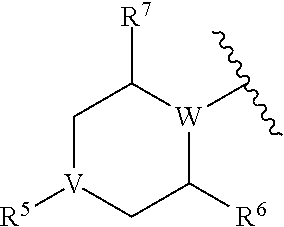
C00017

C00018

C00019

C00020

C00021
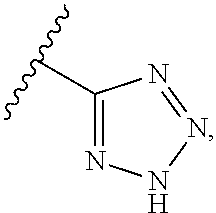
C00022

C00023

C00024
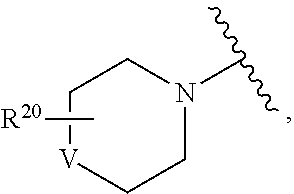
C00025

C00026

C00027
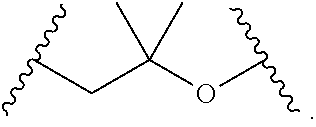
C00028

C00029

C00030
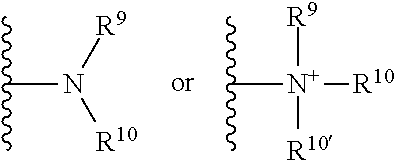
C00031

C00032

C00033

C00034
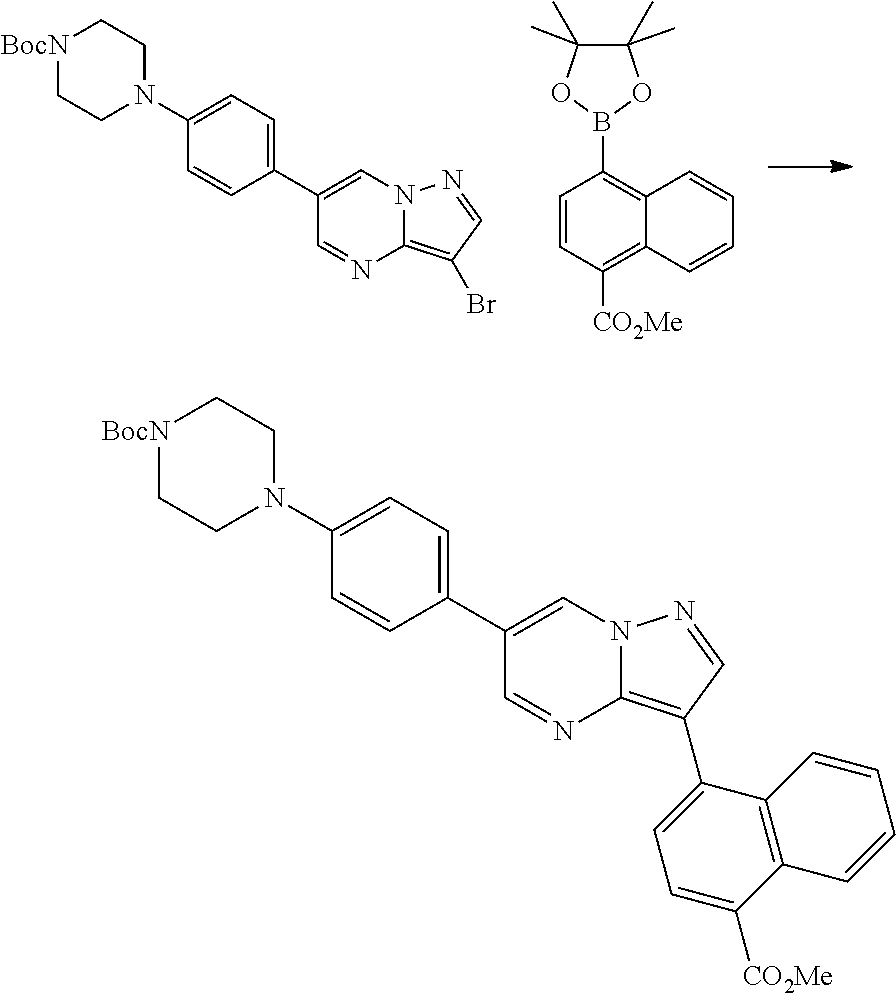
C00035
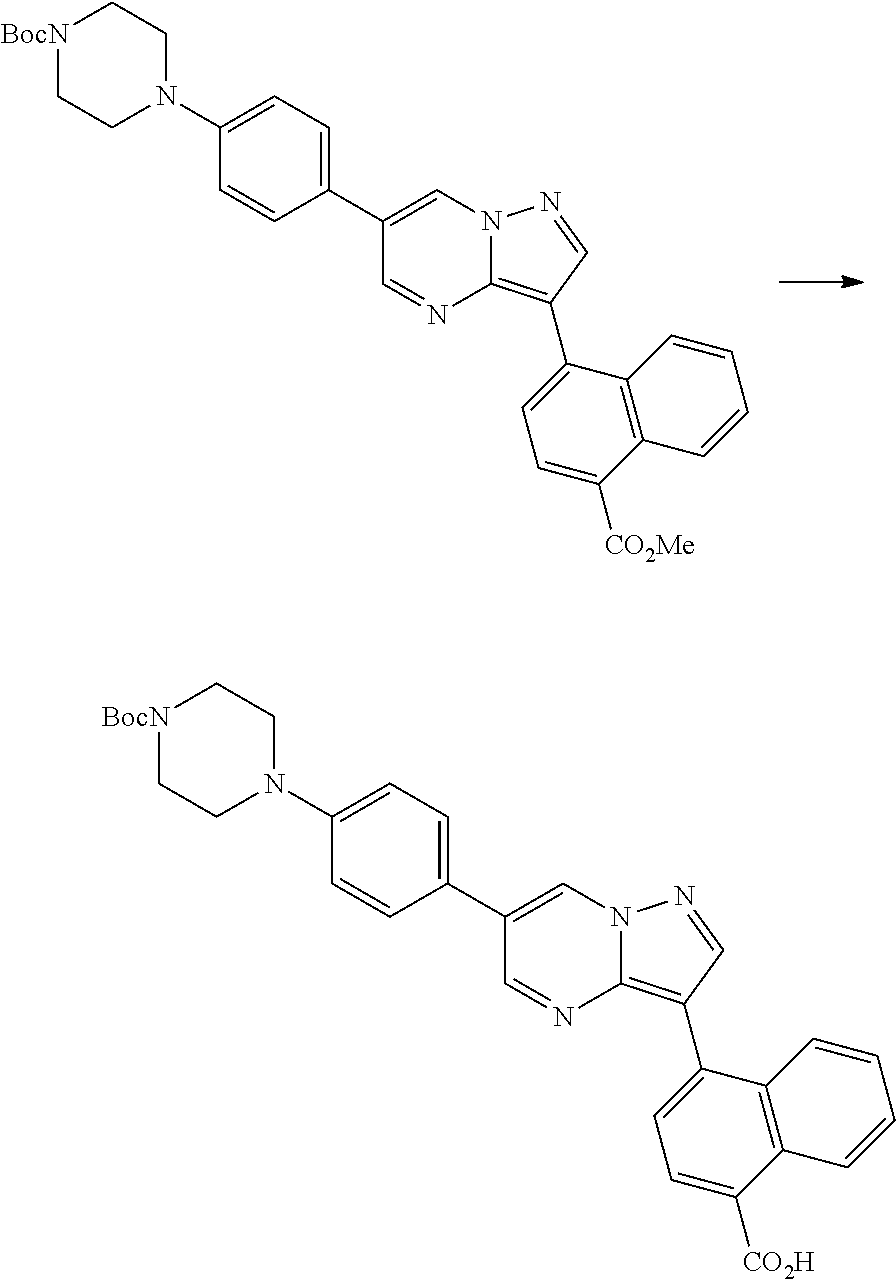
C00036
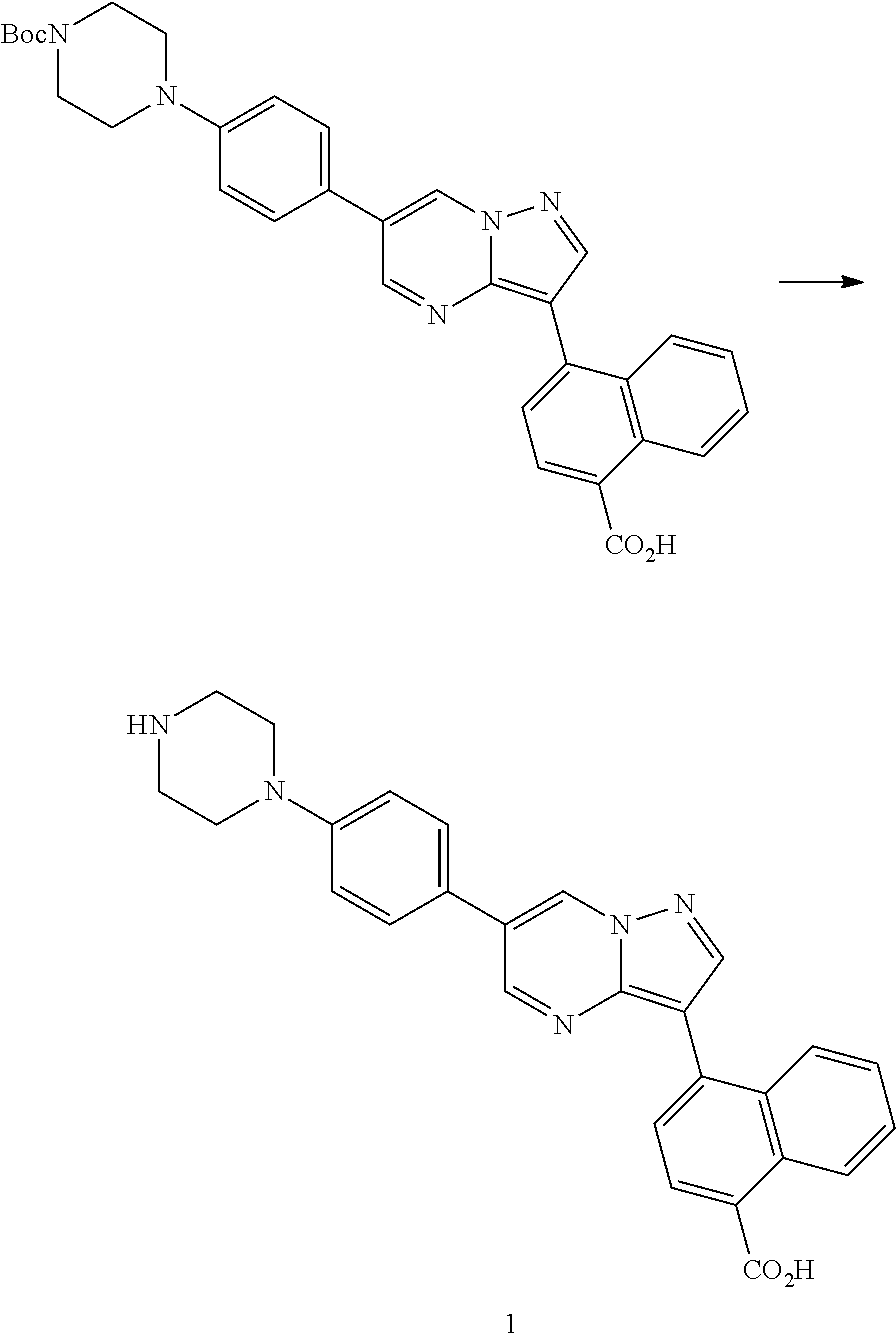
C00037

C00038
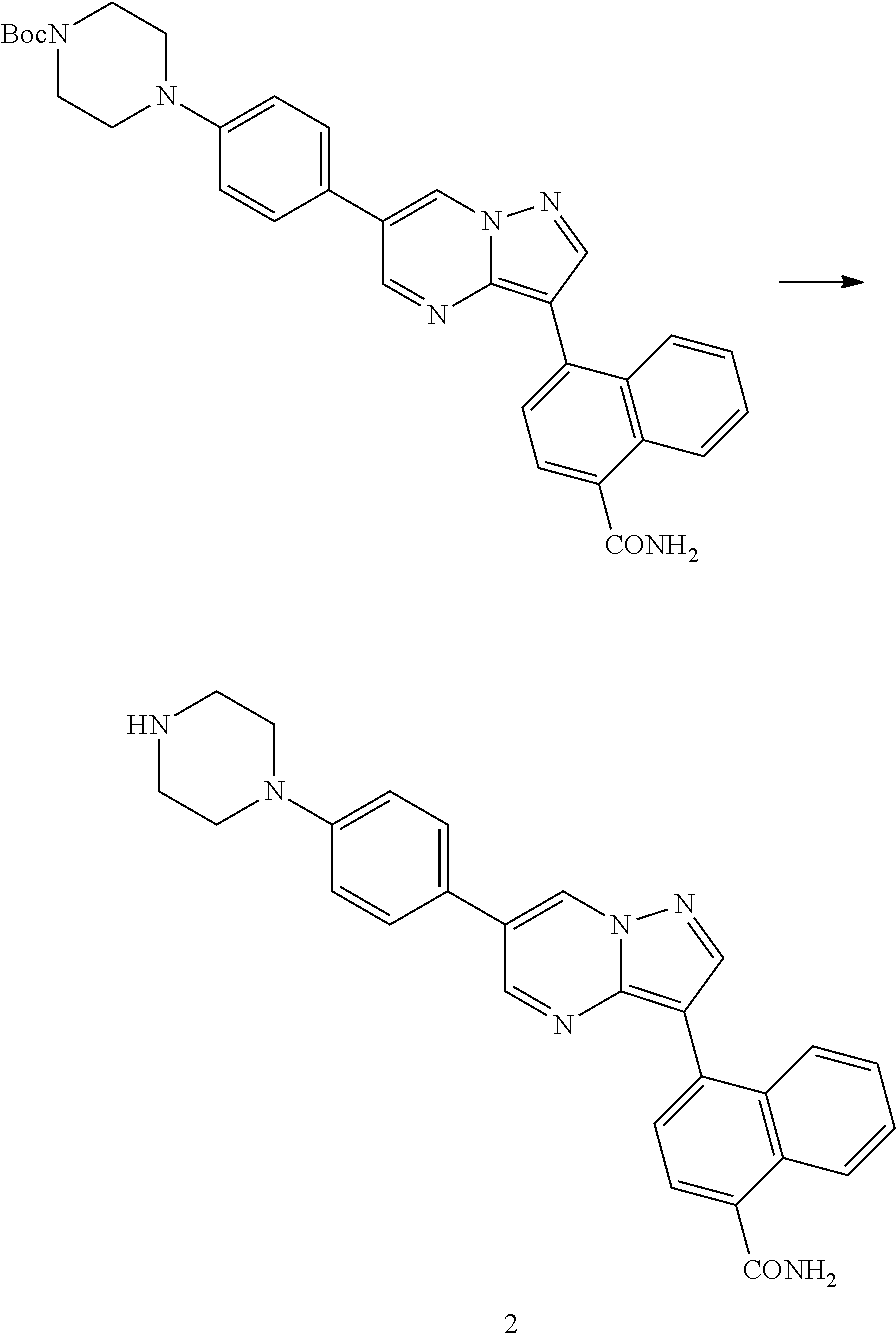
C00039

C00040

C00041

C00042

C00043

C00044

C00045

C00046

C00047
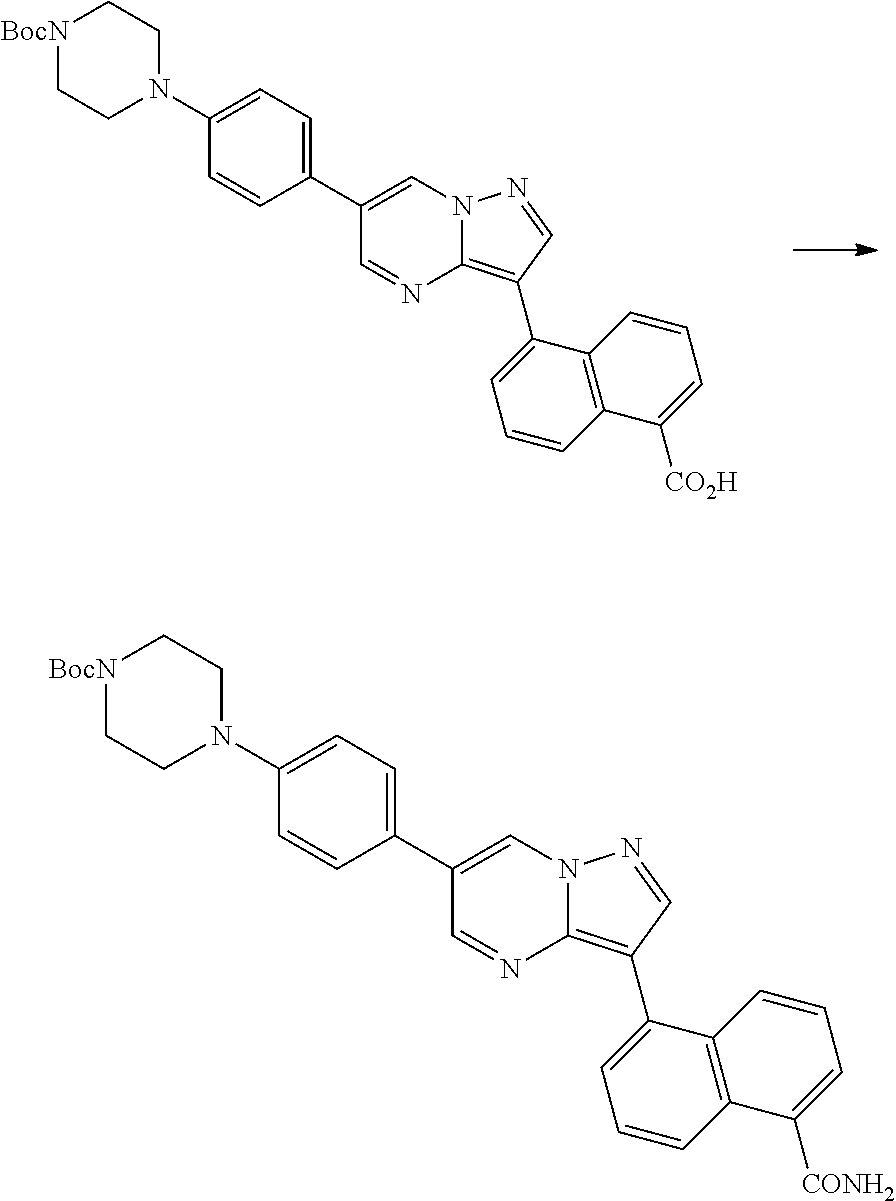
C00048

C00049
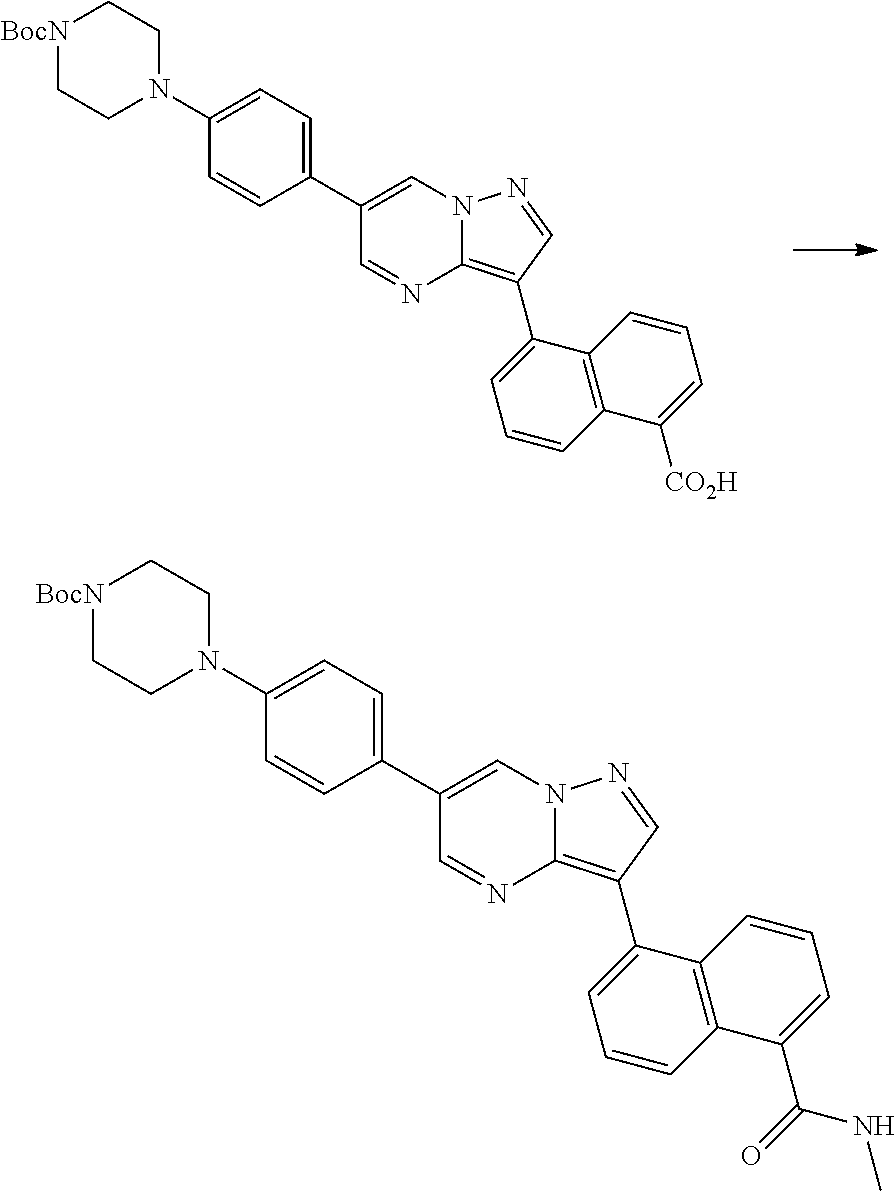
C00050

C00051

C00052
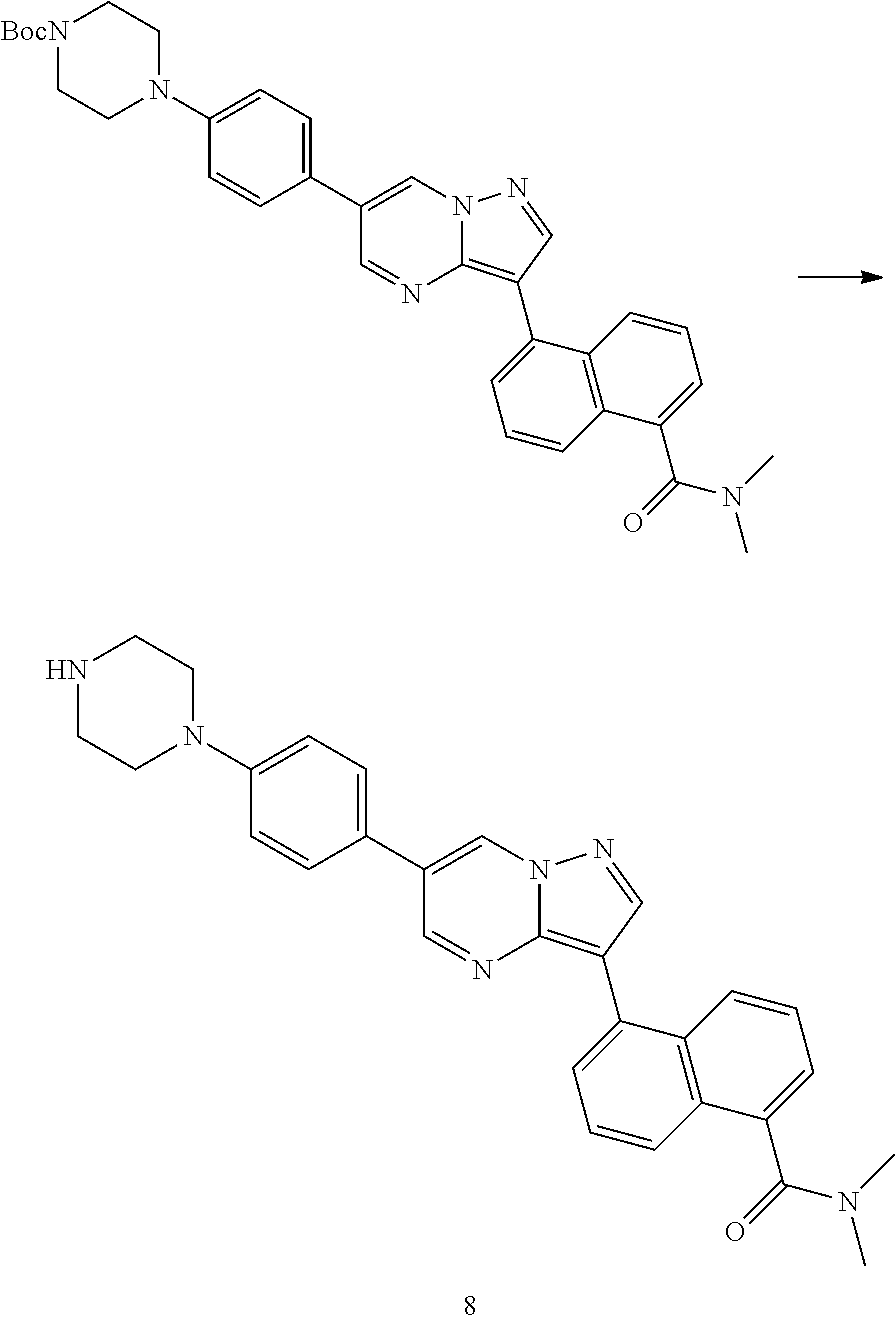
C00053

C00054

C00055

C00056

C00057

C00058

C00059

C00060
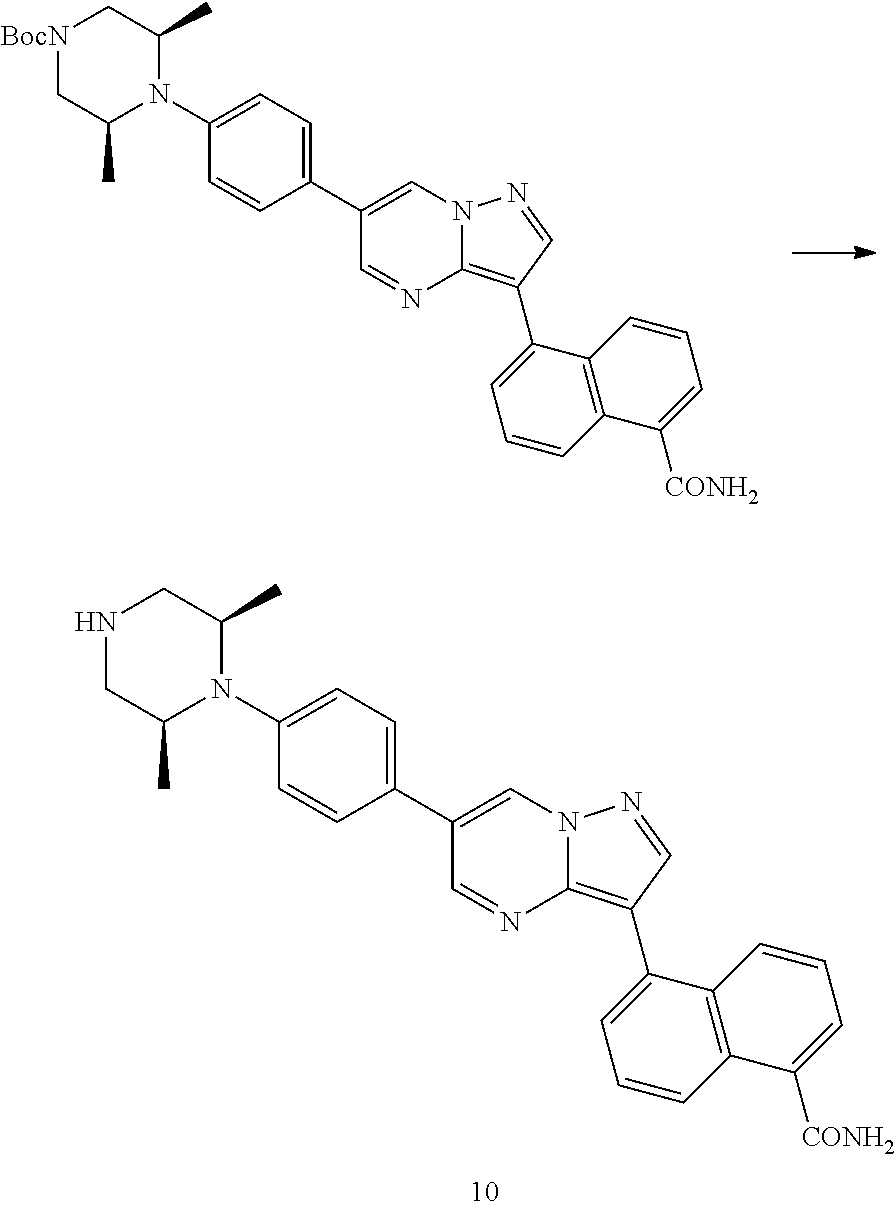
C00061

C00062

C00063
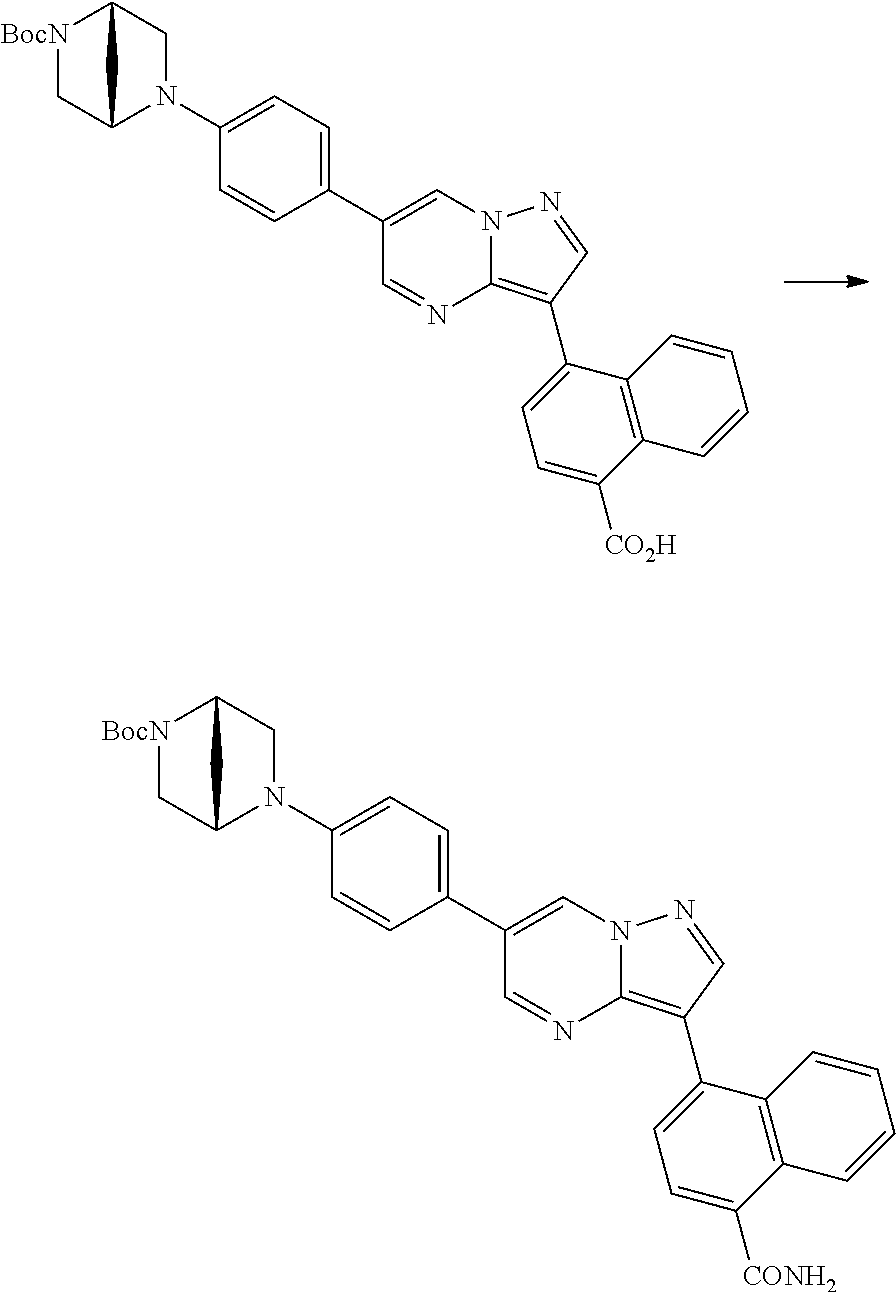
C00064
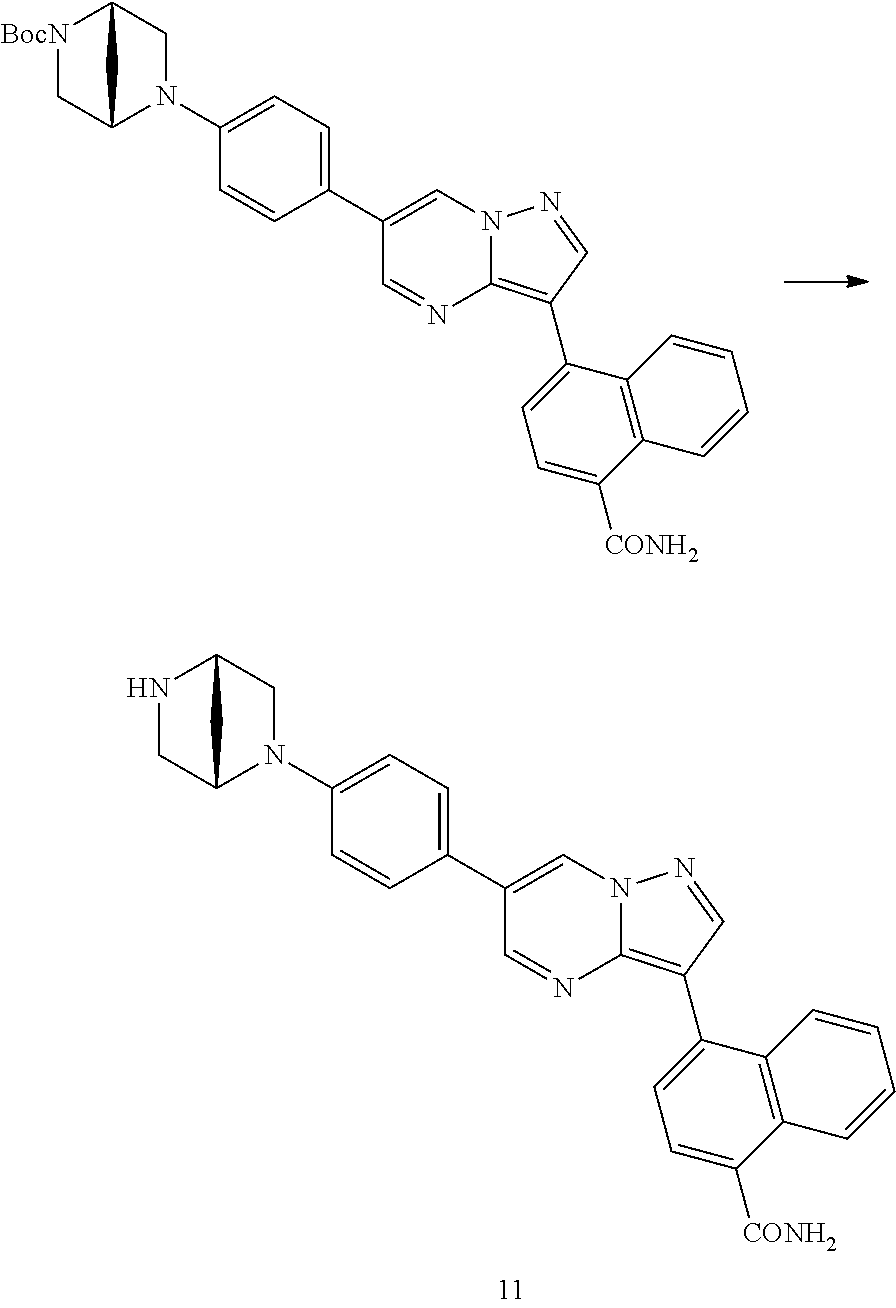
C00065

C00066

C00067

C00068

C00069

C00070

C00071
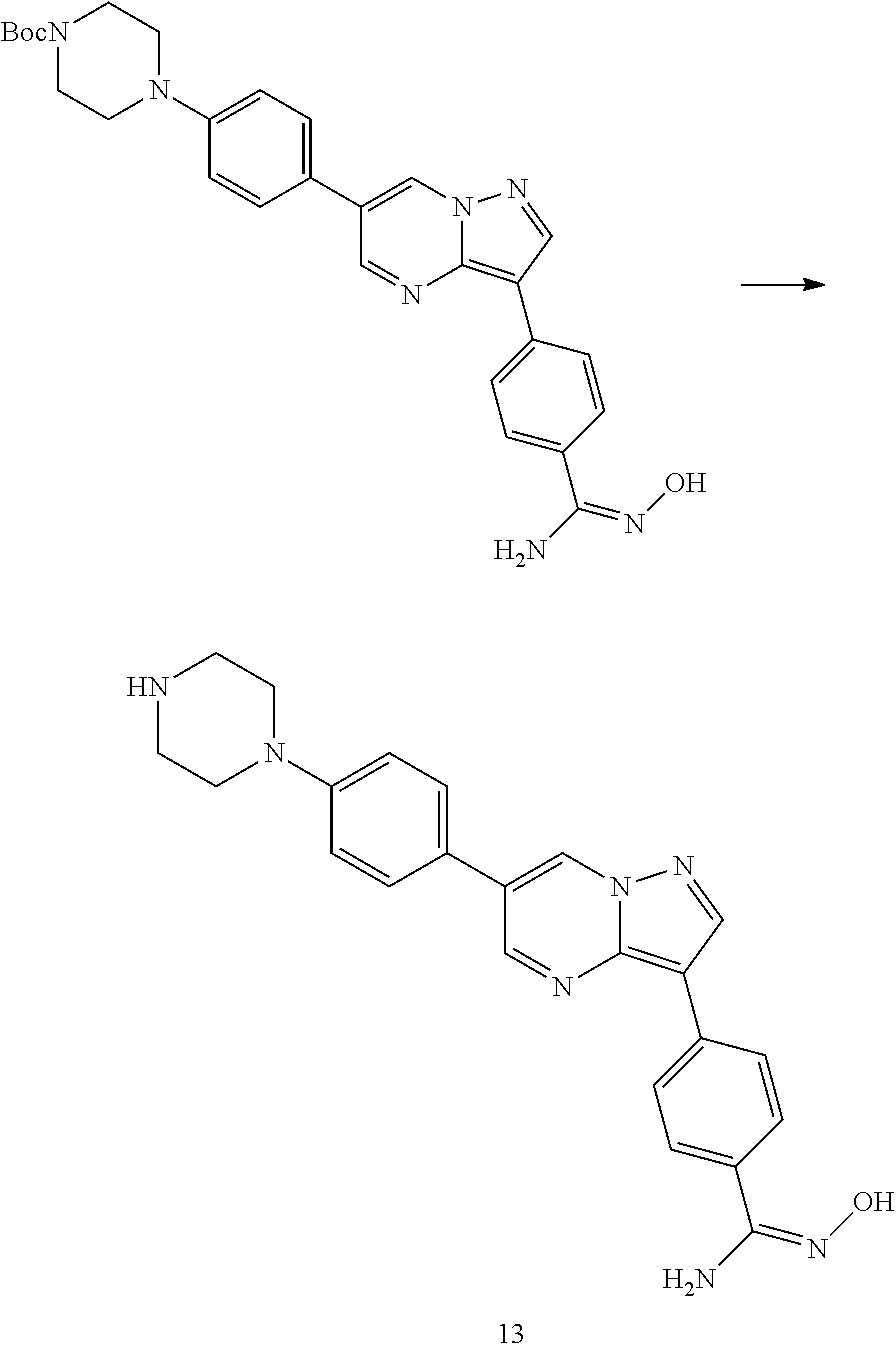
C00072

C00073

C00074

C00075

C00076

C00077
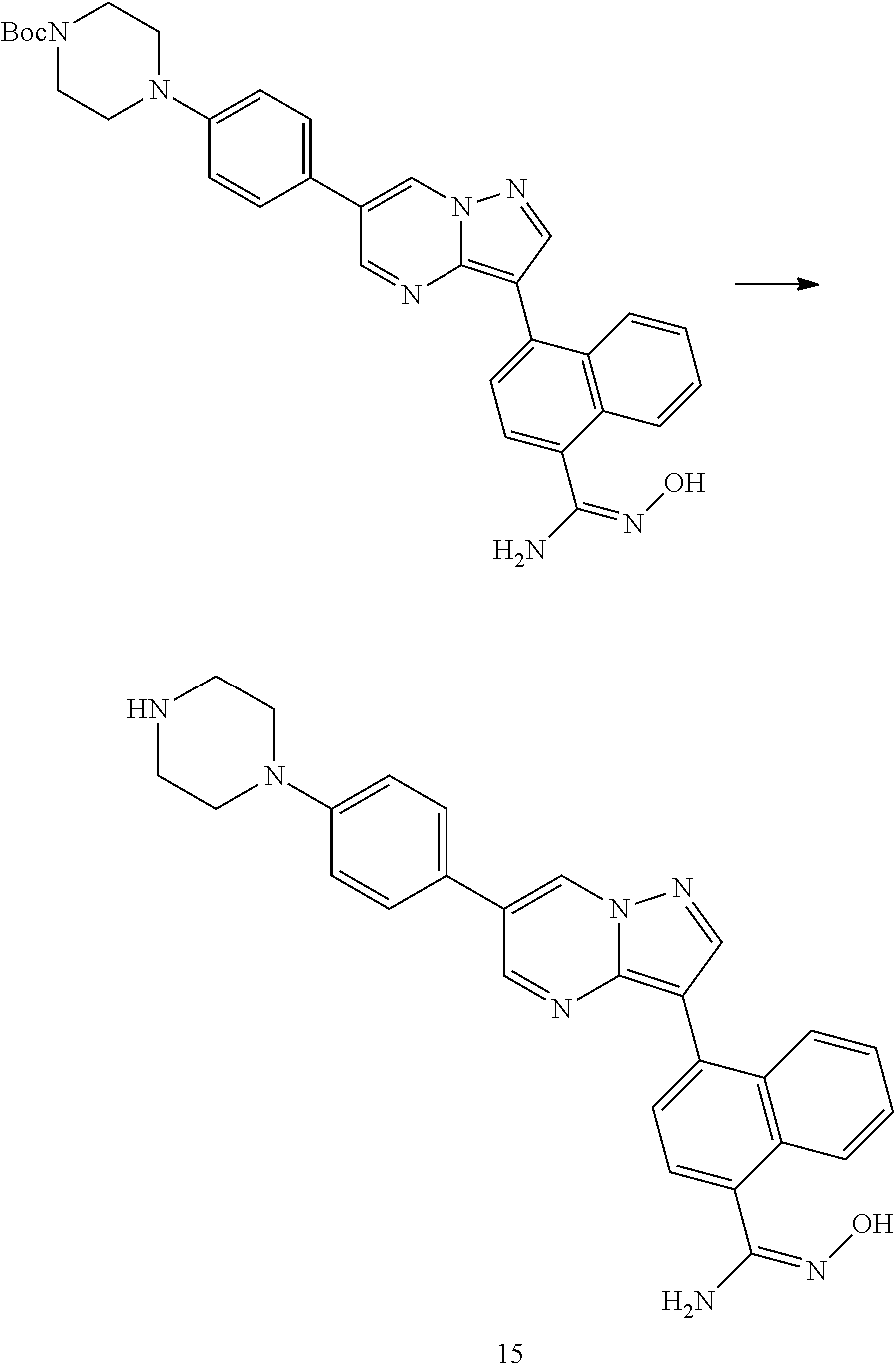
C00078
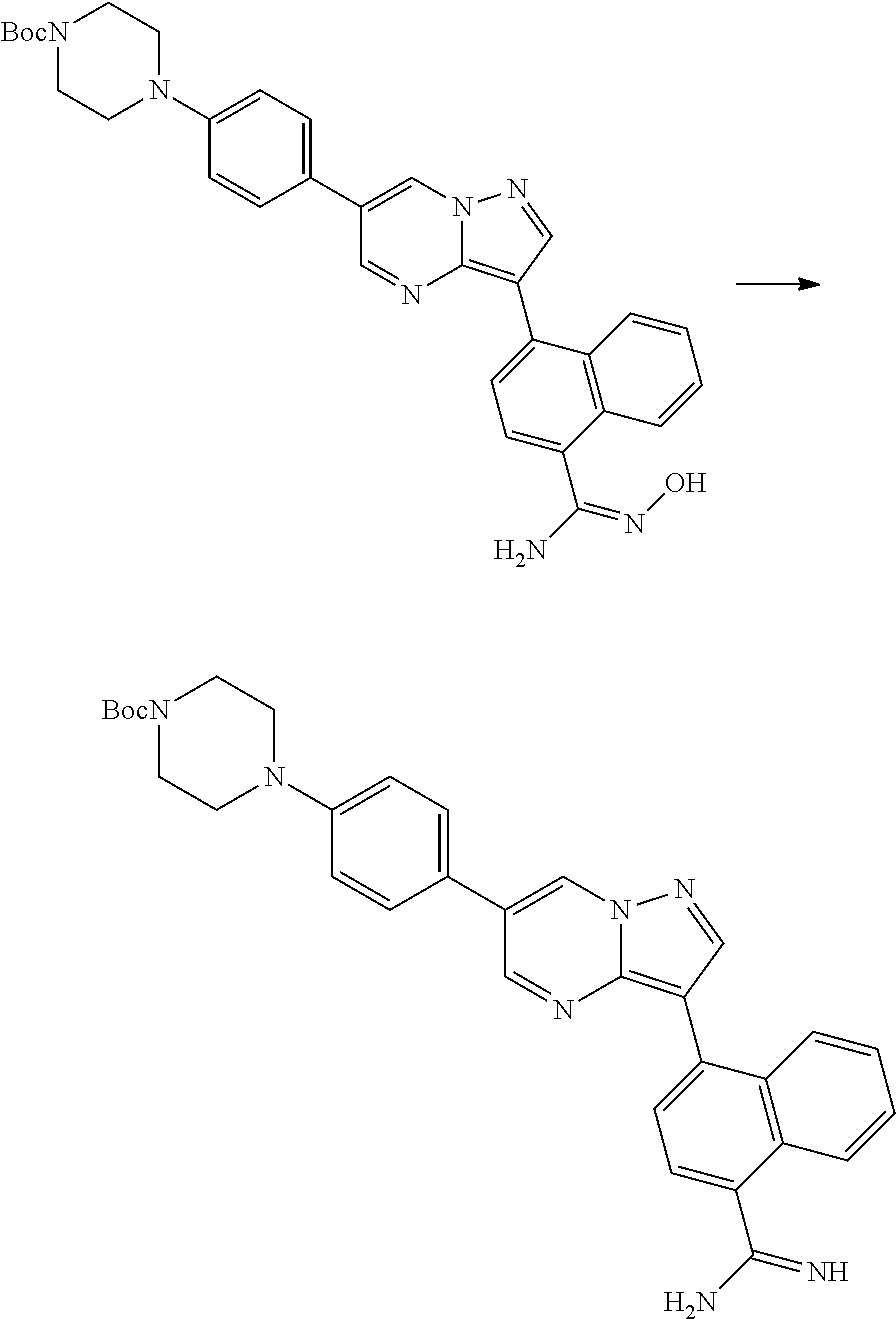
C00079

C00080

C00081

C00082

C00083

C00084

C00085
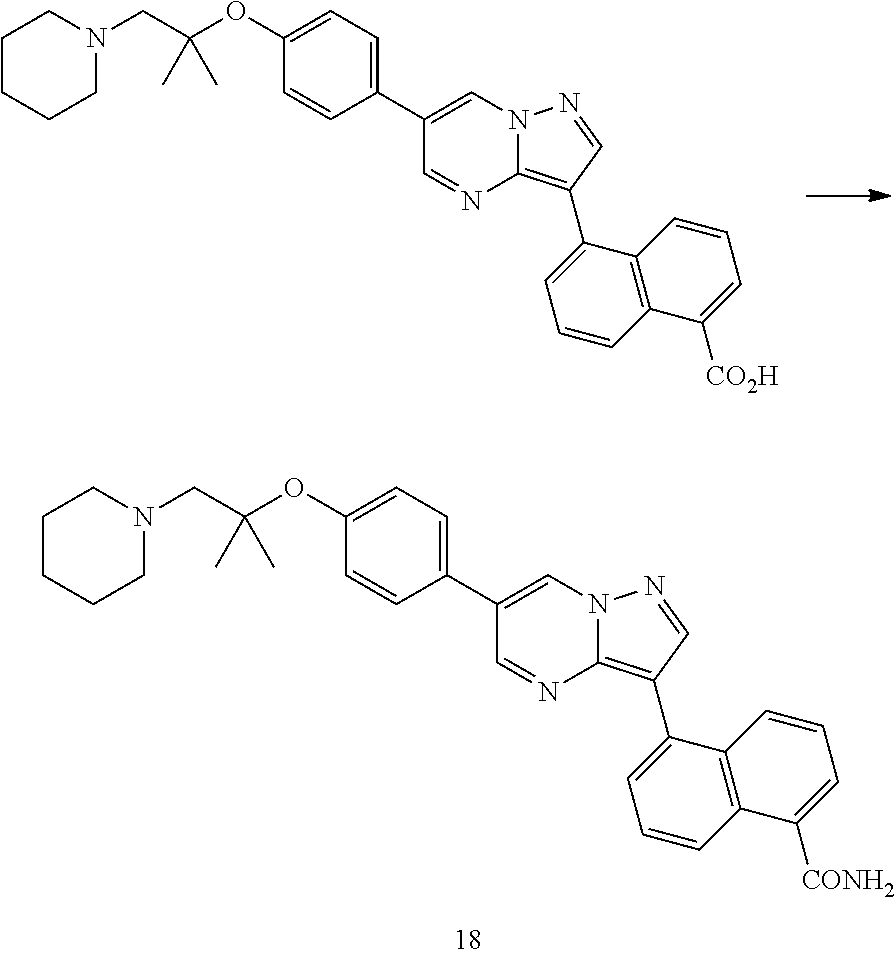
C00086

C00087

C00088

C00089
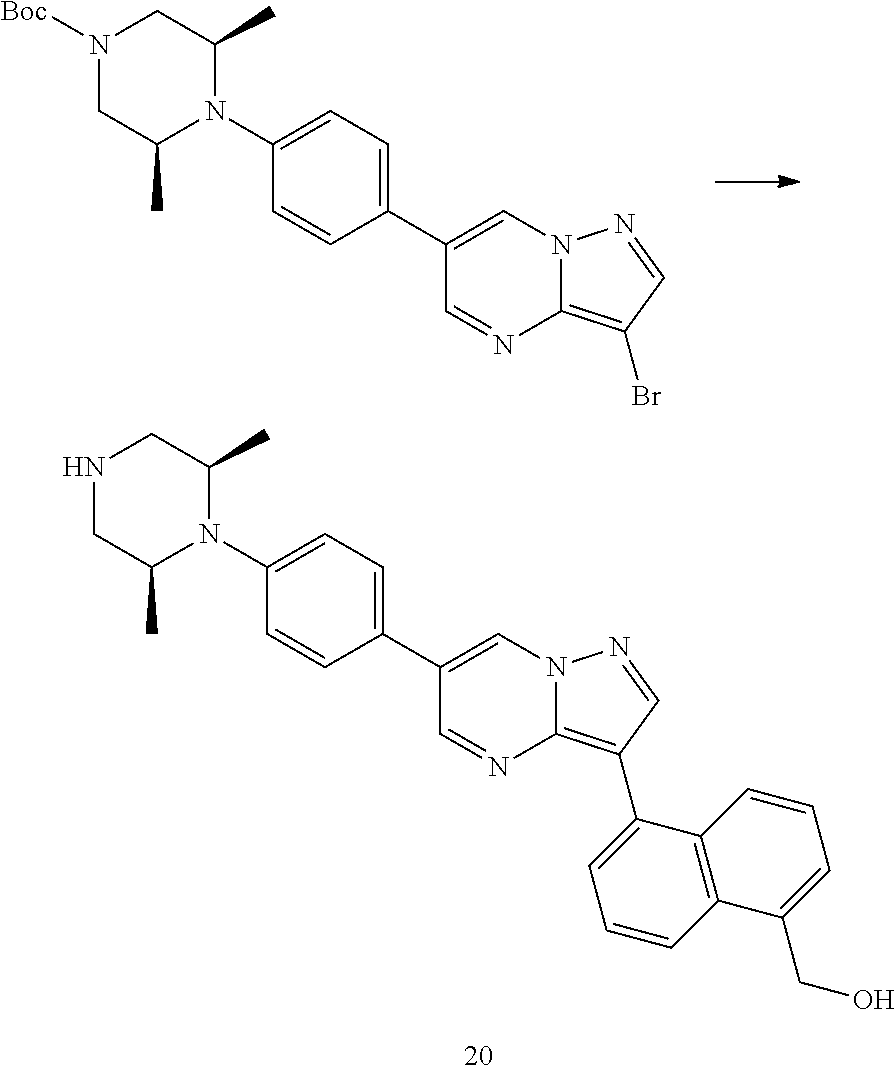
C00090
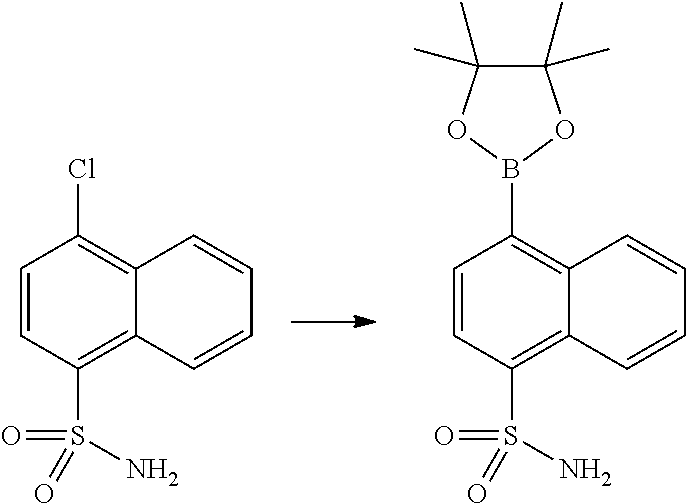
C00091

C00092

C00093
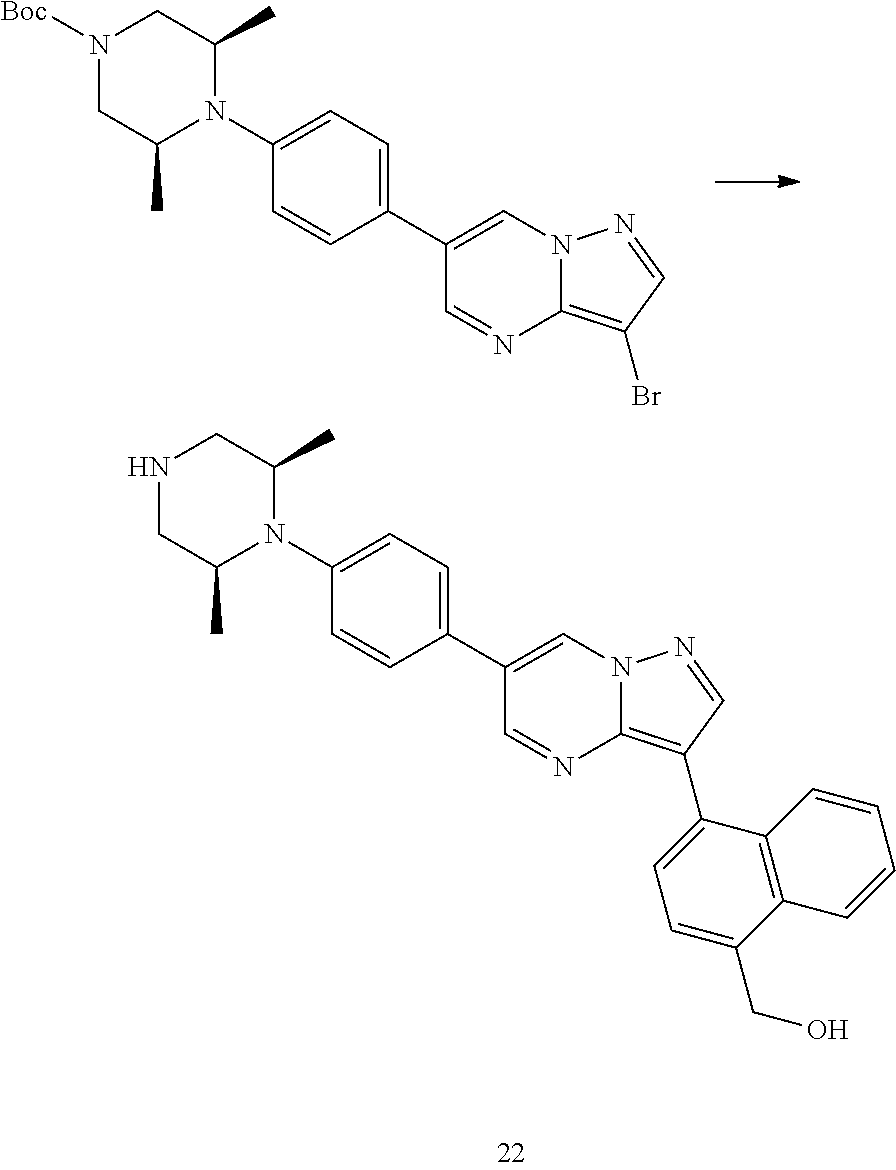
C00094

C00095

C00096
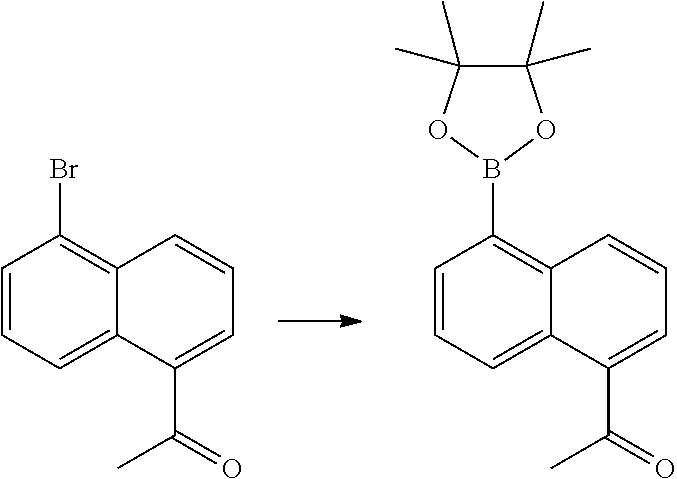
C00097

C00098

C00099

C00100

C00101
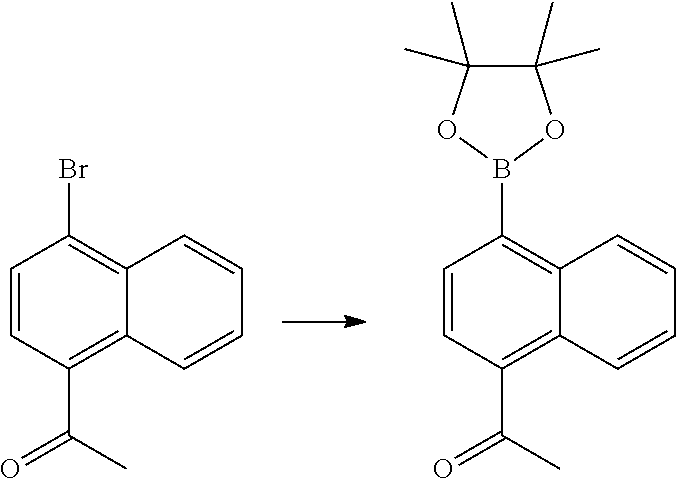
C00102
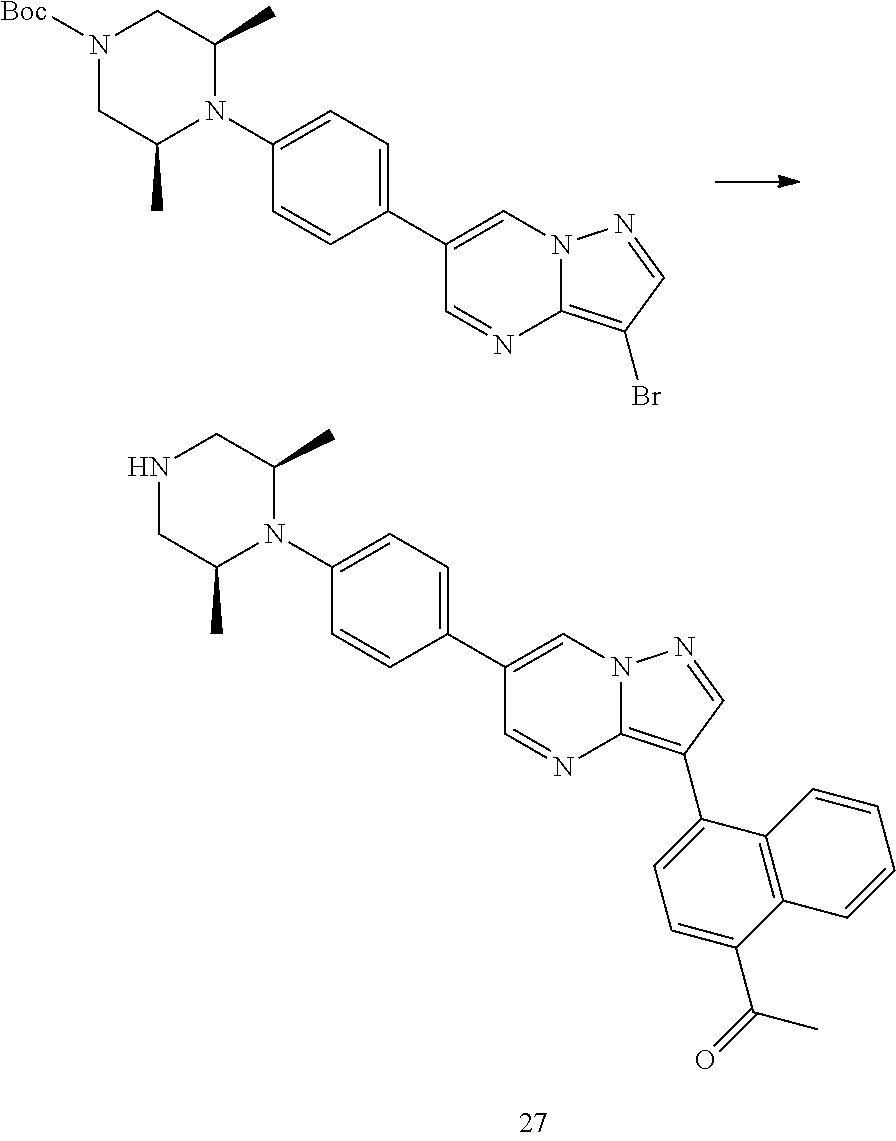
C00103
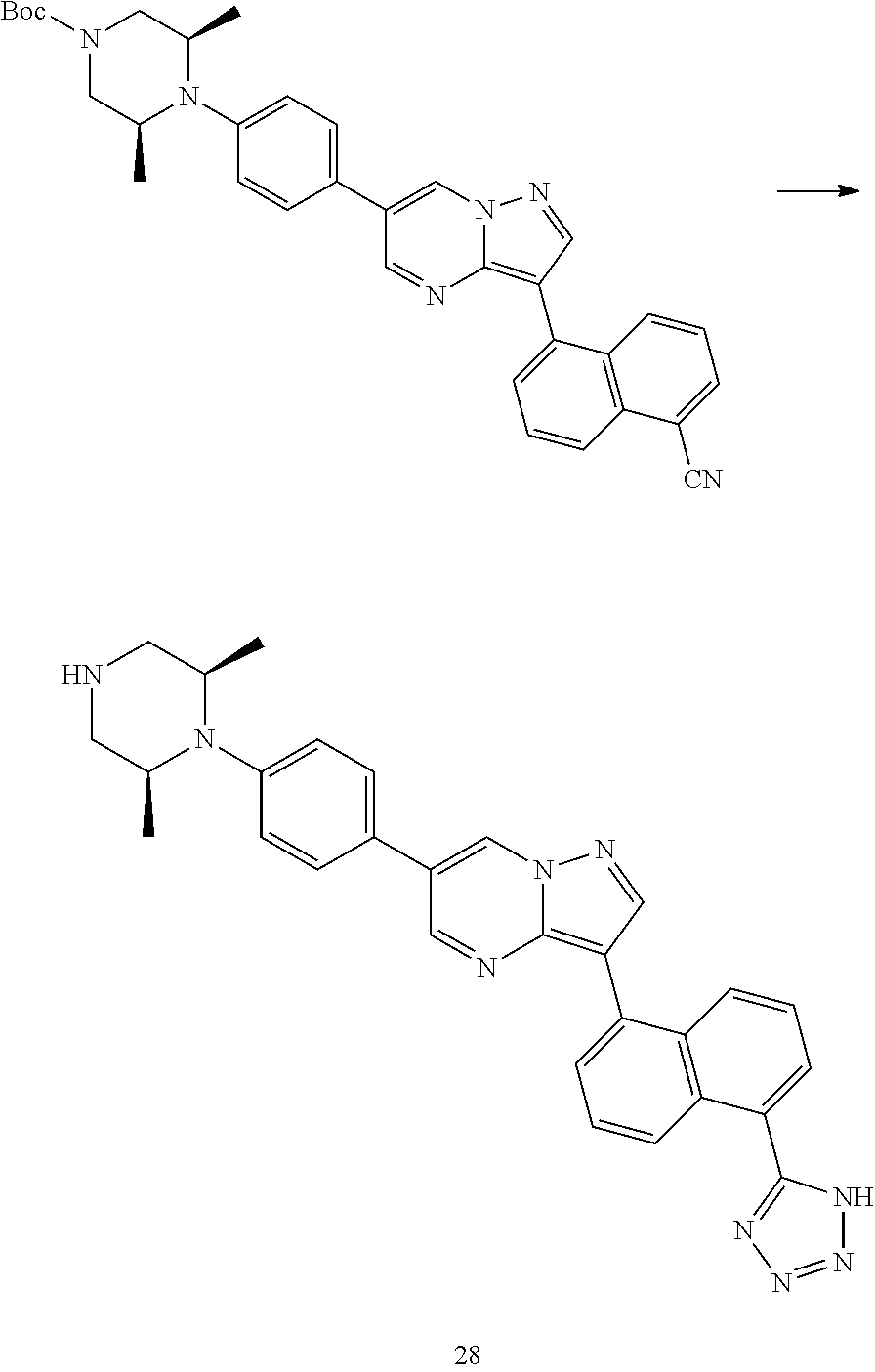
C00104

C00105
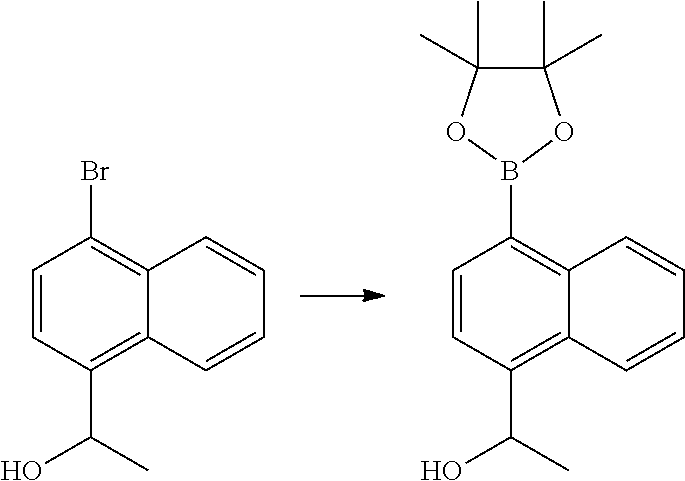
C00106

C00107
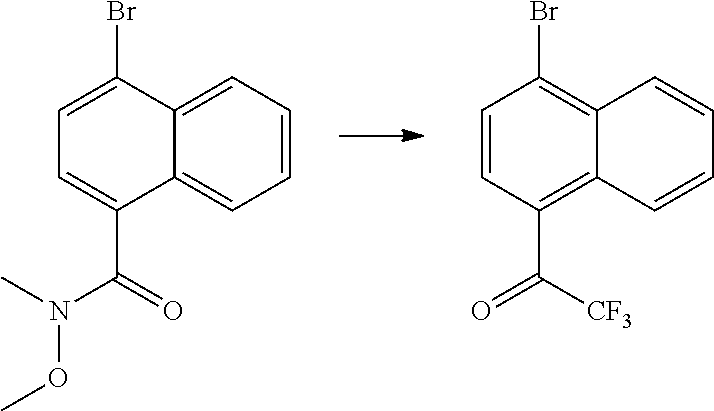
C00108

C00109

C00110

C00111

C00112

C00113

C00114

C00115

C00116
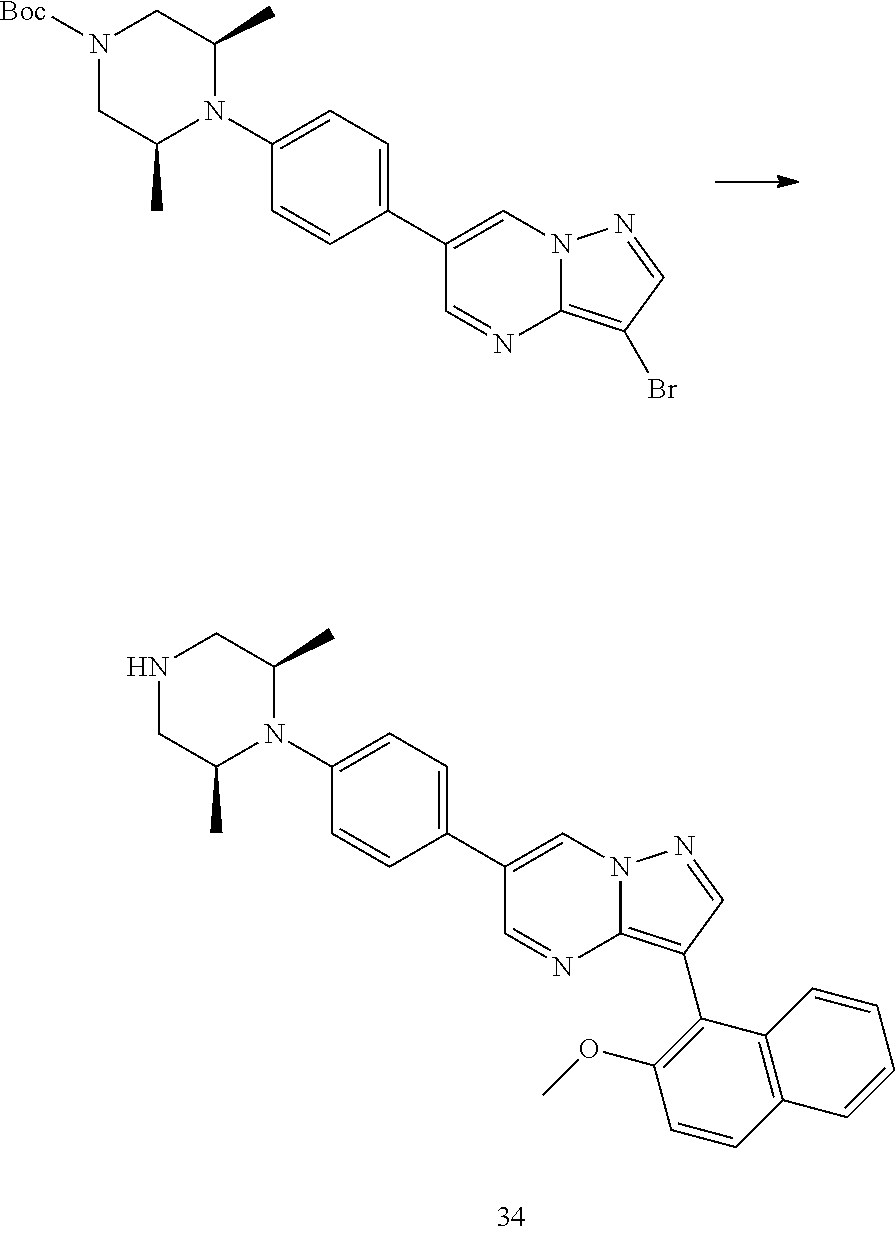
C00117

C00118

C00119
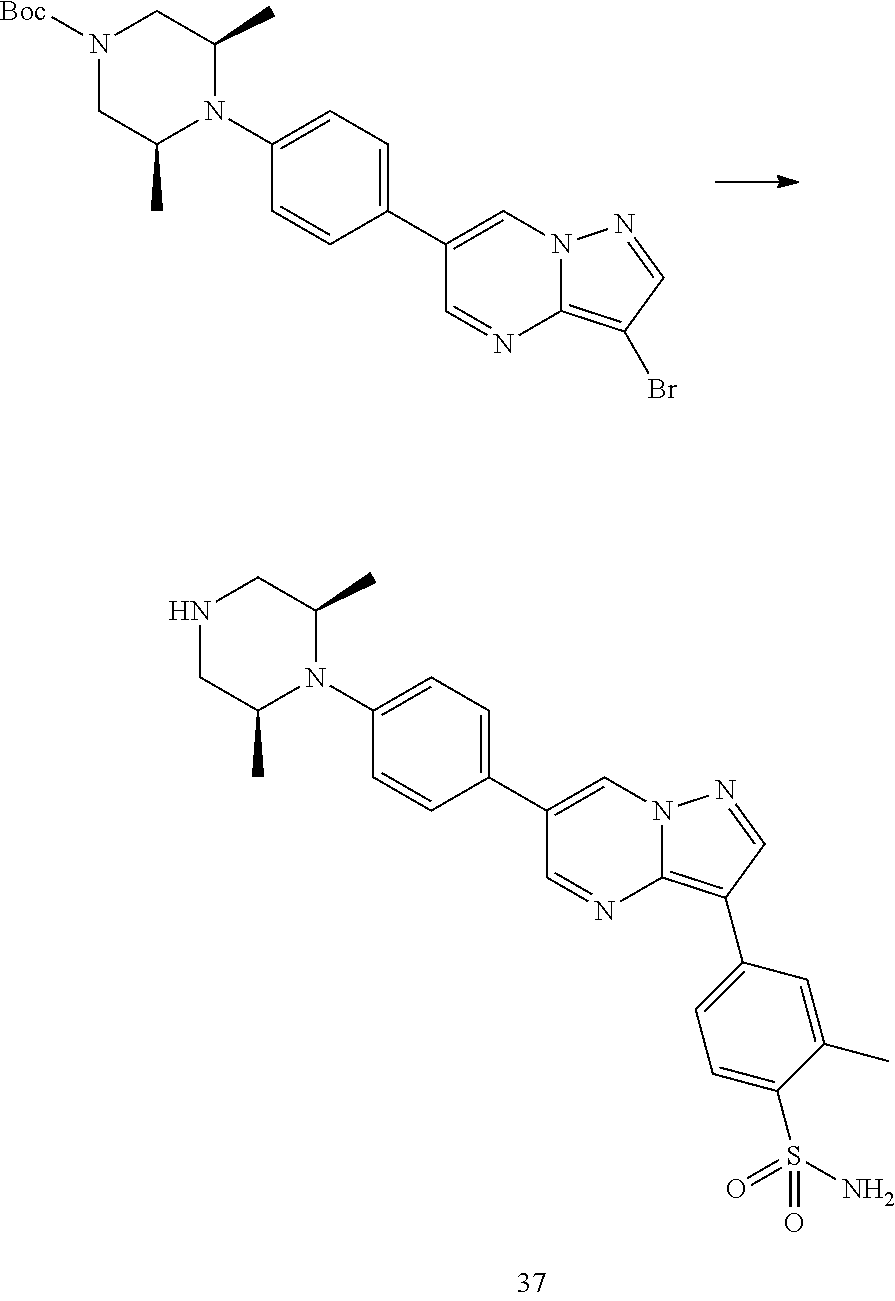
C00120
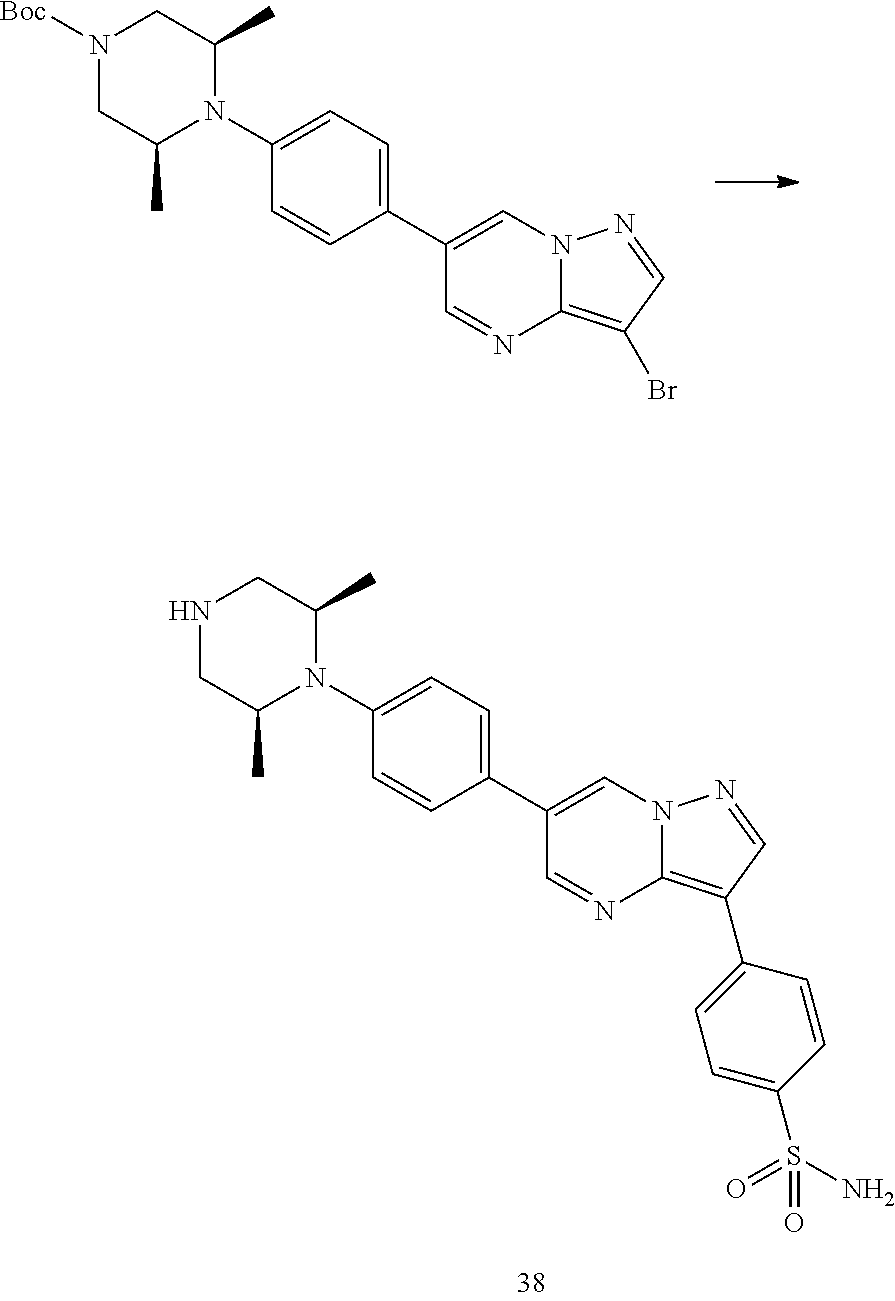
C00121

C00122

C00123

C00124

C00125
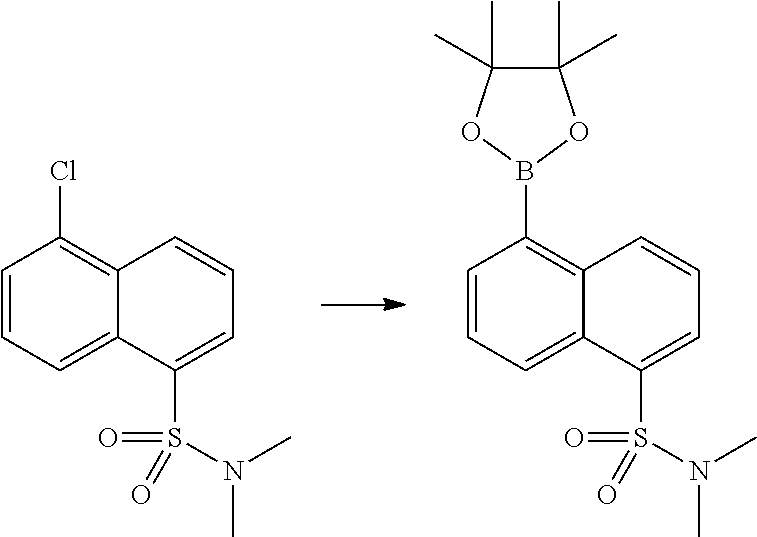
C00126

C00127

C00128

C00129
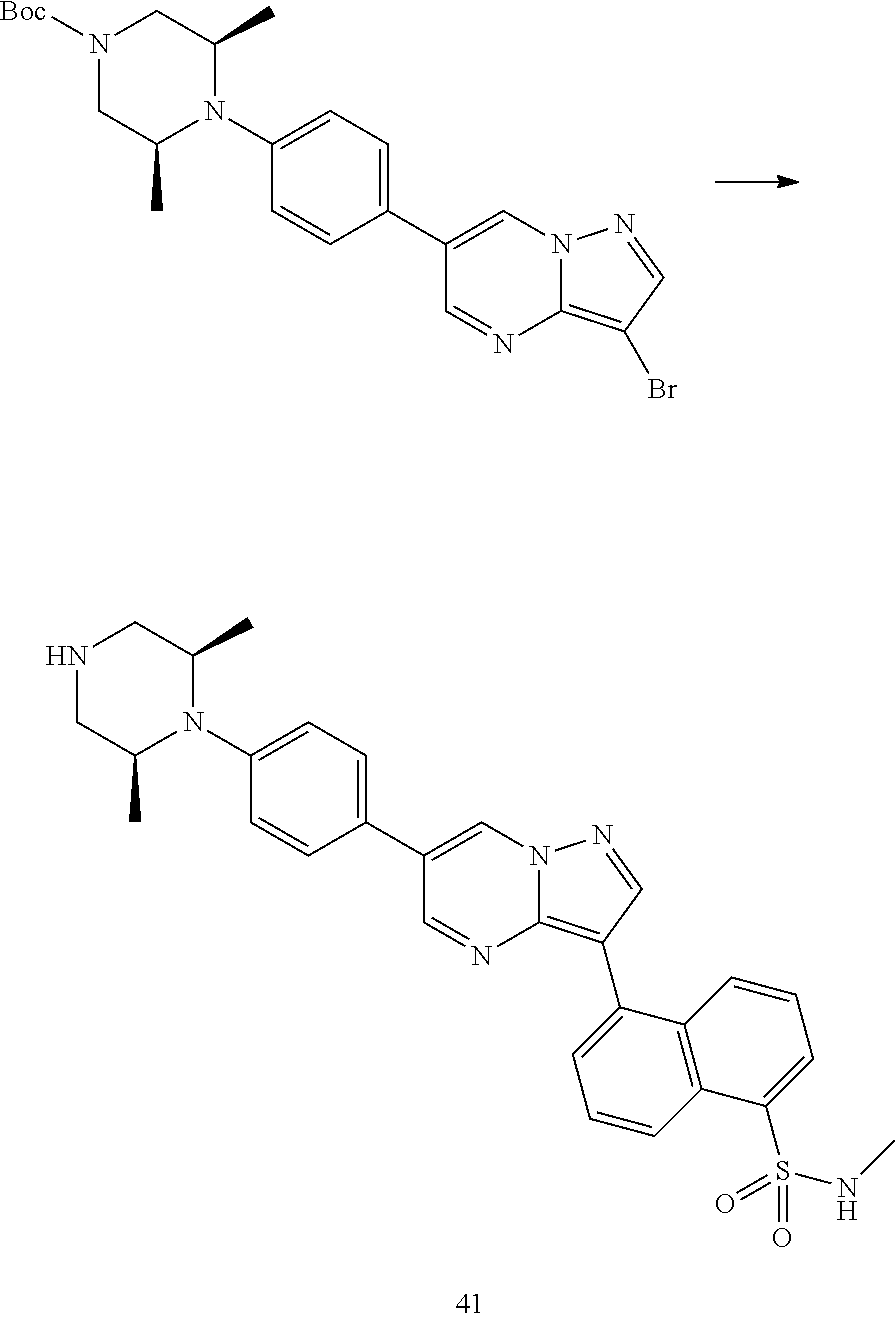
C00130

C00131
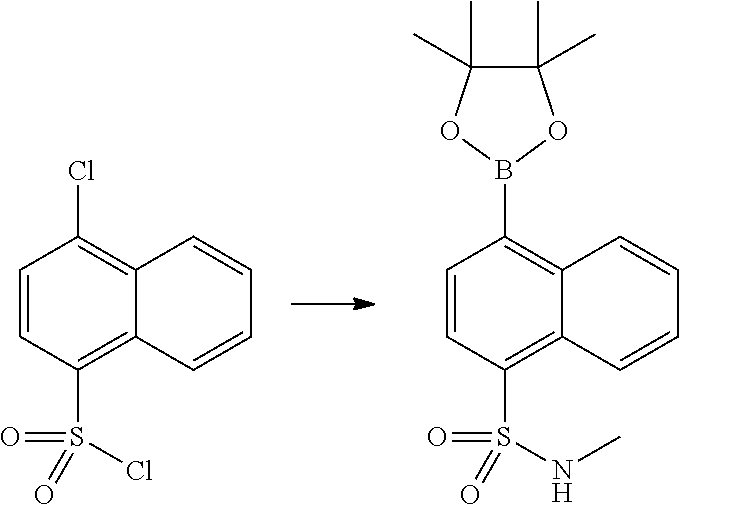
C00132
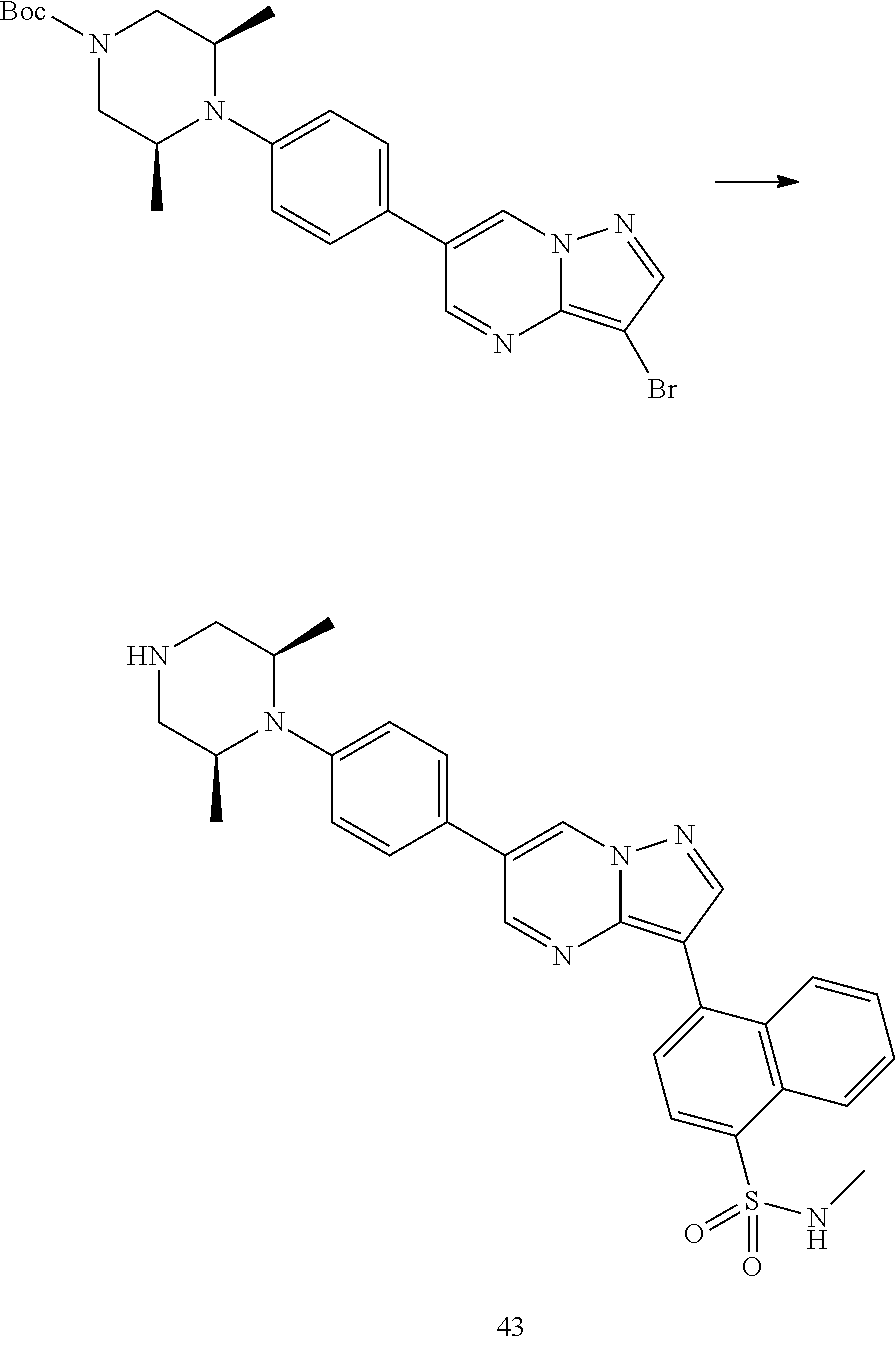
C00133

C00134

C00135

C00136

C00137

C00138

C00139
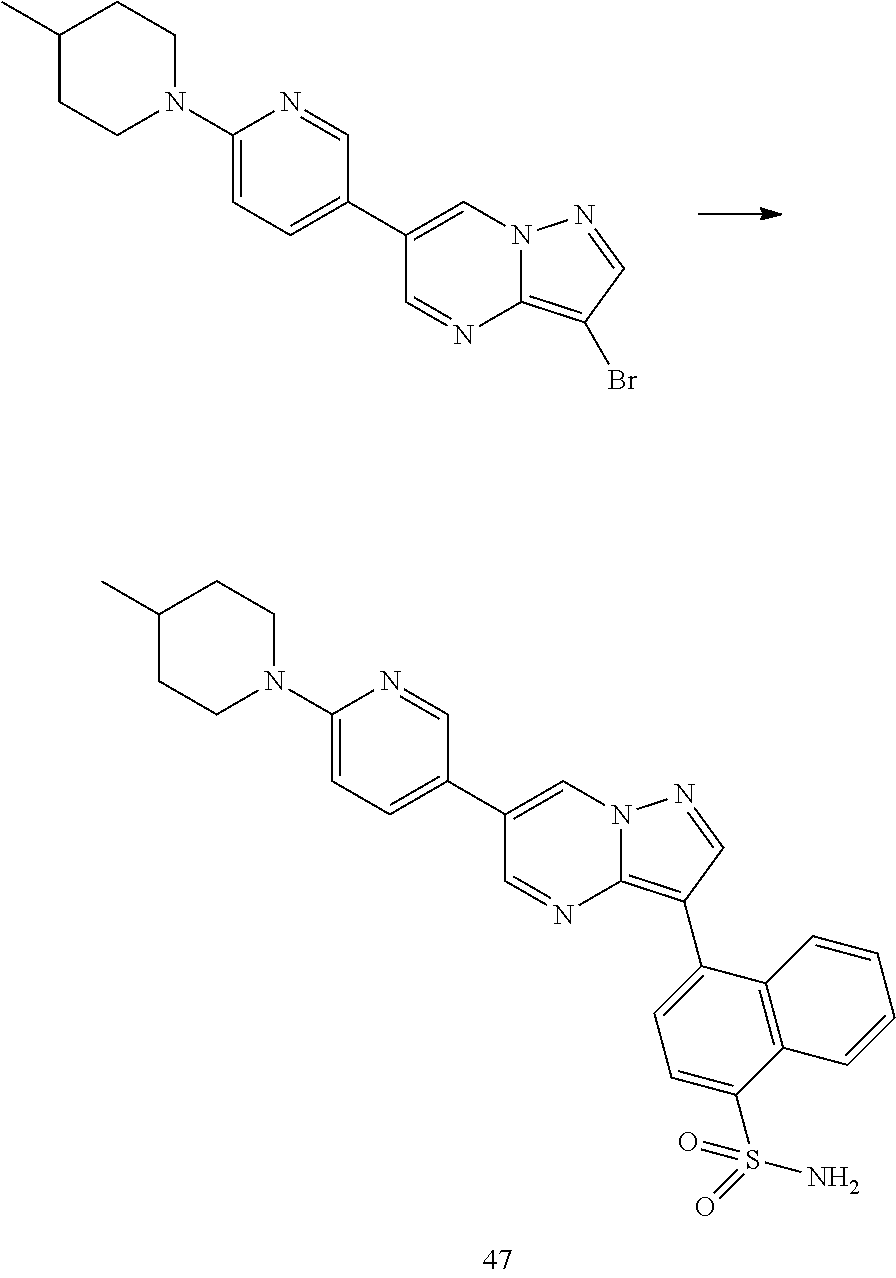
C00140

C00141

C00142

C00143

C00144
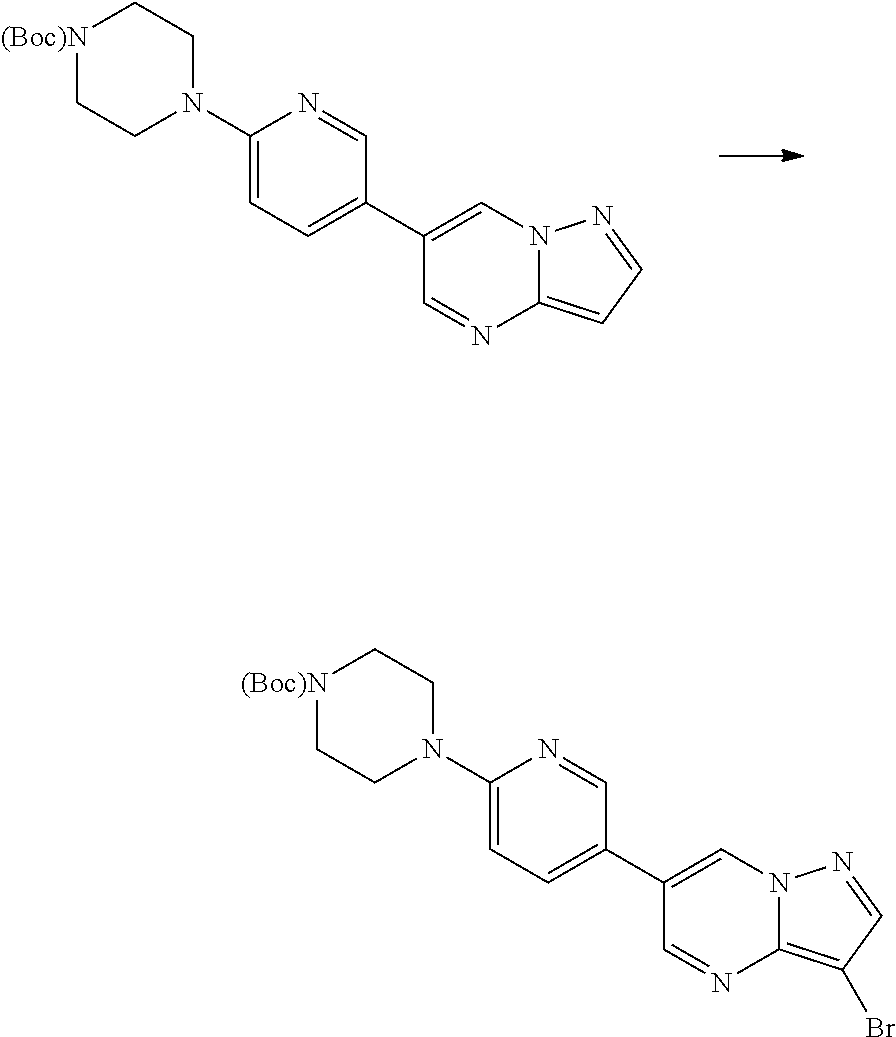
C00145
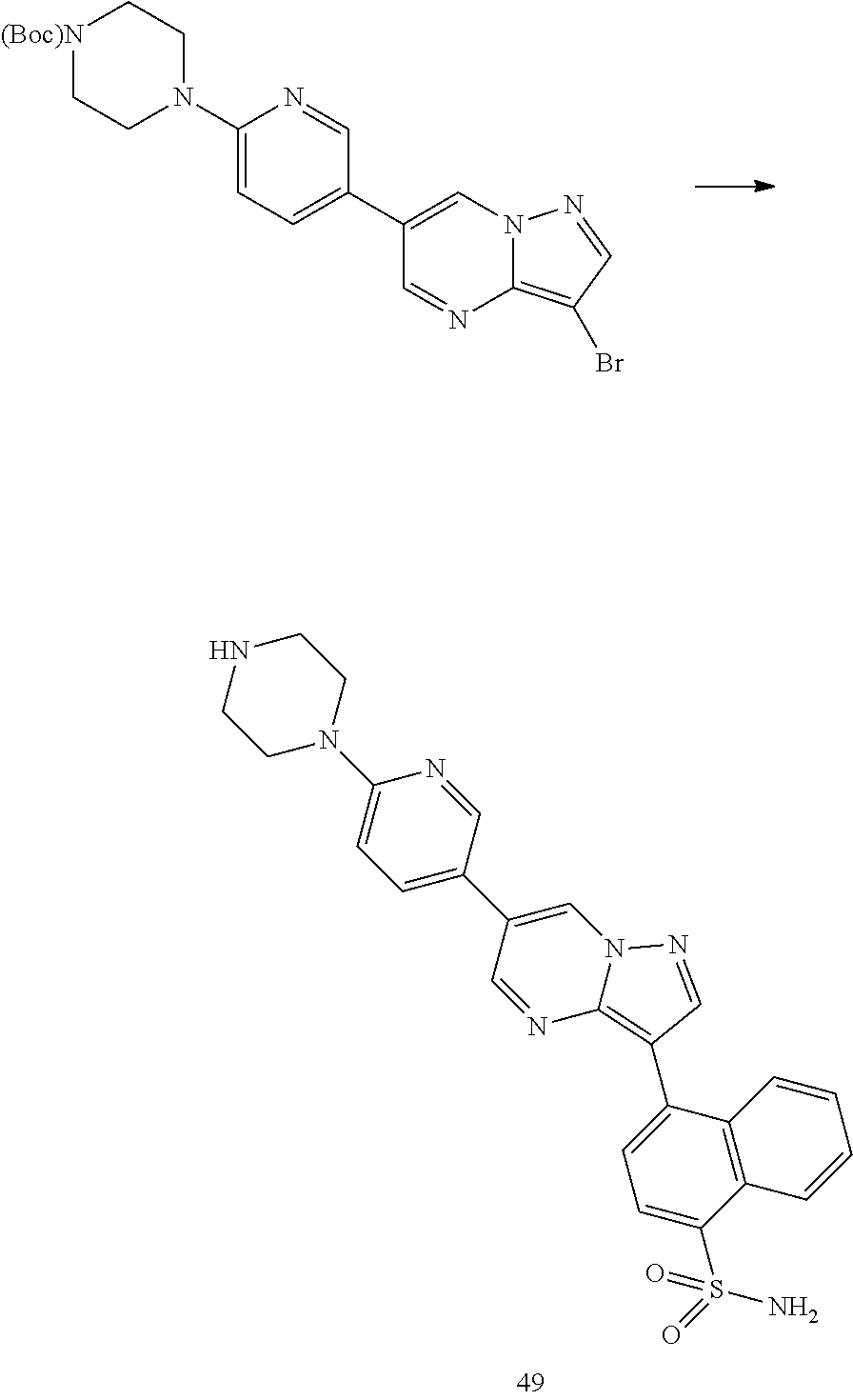
C00146

C00147

C00148

C00149
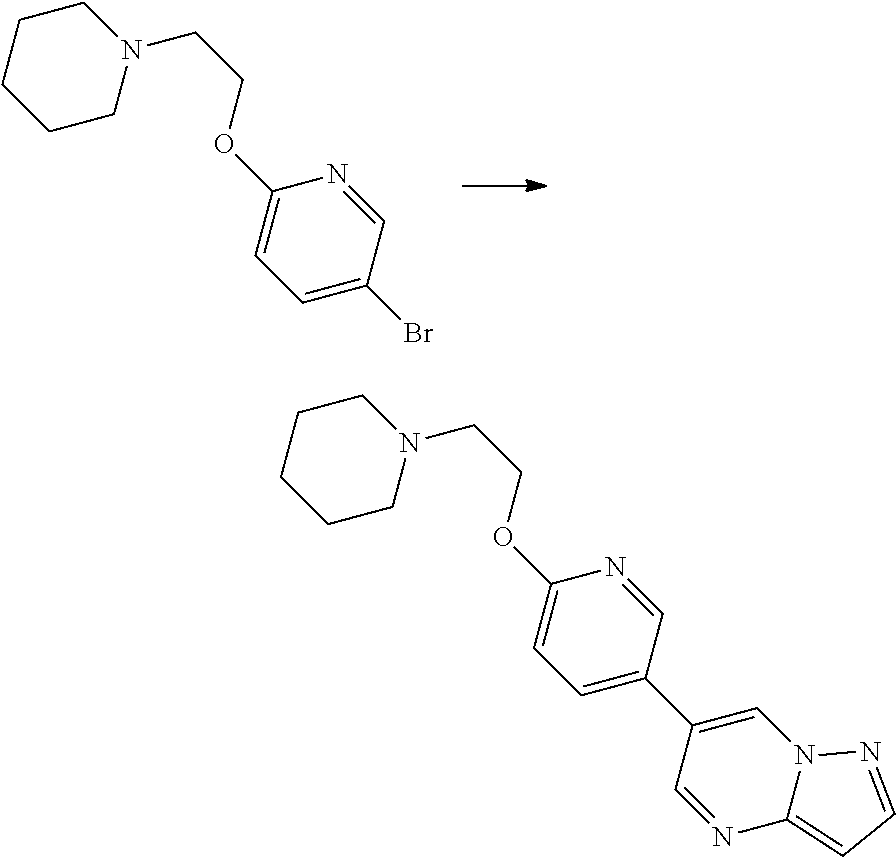
C00150

C00151

C00152

C00153

C00154

C00155

C00156

C00157
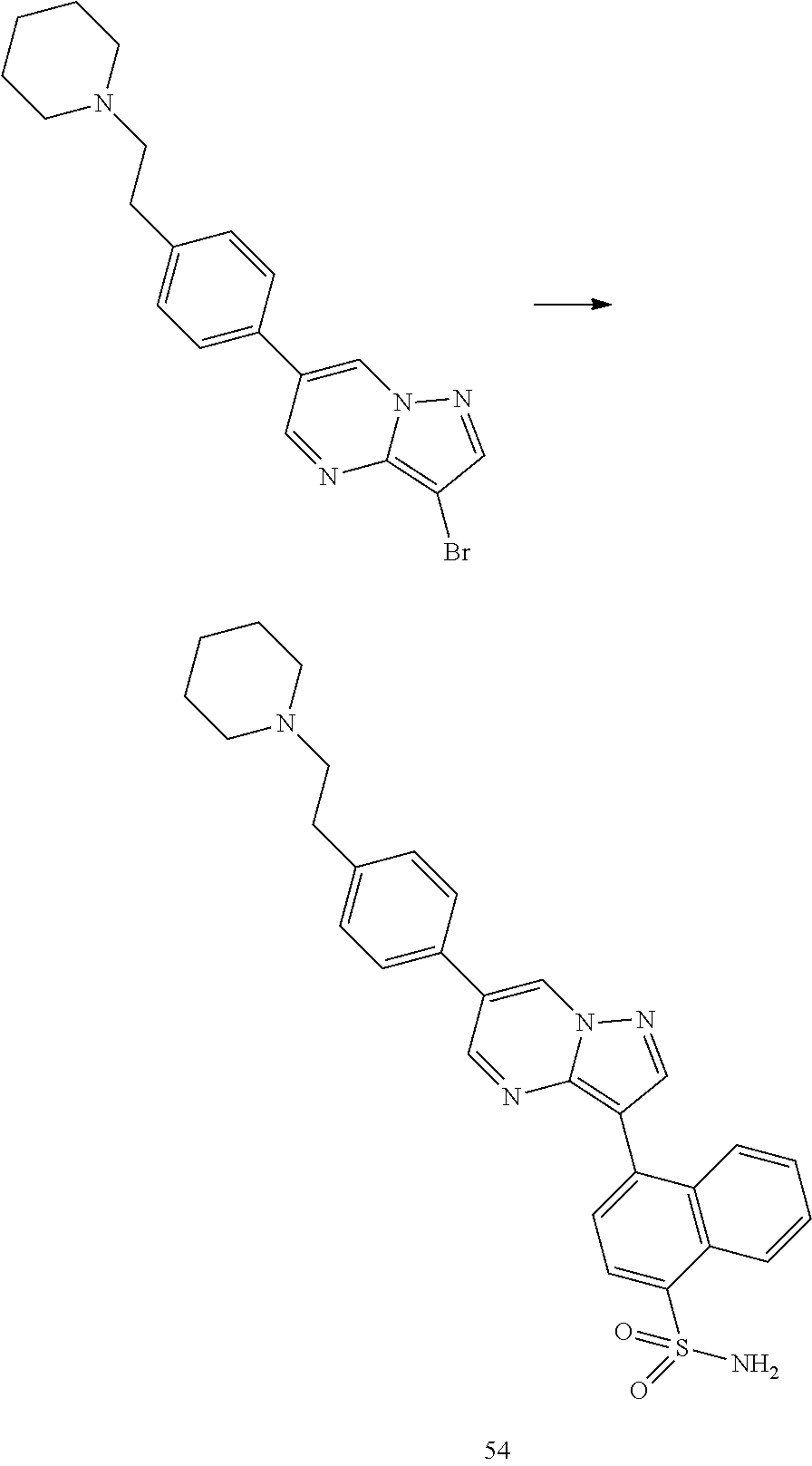
C00158
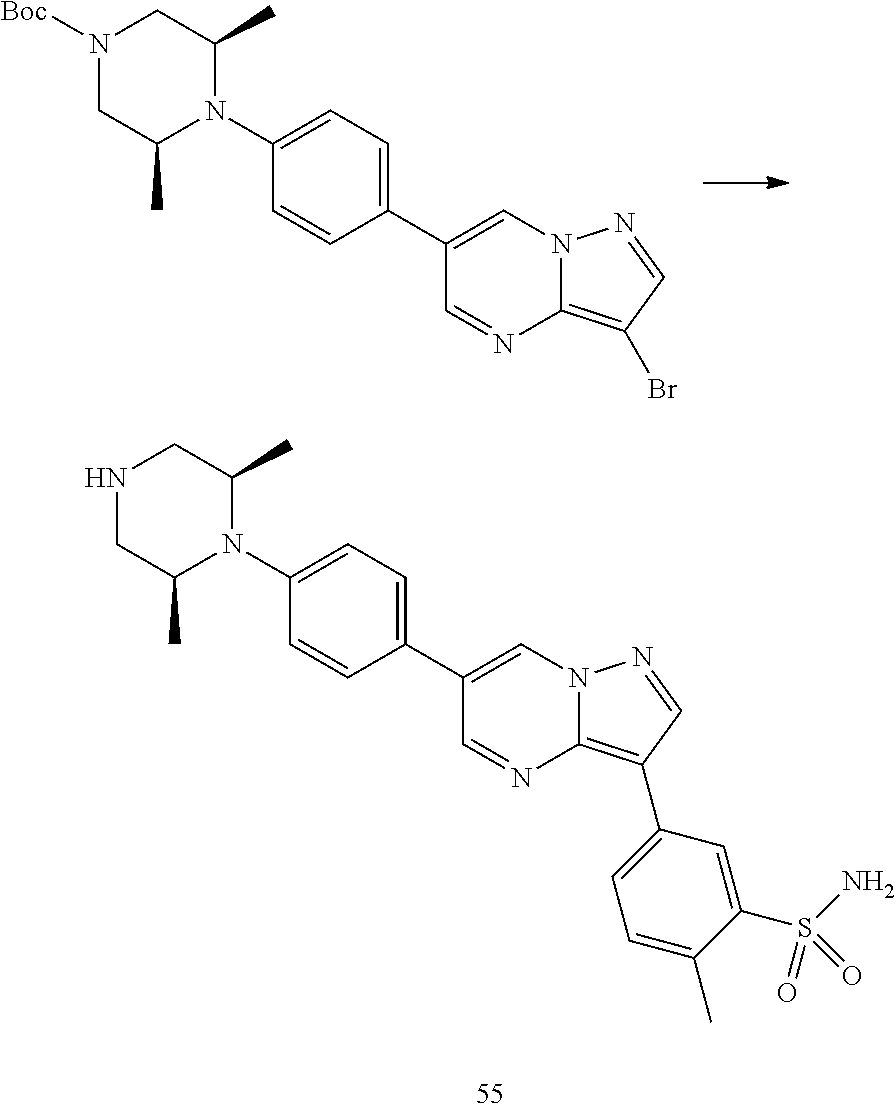
C00159
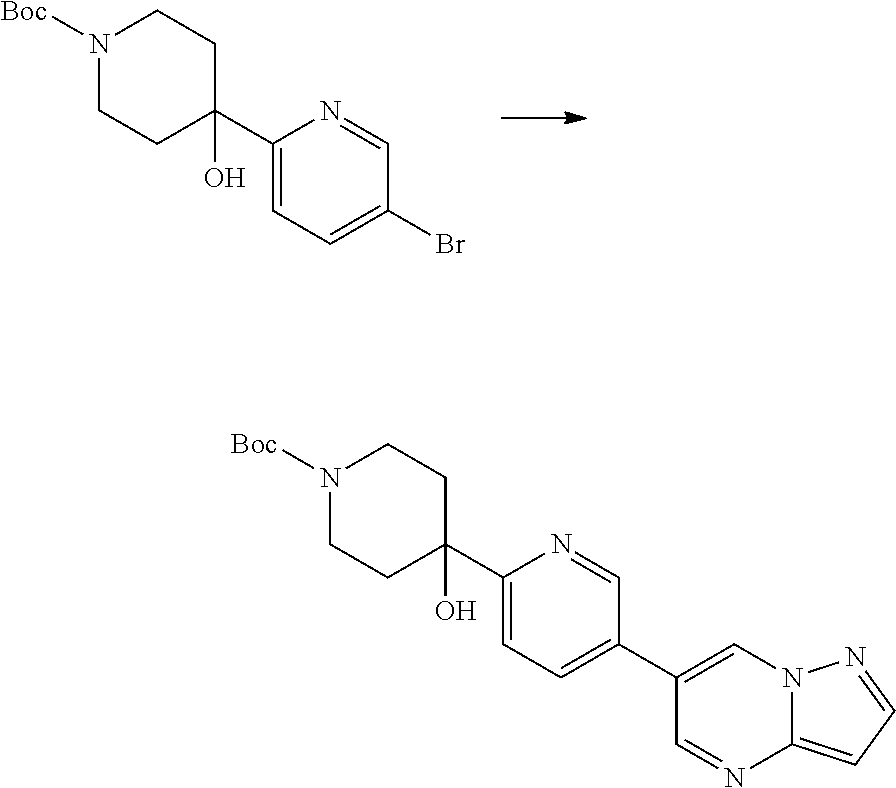
C00160

C00161

C00162

C00163
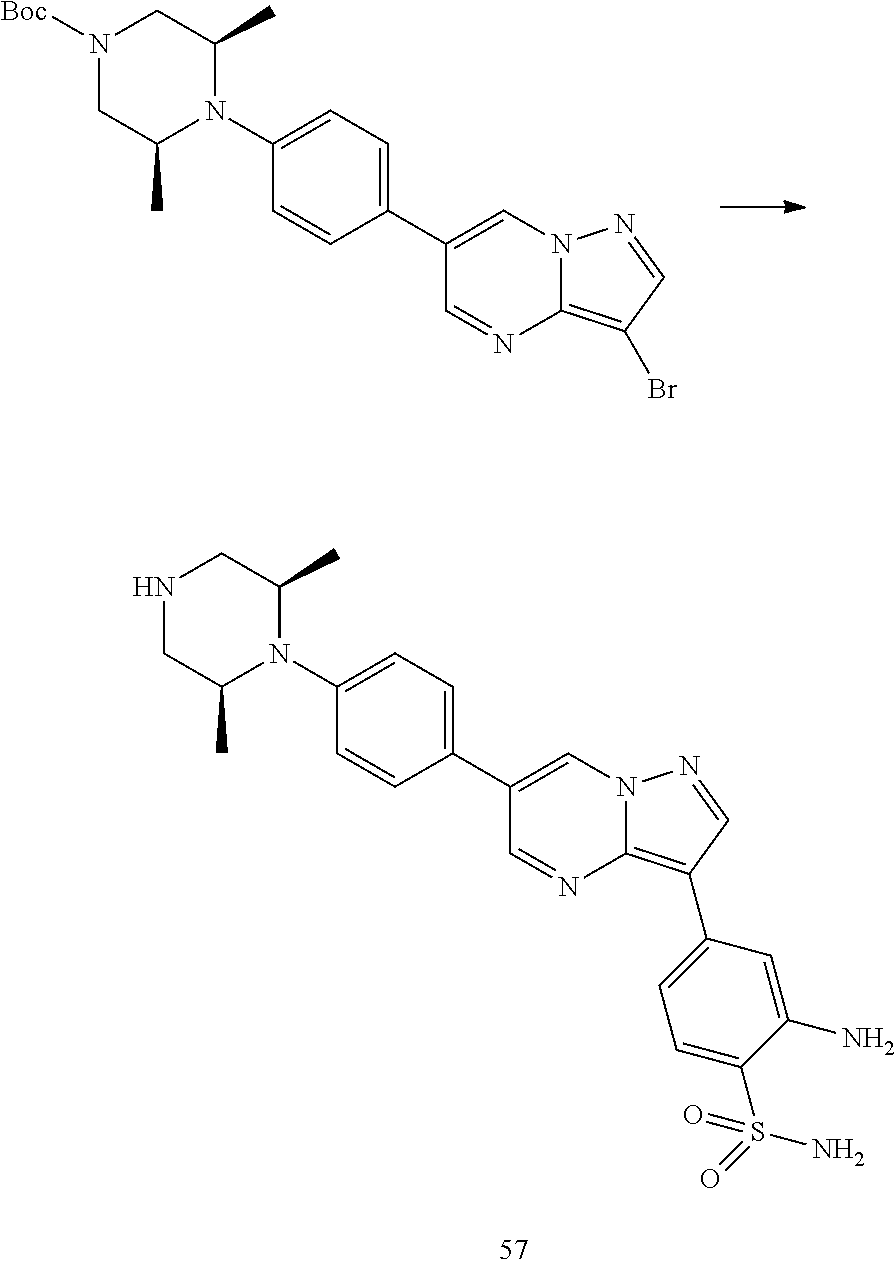
C00164

C00165

C00166
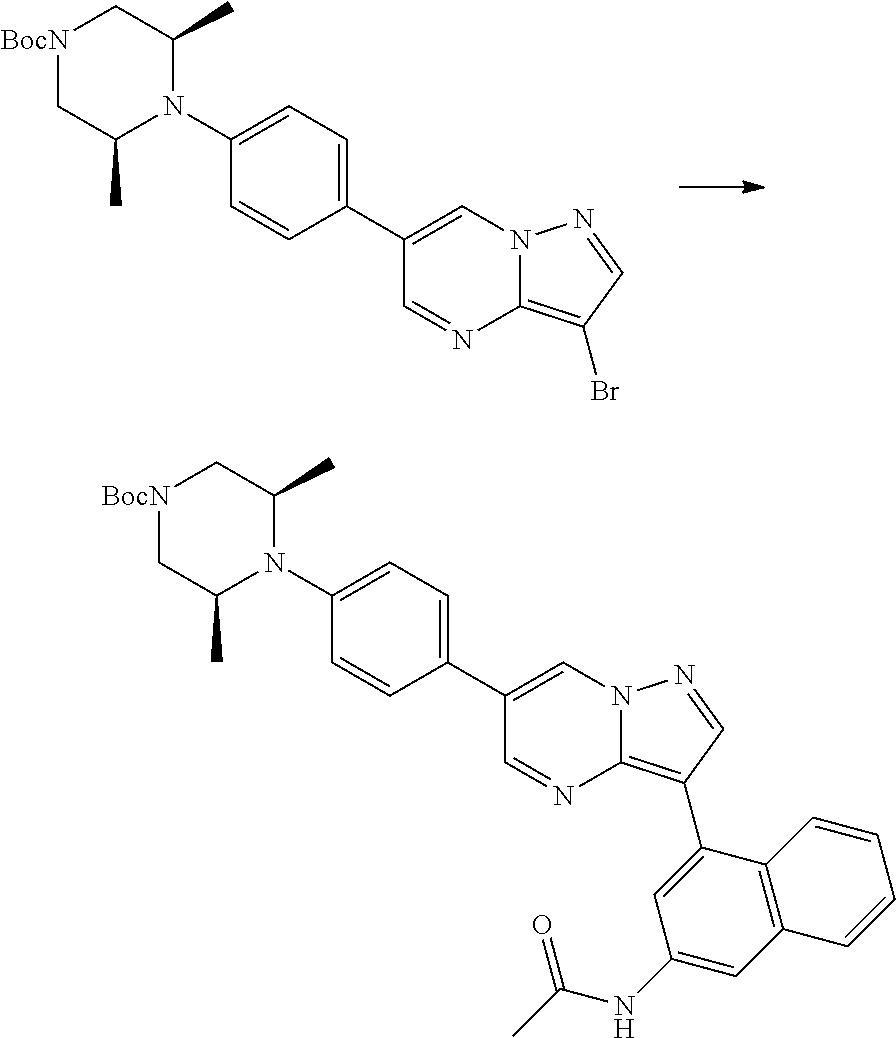
C00167

C00168
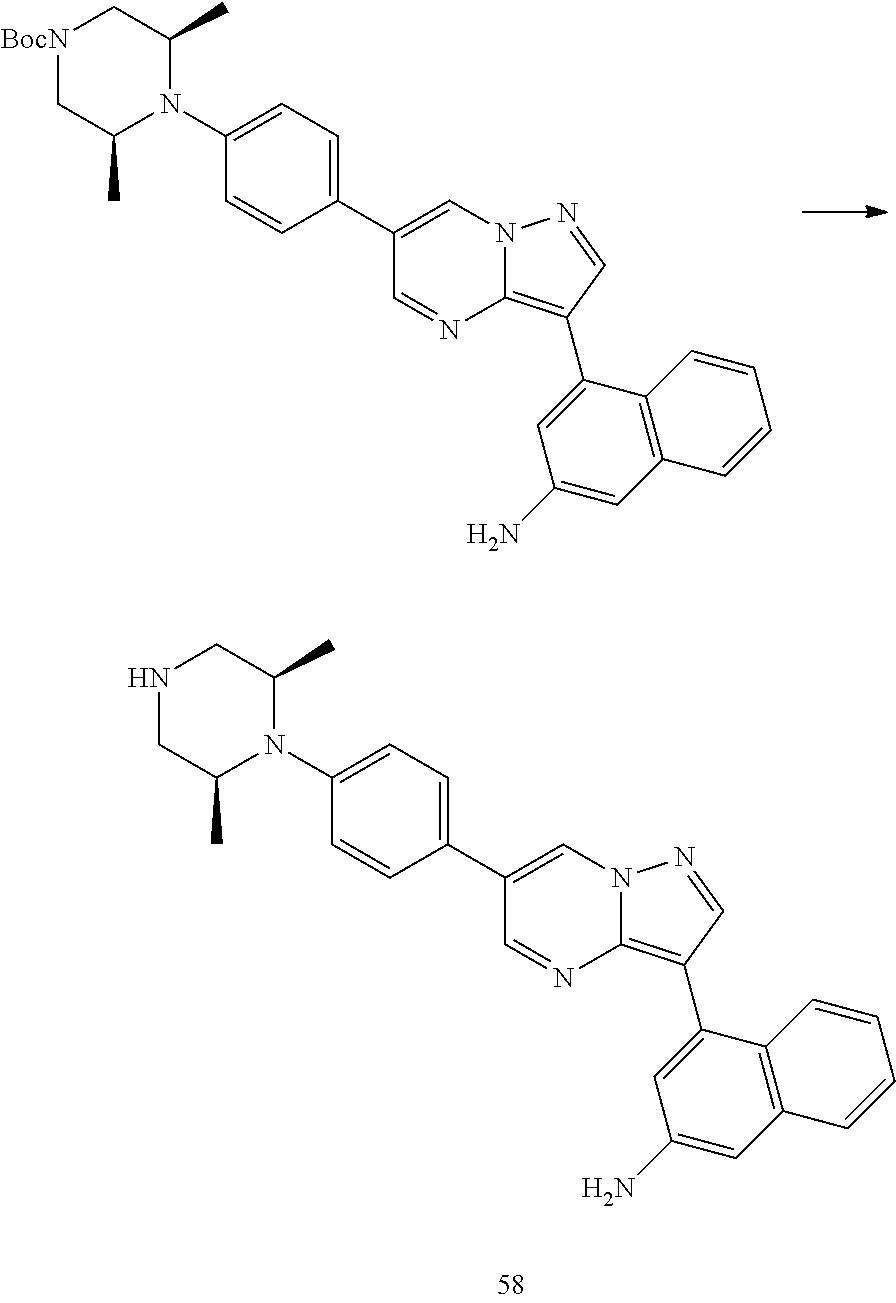
C00169

C00170

C00171

C00172

C00173

C00174
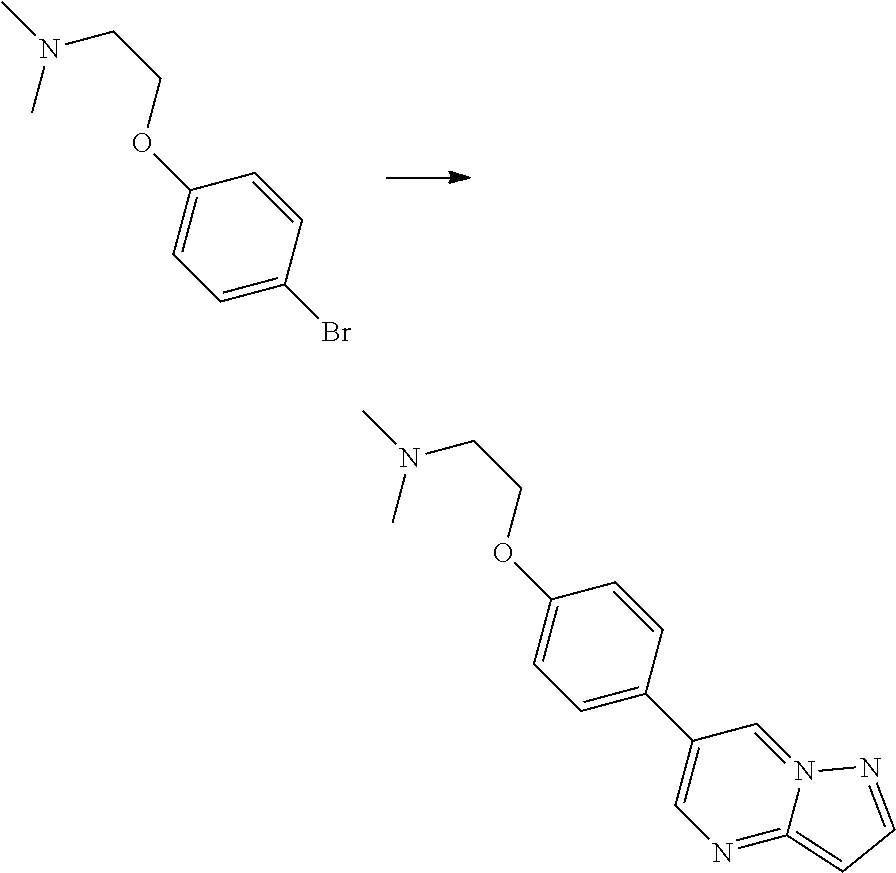
C00175

C00176

C00177

C00178
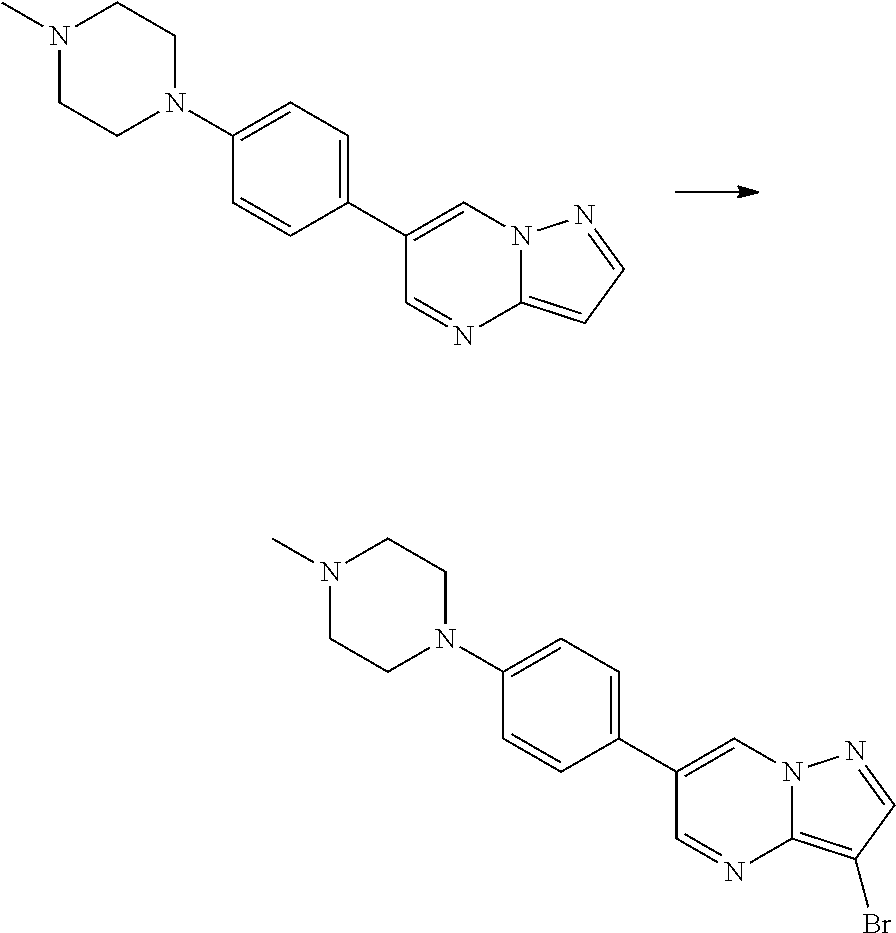
C00179

C00180

C00181

C00182

C00183
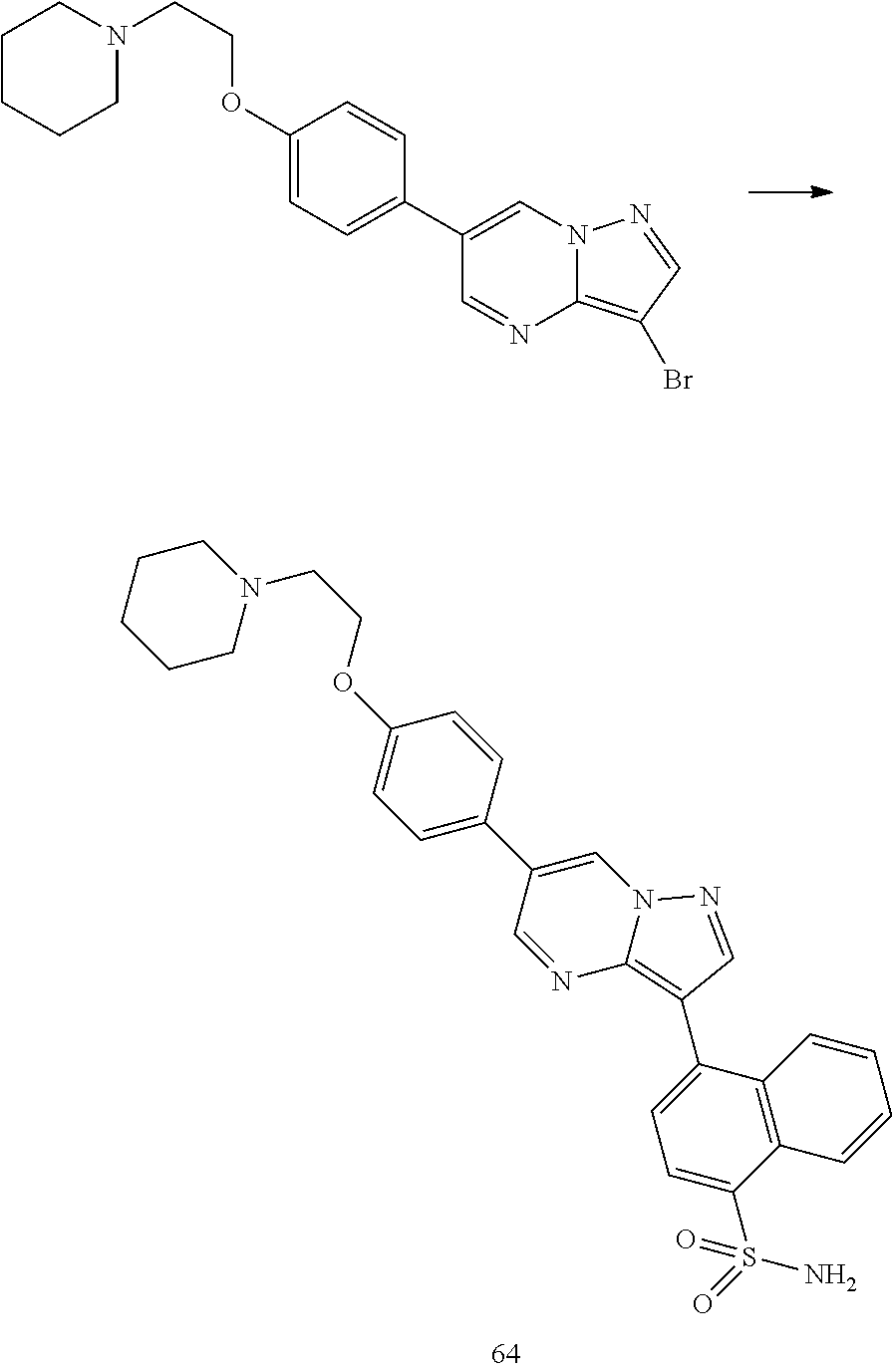
C00184
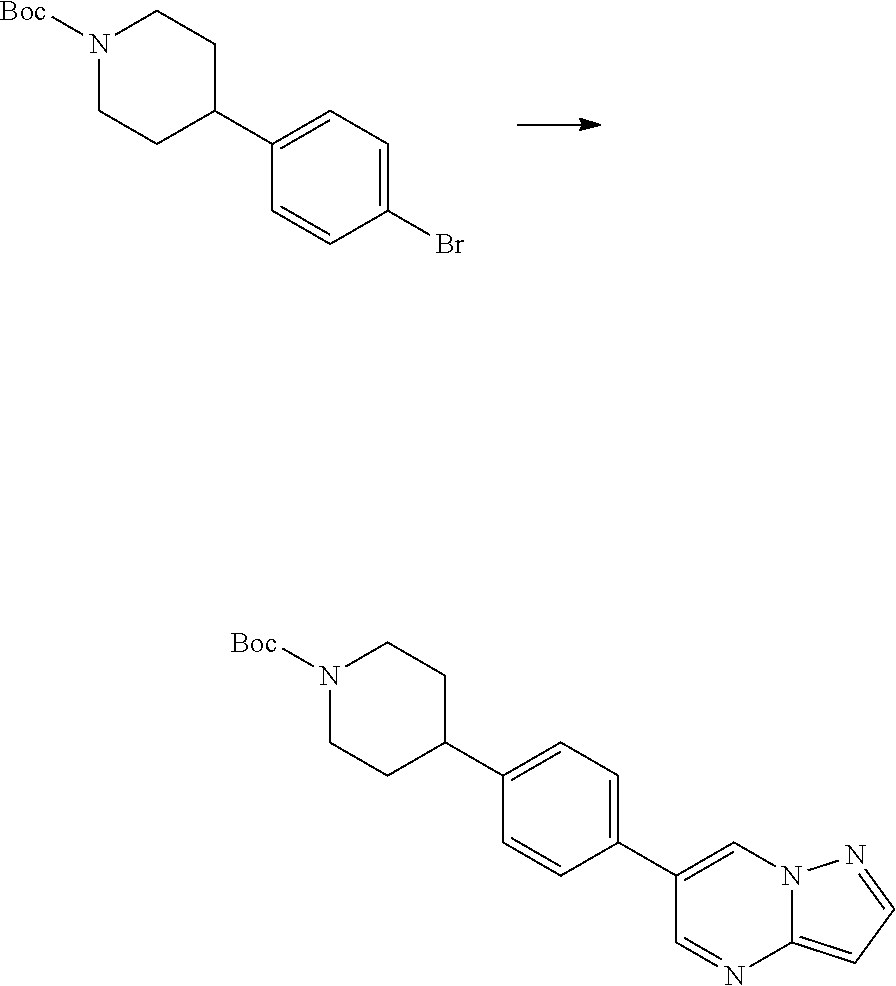
C00185

C00186

C00187
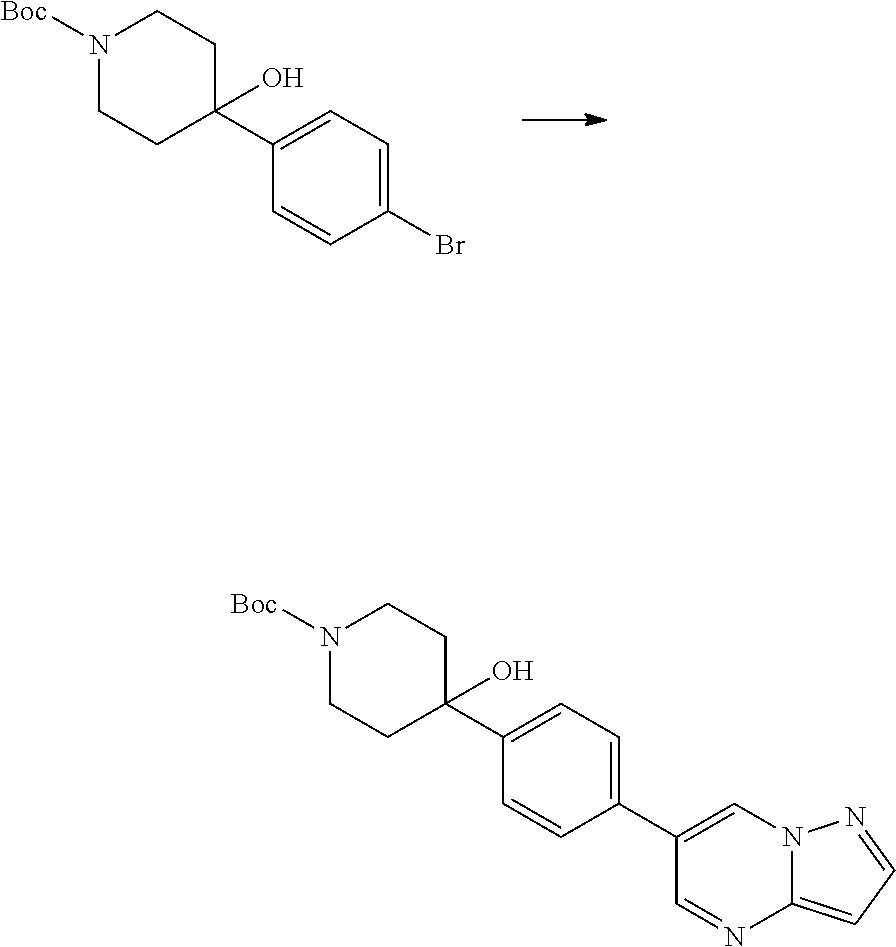
C00188
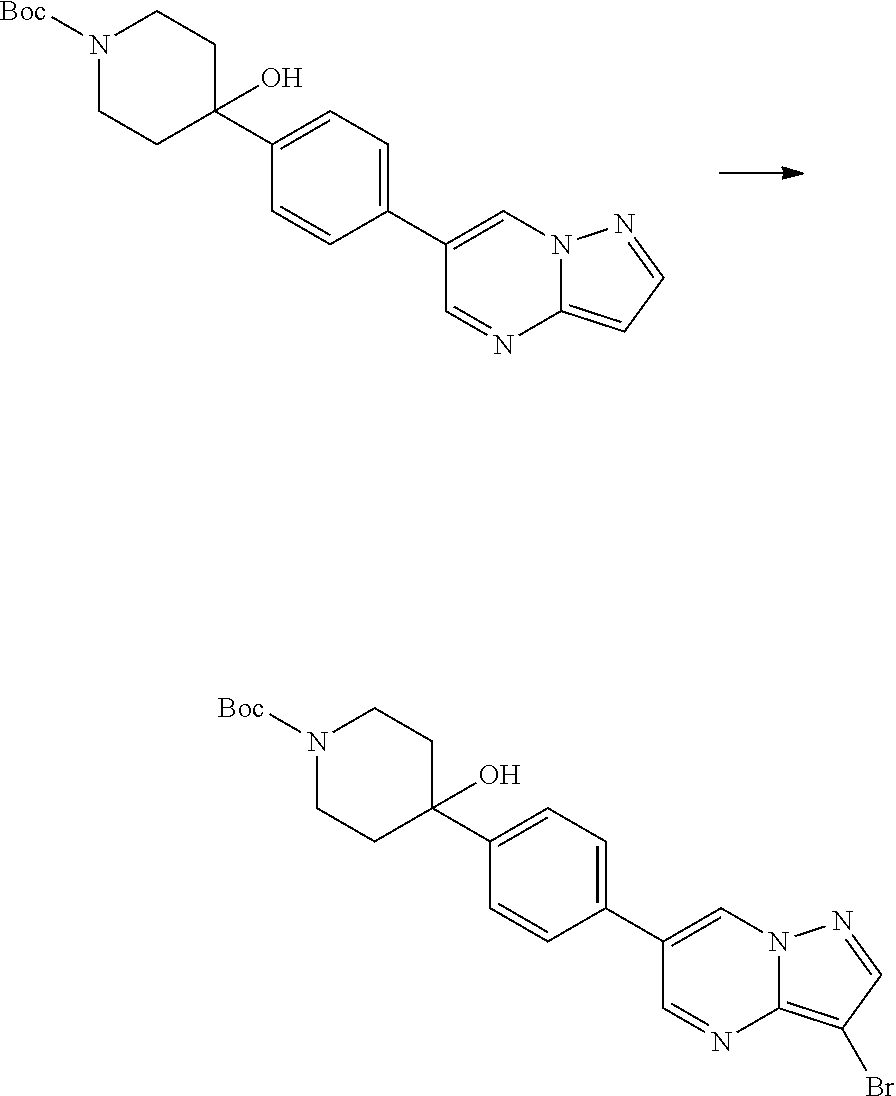
C00189
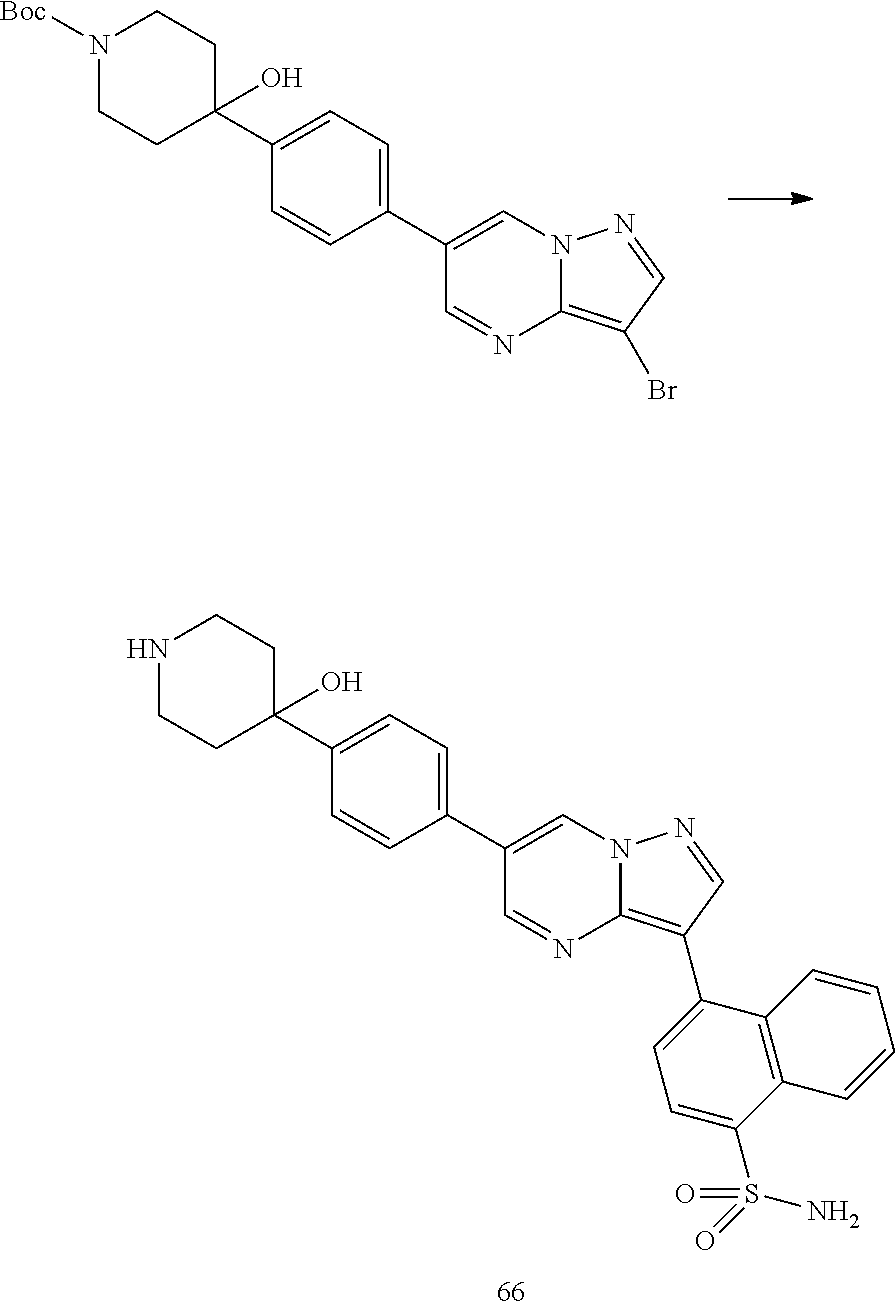
C00190
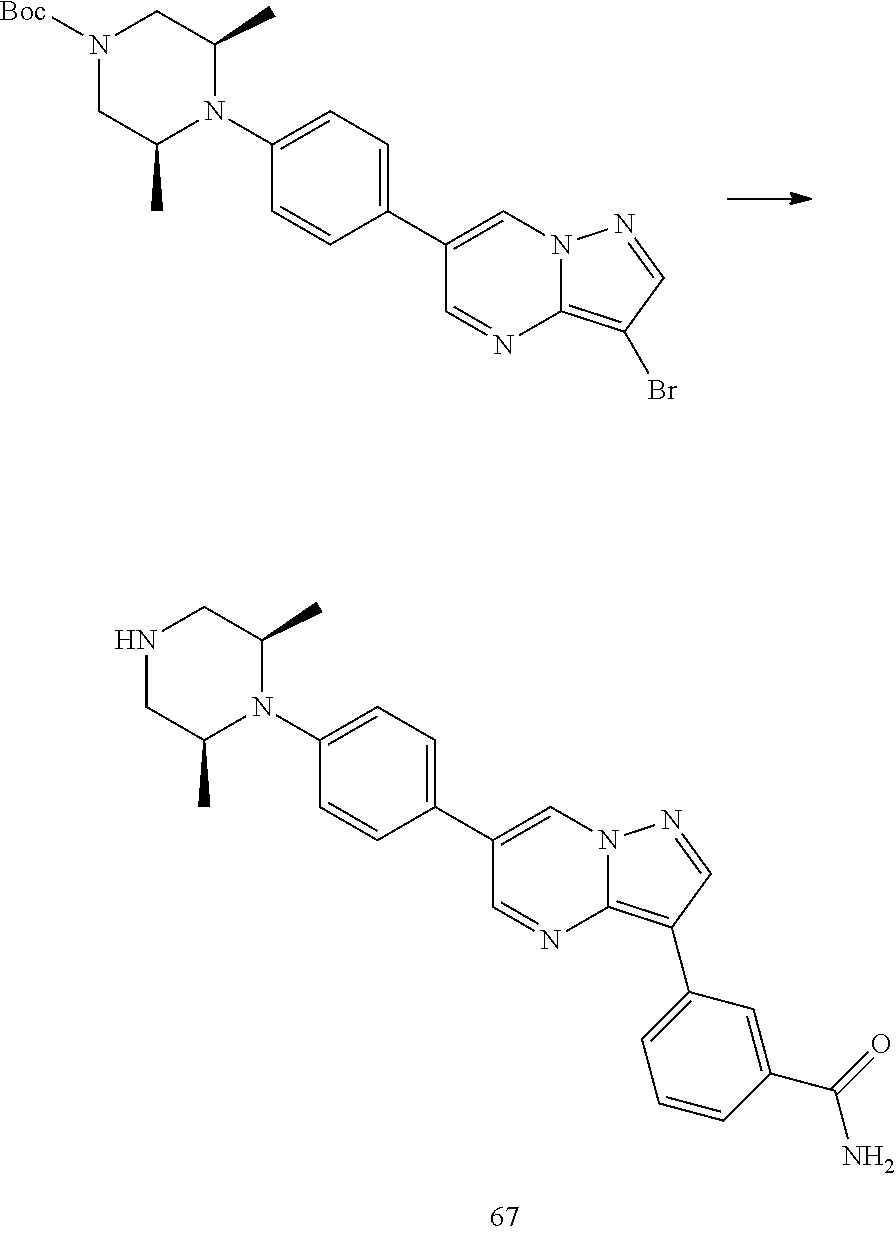
C00191
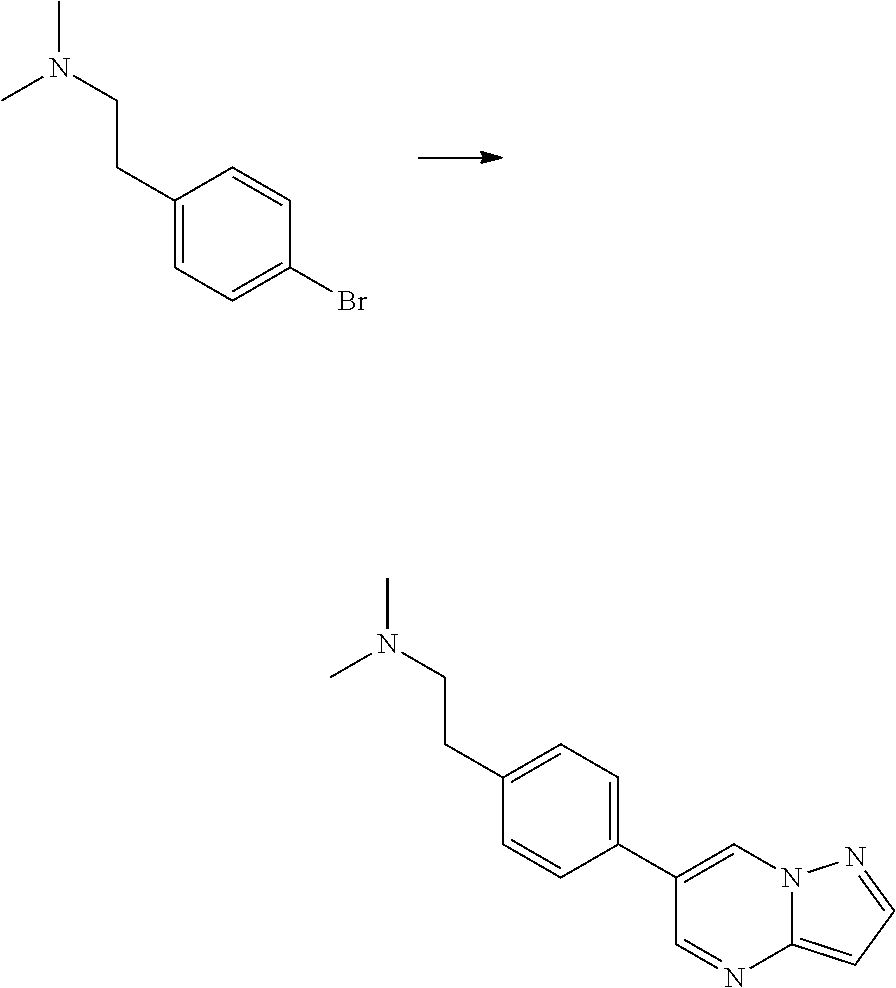
C00192

C00193

C00194
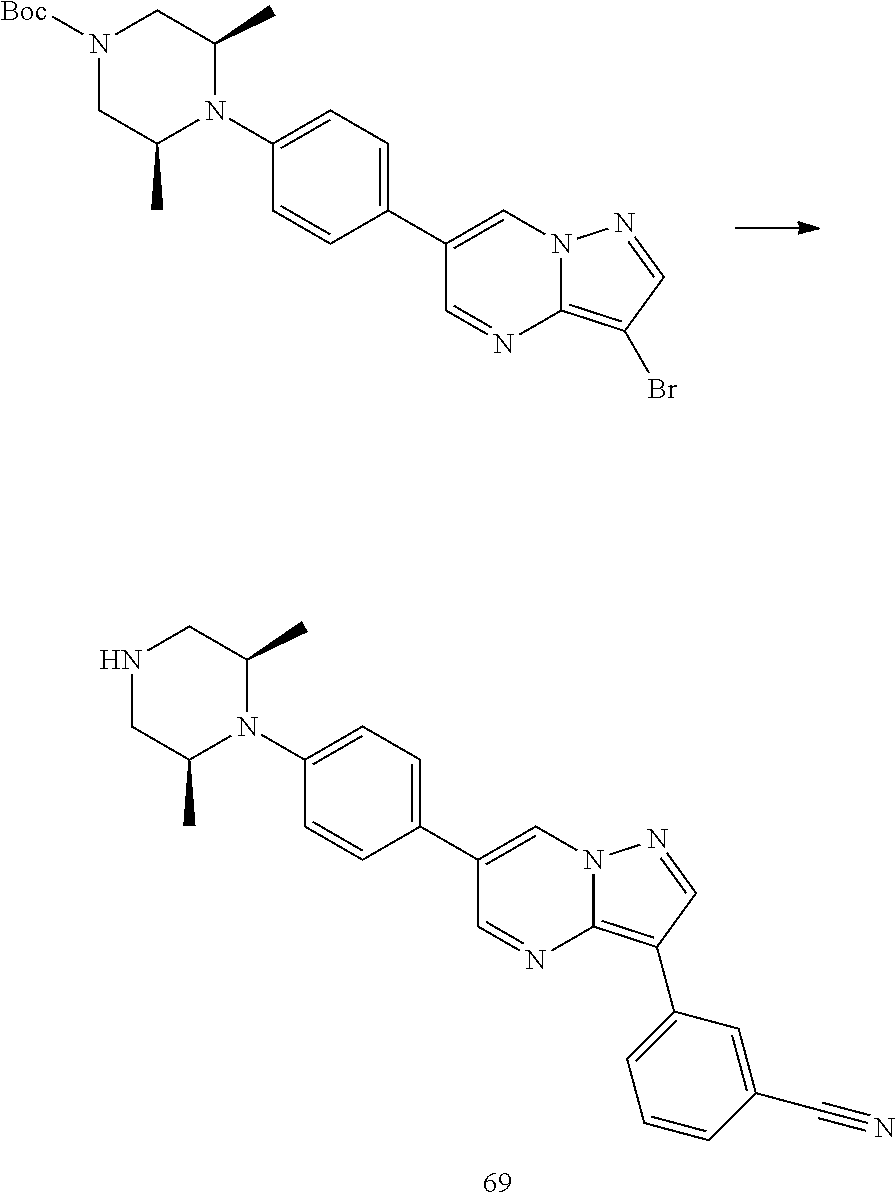
C00195

C00196
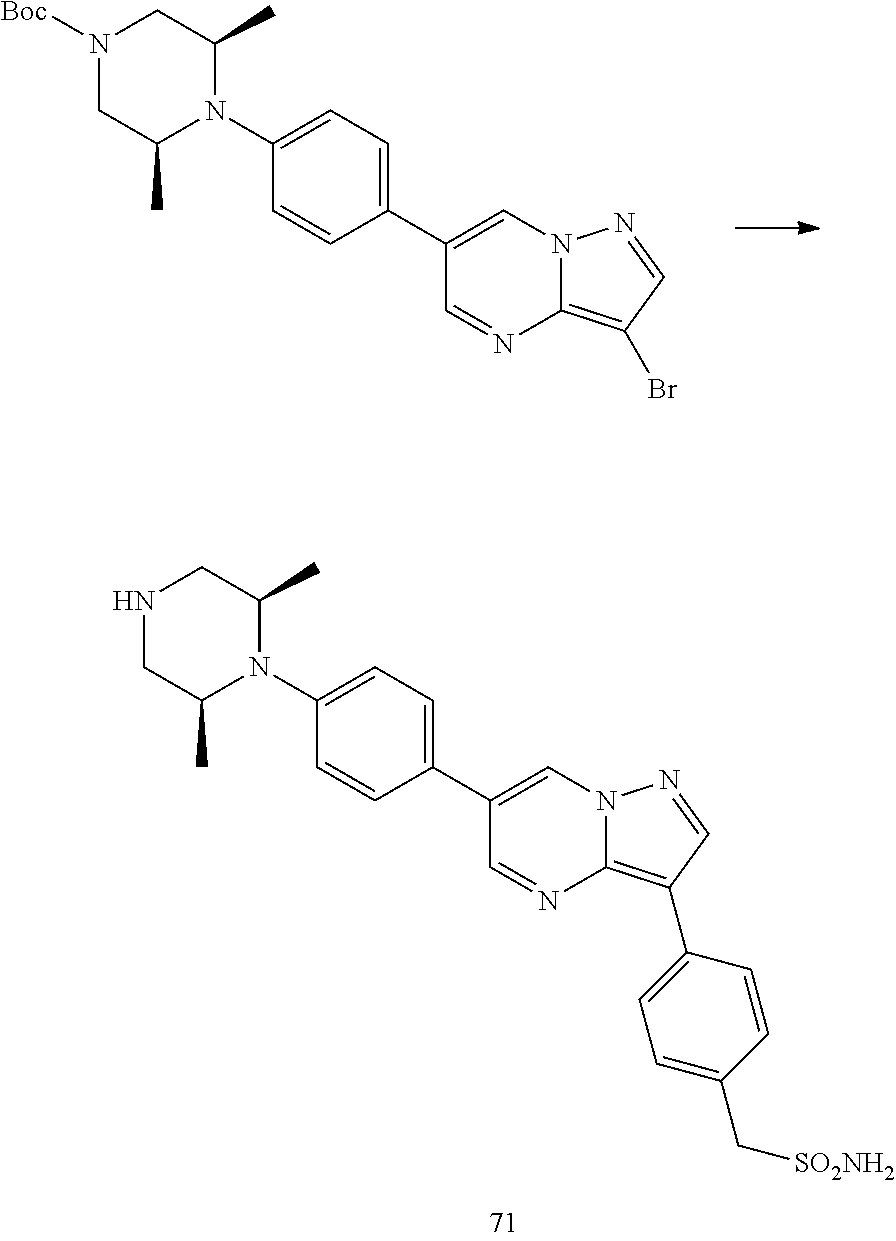
C00197
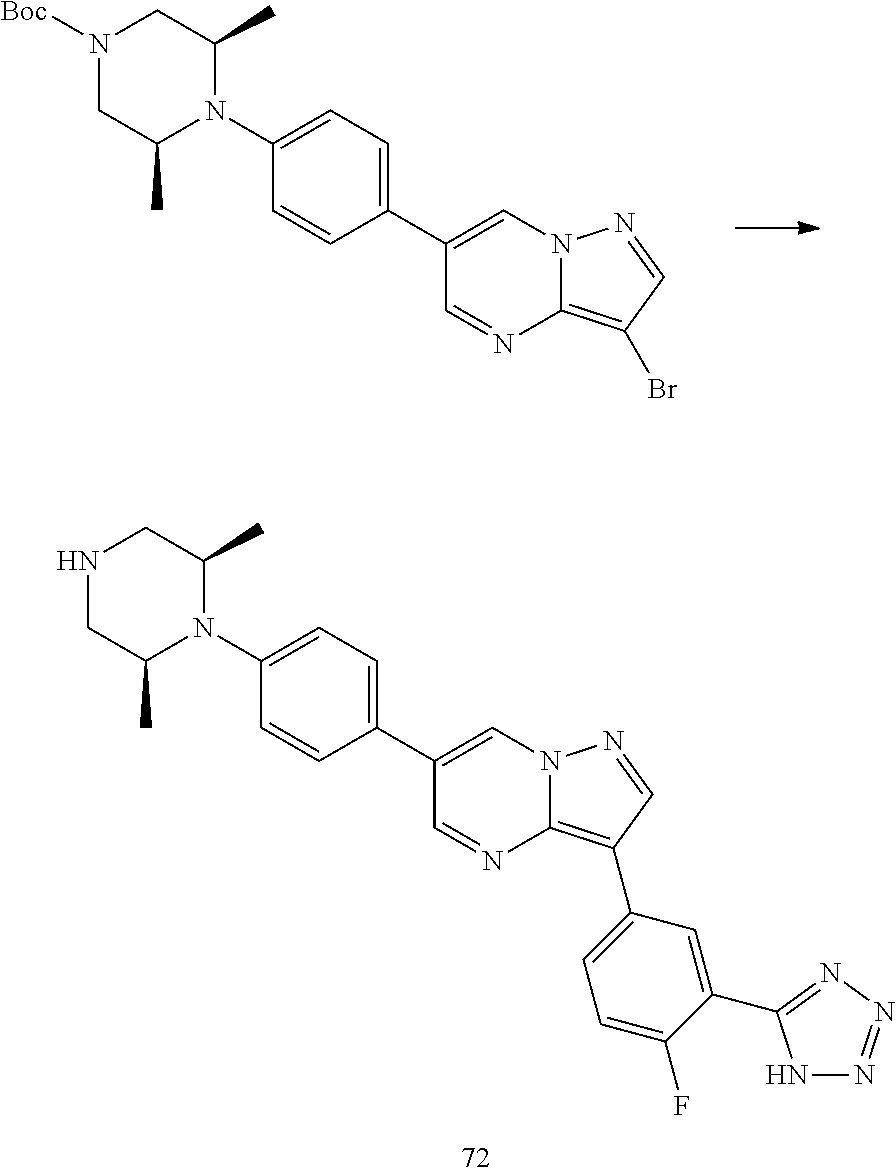
C00198

C00199

C00200
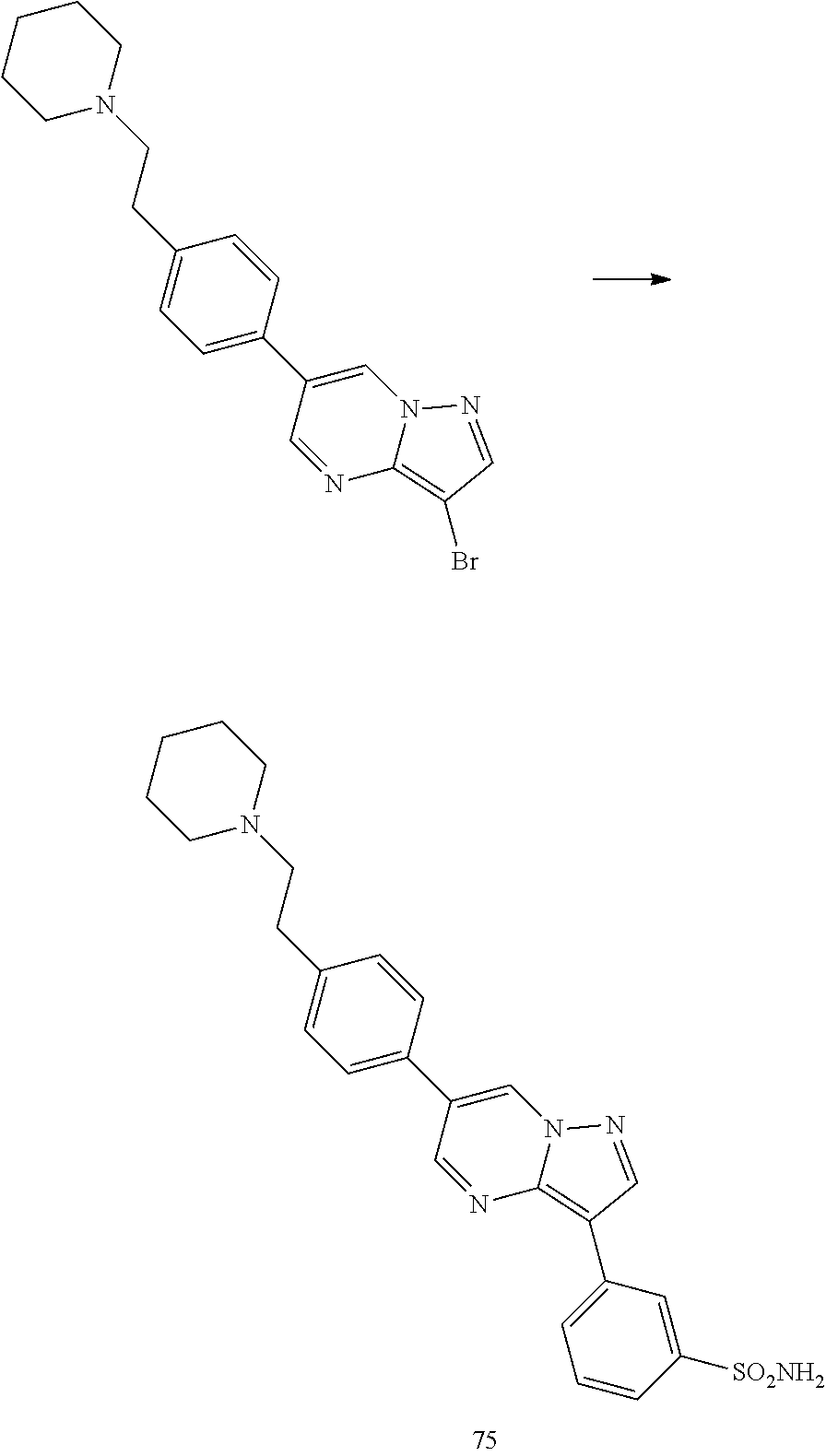
C00201

C00202

C00203

C00204
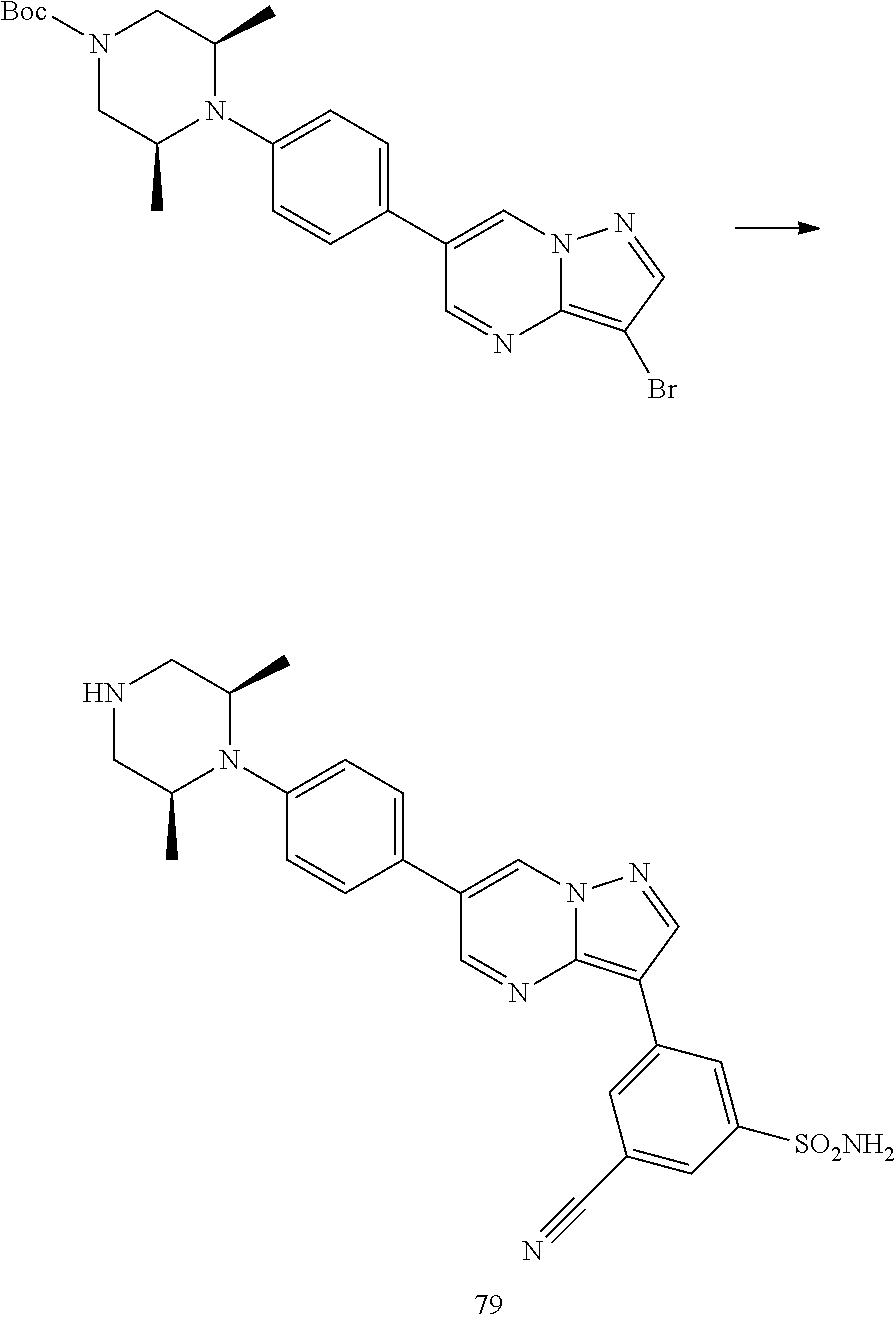
C00205
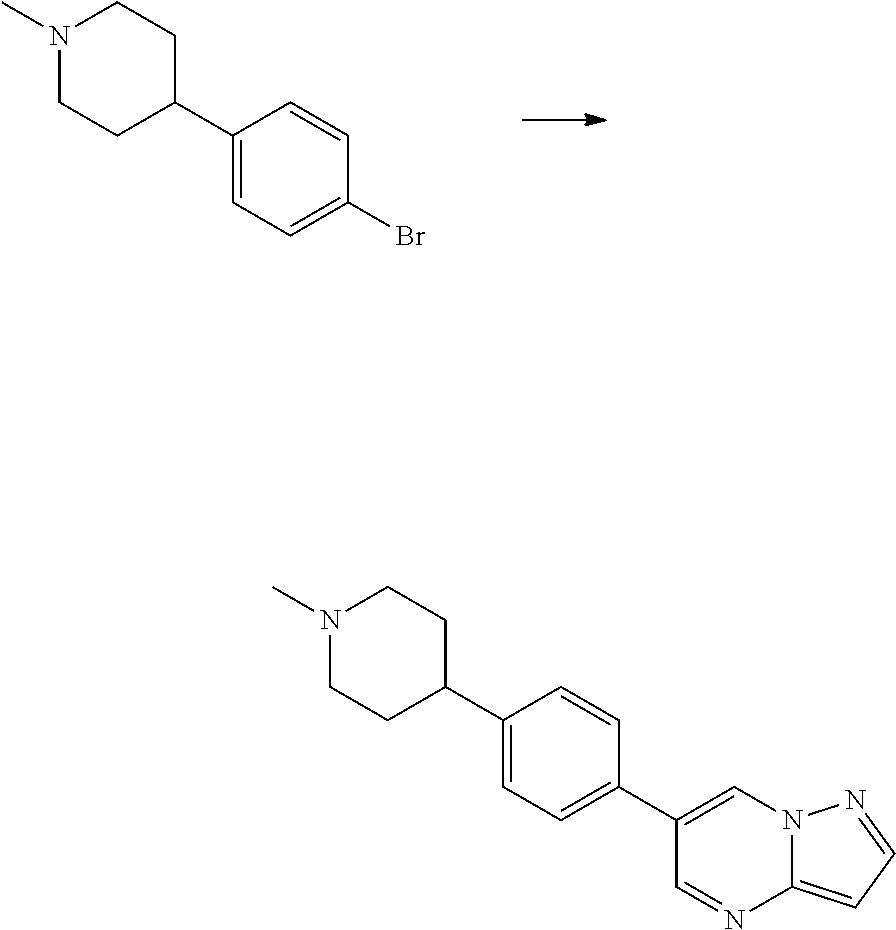
C00206

C00207

C00208

C00209
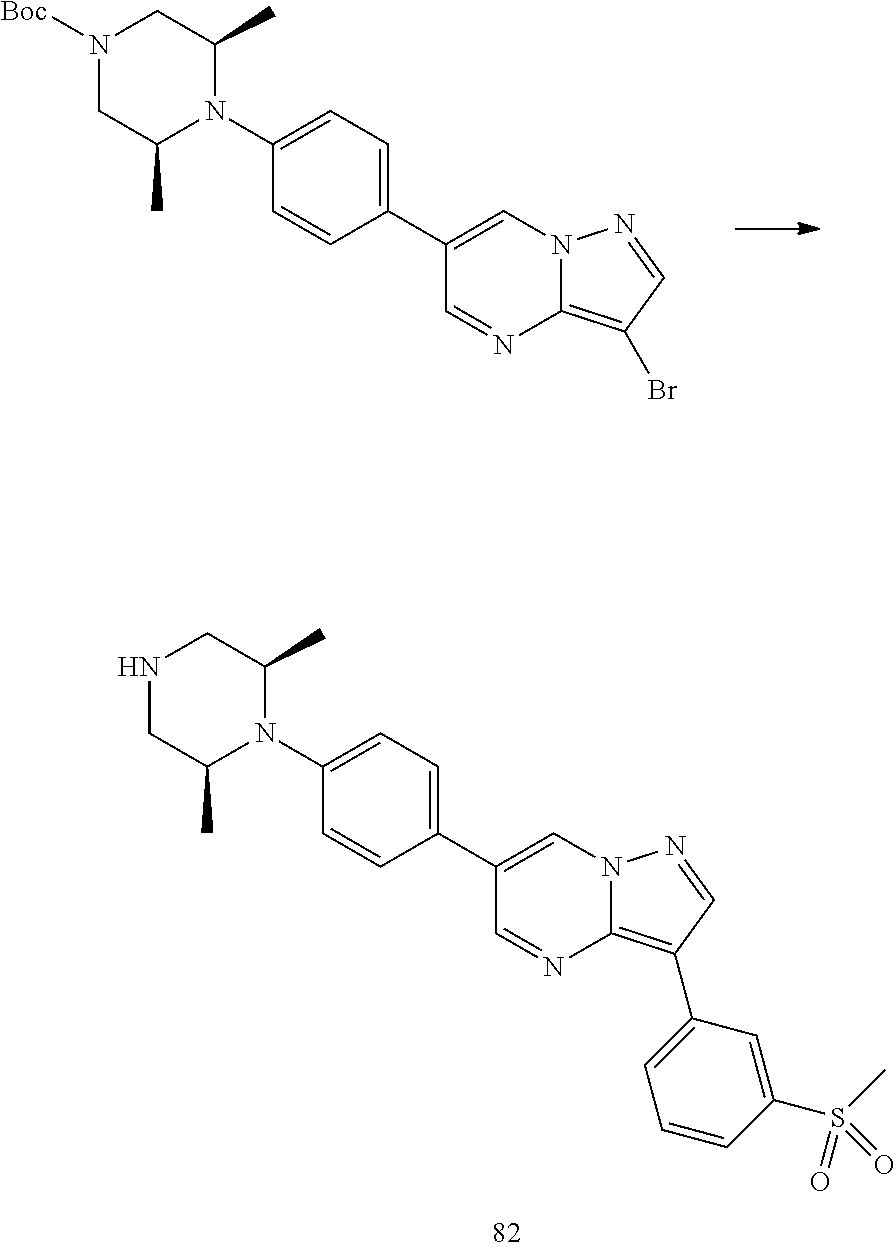
C00210

C00211

C00212
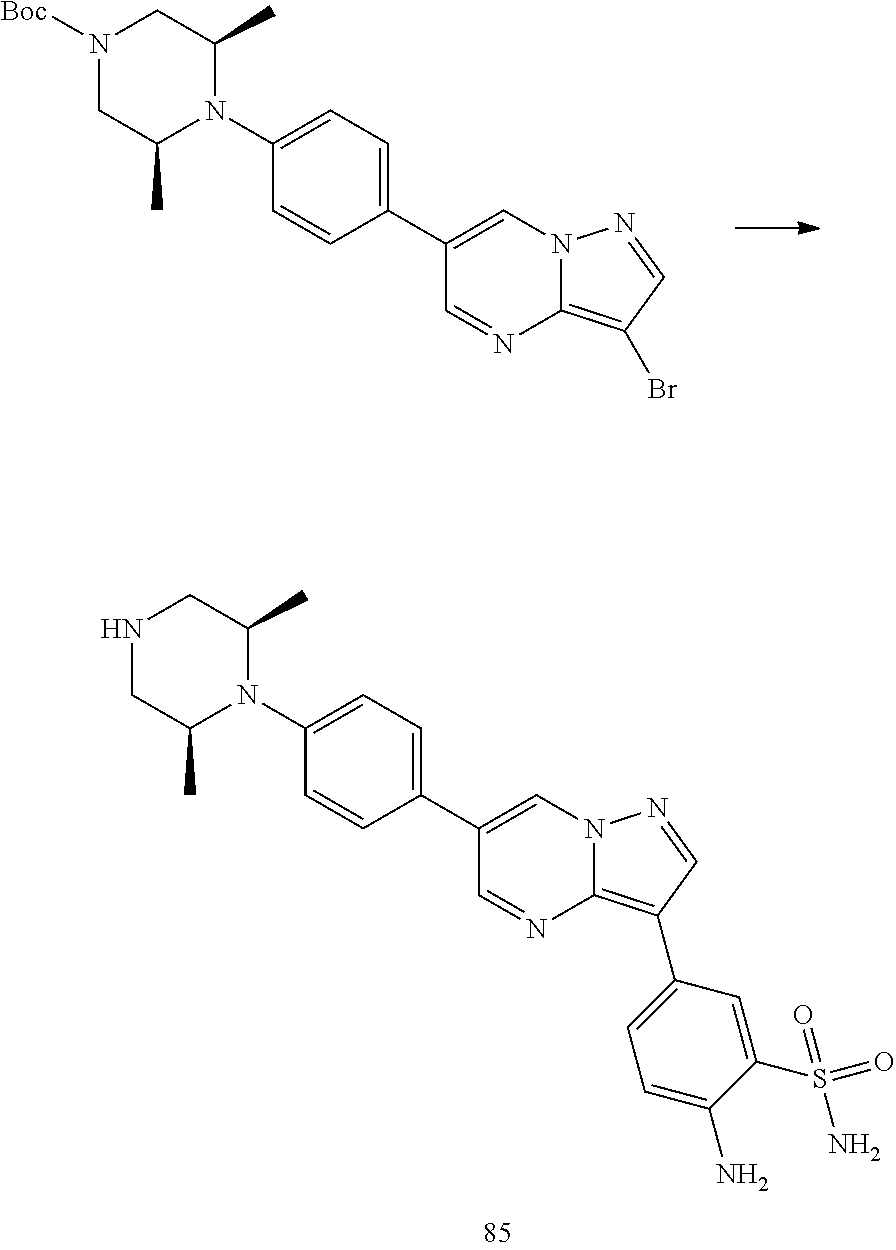
C00213
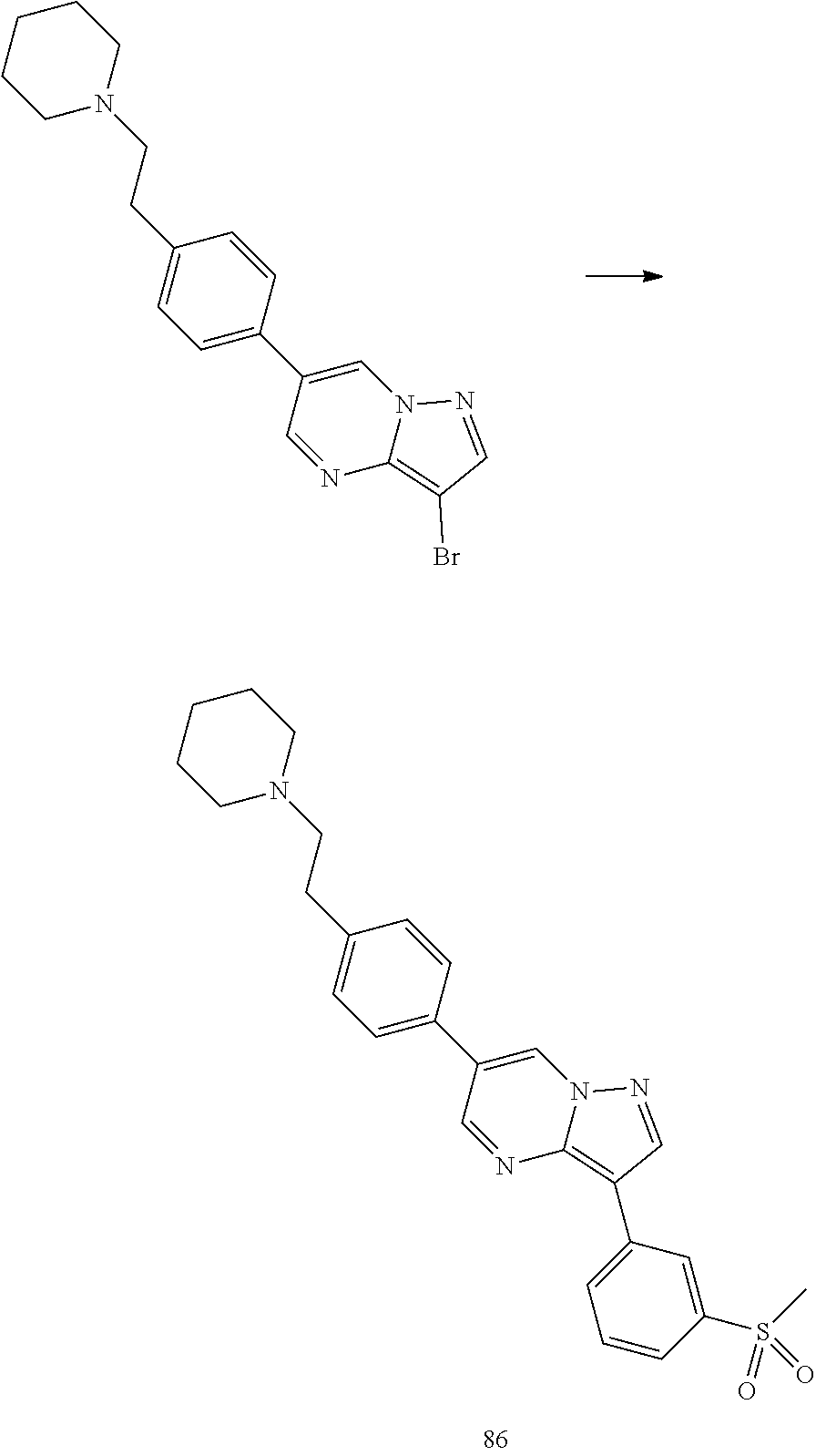
C00214
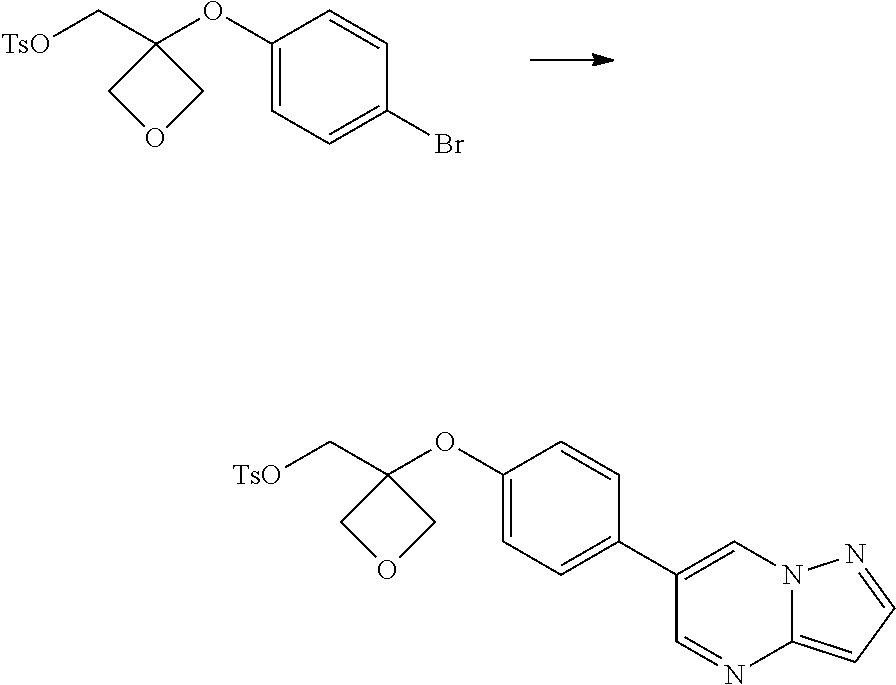
C00215

C00216

C00217

C00218

C00219

C00220

C00221

C00222

C00223

C00224

C00225

C00226
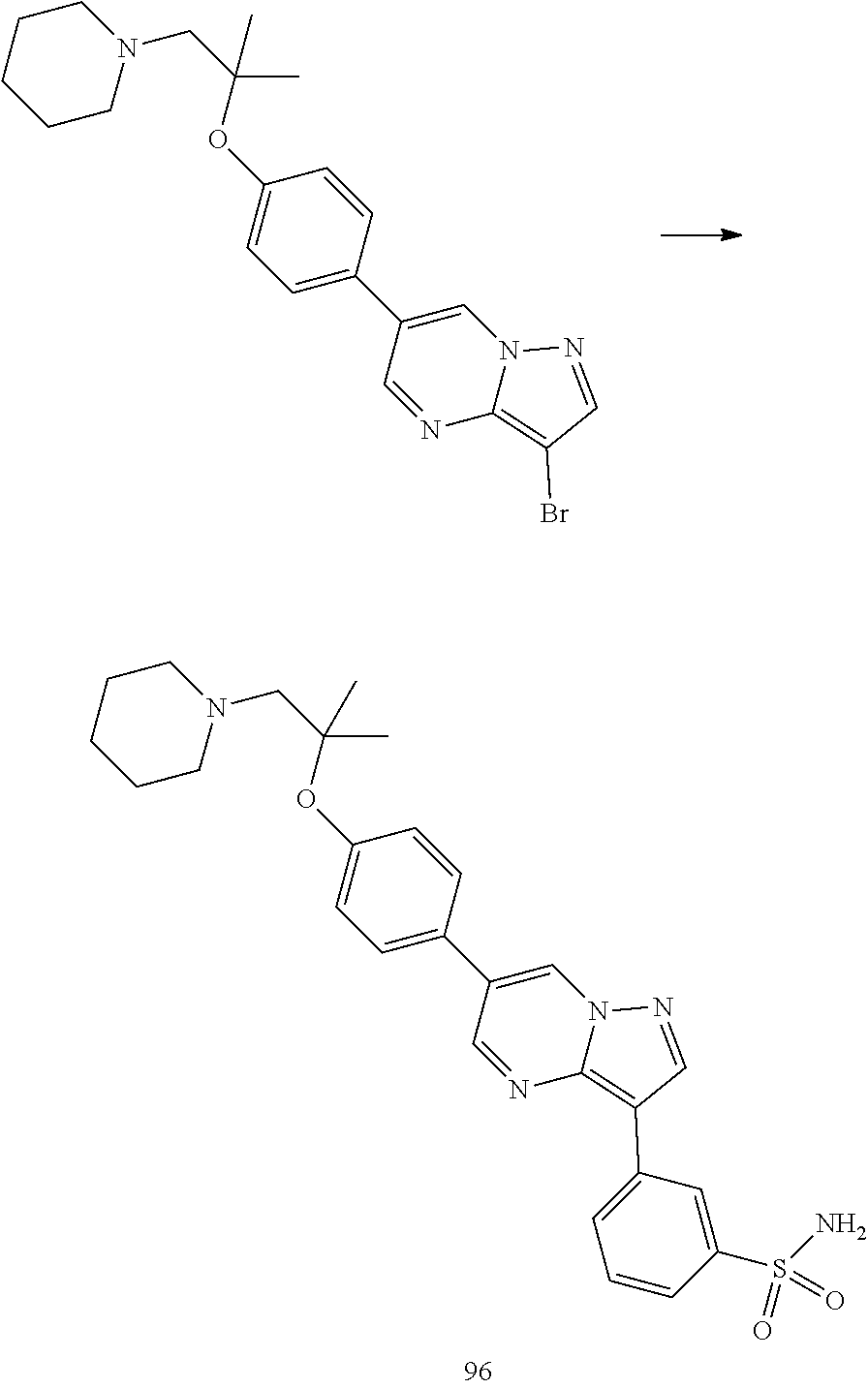
C00227

C00228

C00229
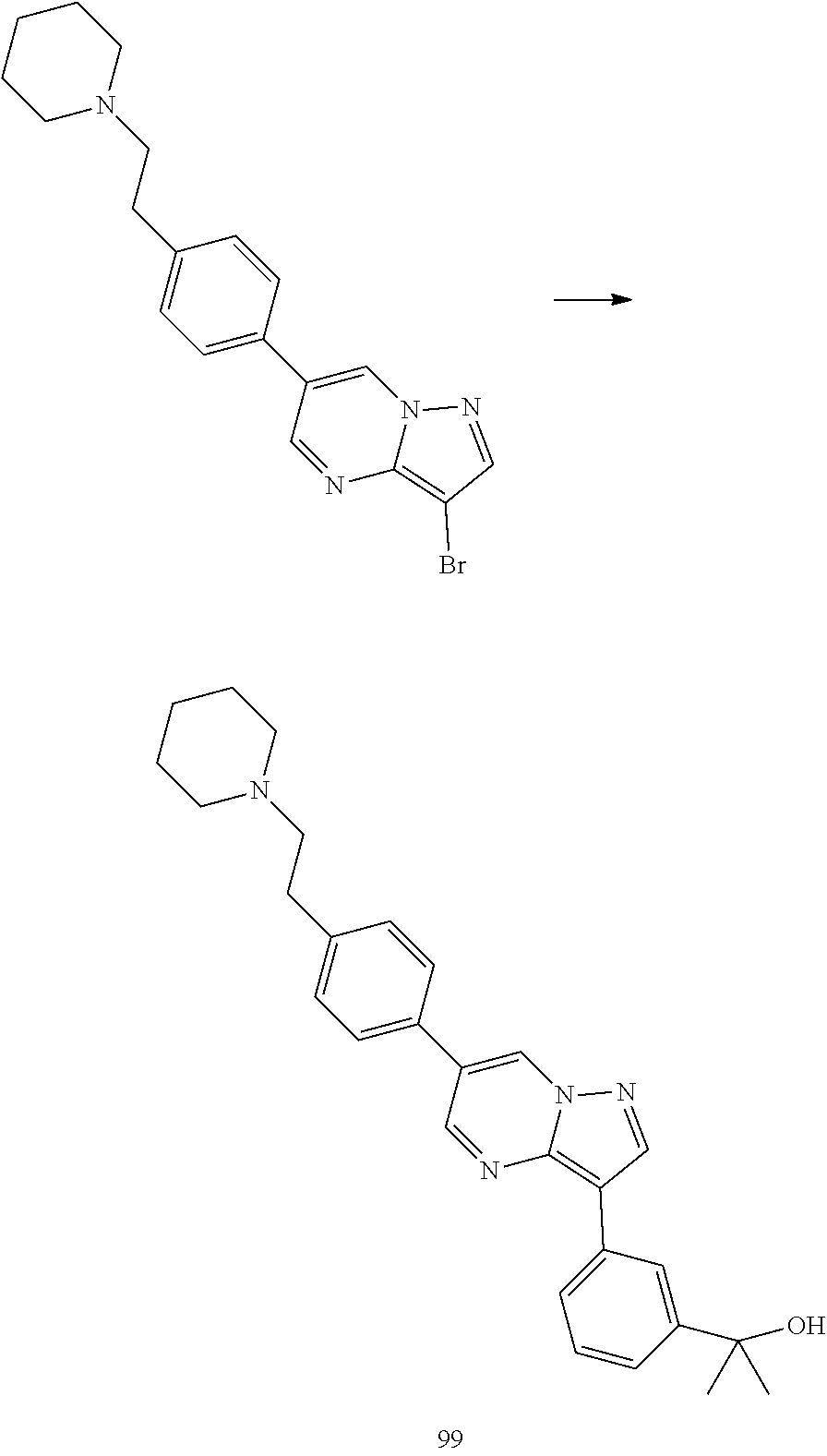
C00230

C00231

C00232

C00233

C00234

C00235
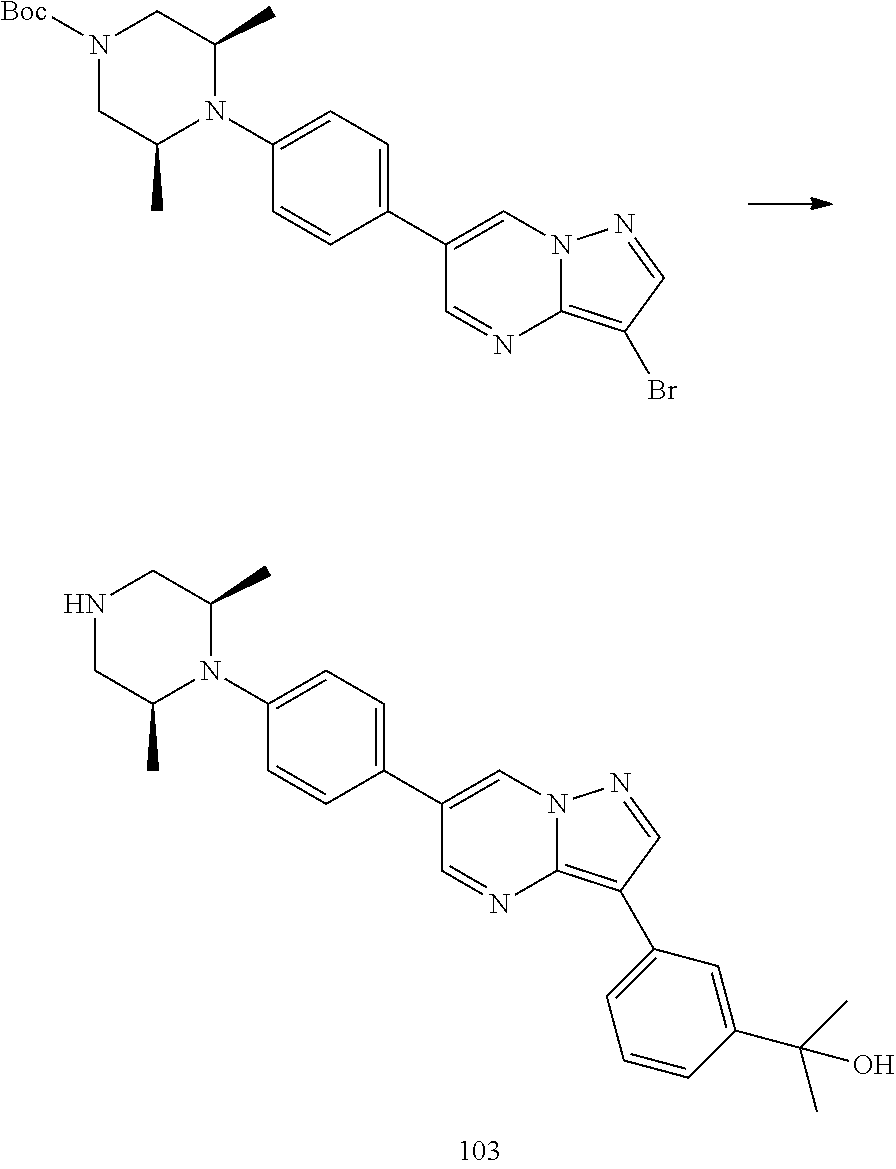
C00236

C00237

C00238

C00239

C00240

C00241

C00242

C00243

C00244

C00245
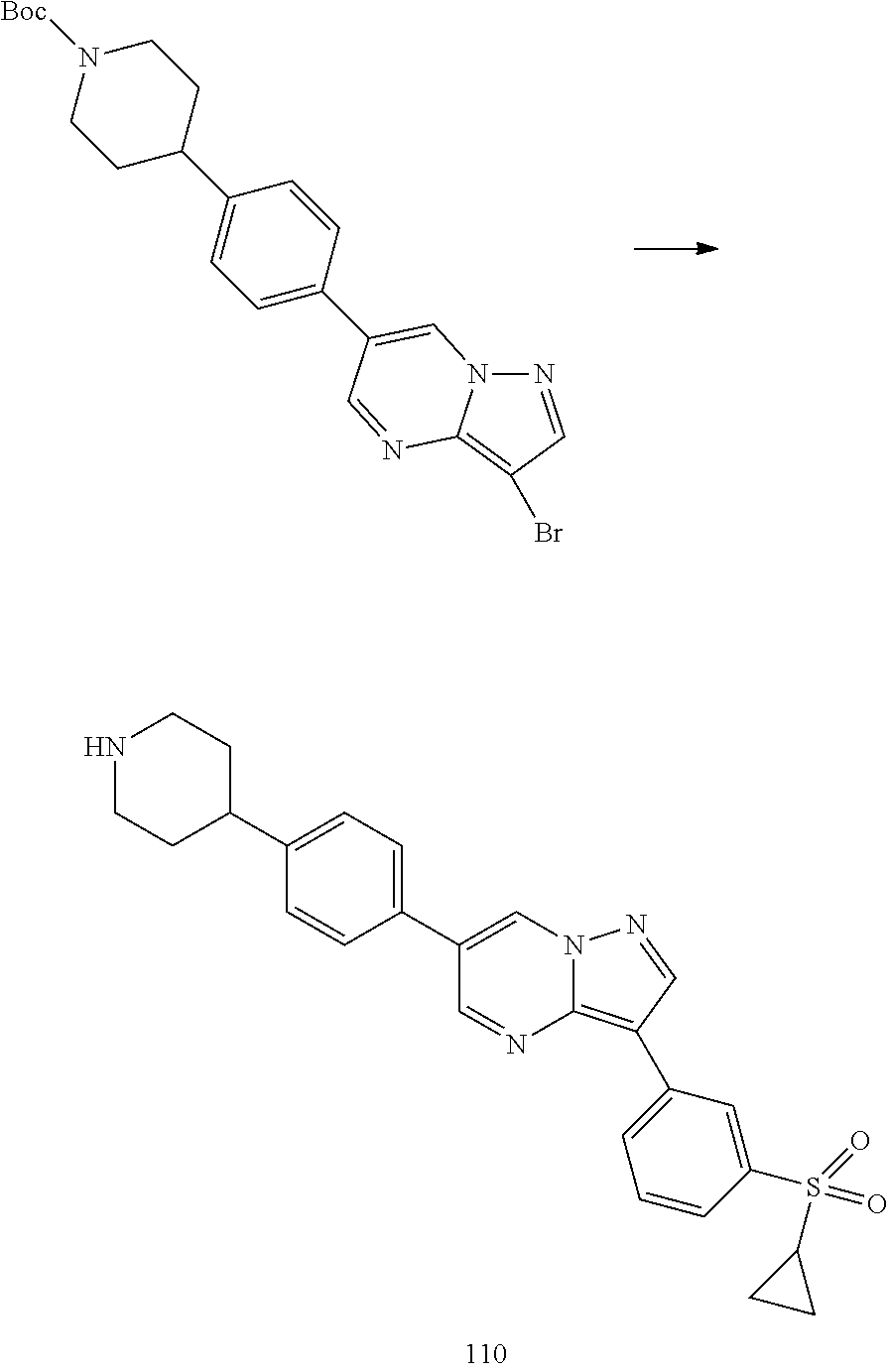
C00246

C00247

C00248

C00249

C00250

C00251

C00252

C00253

C00254

C00255

C00256

C00257
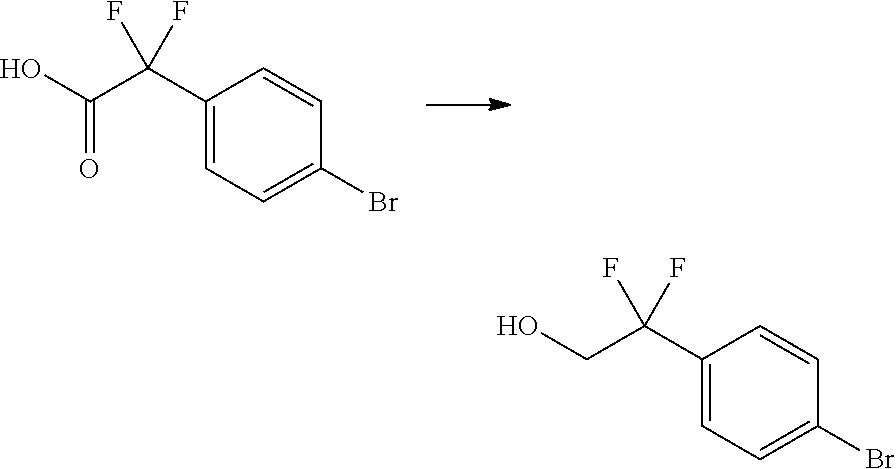
C00258

C00259

C00260

C00261
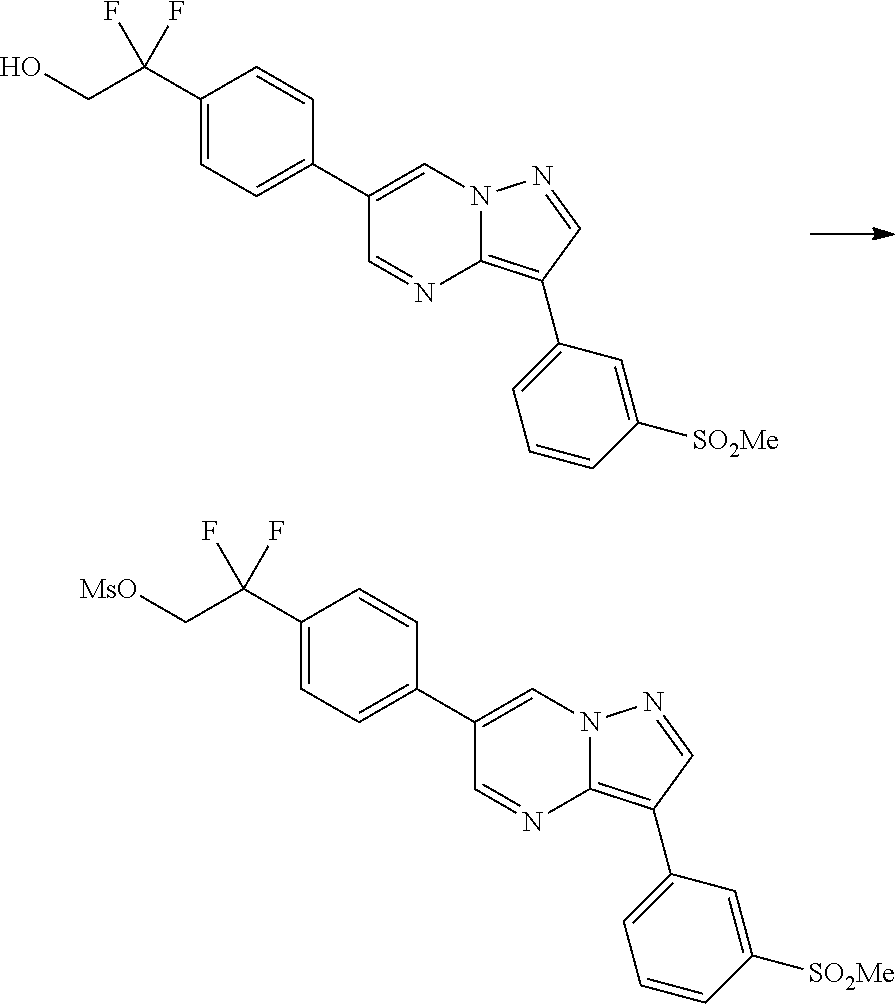
C00262
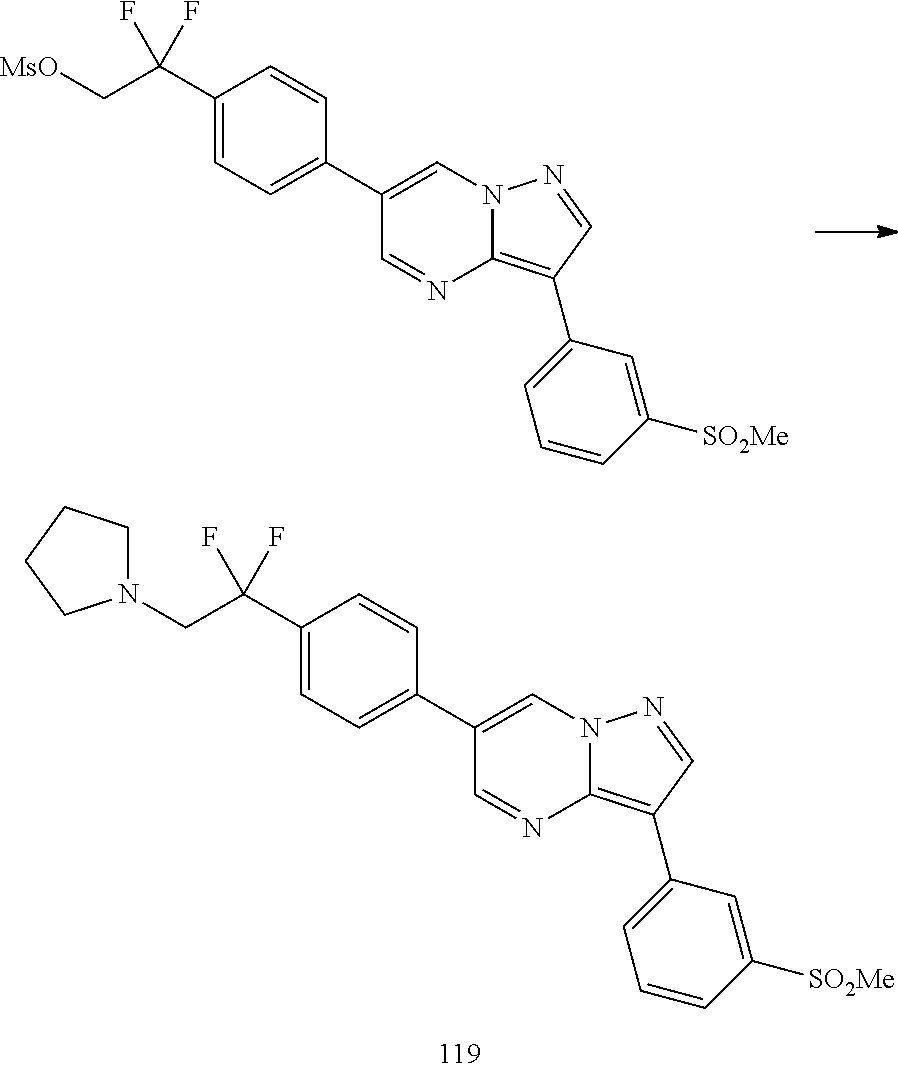
C00263
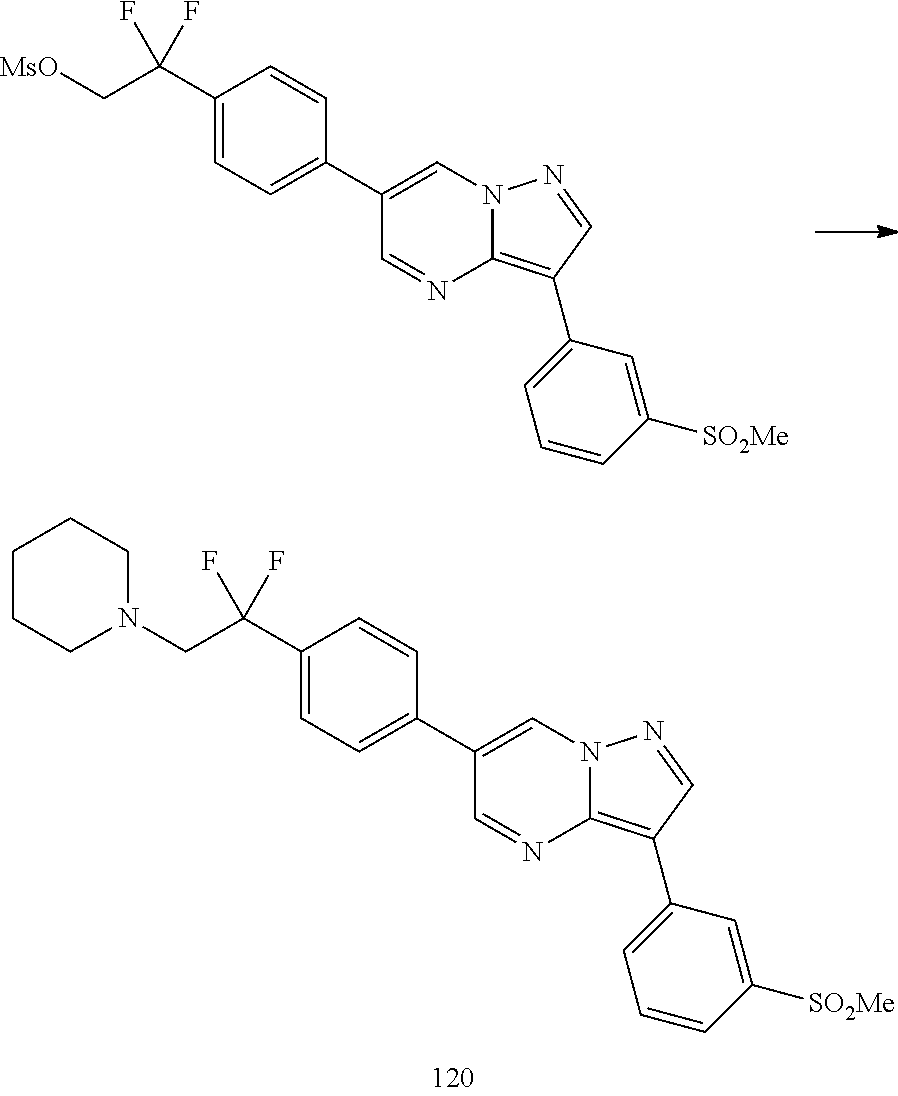
C00264
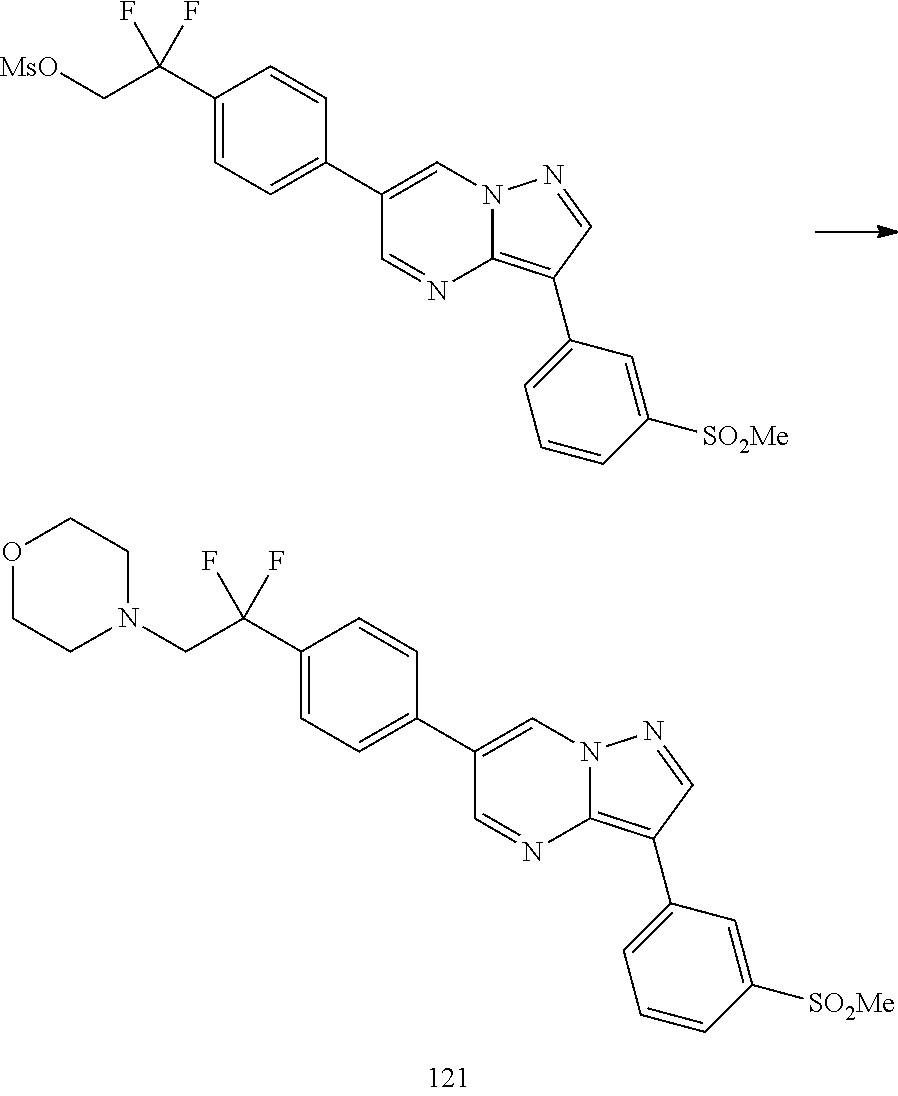
C00265
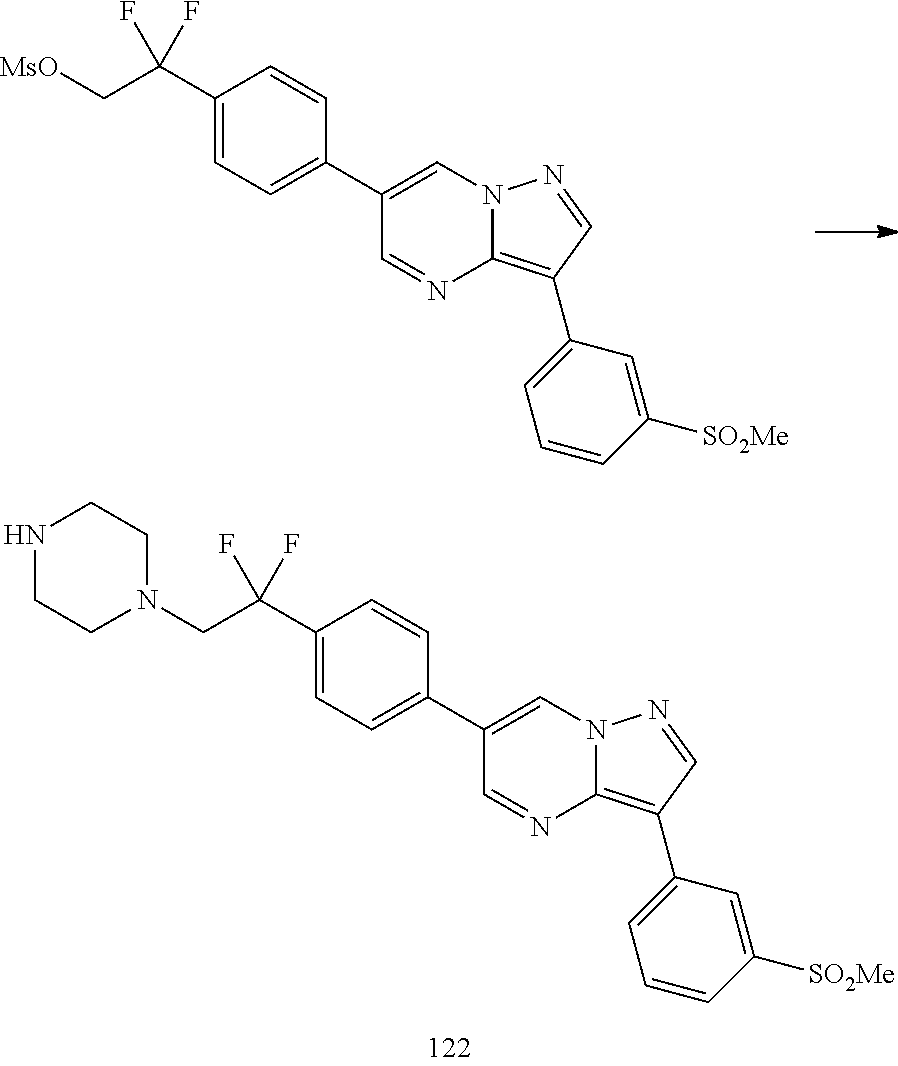
C00266

C00267

C00268
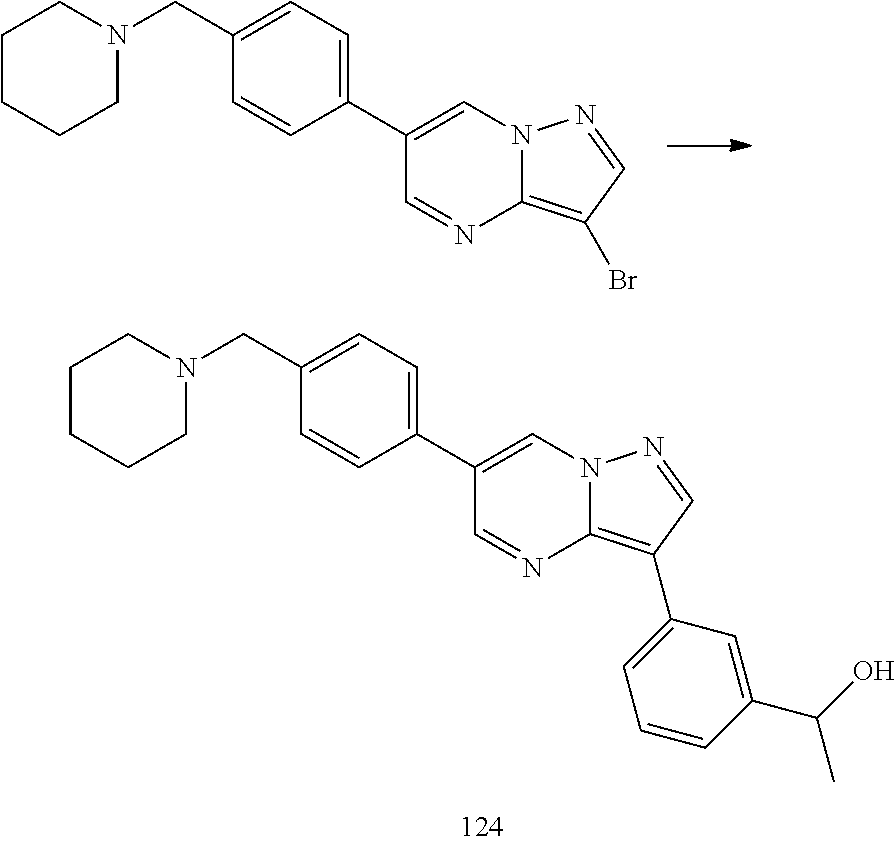
C00269

C00270

C00271
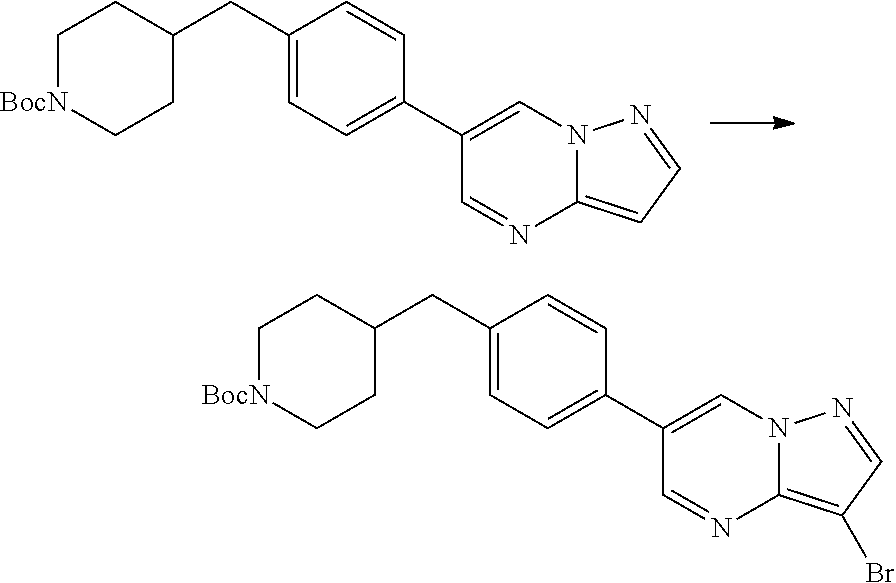
C00272

C00273
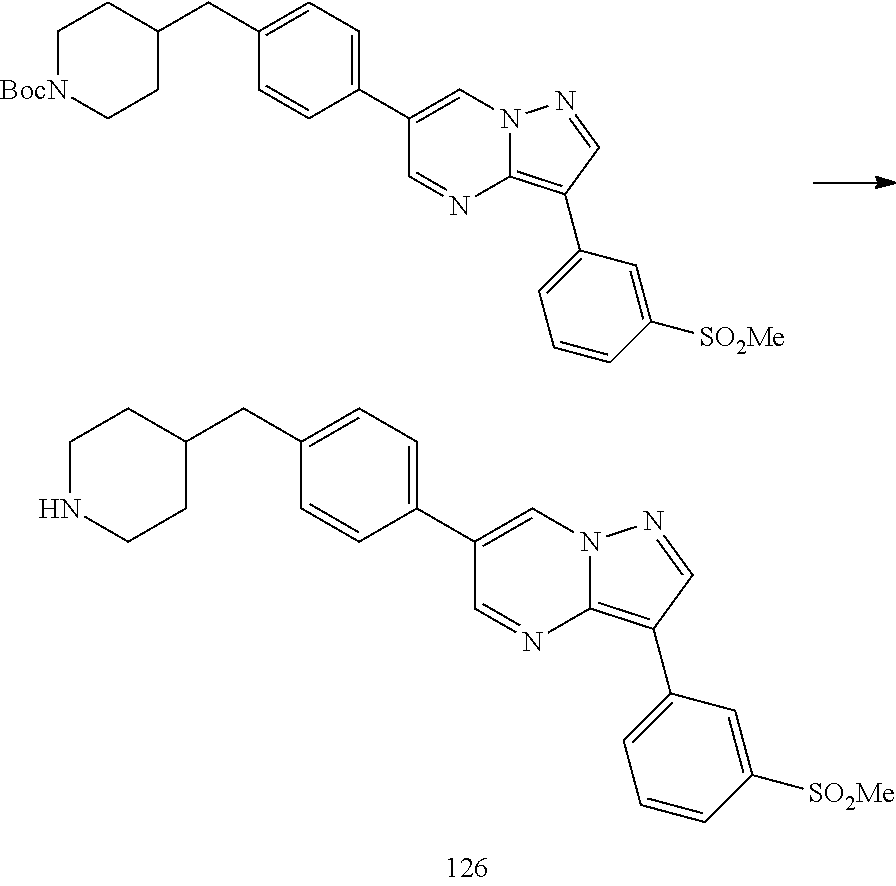
C00274
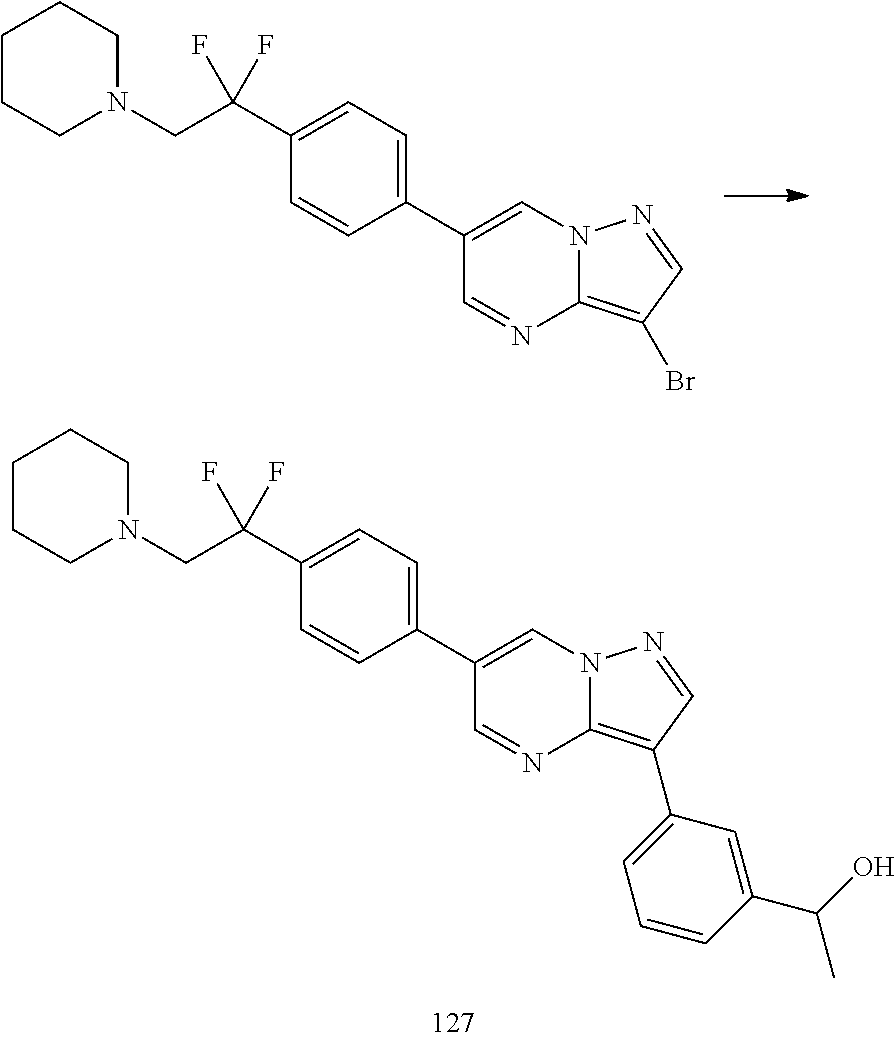
C00275

C00276

C00277

C00278

C00279

C00280
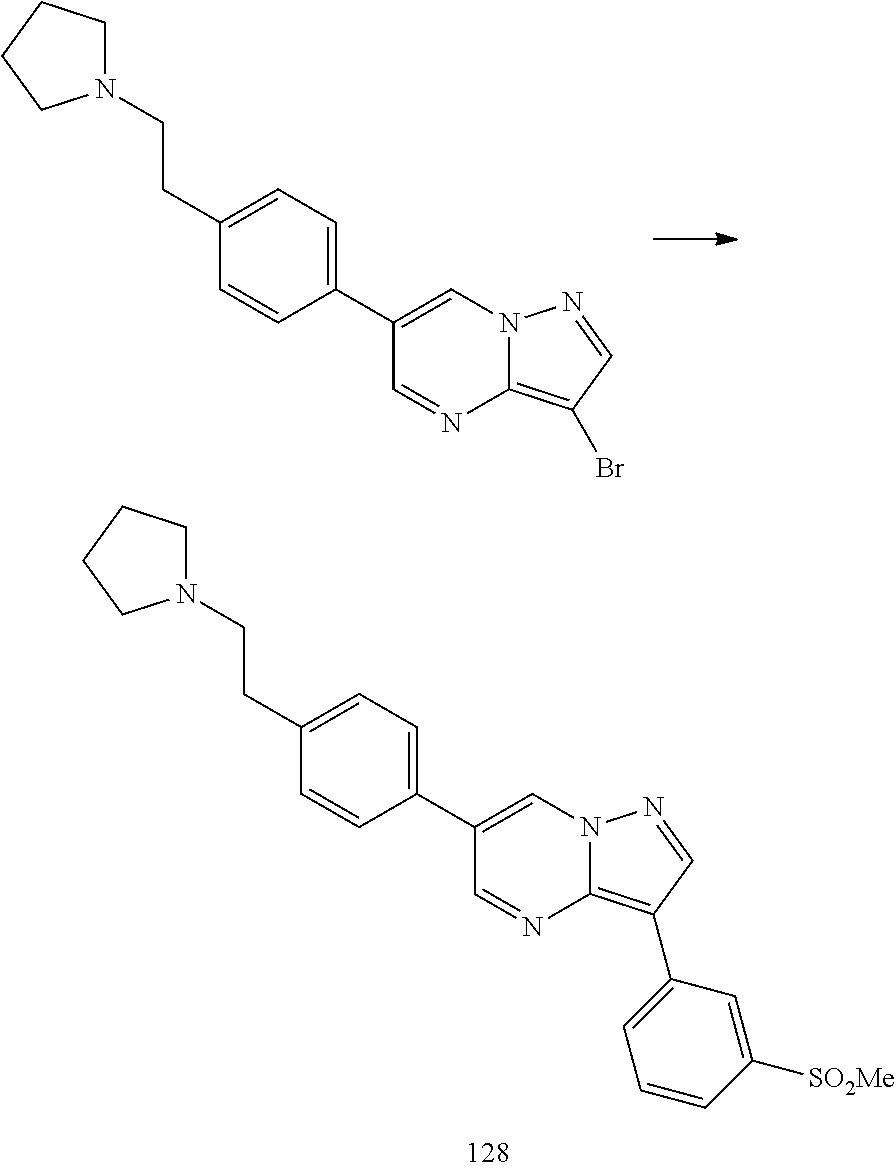
C00281
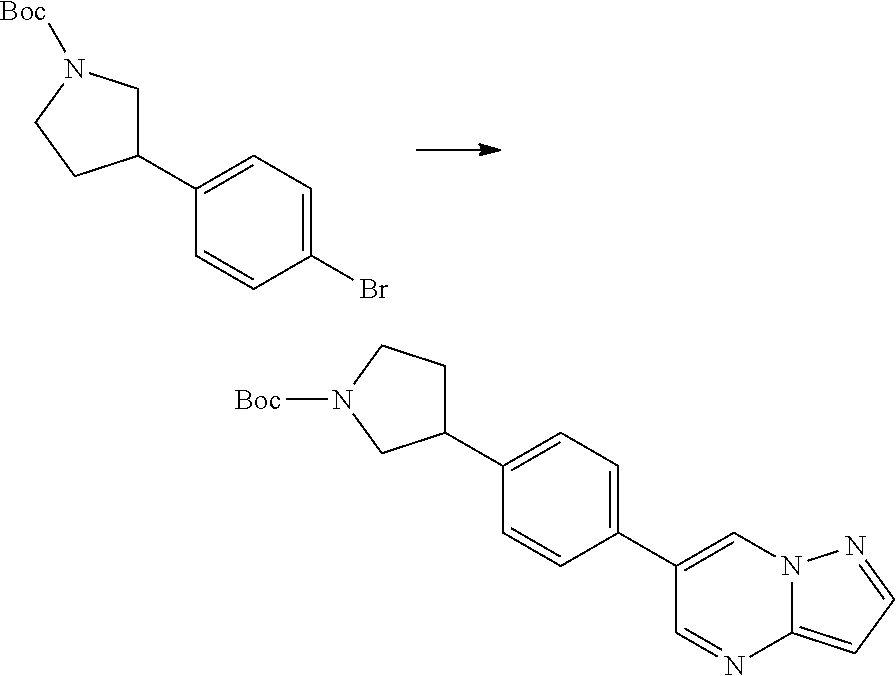
C00282
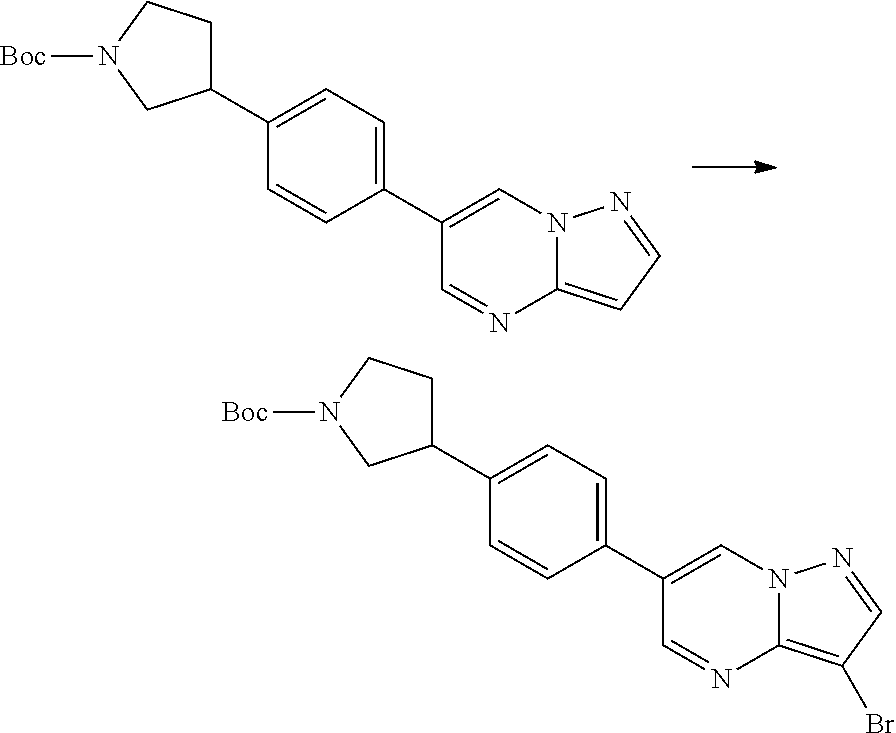
C00283

C00284
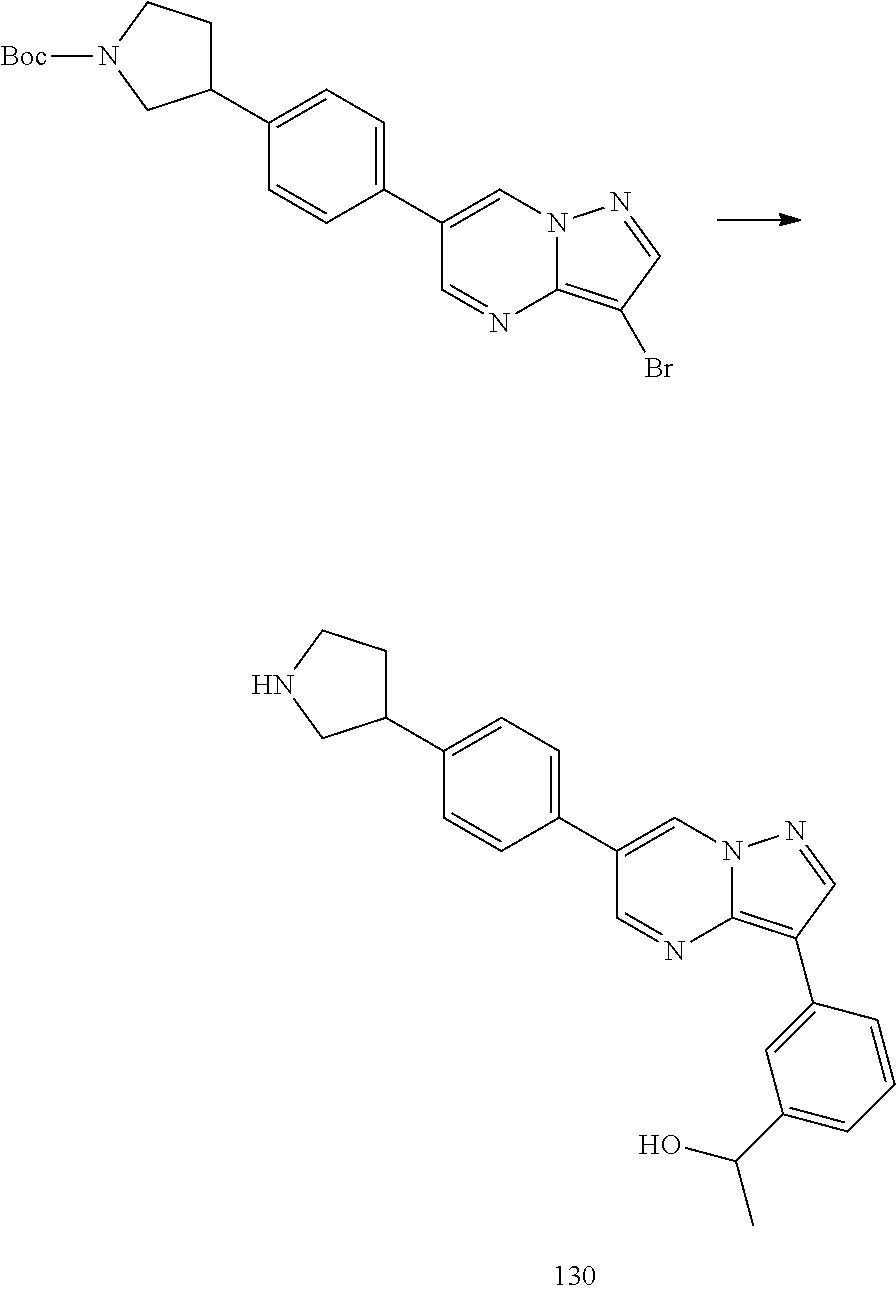
C00285

C00286

C00287

C00288
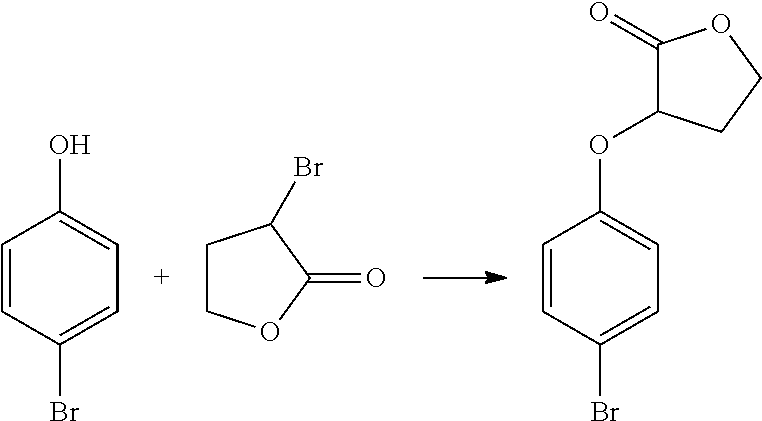
C00289

C00290
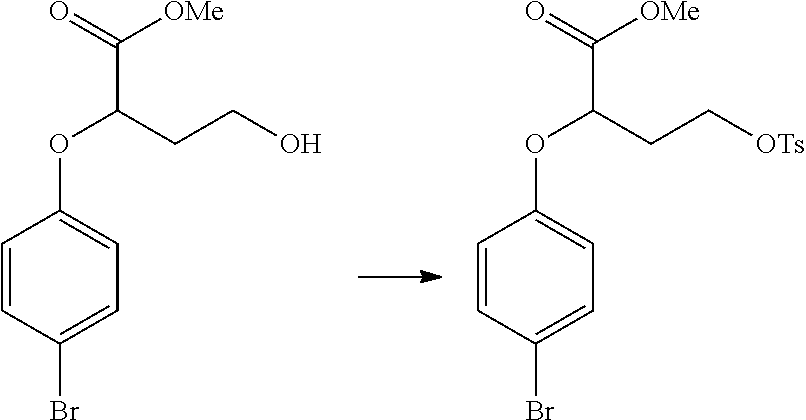
C00291

C00292
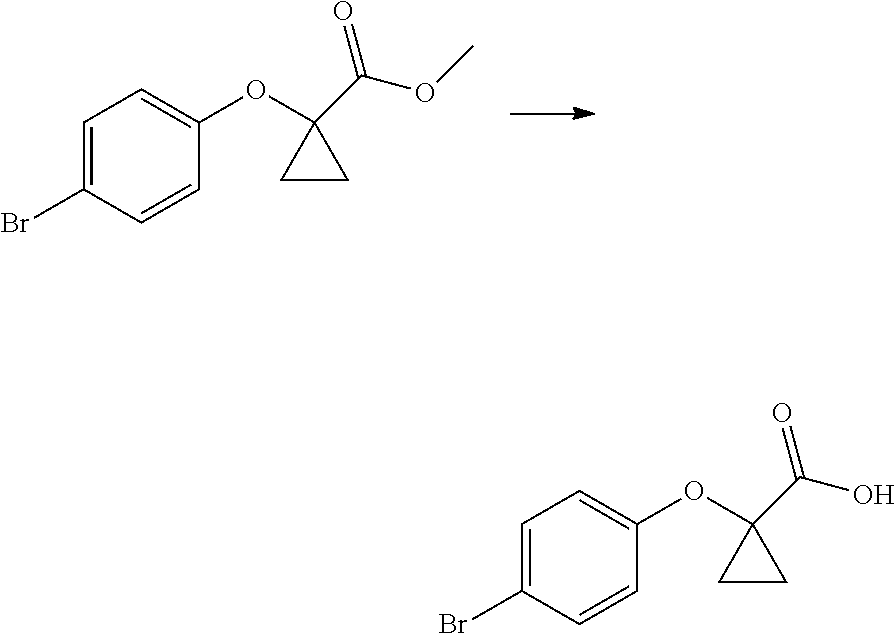
C00293
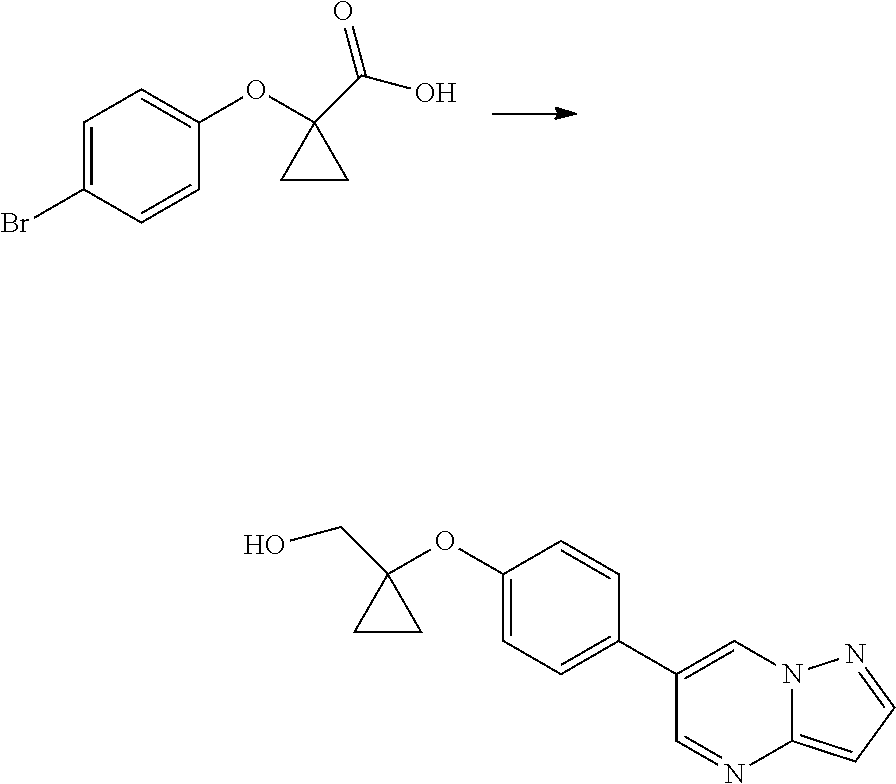
C00294

C00295
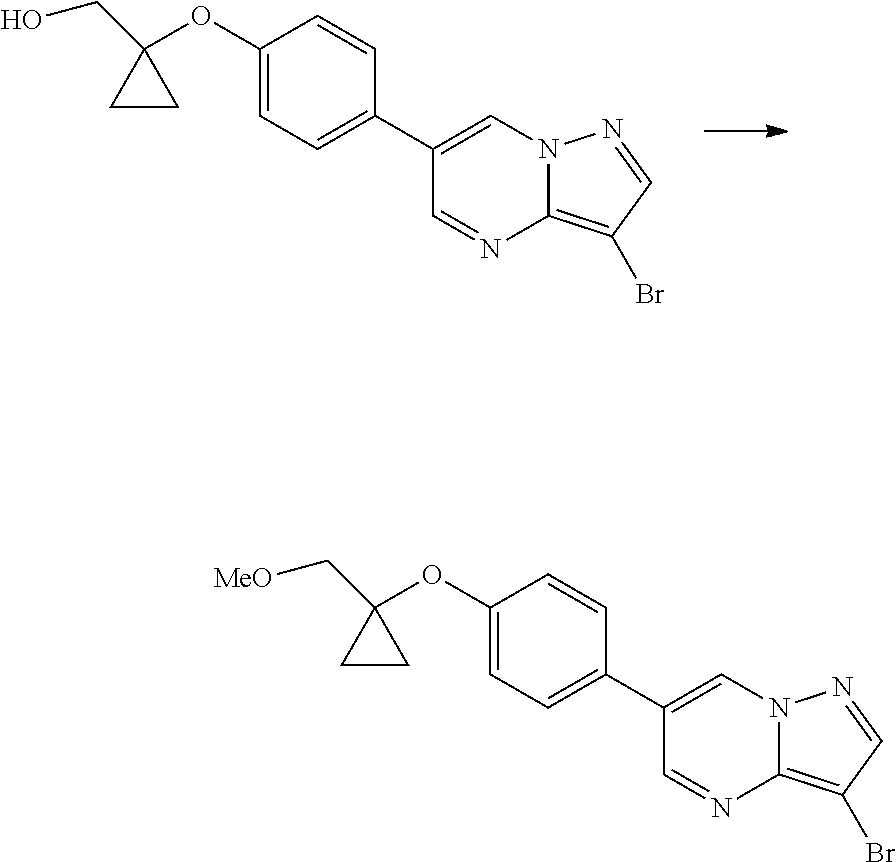
C00296

C00297

C00298

C00299

C00300

C00301

C00302

C00303

C00304

C00305

C00306

C00307

C00308

C00309

C00310
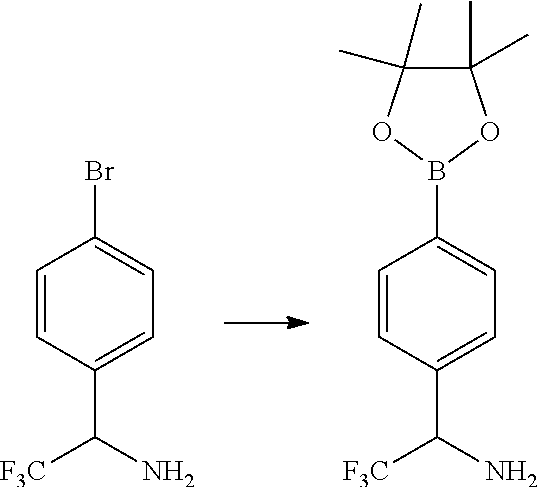
C00311

C00312
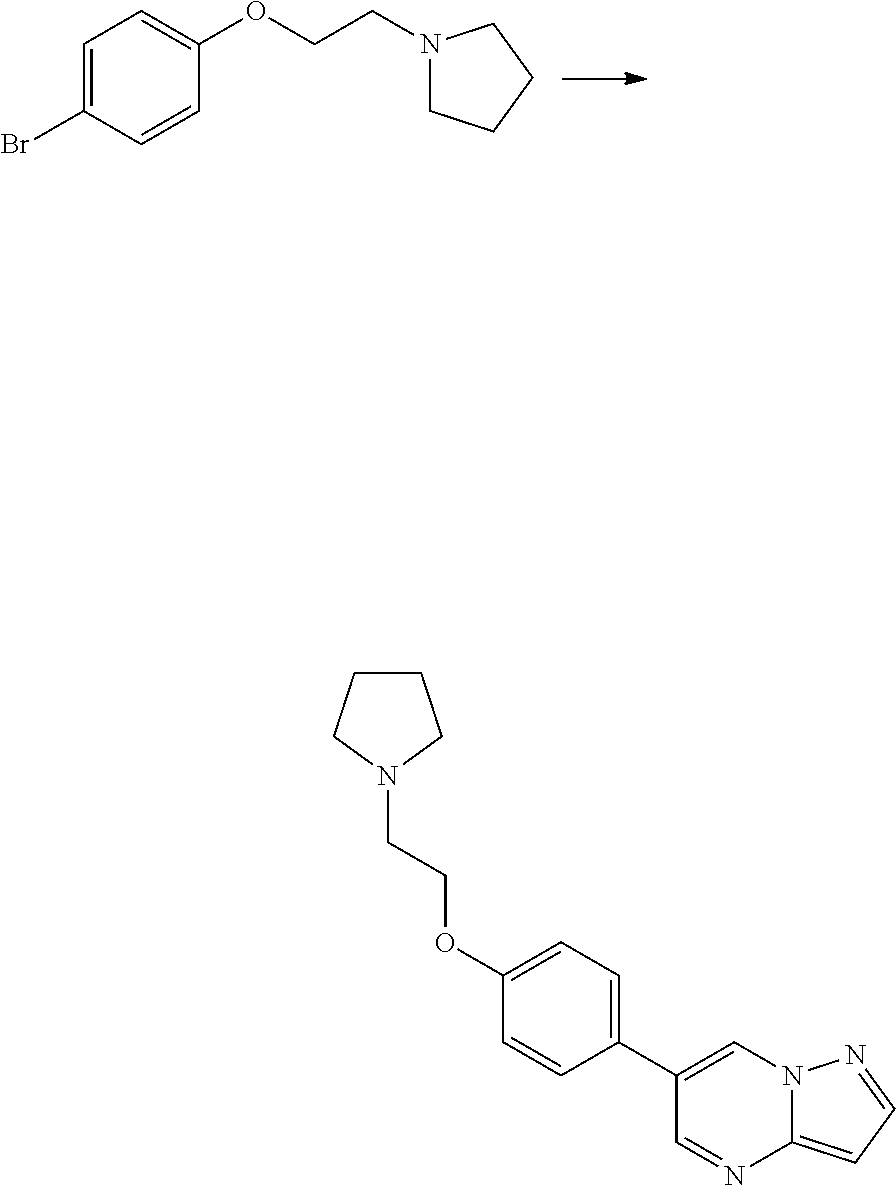
C00313

C00314

C00315

C00316

C00317

C00318
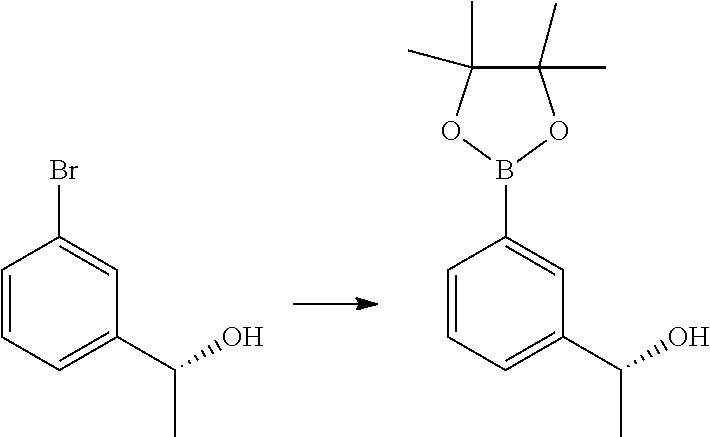
C00319

C00320

C00321

C00322

C00323

C00324

C00325
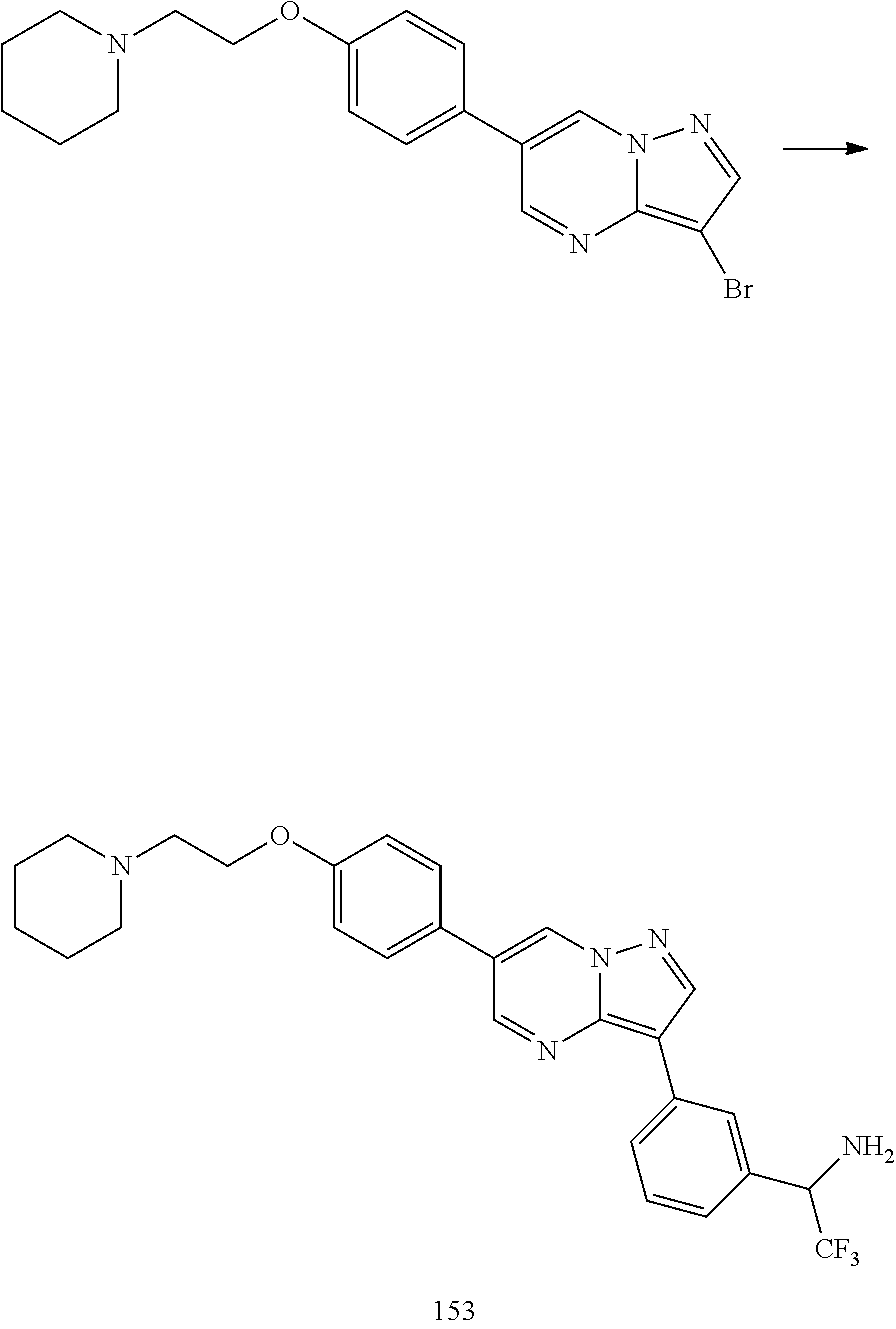
C00326

C00327

C00328

C00329

C00330

C00331

C00332

C00333

C00334

C00335
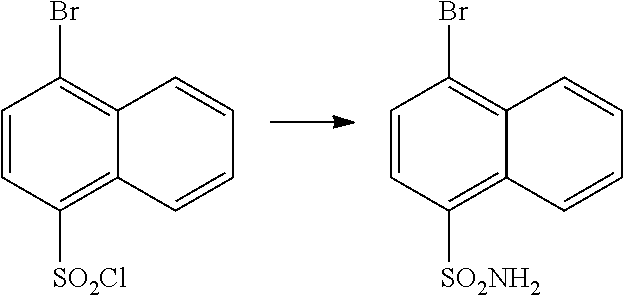
C00336

C00337

C00338

C00339

C00340

C00341

C00342
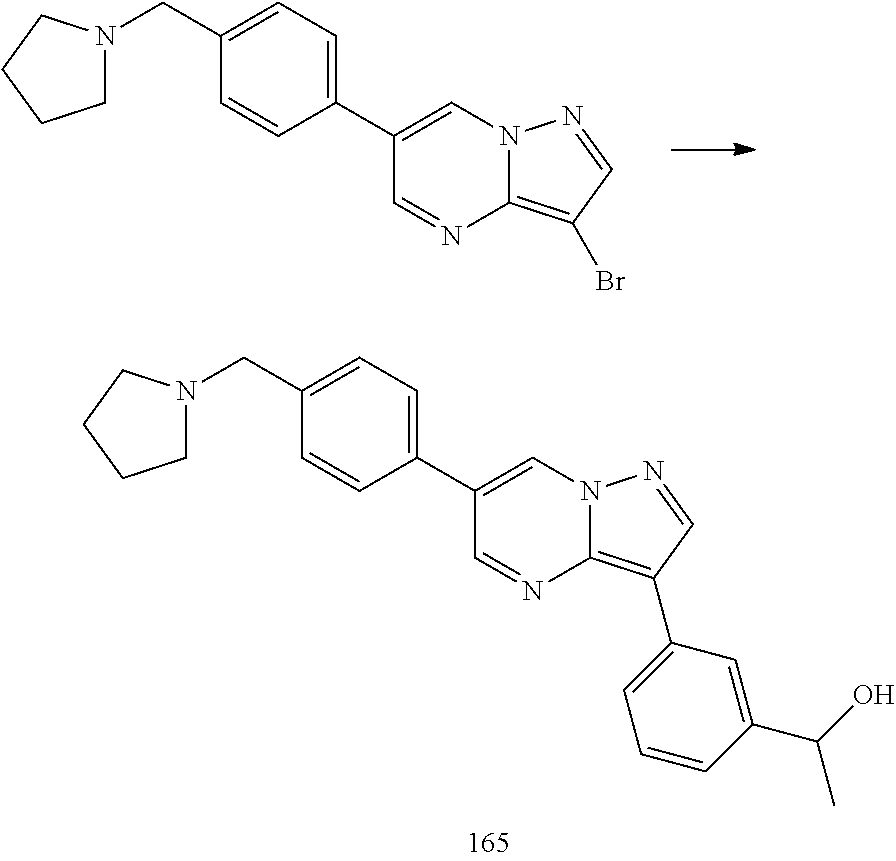
C00343

C00344

C00345

C00346

C00347
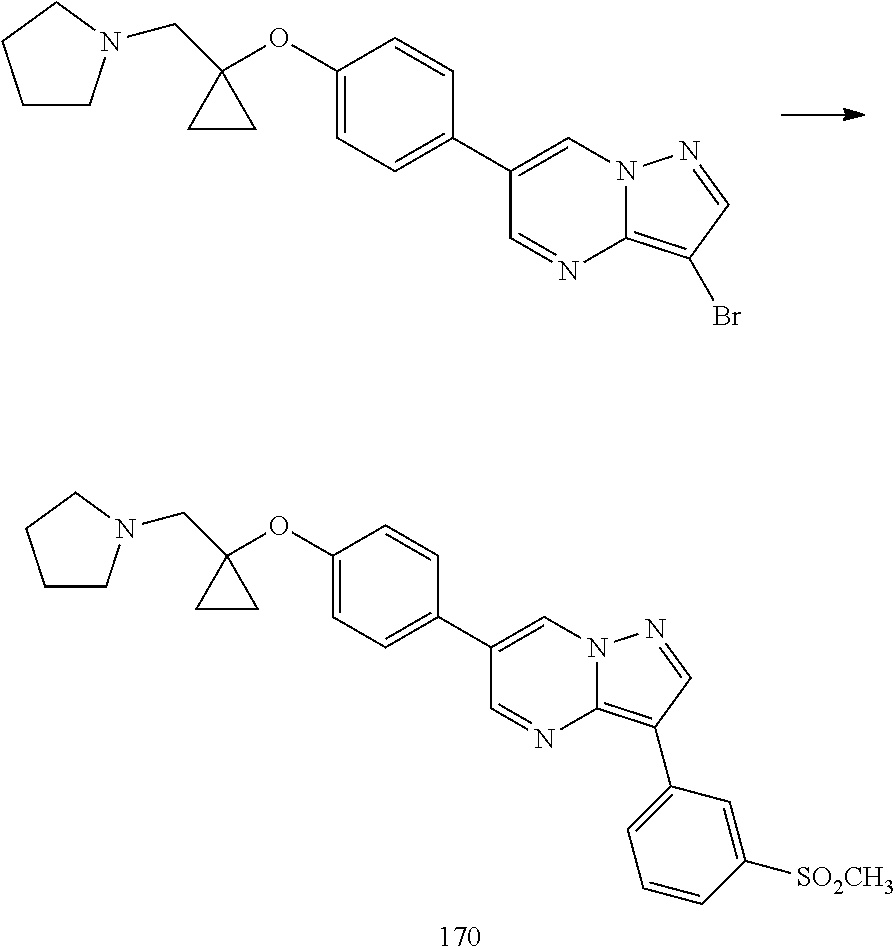
C00348

C00349

C00350
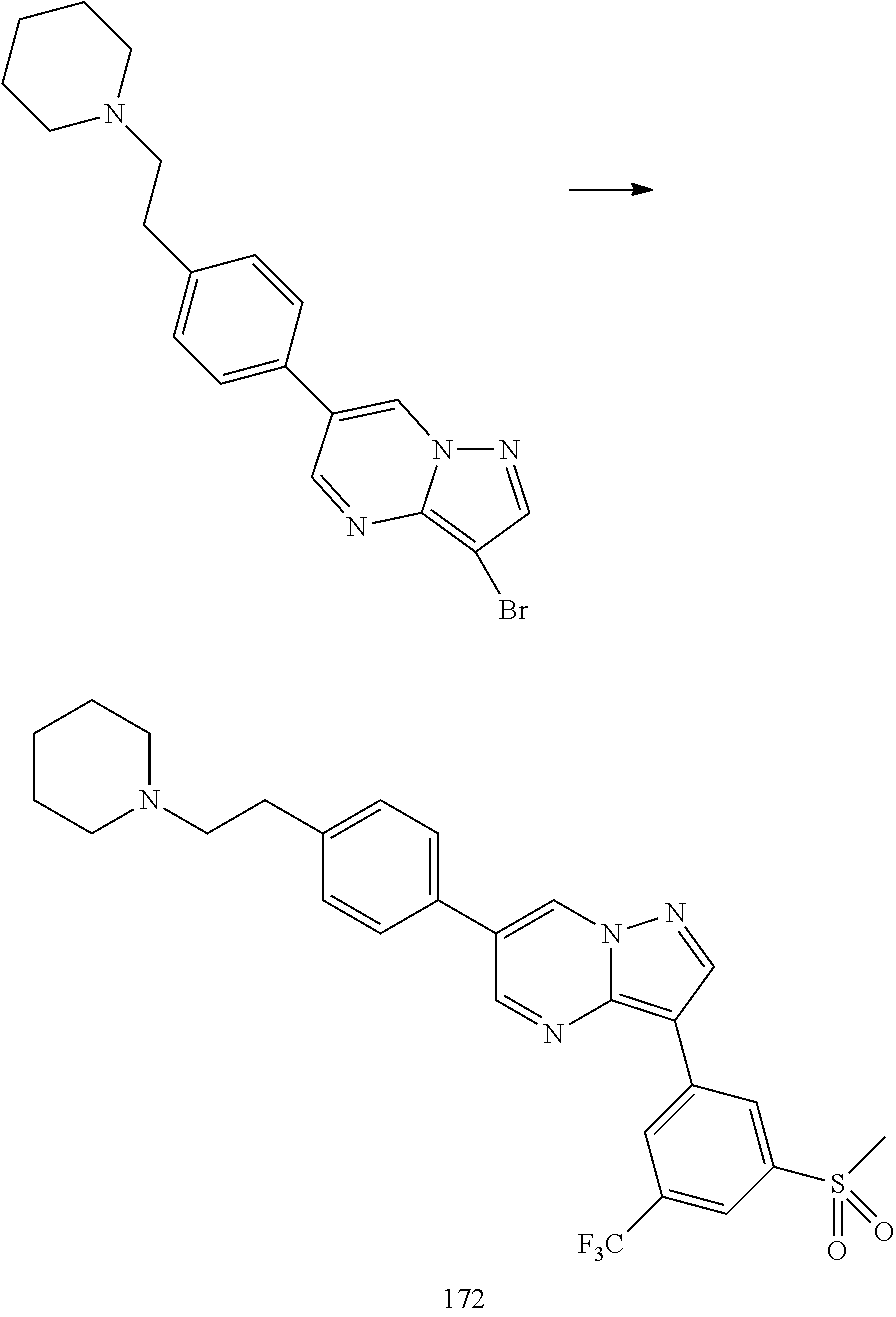
C00351
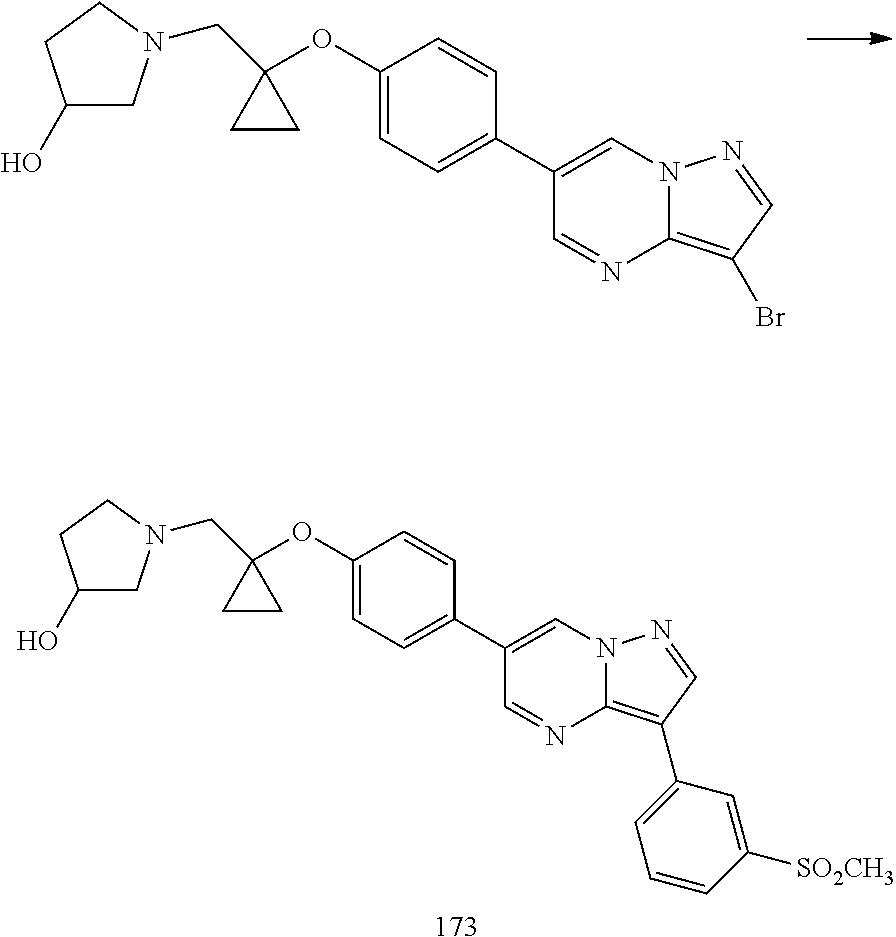
C00352
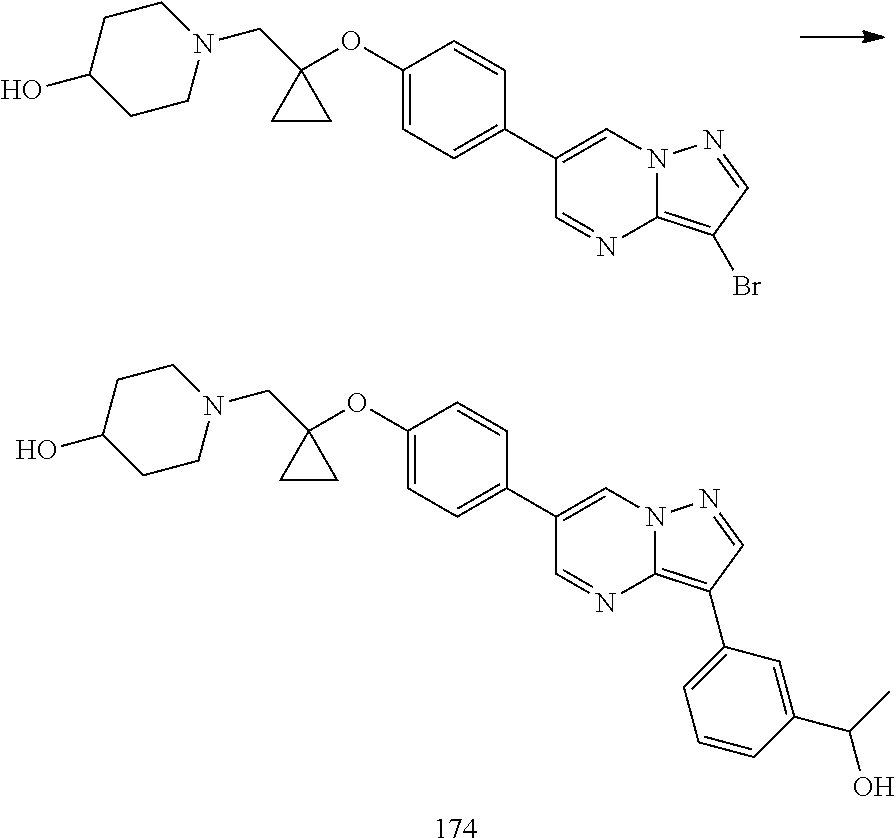
C00353

C00354

C00355

C00356

C00357

C00358

C00359

C00360

C00361

C00362
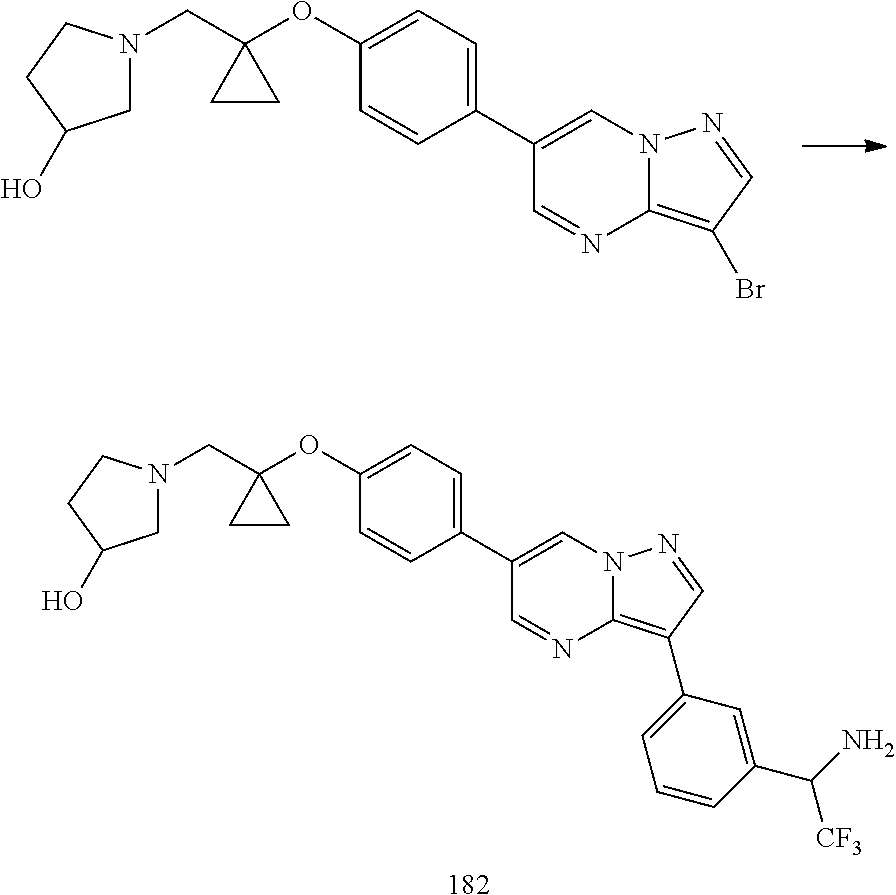
C00363
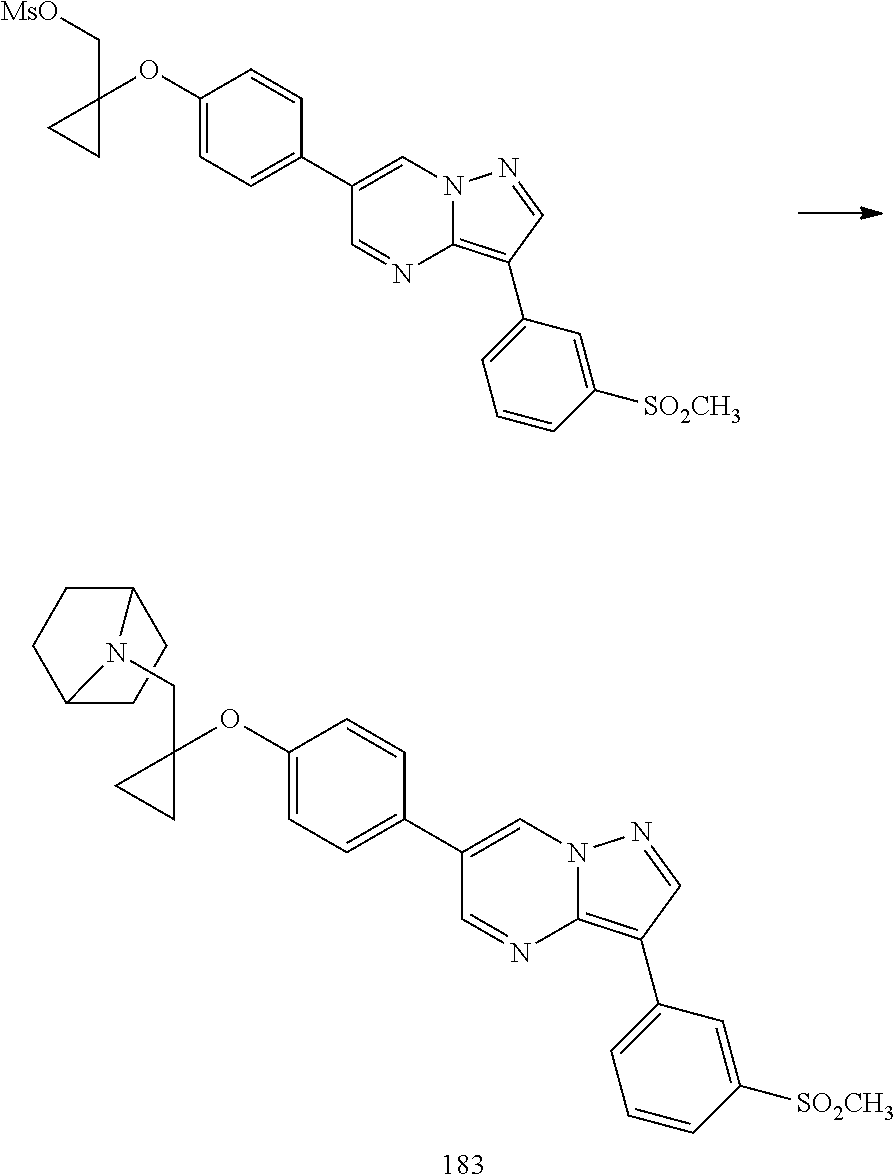
C00364

C00365
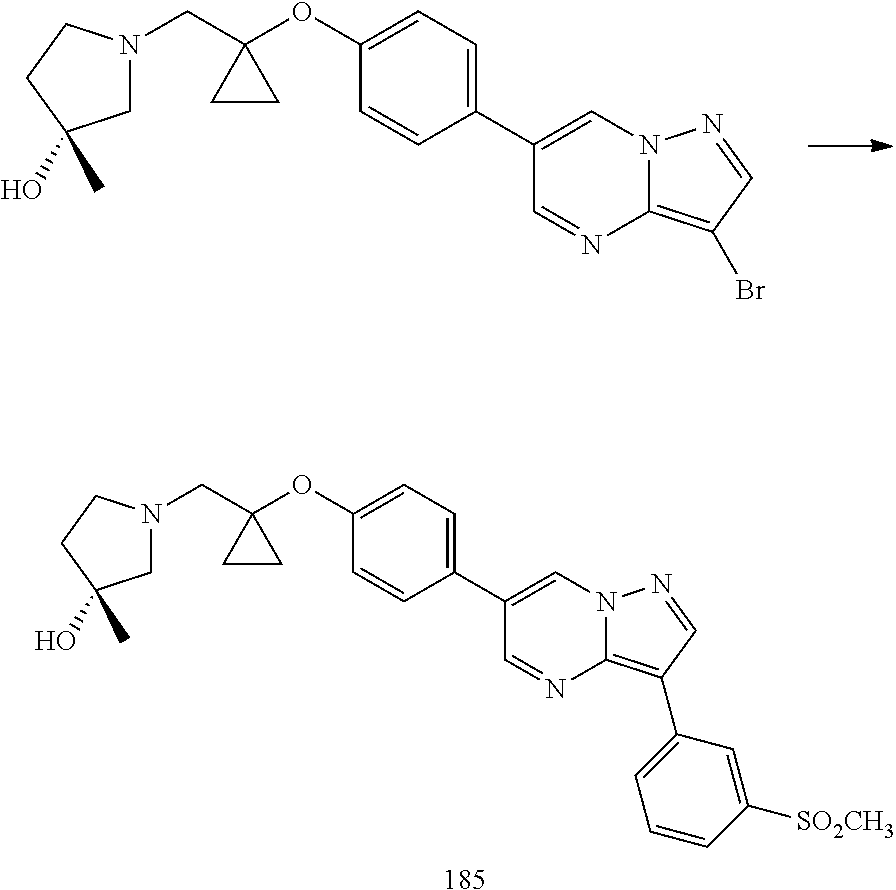
C00366
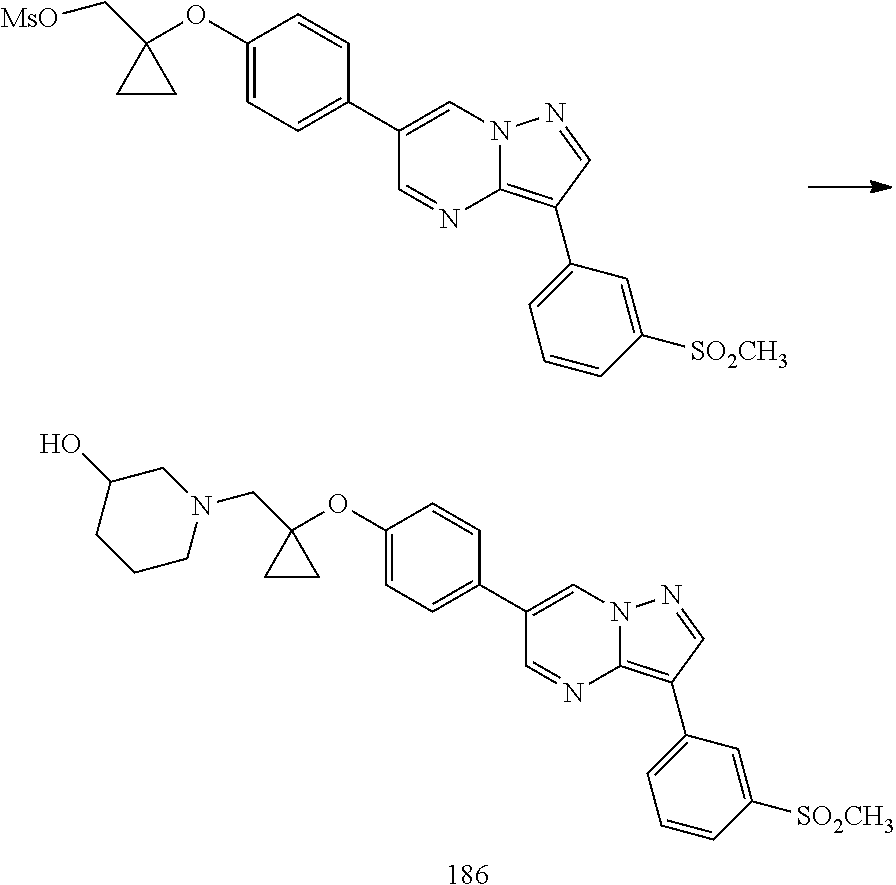
C00367
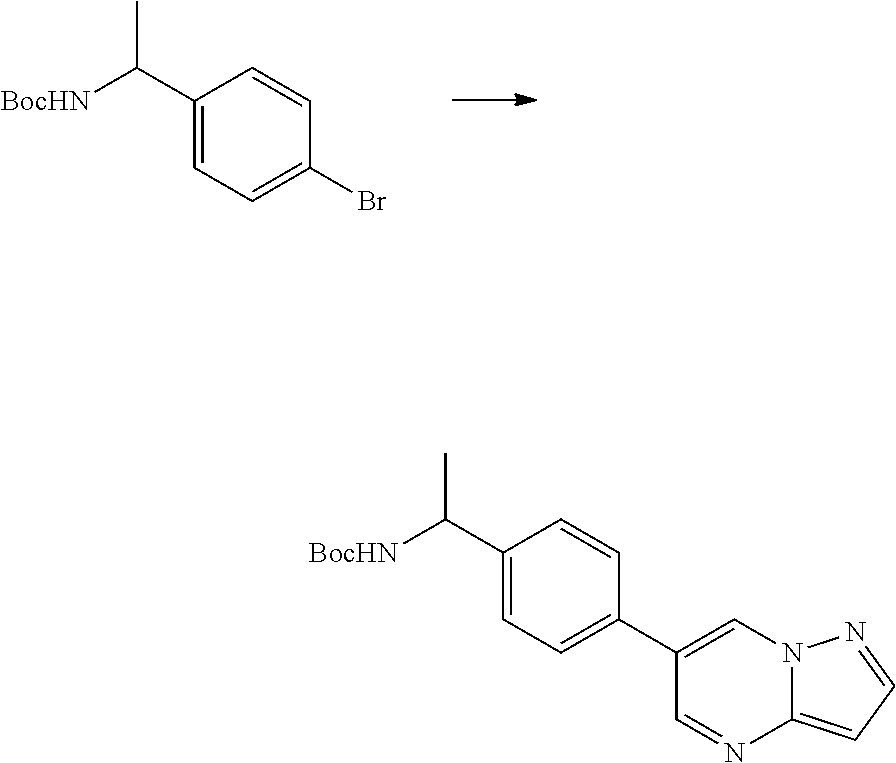
C00368

C00369

C00370
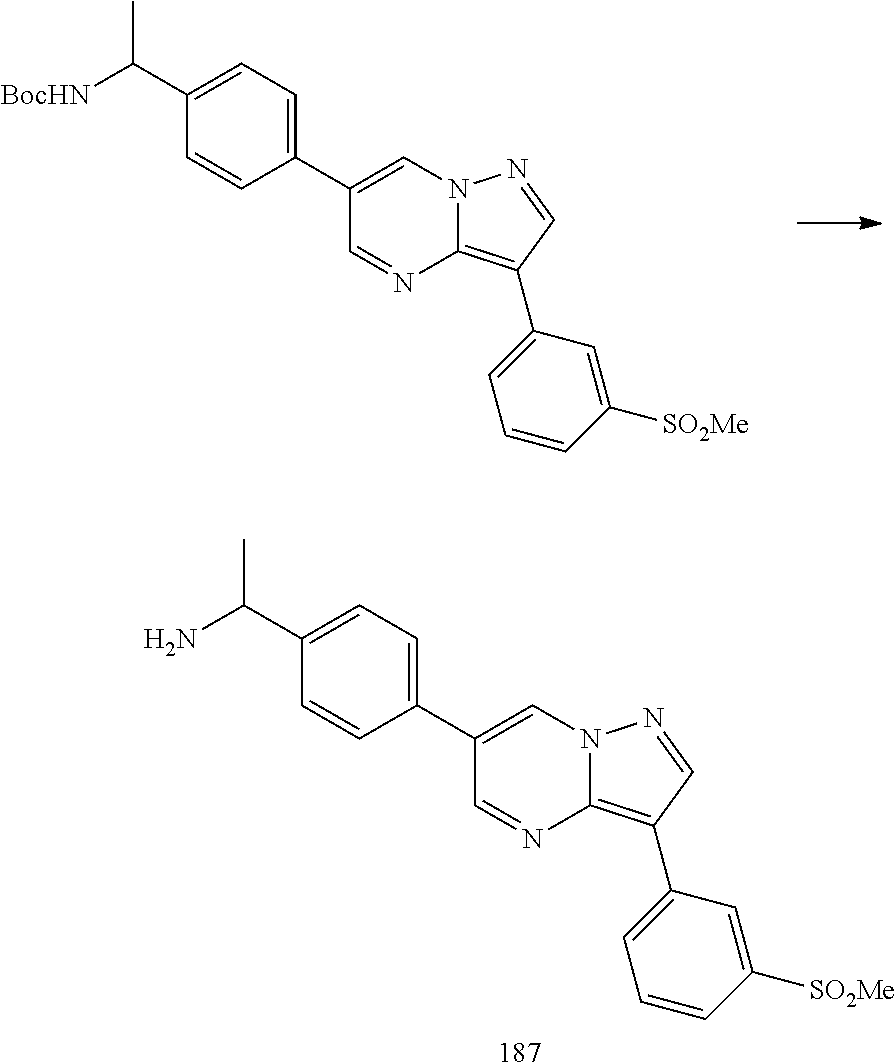
C00371

C00372

C00373

C00374

C00375

C00376

C00377
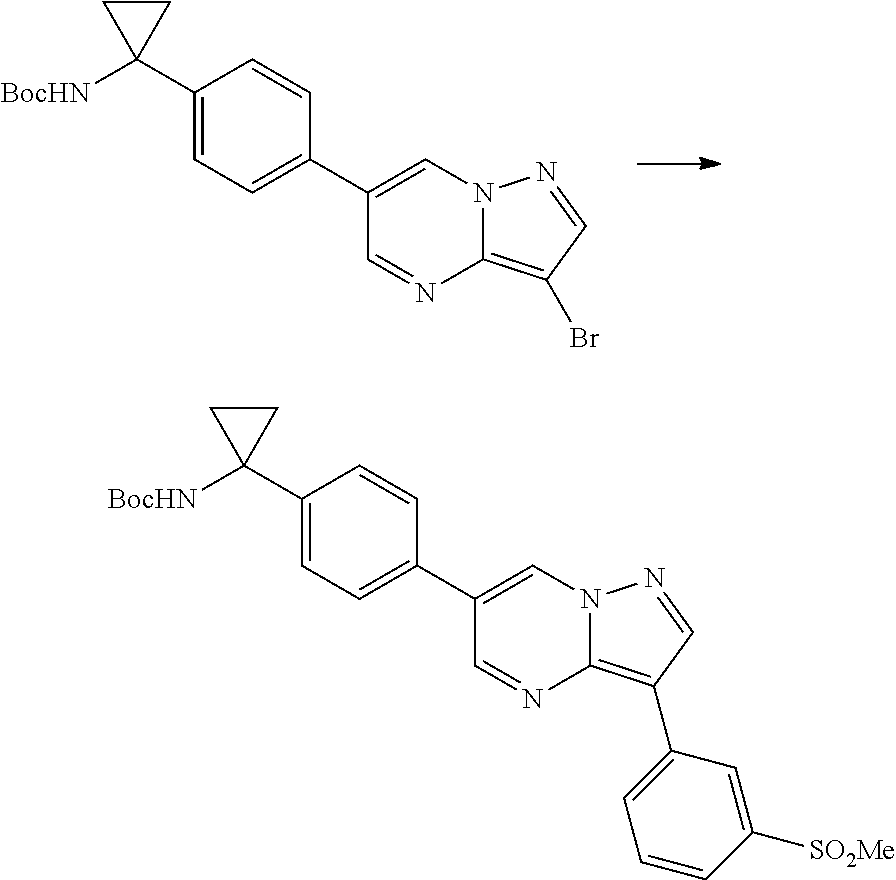
C00378

C00379

C00380

C00381

C00382

C00383

C00384
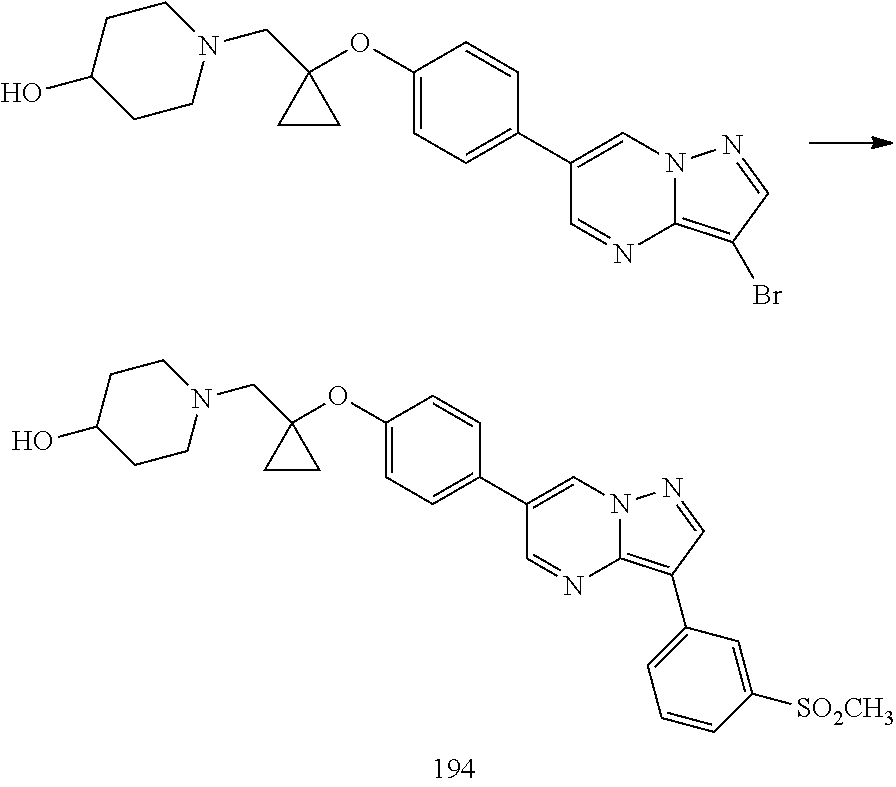
C00385
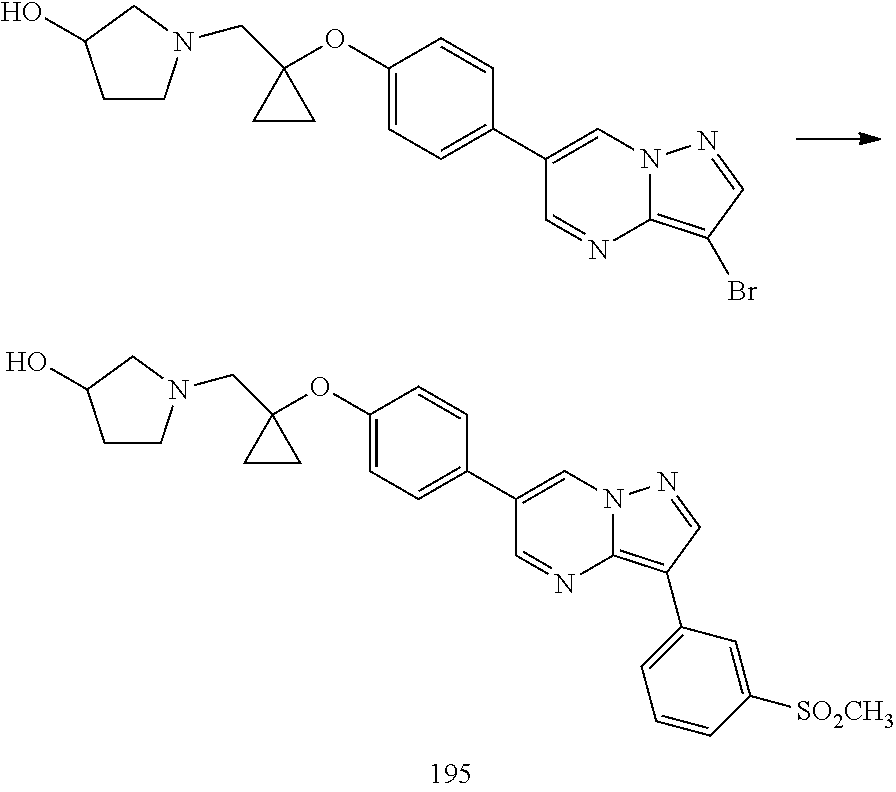
C00386

C00387
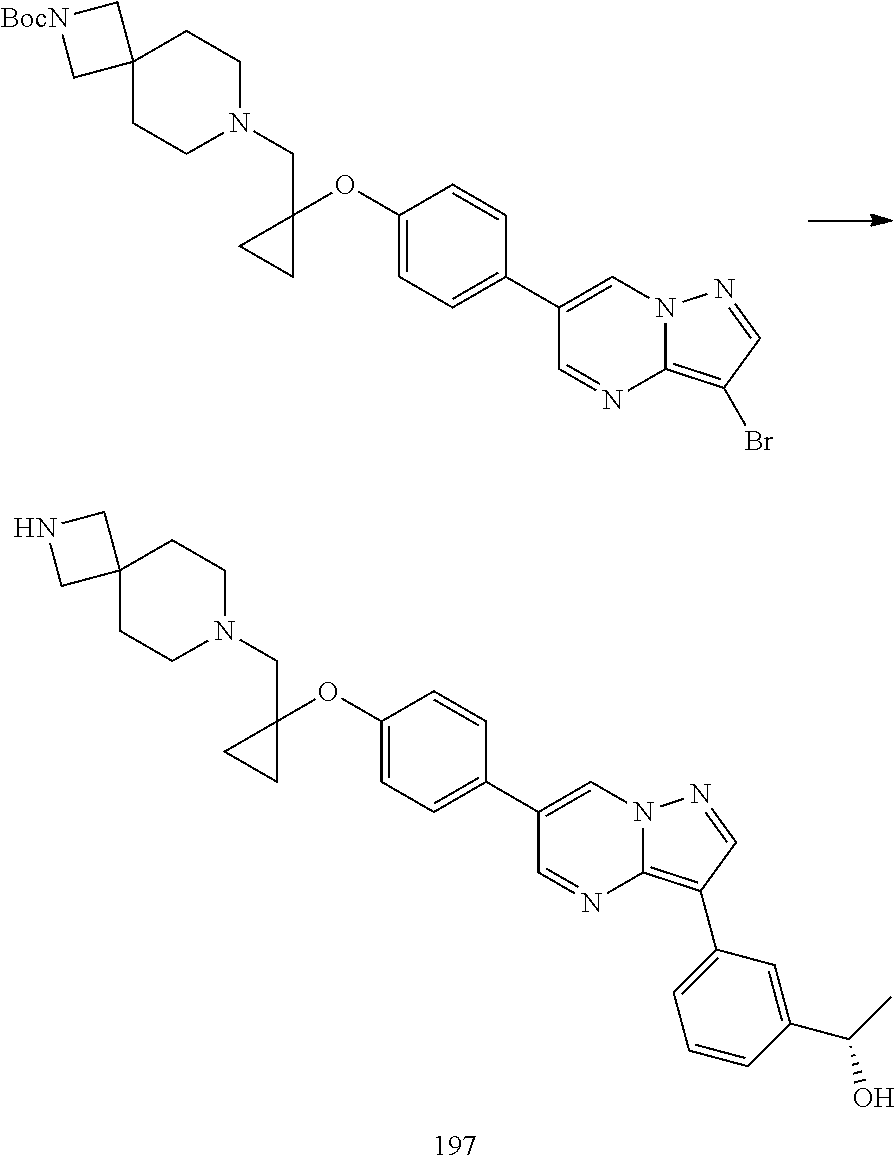
C00388

C00389
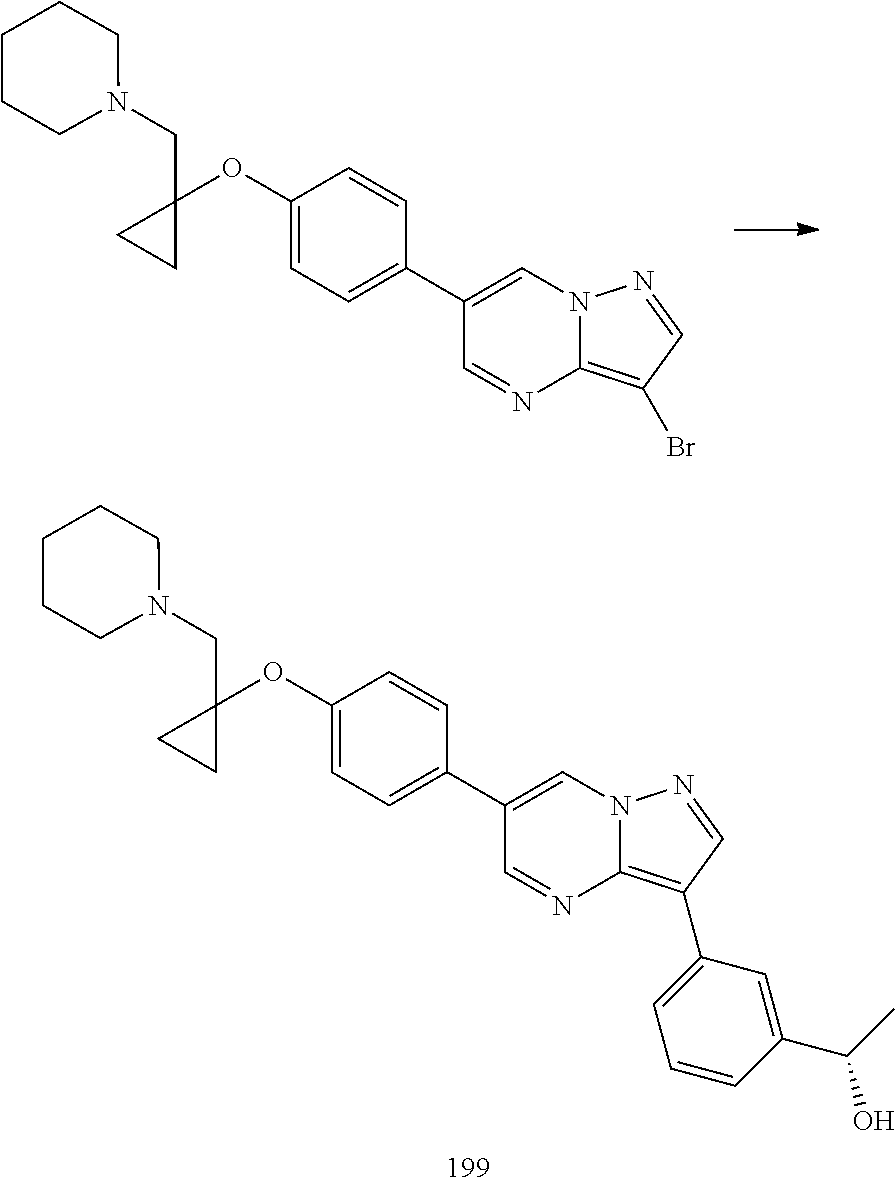
C00390

C00391

C00392
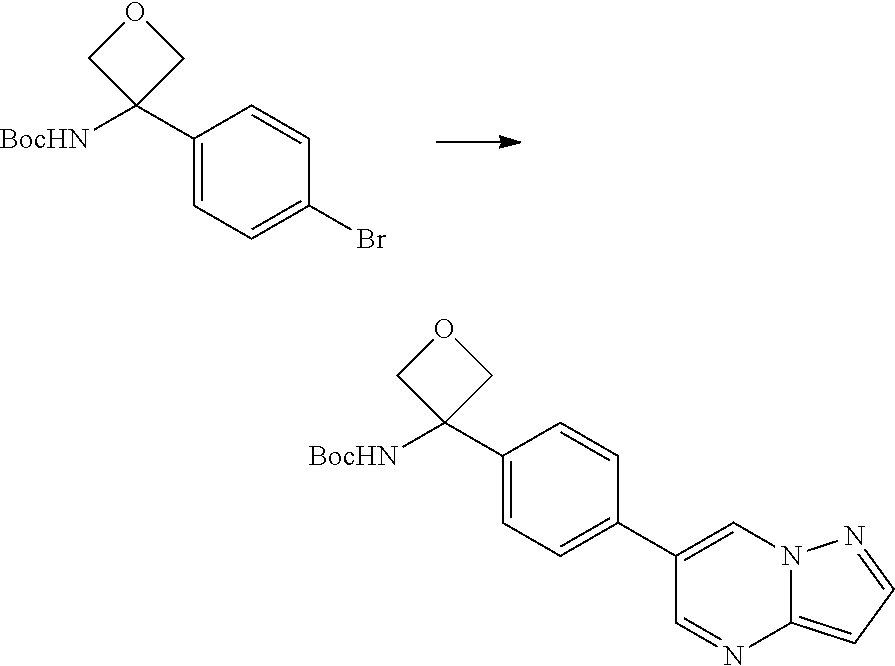
C00393

C00394

C00395
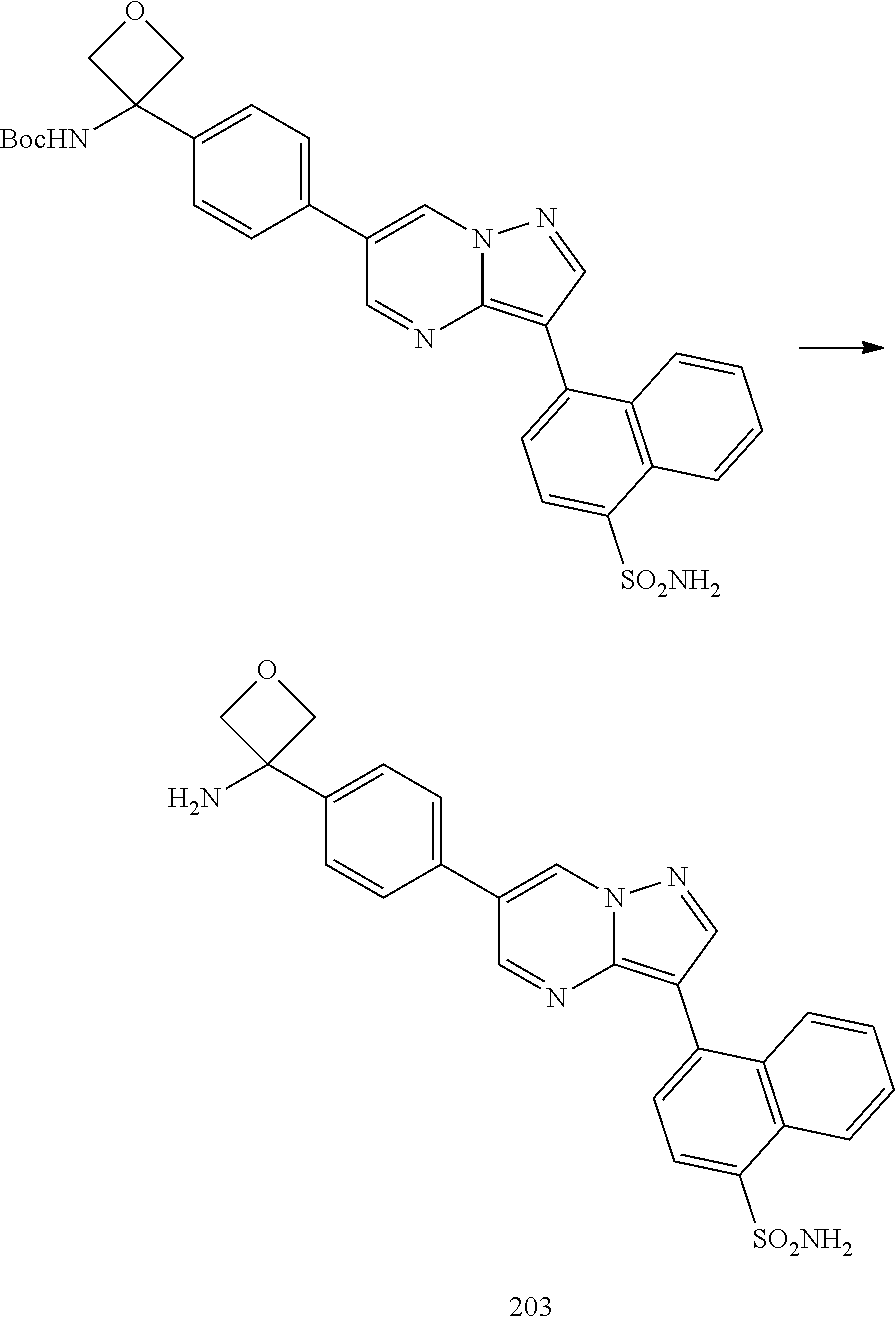
C00396

C00397

C00398

C00399

C00400

C00401

C00402

C00403
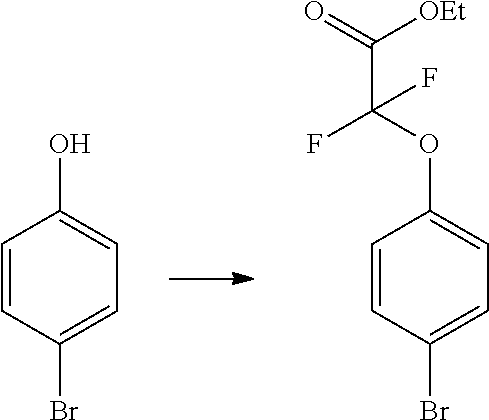
C00404
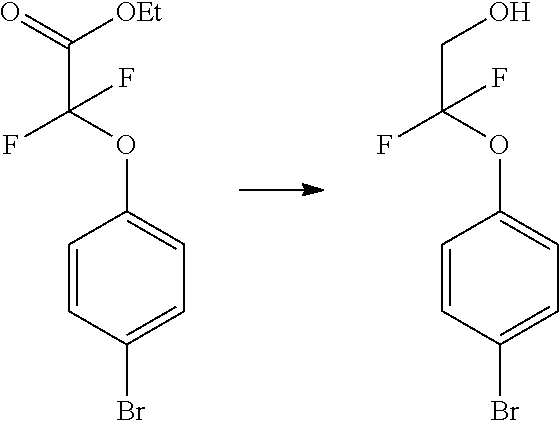
C00405

C00406

C00407

C00408
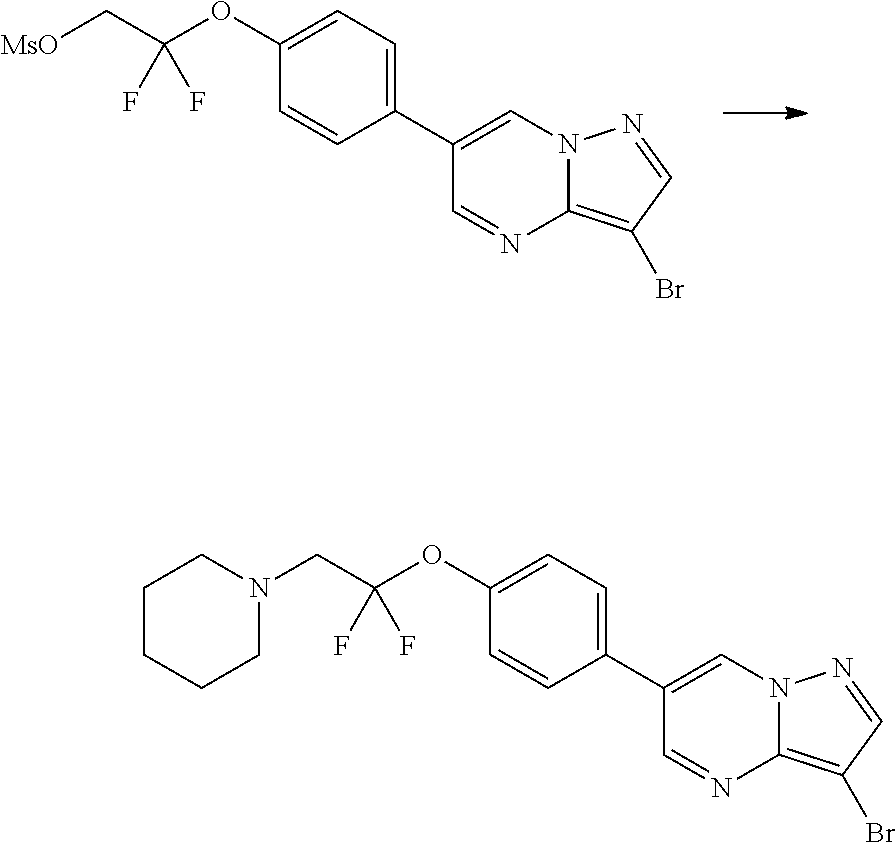
C00409

C00410
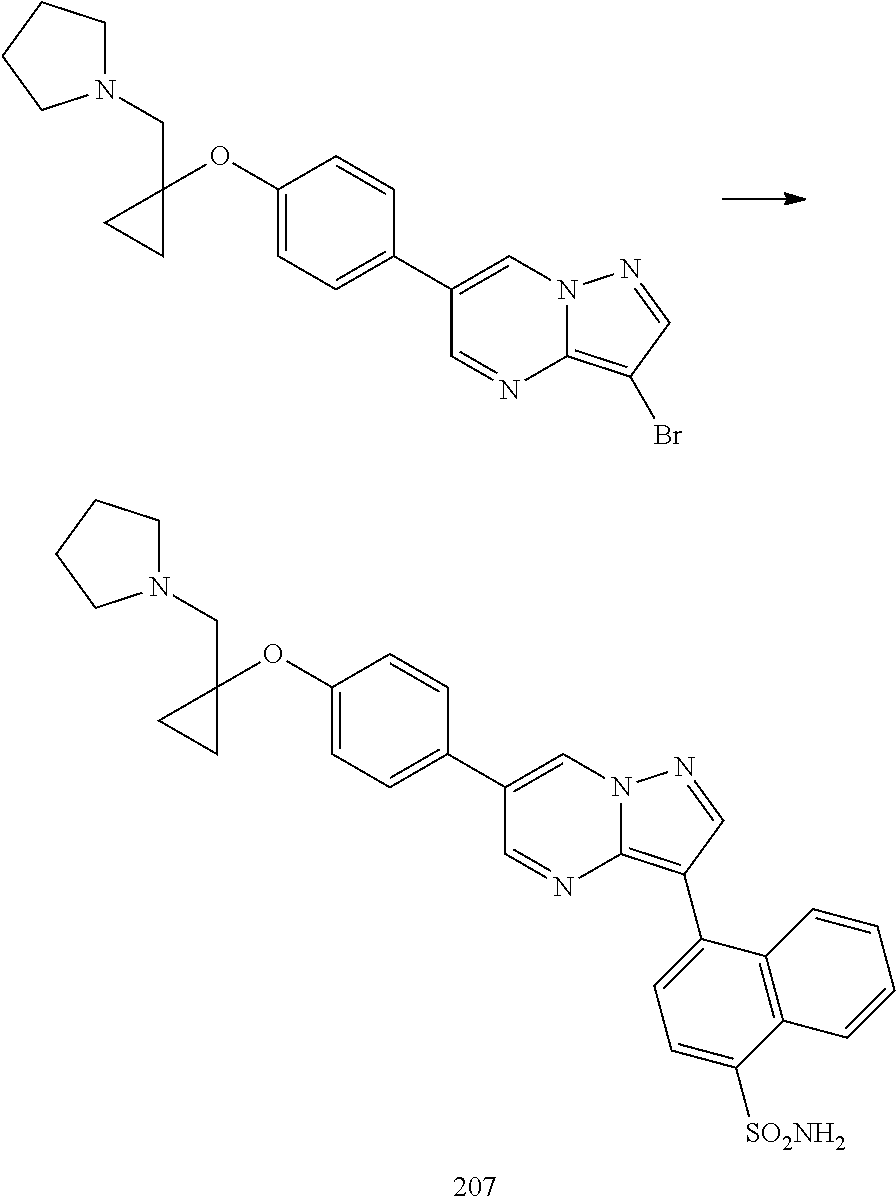
C00411

C00412

C00413

C00414

C00415

C00416

C00417
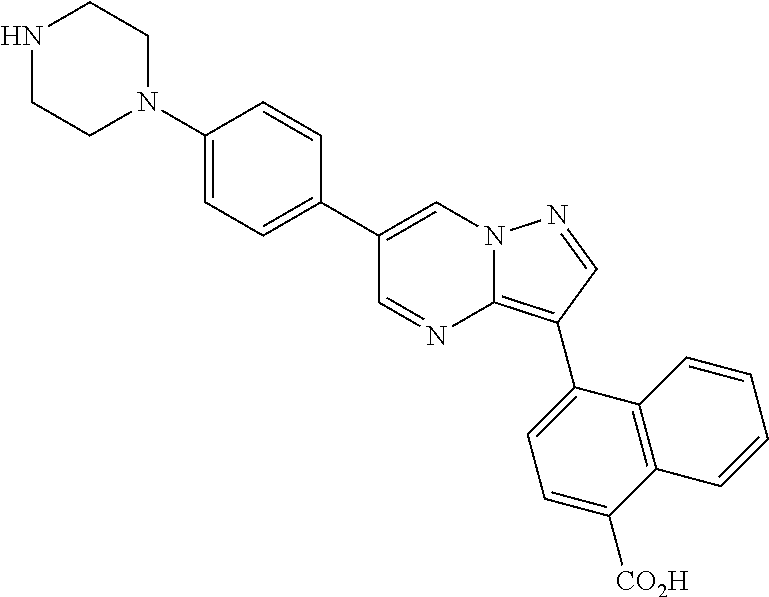
C00418

C00419

C00420

C00421

C00422

C00423
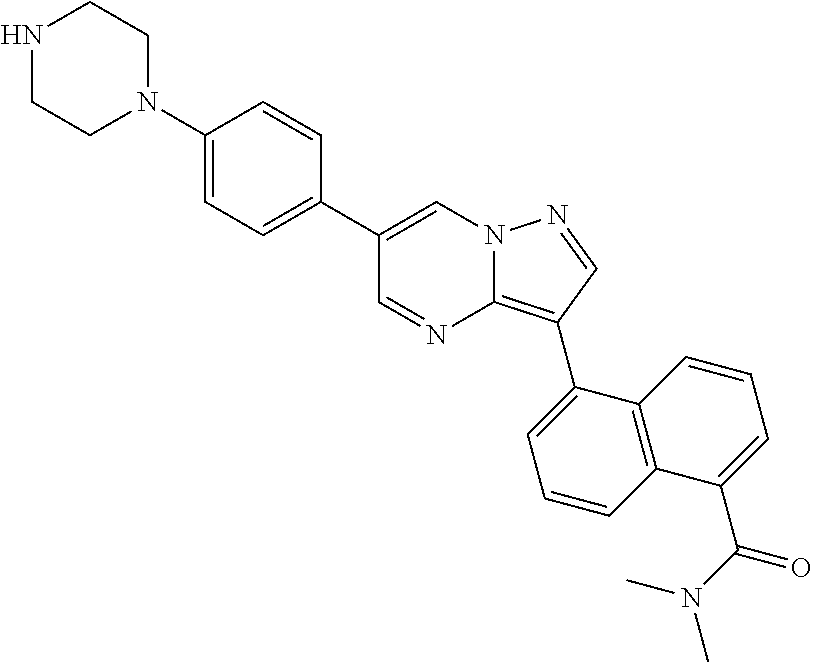
C00424

C00425
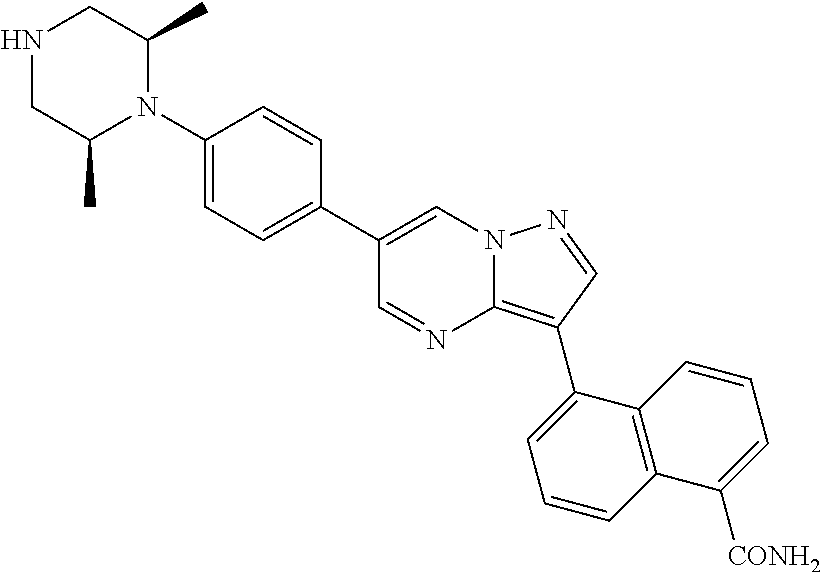
C00426

C00427

C00428

C00429
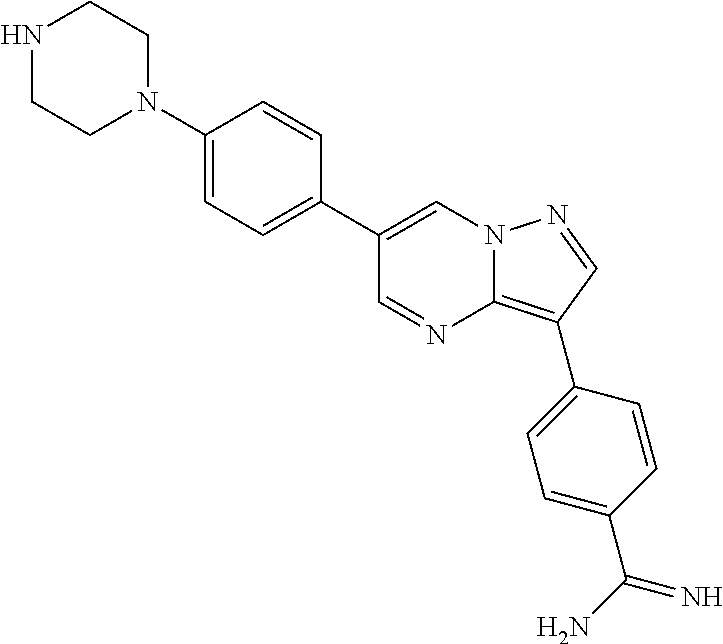
C00430
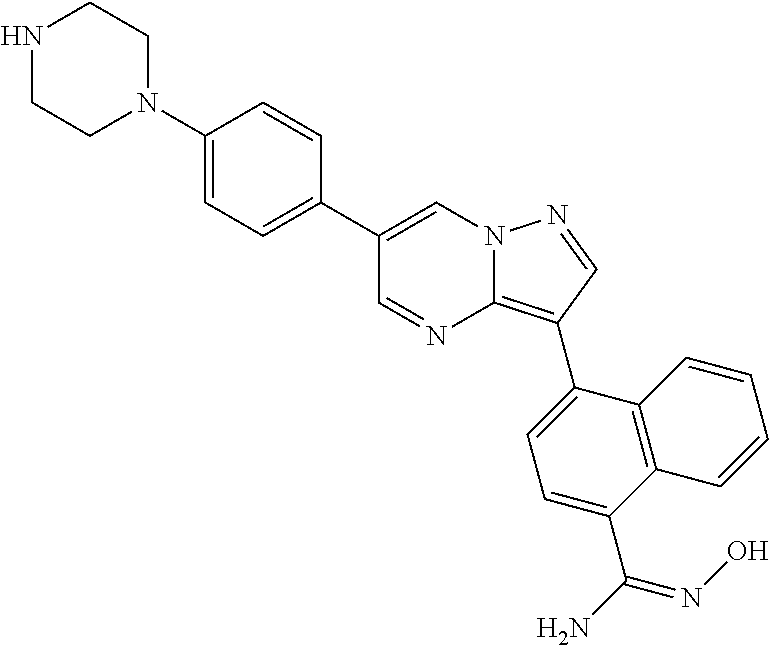
C00431

C00432

C00433

C00434

C00435

C00436

C00437

C00438
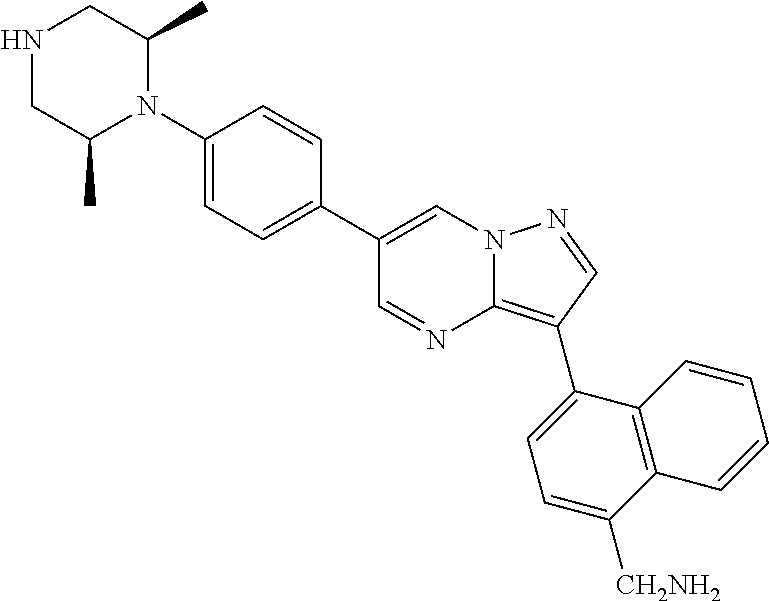
C00439

C00440
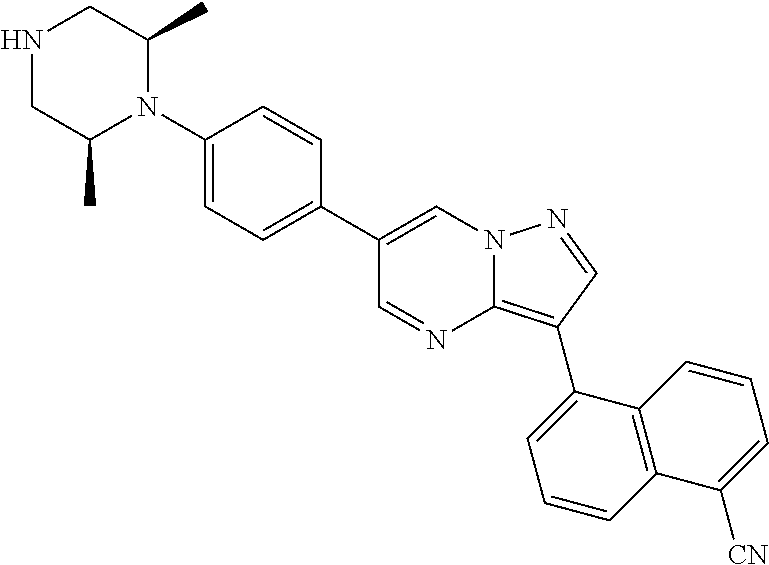
C00441

C00442
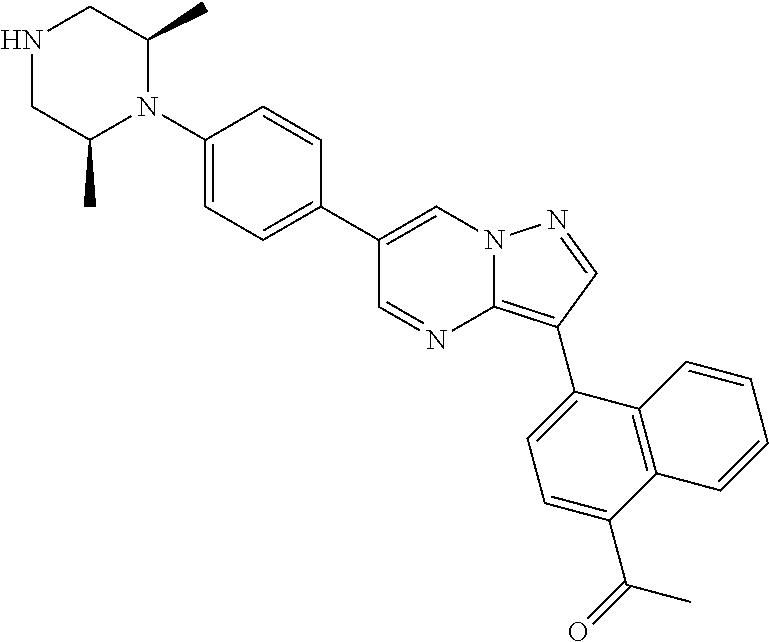
C00443

C00444

C00445

C00446

C00447

C00448
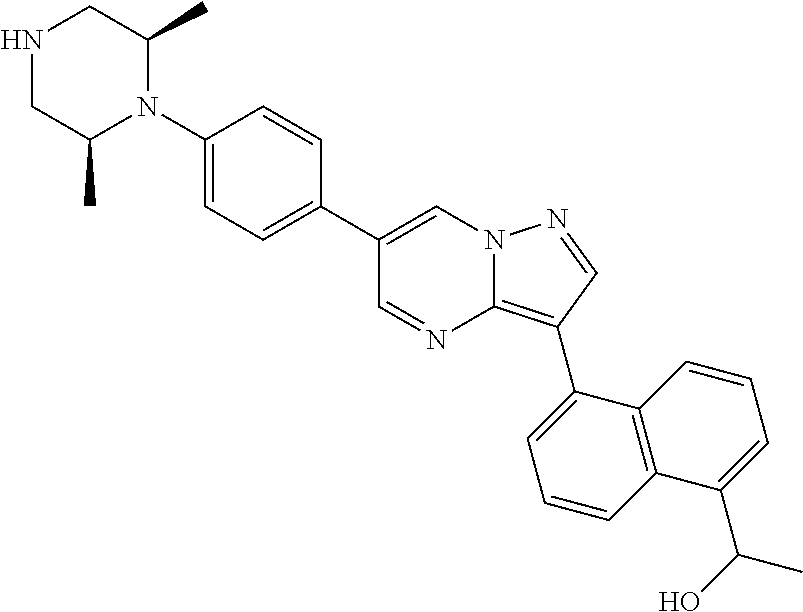
C00449

C00450
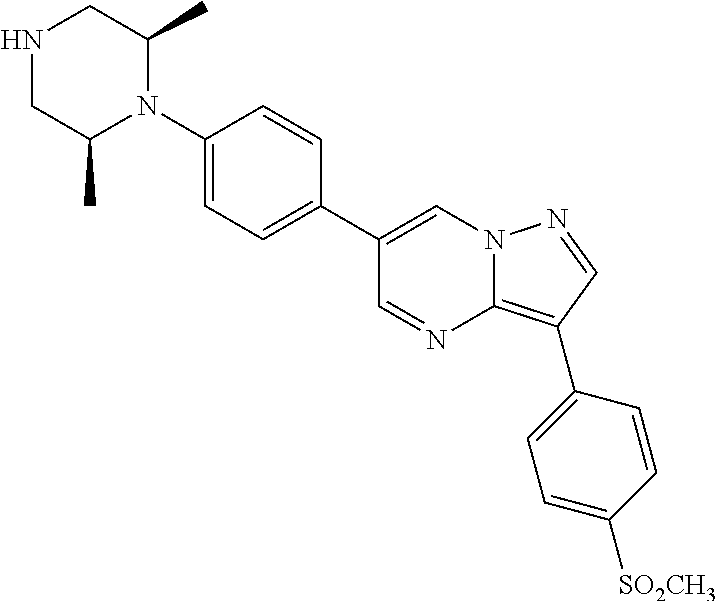
C00451

C00452
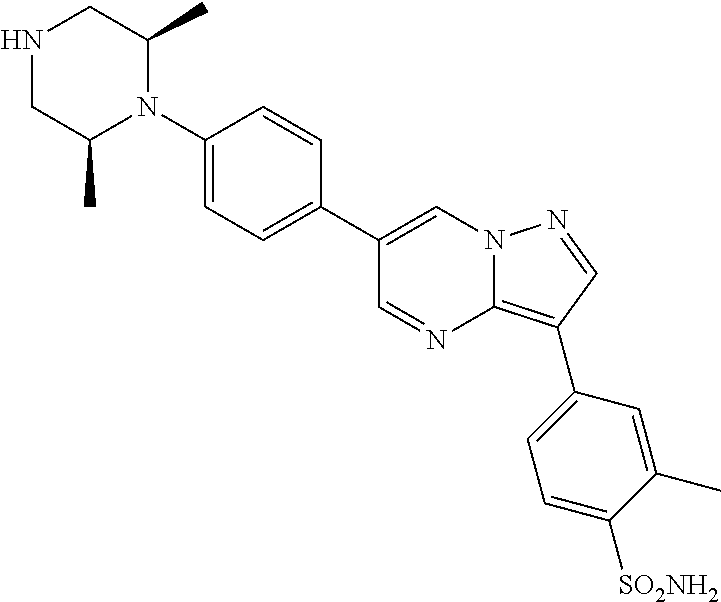
C00453
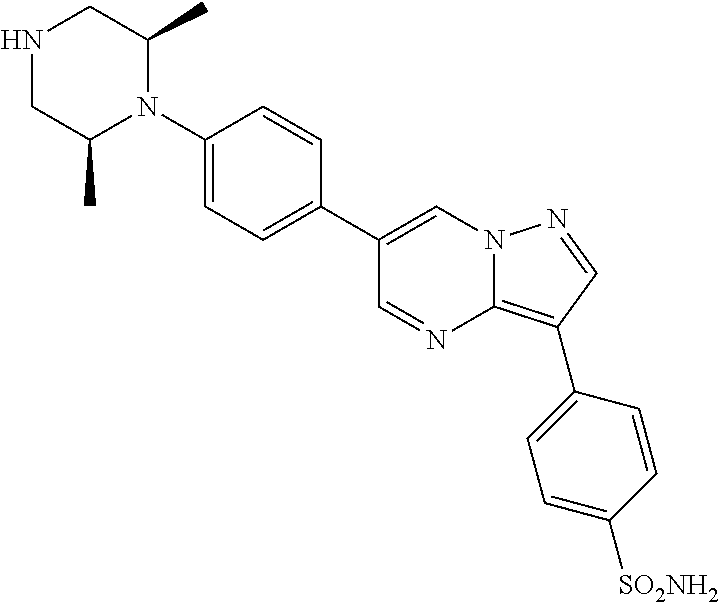
C00454

C00455

C00456
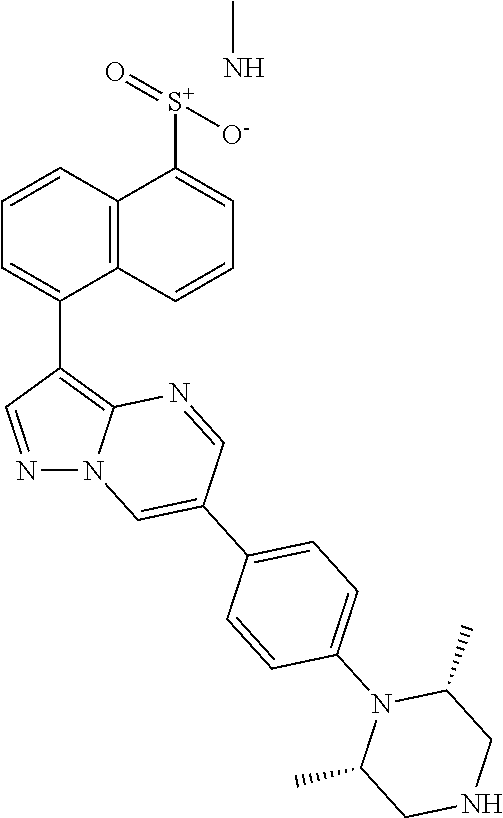
C00457
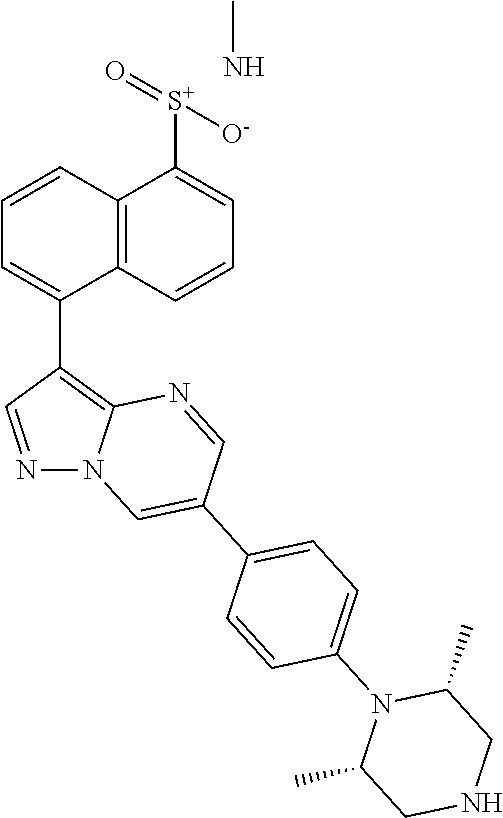
C00458

C00459
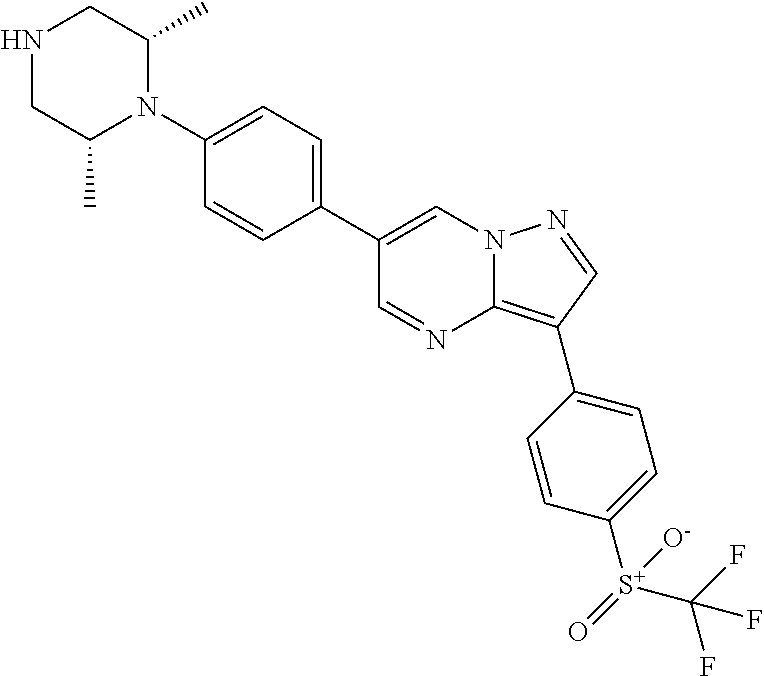
C00460

C00461
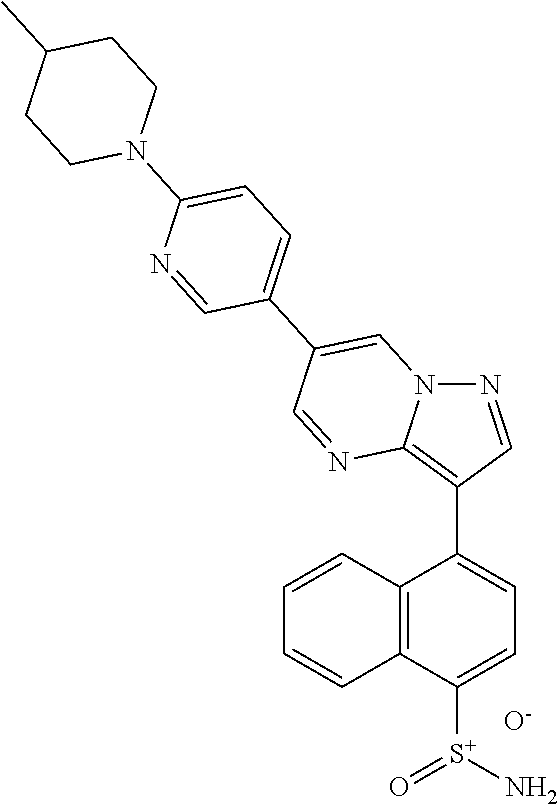
C00462
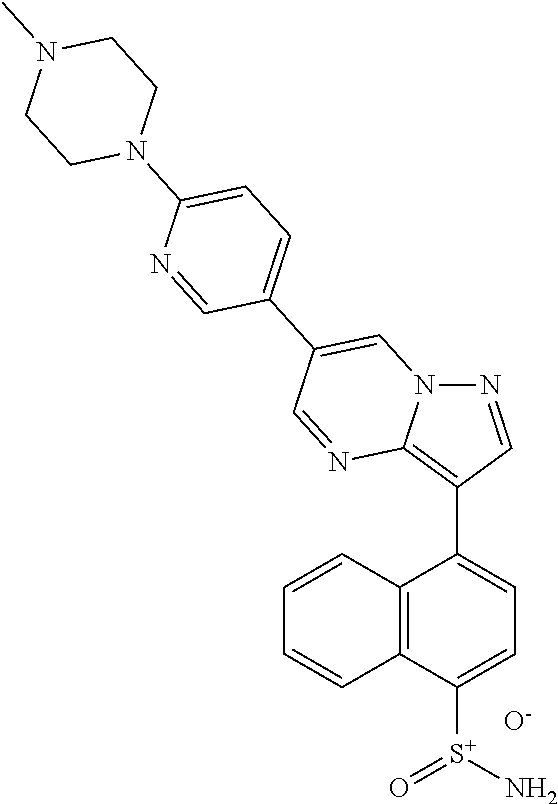
C00463

C00464
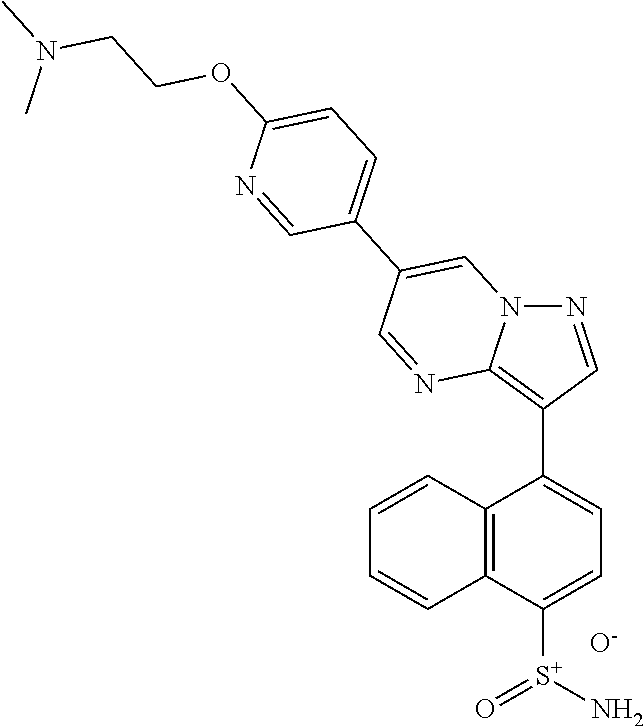
C00465

C00466

C00467
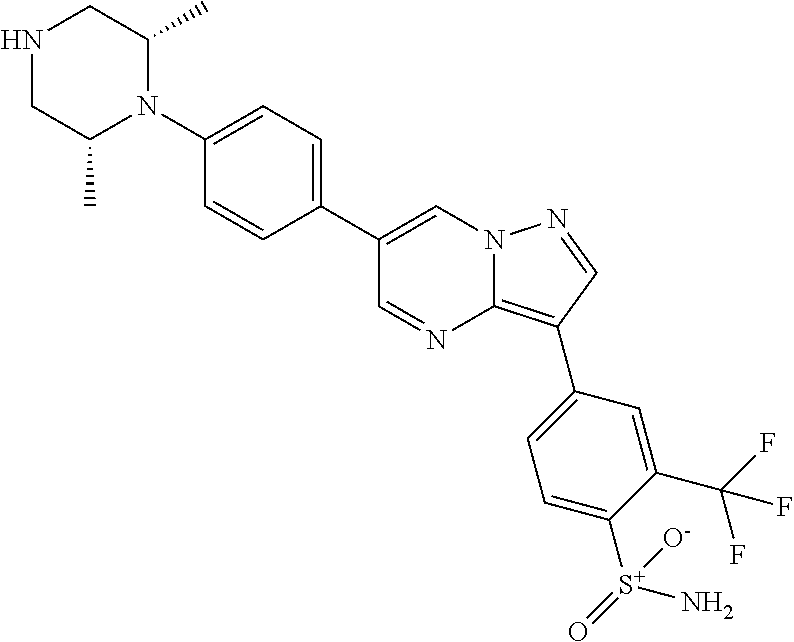
C00468

C00469

C00470

C00471

C00472

C00473

C00474

C00475

C00476

C00477

C00478

C00479
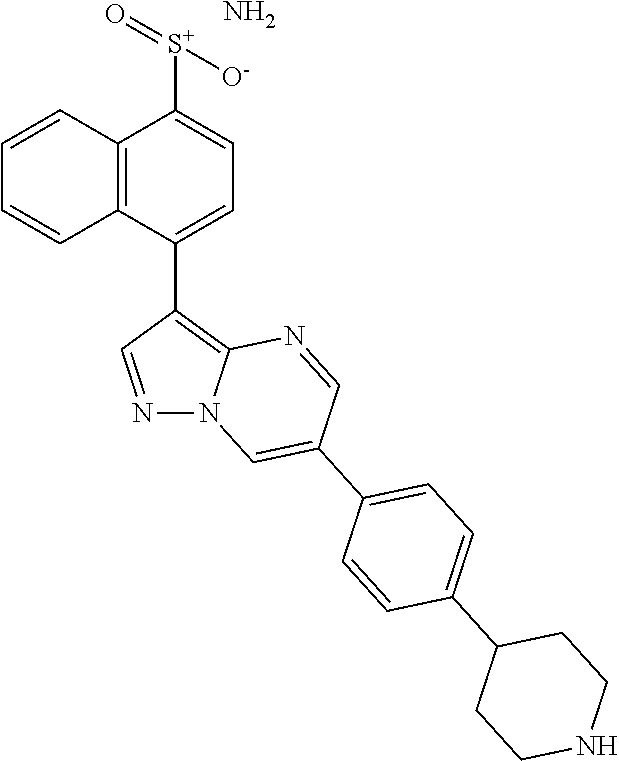
C00480

C00481

C00482

C00483

C00484
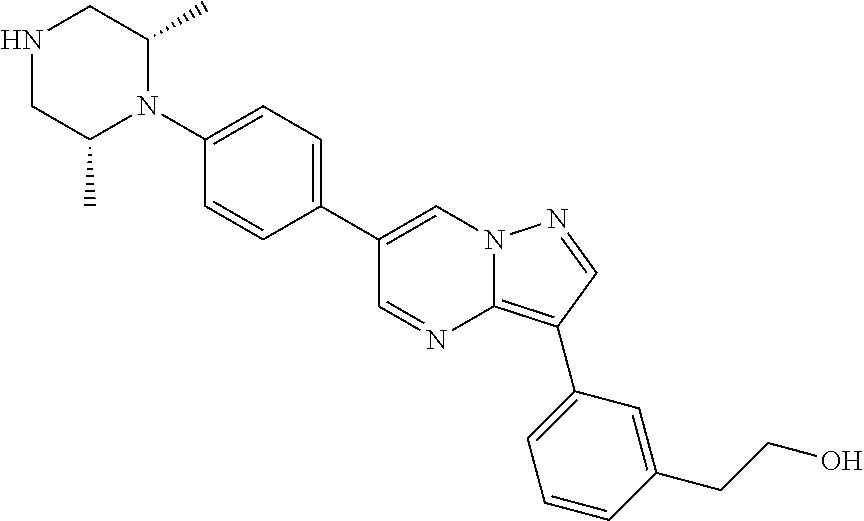
C00485

C00486

C00487

C00488

C00489

C00490
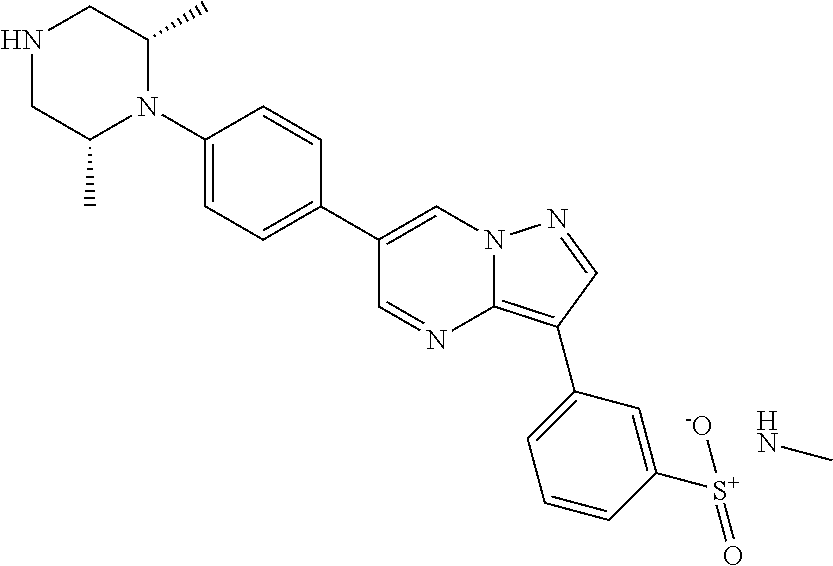
C00491

C00492

C00493
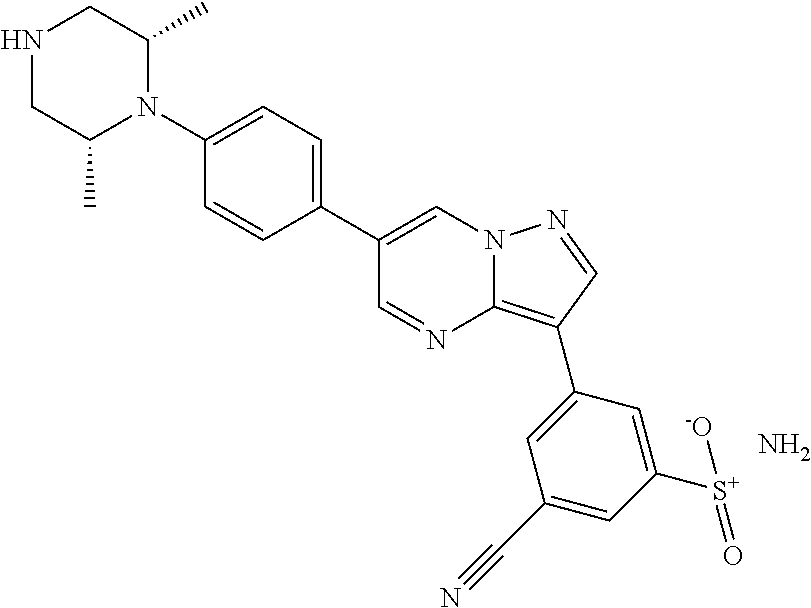
C00494

C00495

C00496

C00497
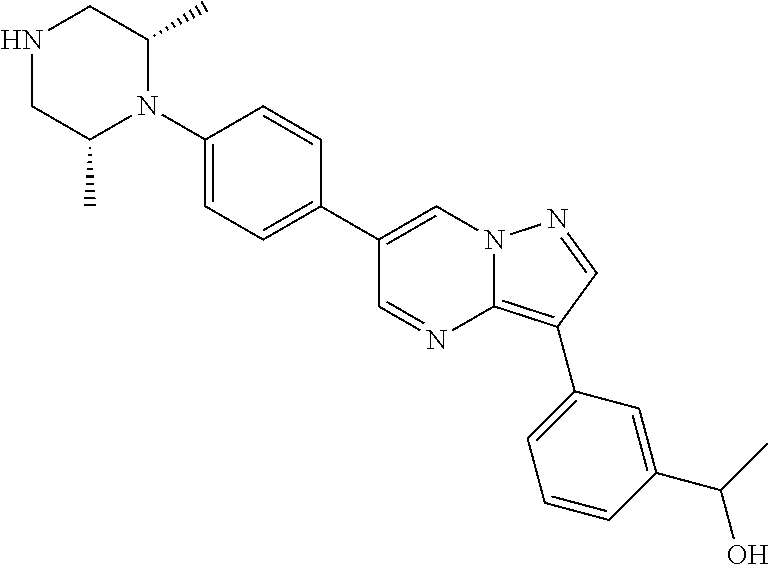
C00498
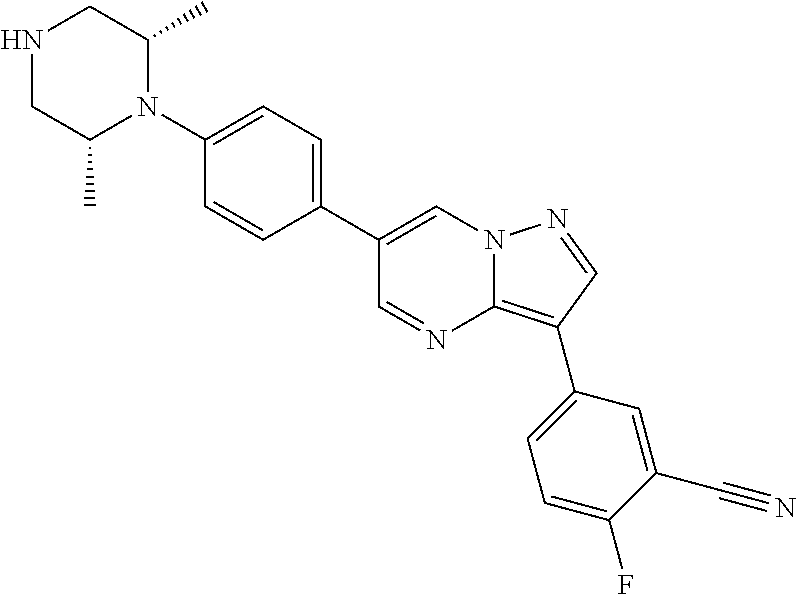
C00499
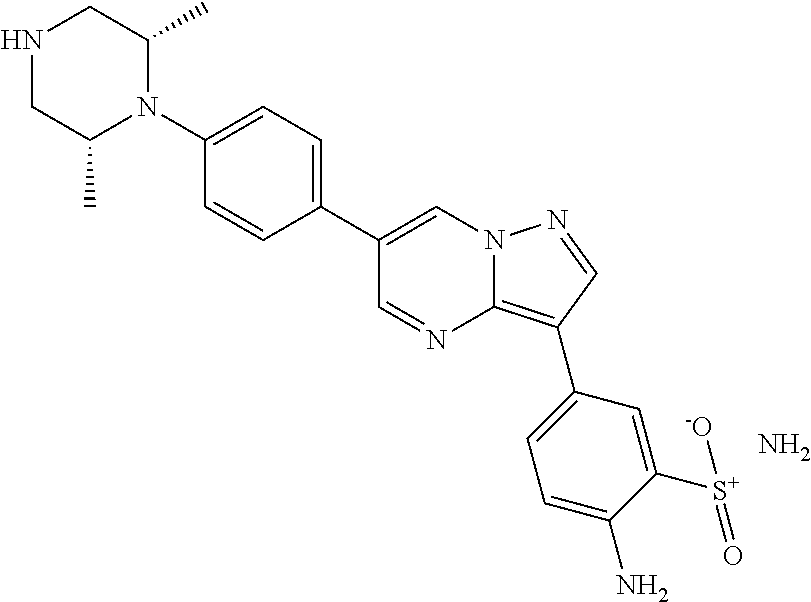
C00500
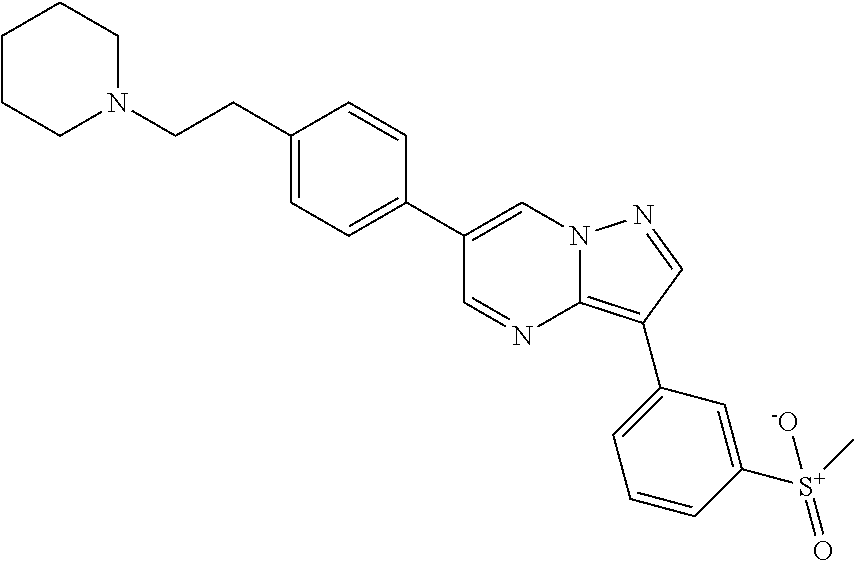
C00501

C00502

C00503

C00504
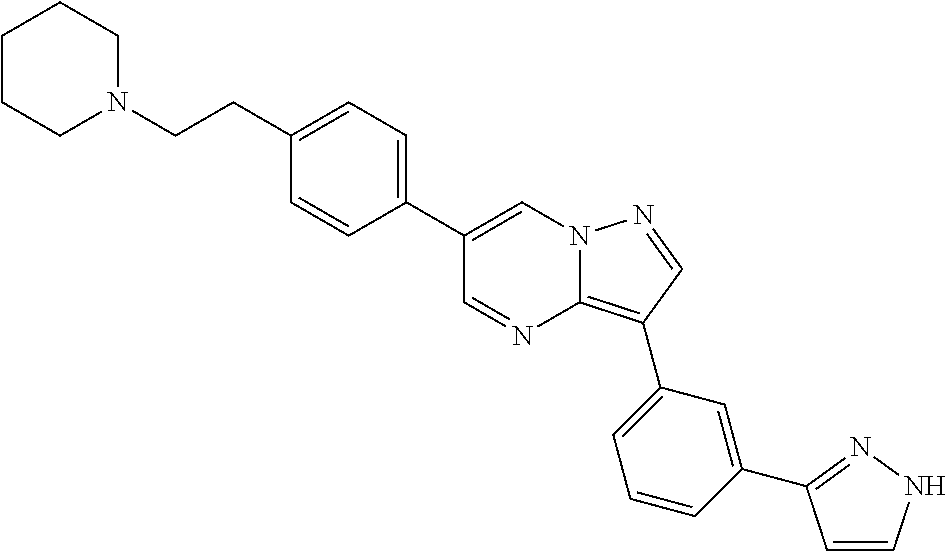
C00505

C00506

C00507

C00508
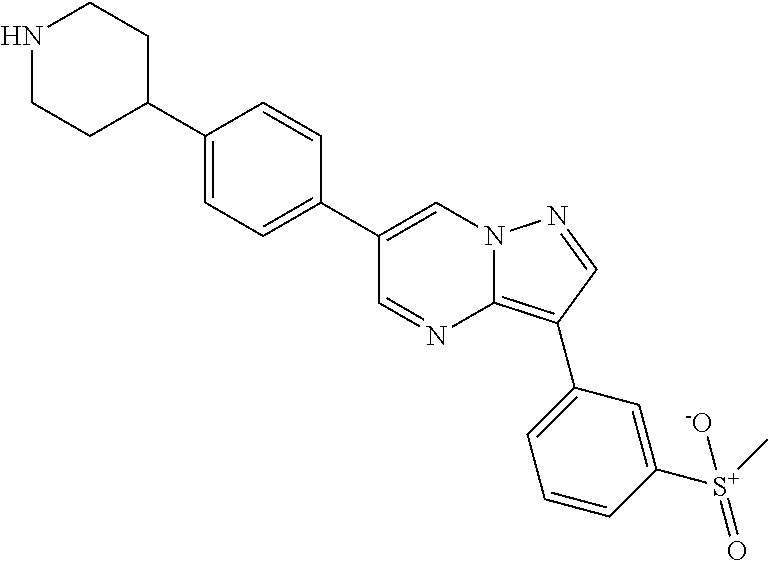
C00509
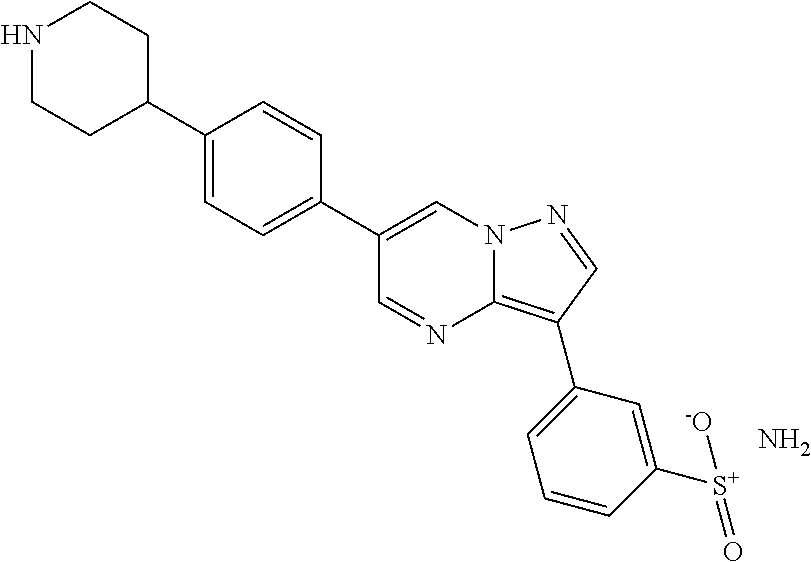
C00510

C00511
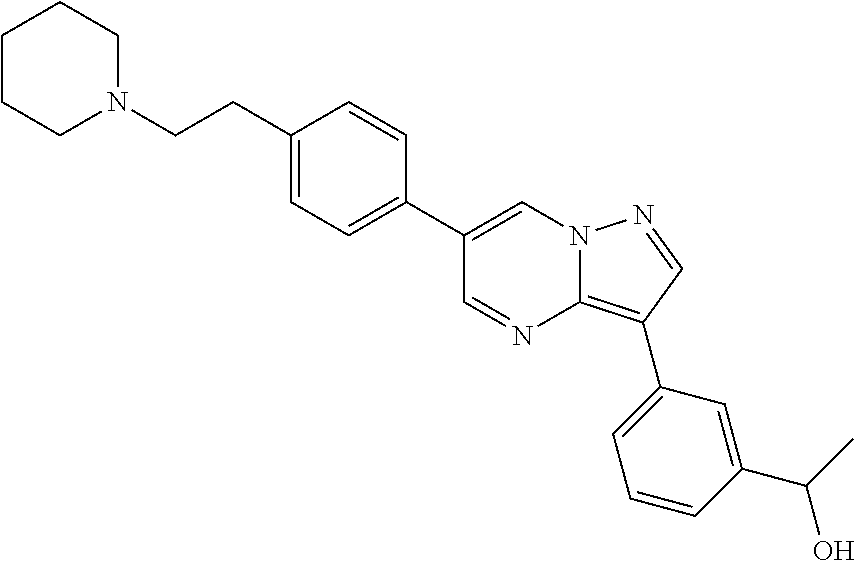
C00512

C00513
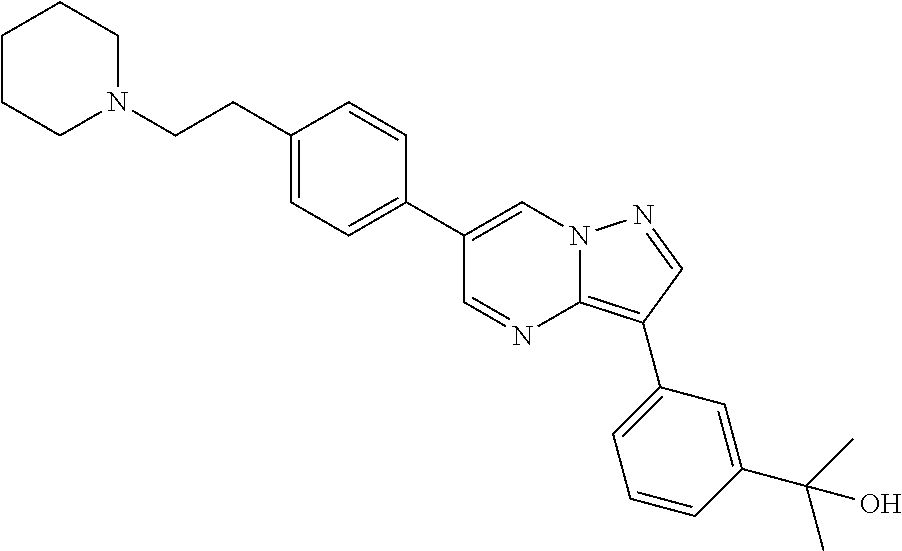
C00514

C00515

C00516
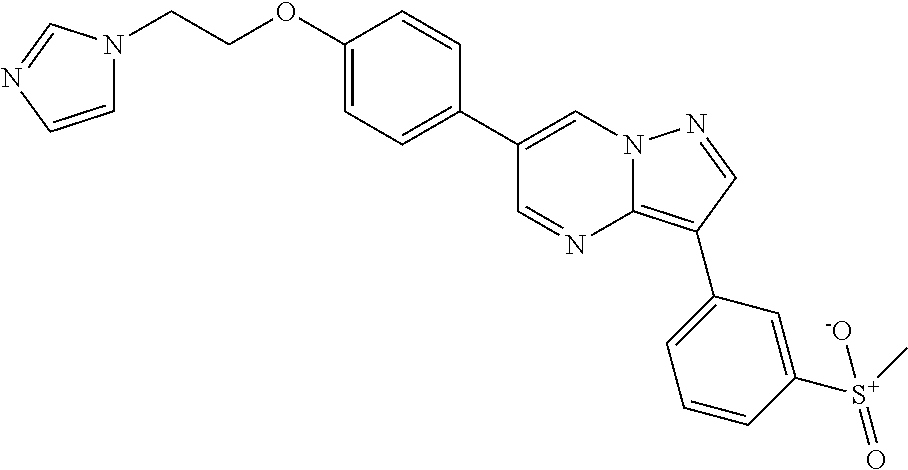
C00517

C00518

C00519

C00520

C00521

C00522
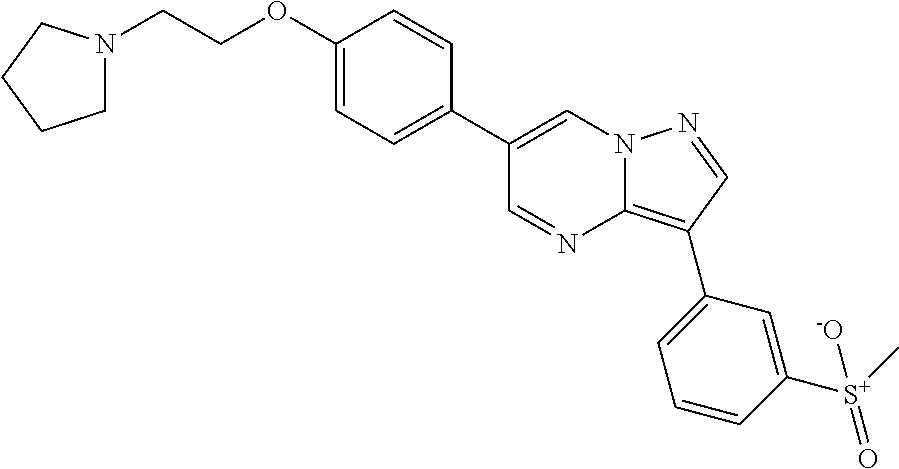
C00523

C00524

C00525

C00526

C00527

C00528

C00529

C00530

C00531
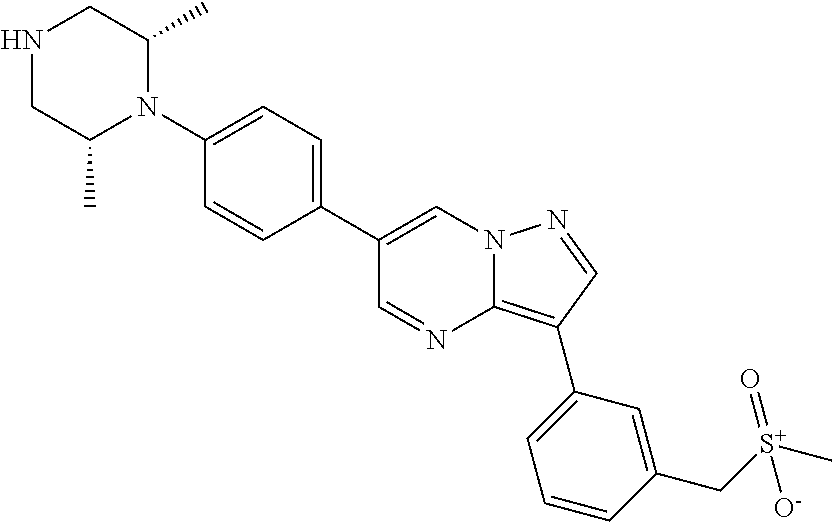
C00532

C00533

C00534

C00535
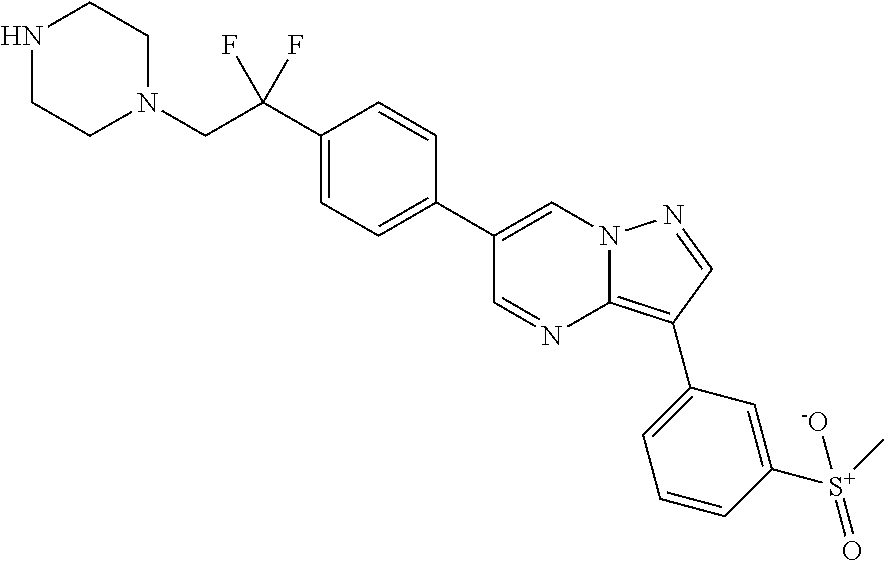
C00536

C00537

C00538

C00539

C00540
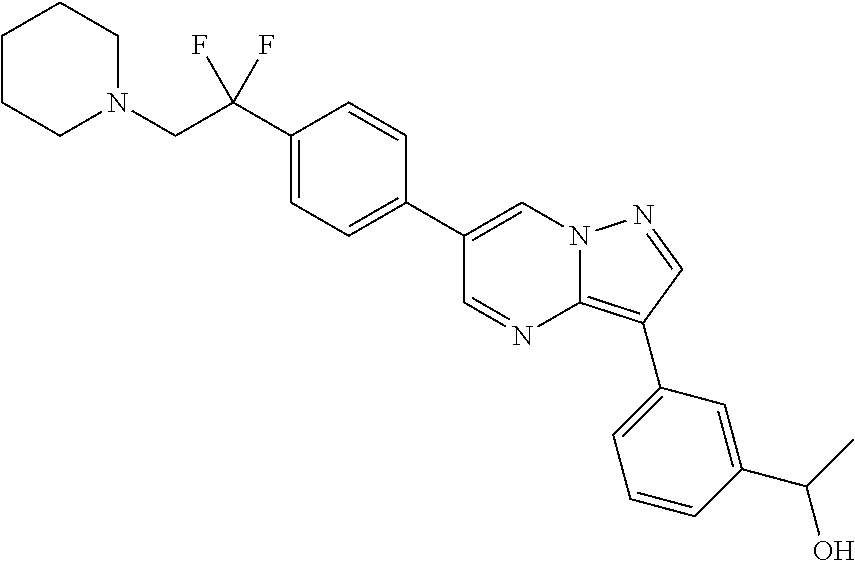
C00541

C00542

C00543

C00544

C00545

C00546
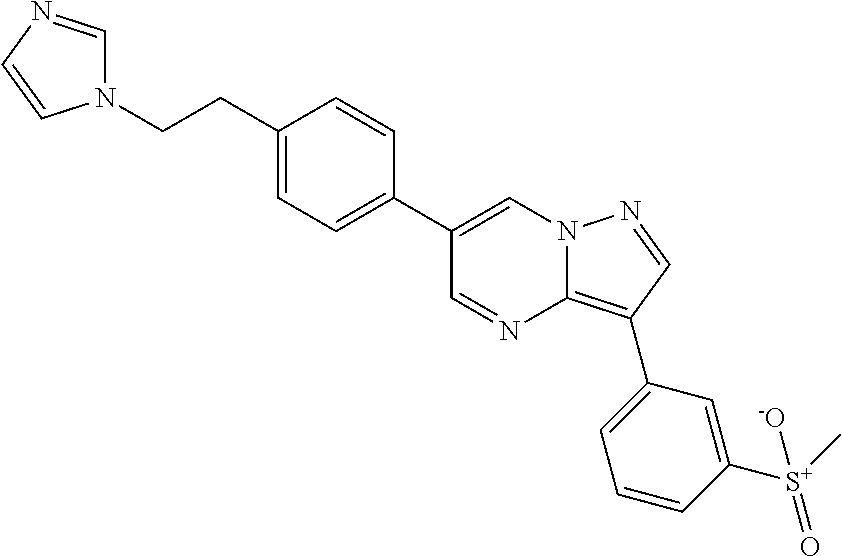
C00547

C00548

C00549

C00550

C00551

C00552
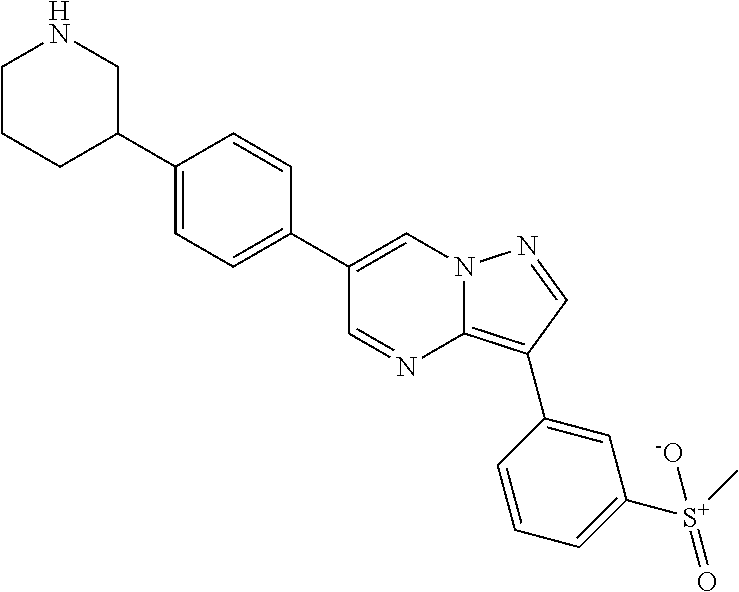
C00553

C00554

C00555

C00556

C00557
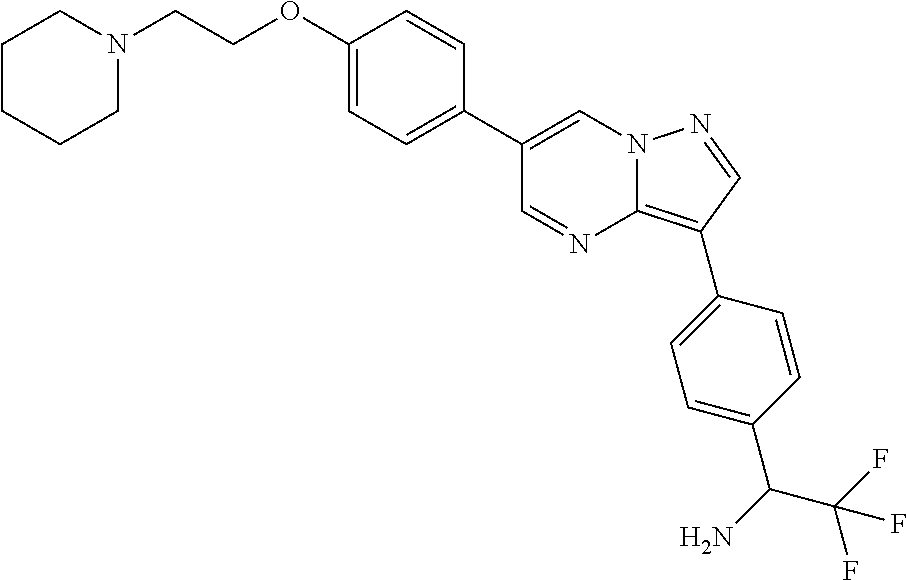
C00558

C00559
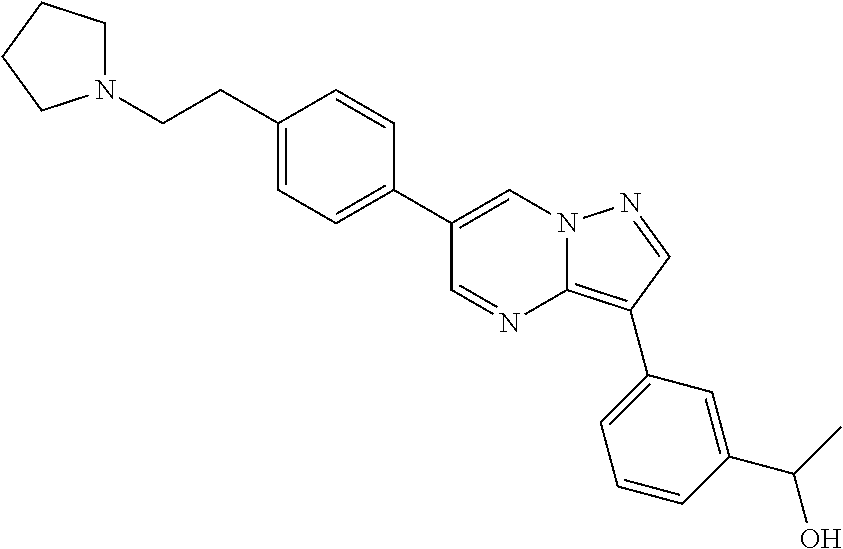
C00560

C00561

C00562

C00563

C00564

C00565

C00566

C00567

C00568

C00569
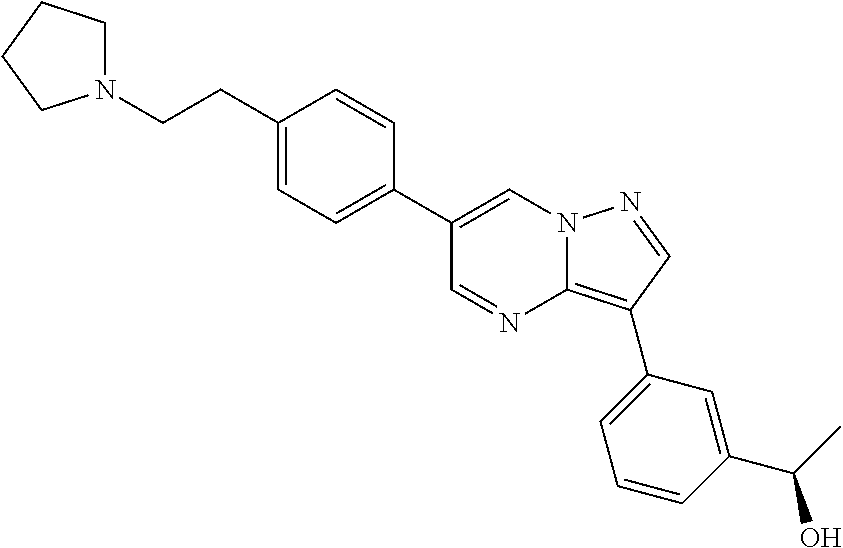
C00570

C00571

C00572
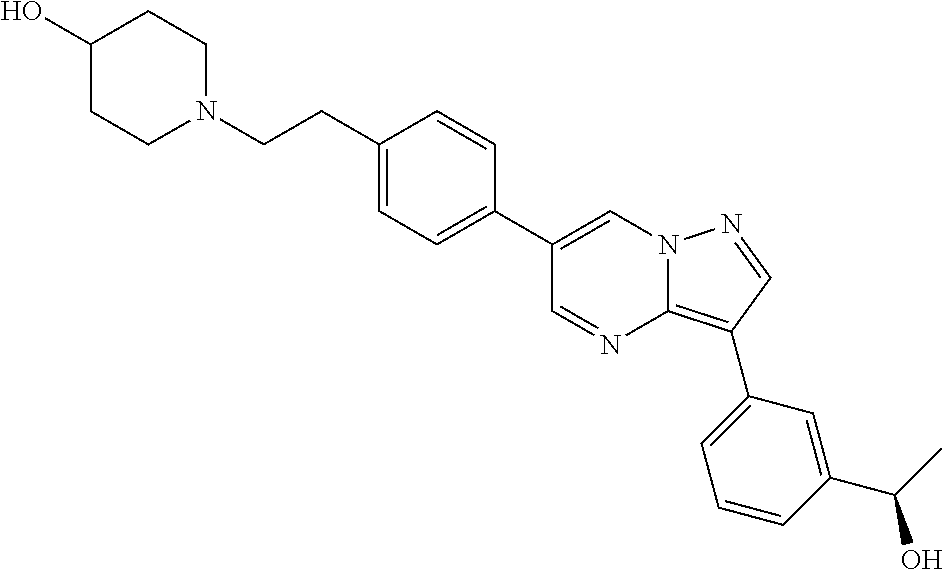
C00573

C00574

C00575

C00576

C00577

C00578

C00579
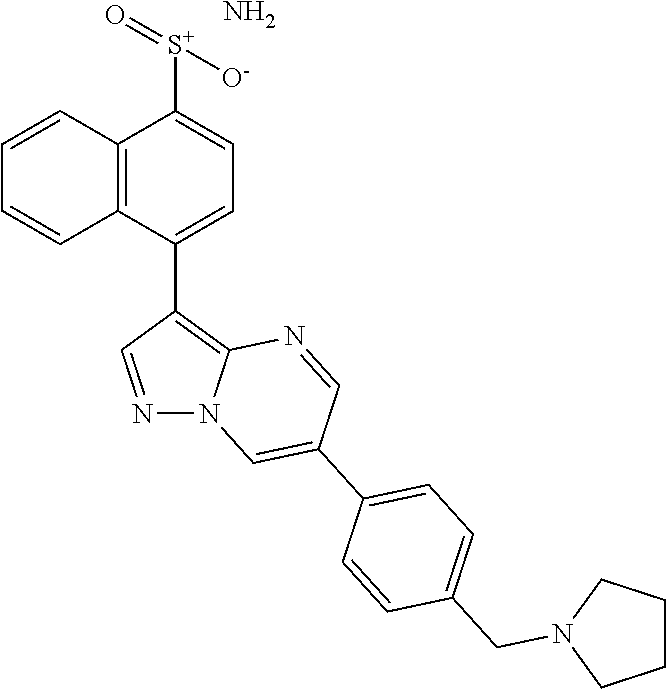
C00580

C00581

C00582

C00583

C00584
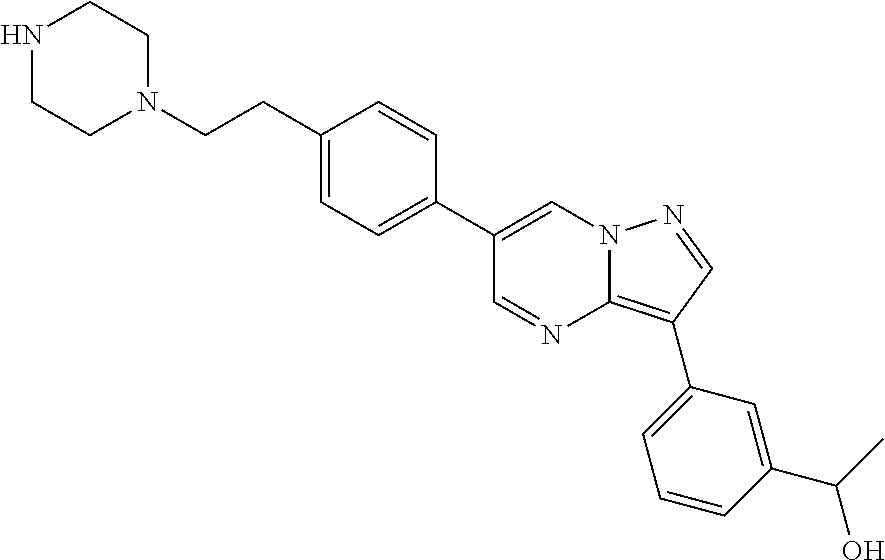
C00585

C00586

C00587

C00588

C00589

C00590

C00591

C00592

C00593

C00594
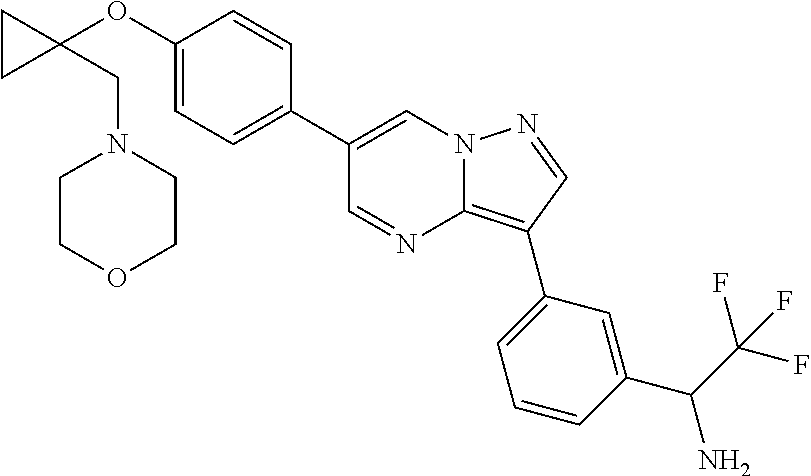
C00595
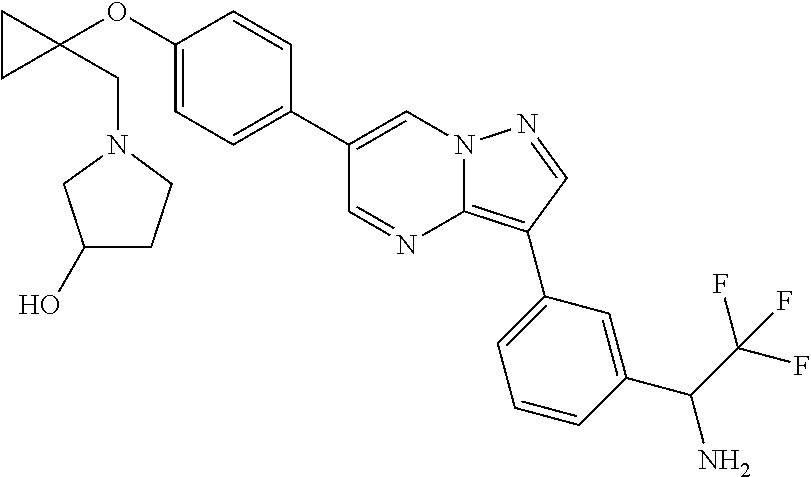
C00596

C00597
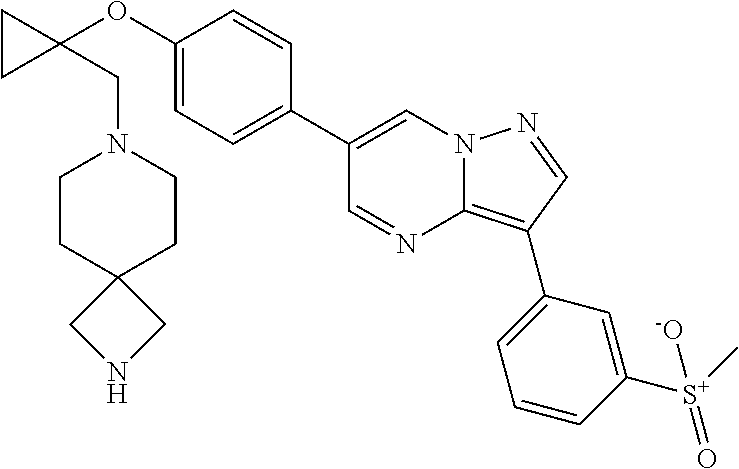
C00598

C00599

C00600

C00601
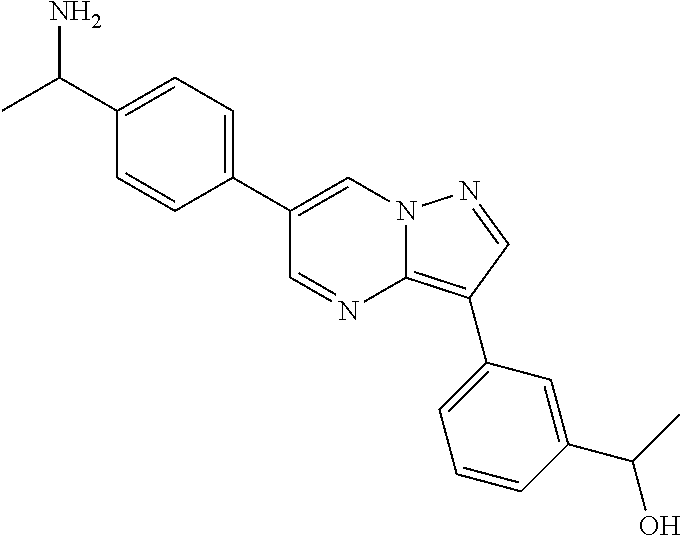
C00602

C00603
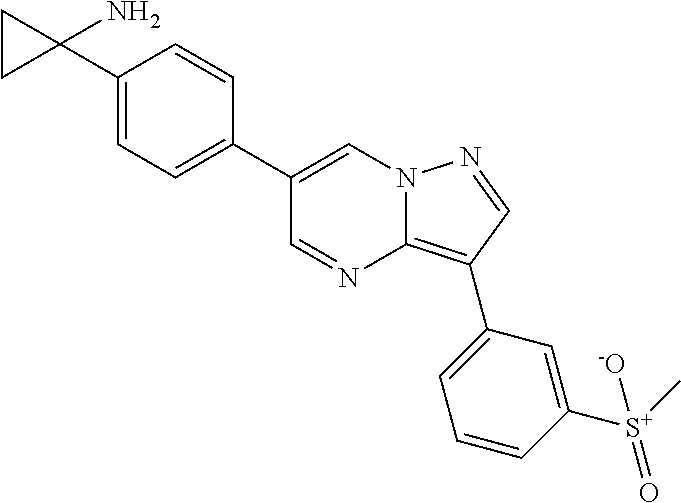
C00604

C00605

C00606

C00607

C00608
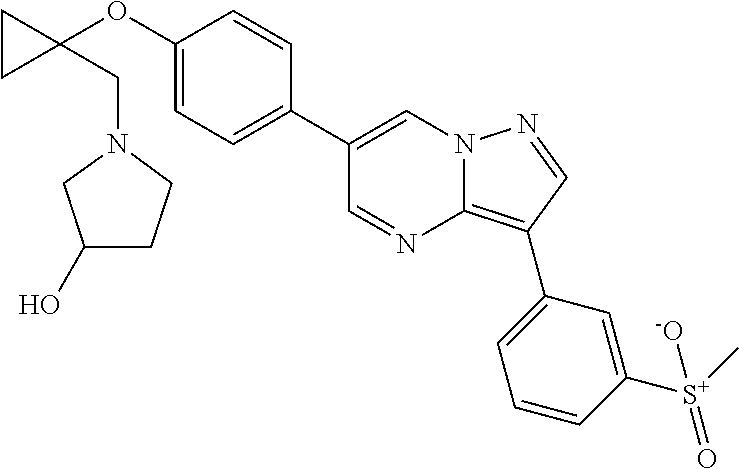
C00609

C00610

C00611
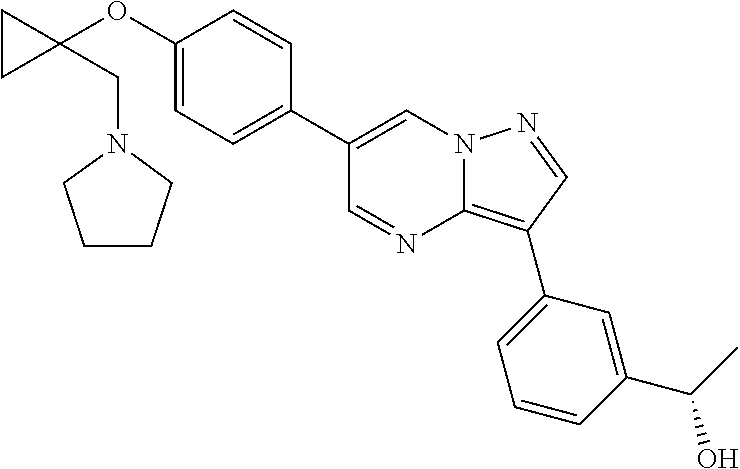
C00612

C00613

C00614
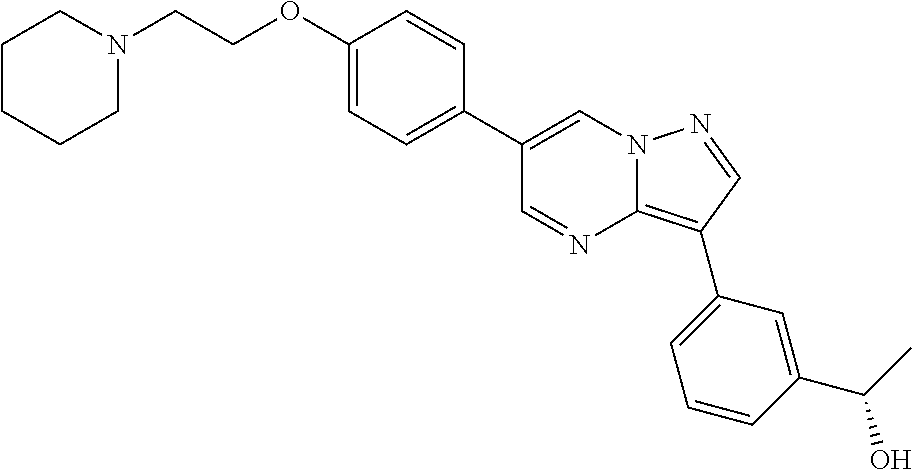
C00615

C00616

C00617

C00618

C00619
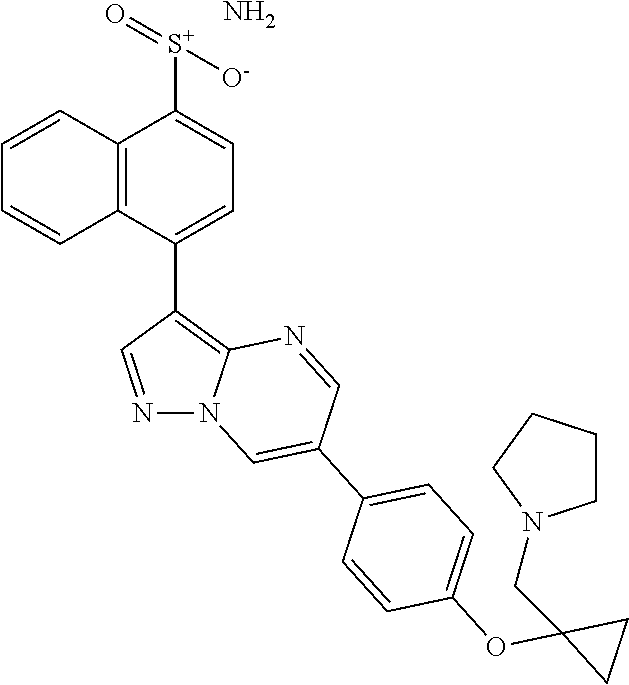
C00620

C00621
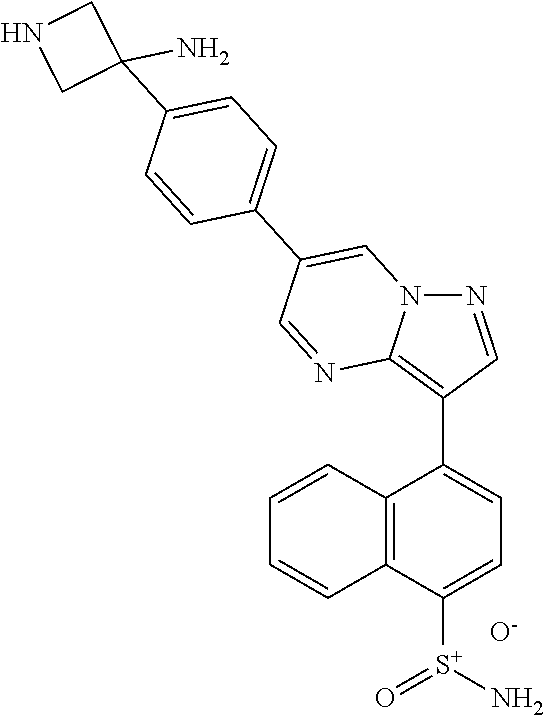
C00622

C00623
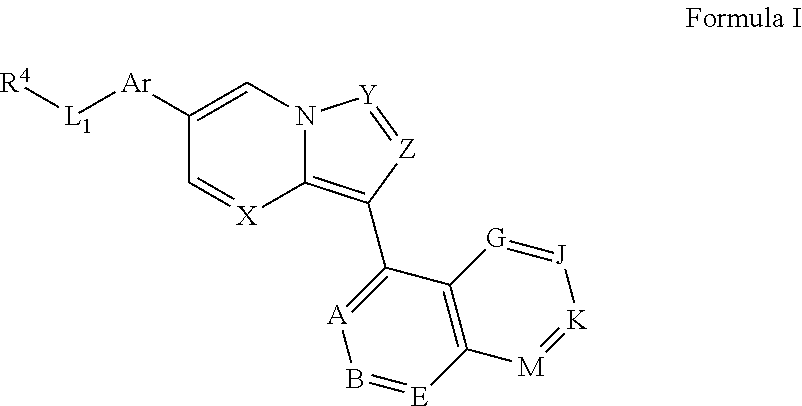
C00624

C00625
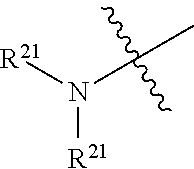
C00626

C00627

C00628
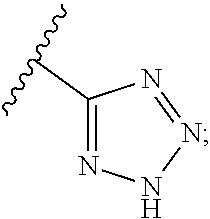
C00629
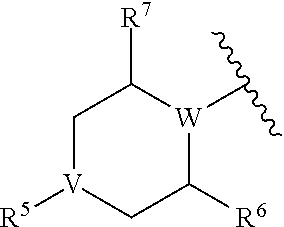
C00630
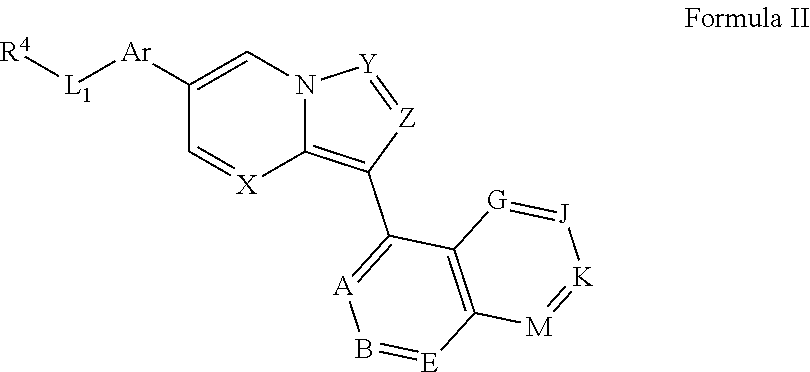
C00631

C00632
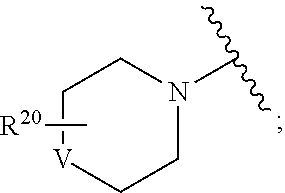
C00633
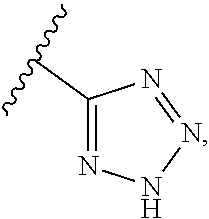
C00634

C00635

C00636

C00637

D00001
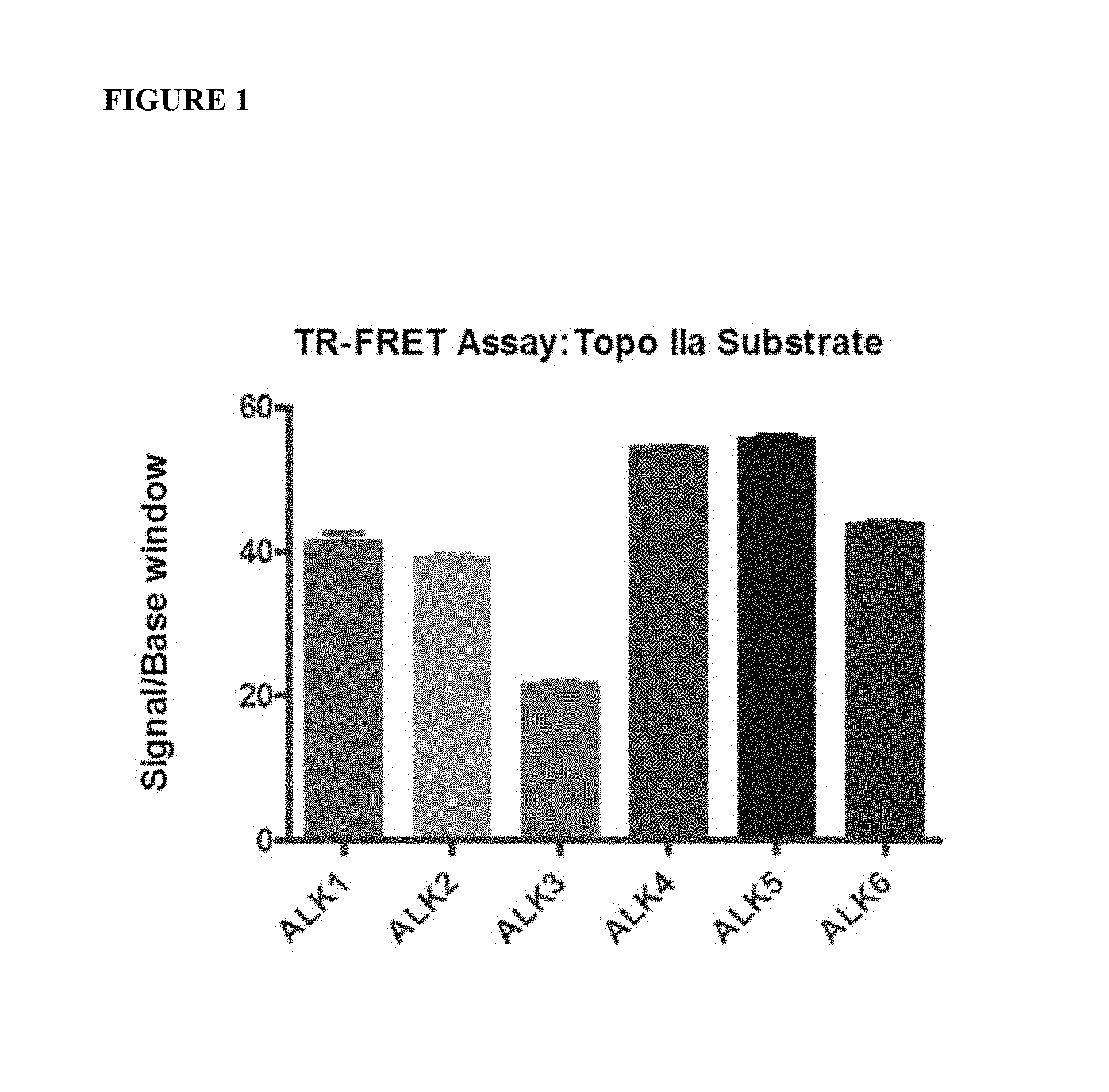
D00002

D00003

D00004

D00005

XML
uspto.report is an independent third-party trademark research tool that is not affiliated, endorsed, or sponsored by the United States Patent and Trademark Office (USPTO) or any other governmental organization. The information provided by uspto.report is based on publicly available data at the time of writing and is intended for informational purposes only.
While we strive to provide accurate and up-to-date information, we do not guarantee the accuracy, completeness, reliability, or suitability of the information displayed on this site. The use of this site is at your own risk. Any reliance you place on such information is therefore strictly at your own risk.
All official trademark data, including owner information, should be verified by visiting the official USPTO website at www.uspto.gov. This site is not intended to replace professional legal advice and should not be used as a substitute for consulting with a legal professional who is knowledgeable about trademark law.